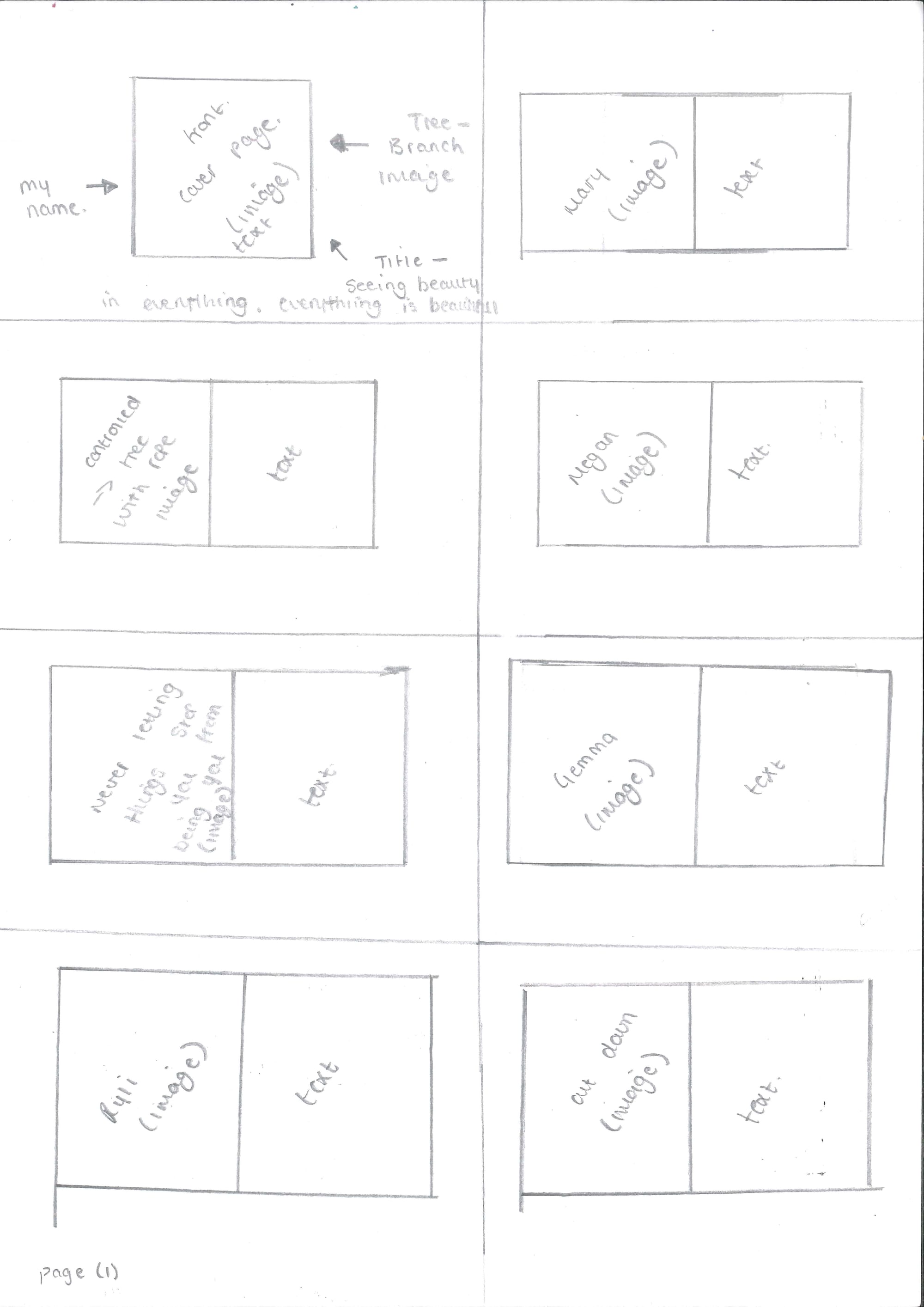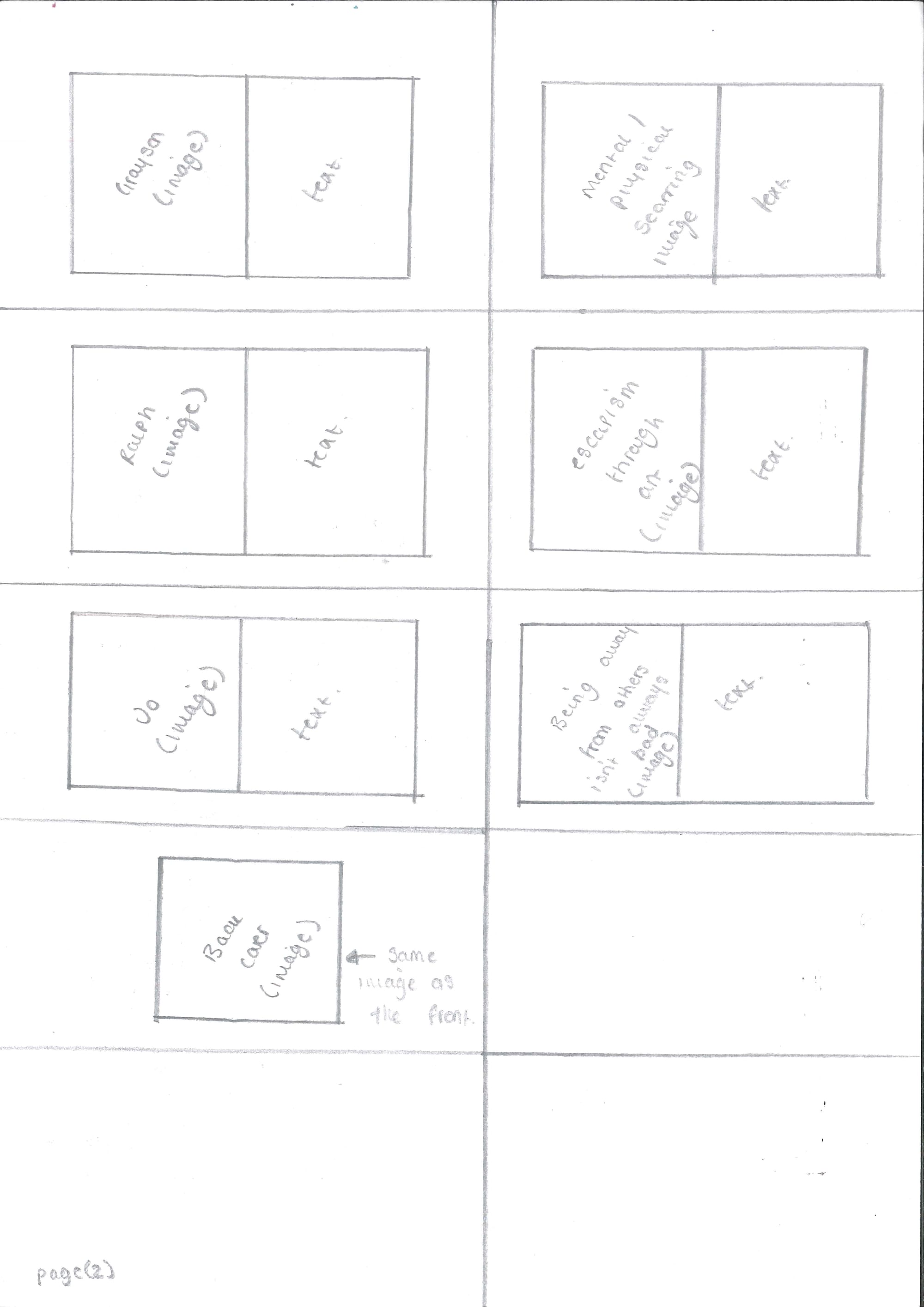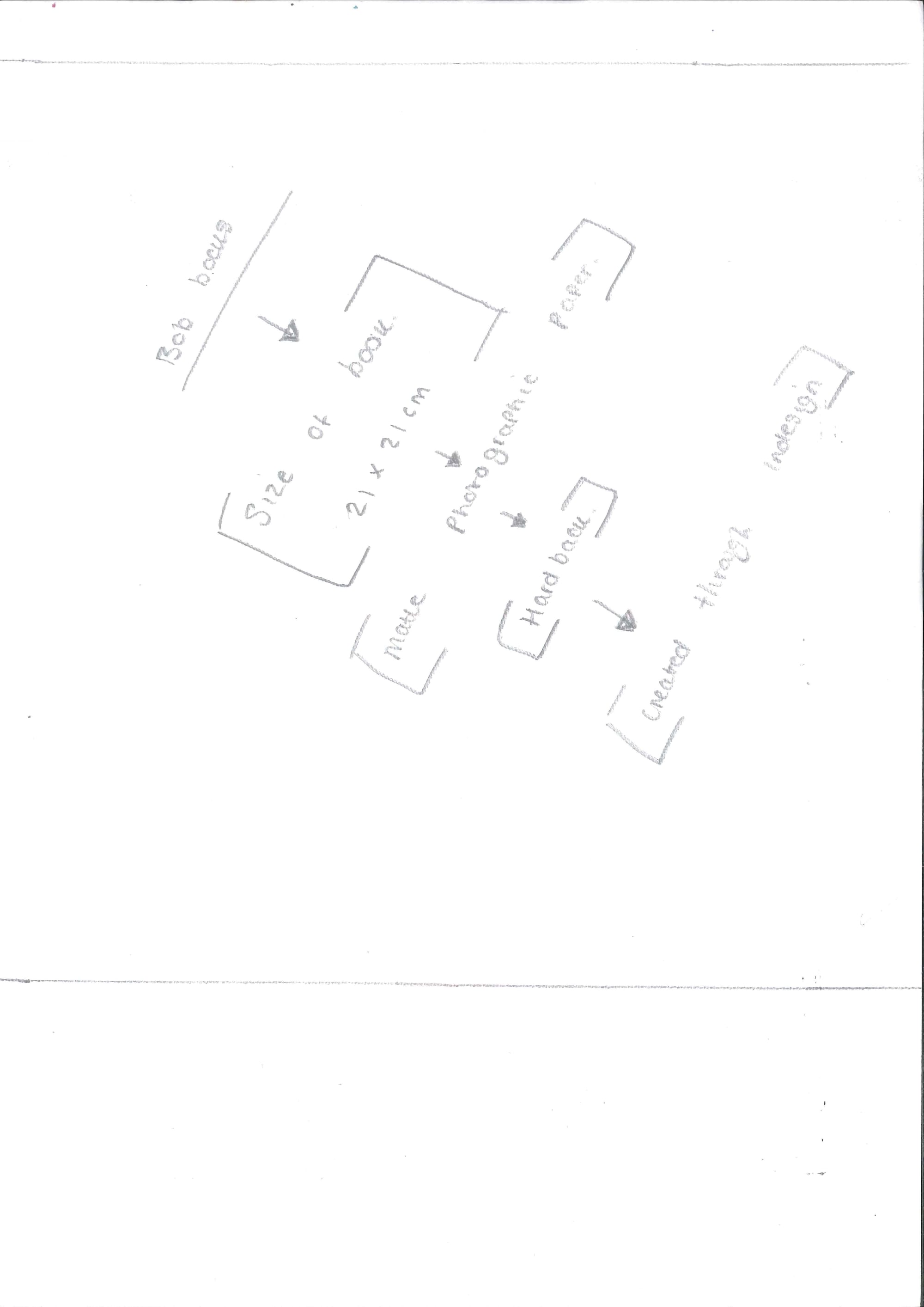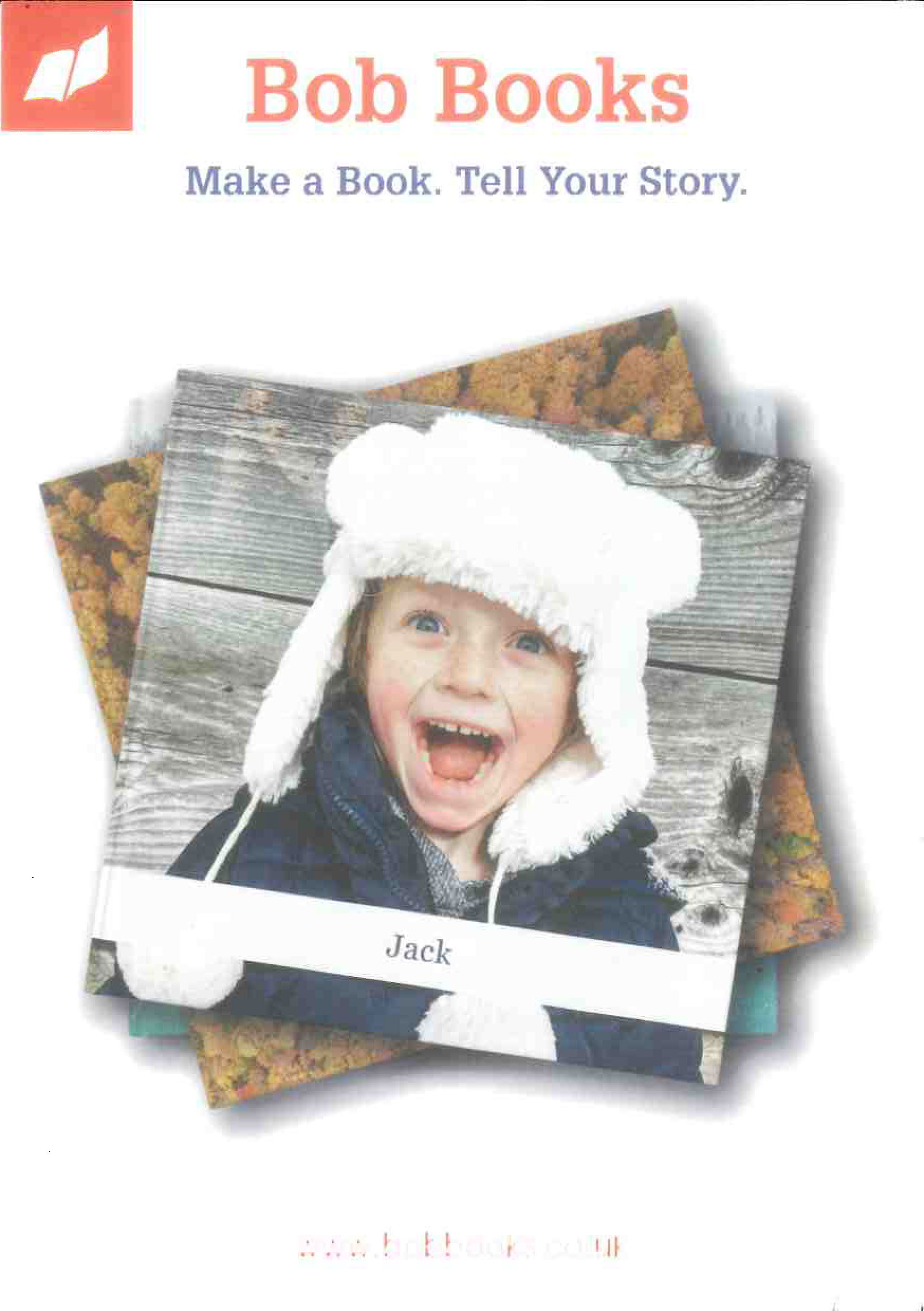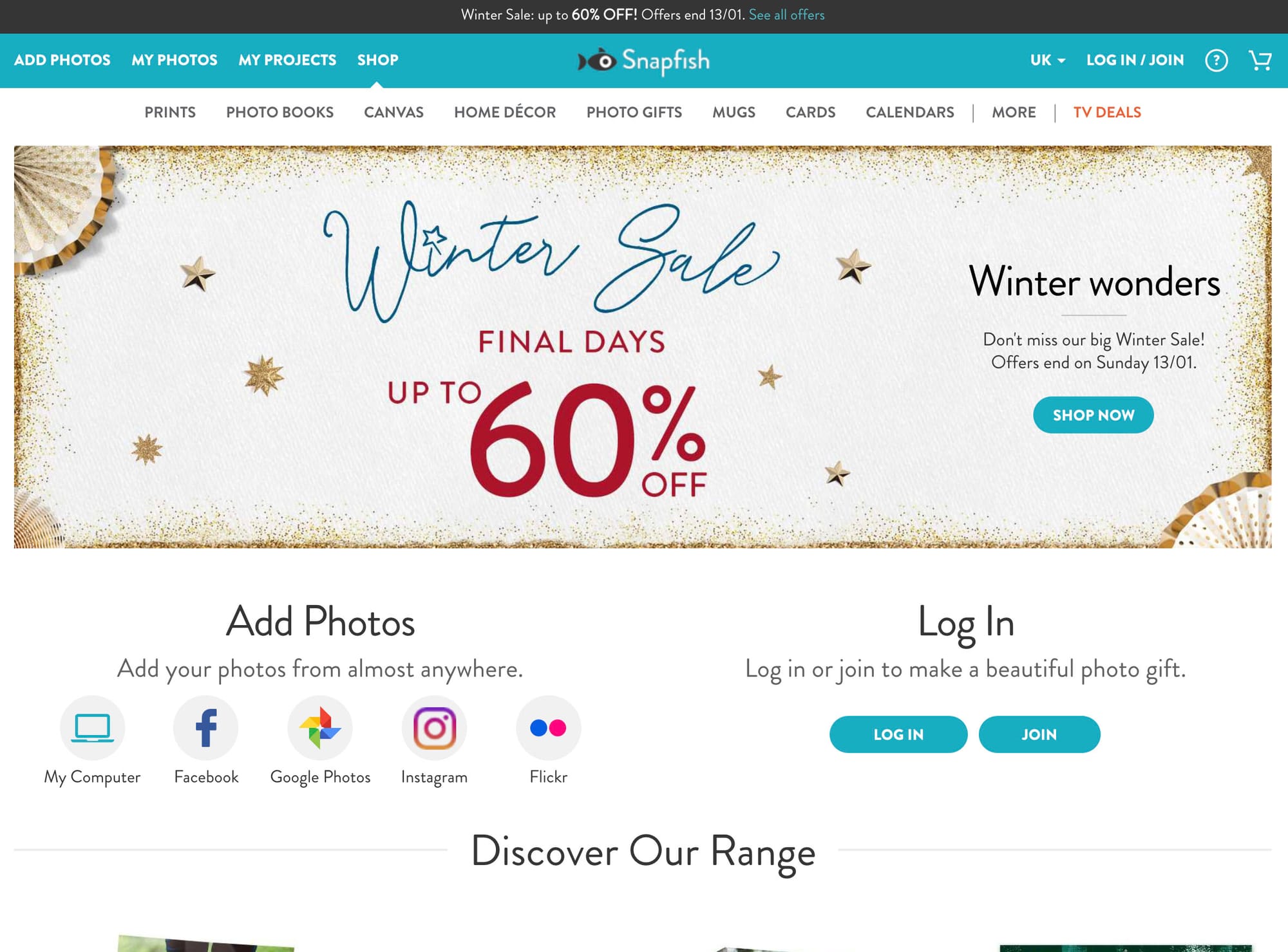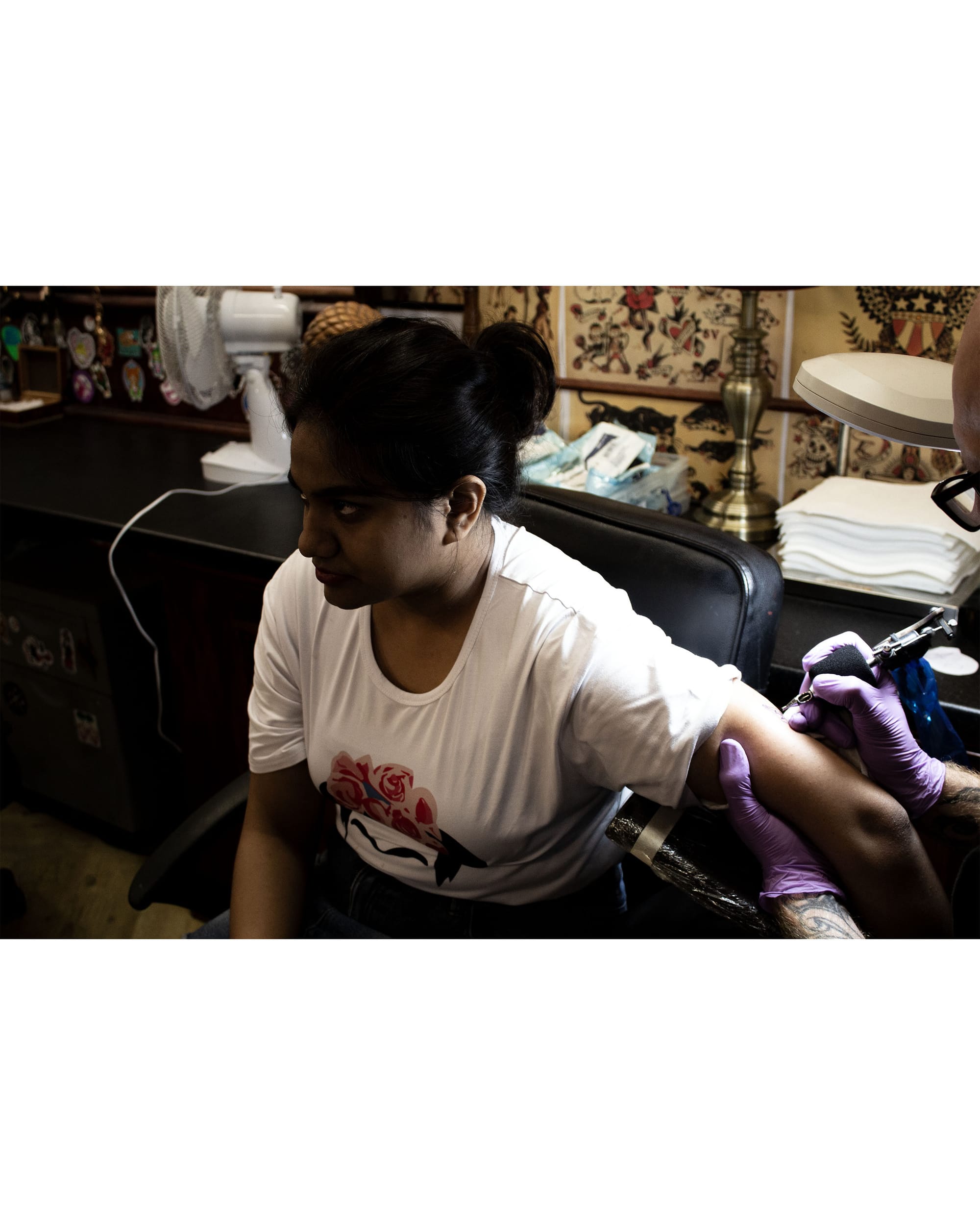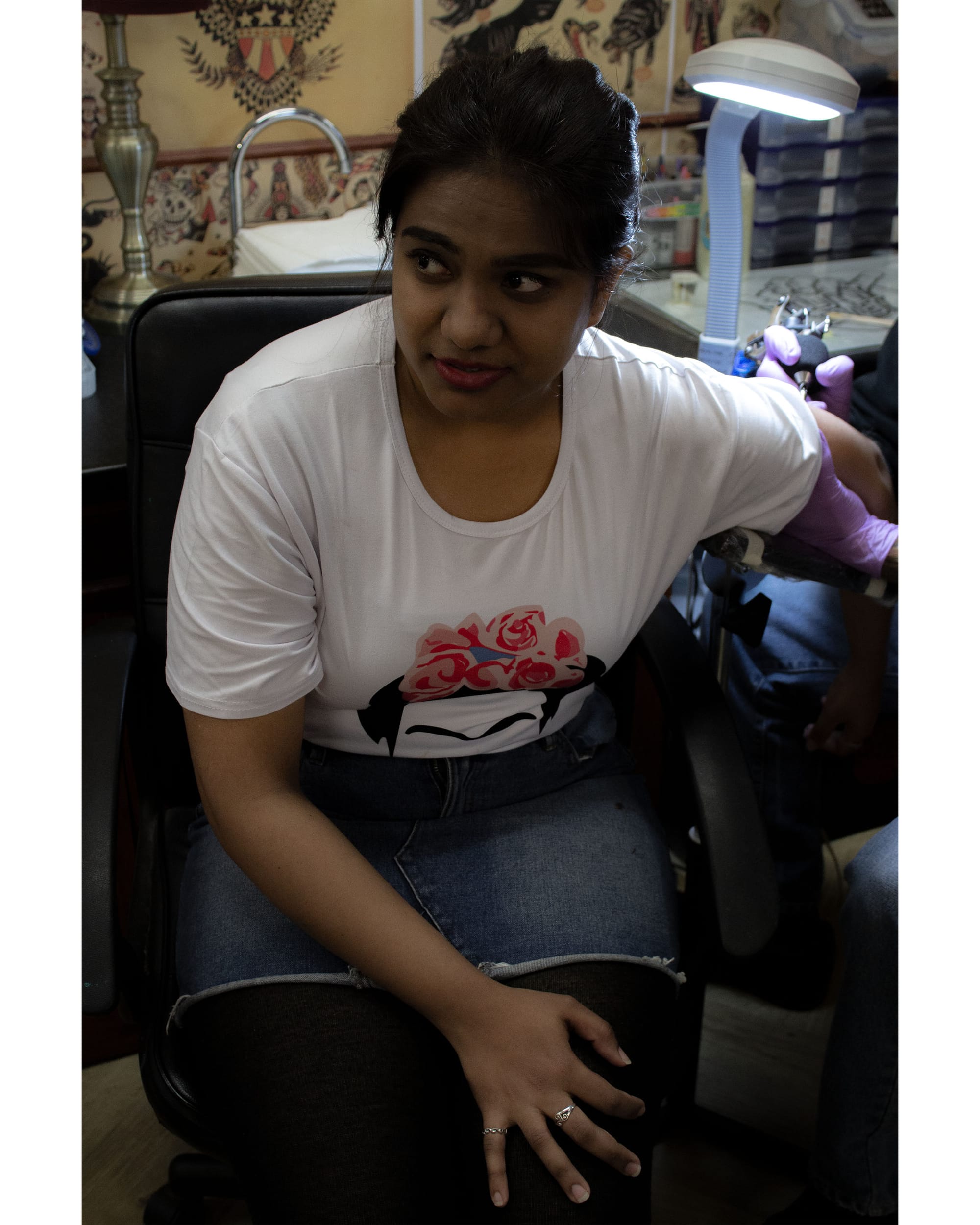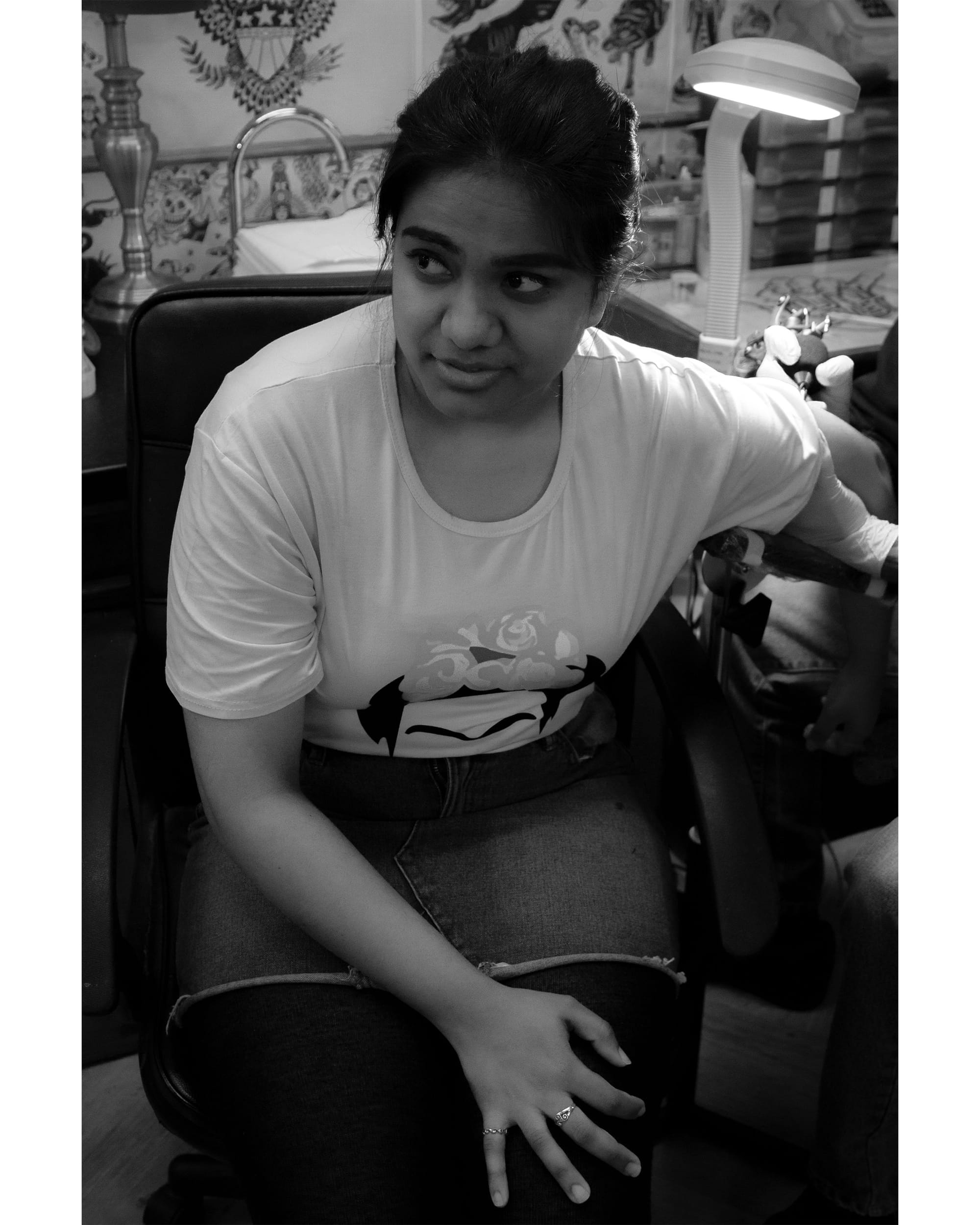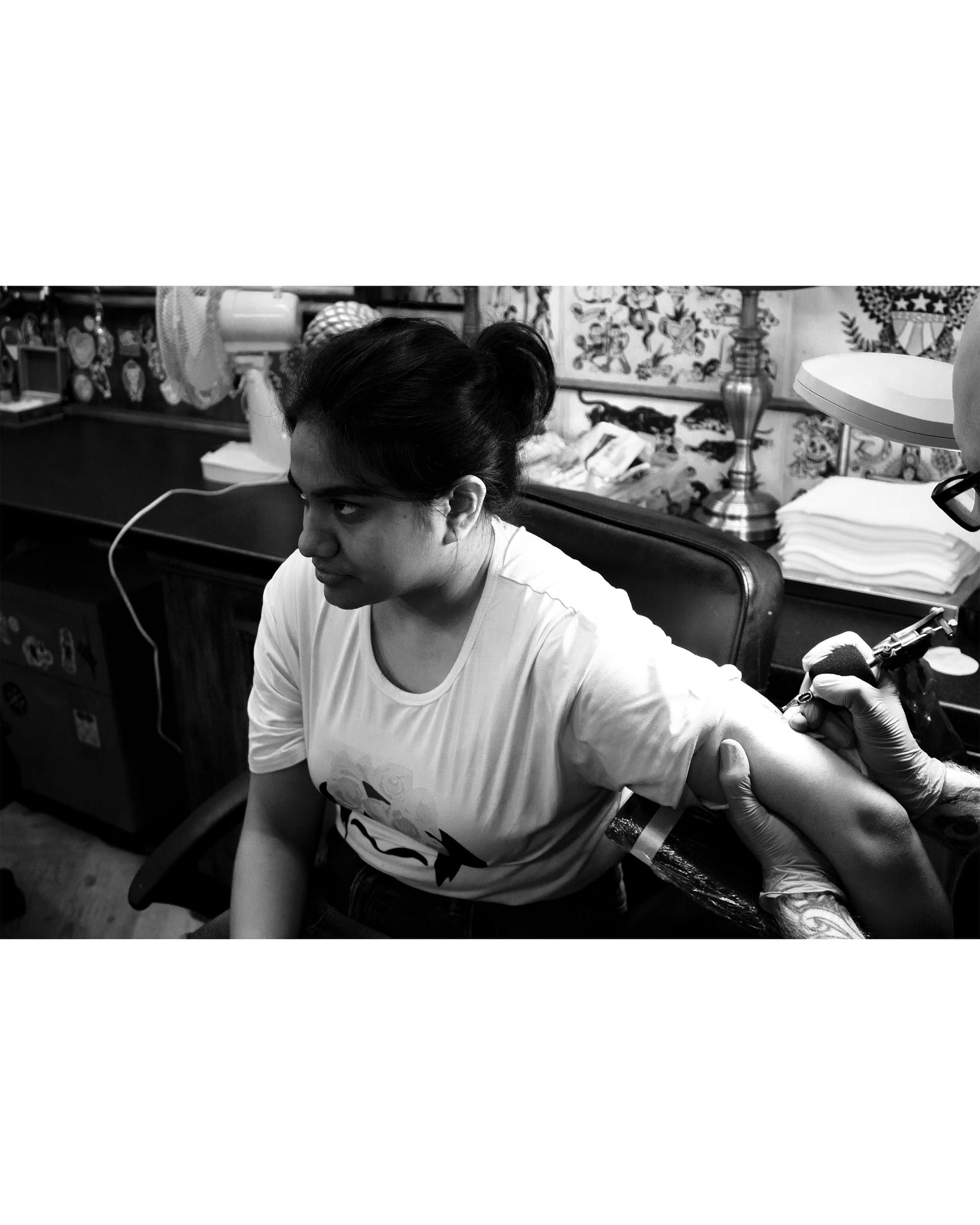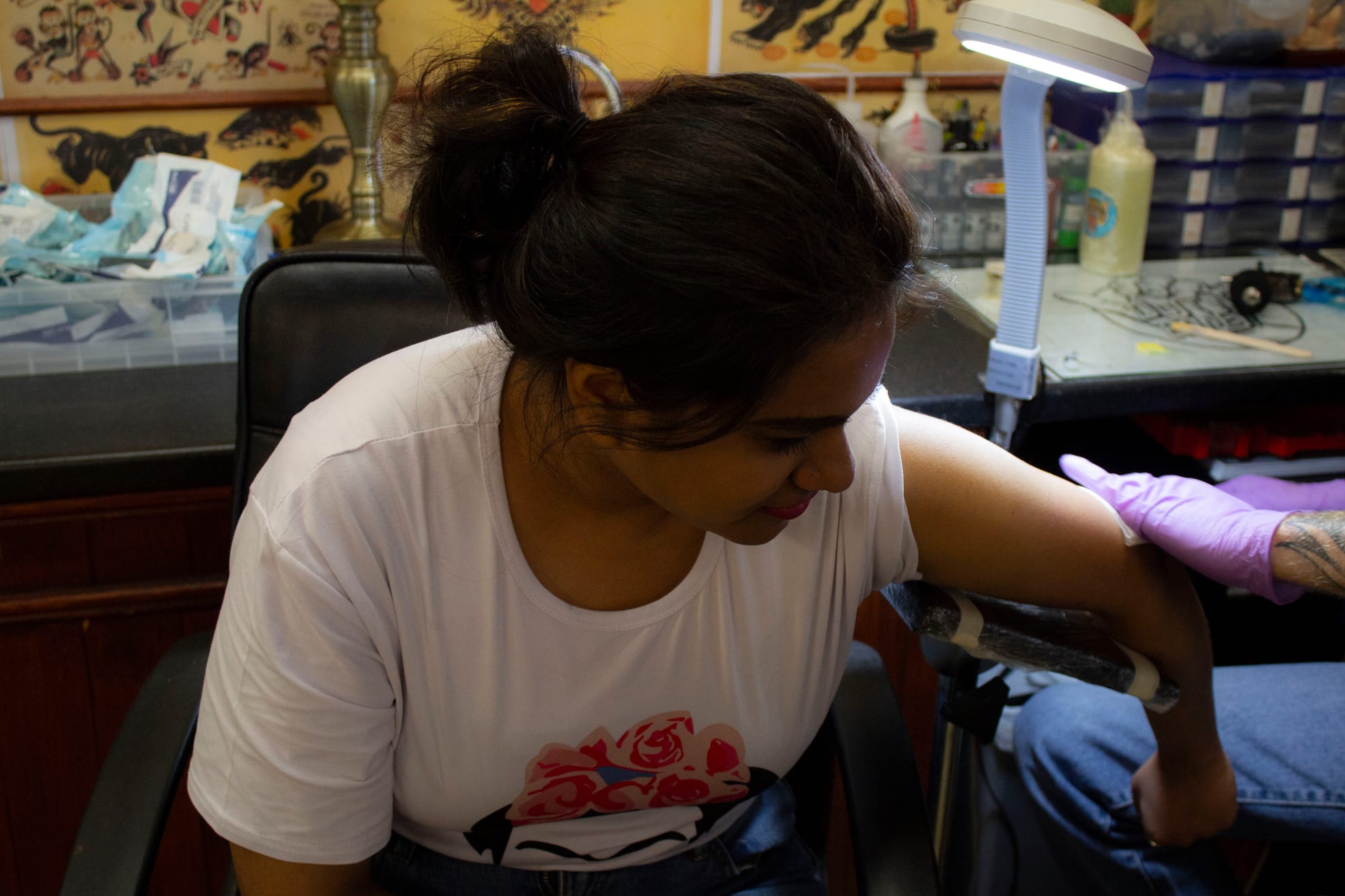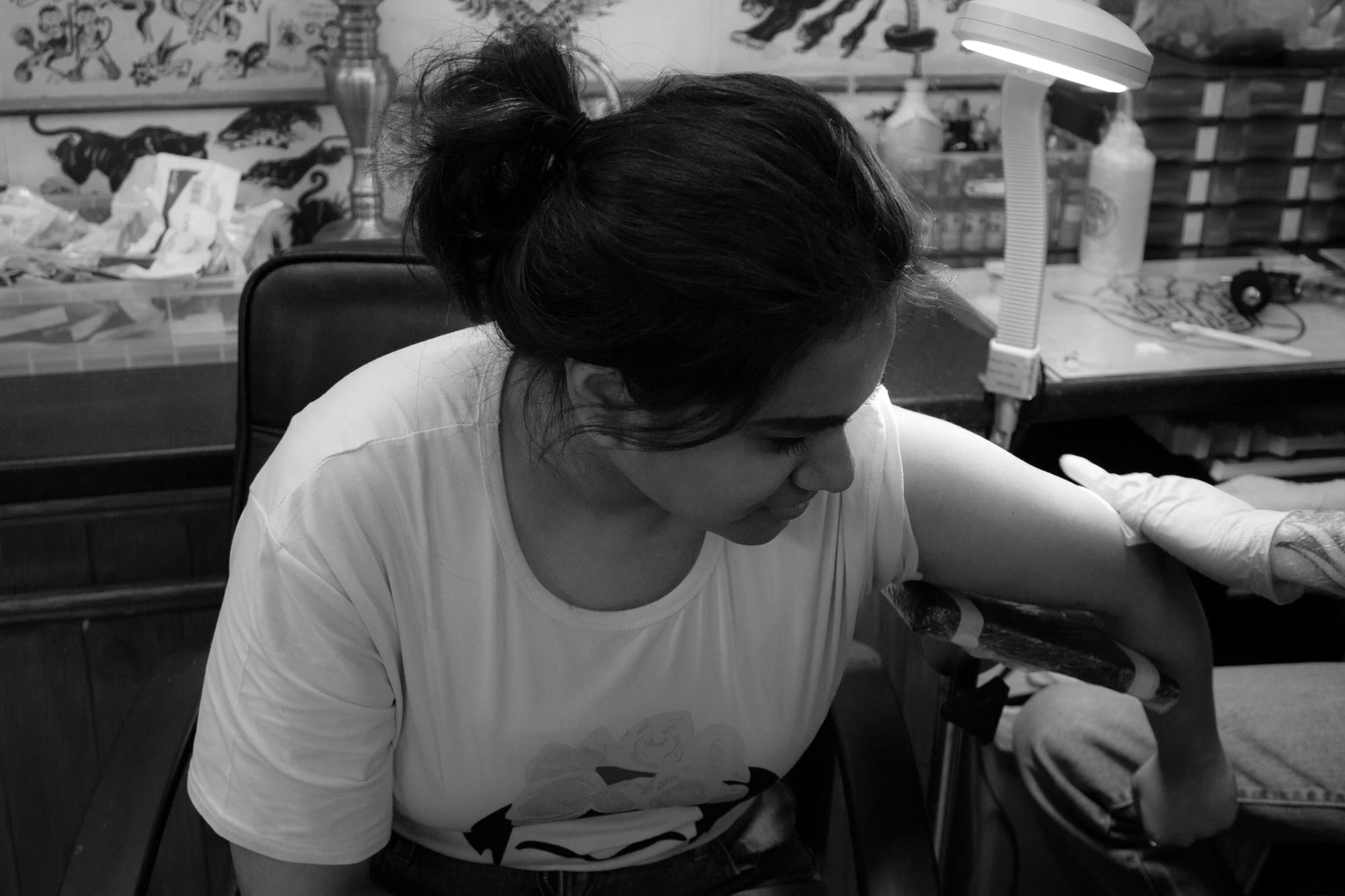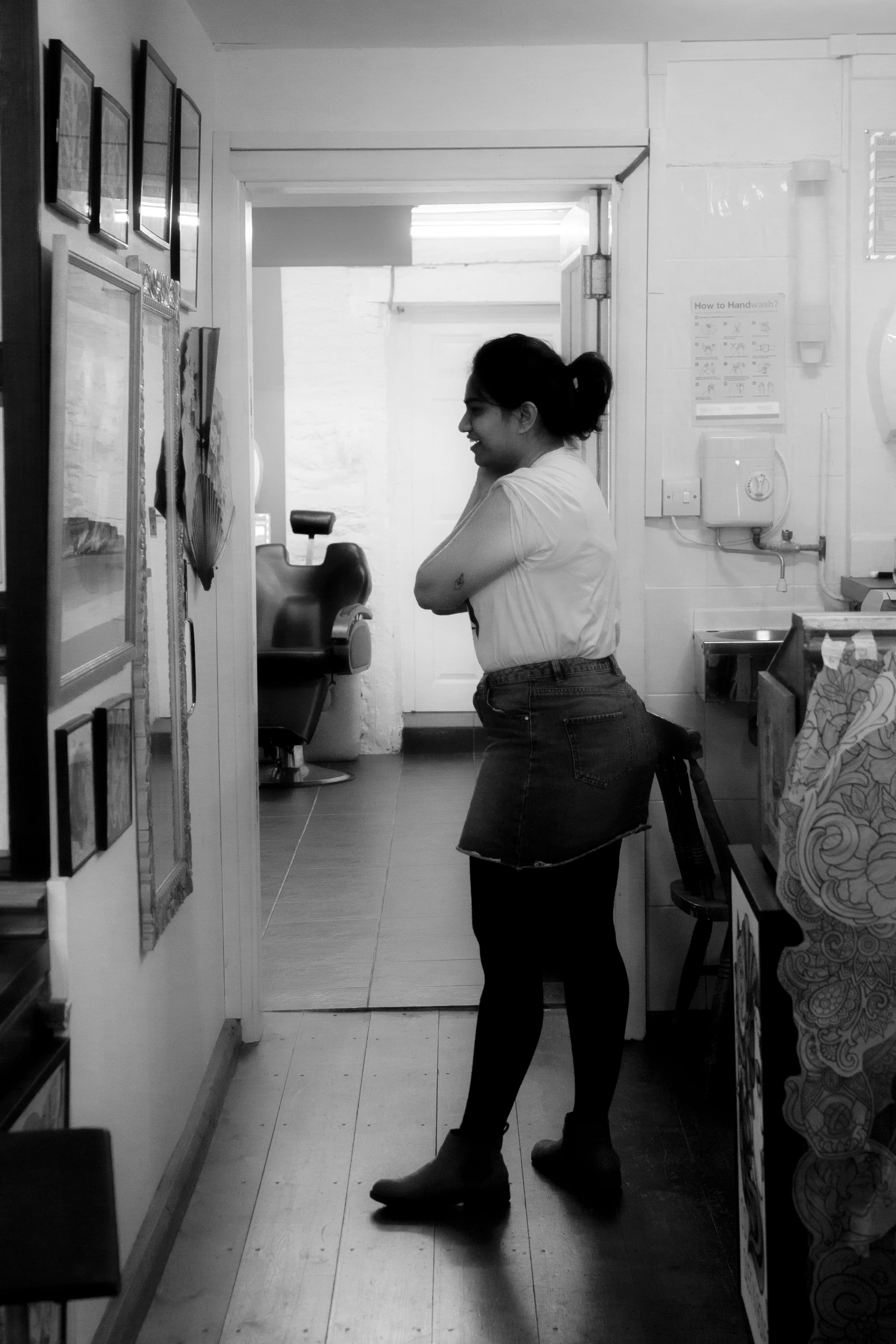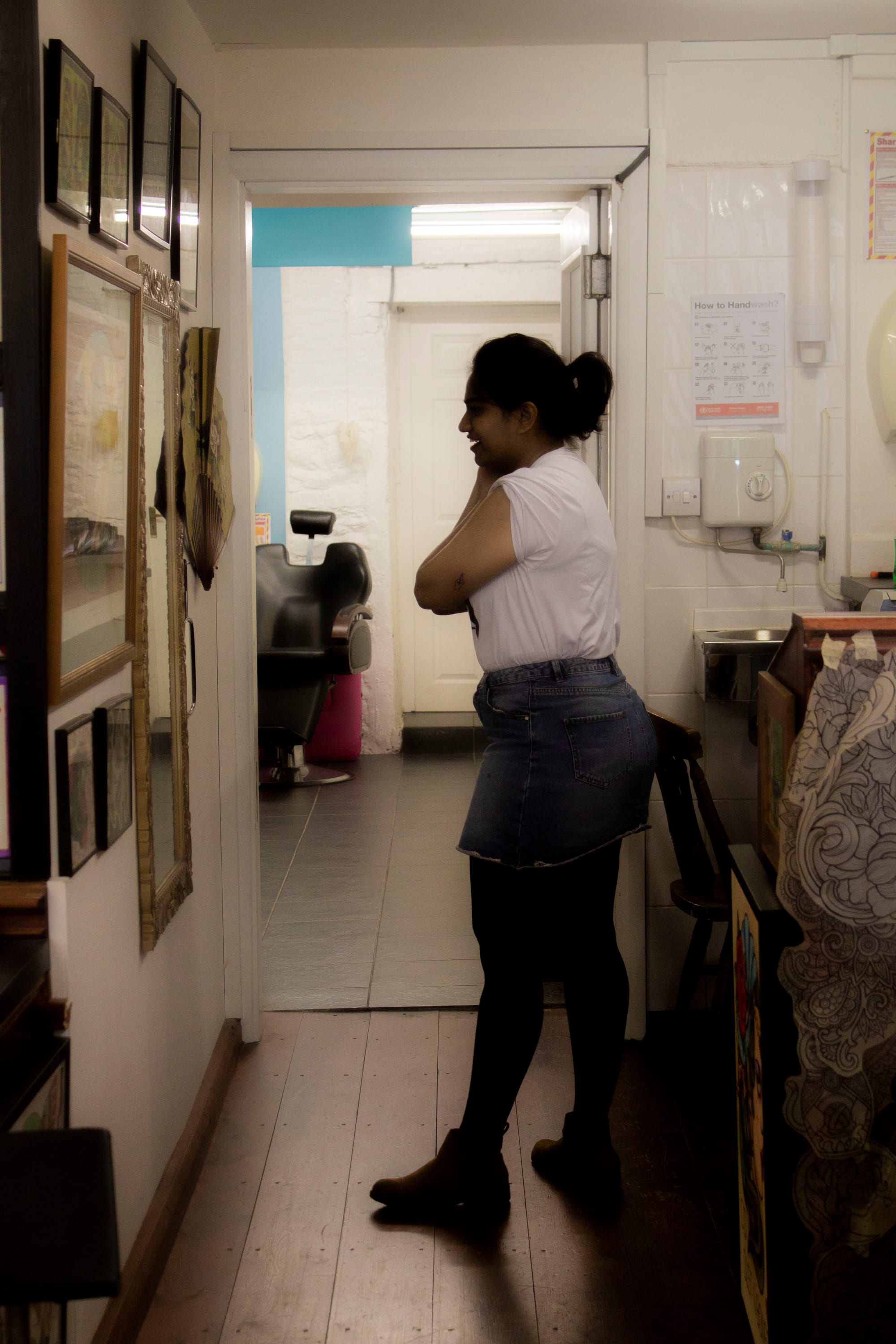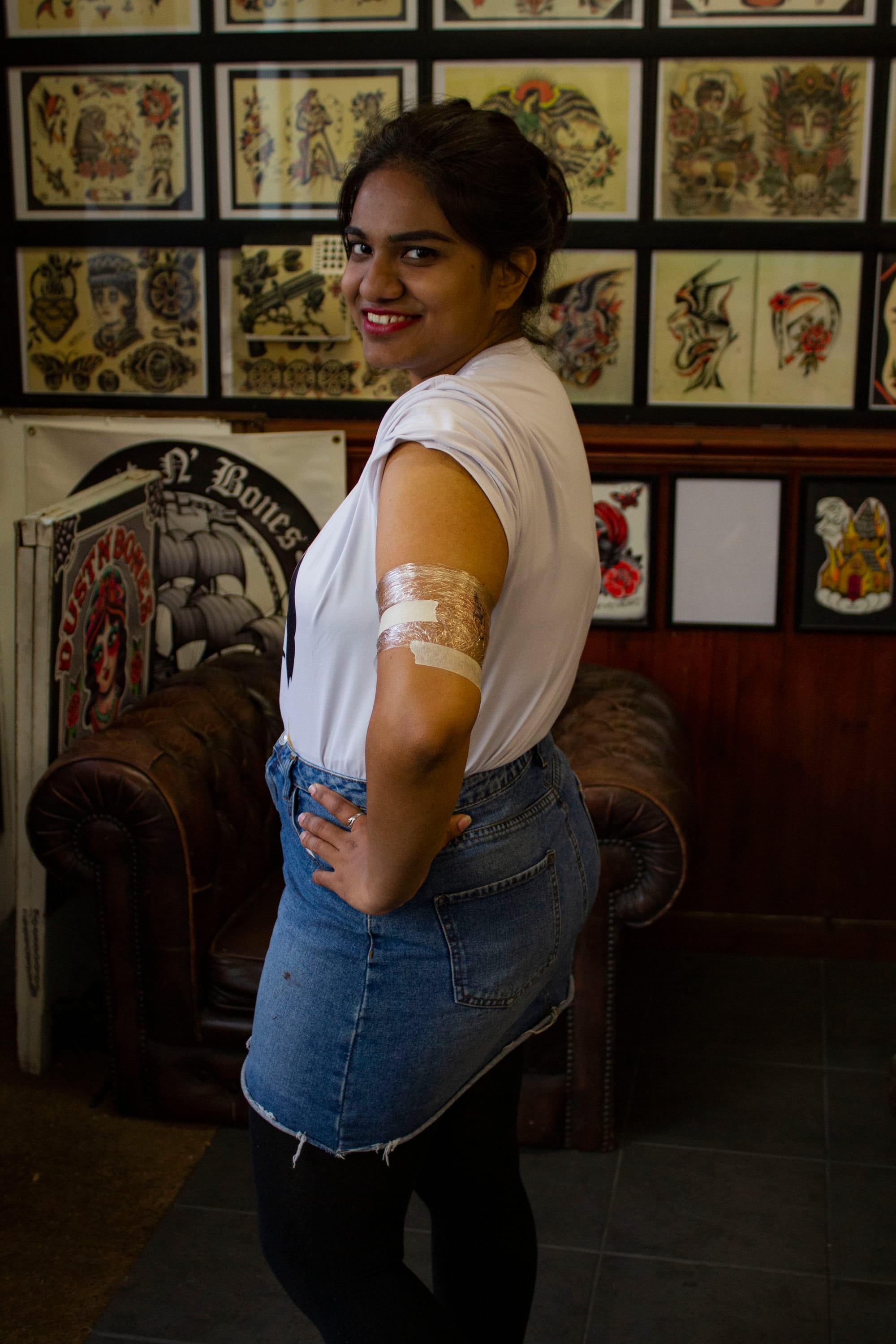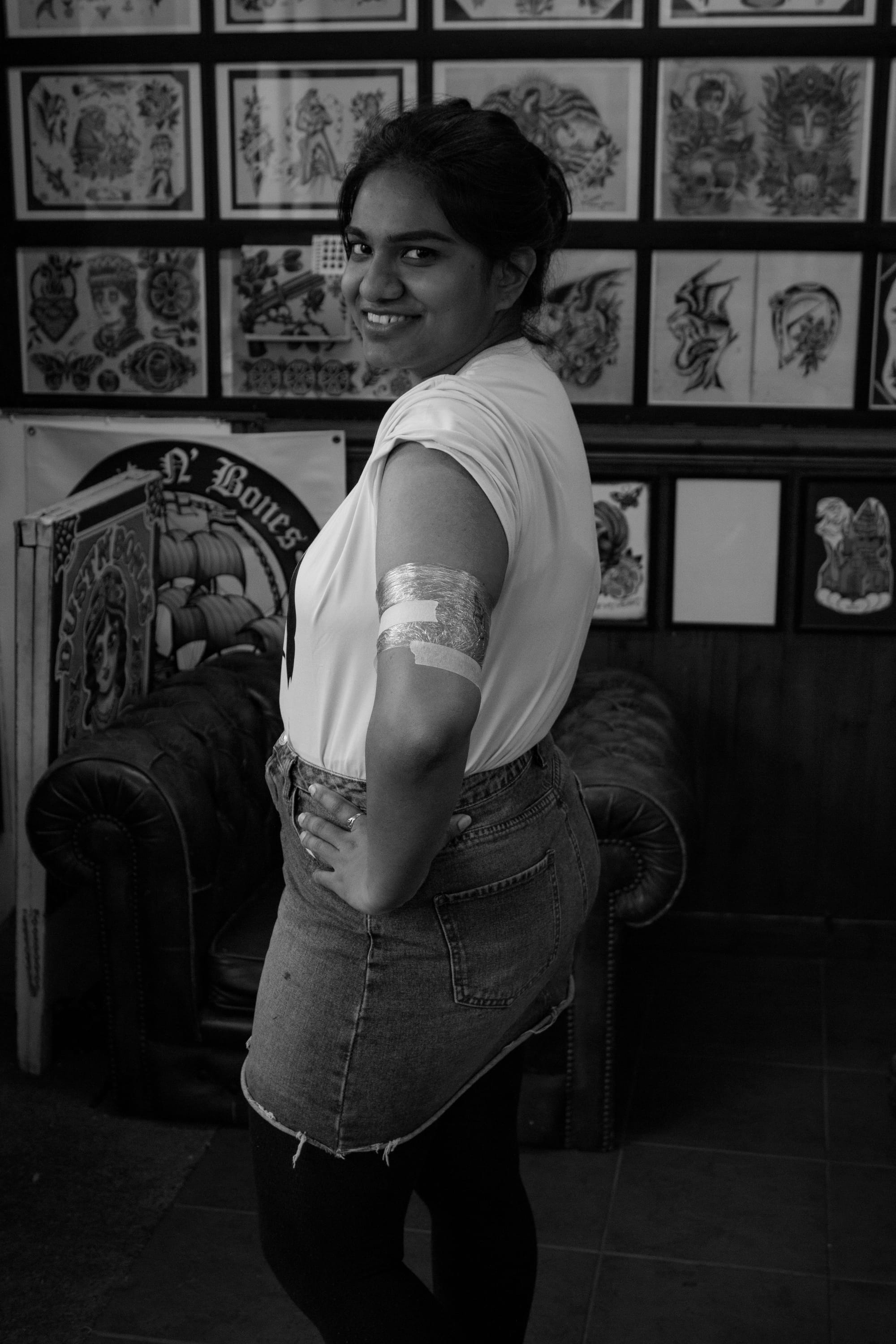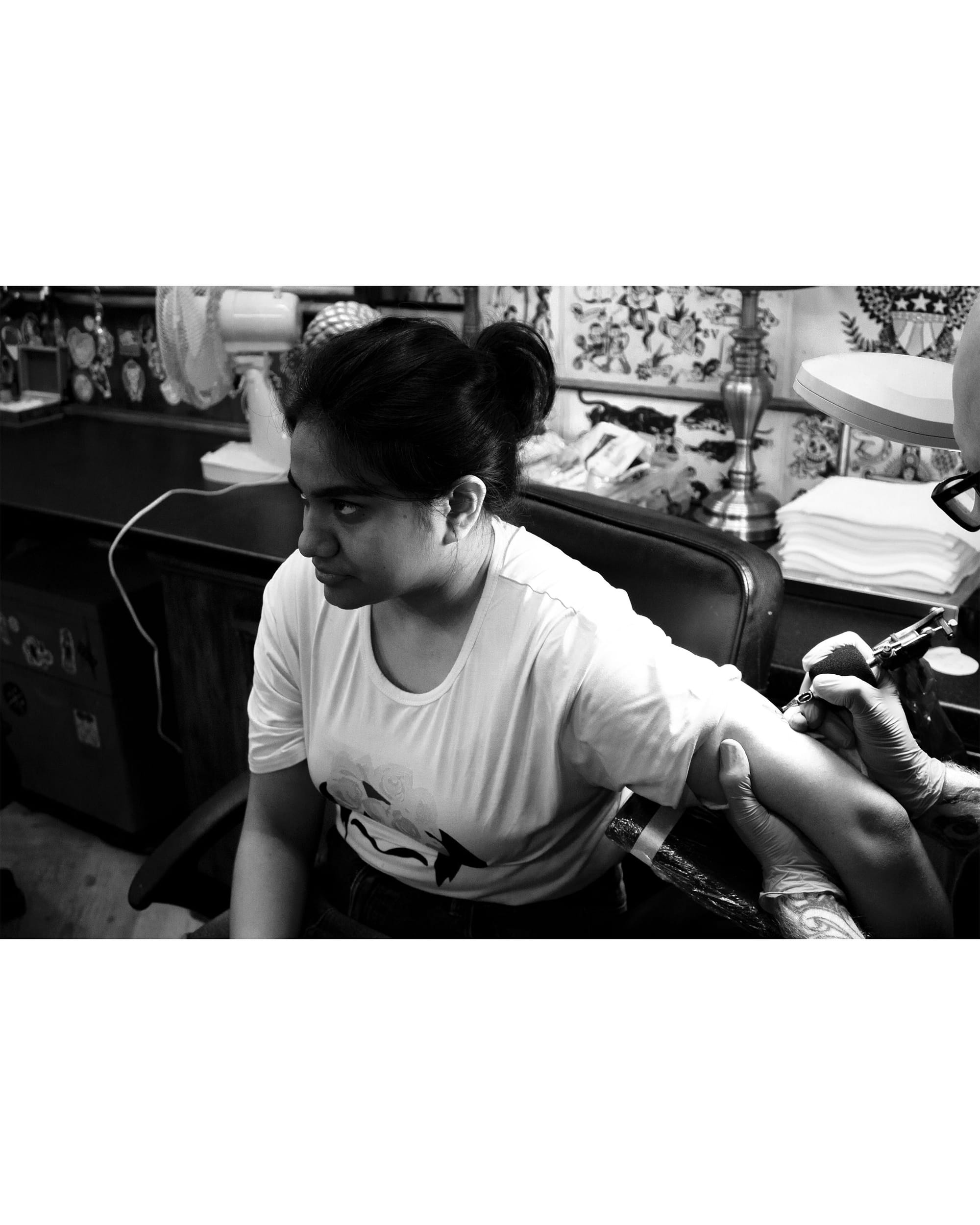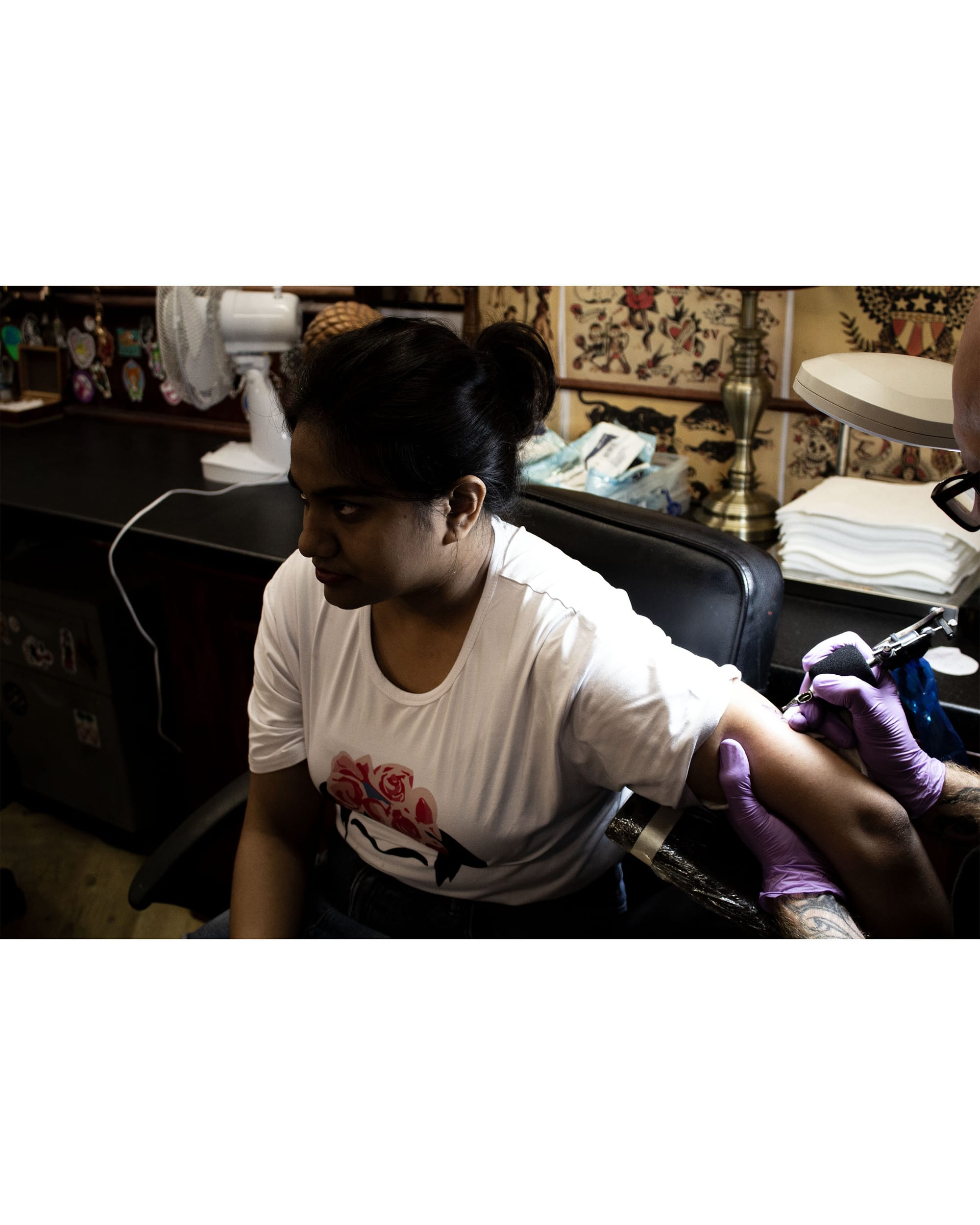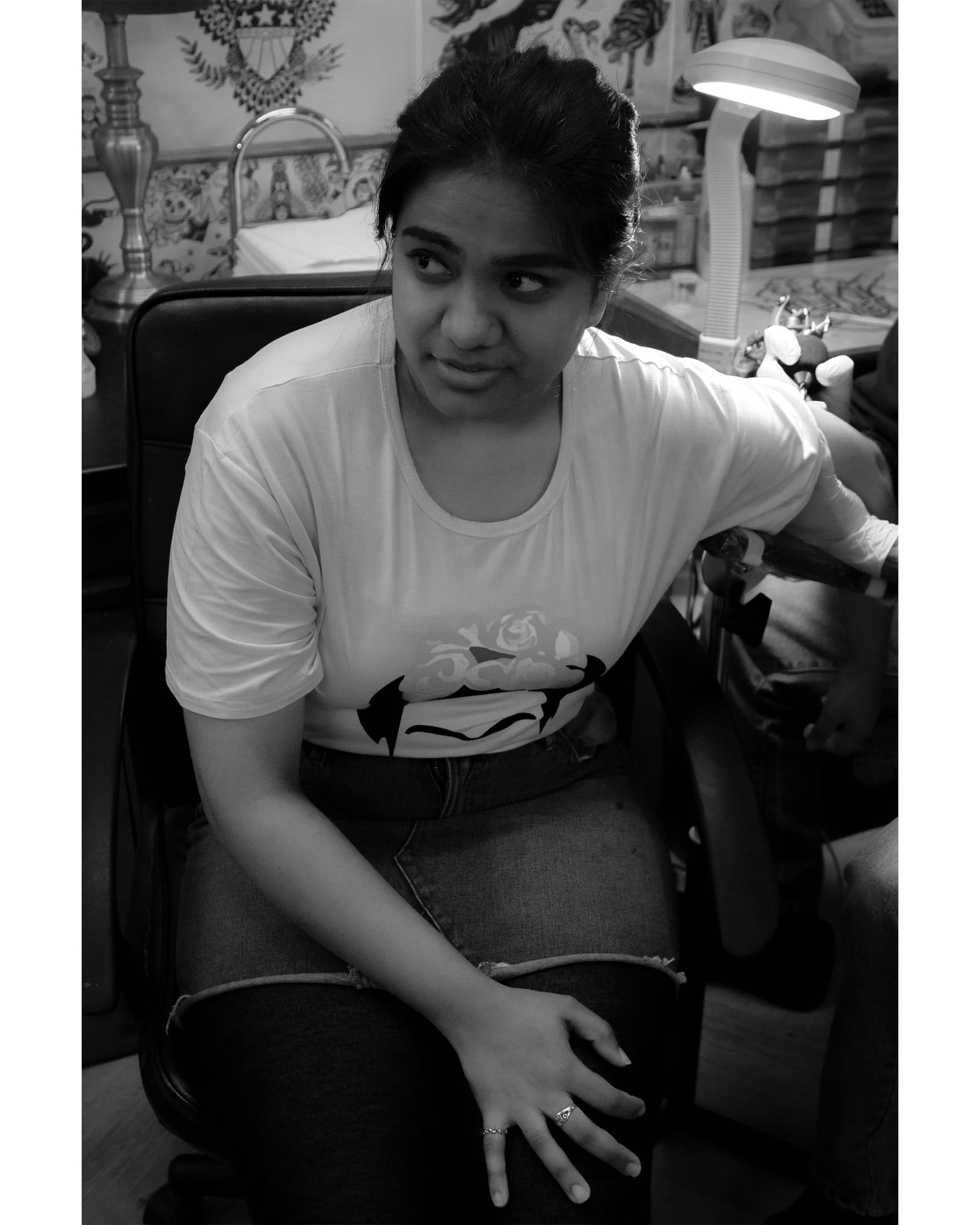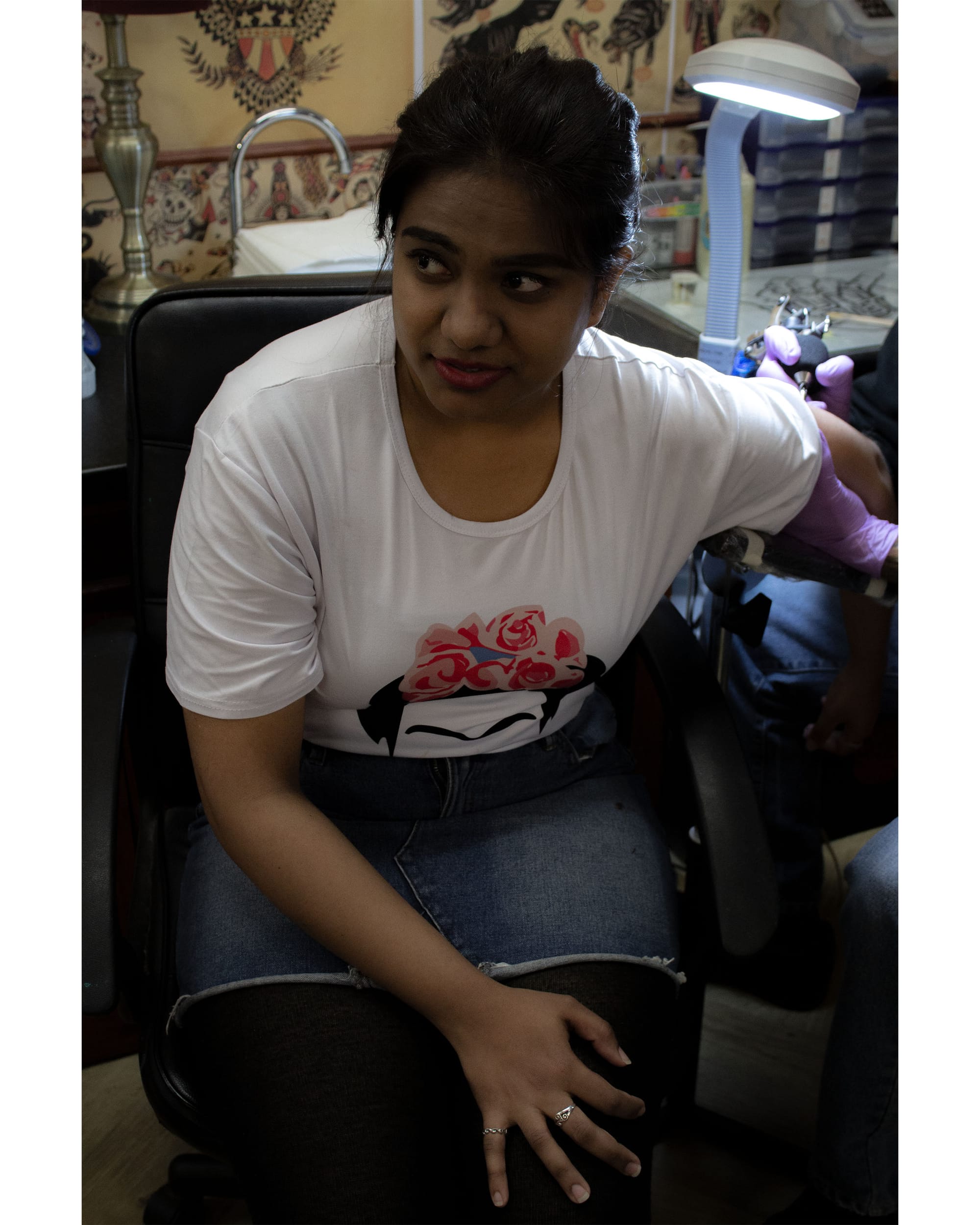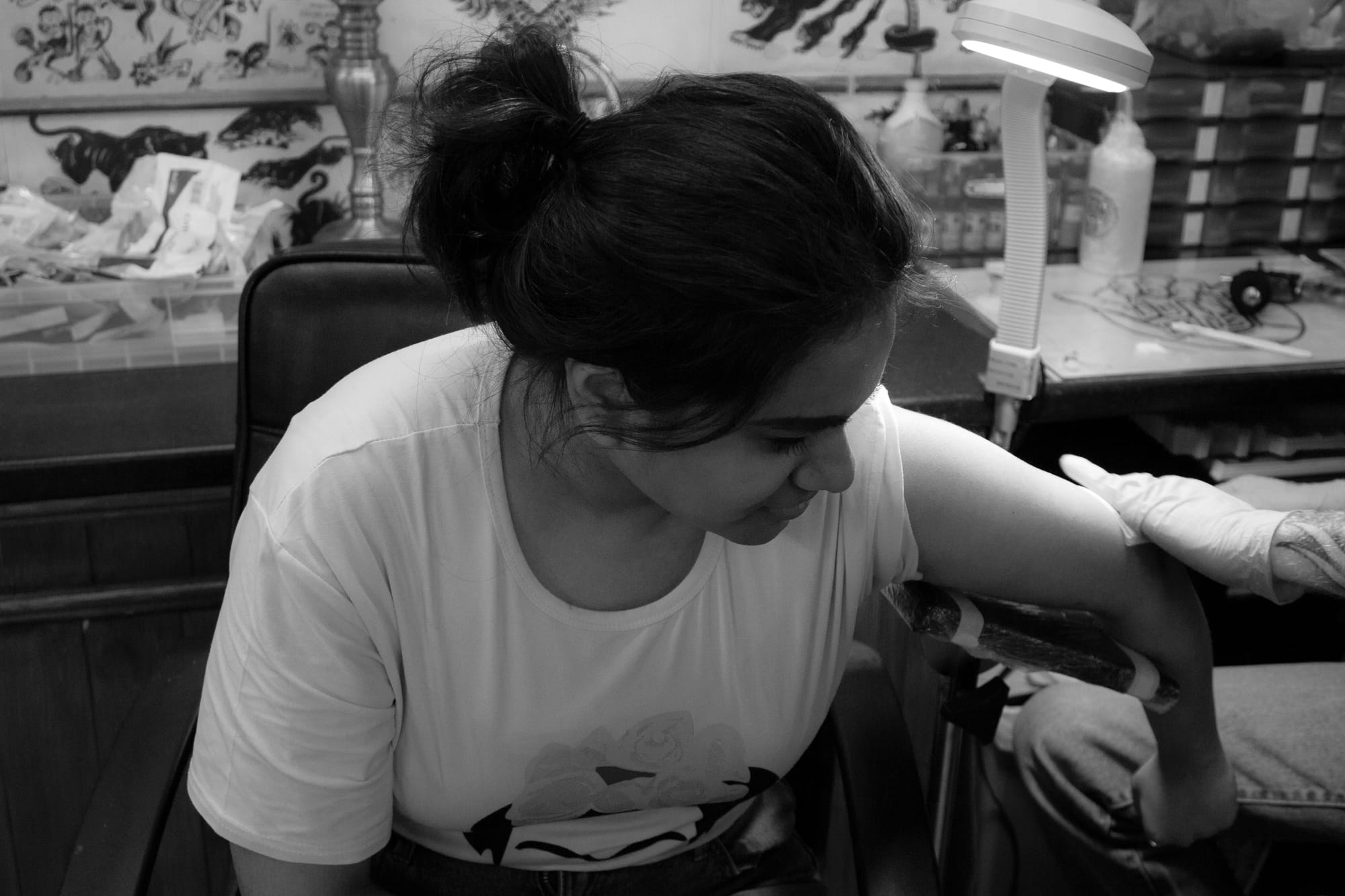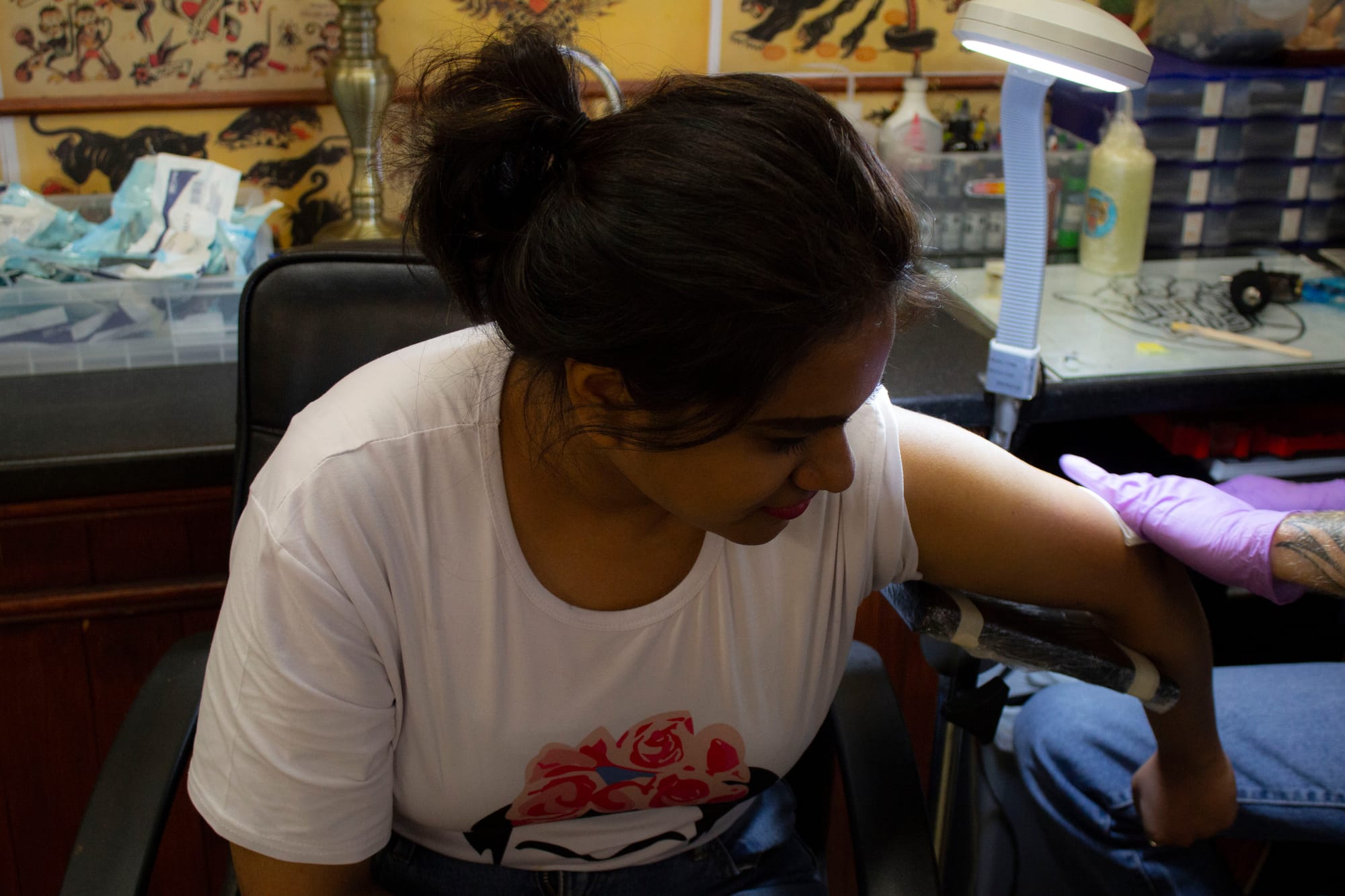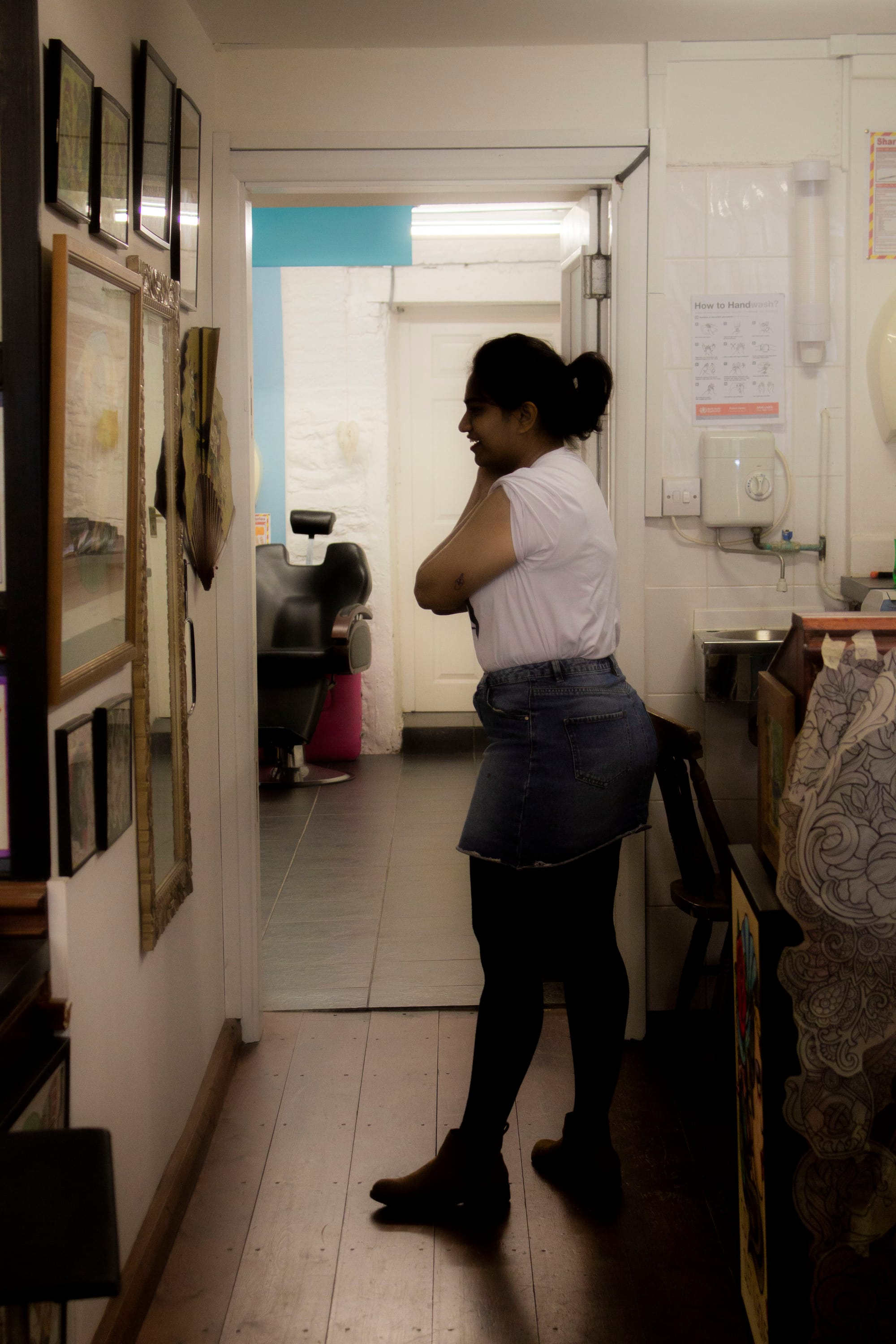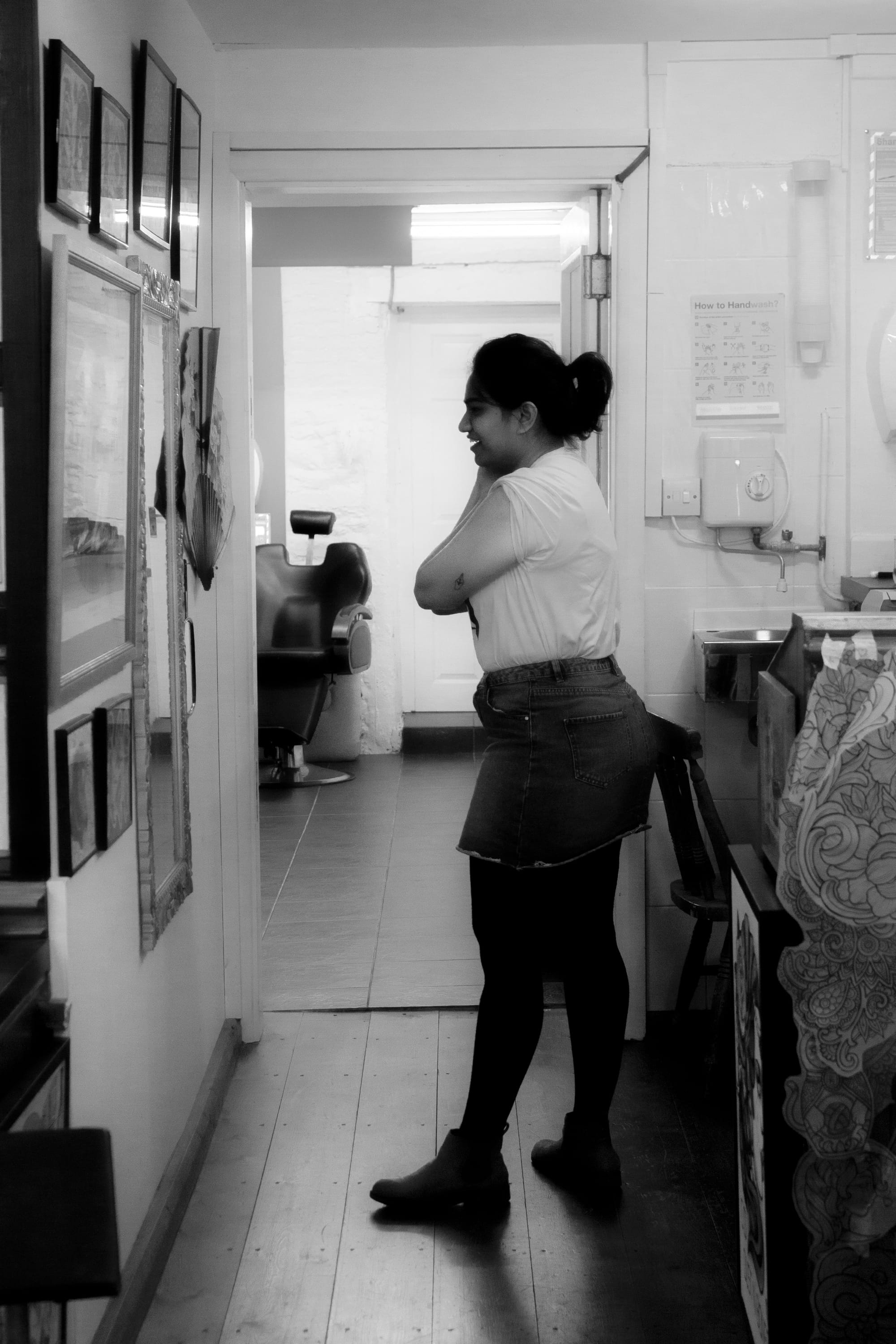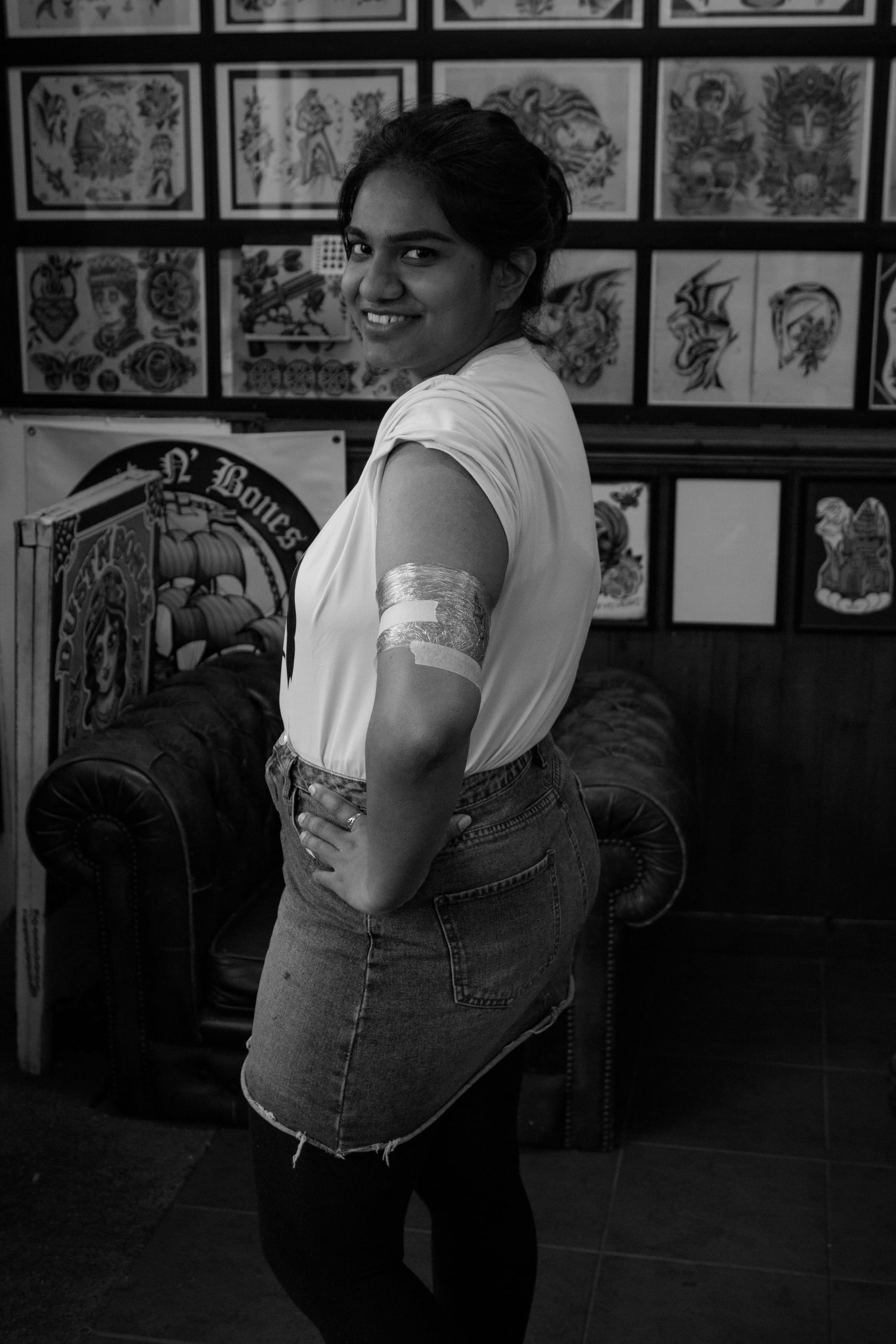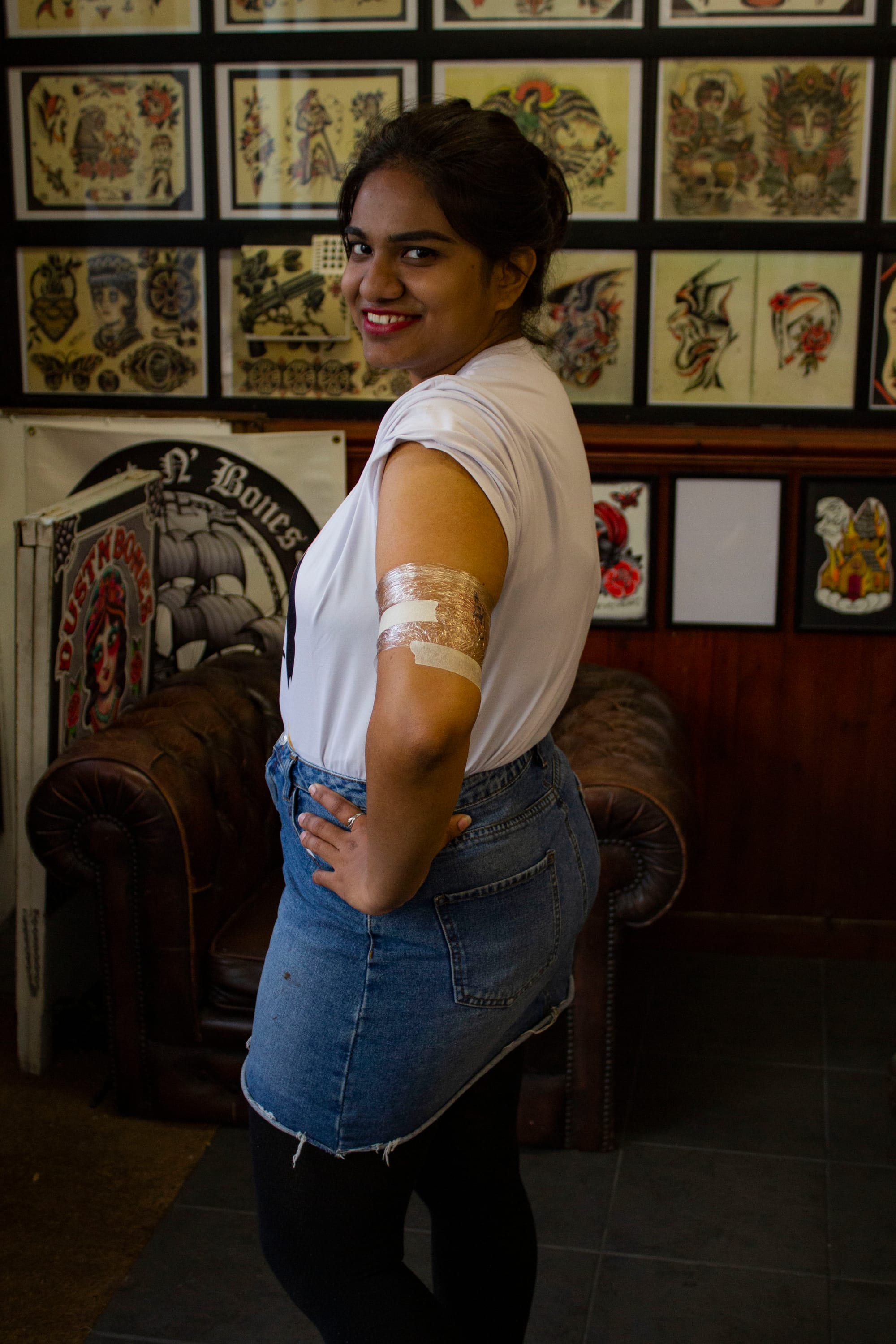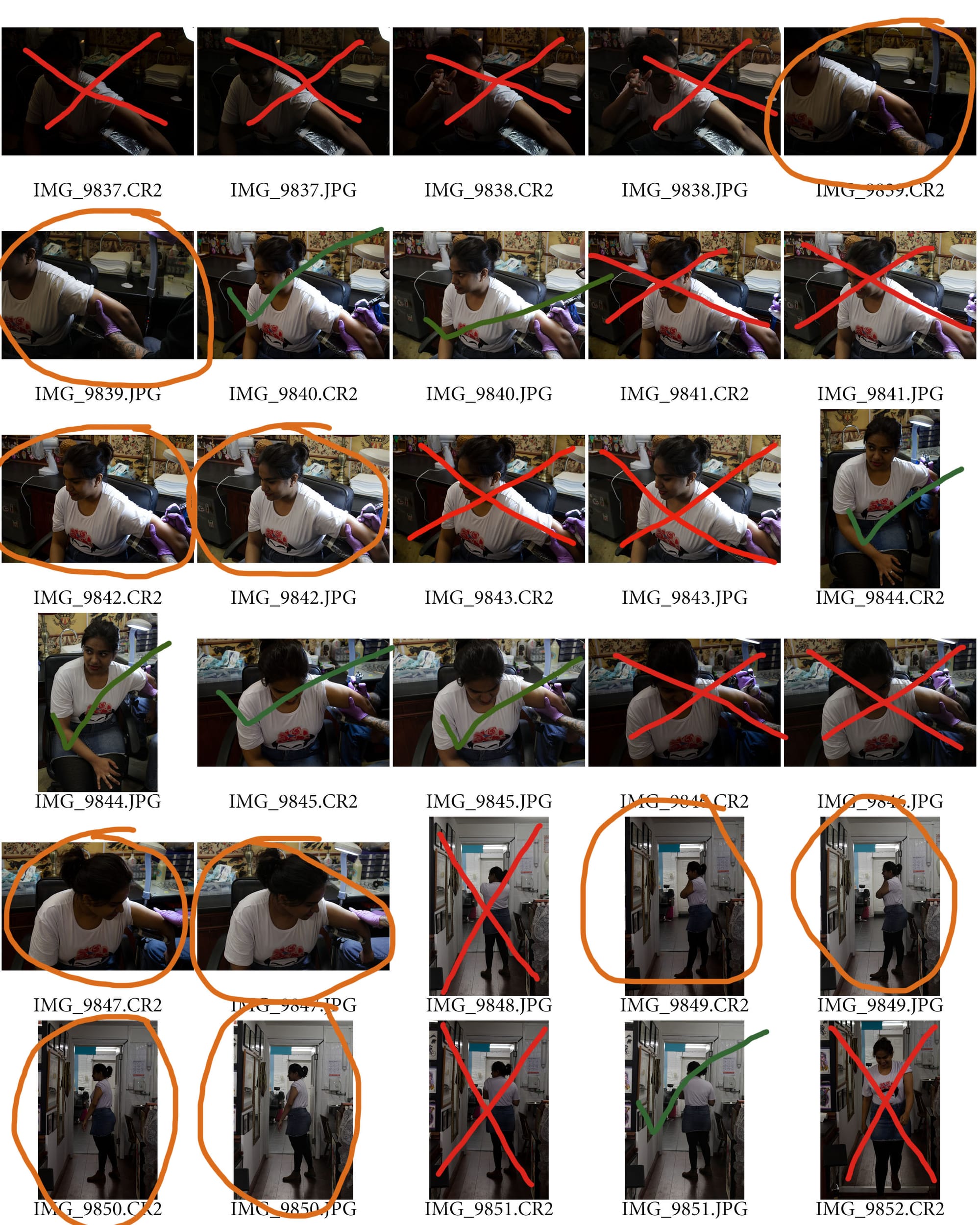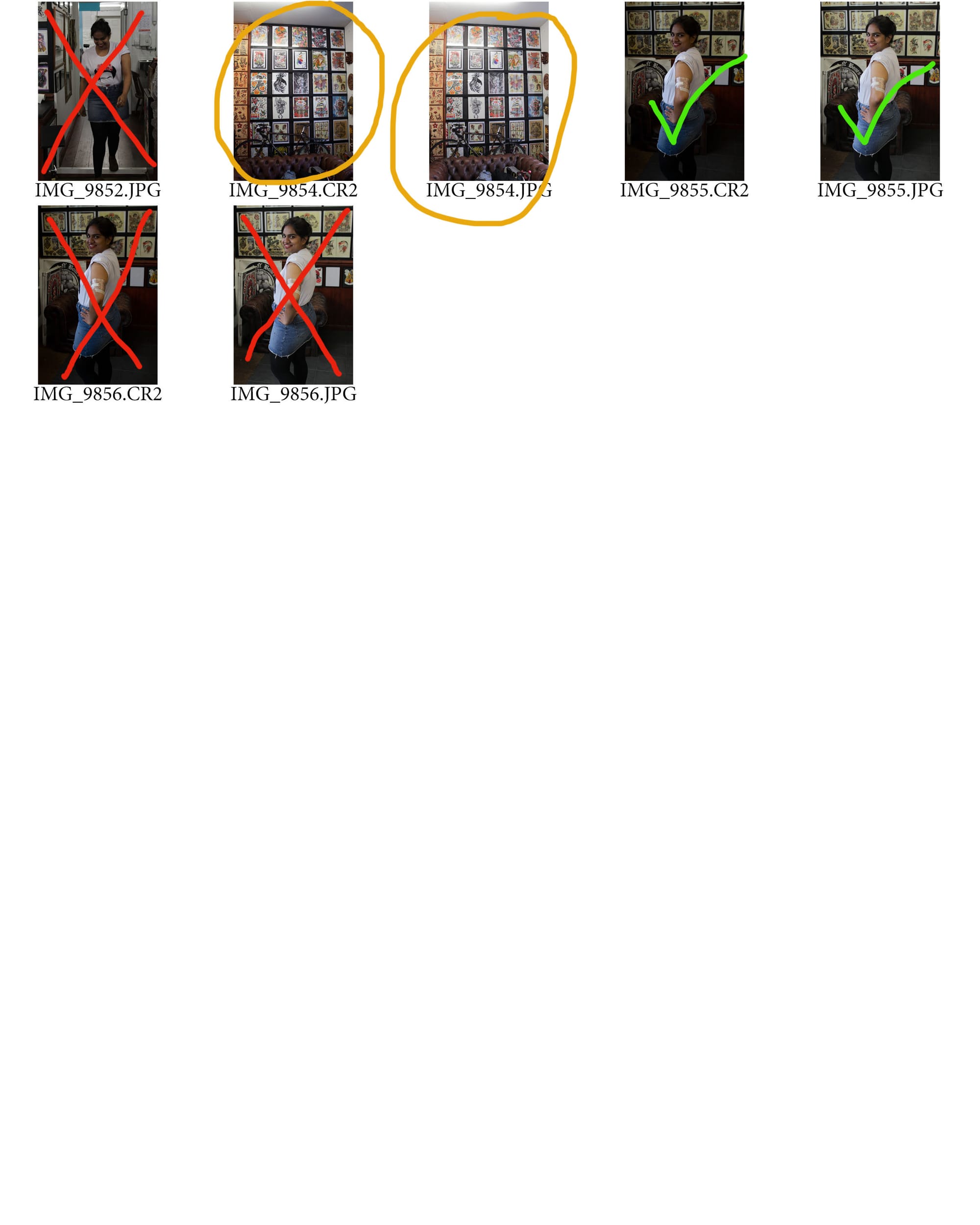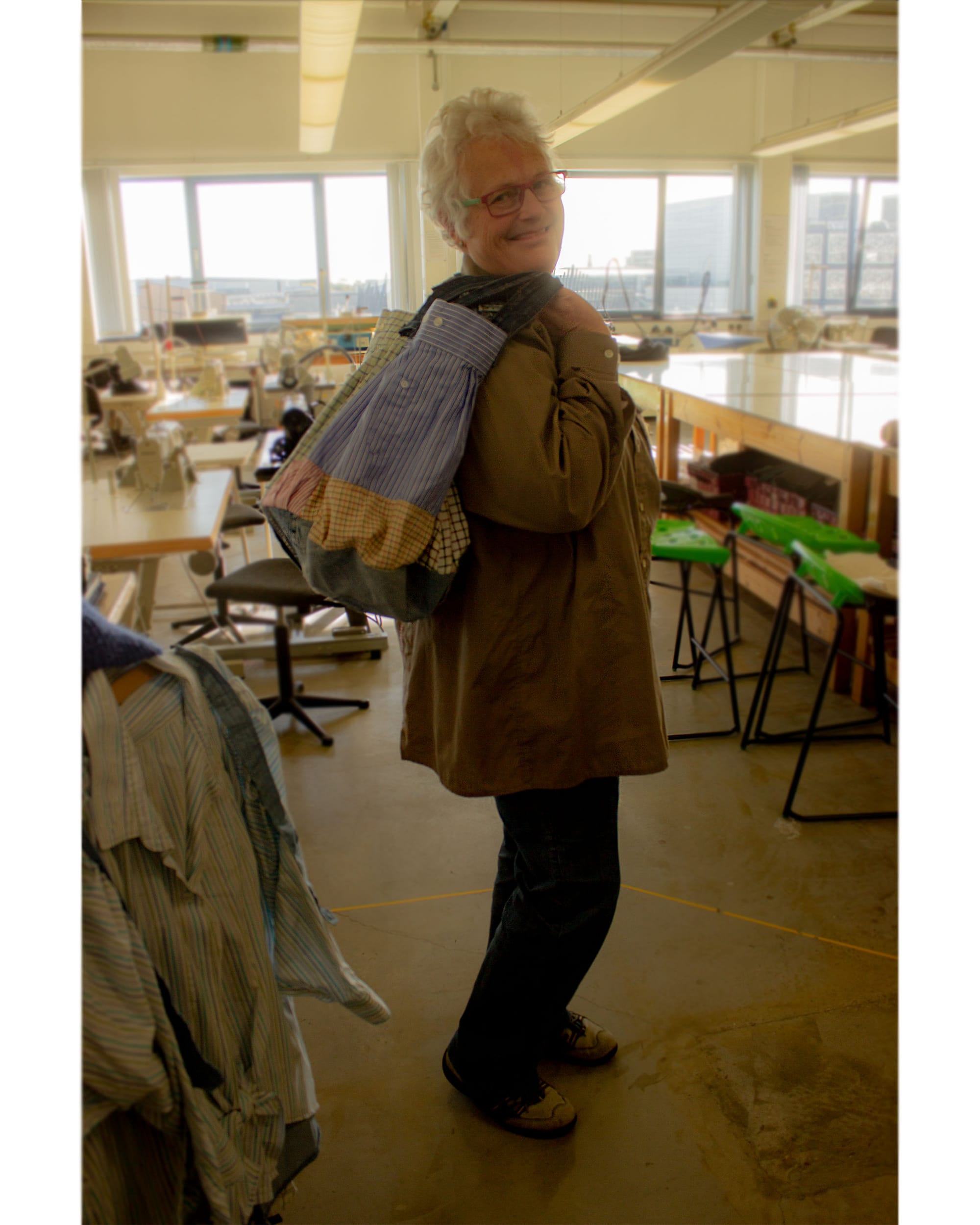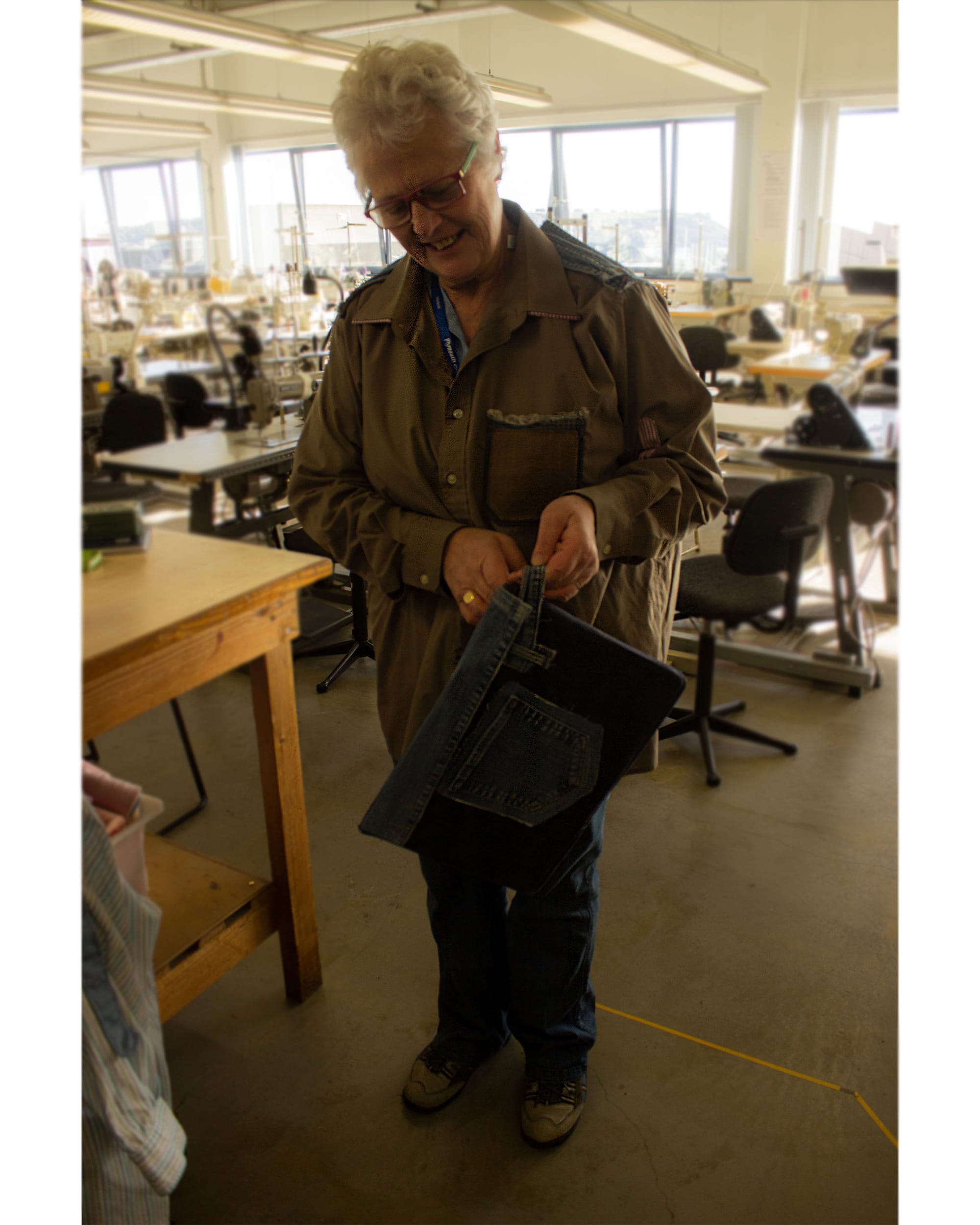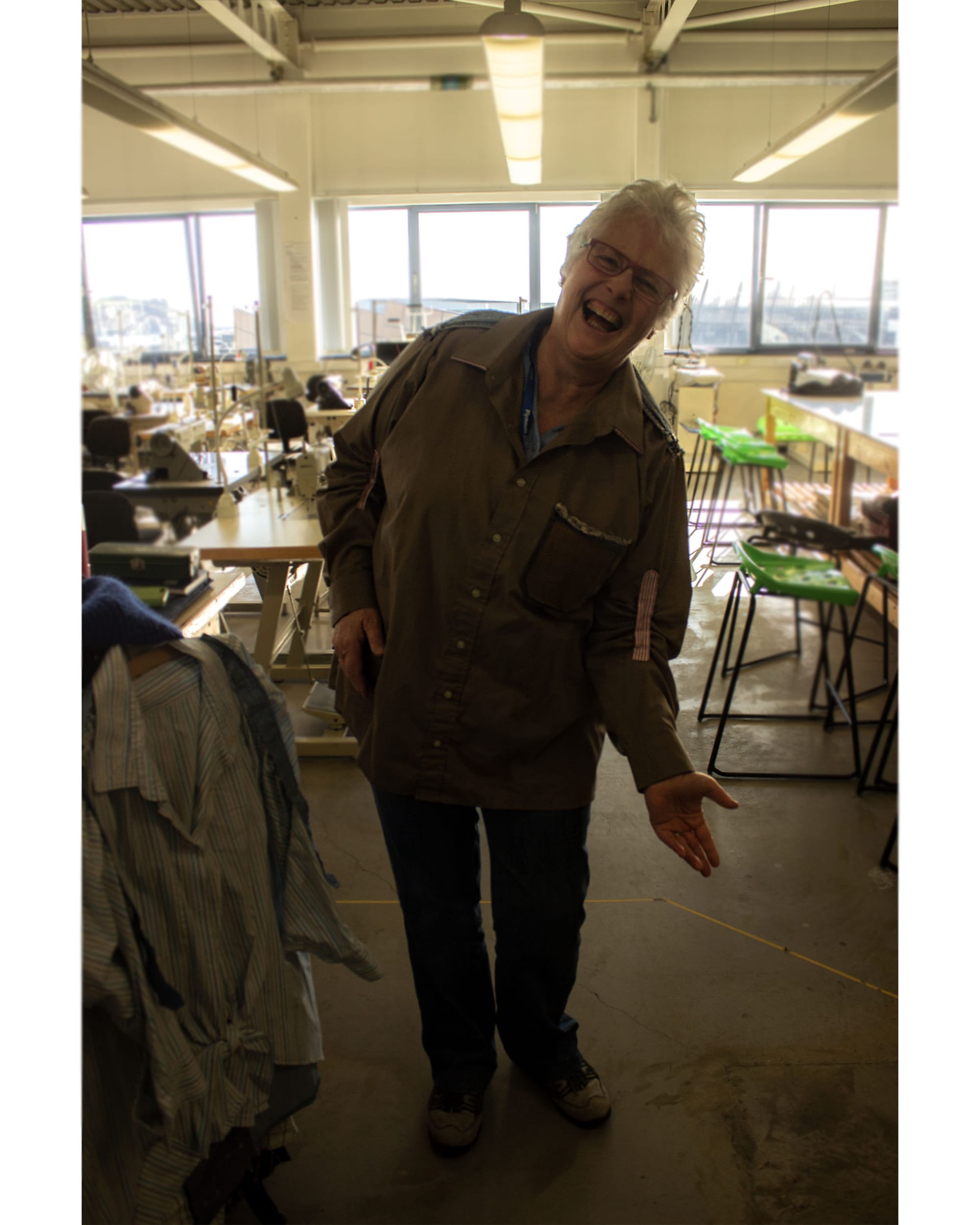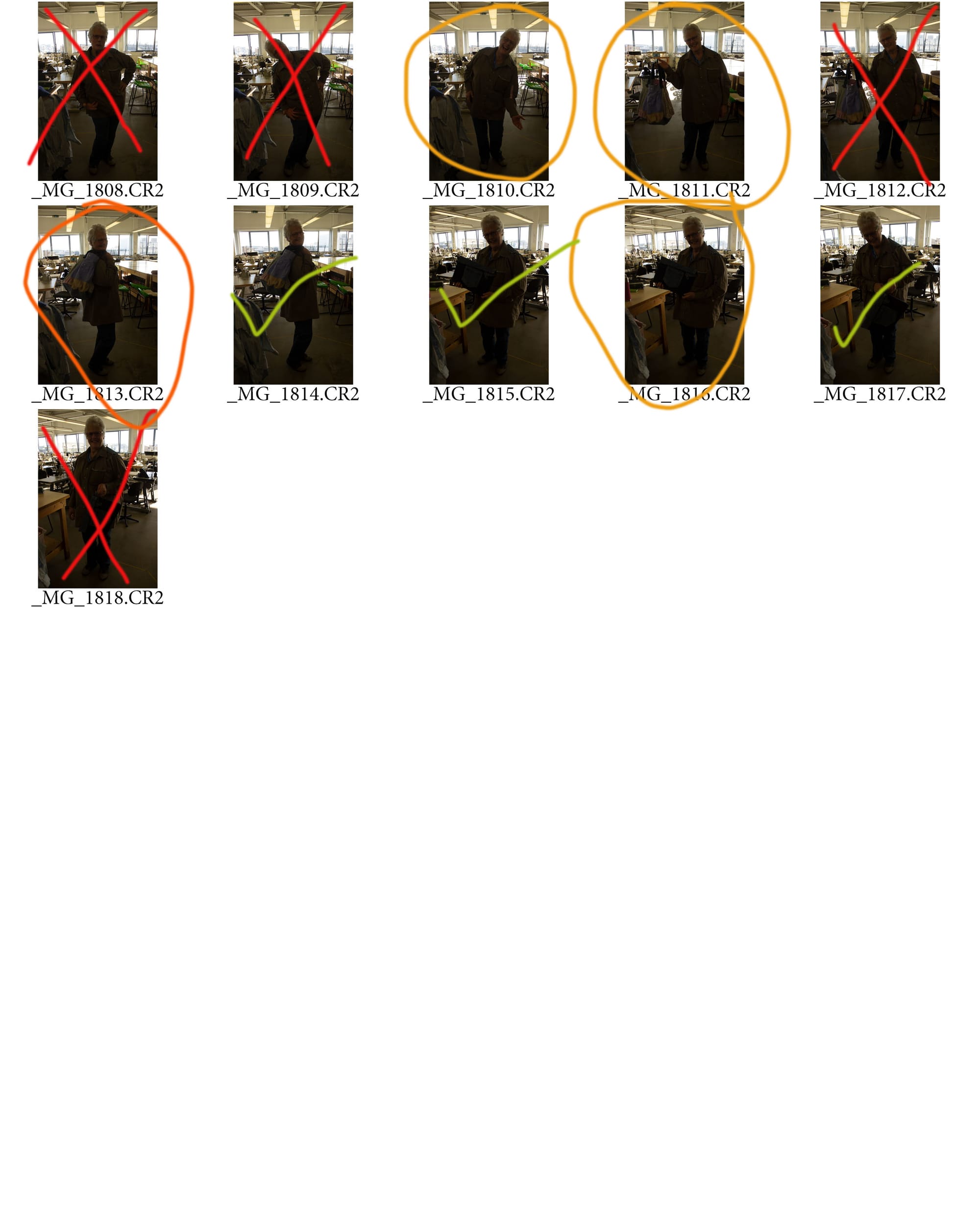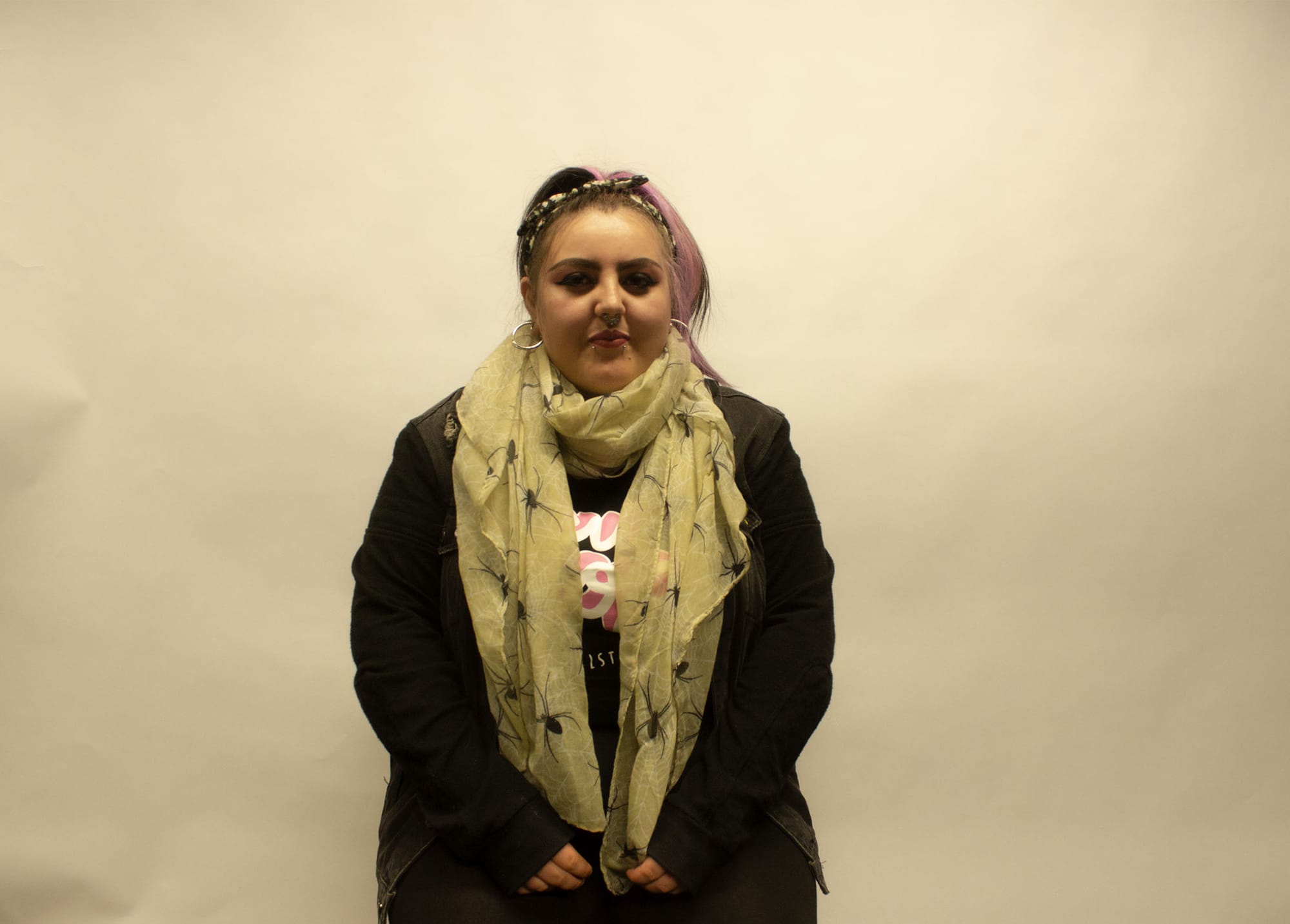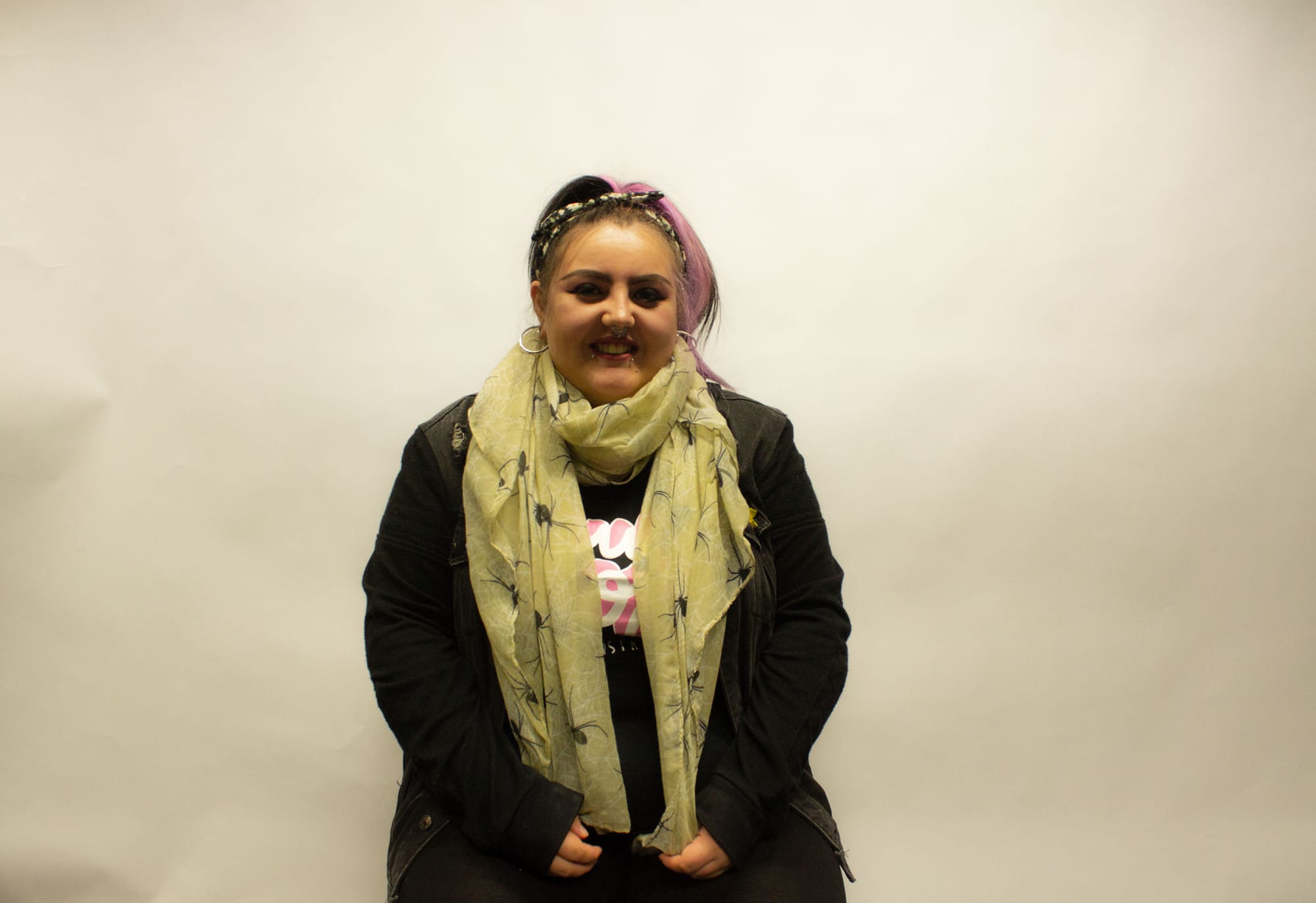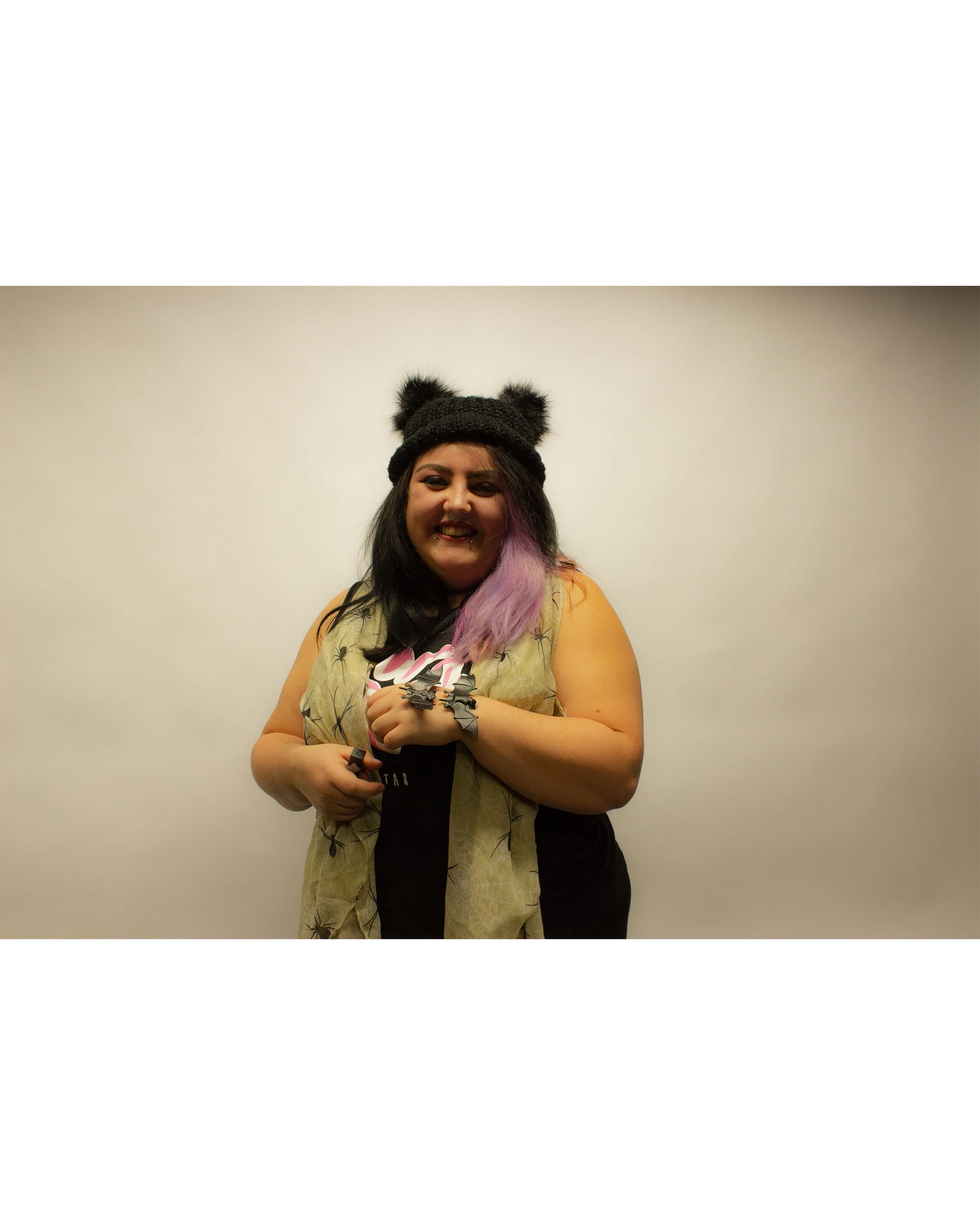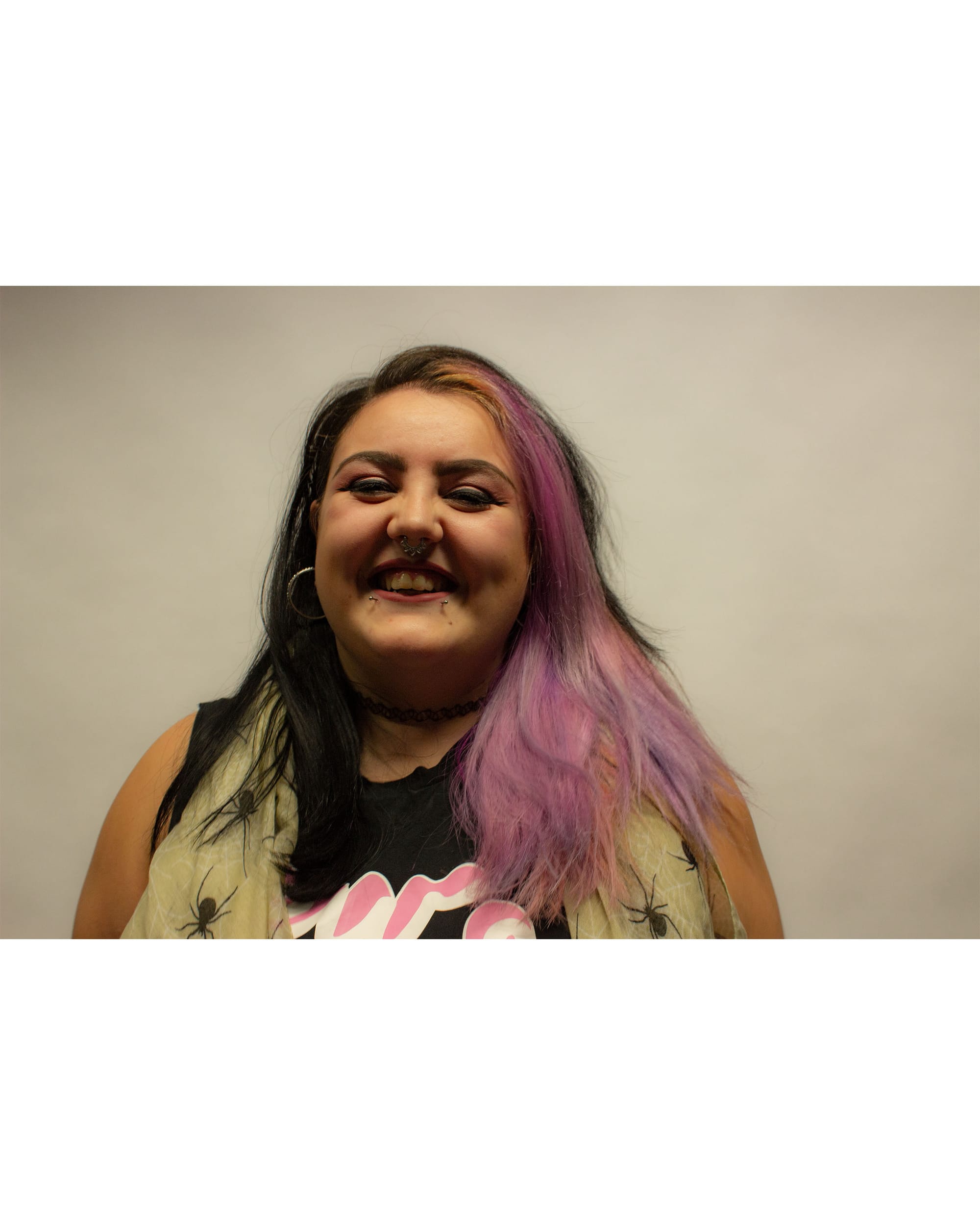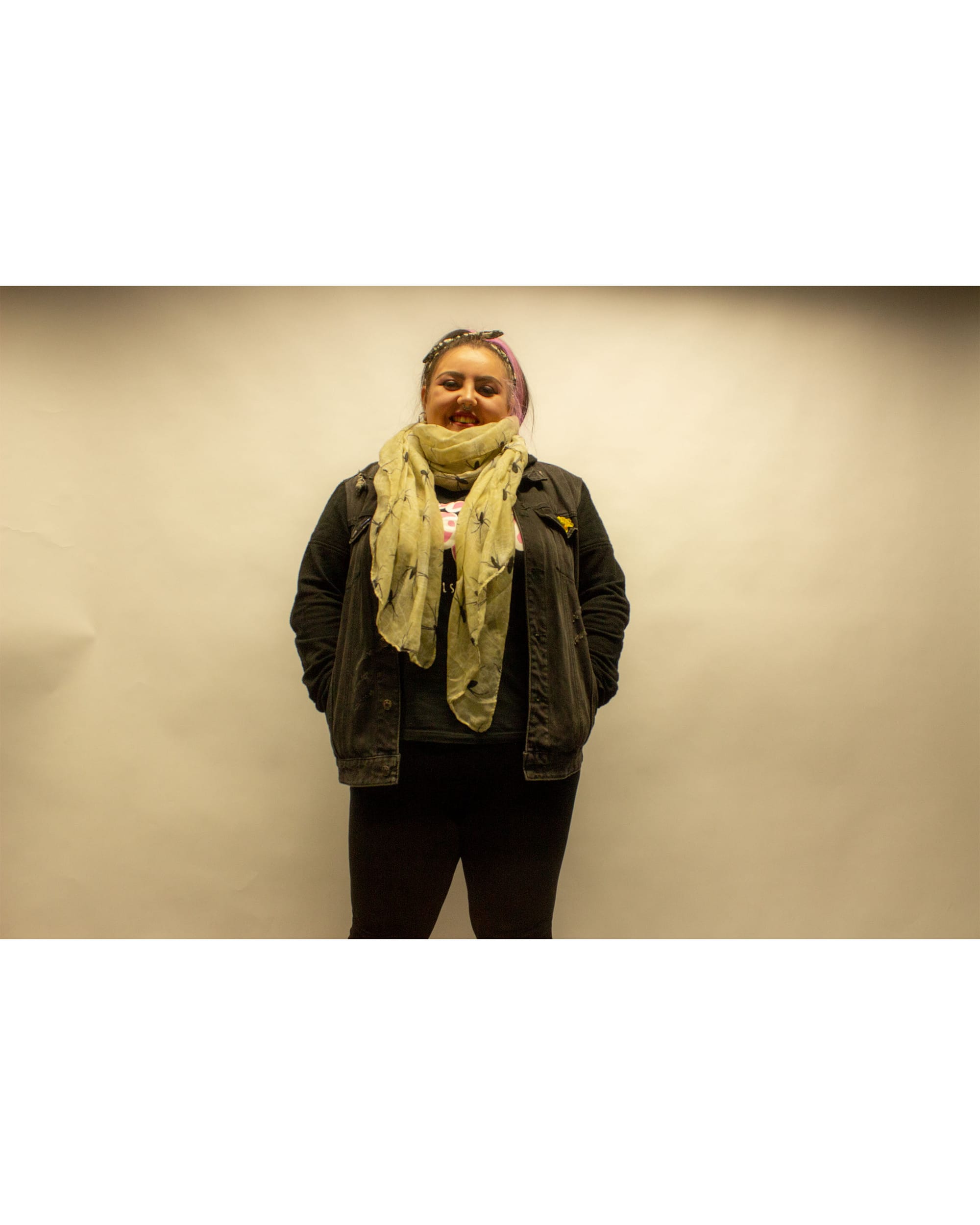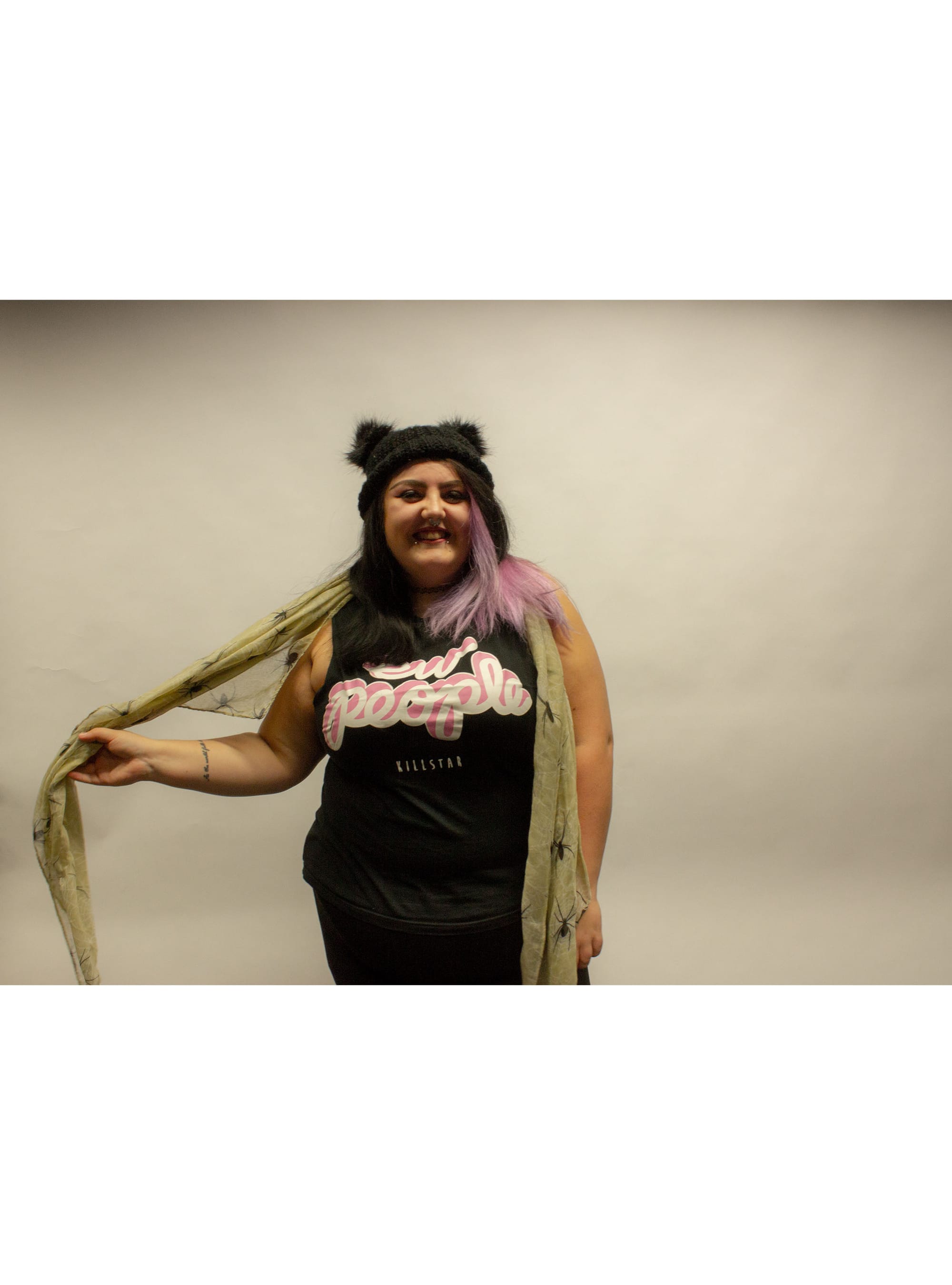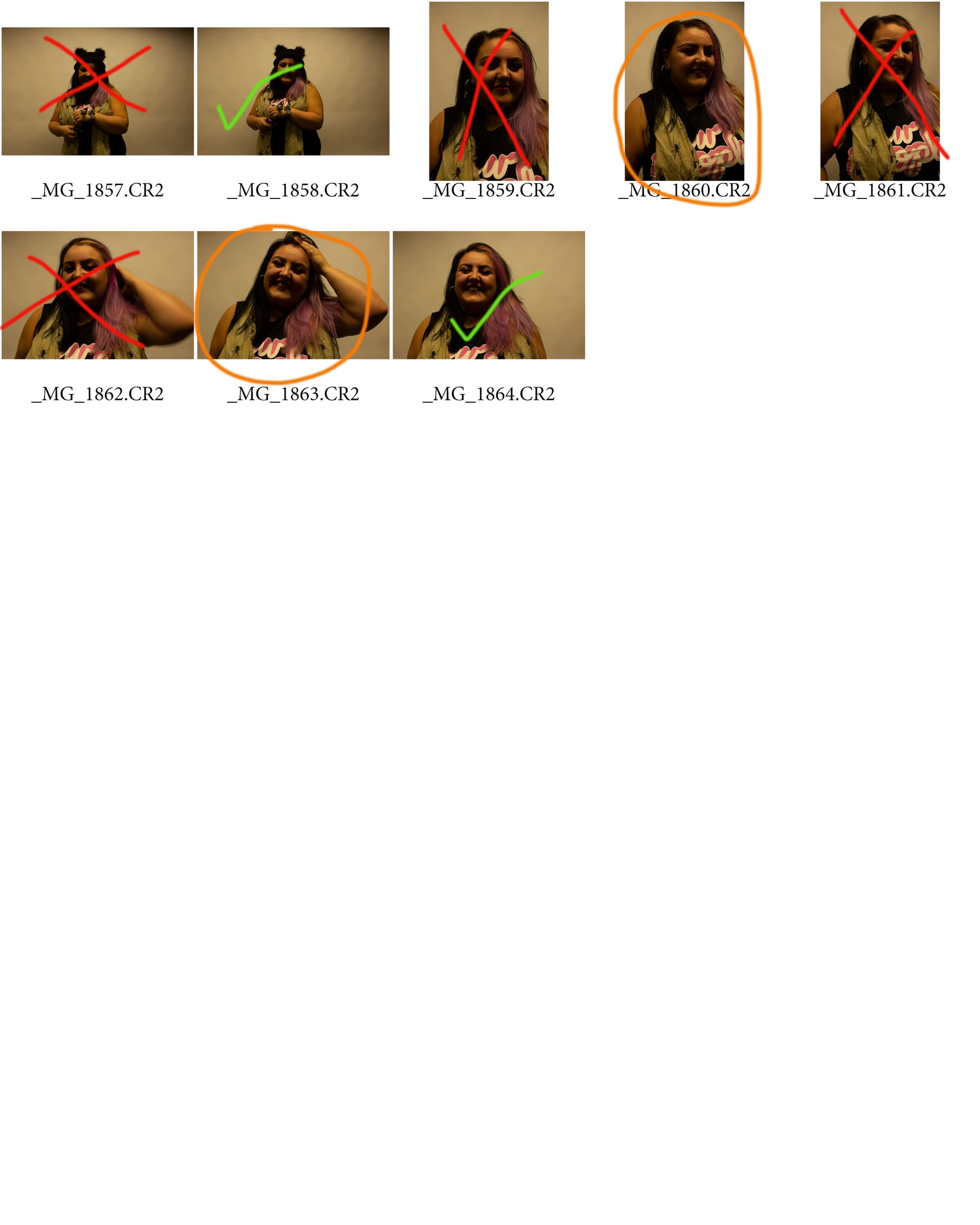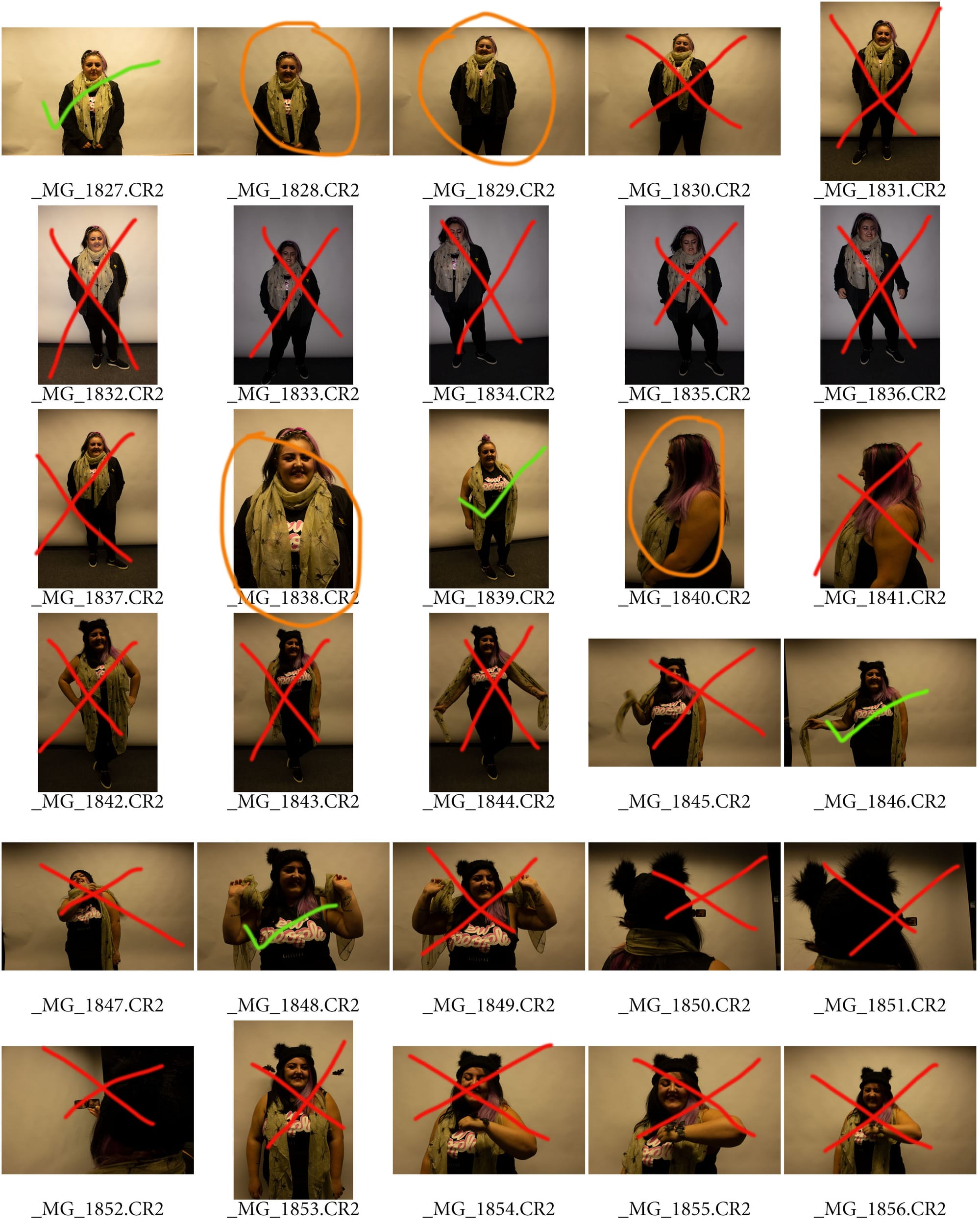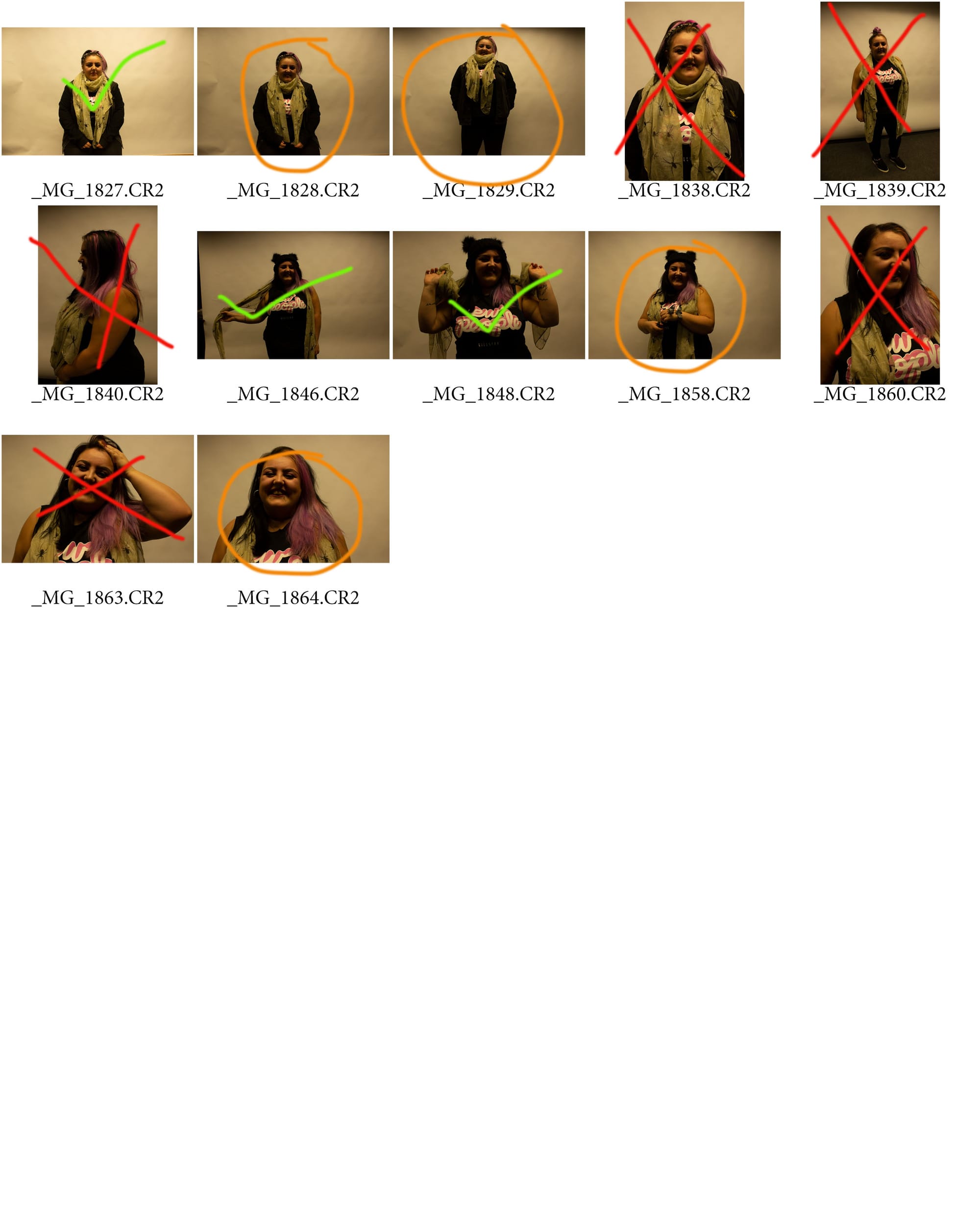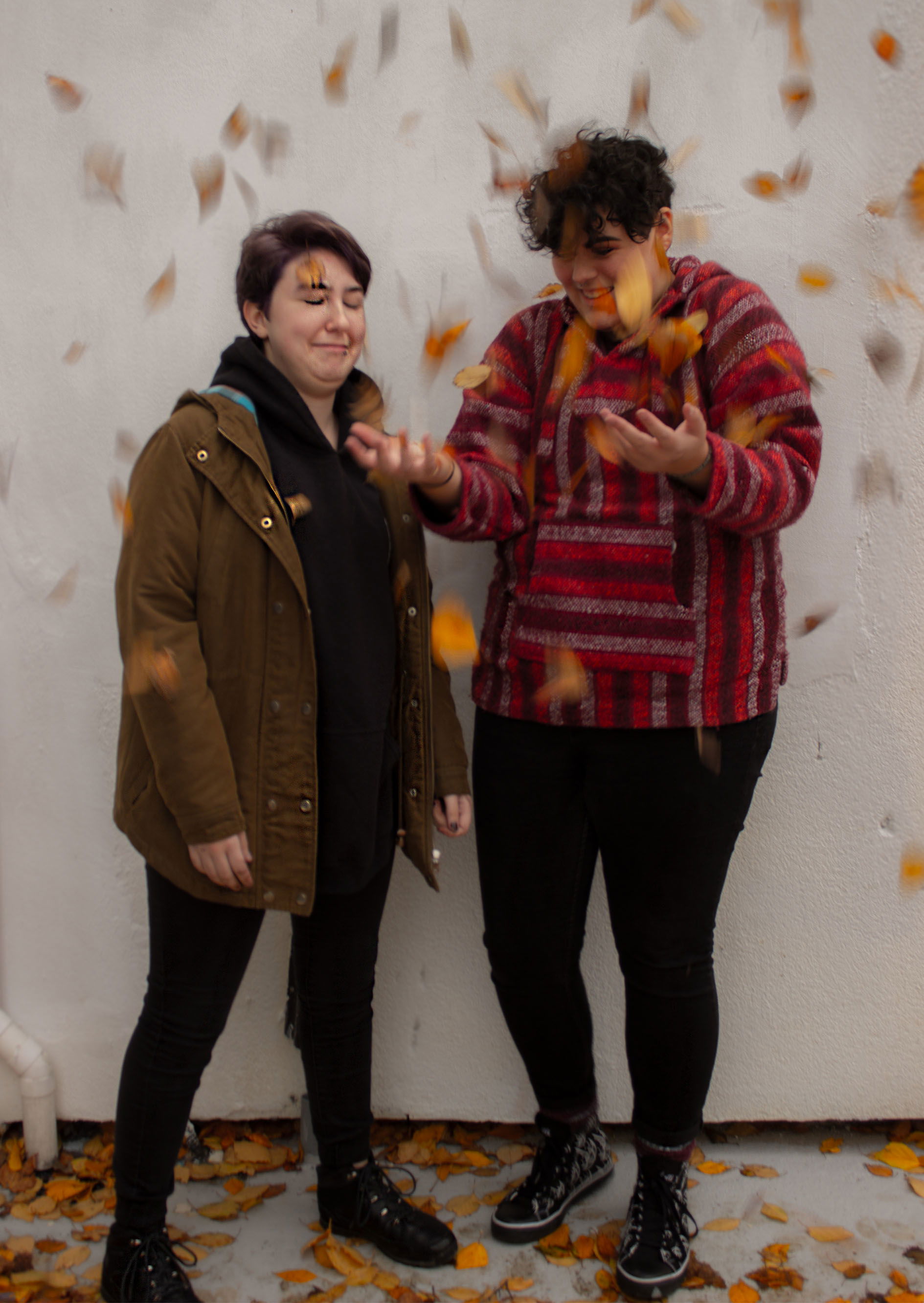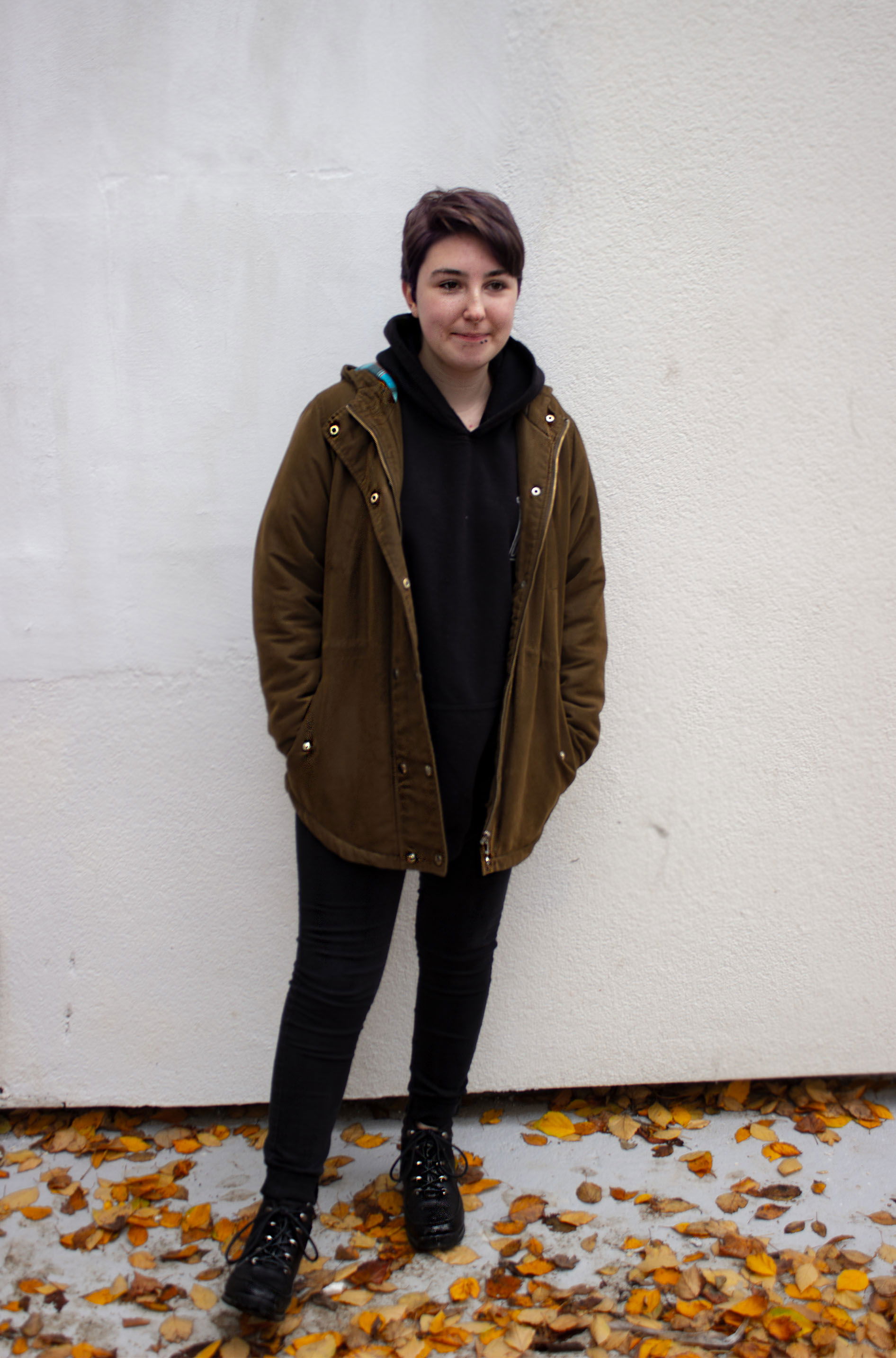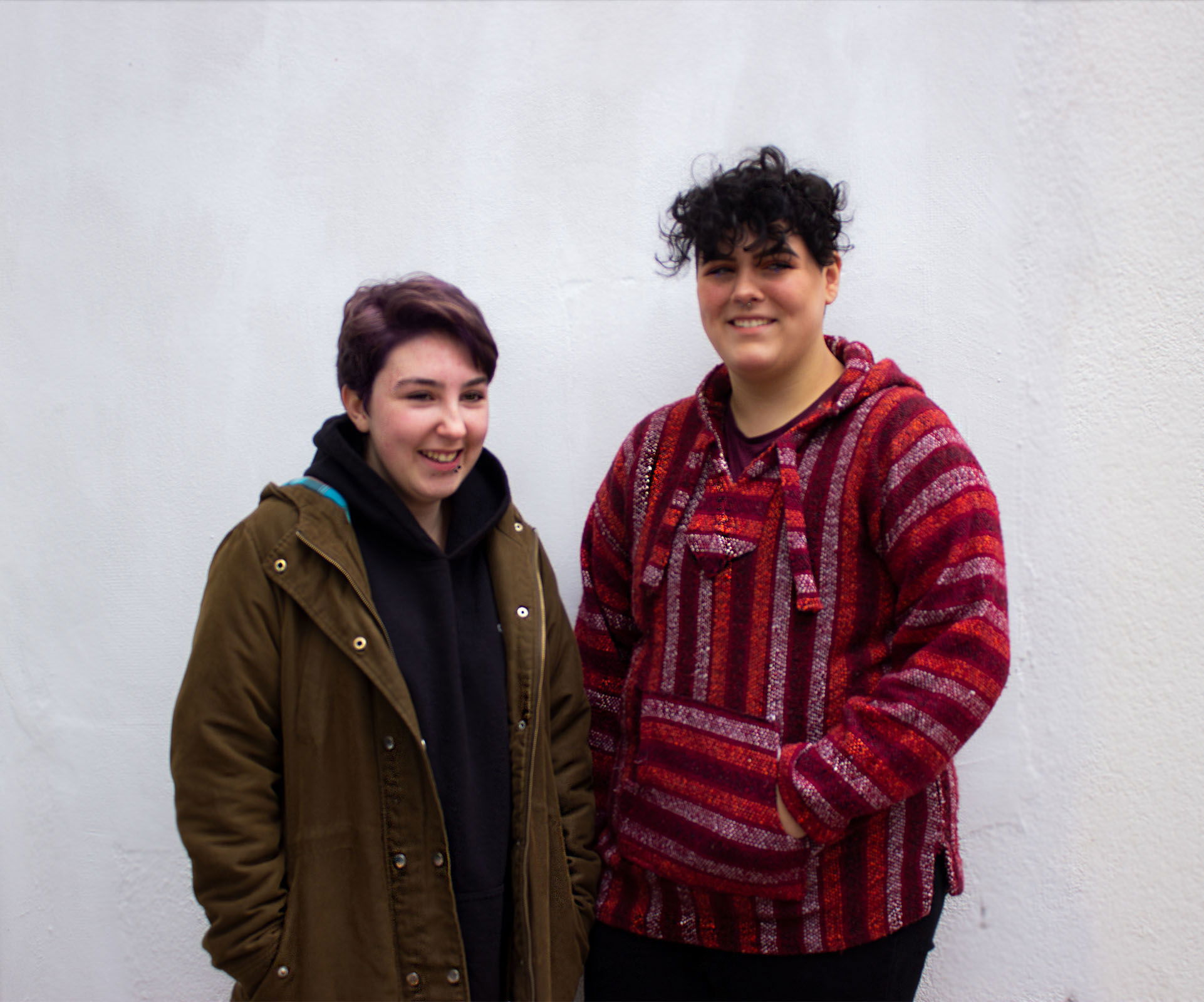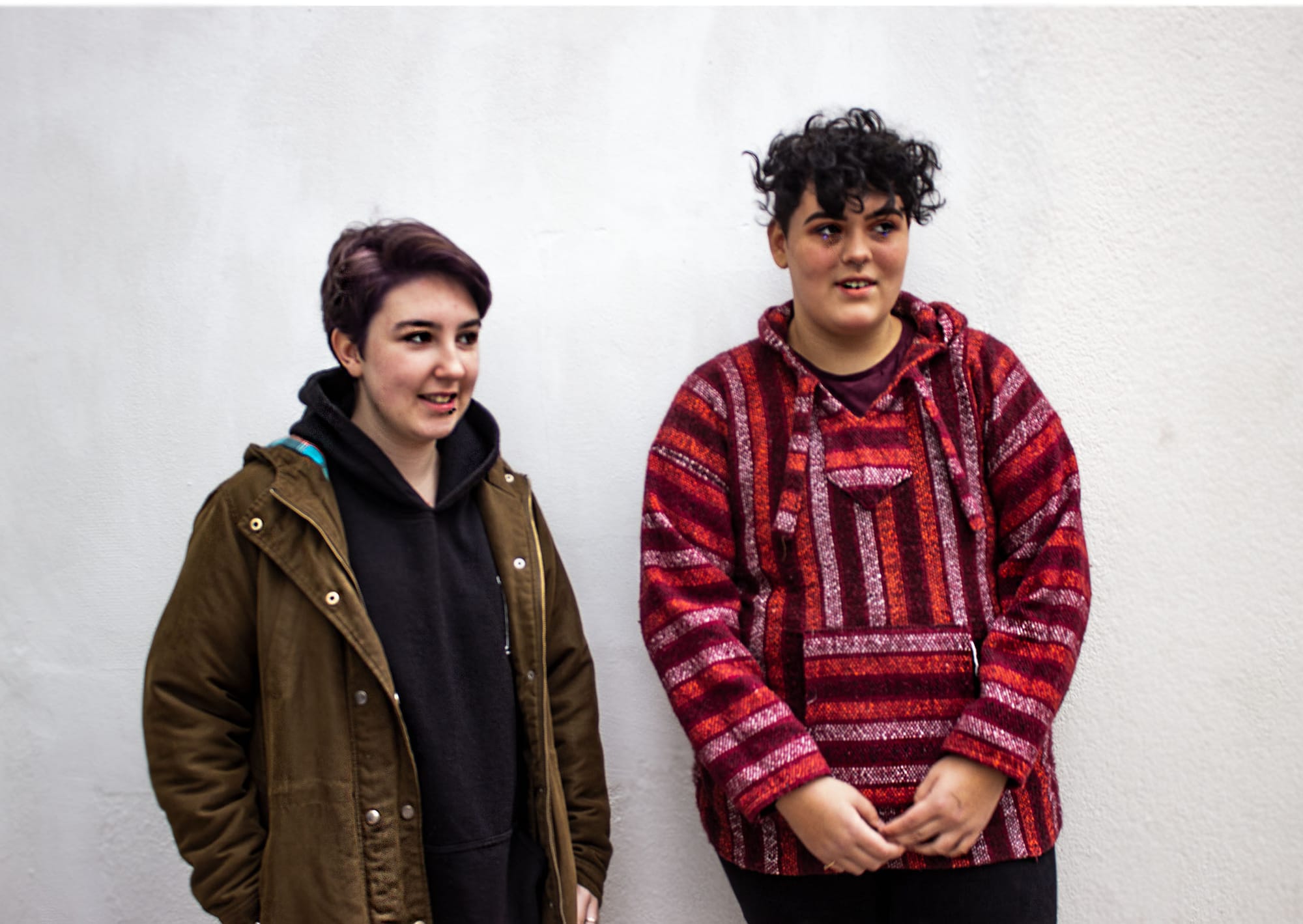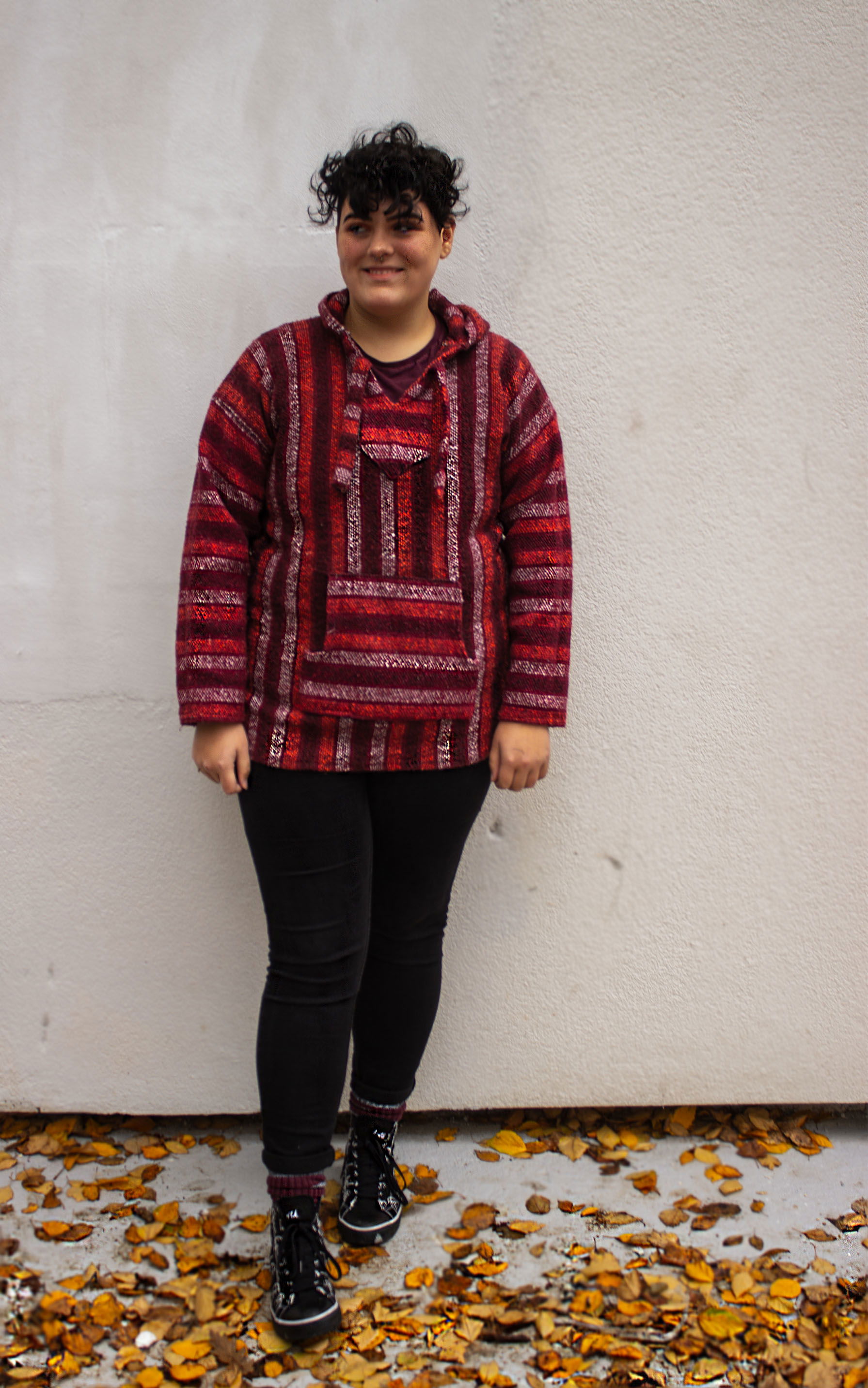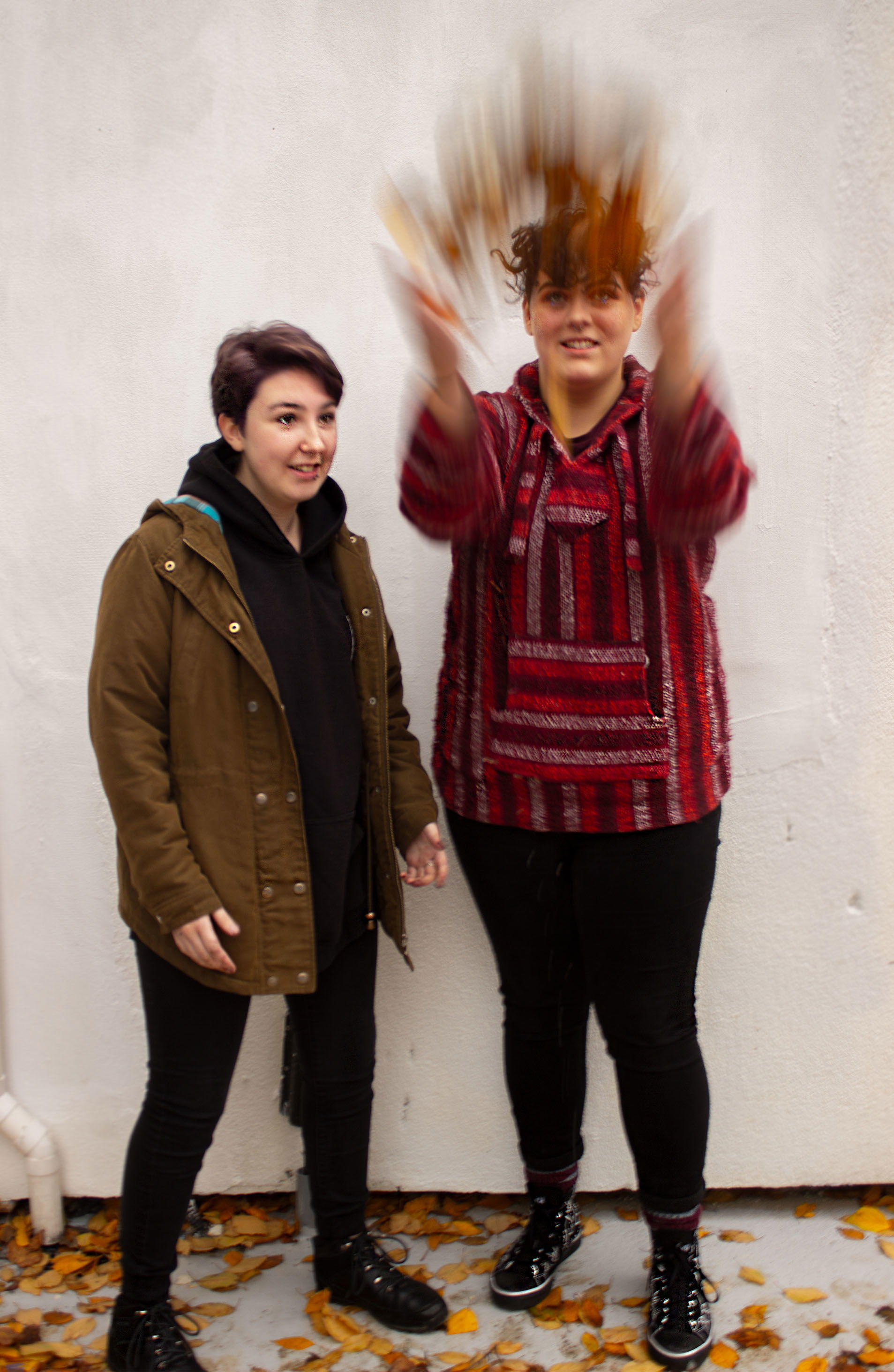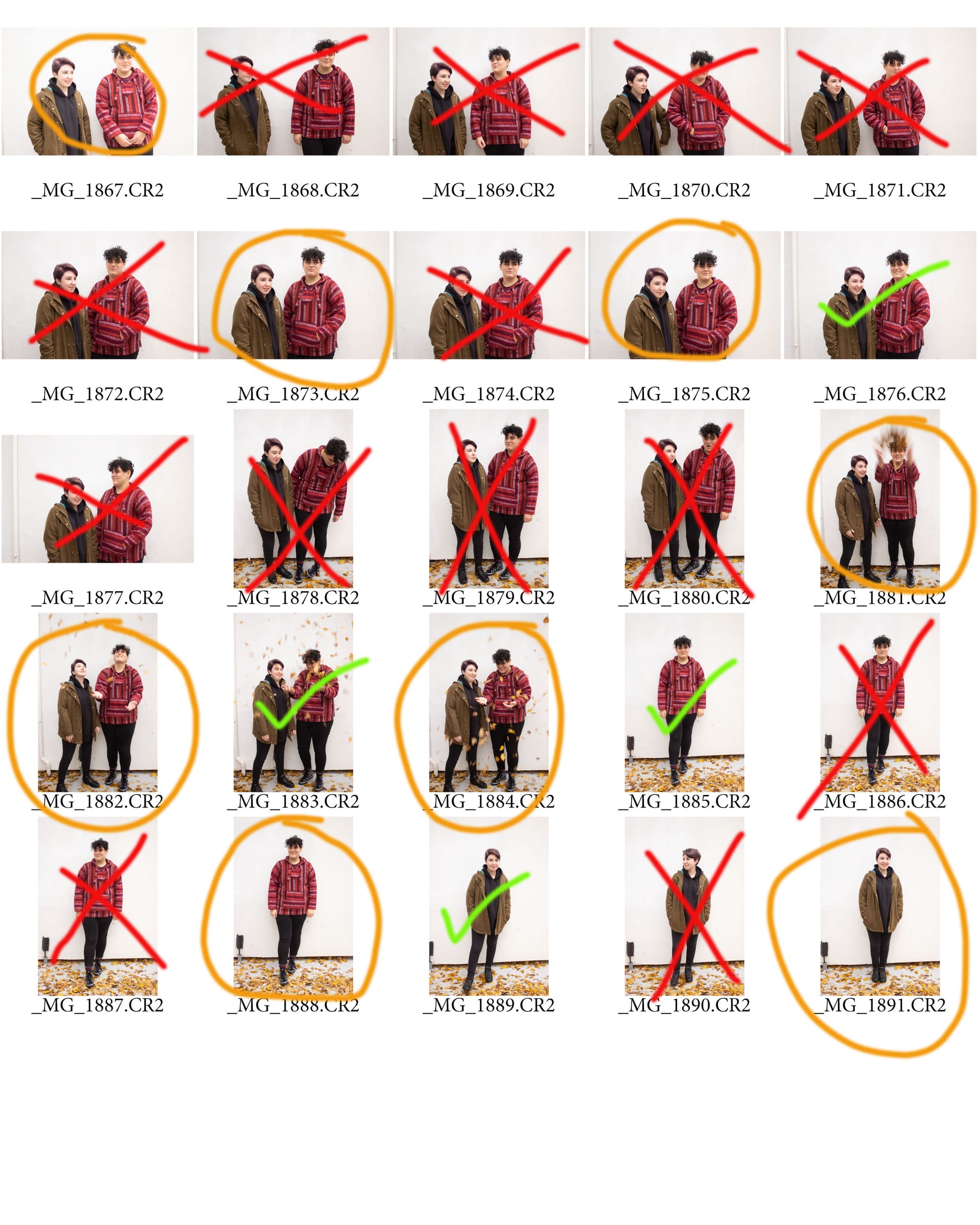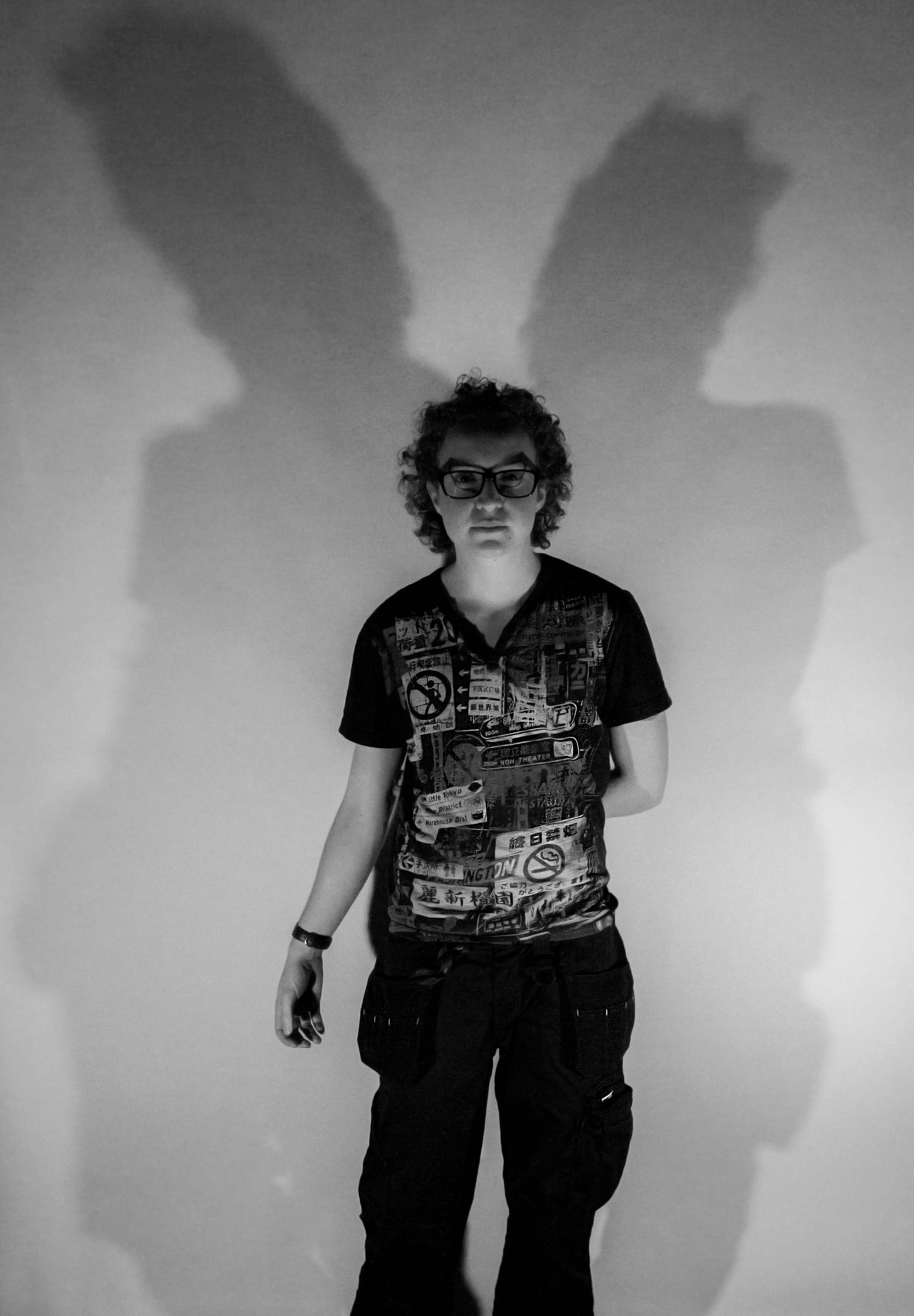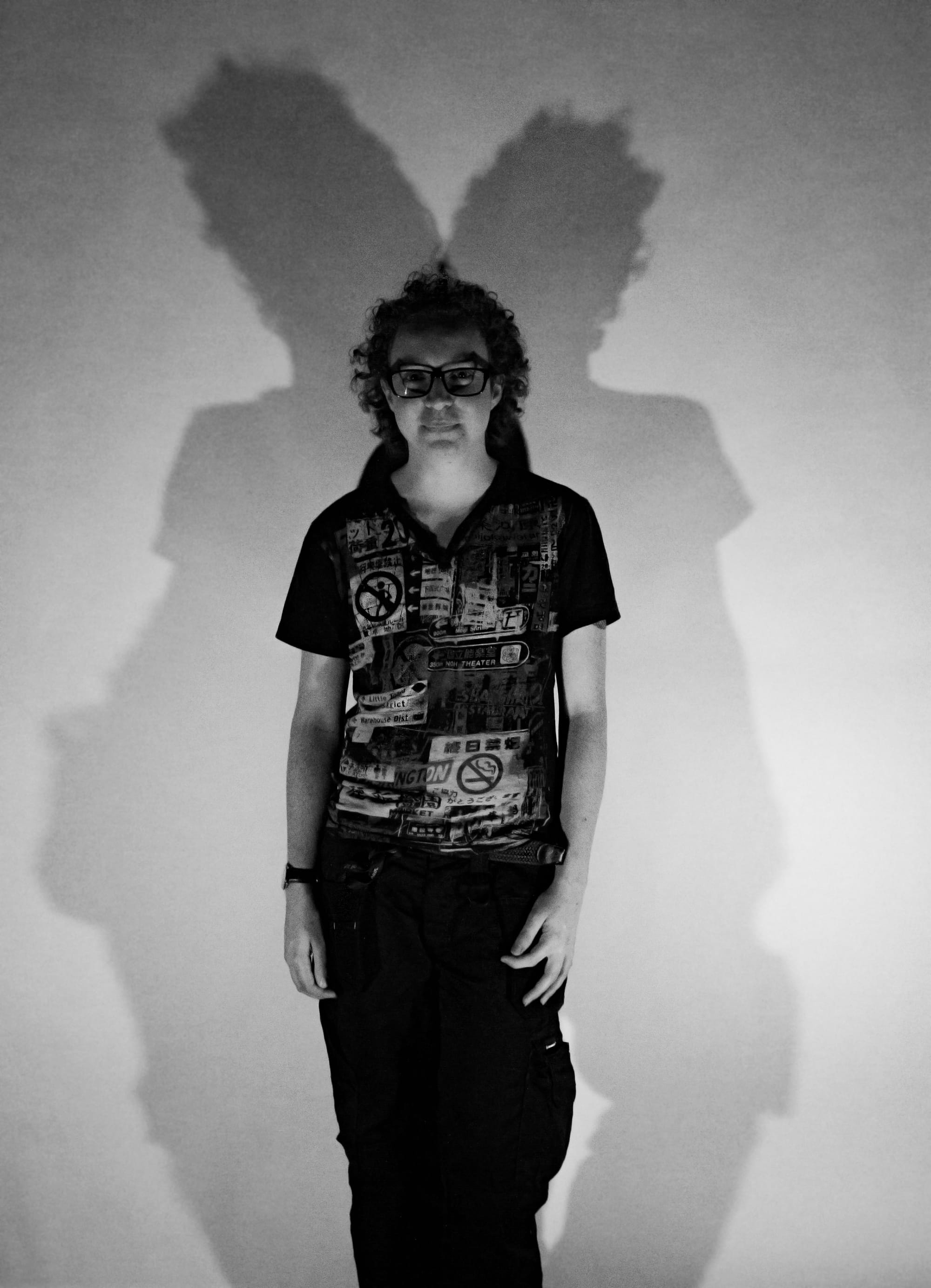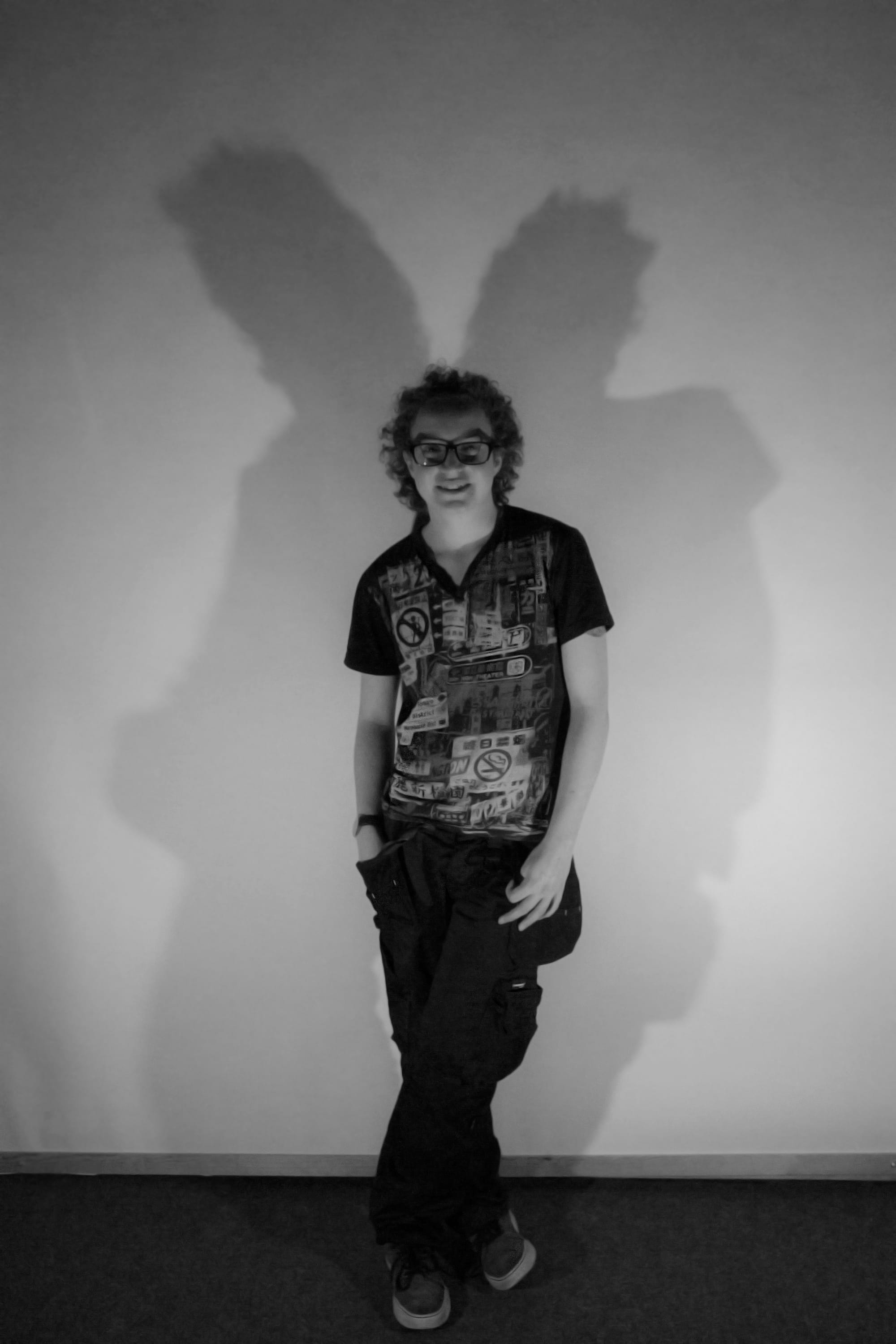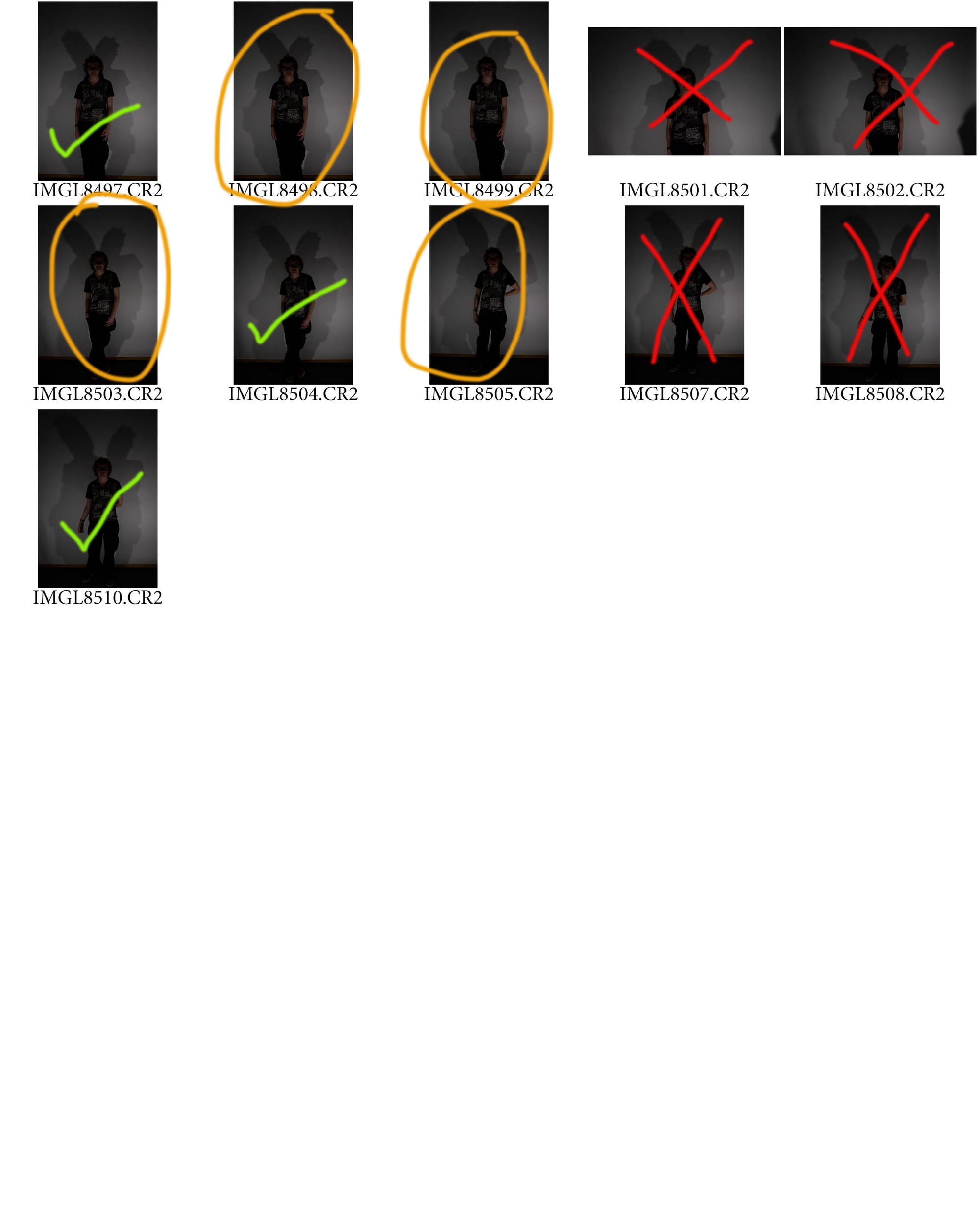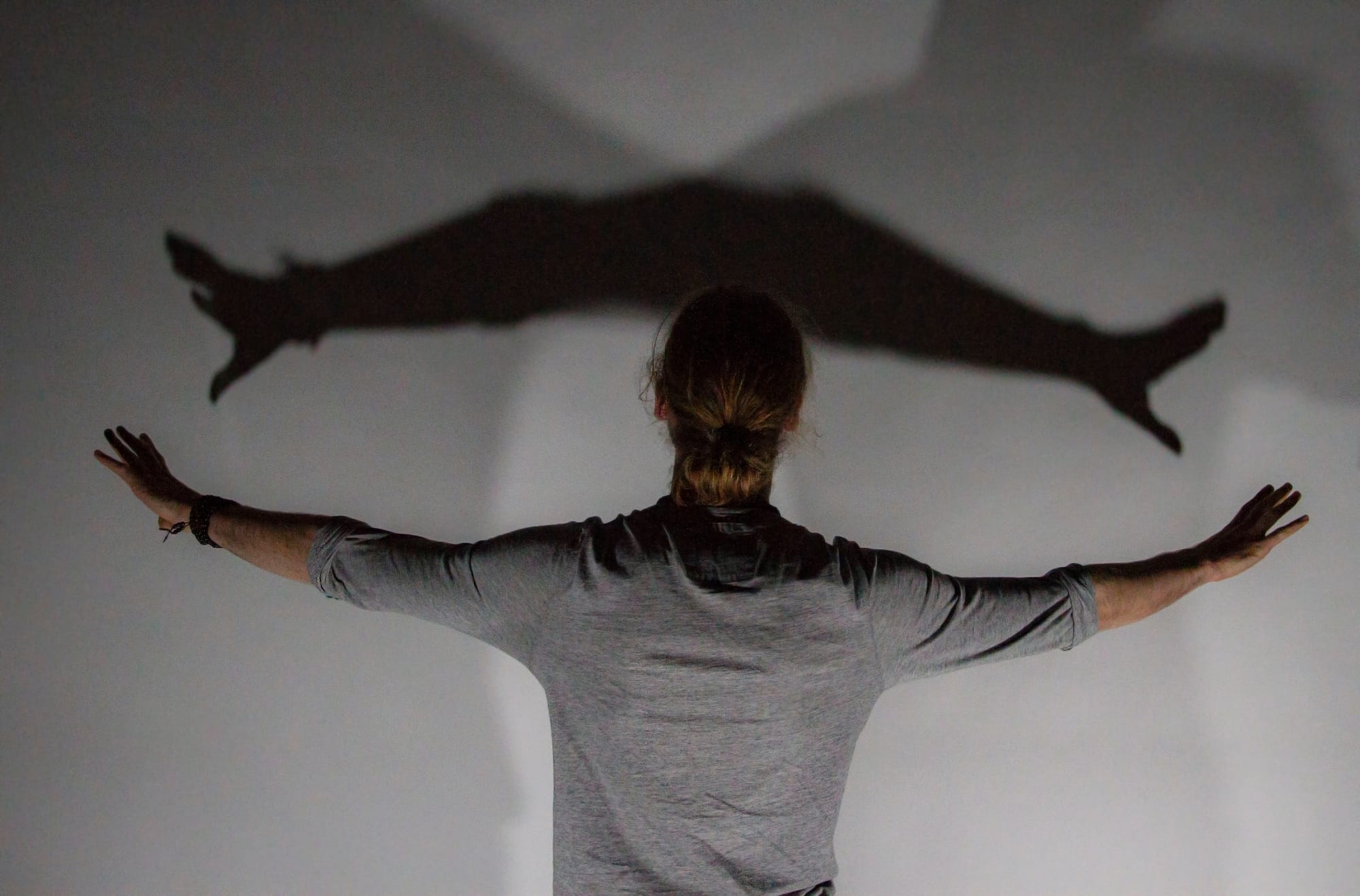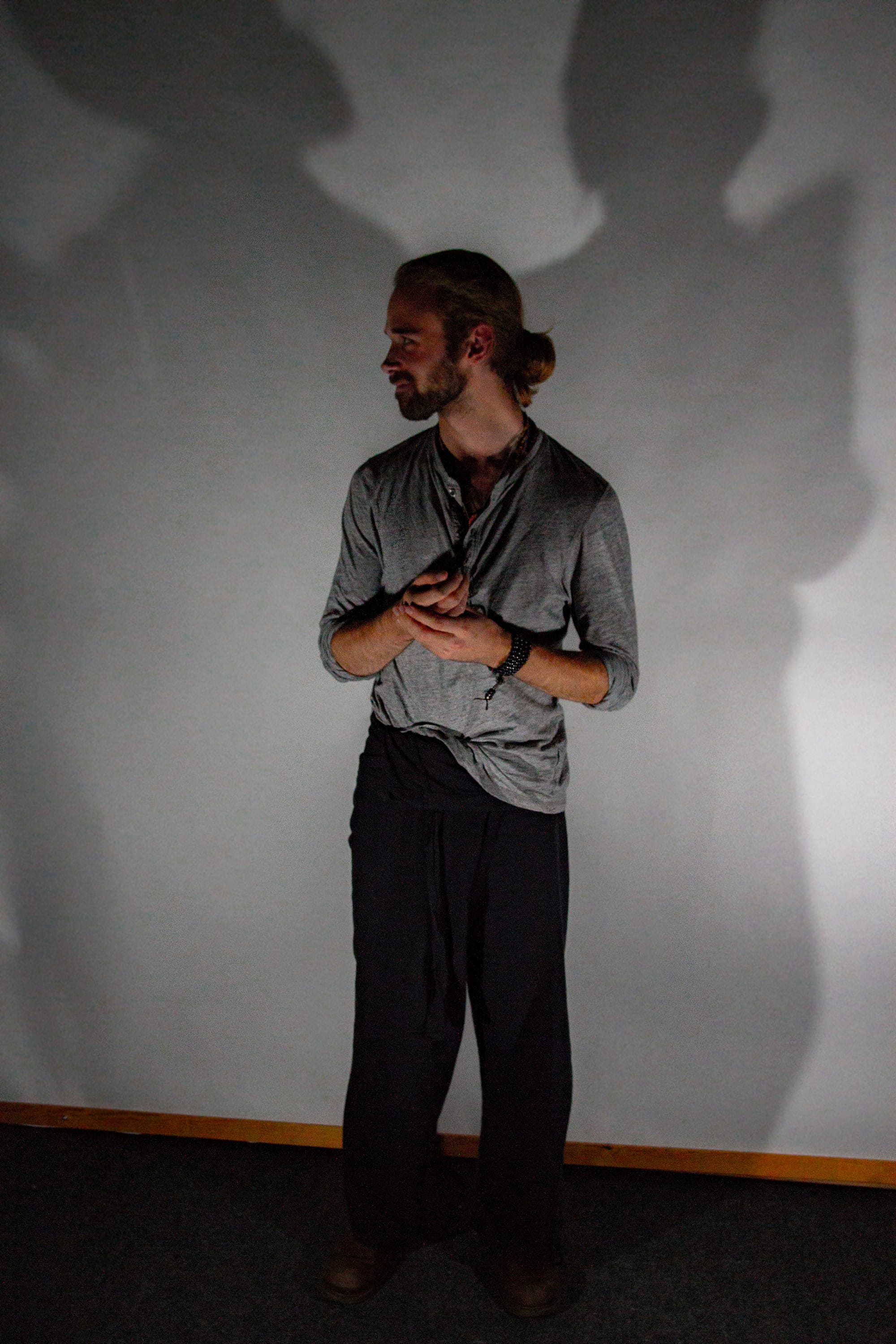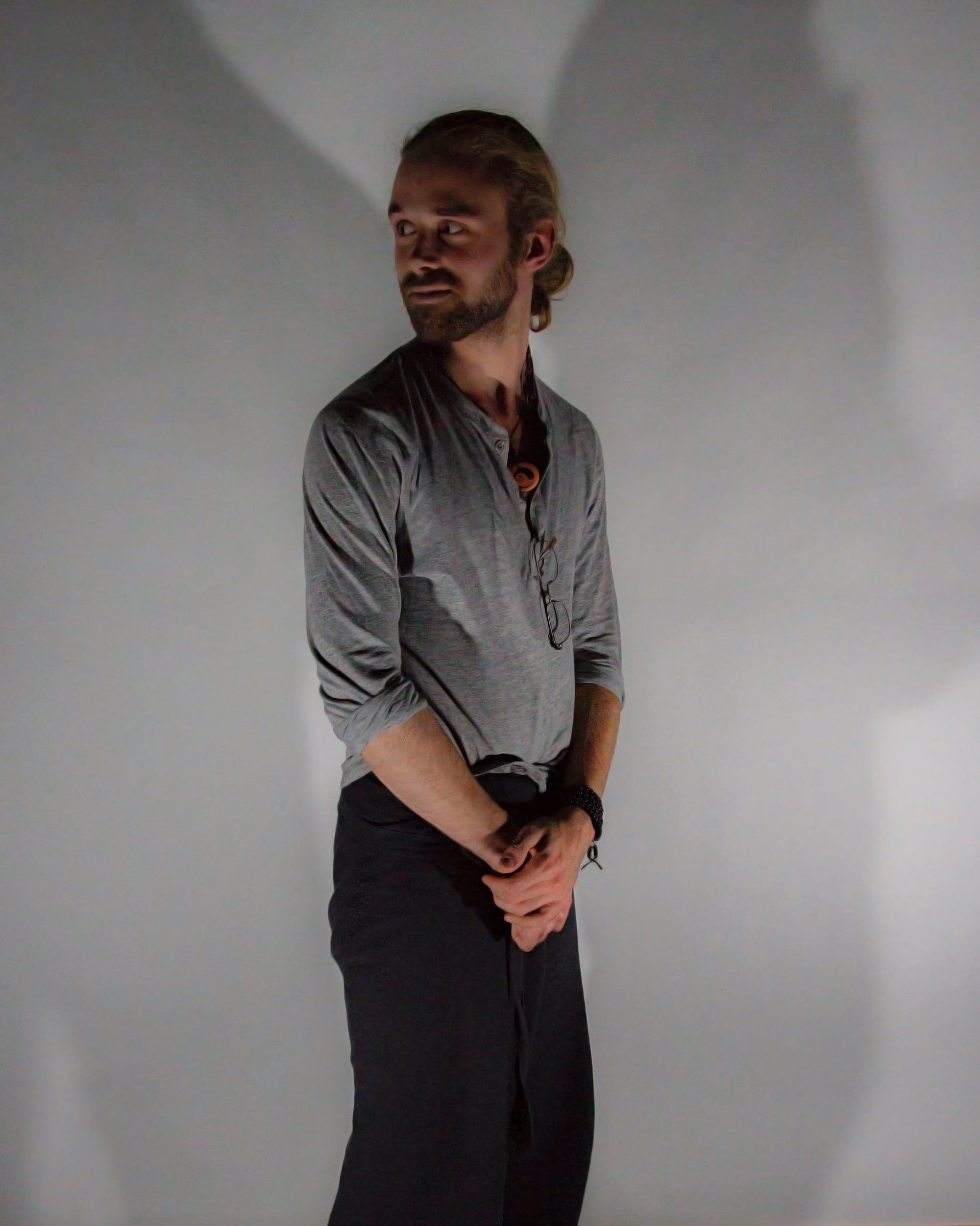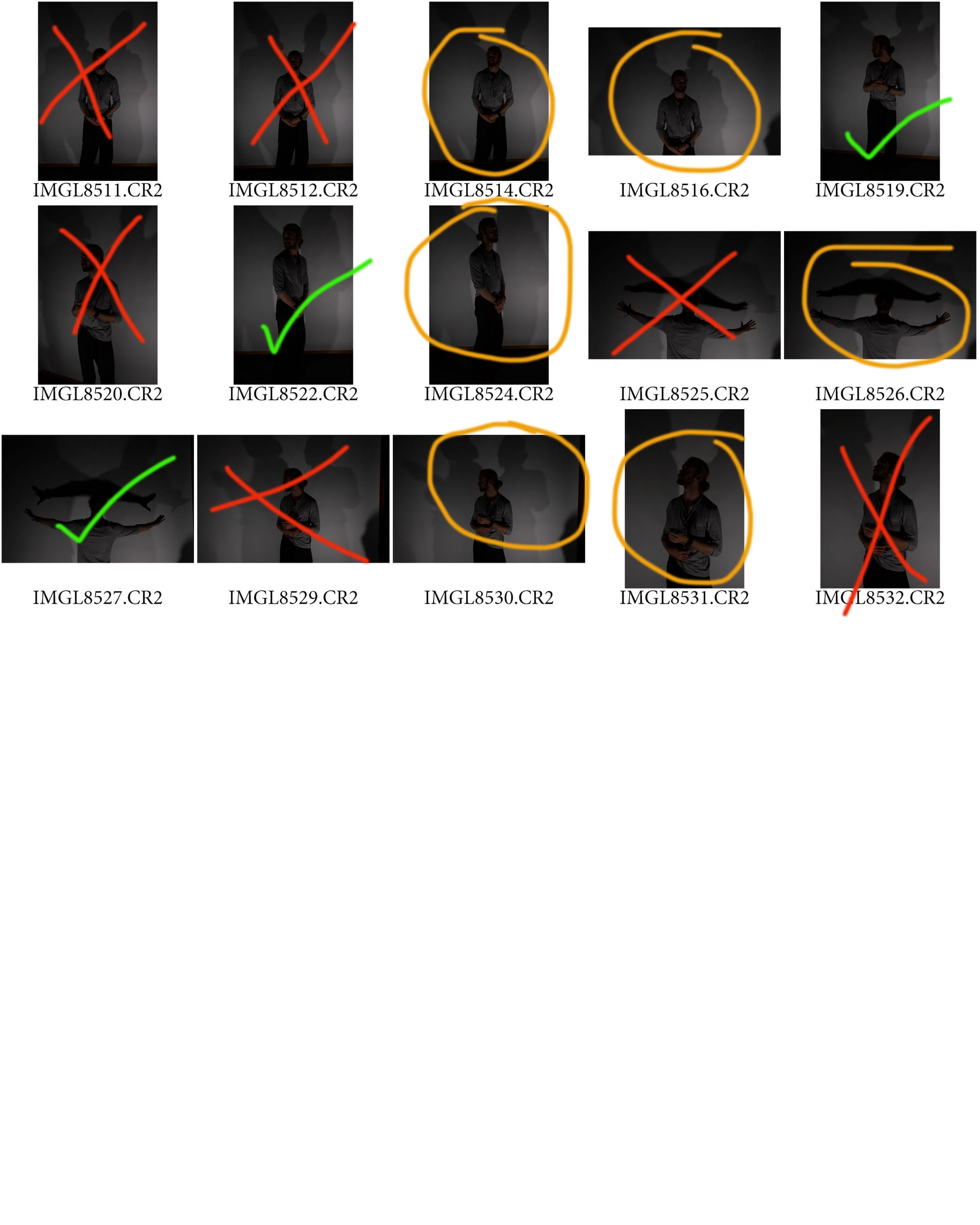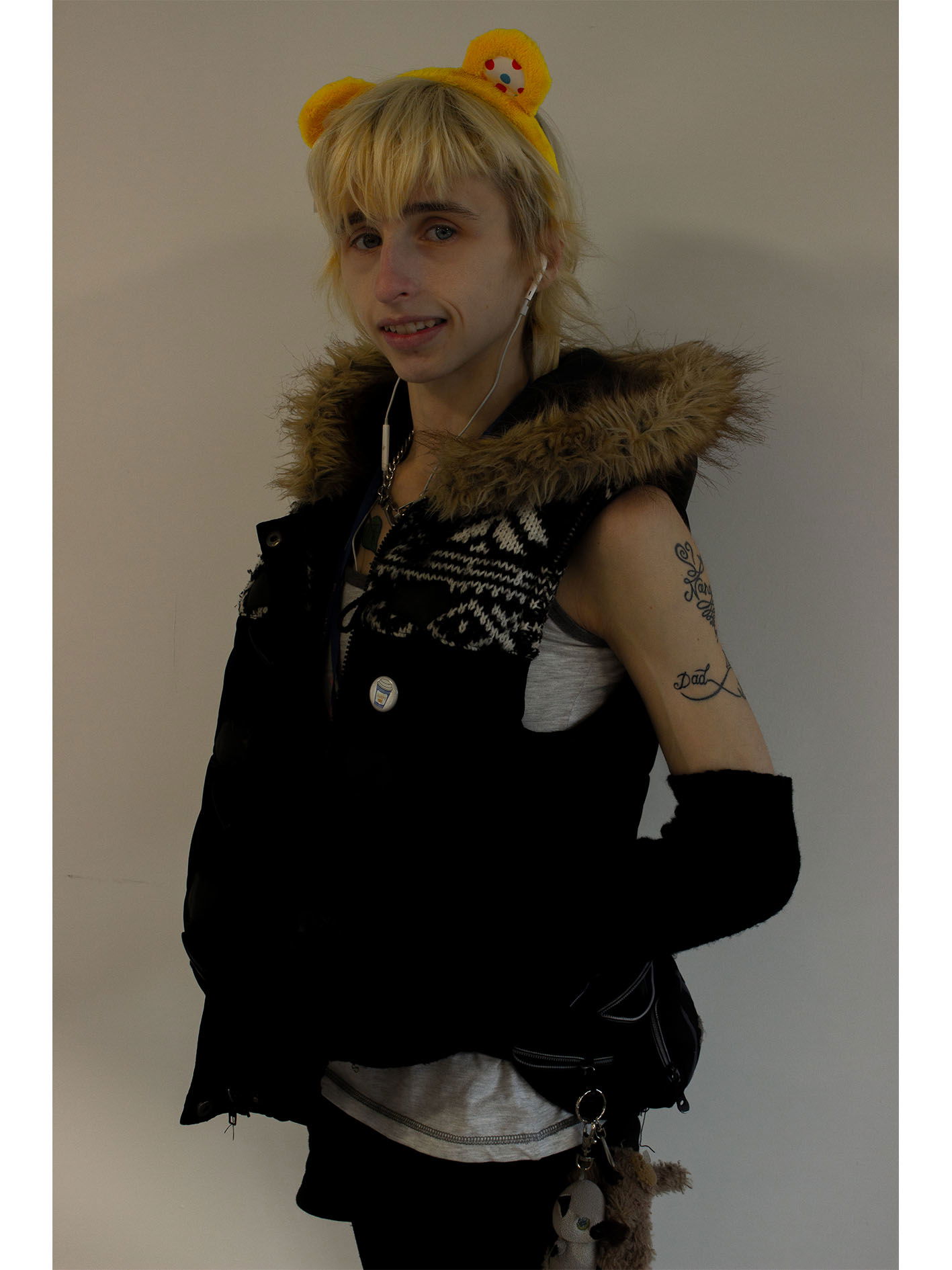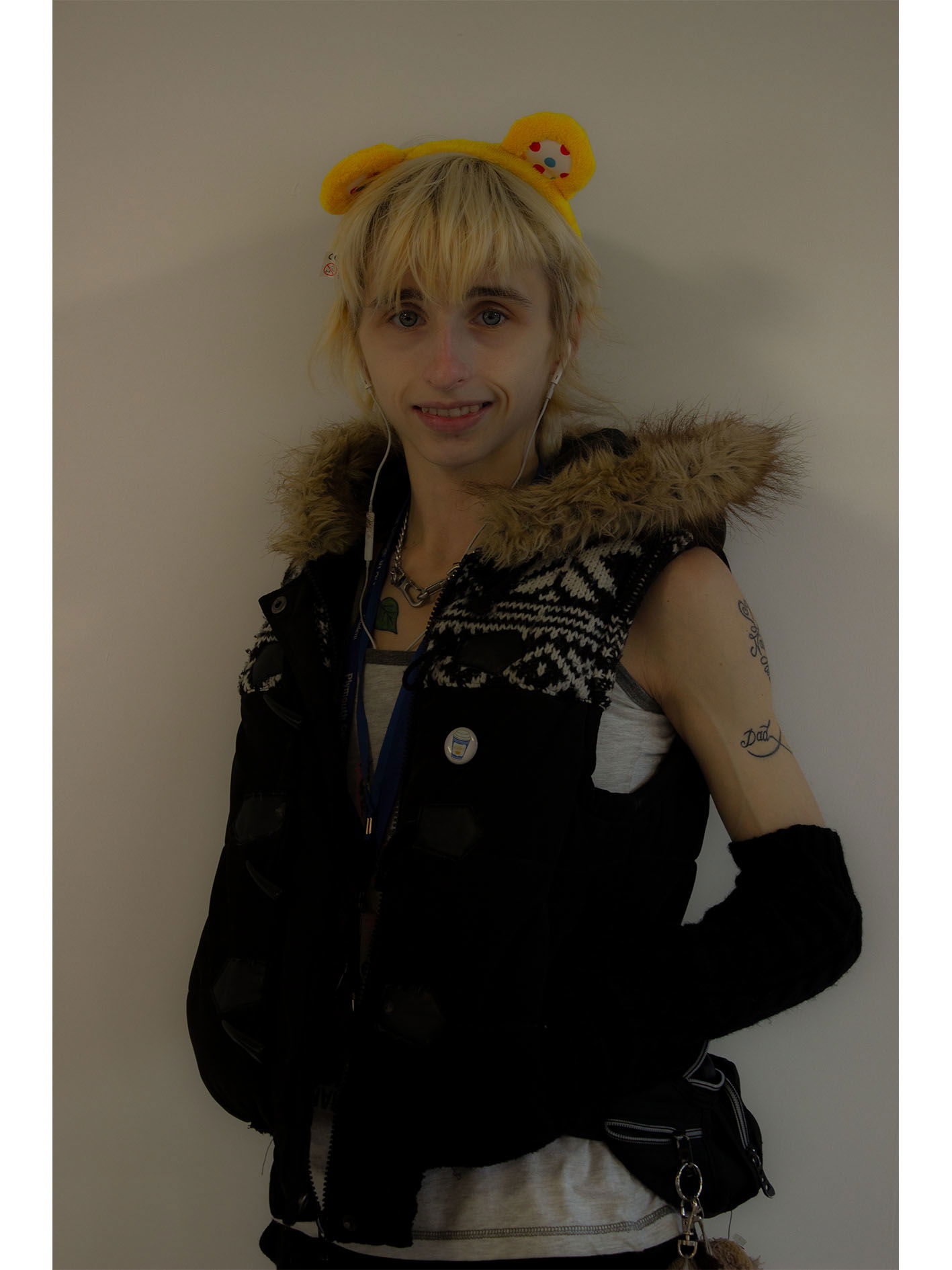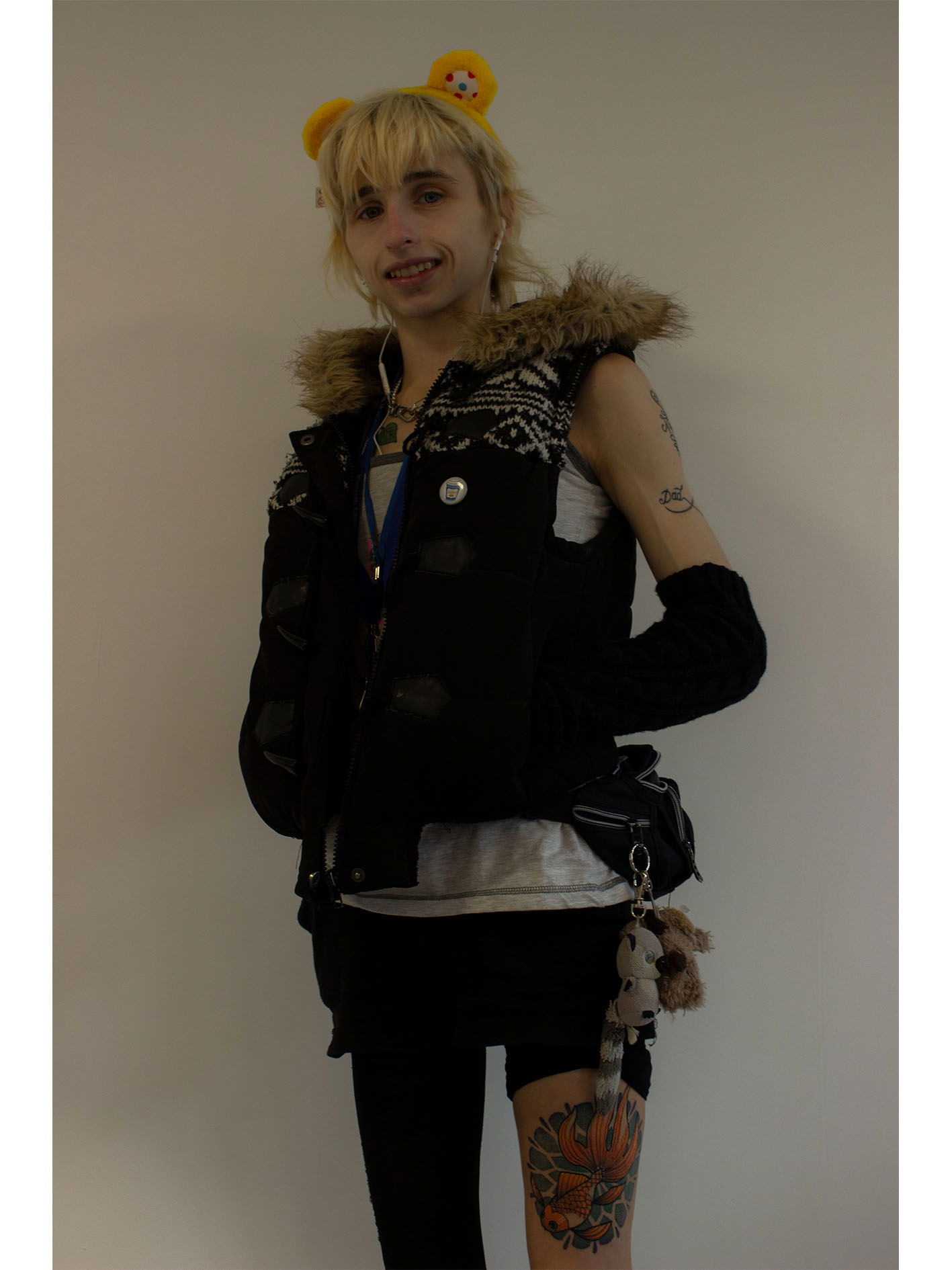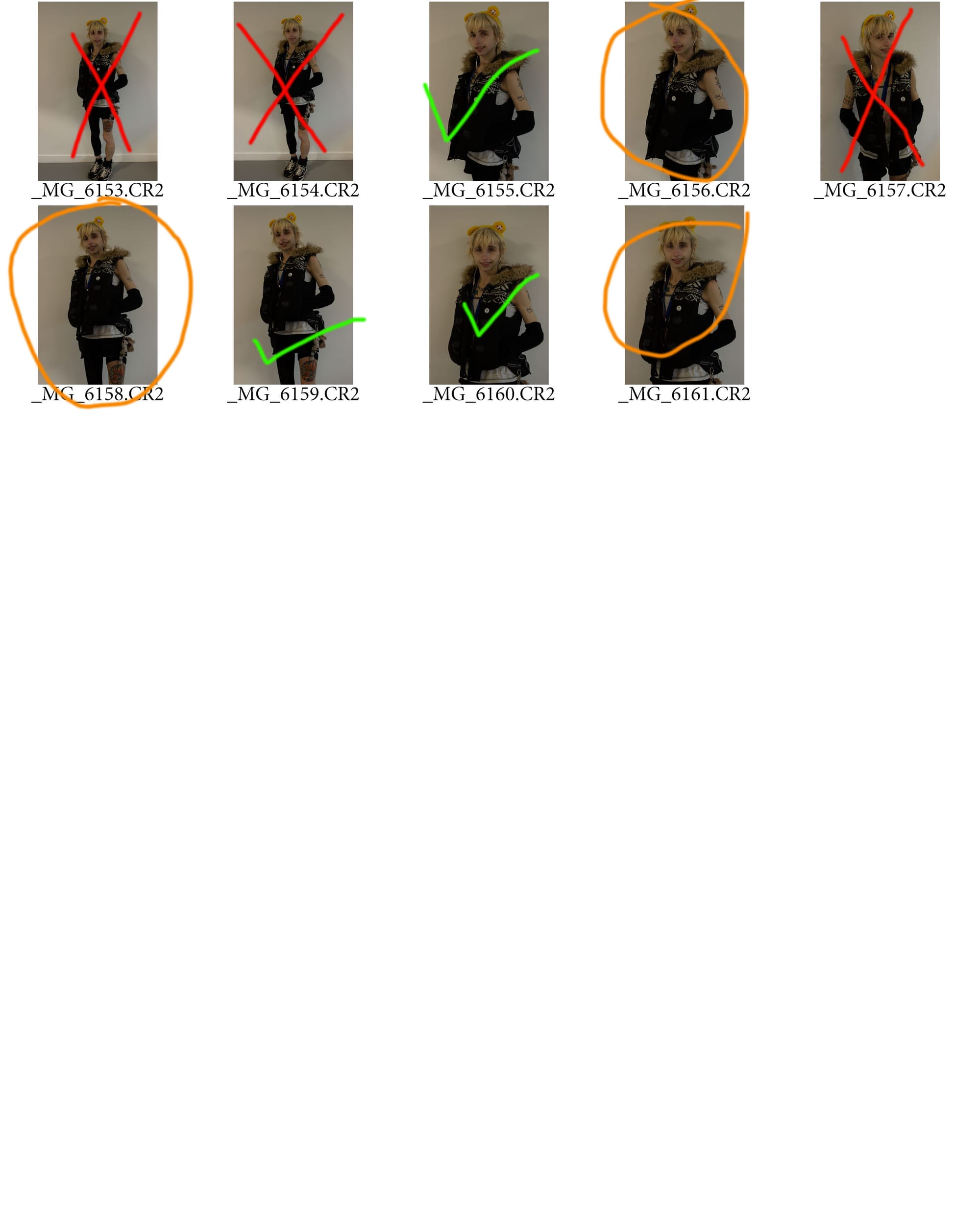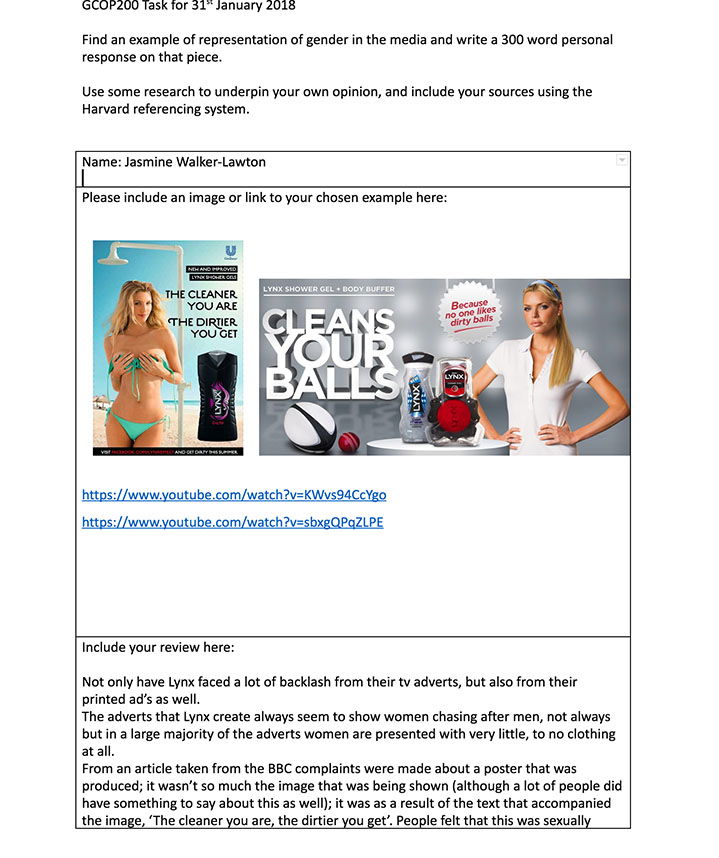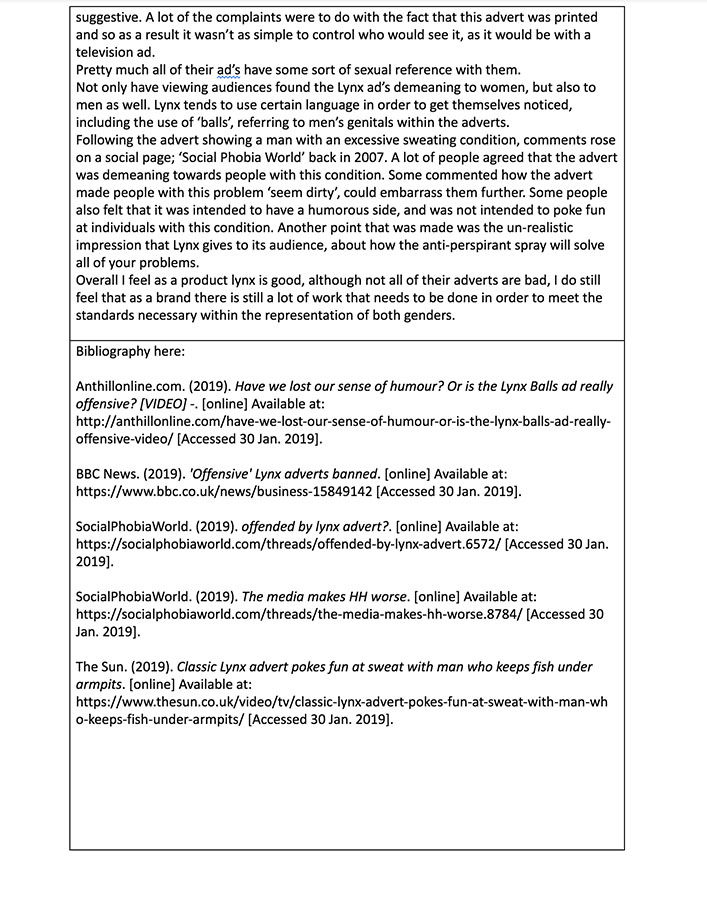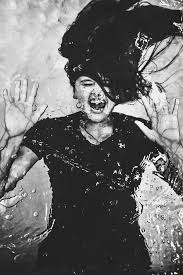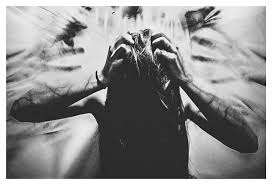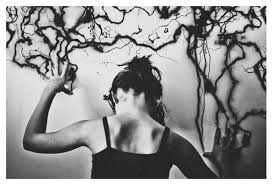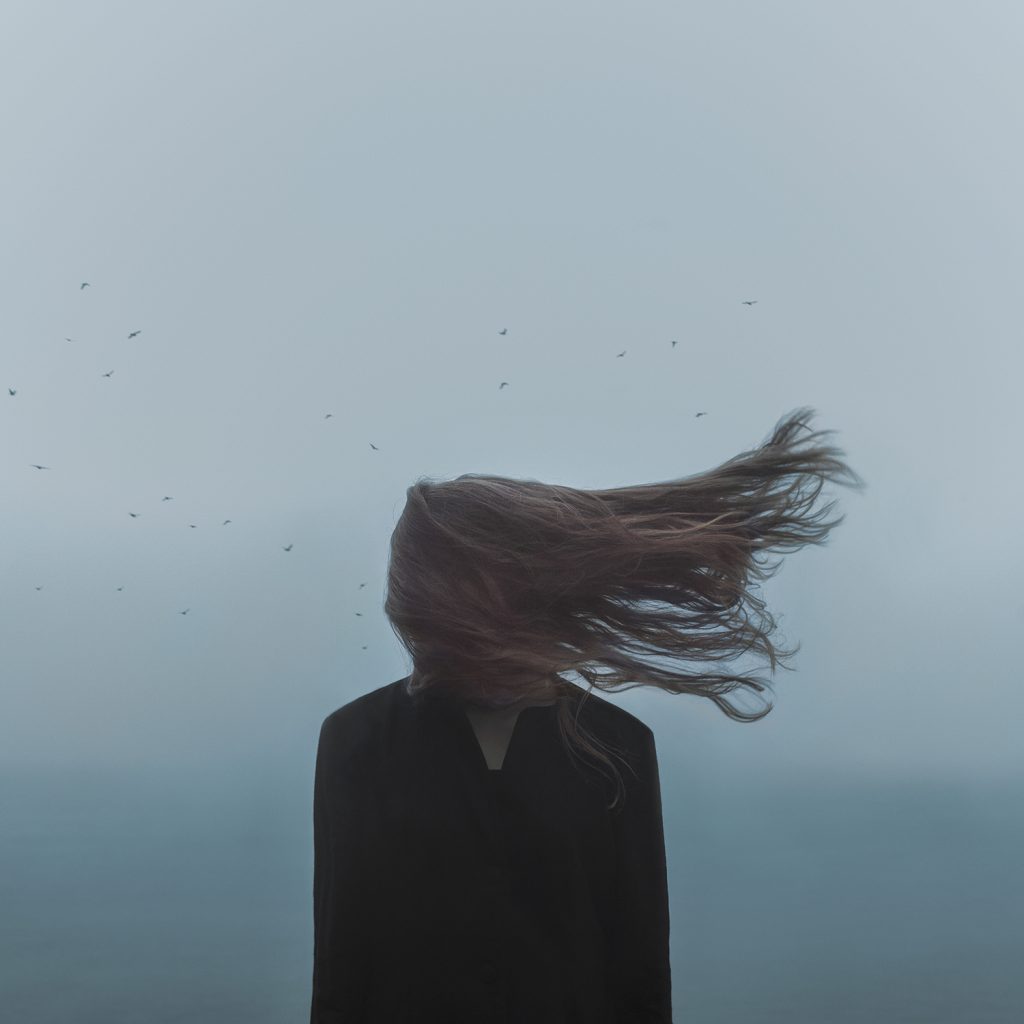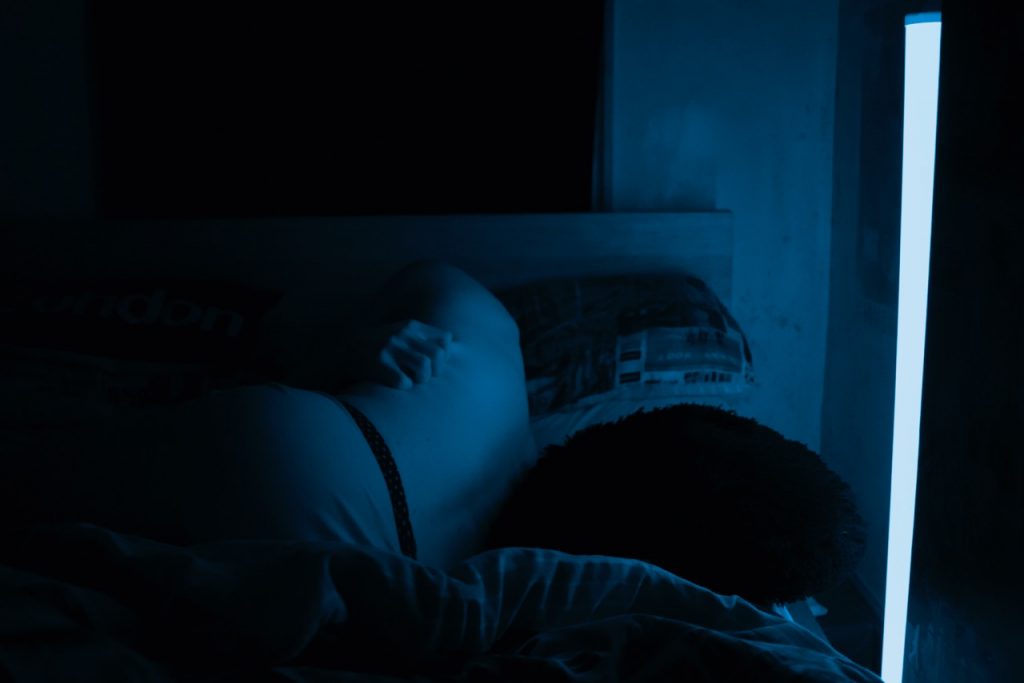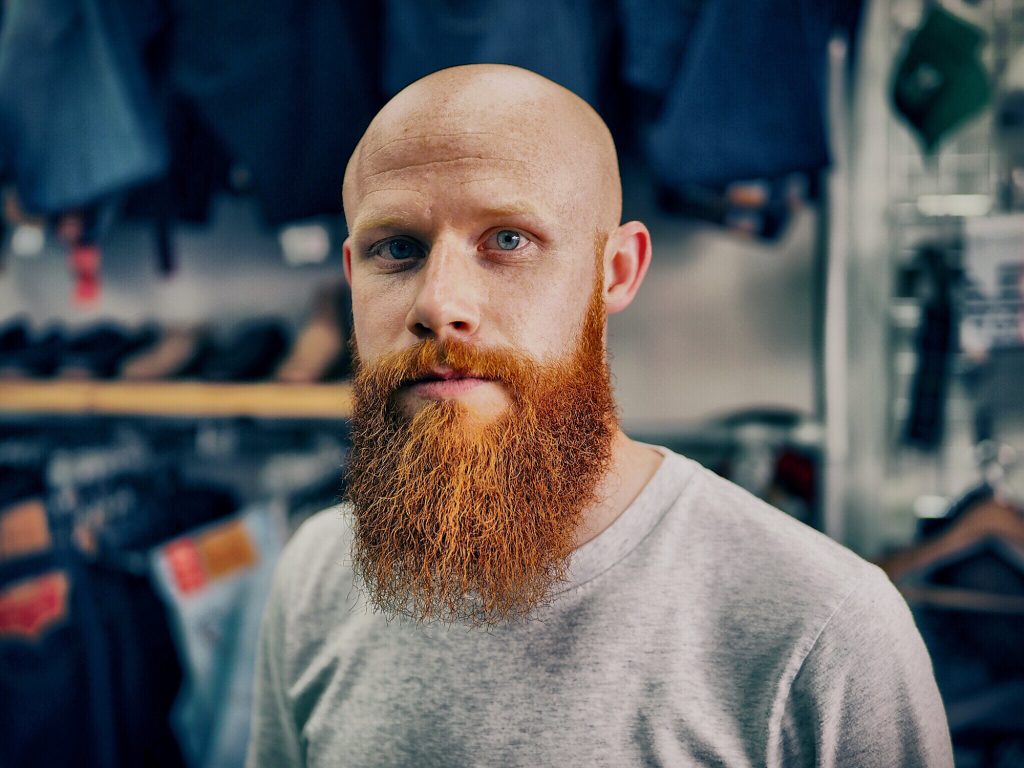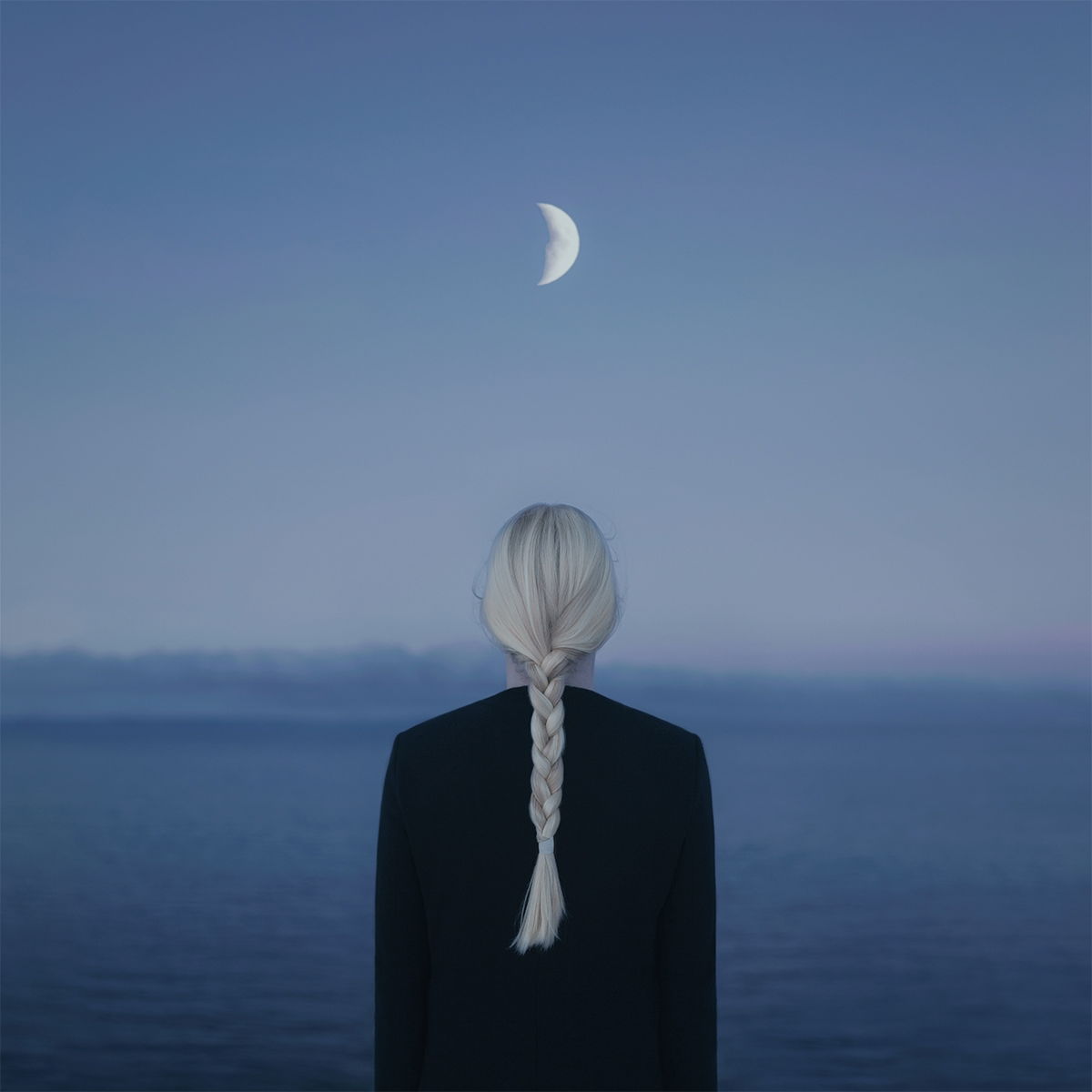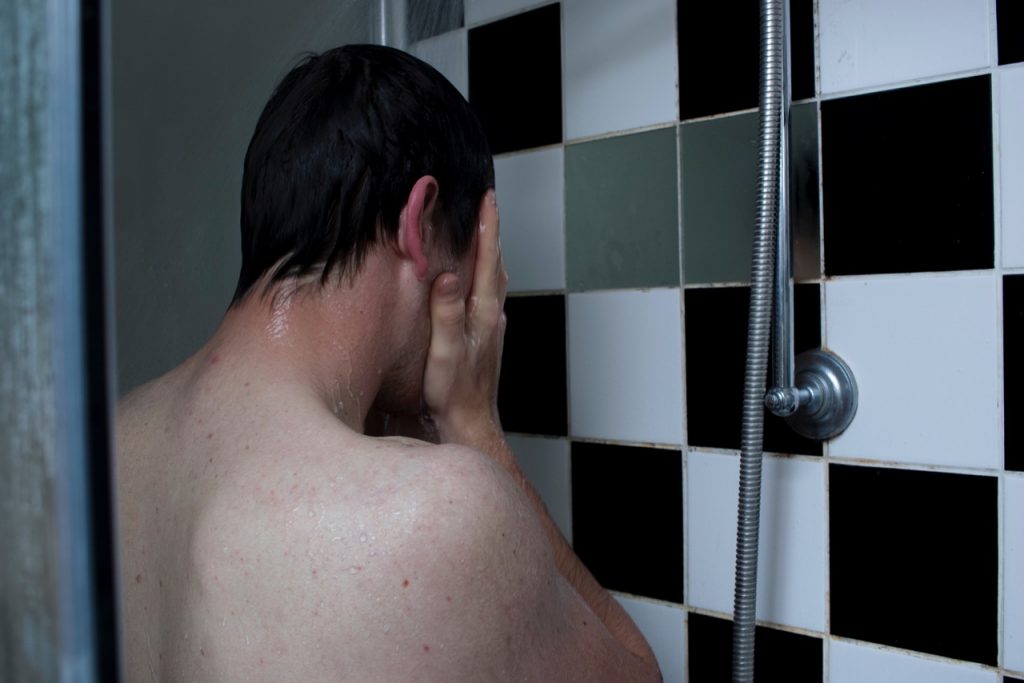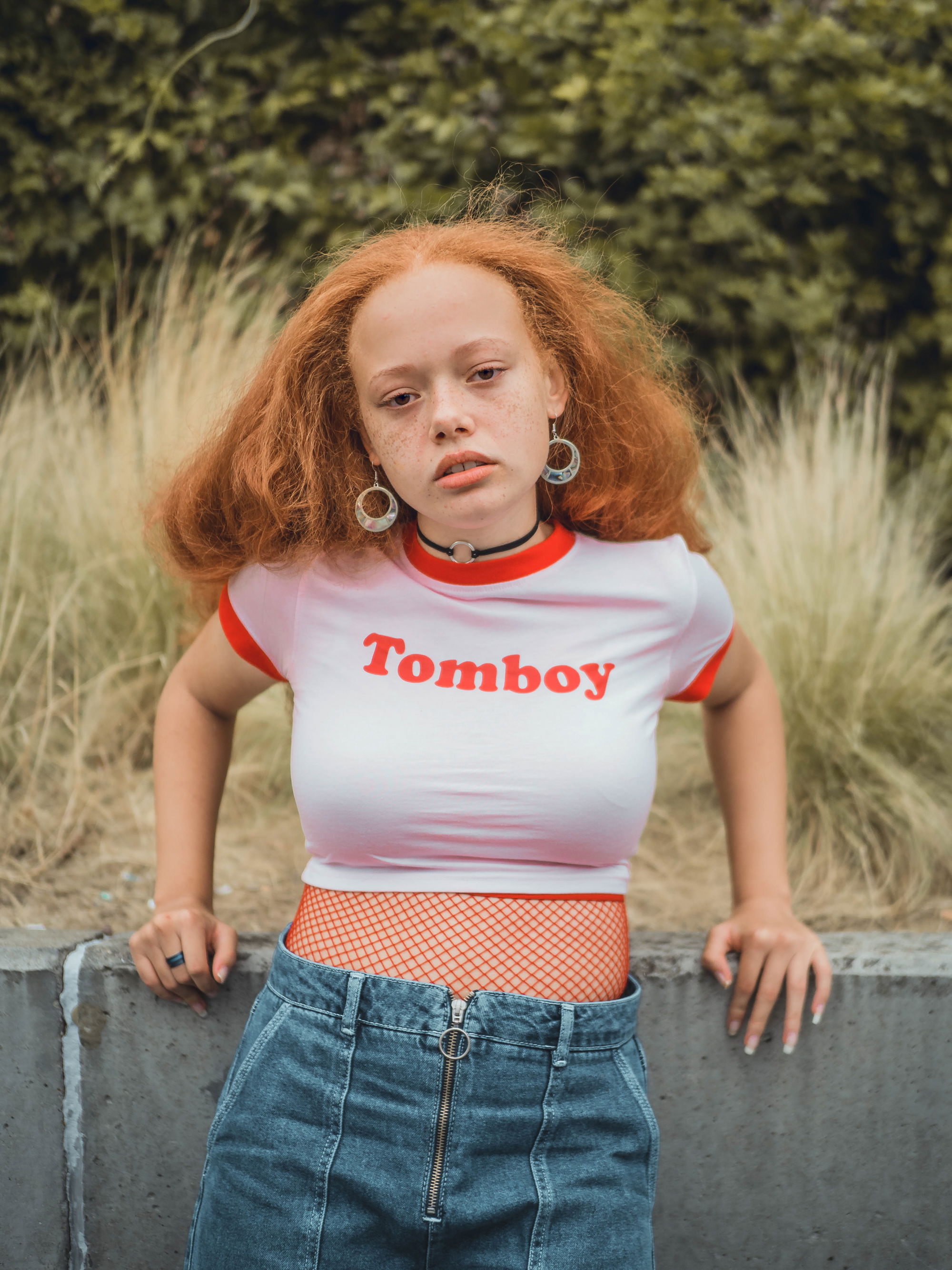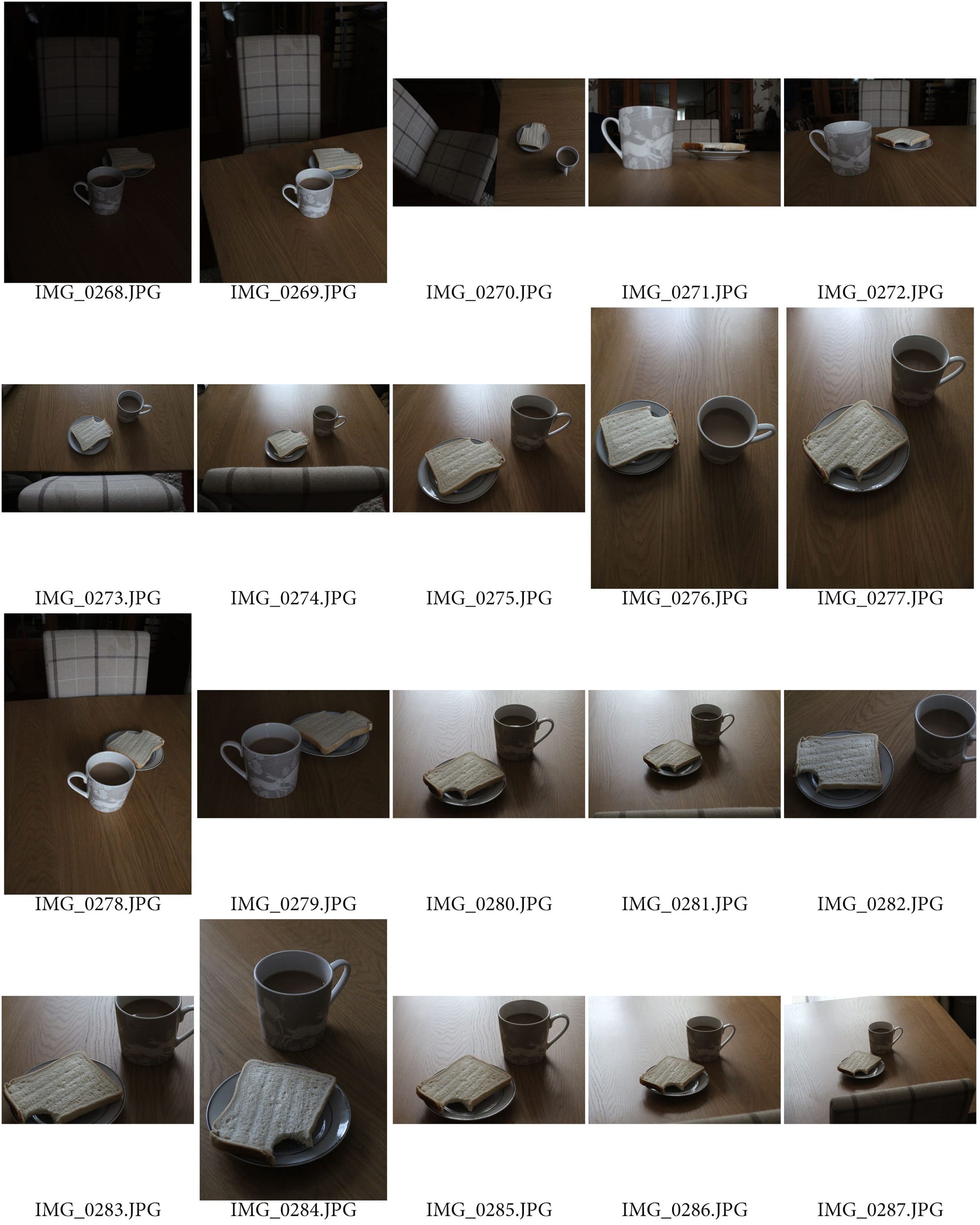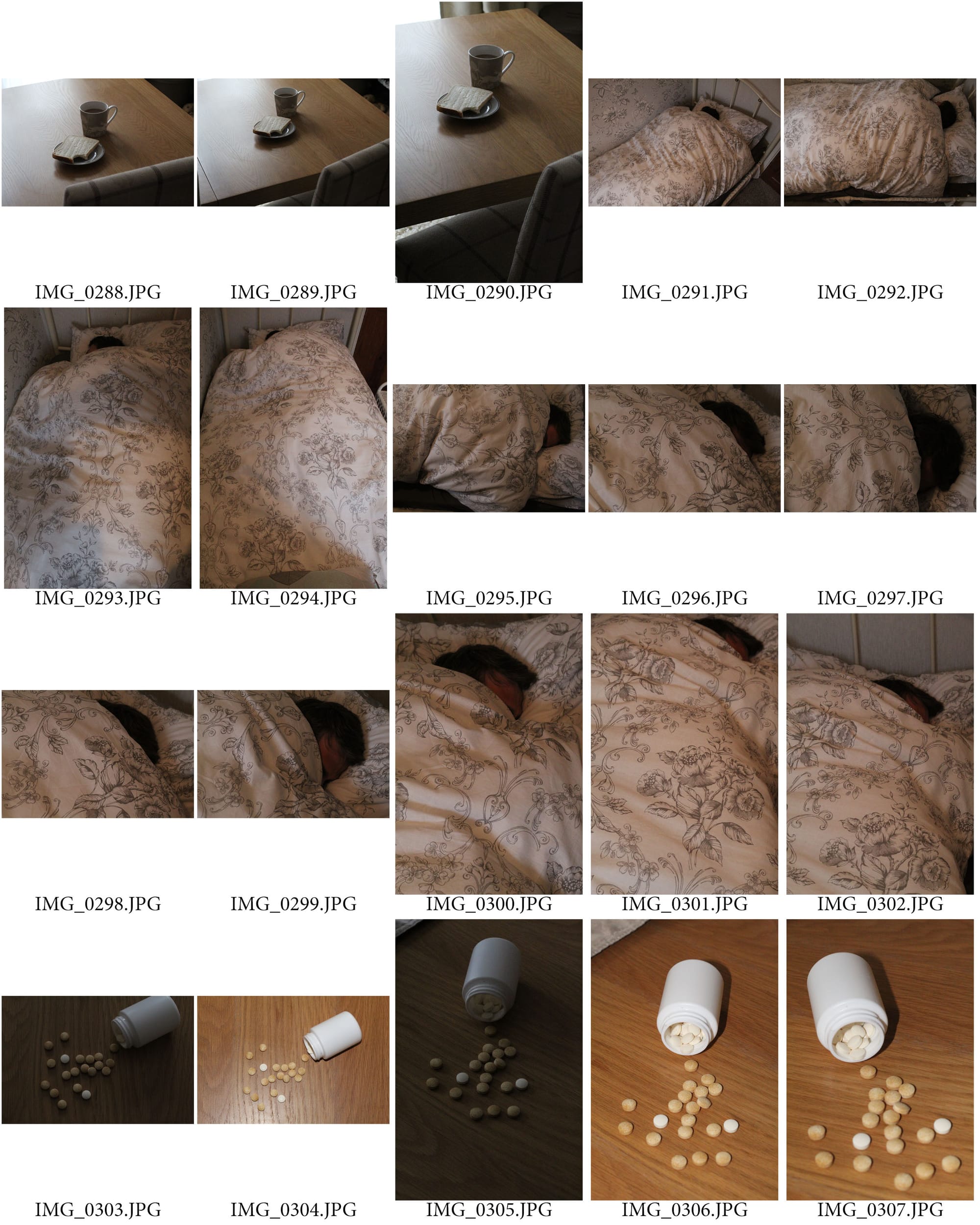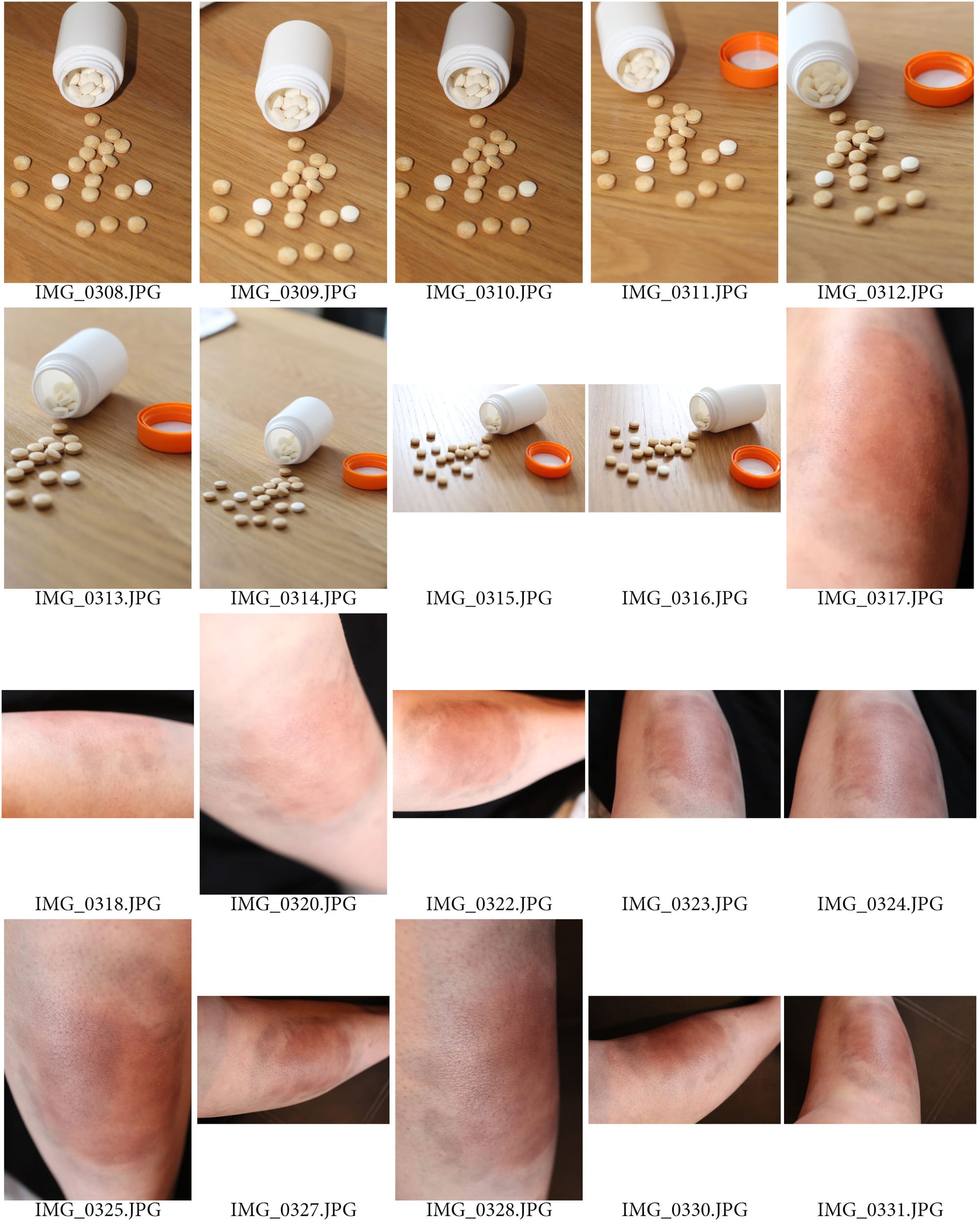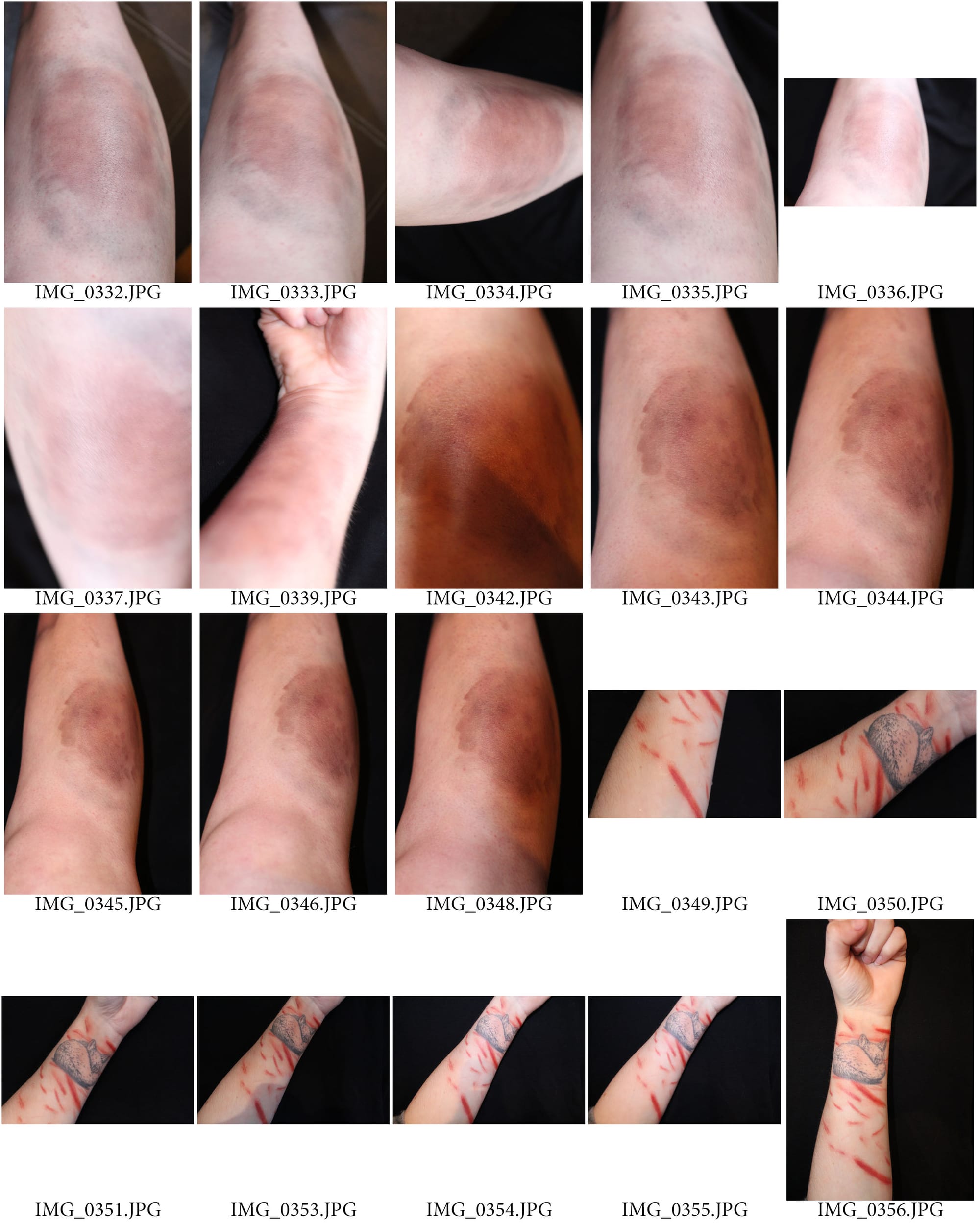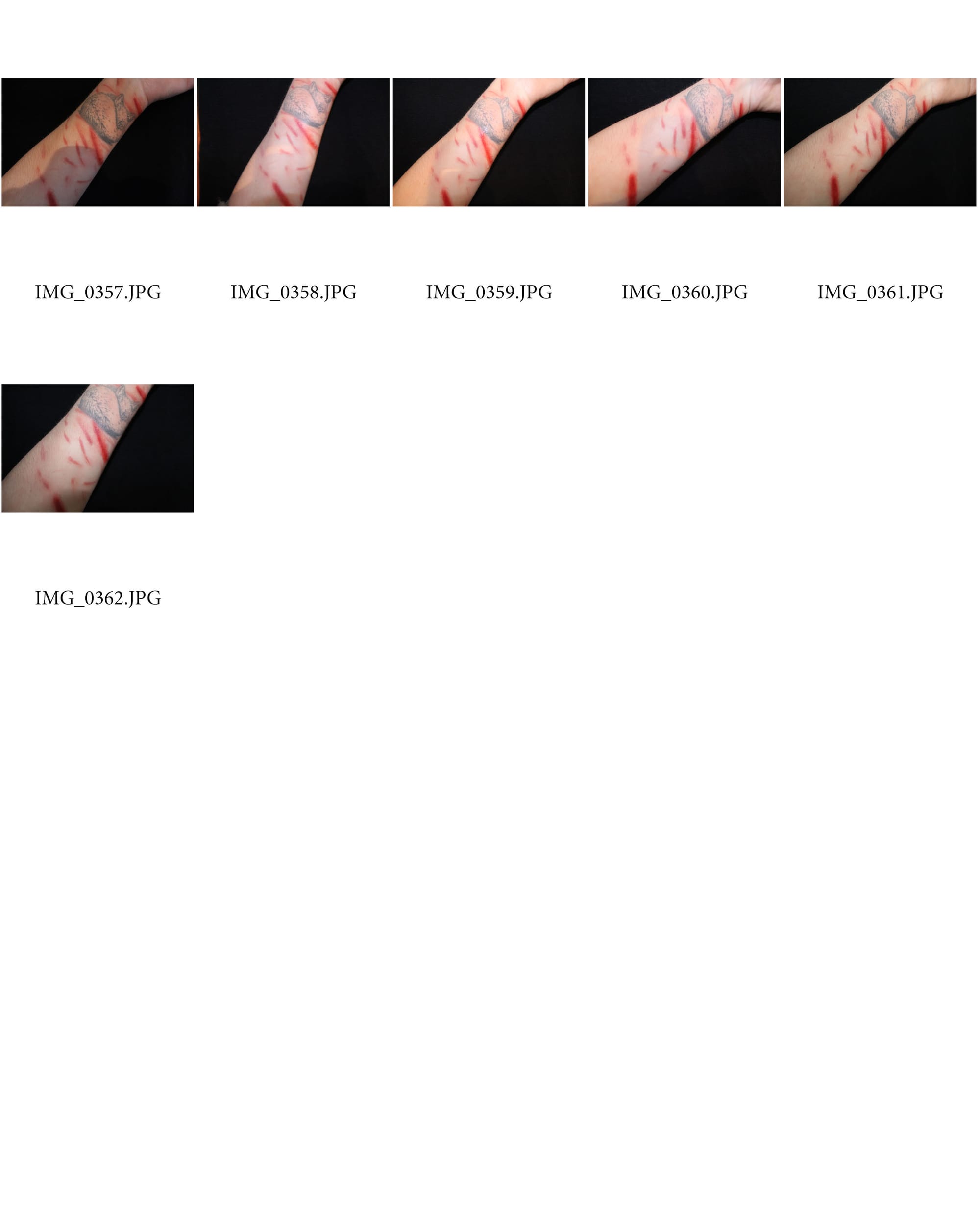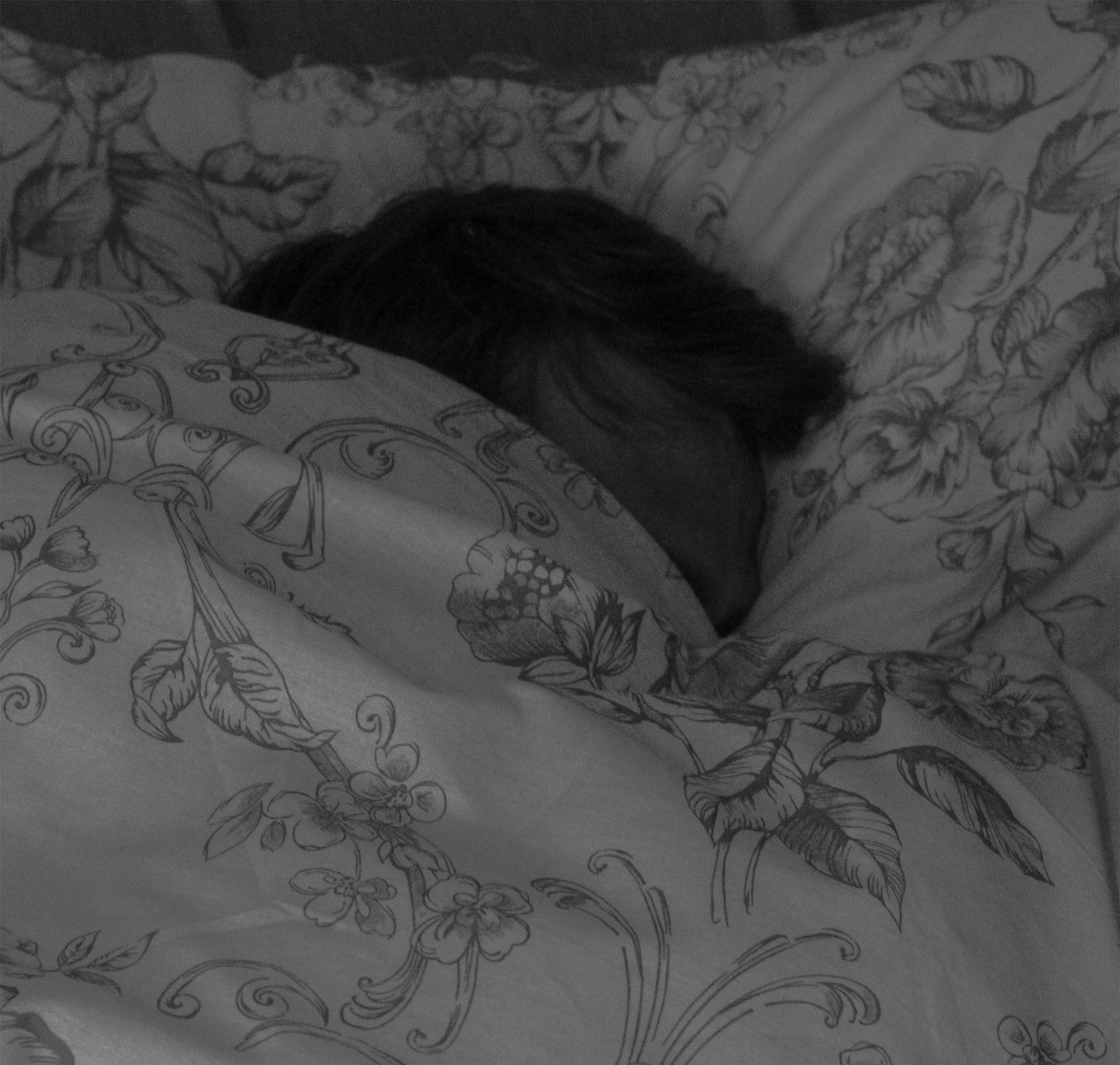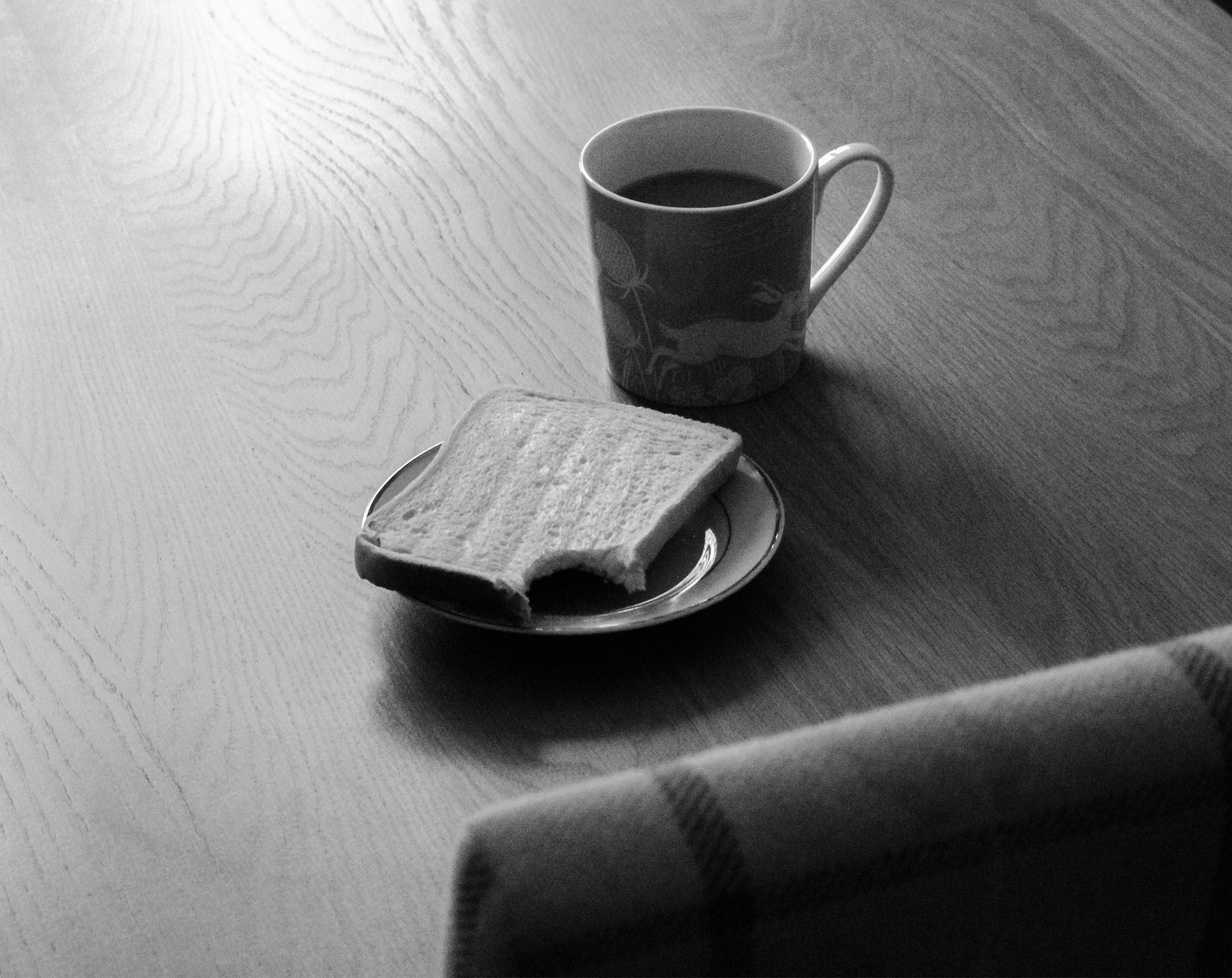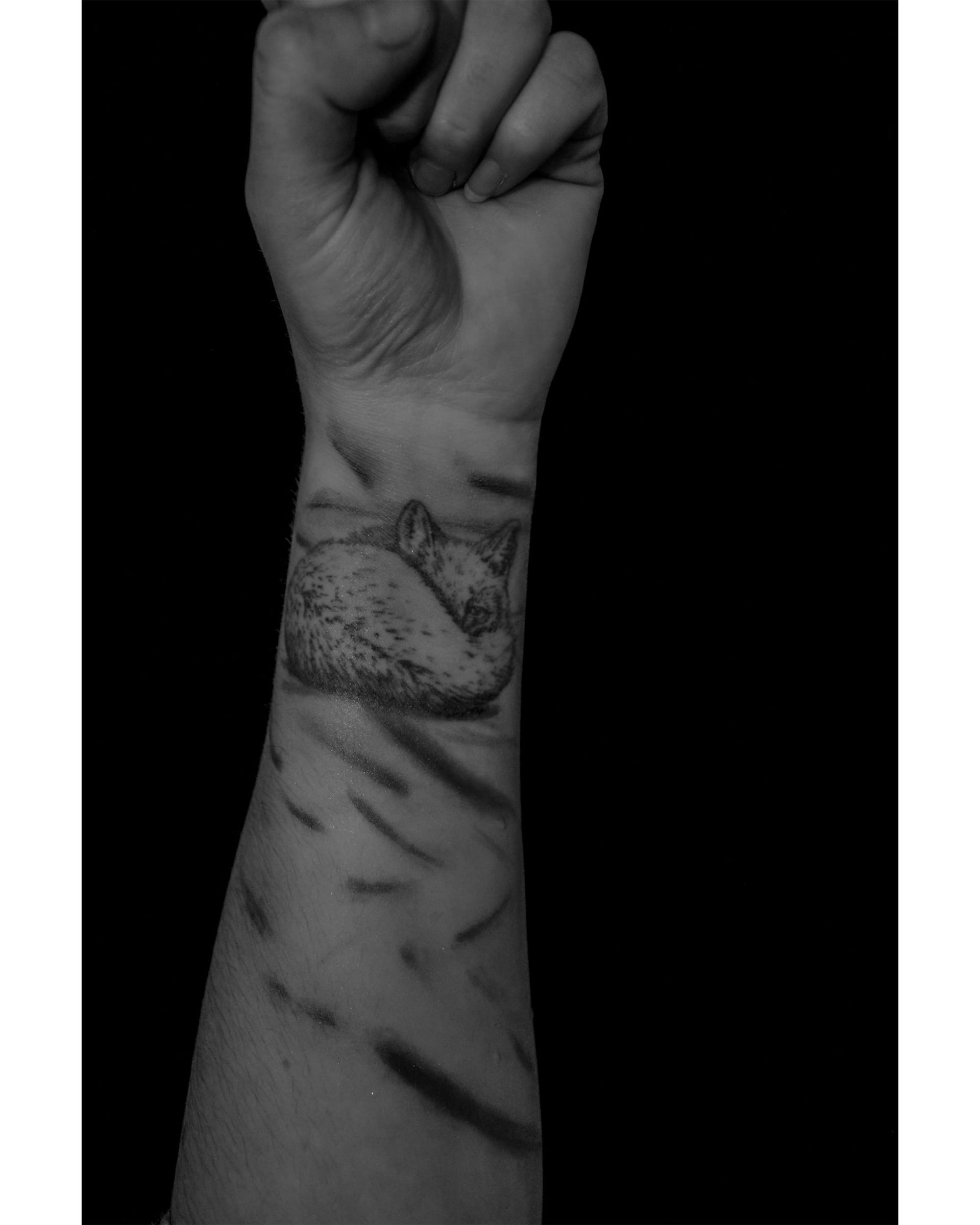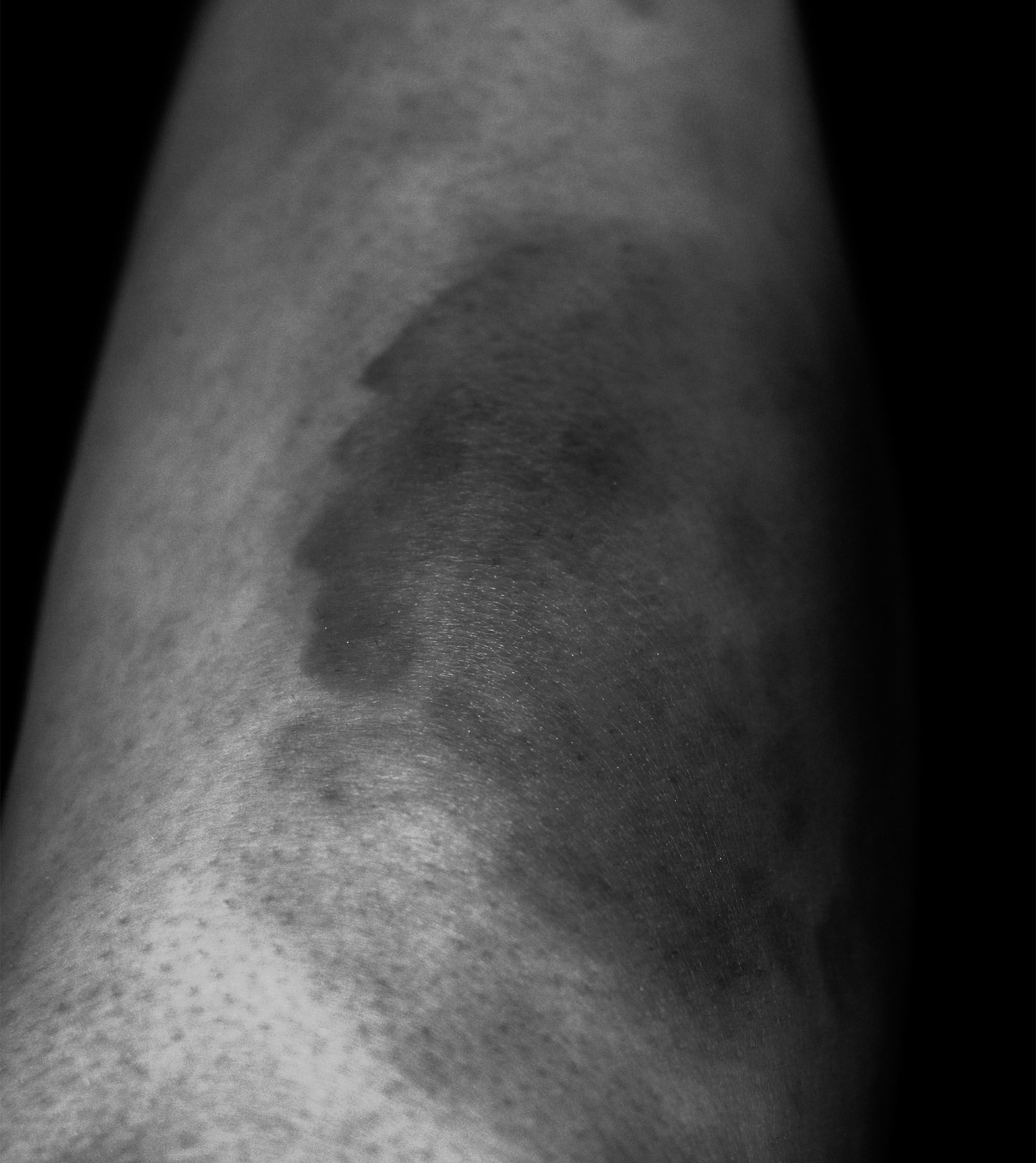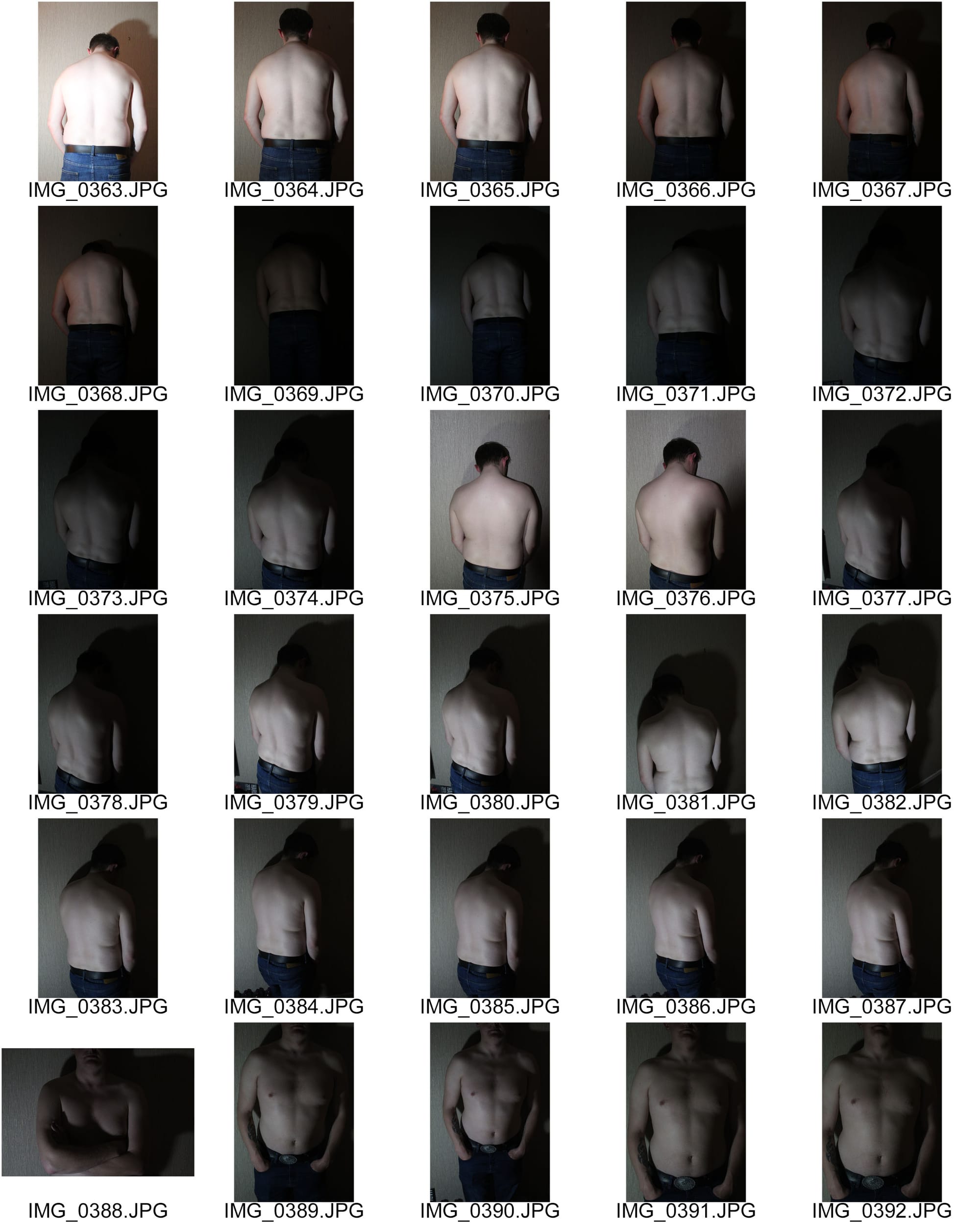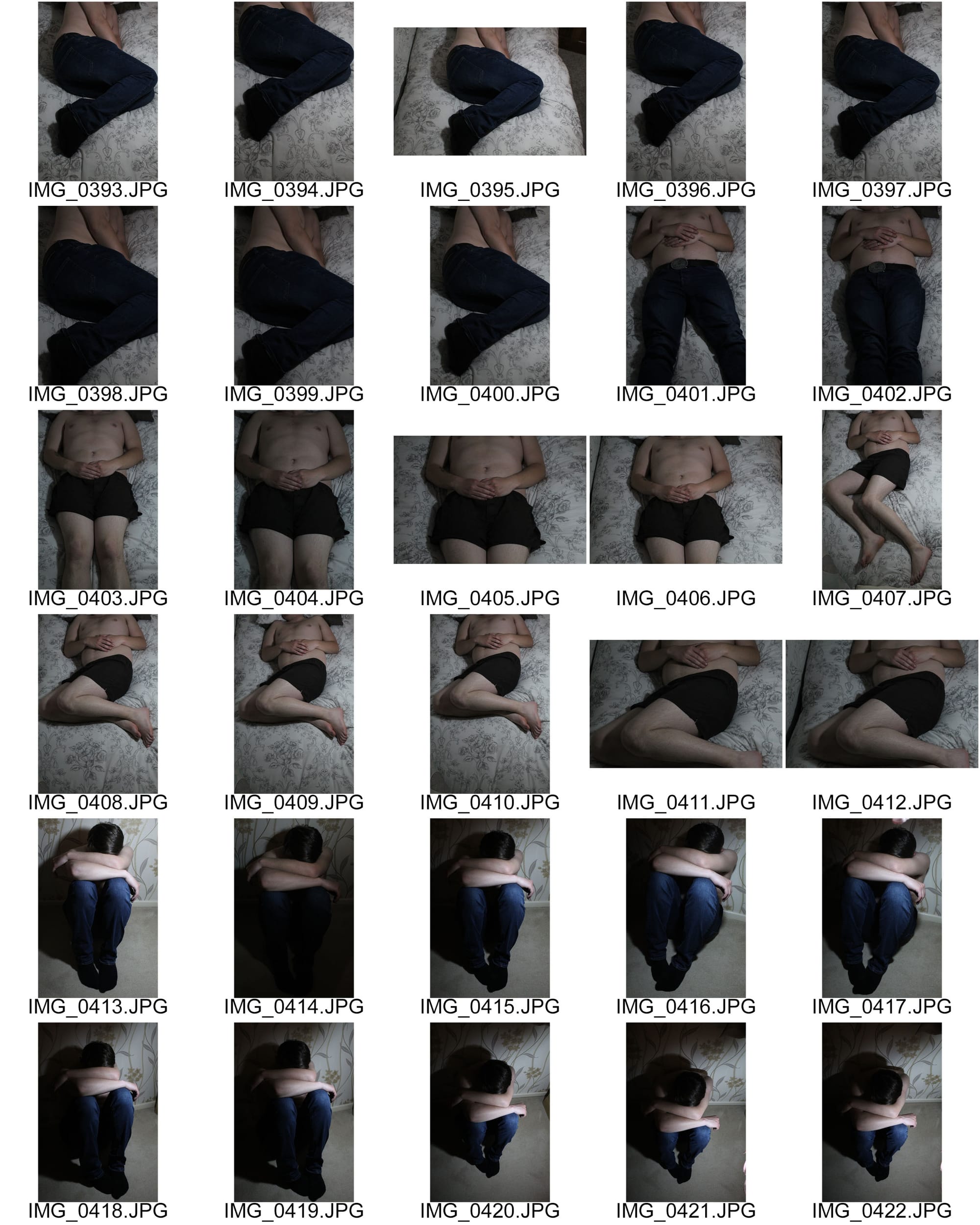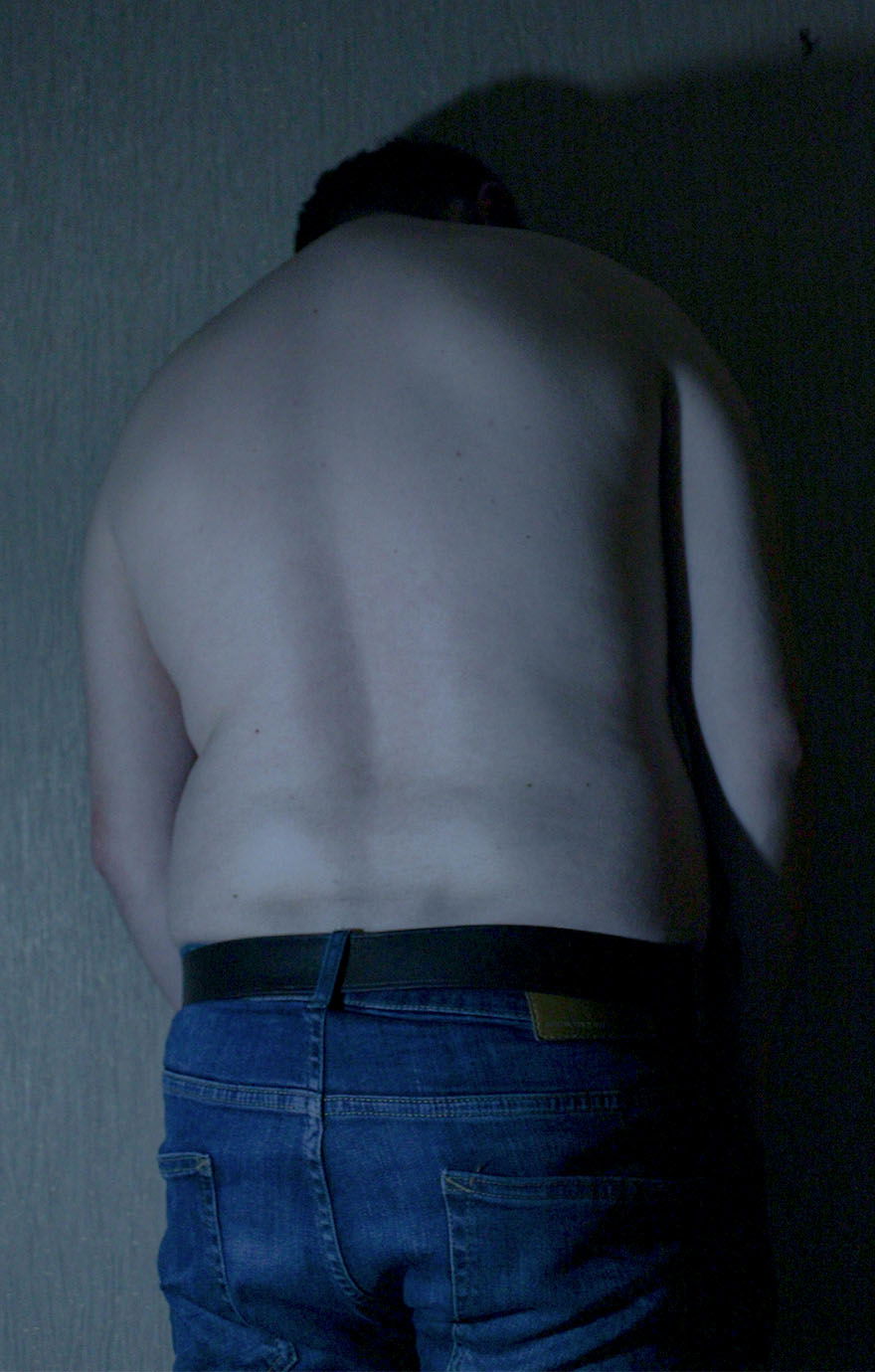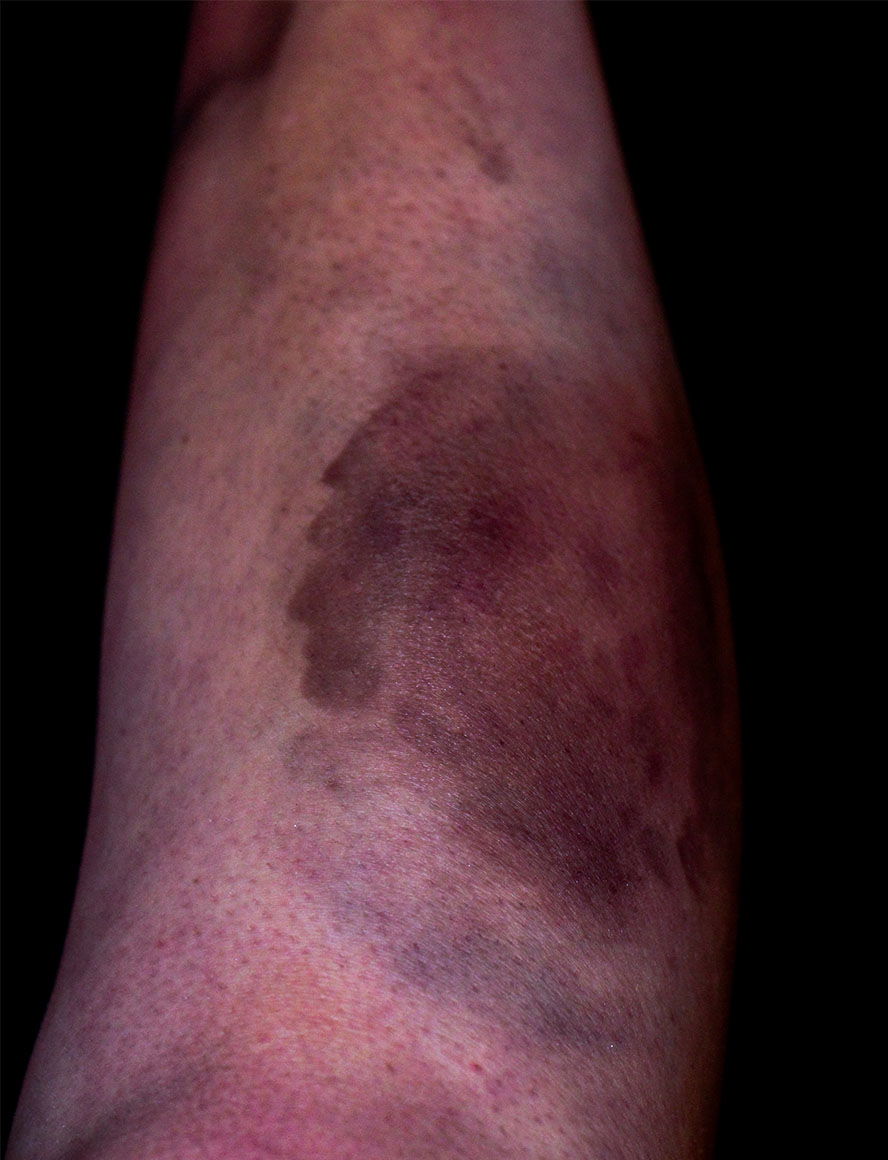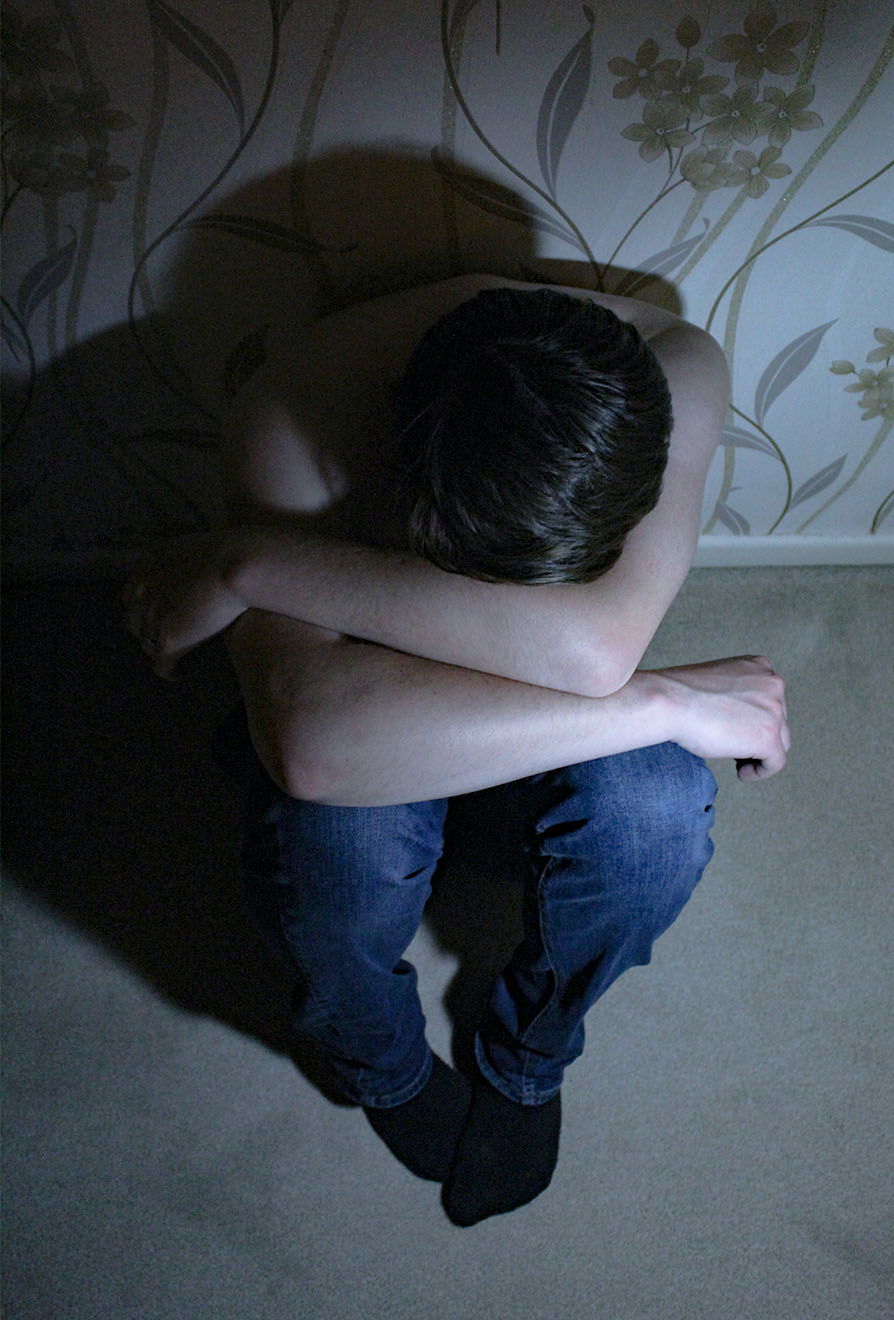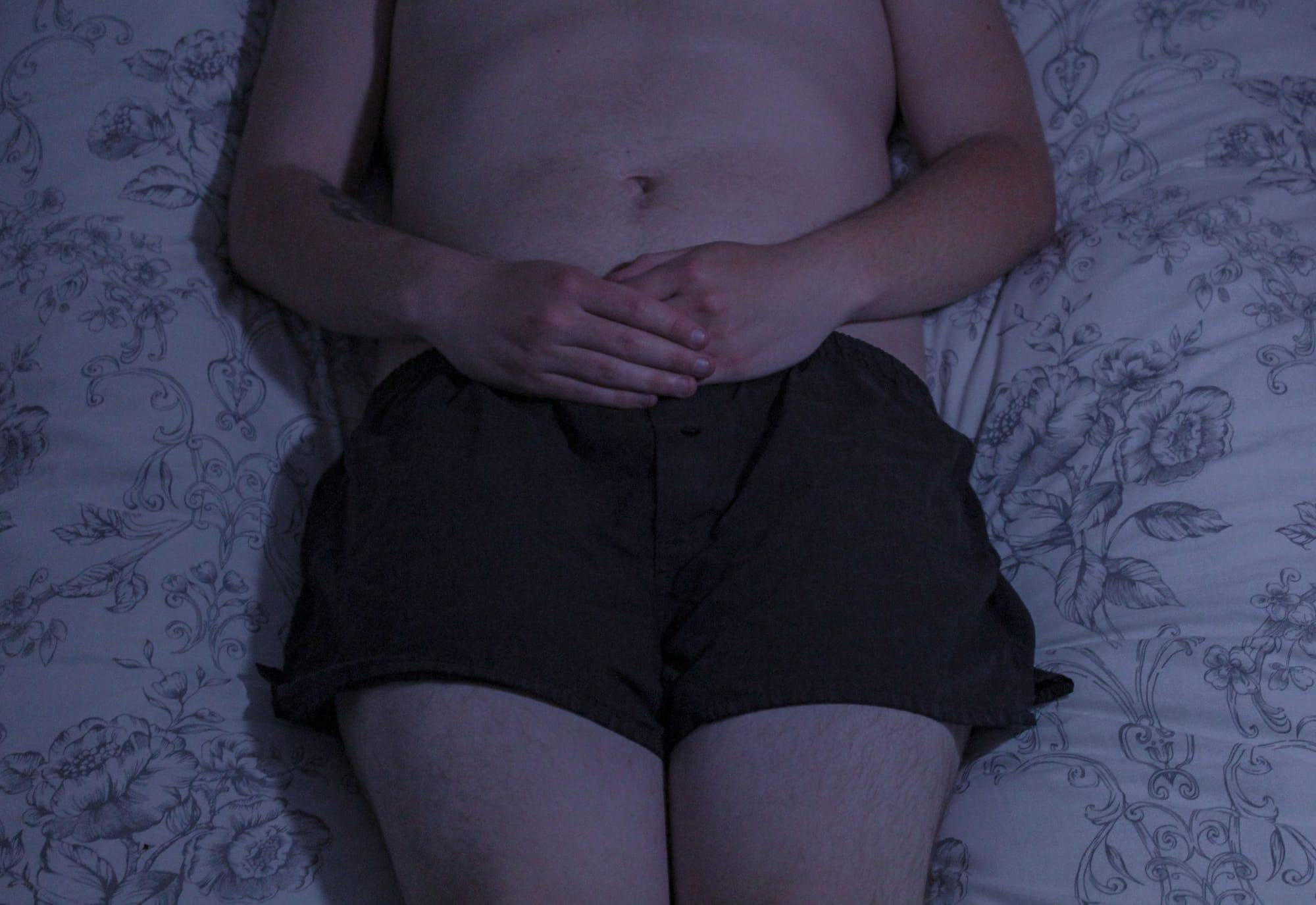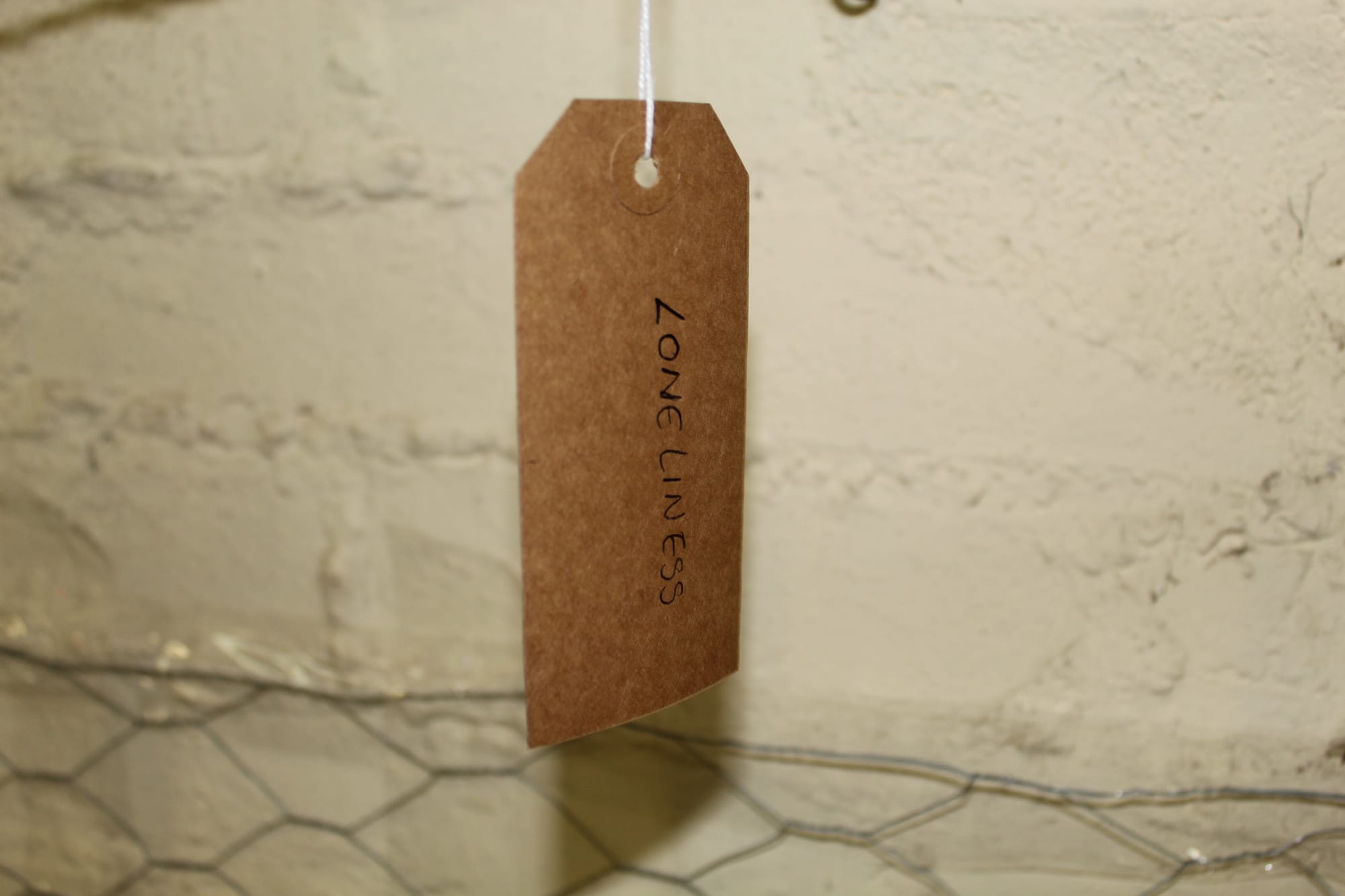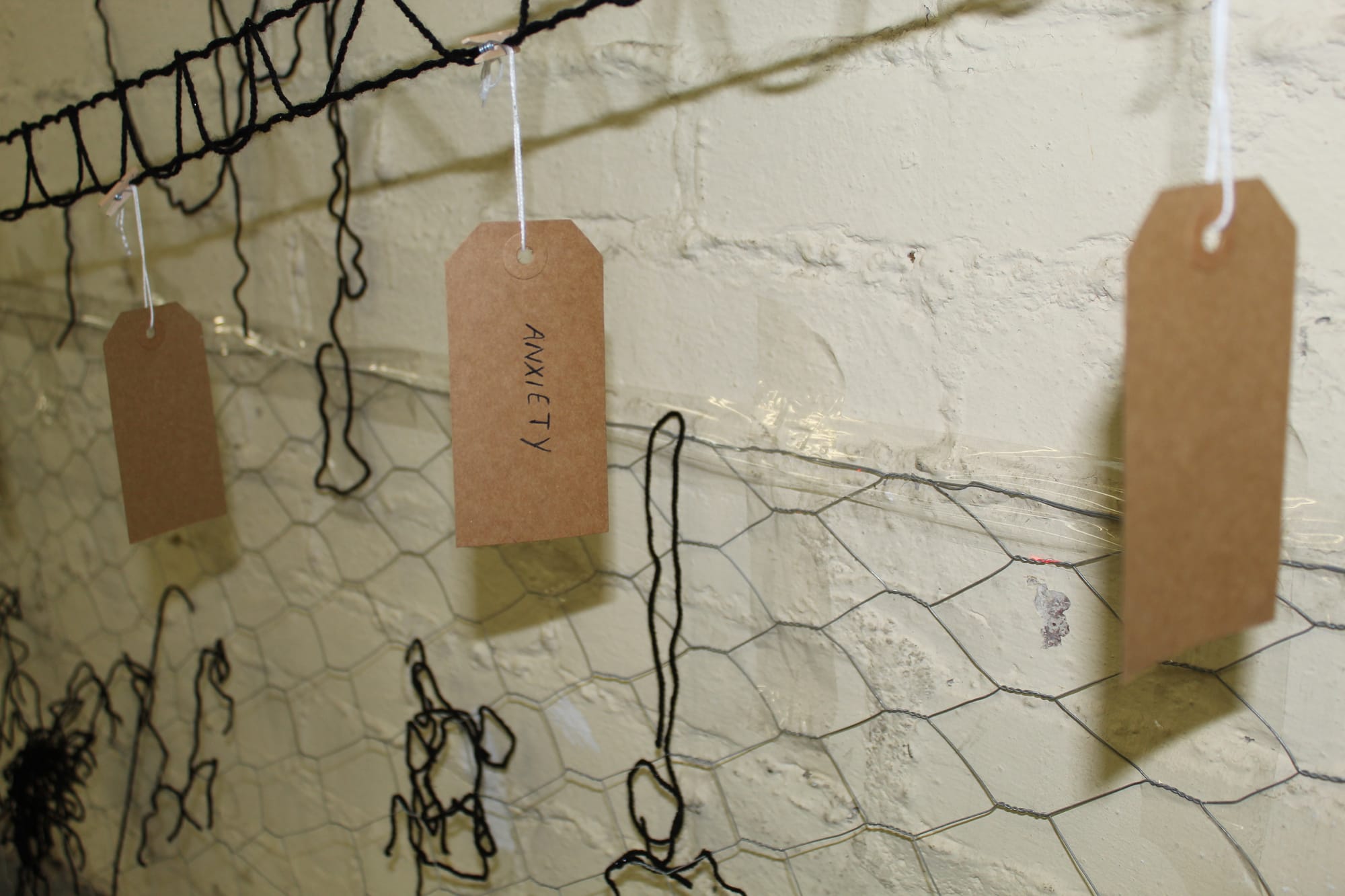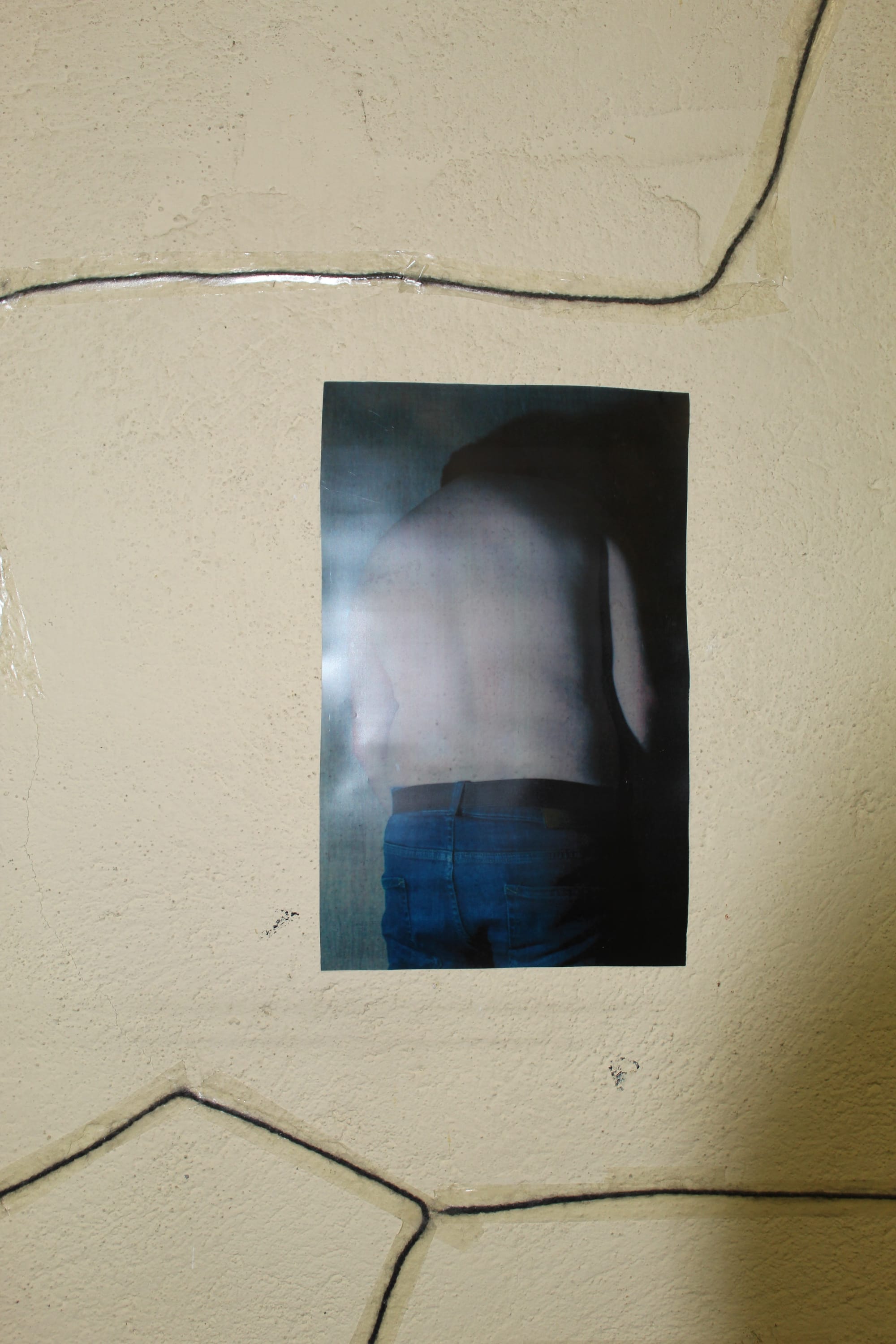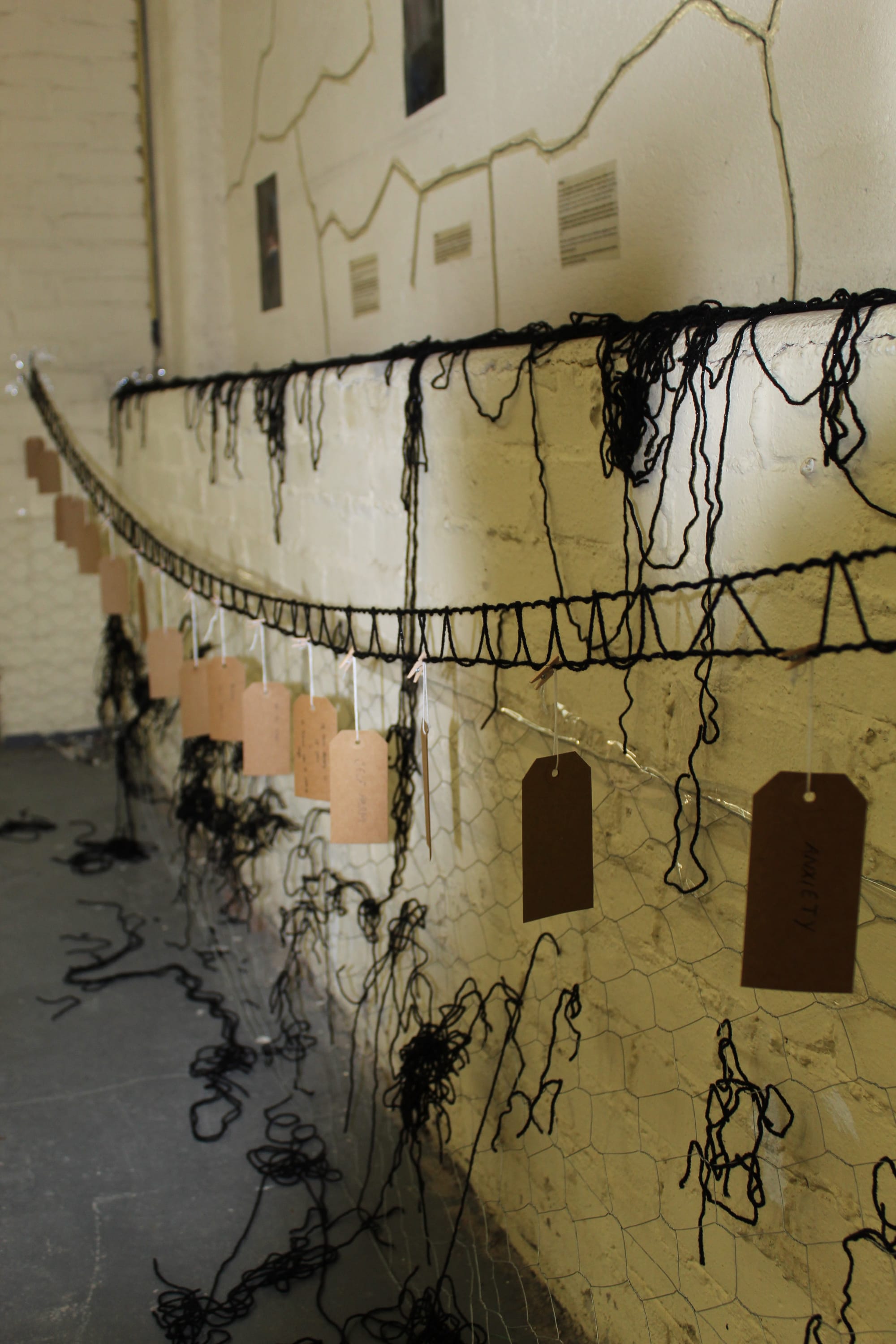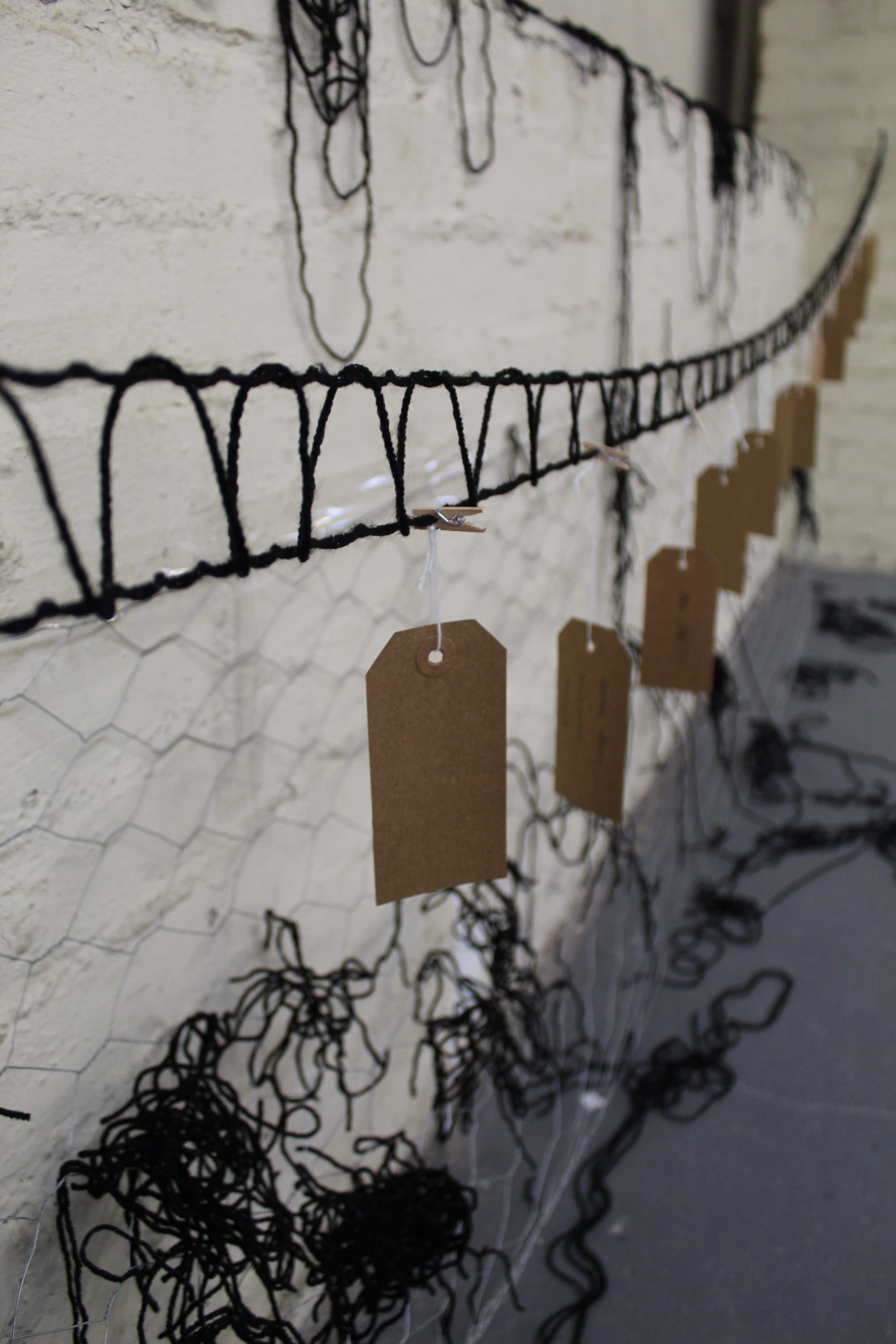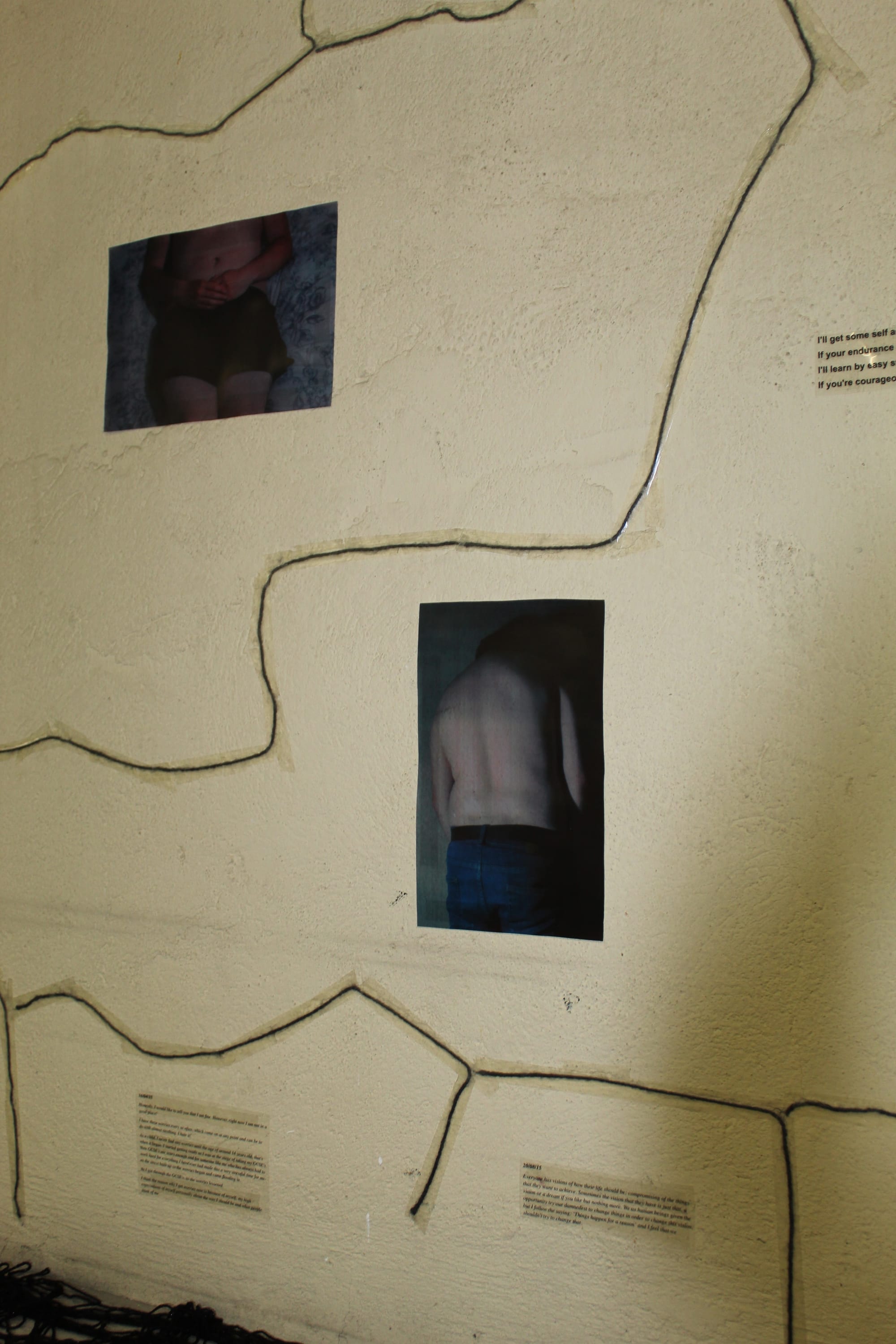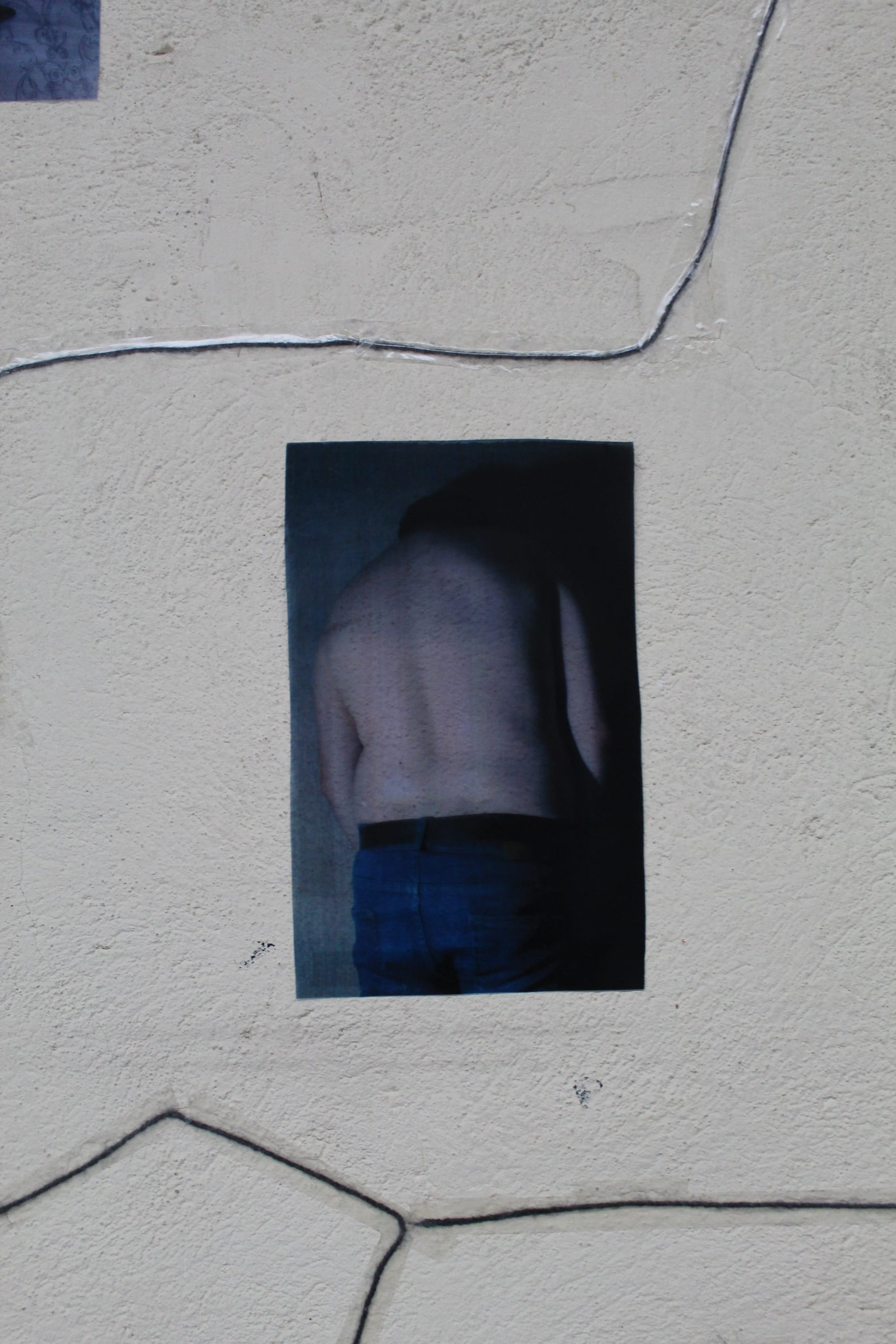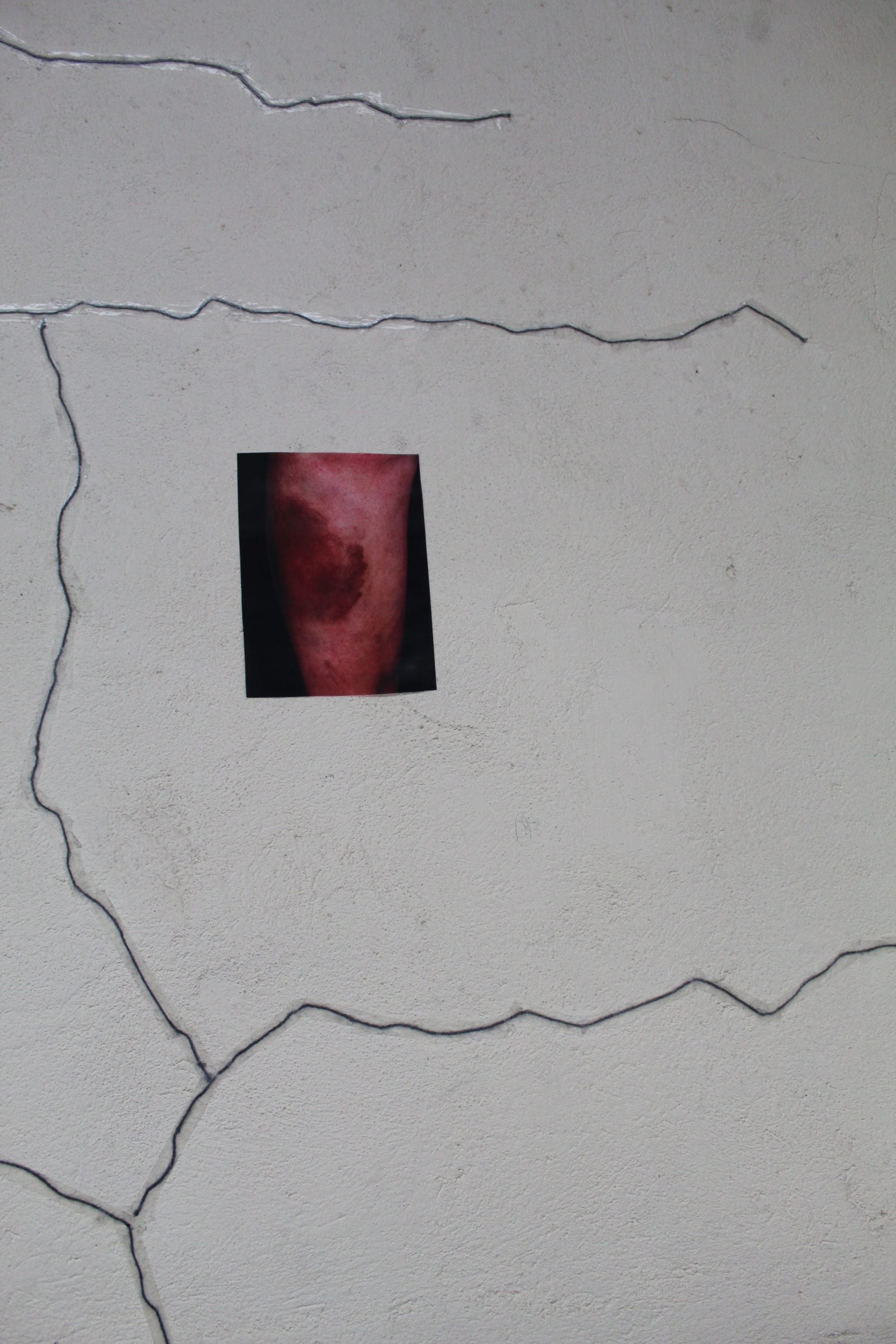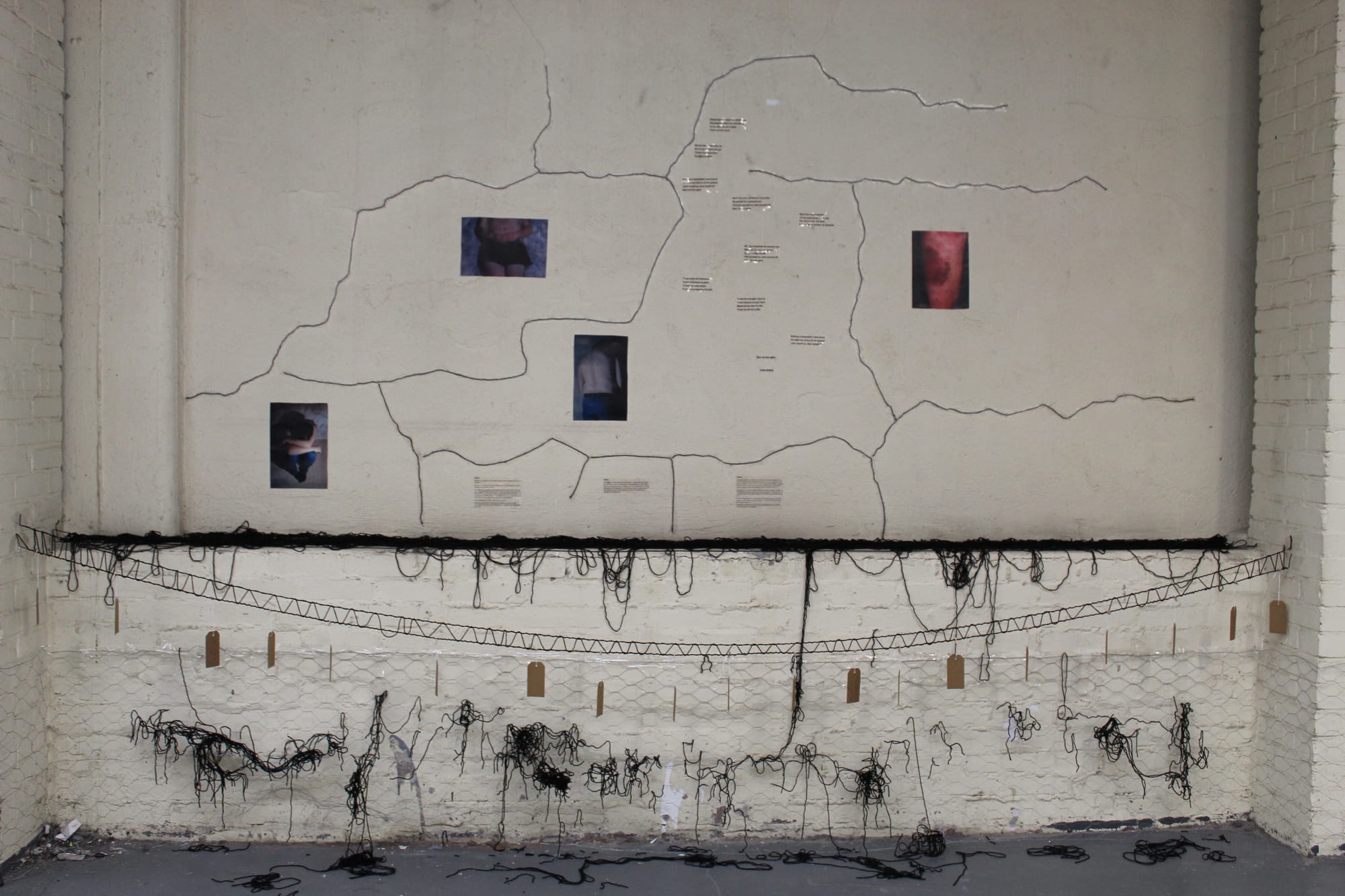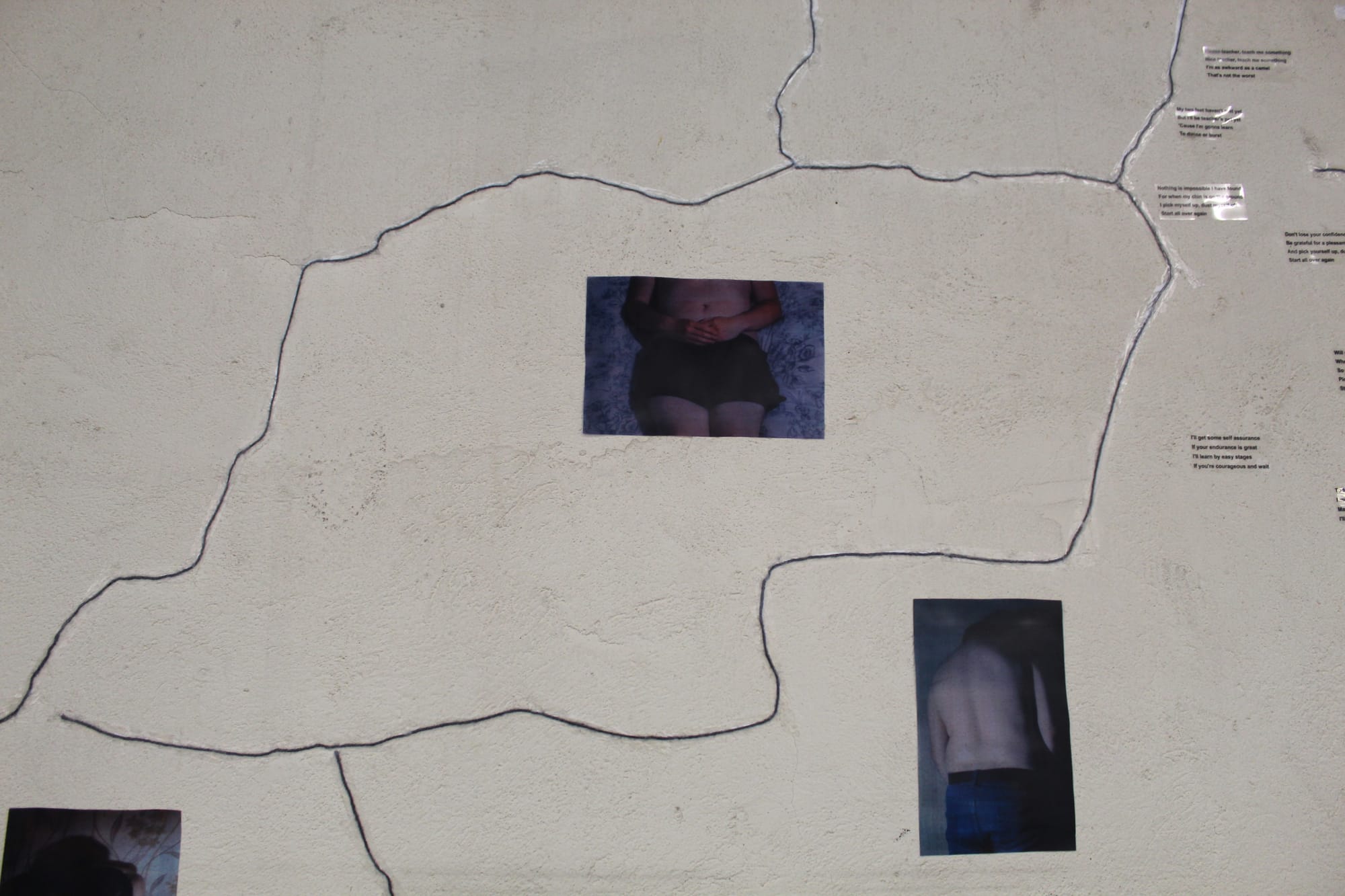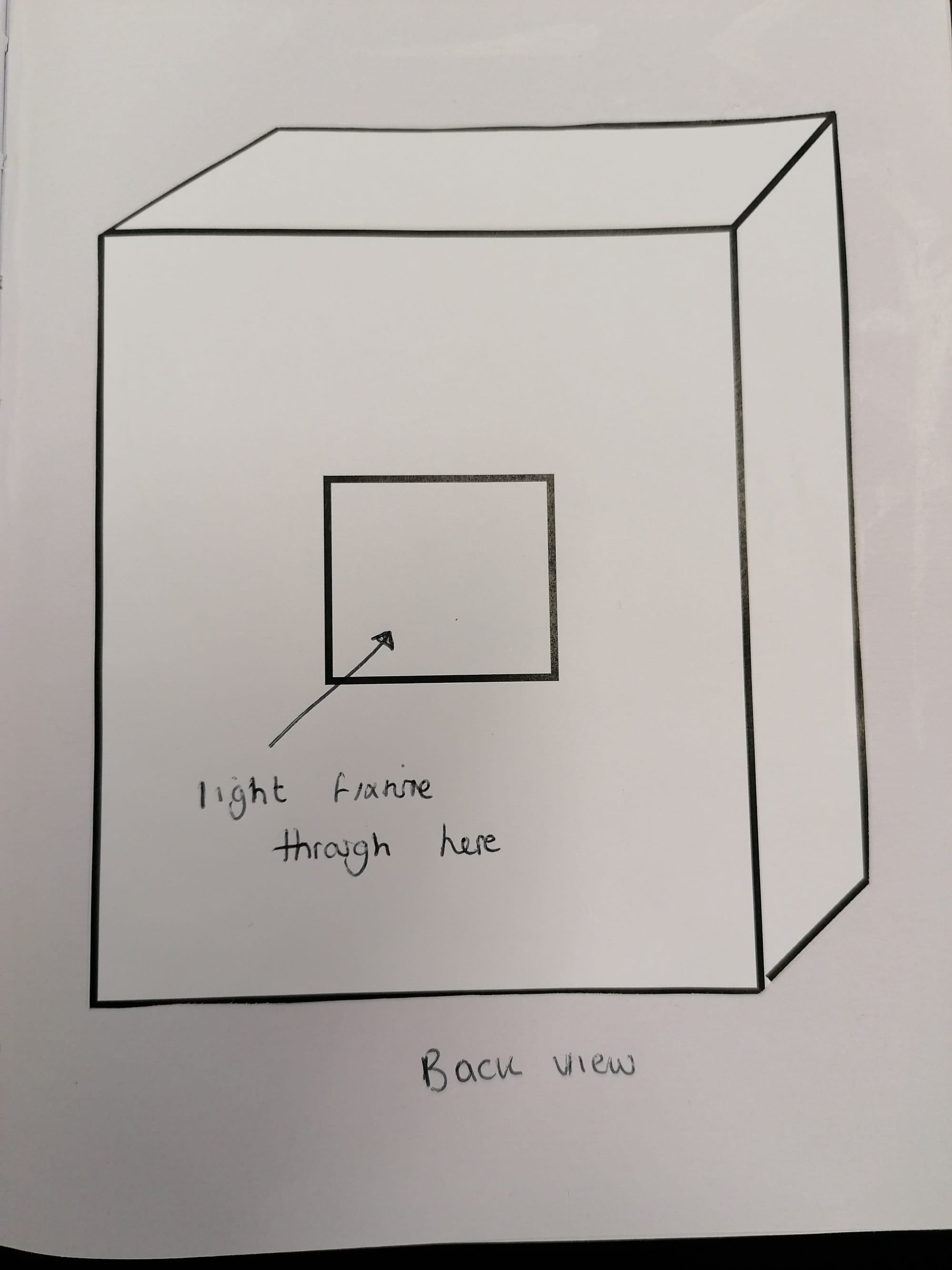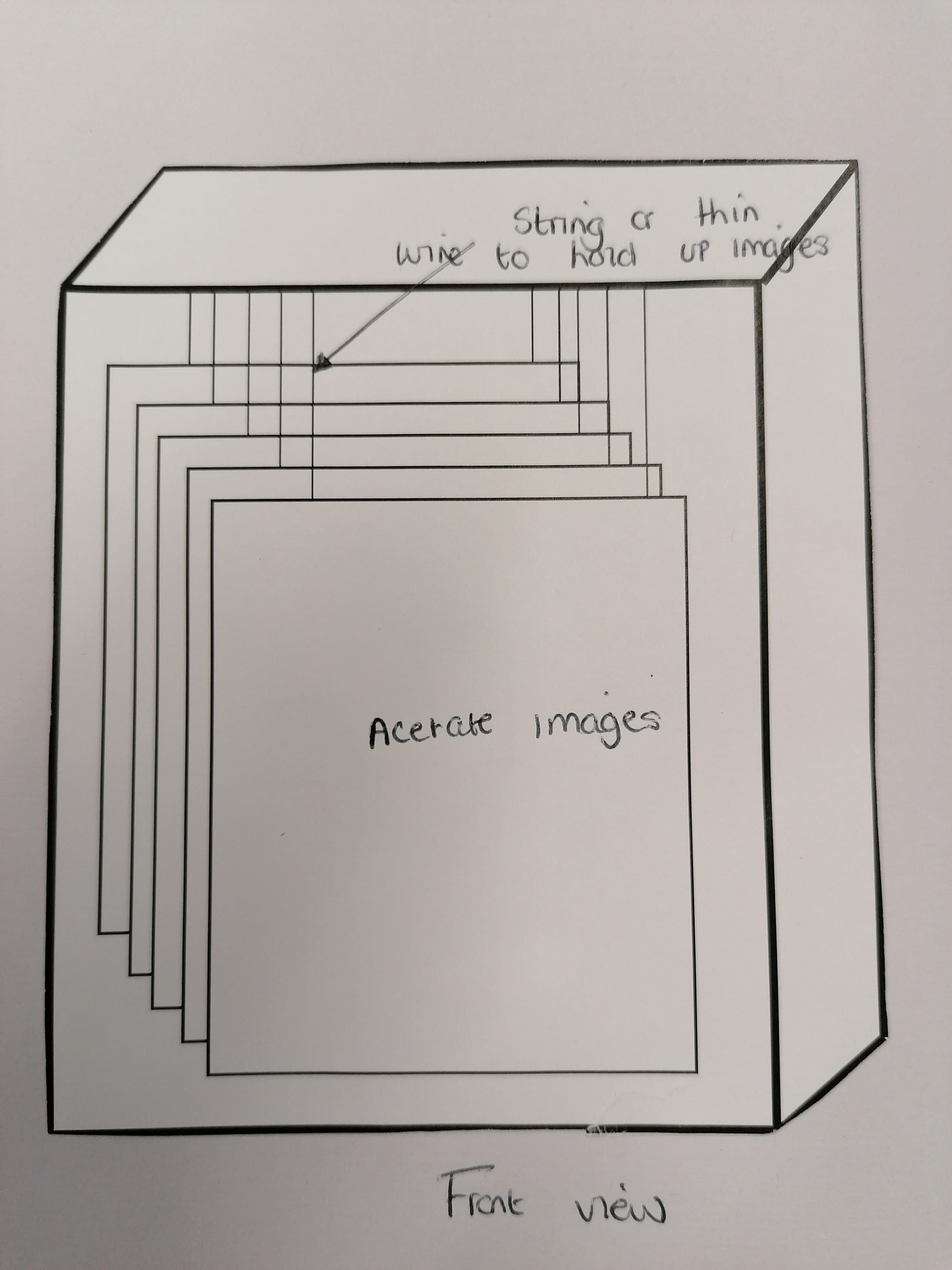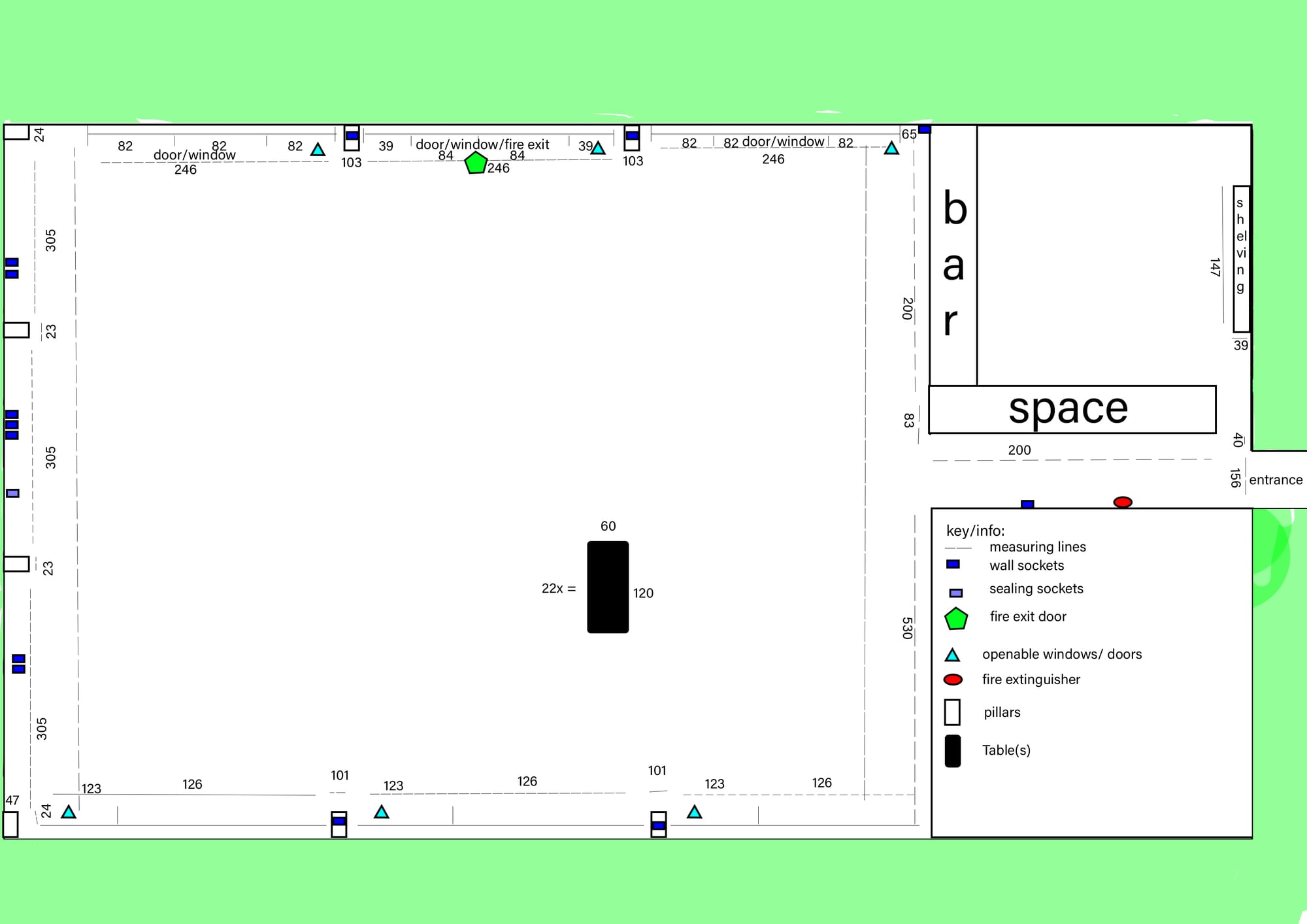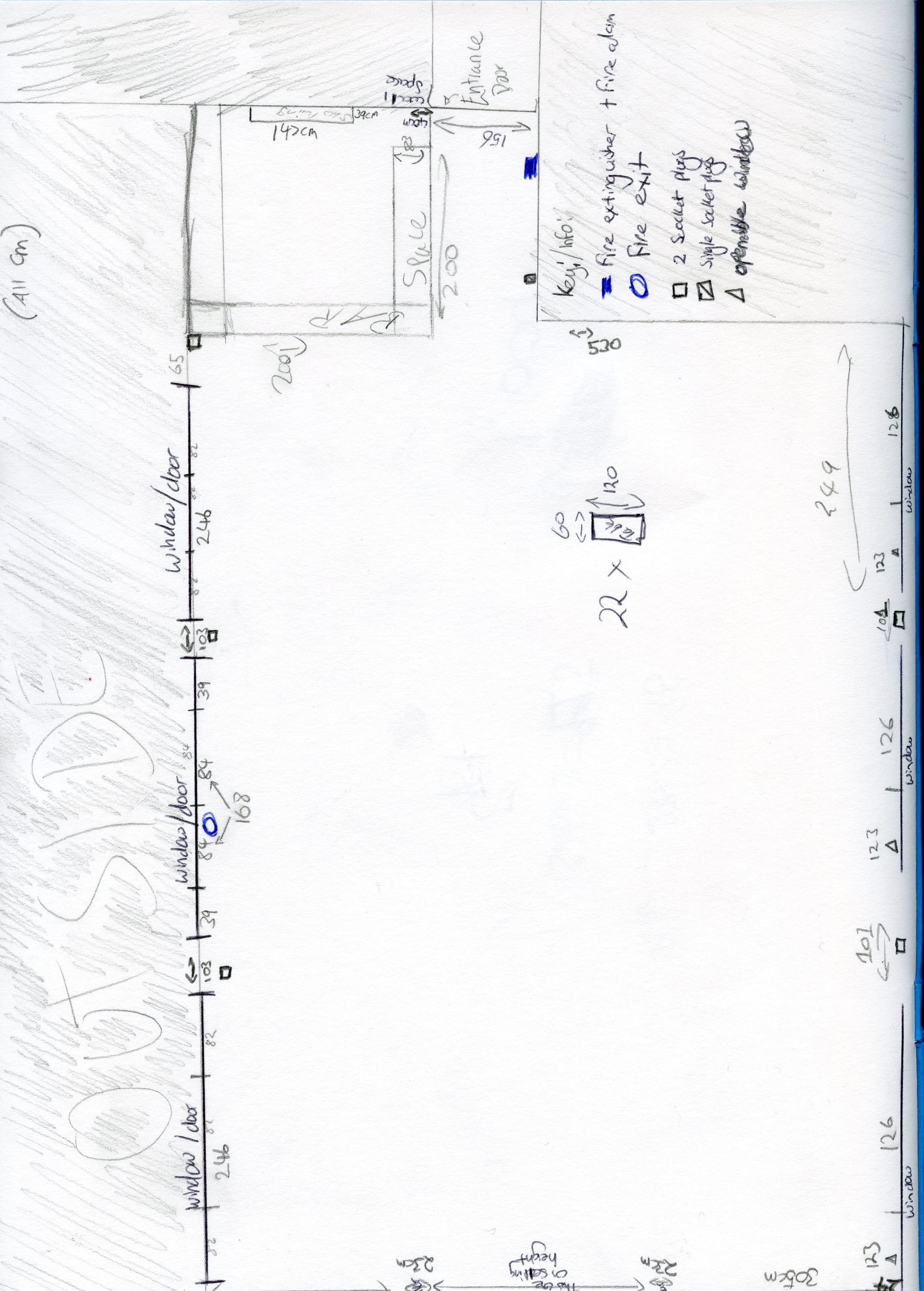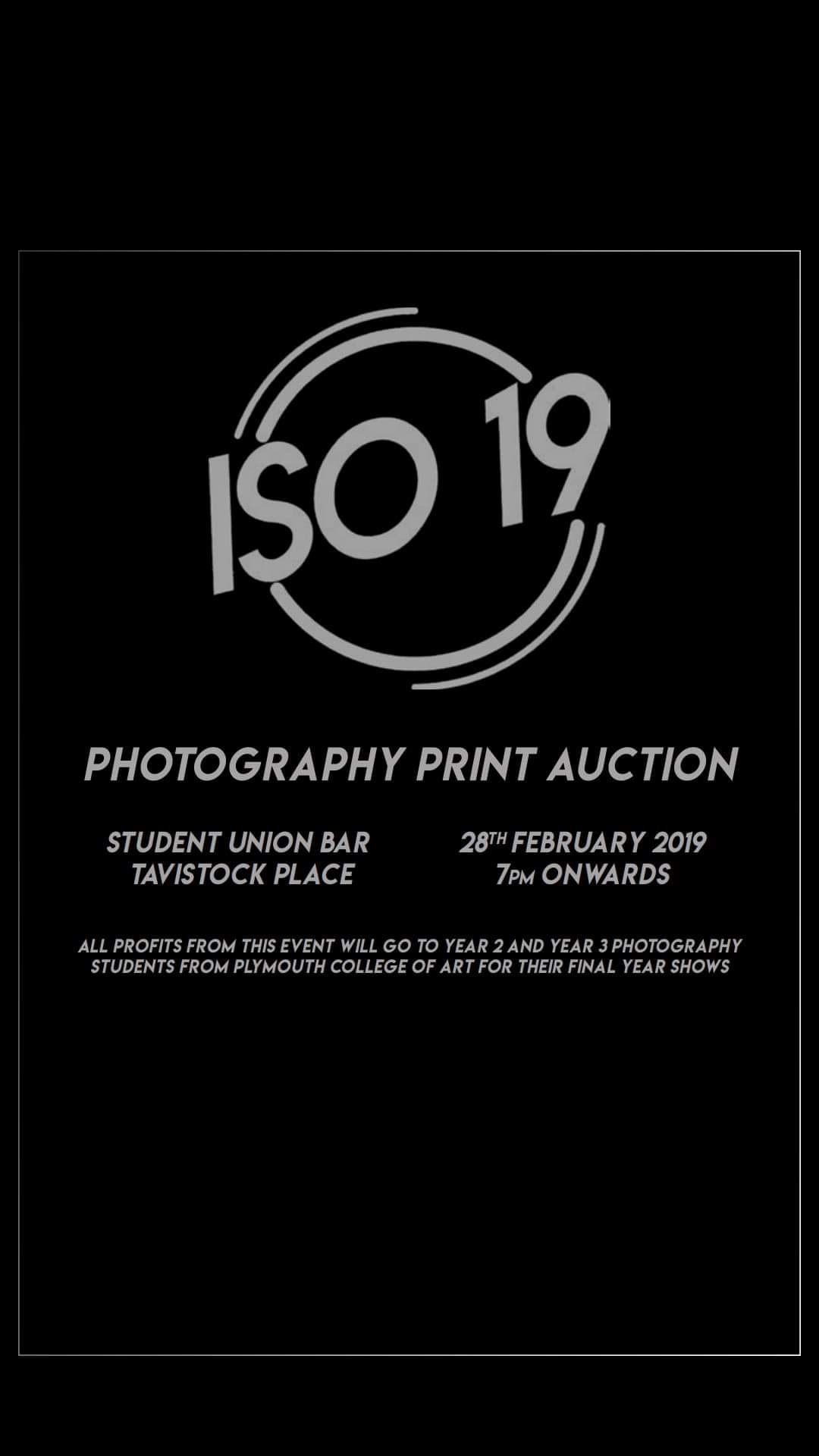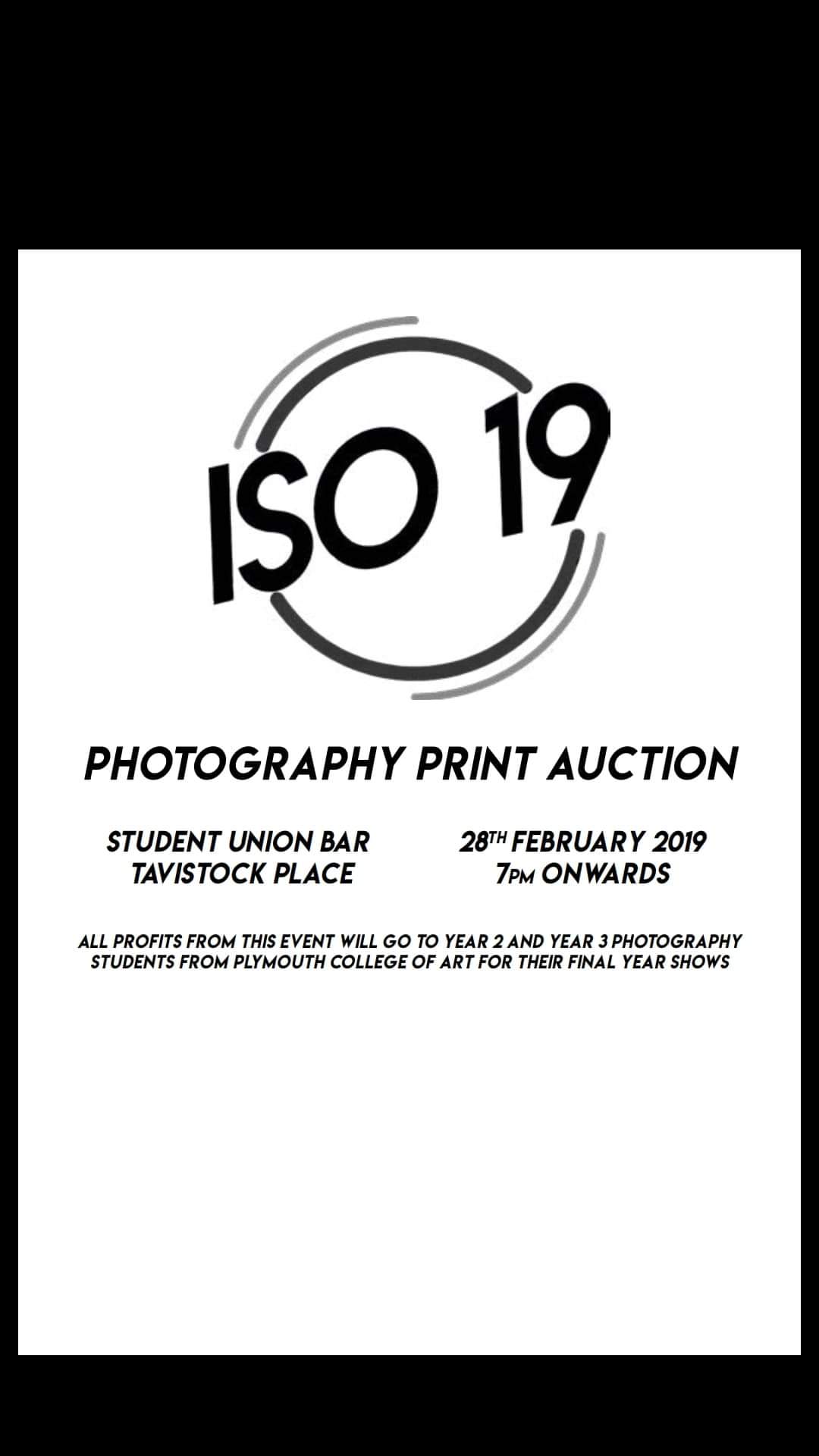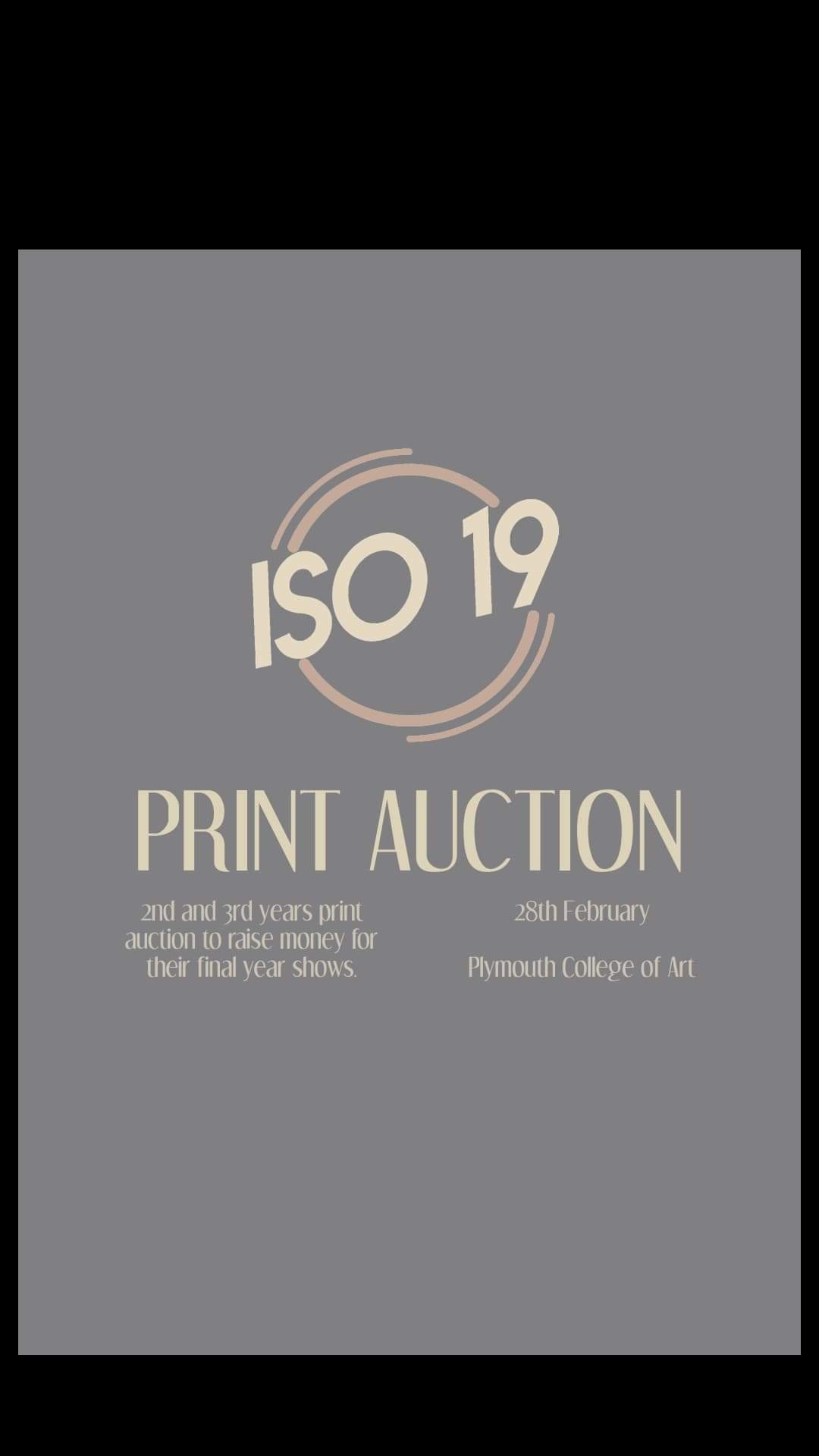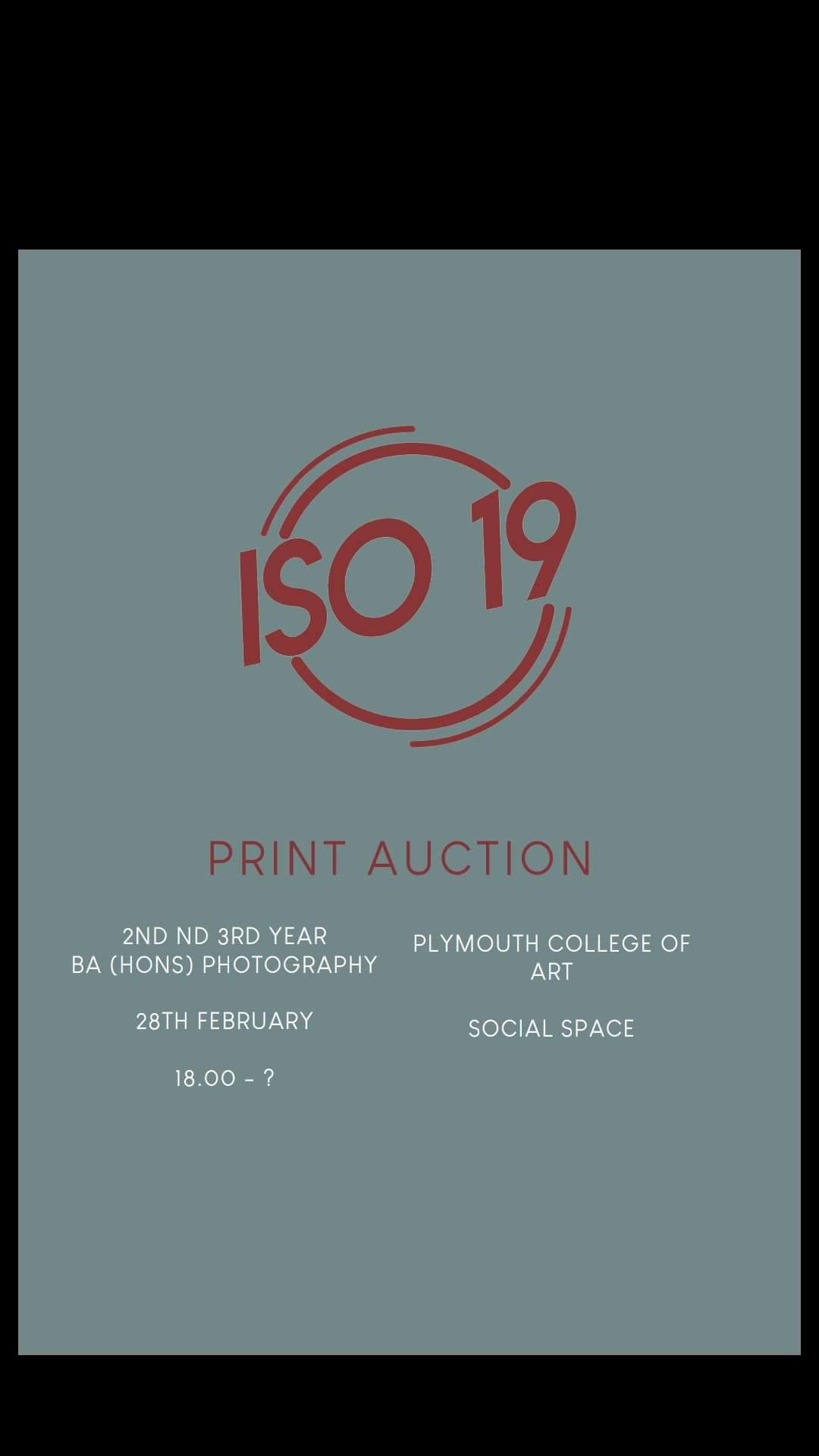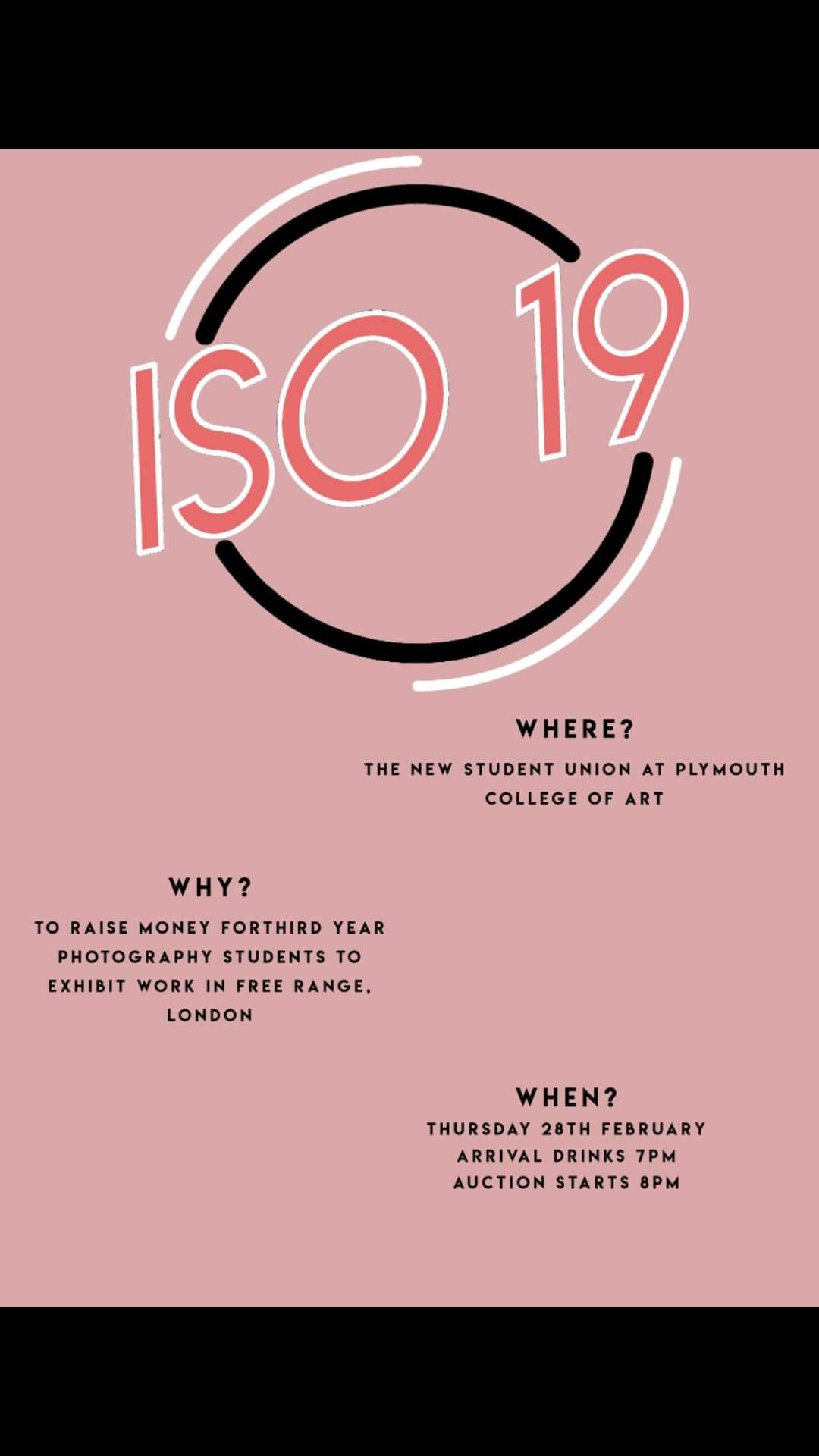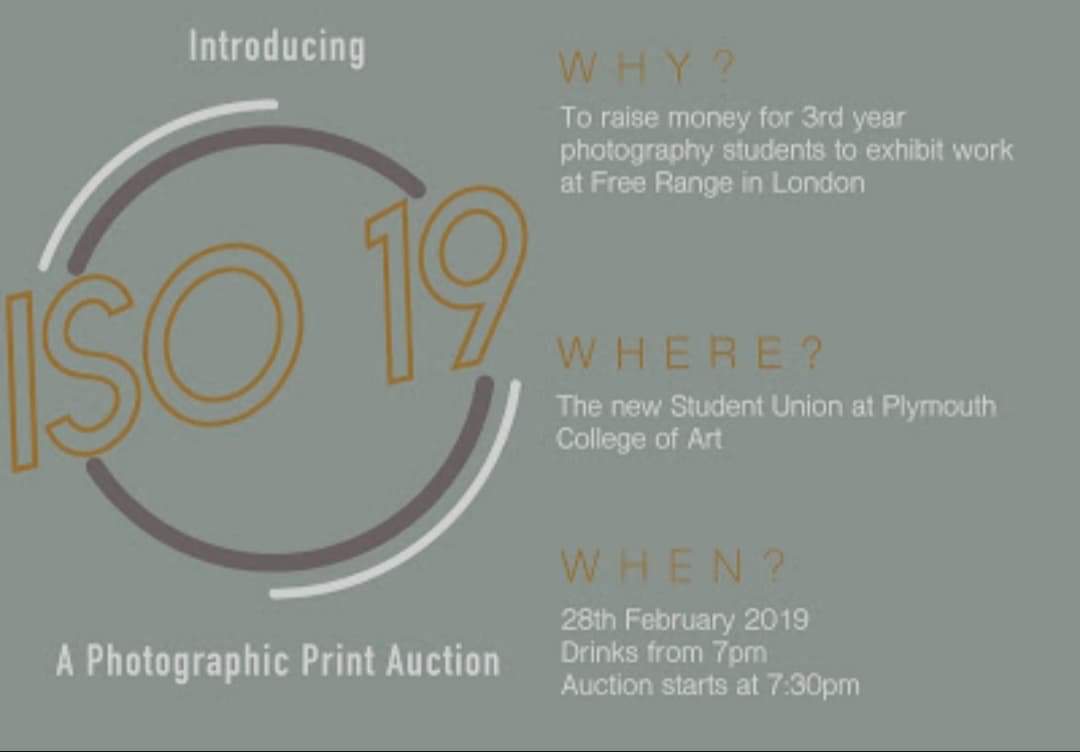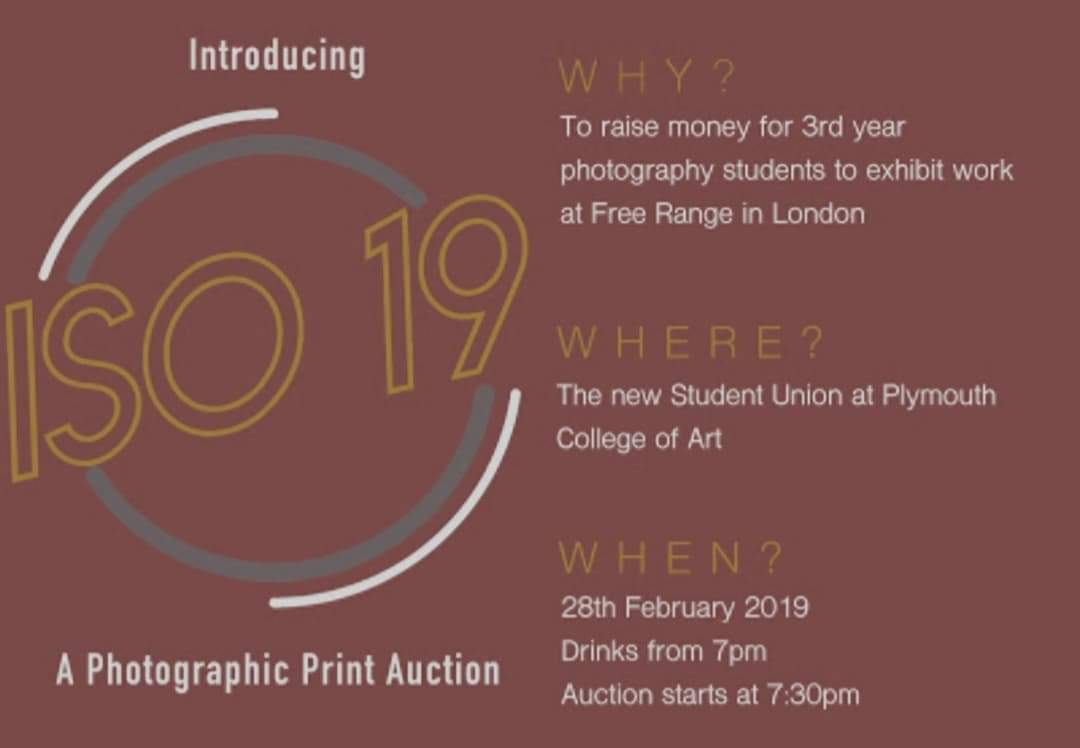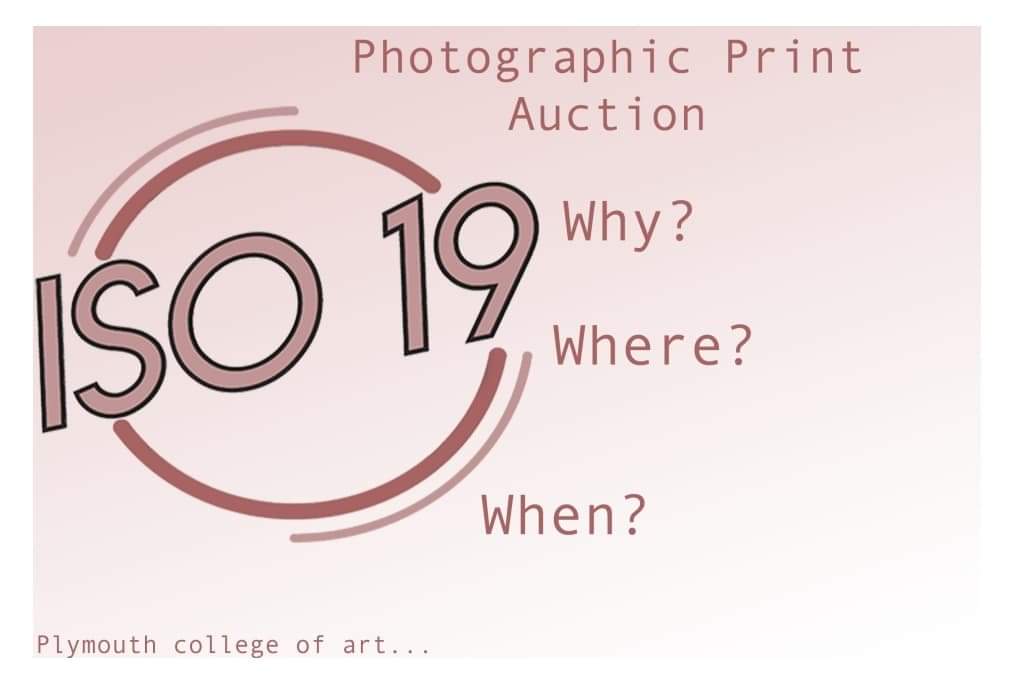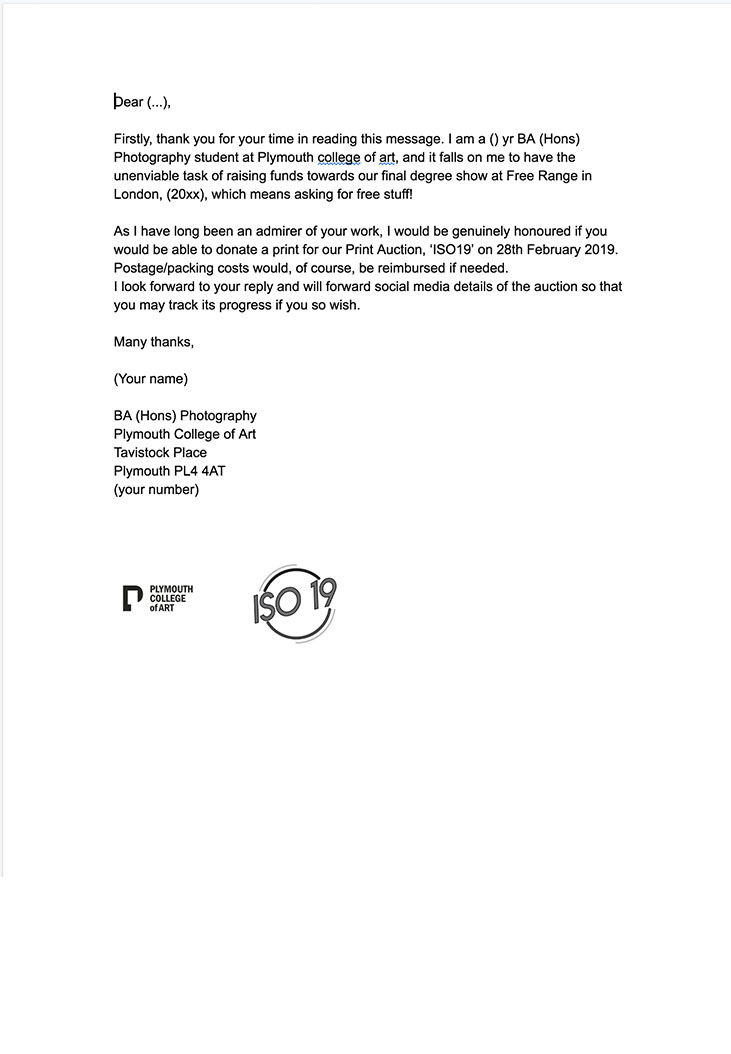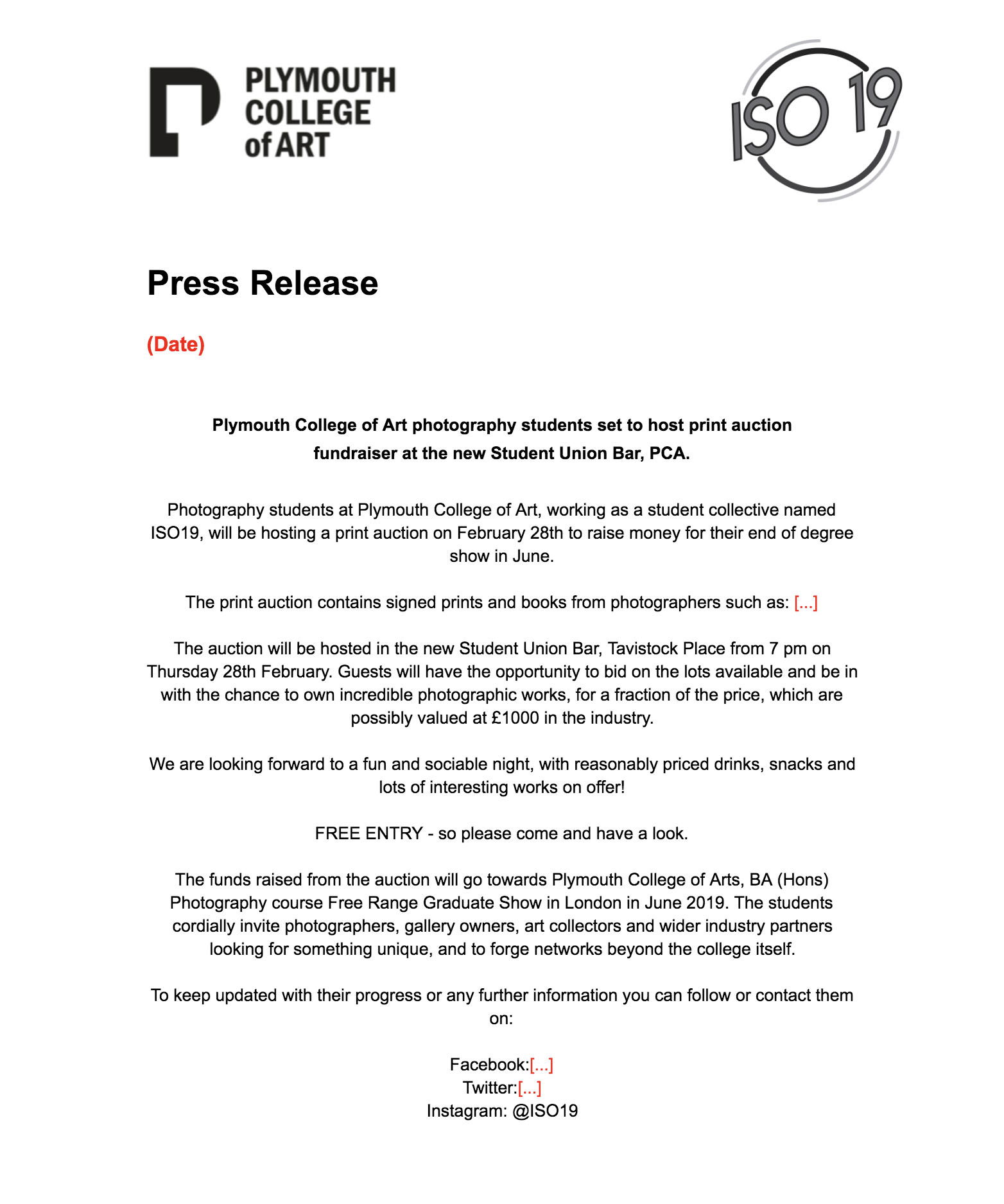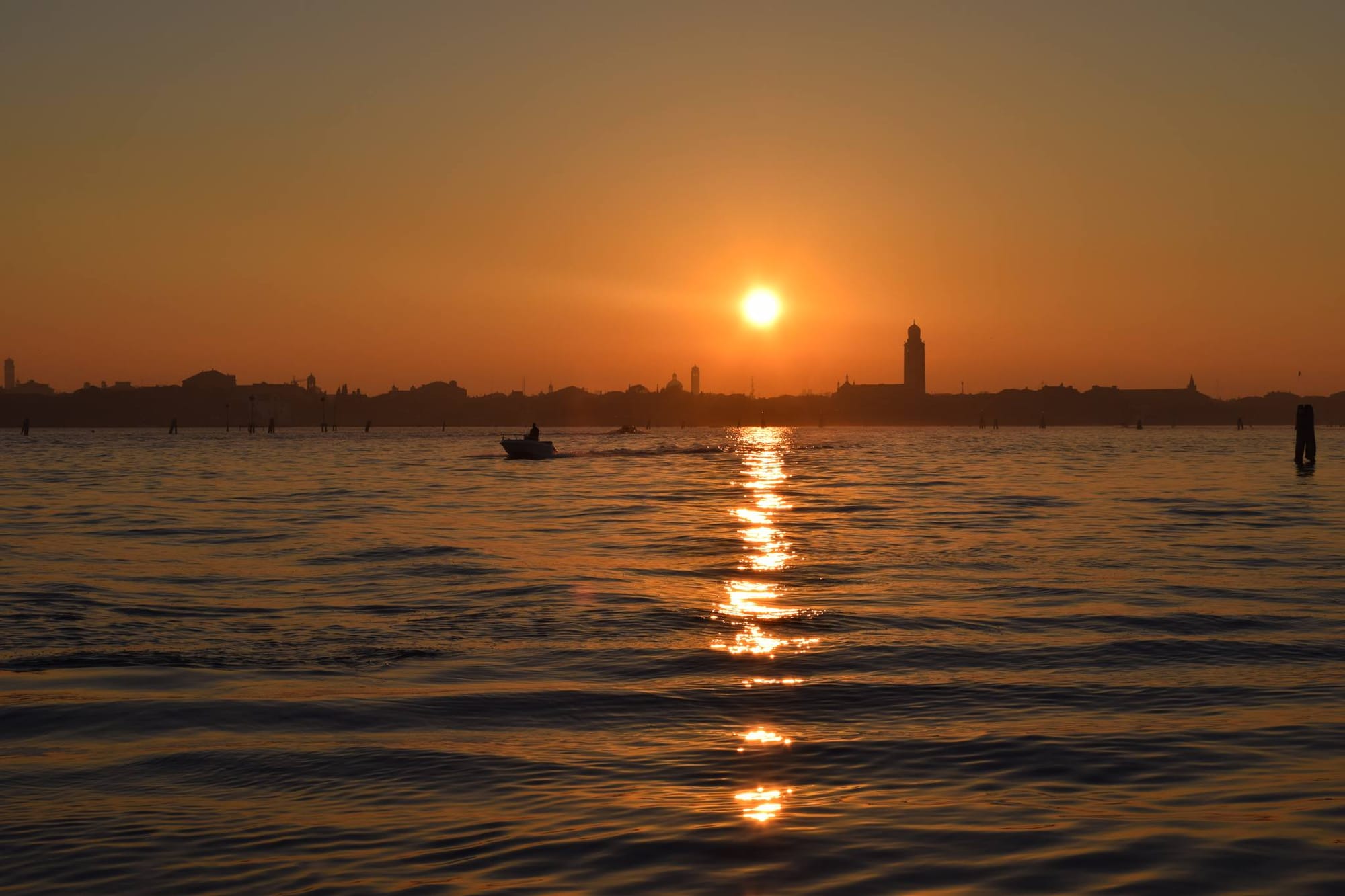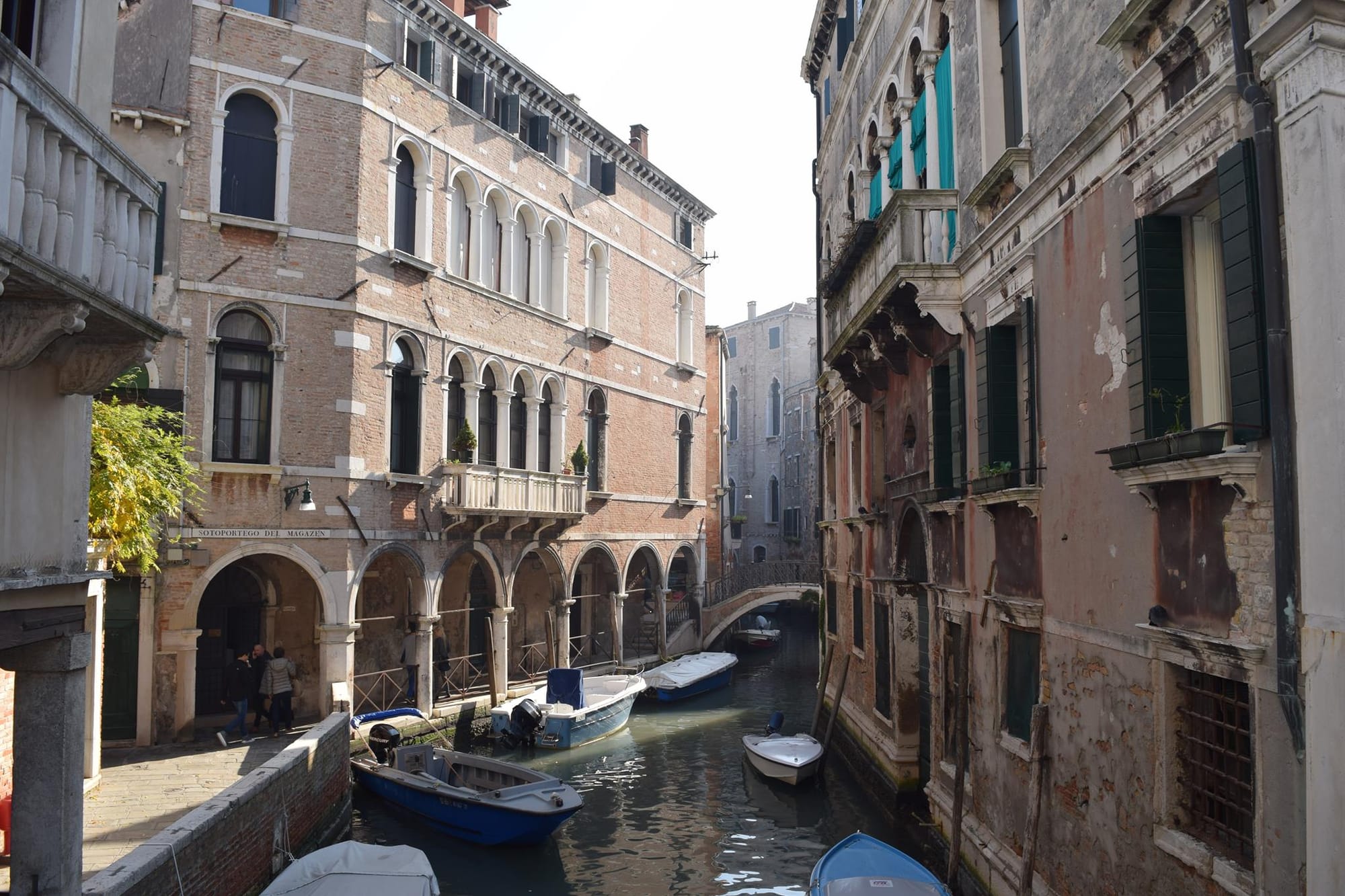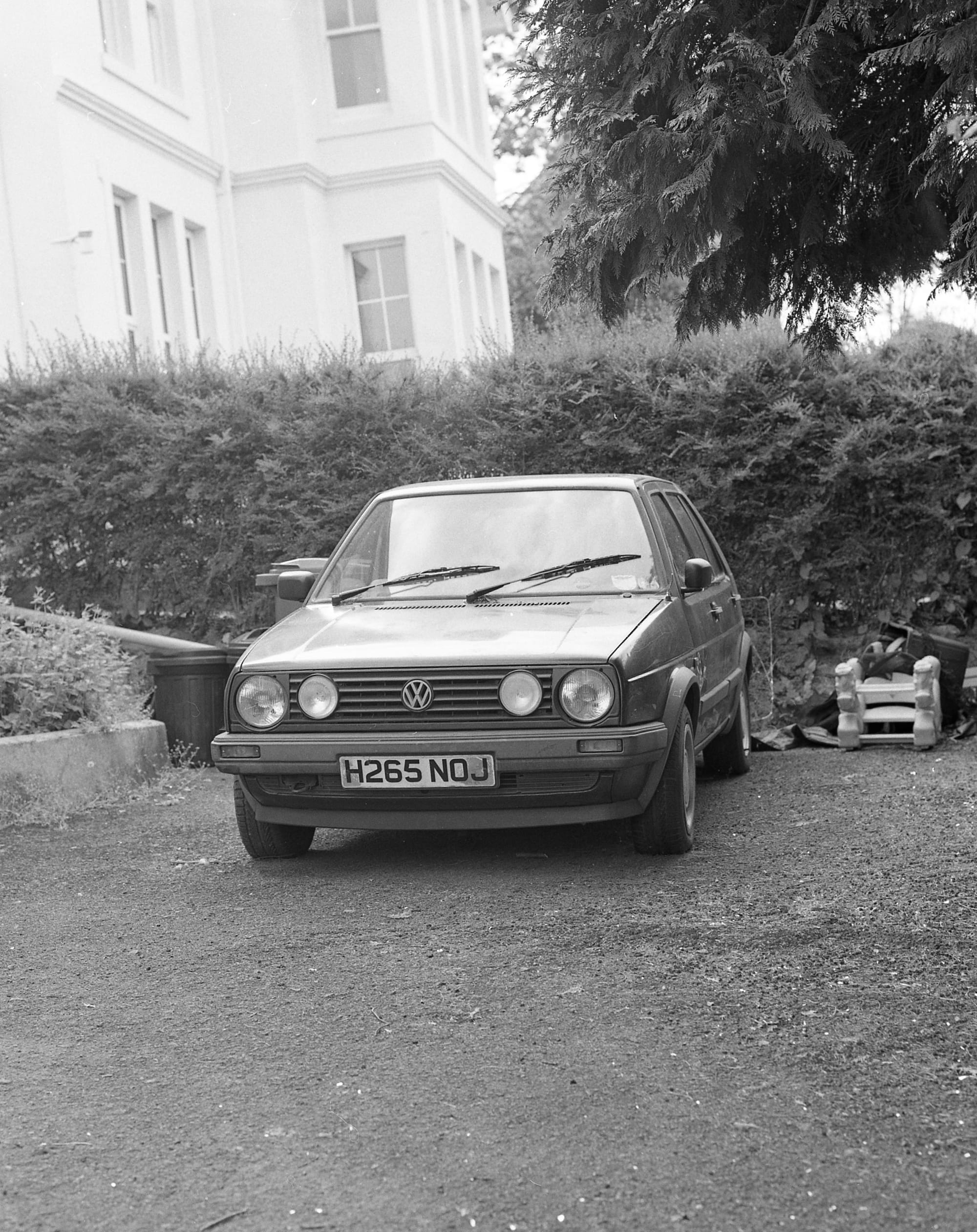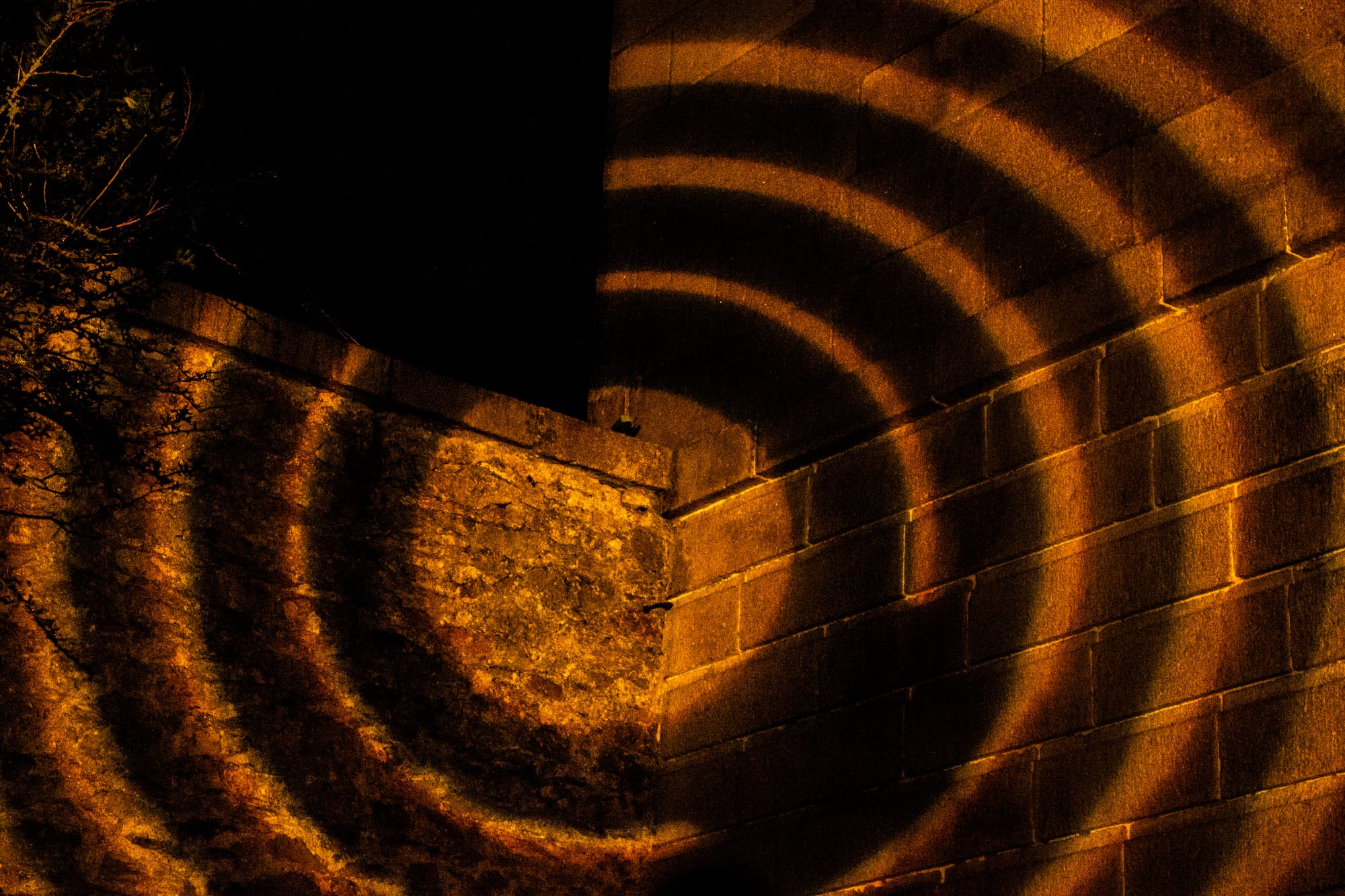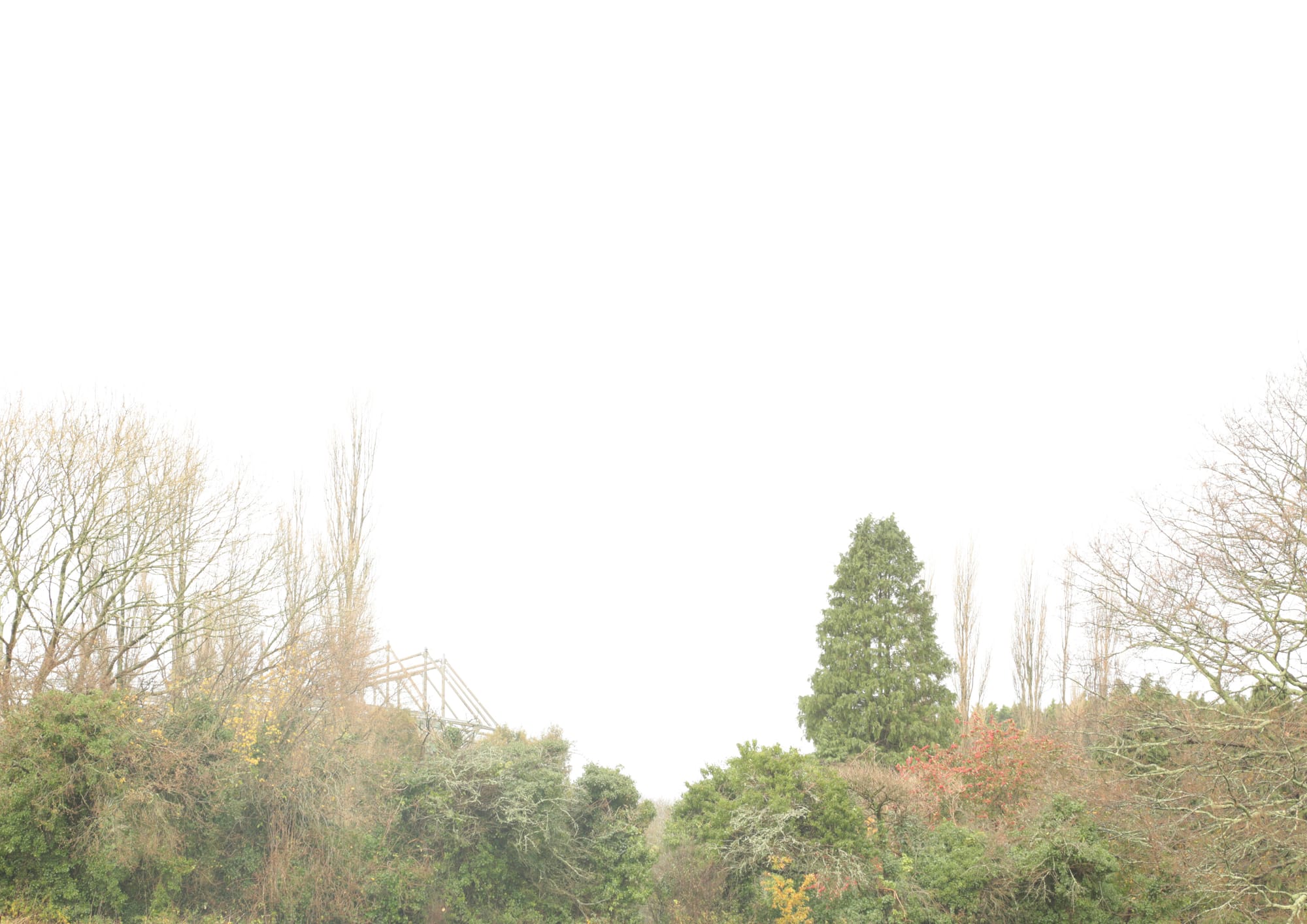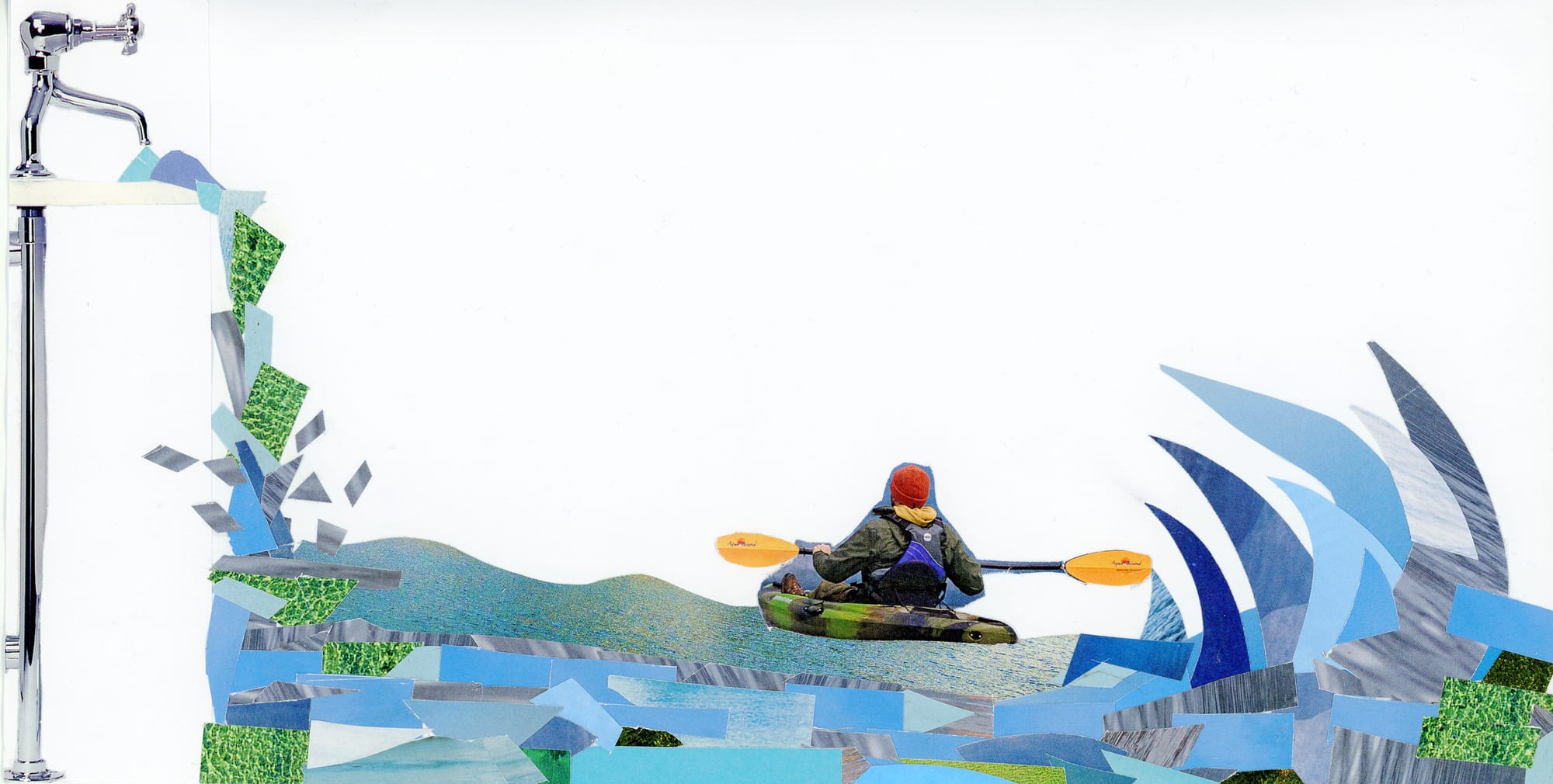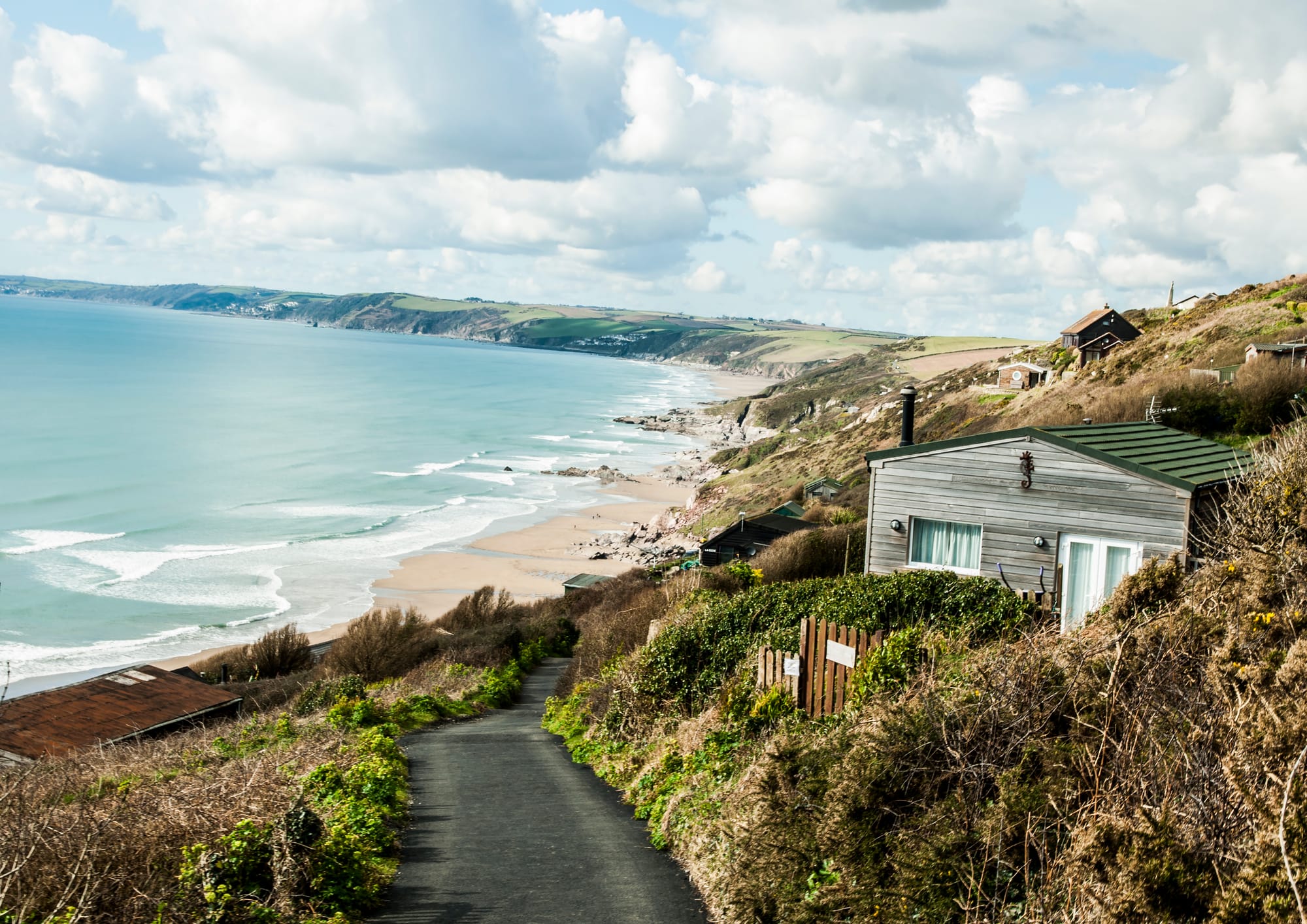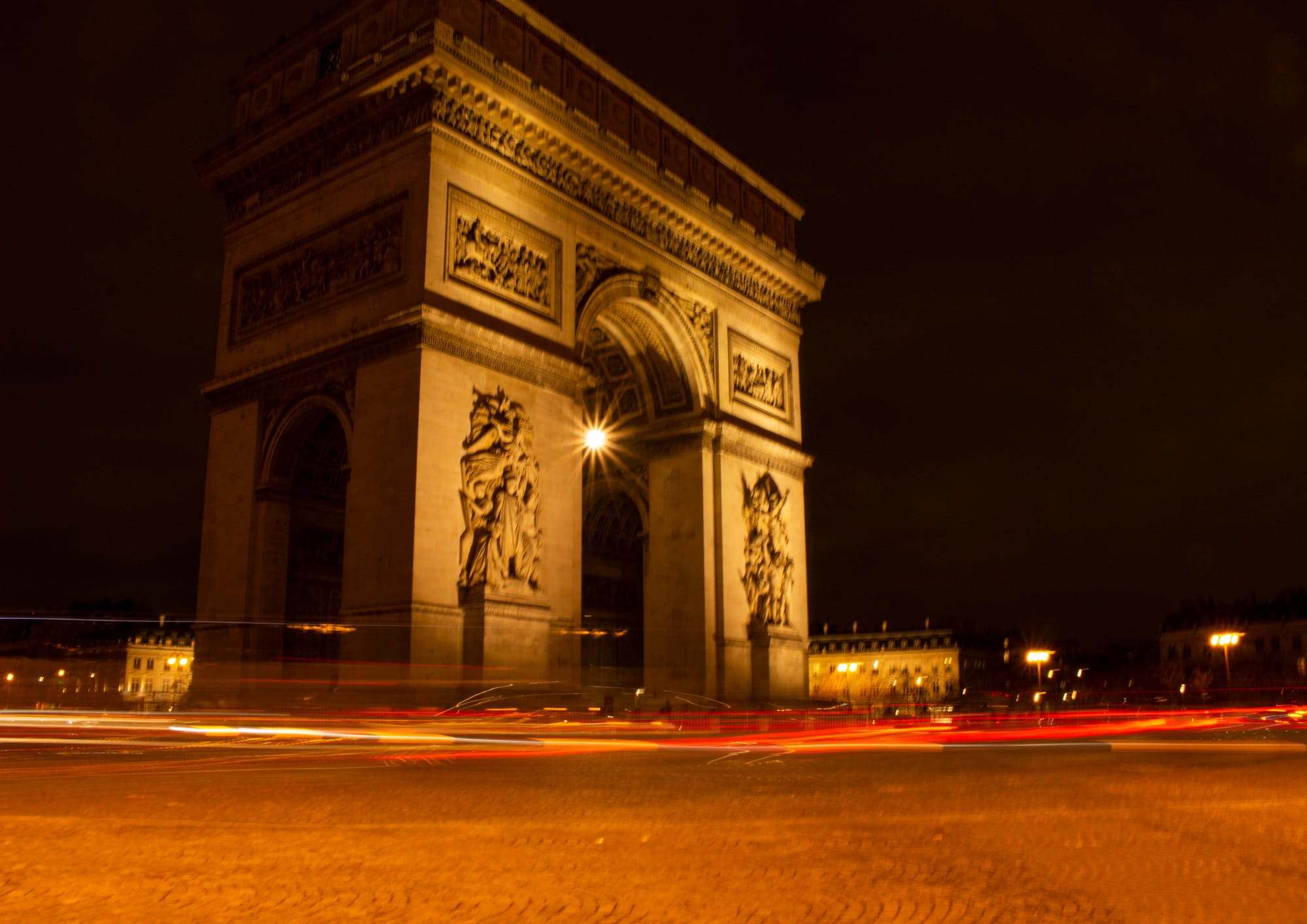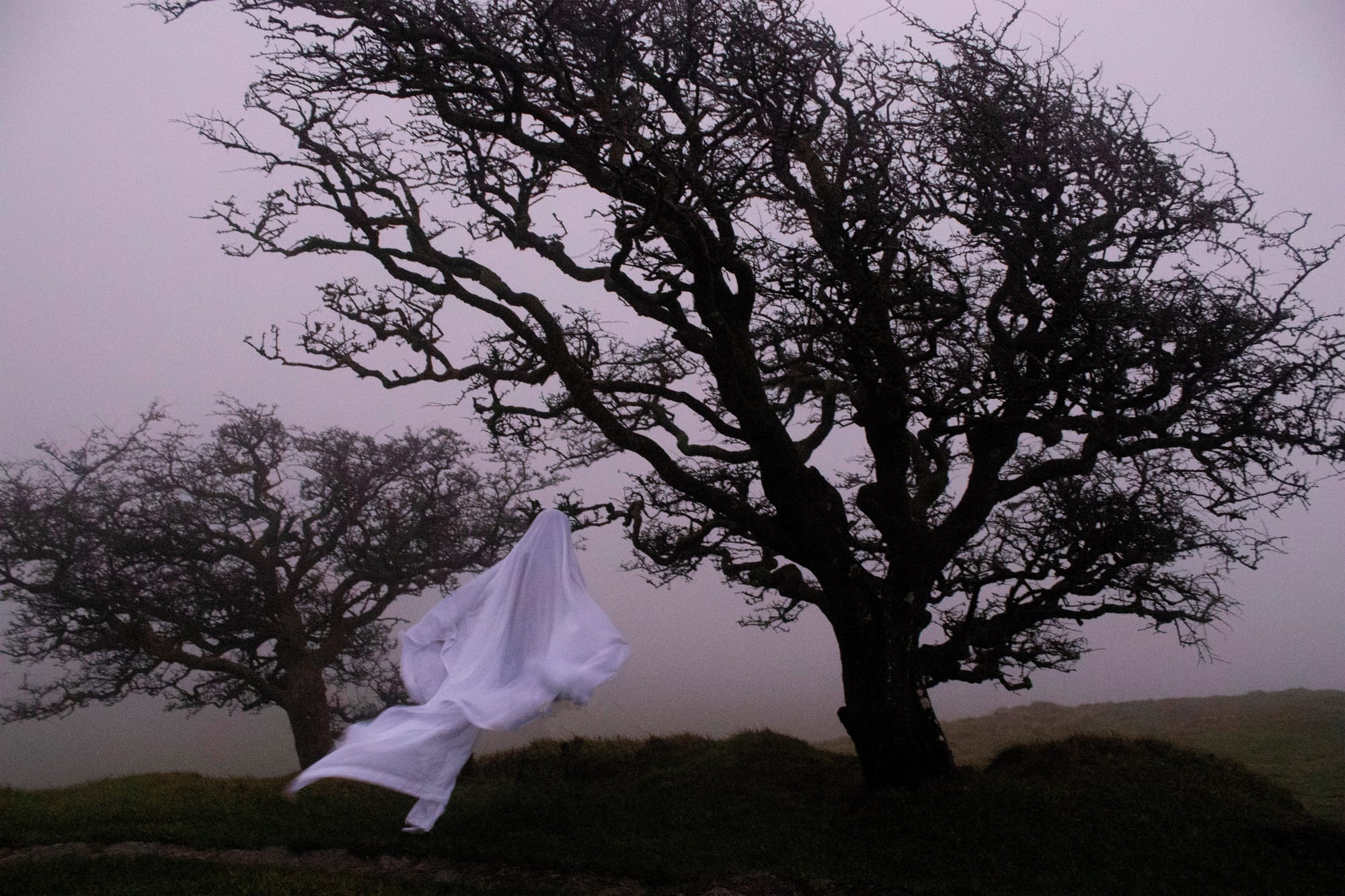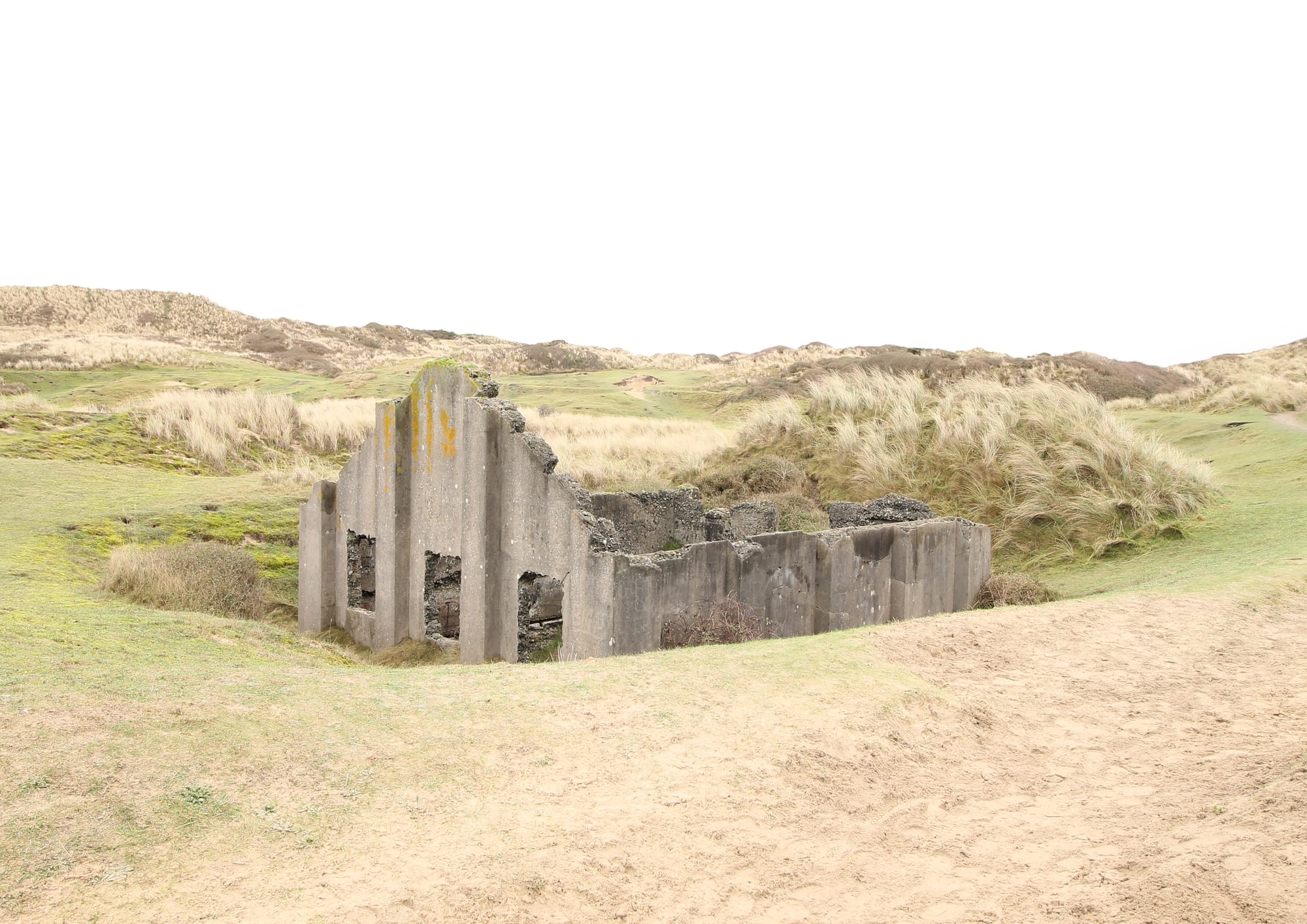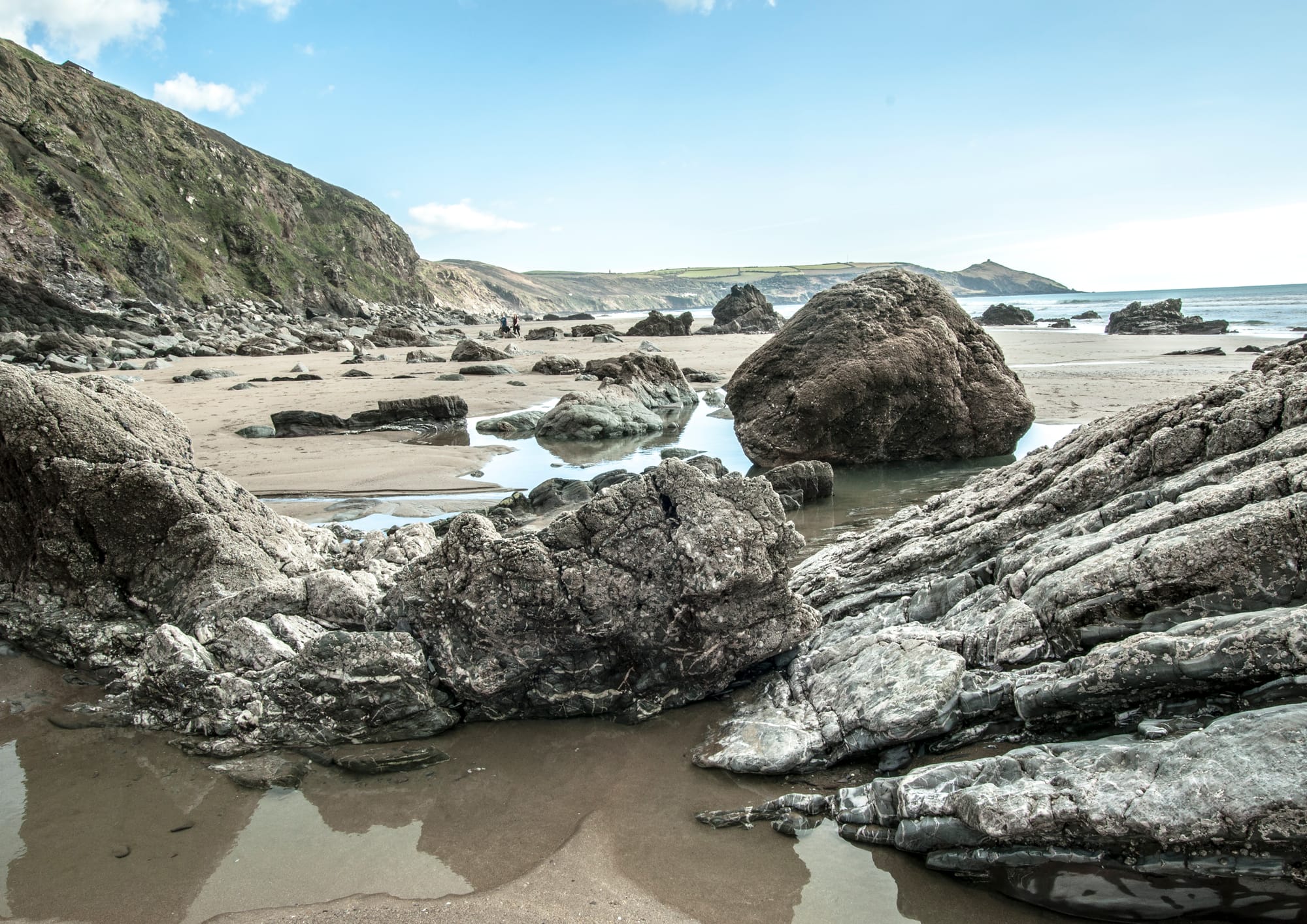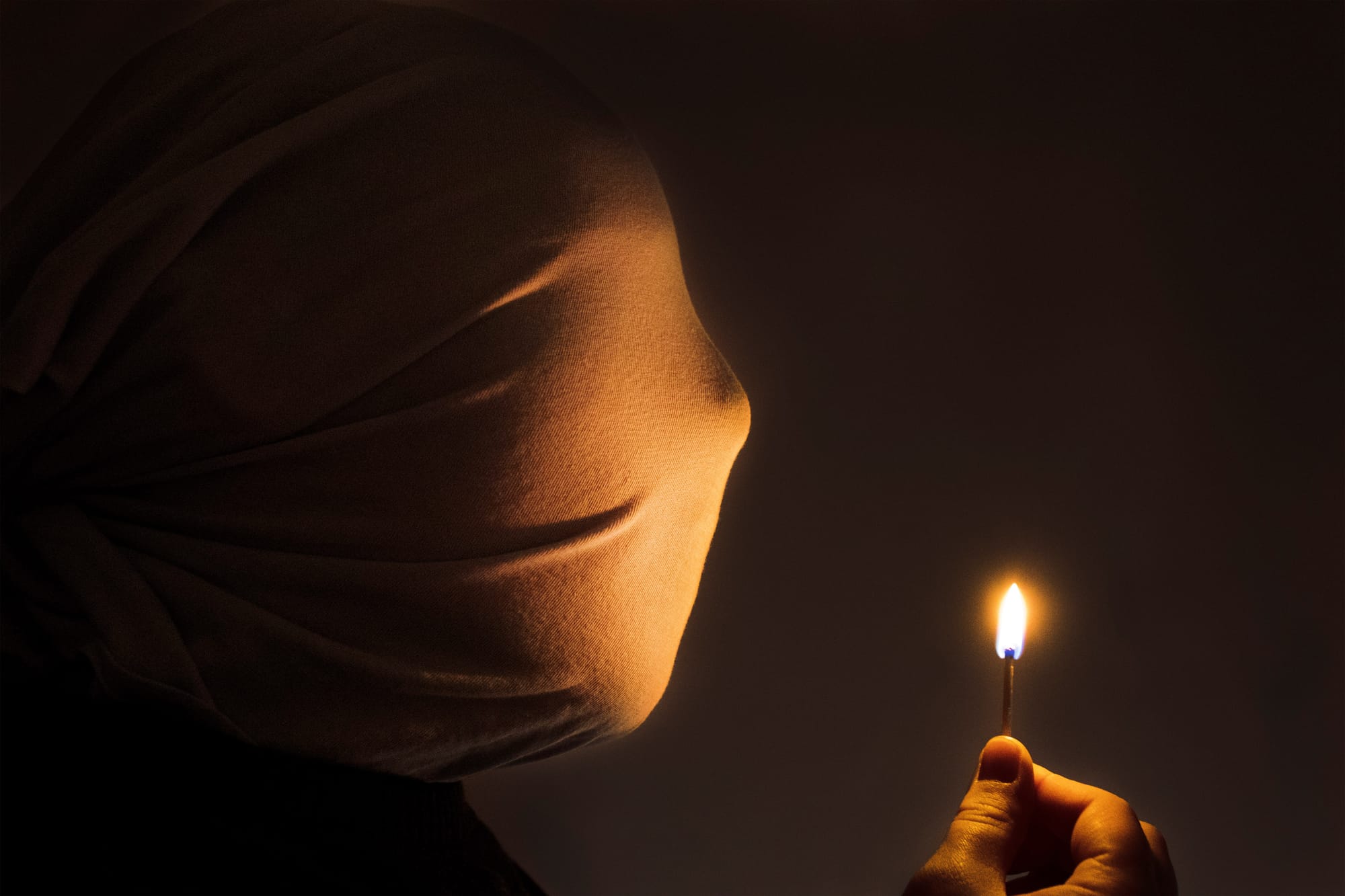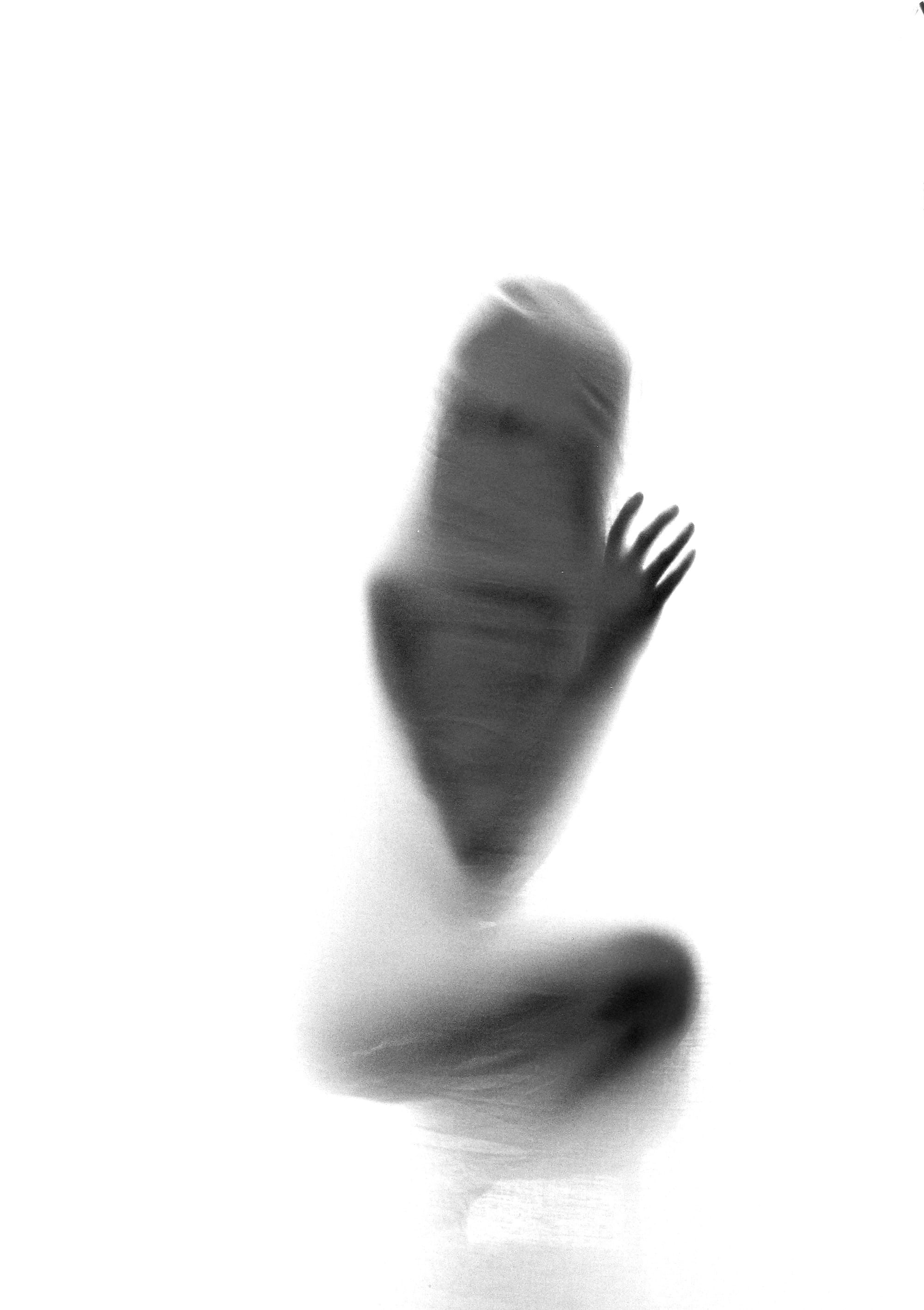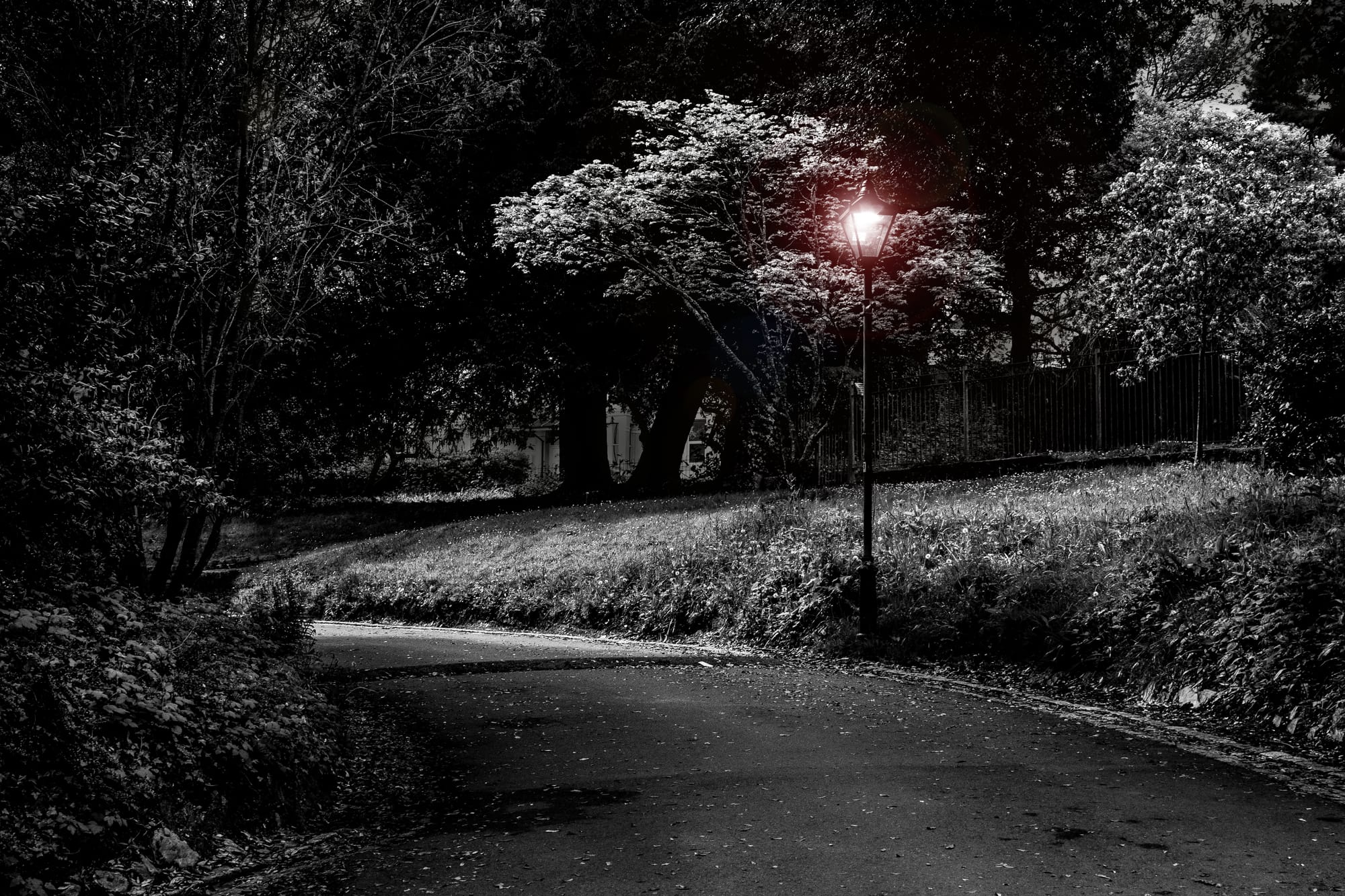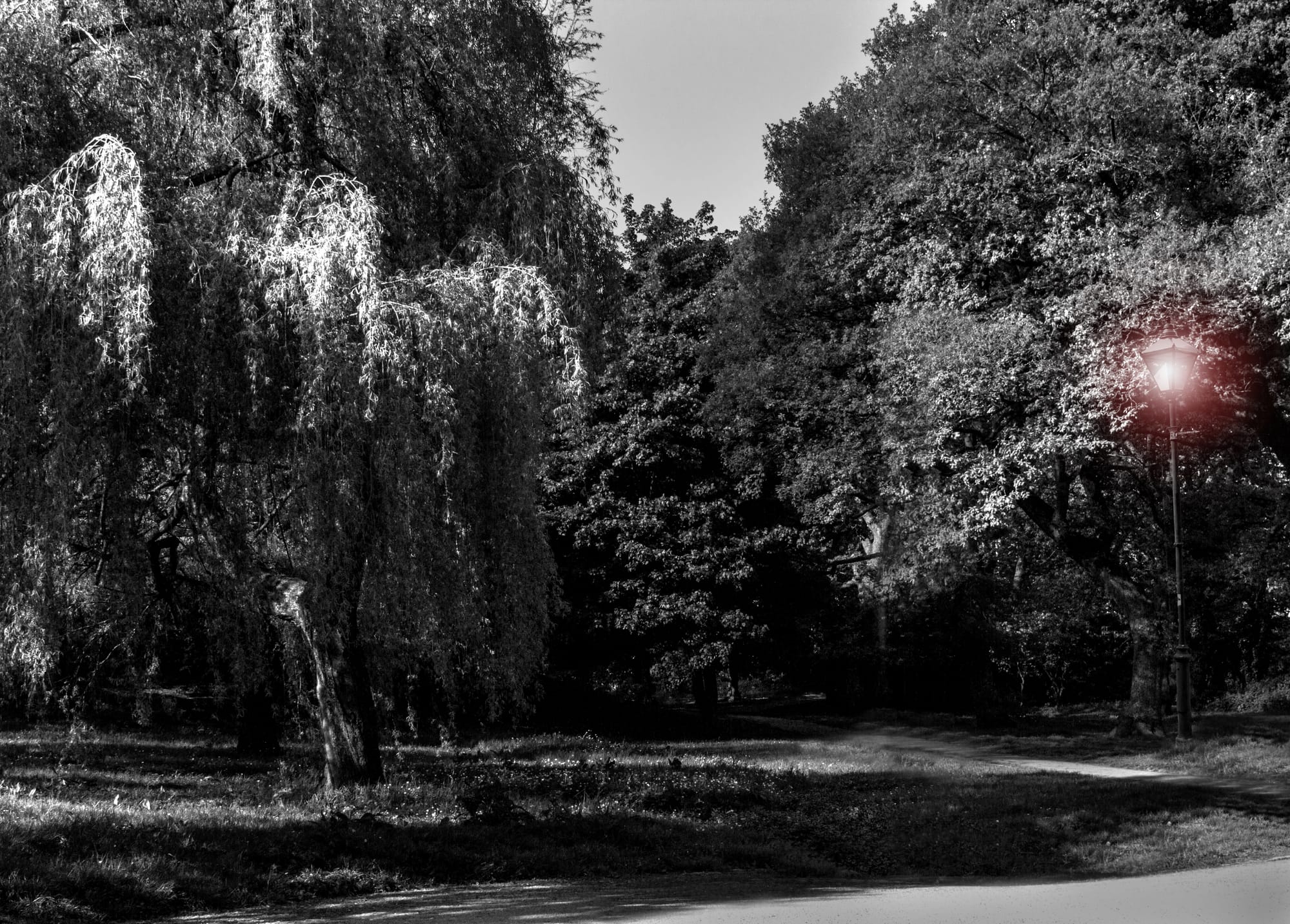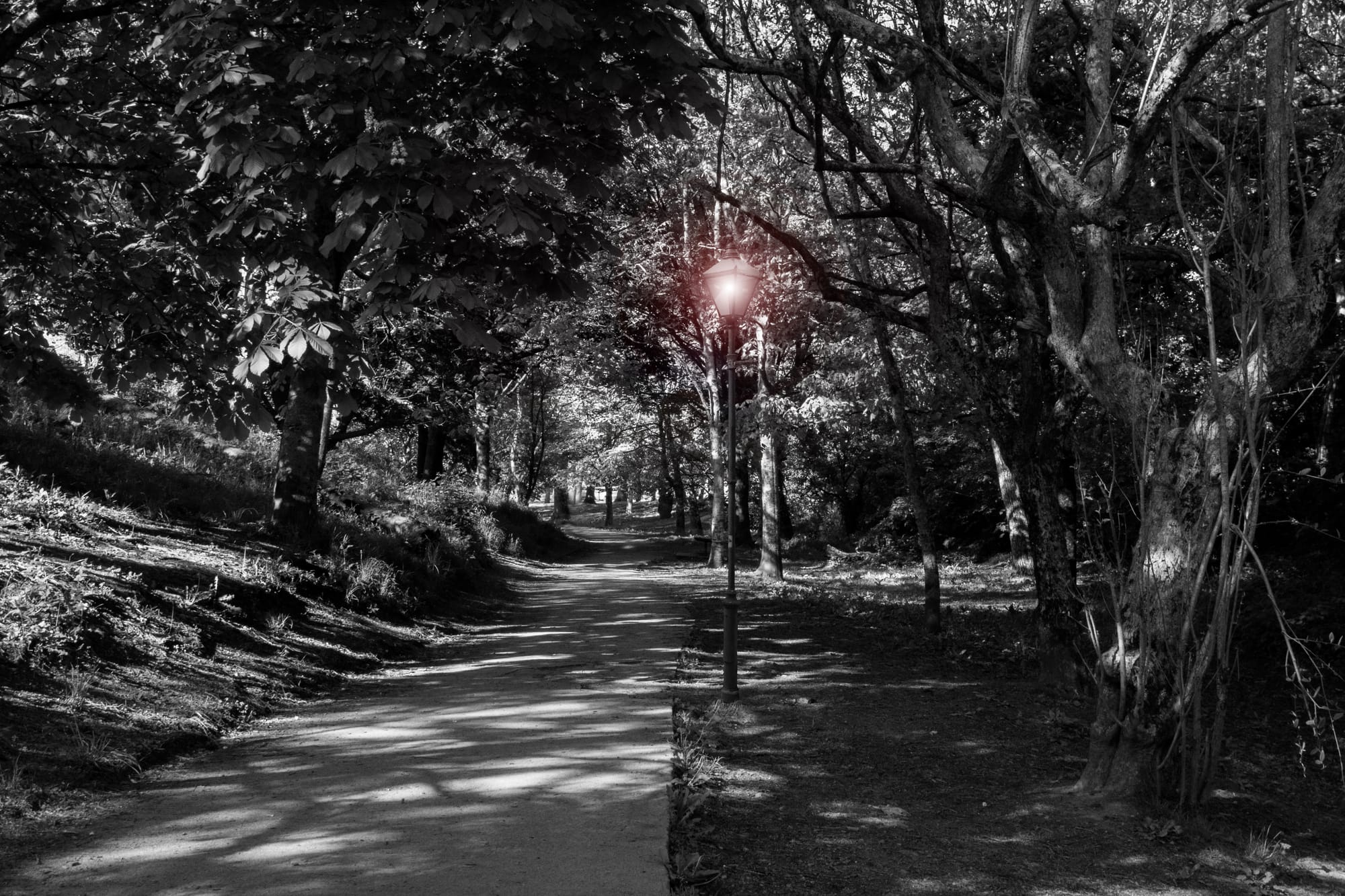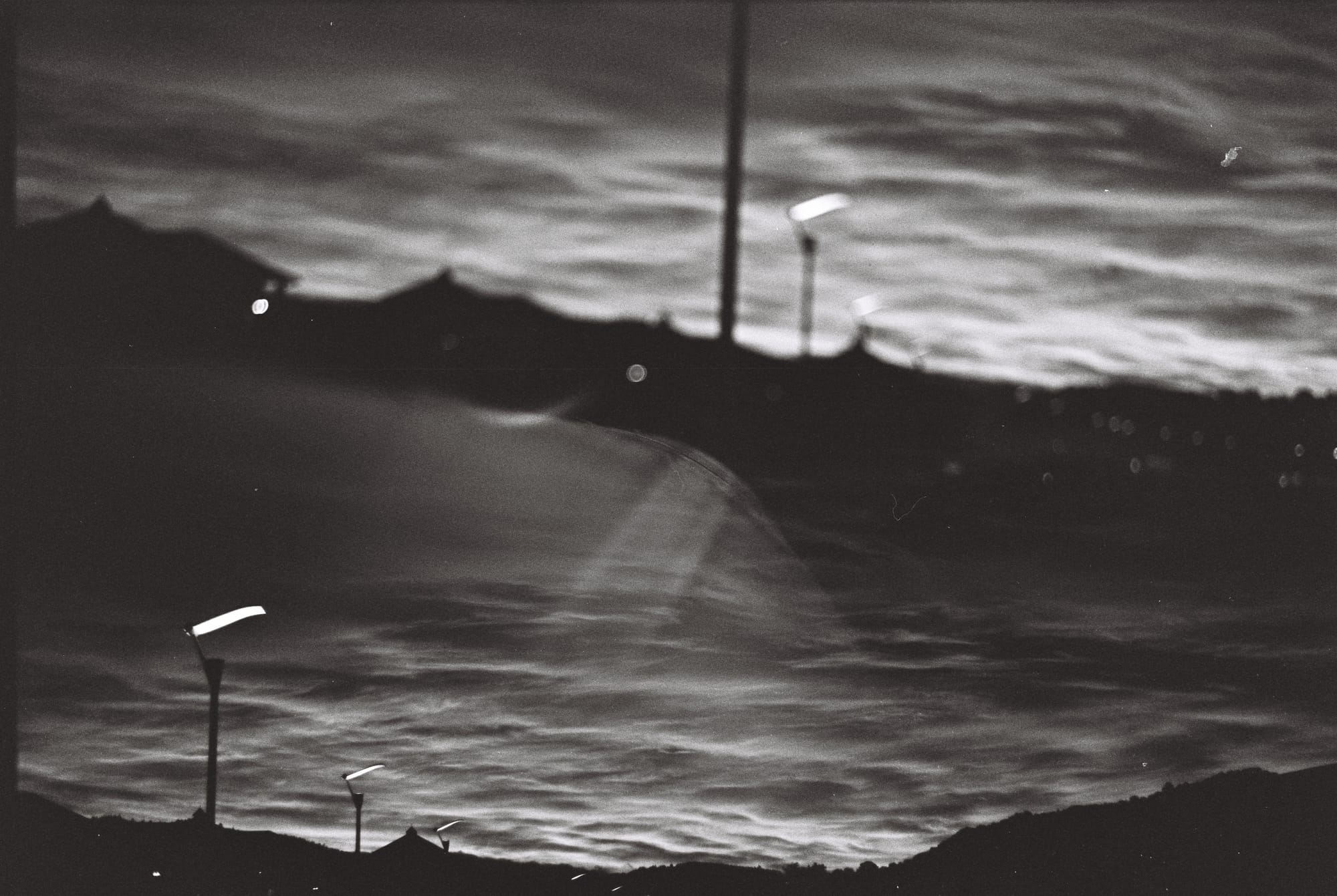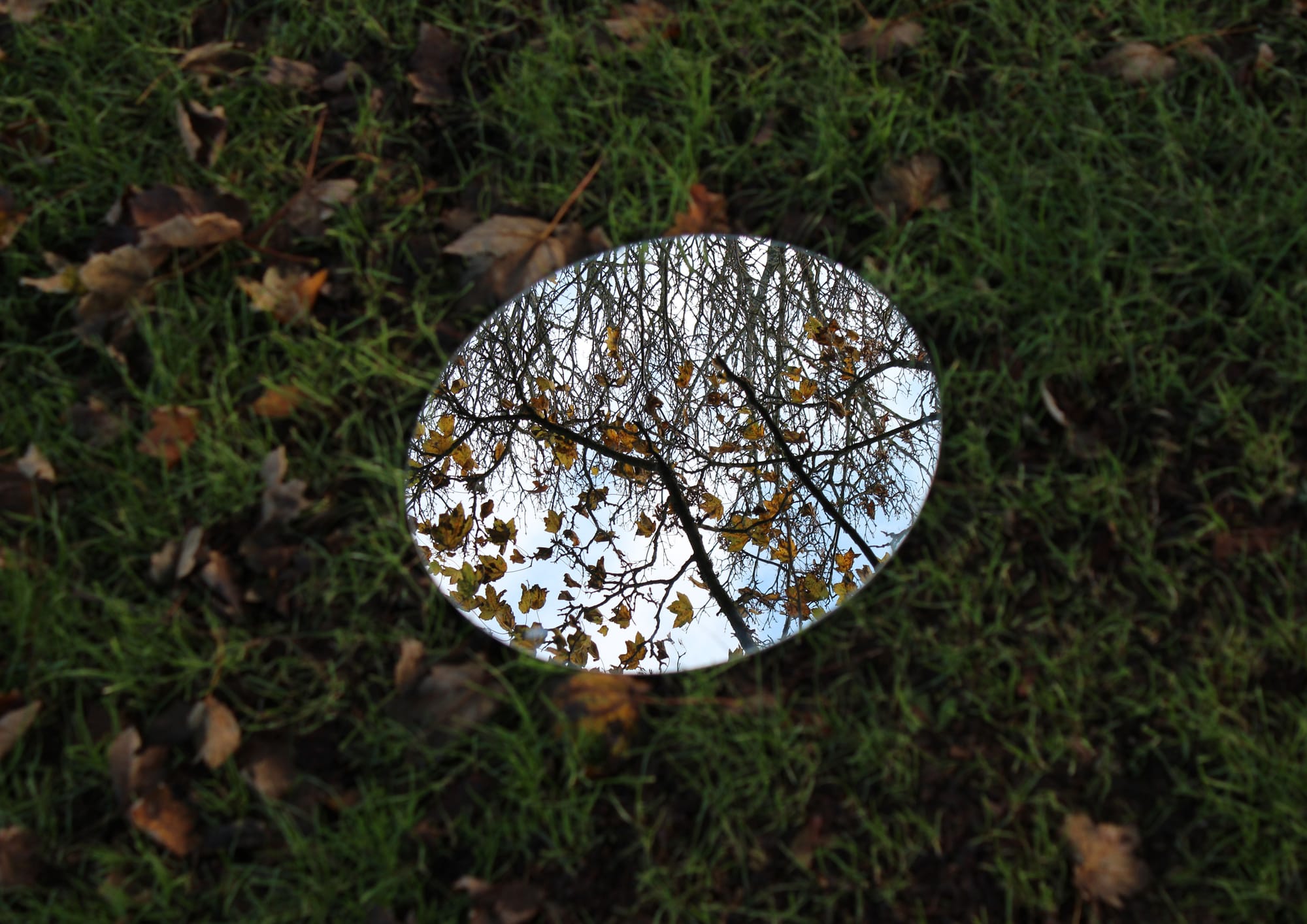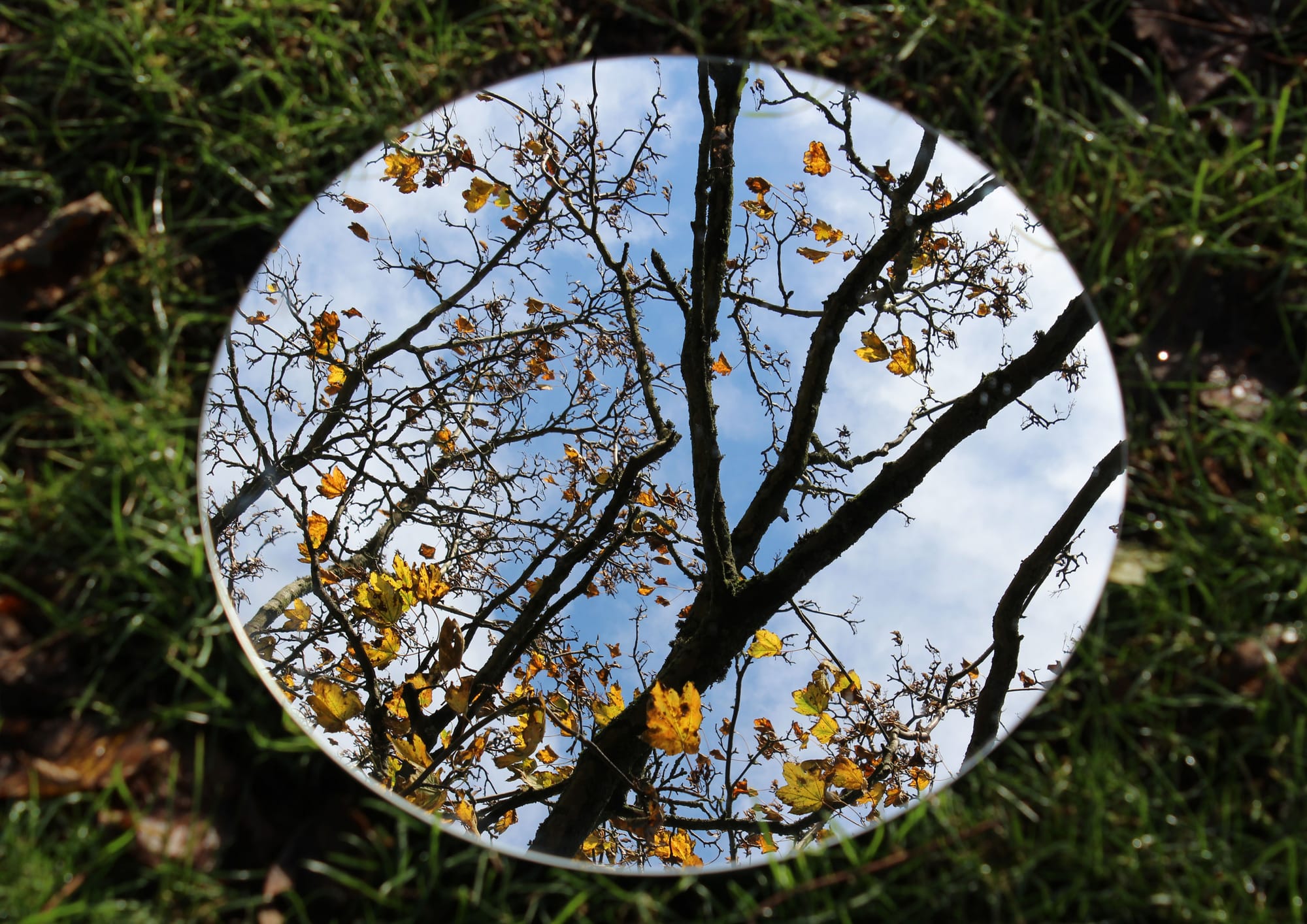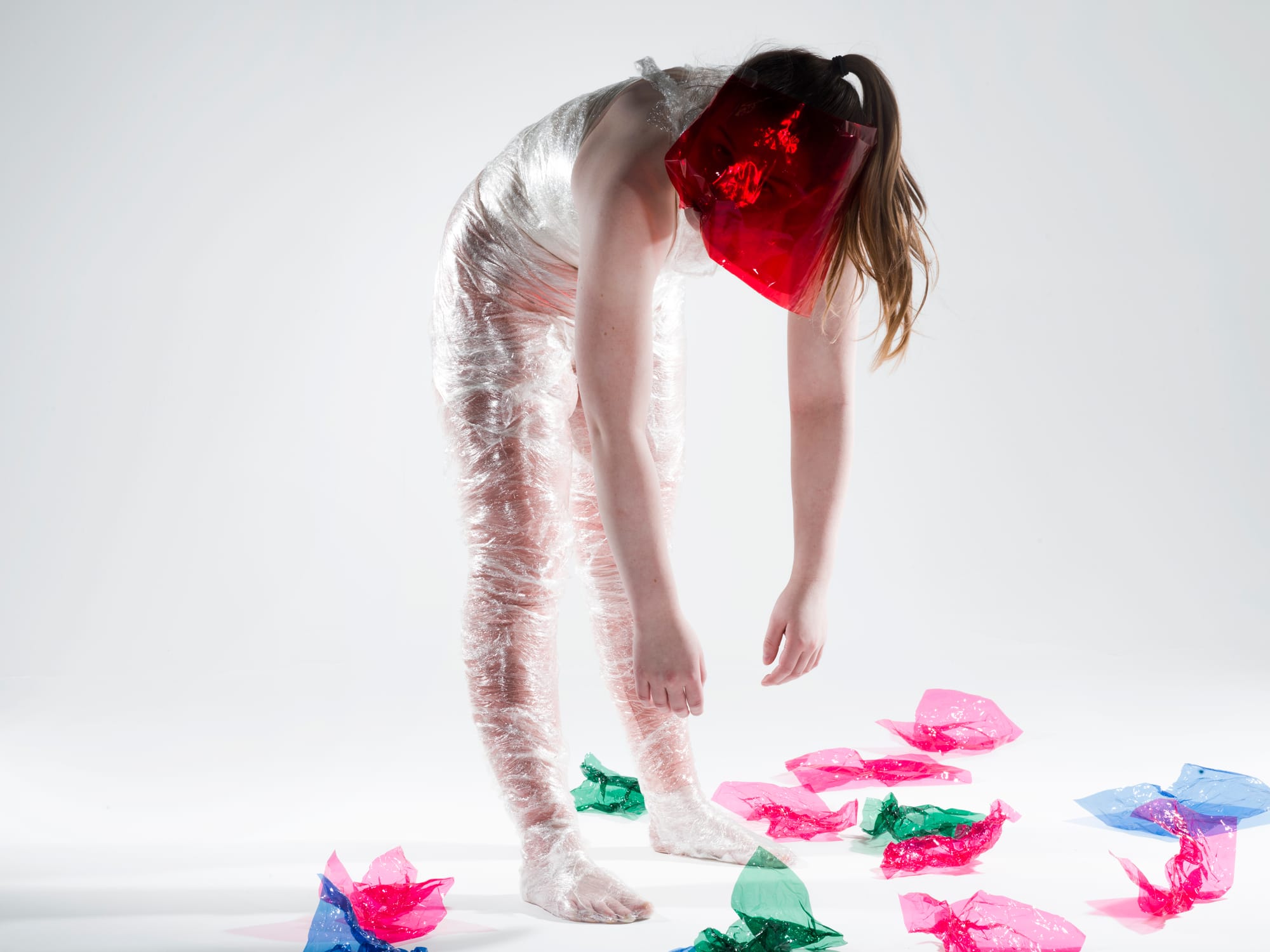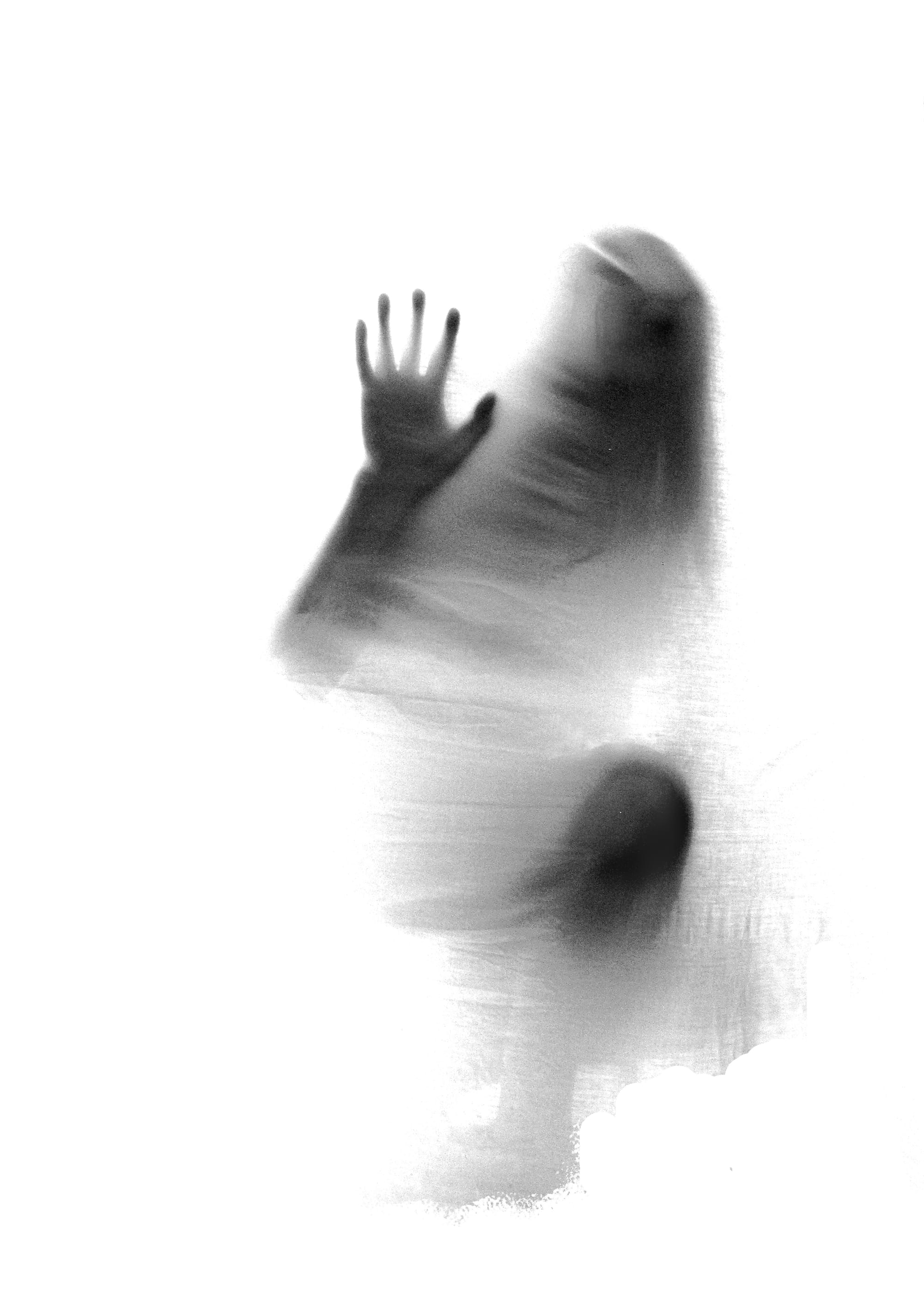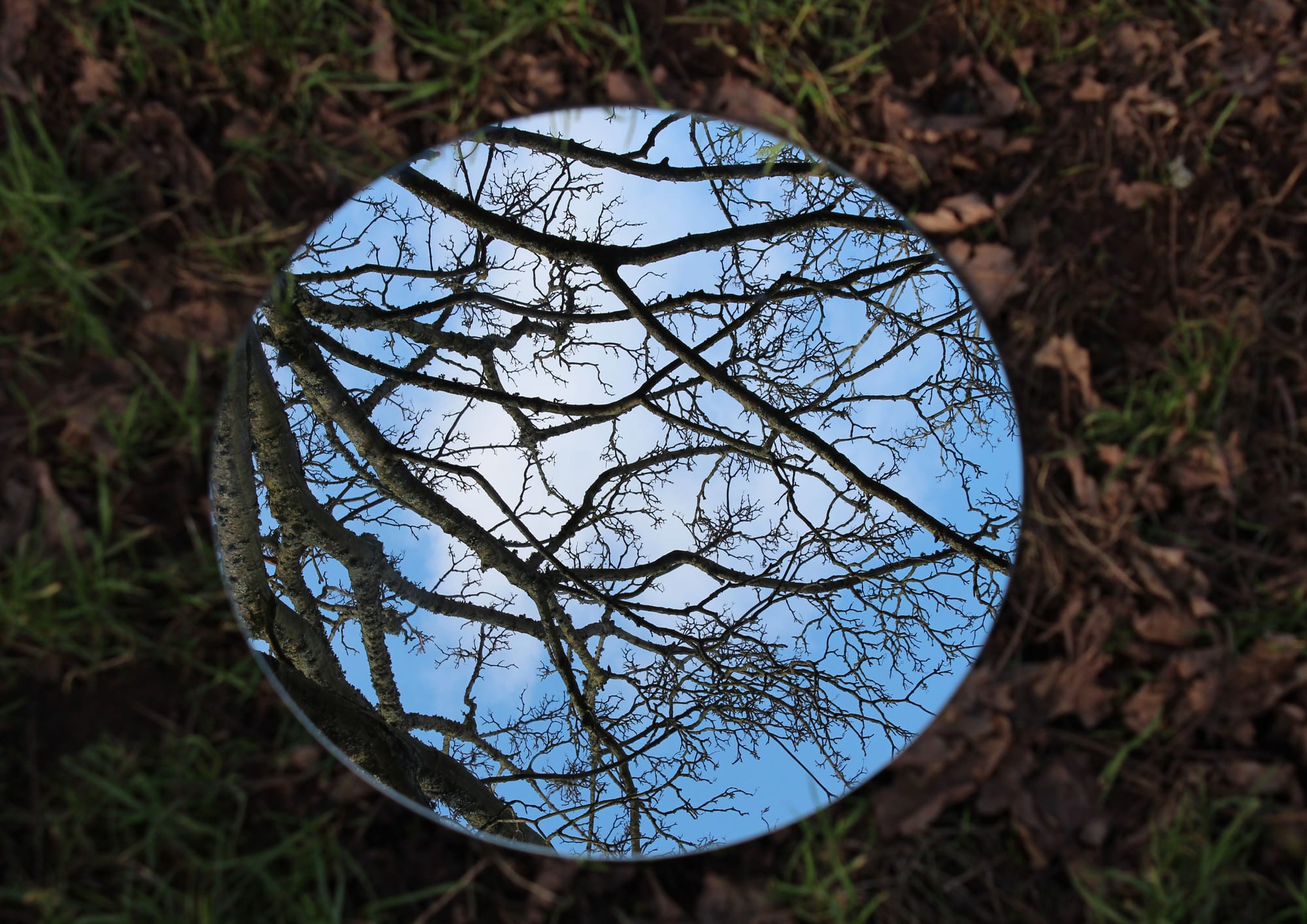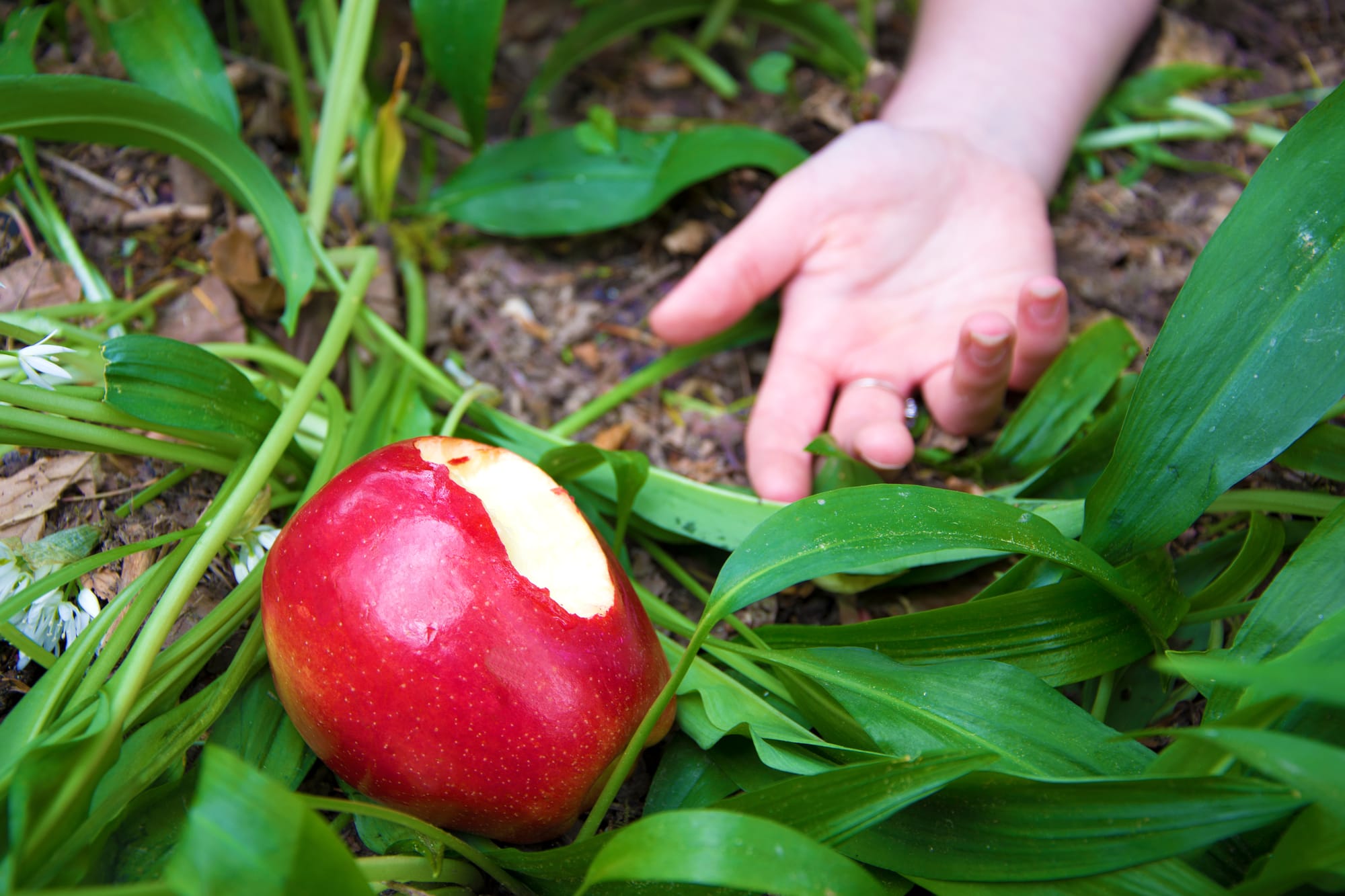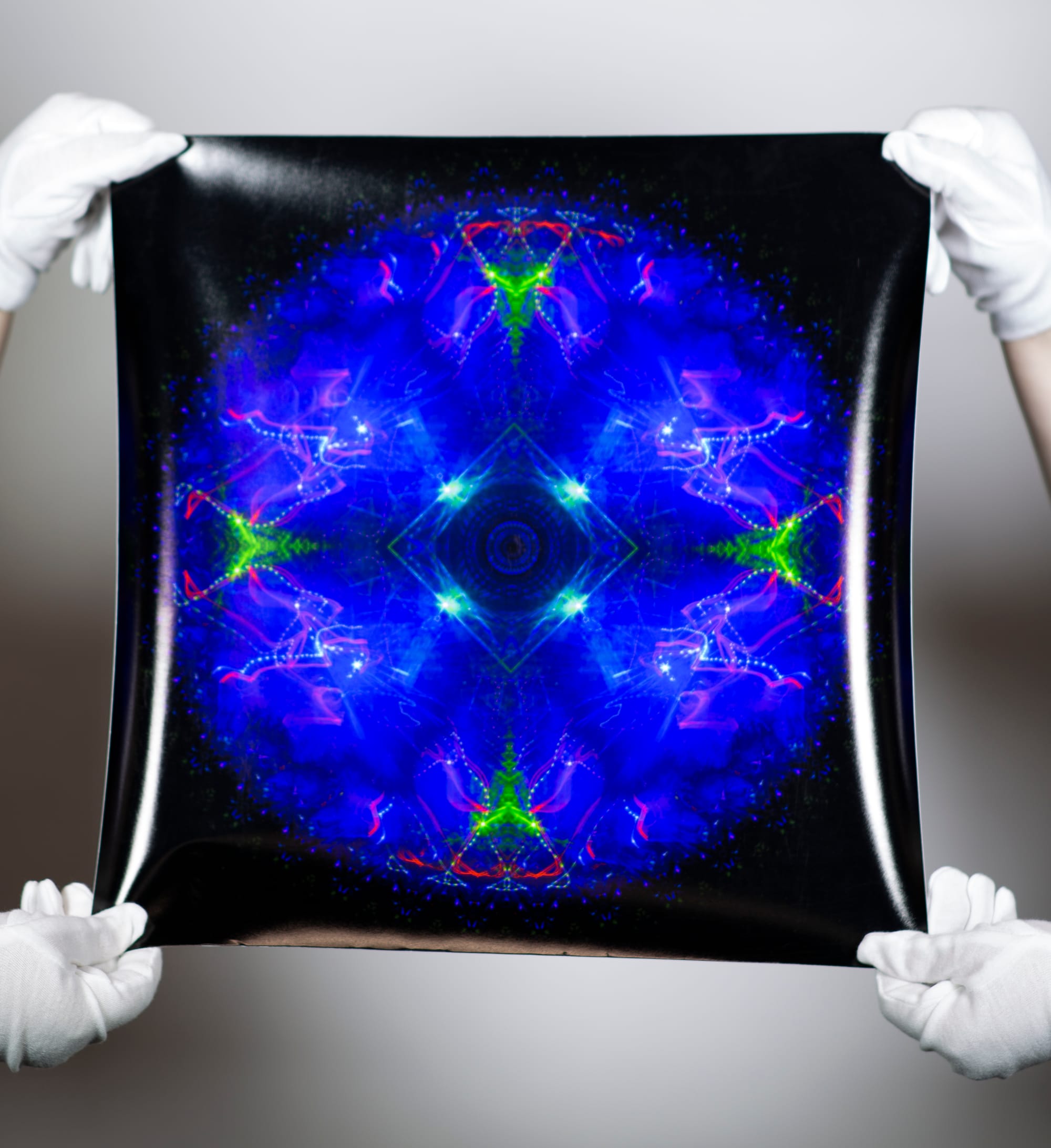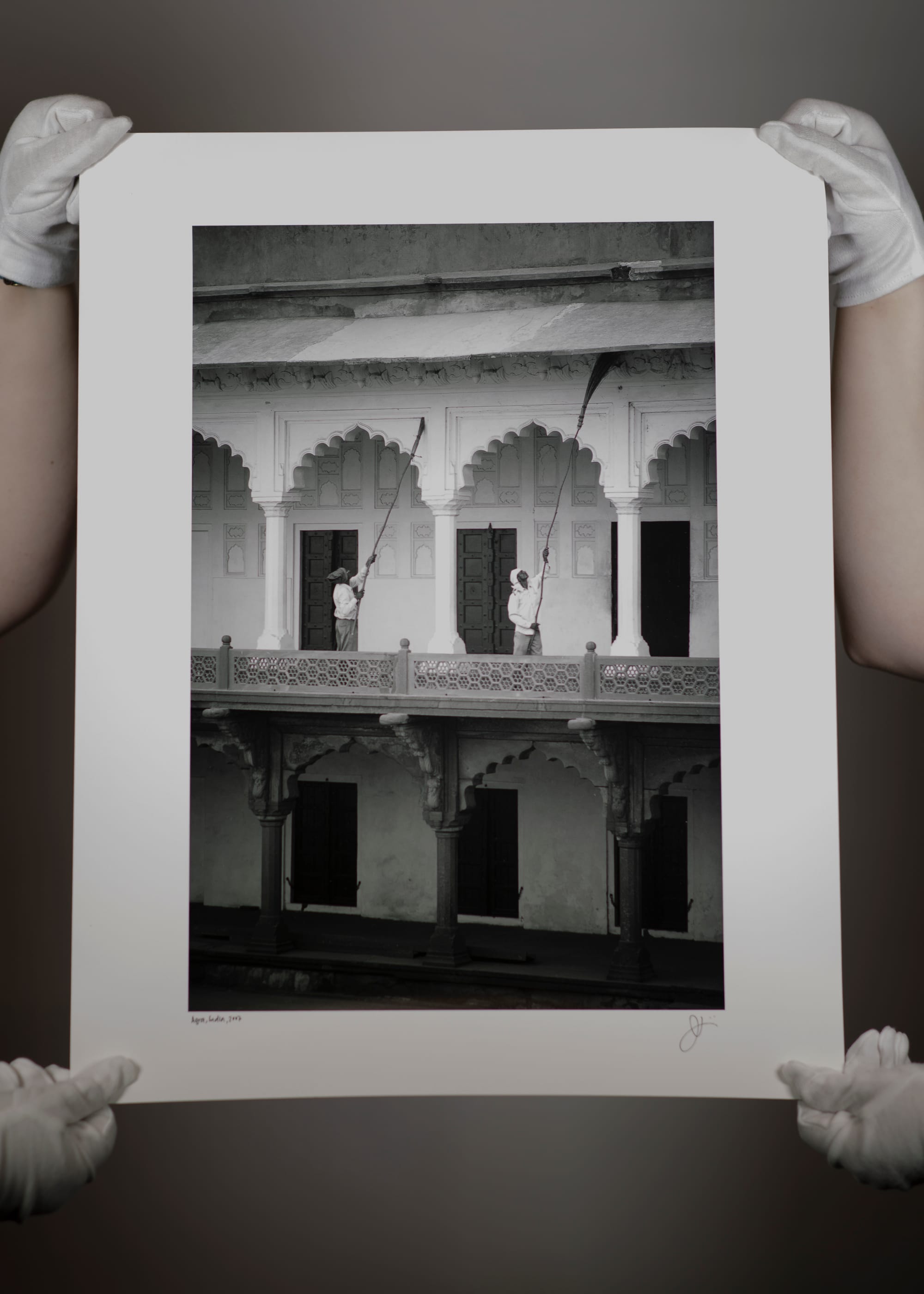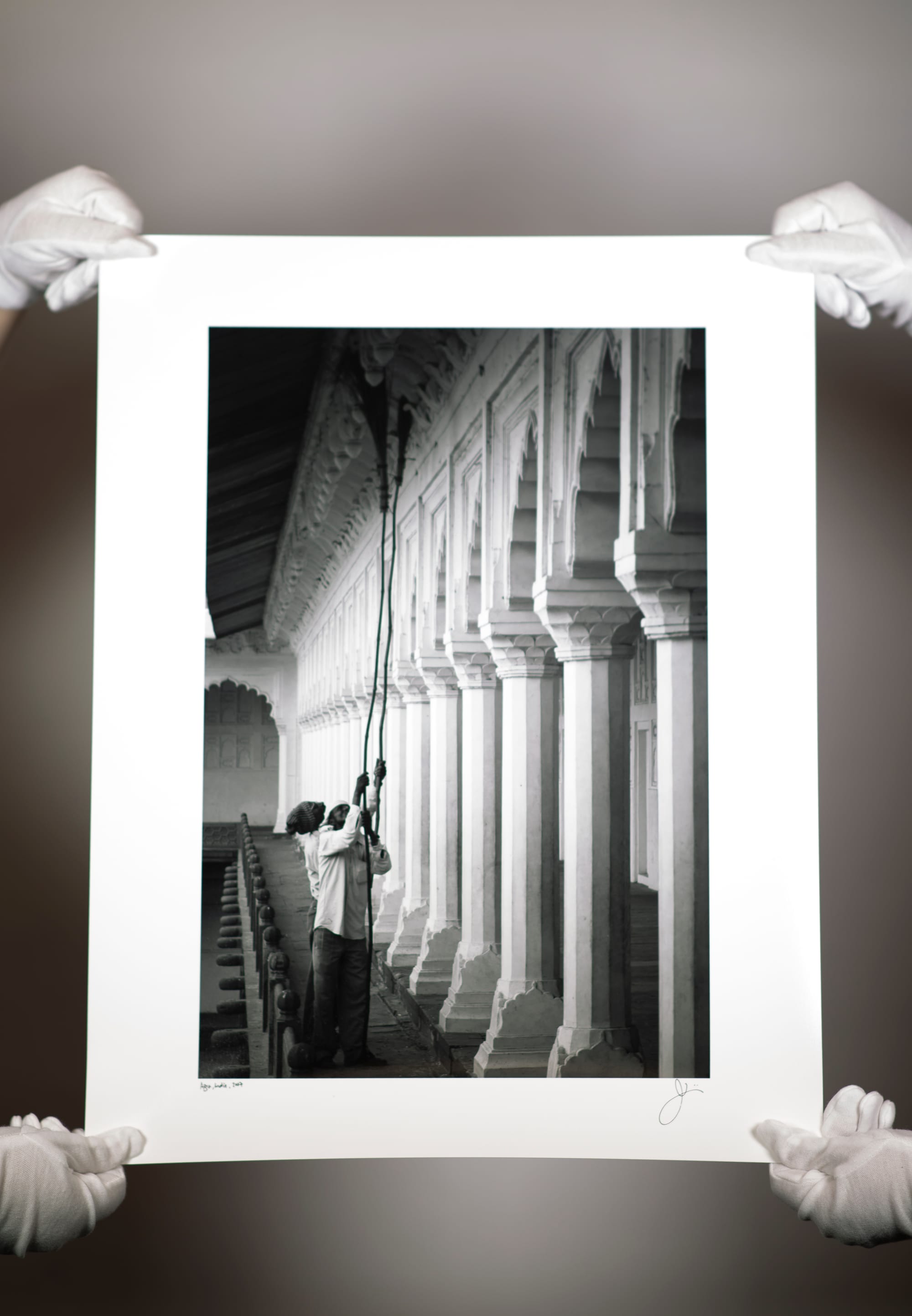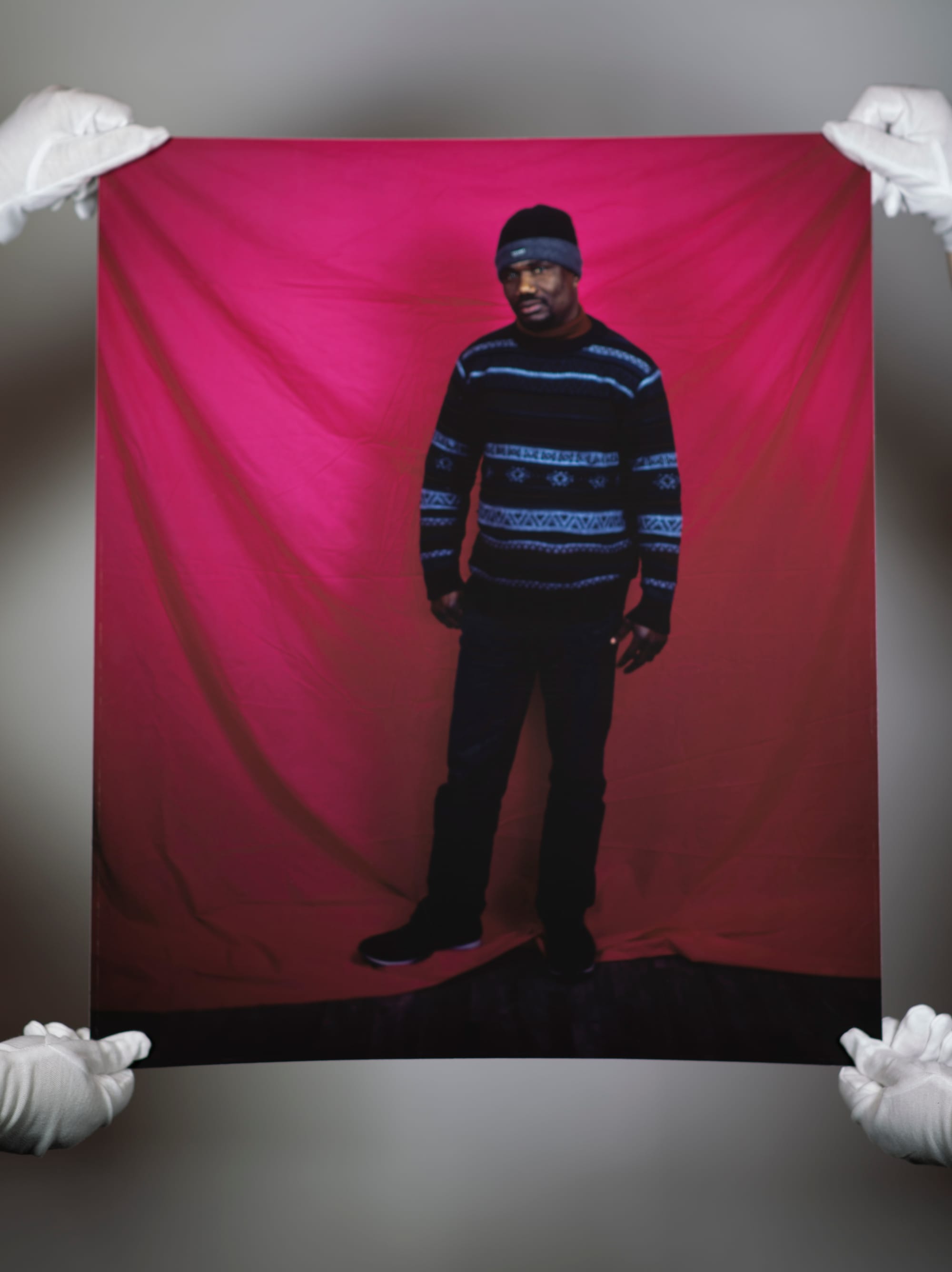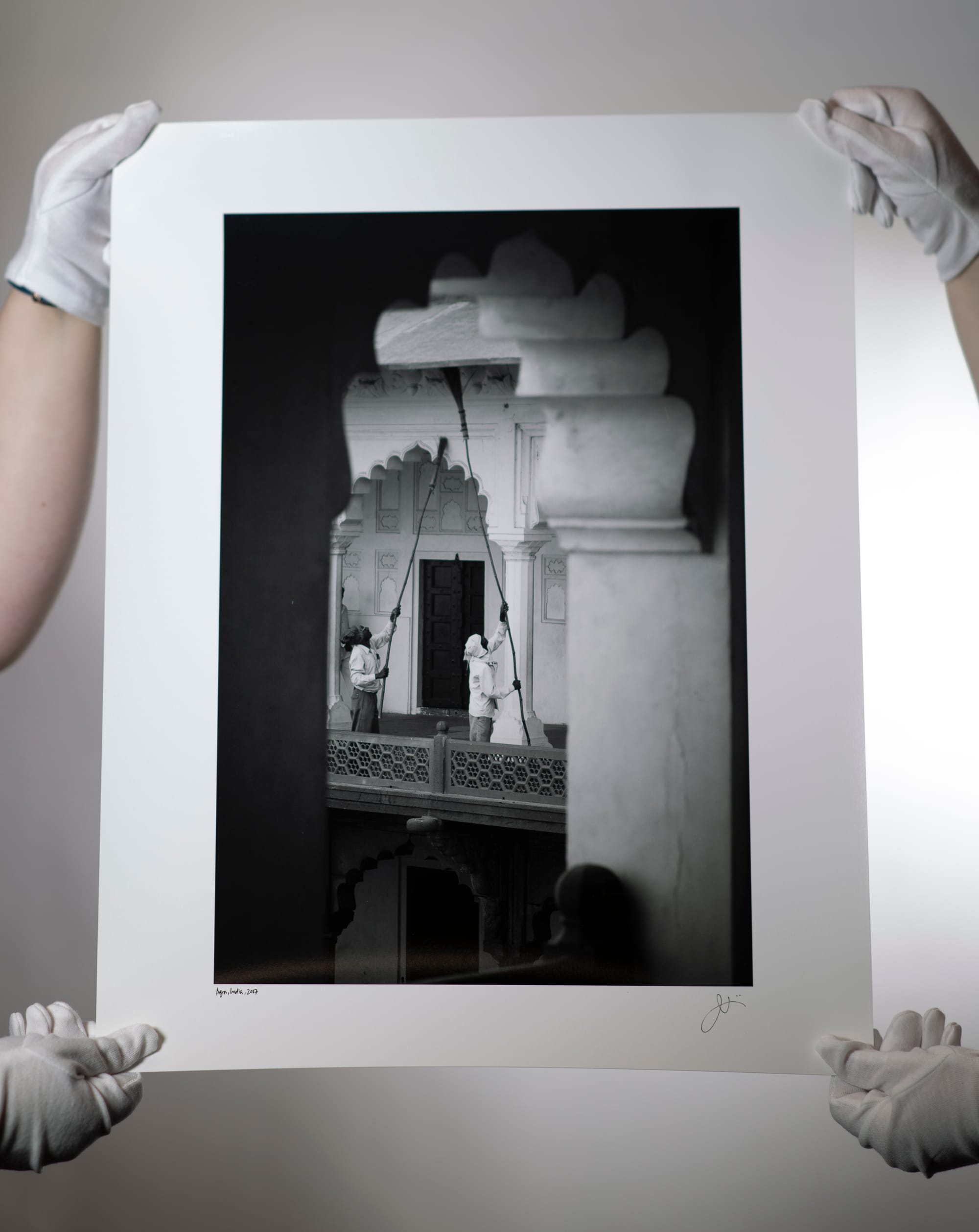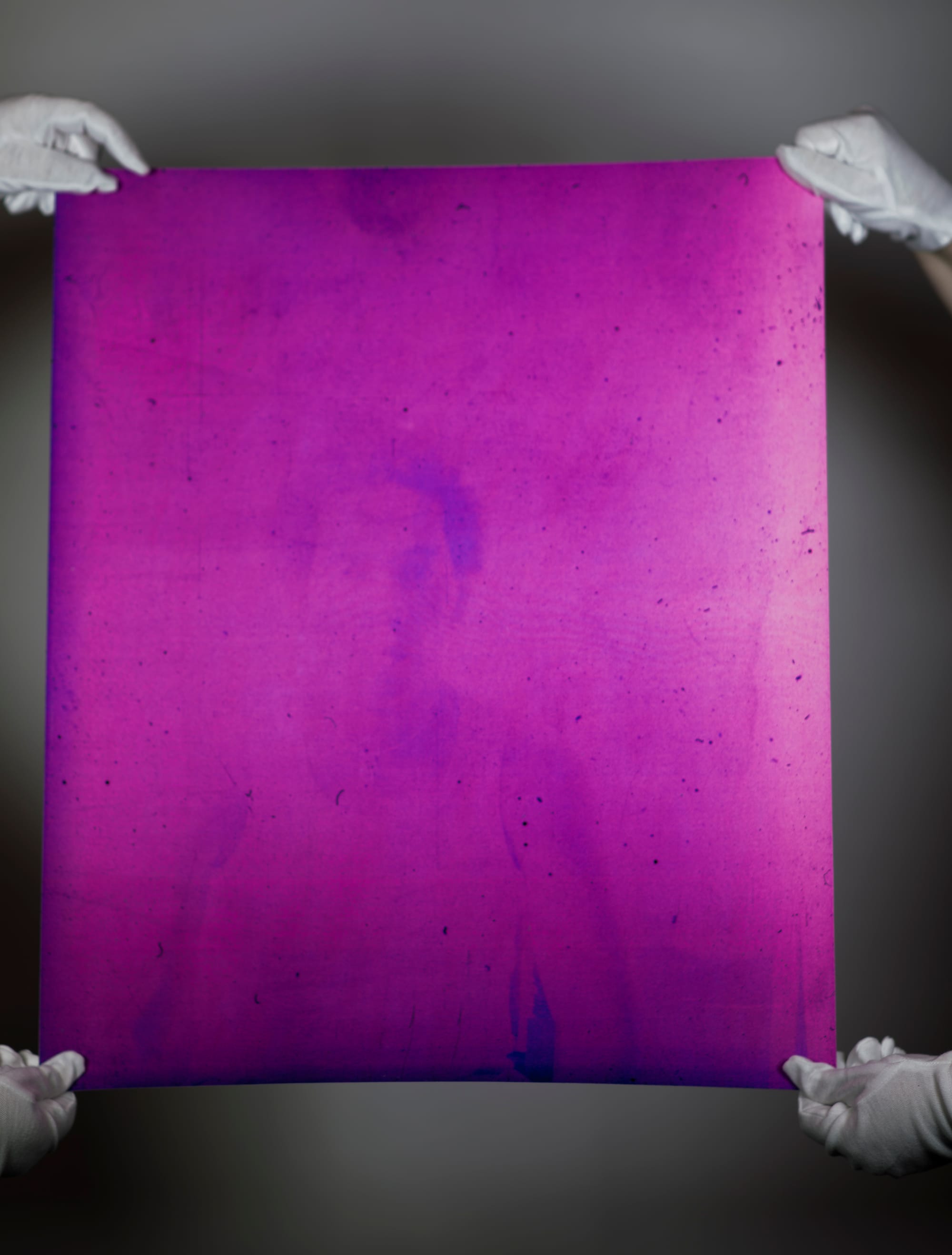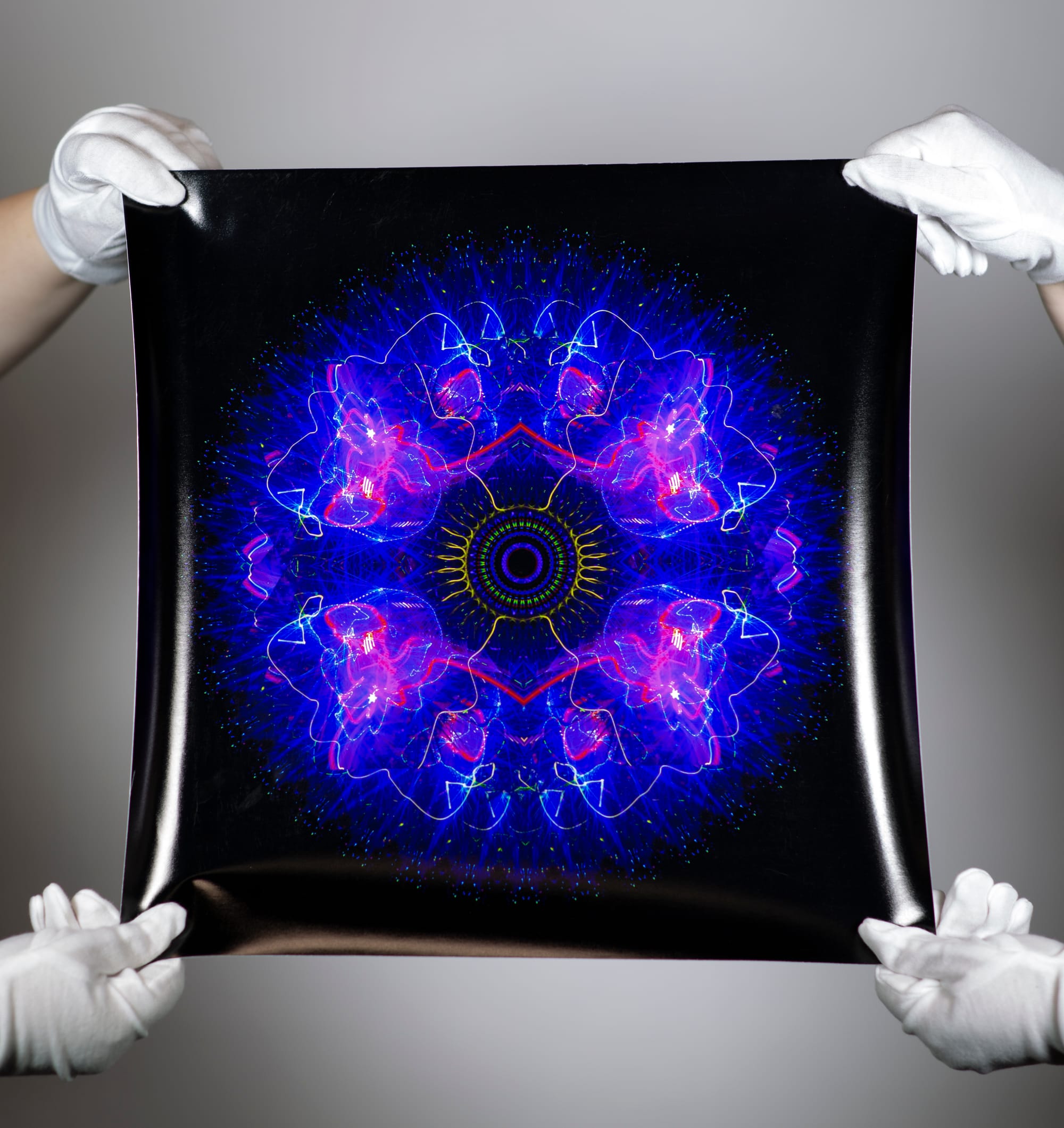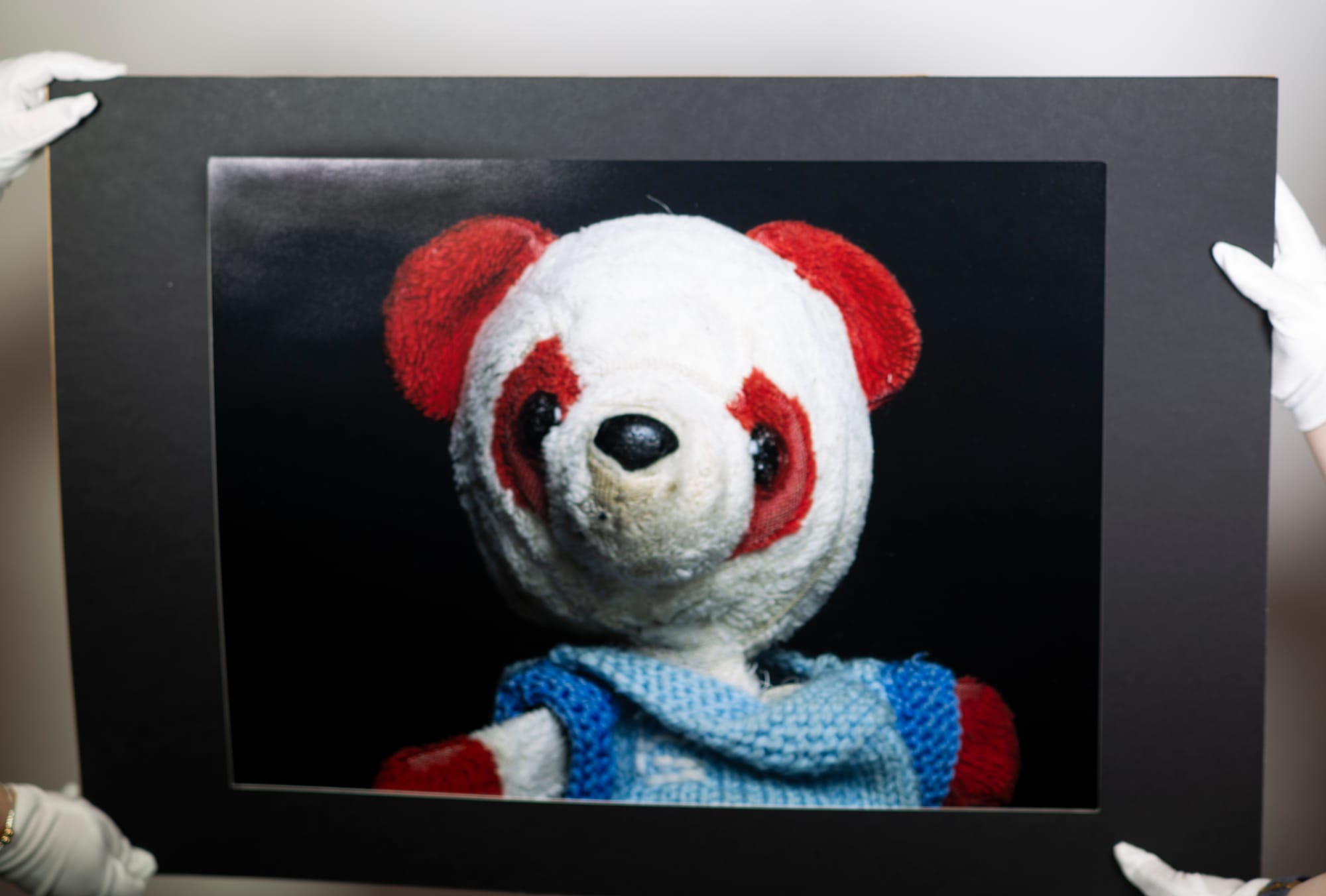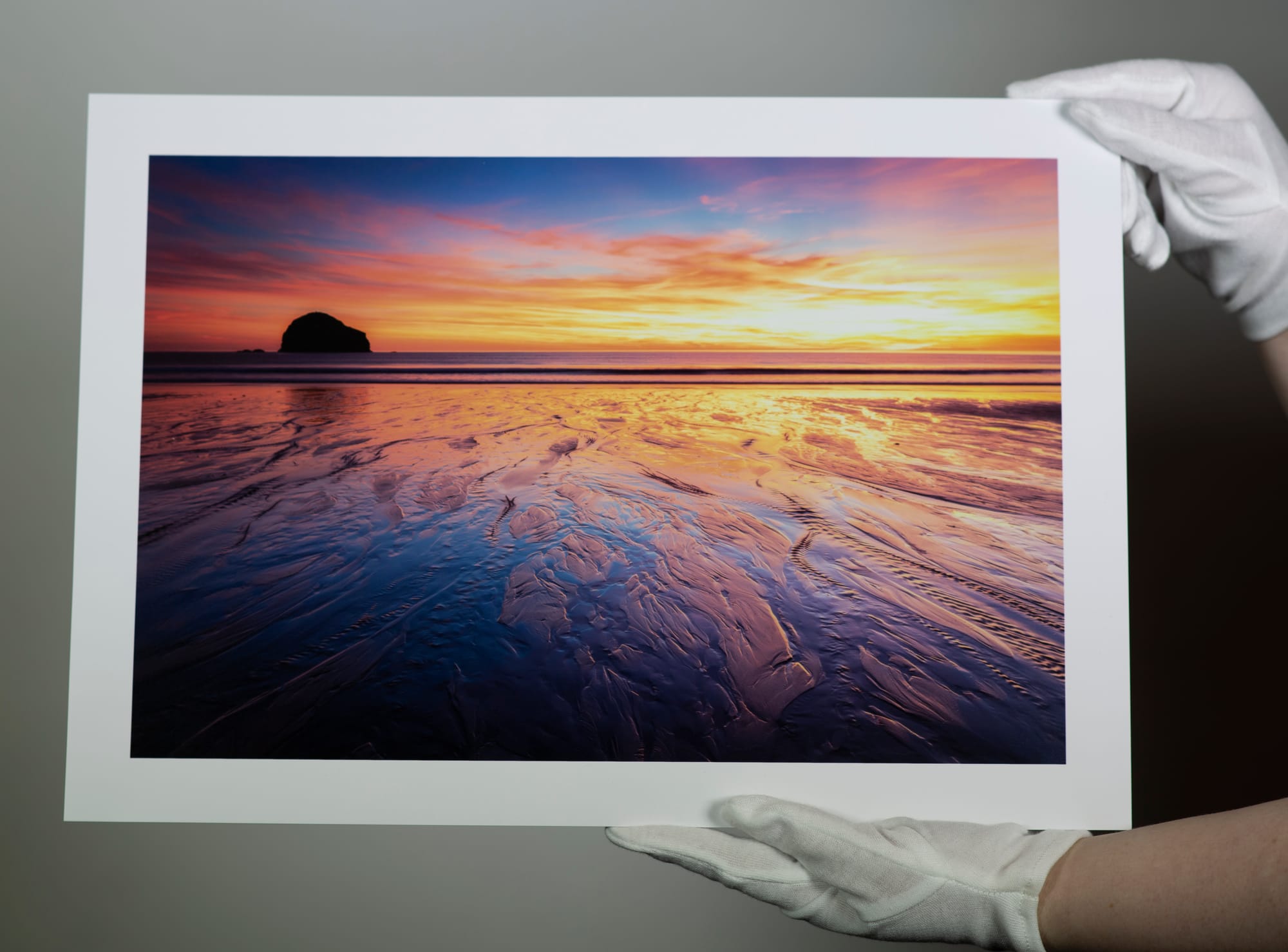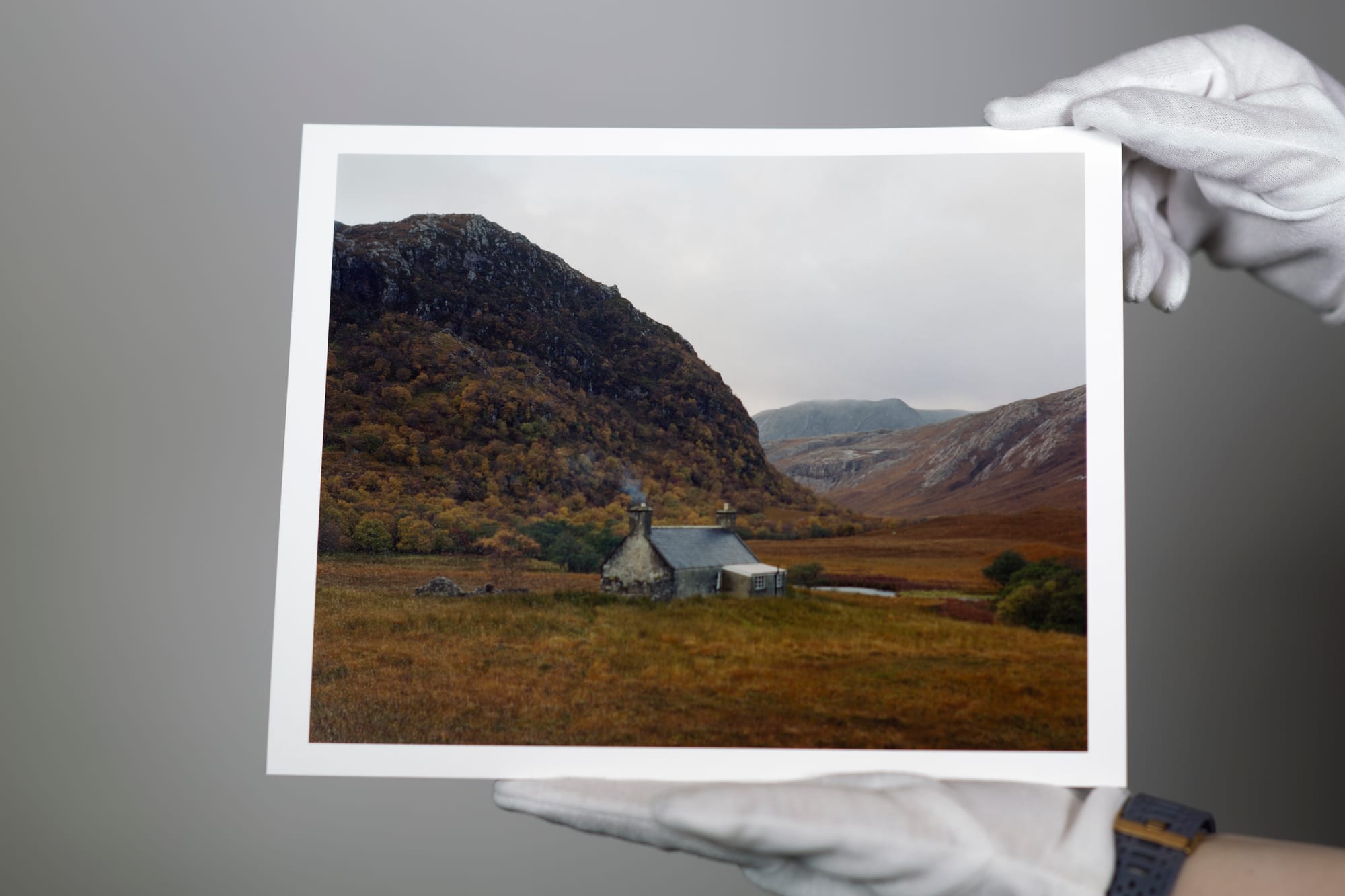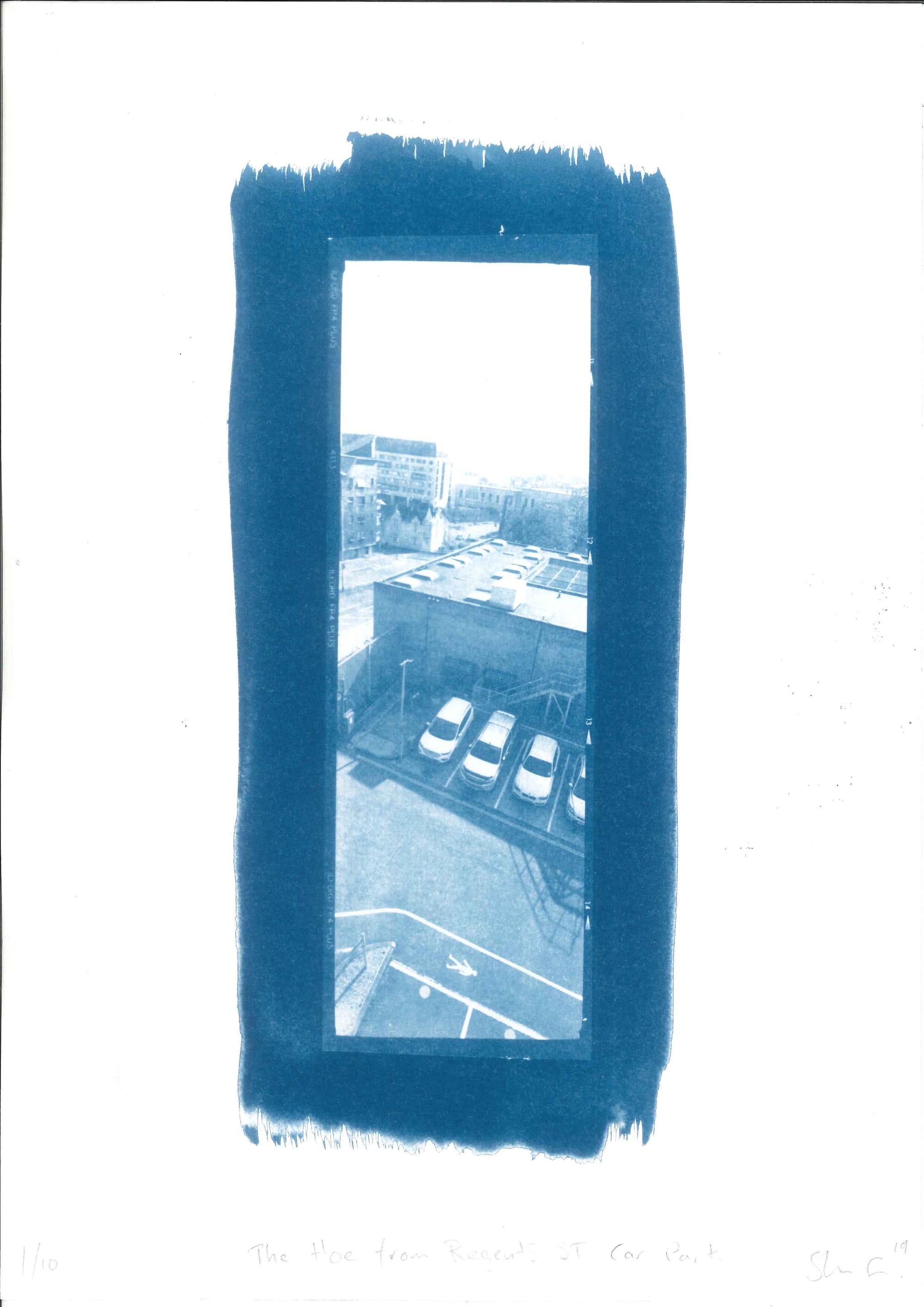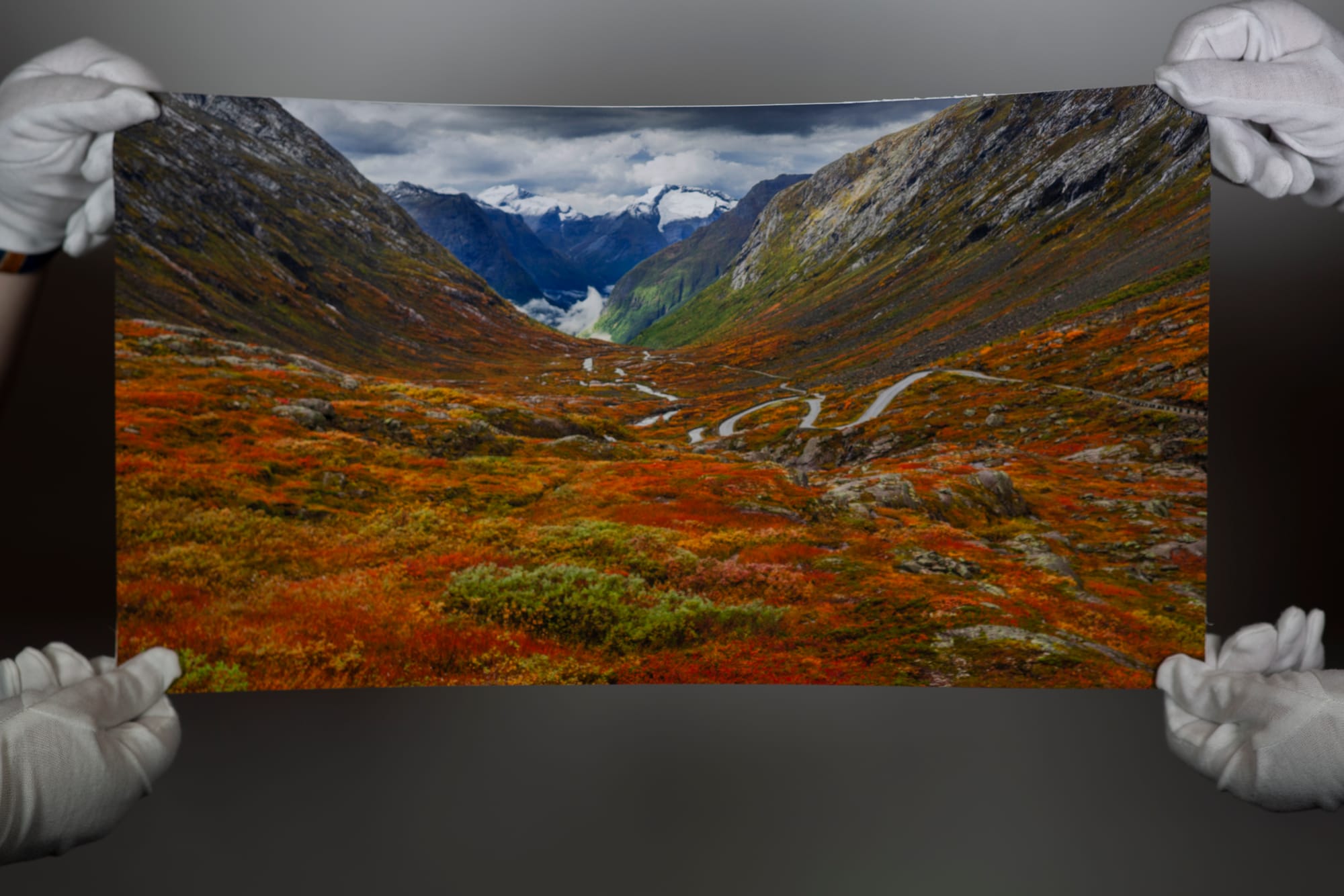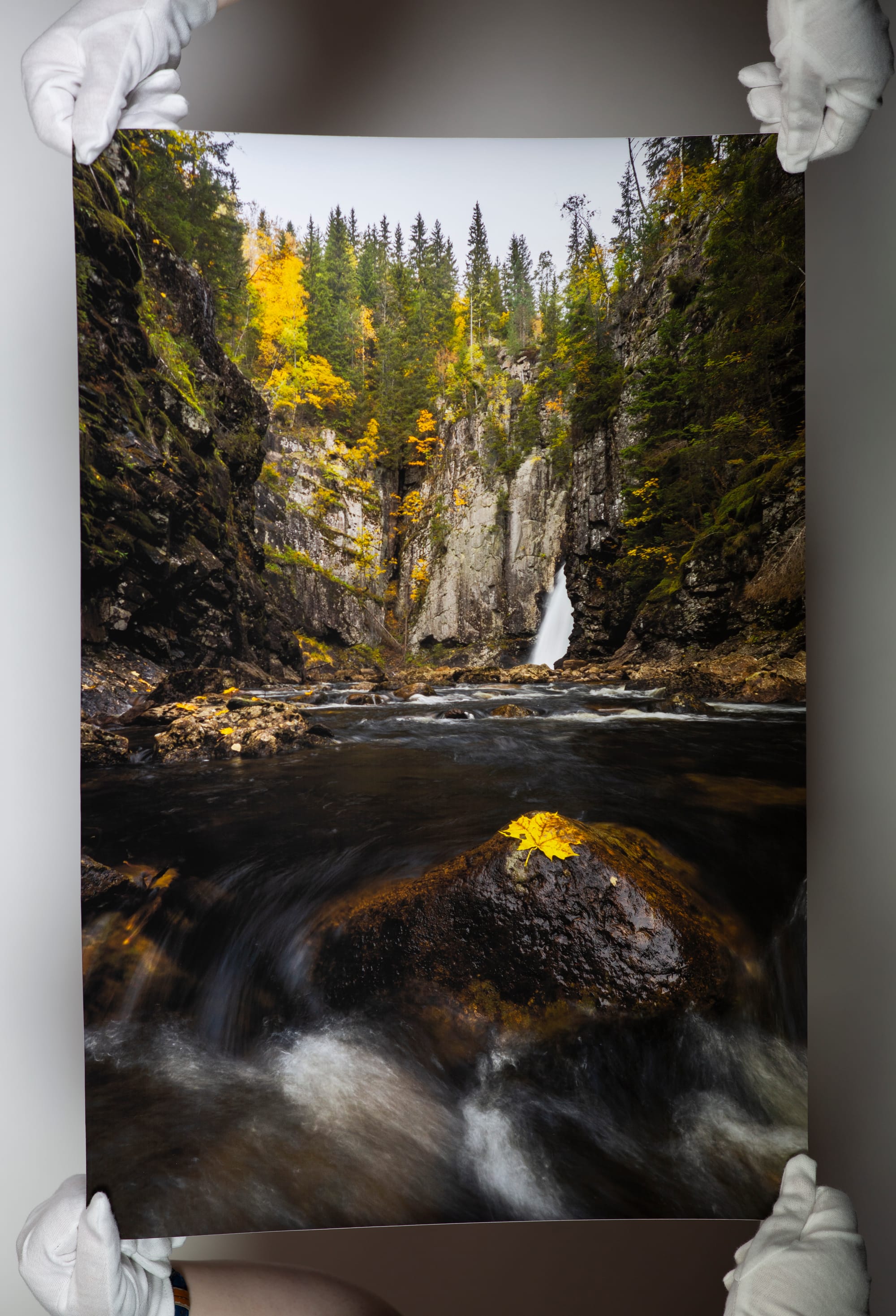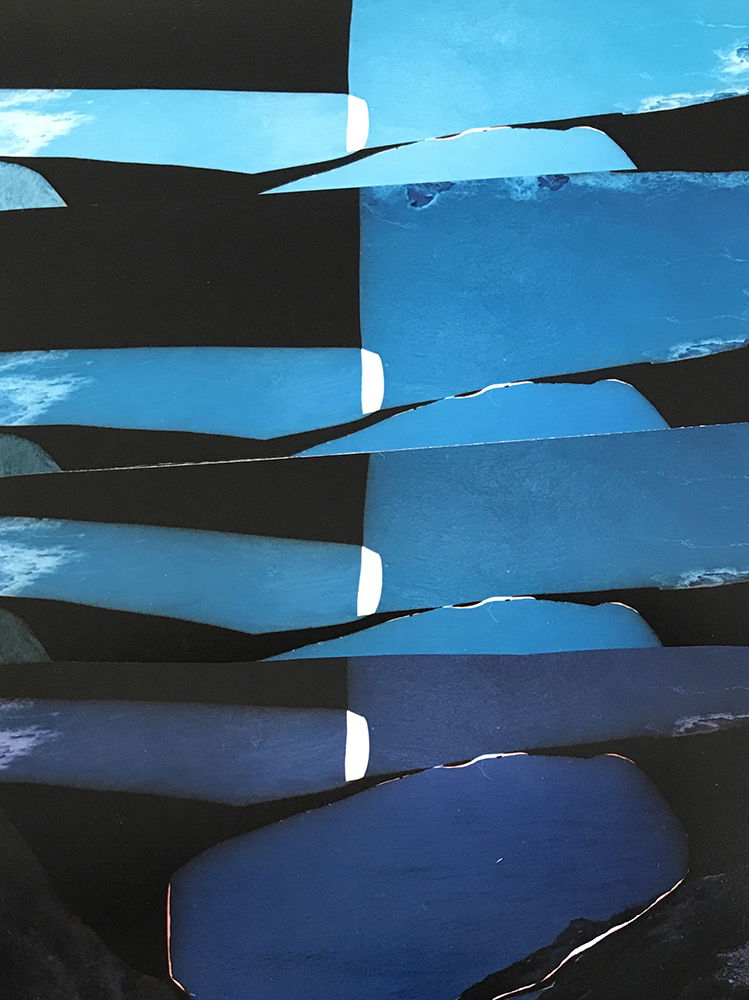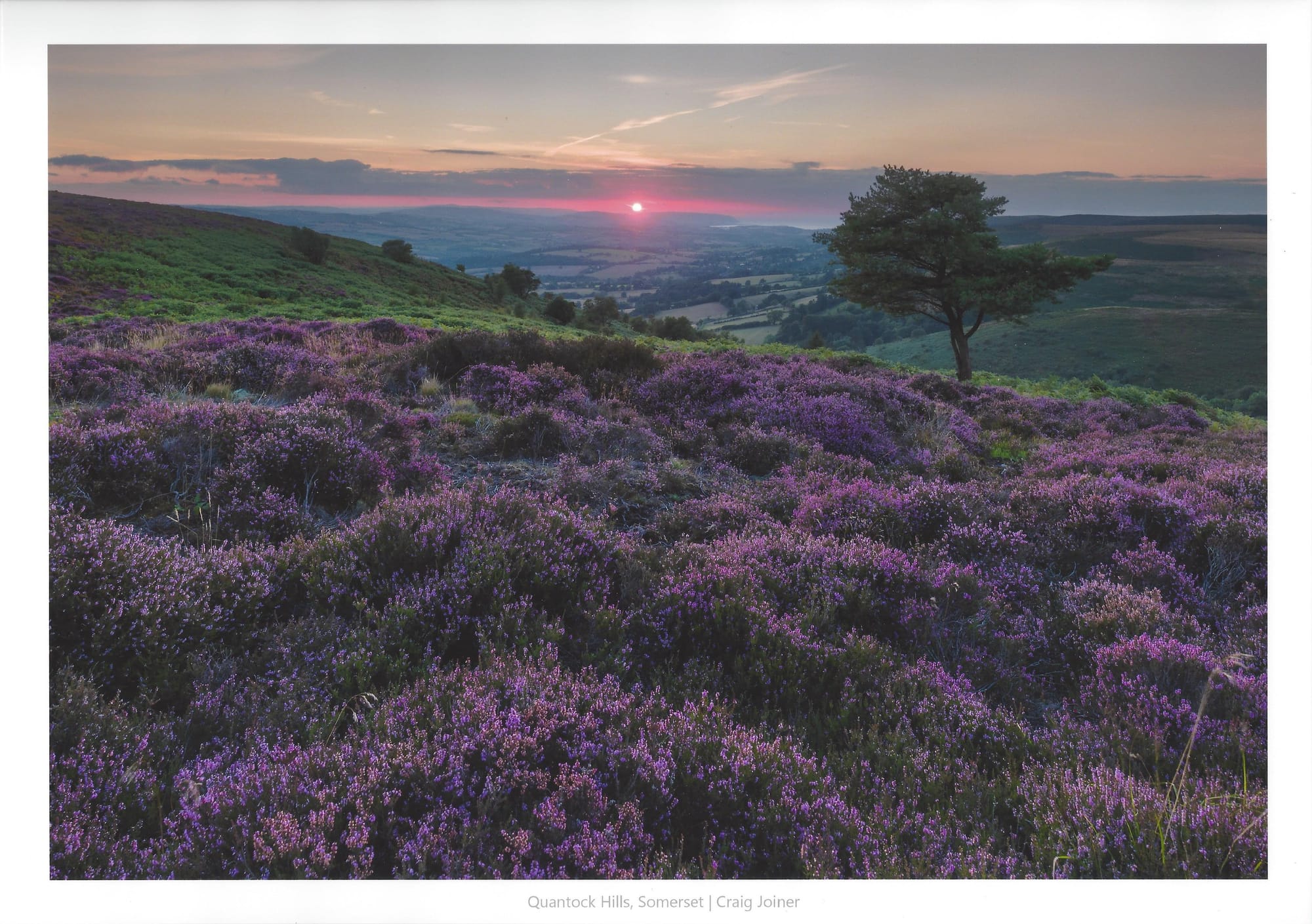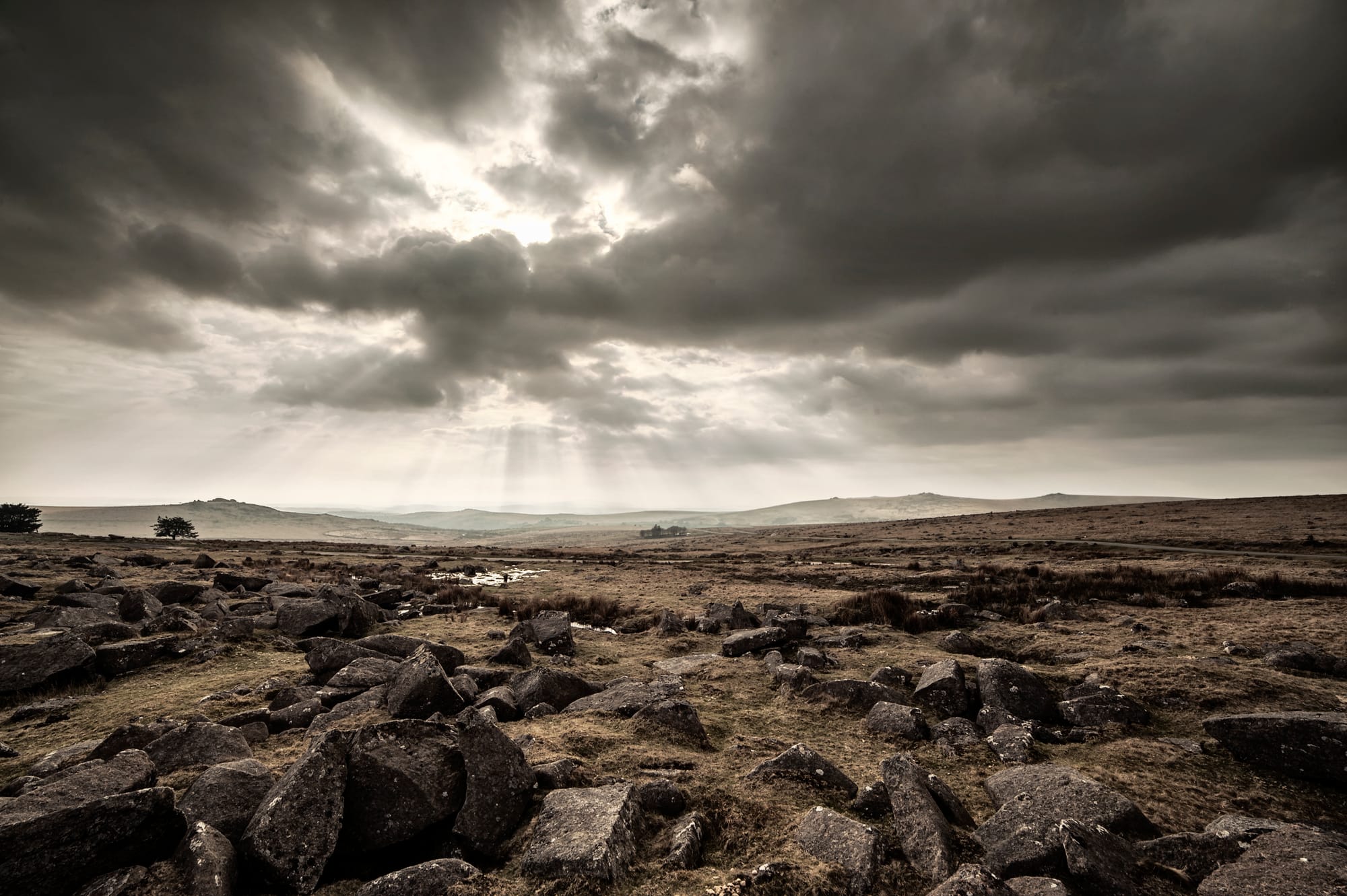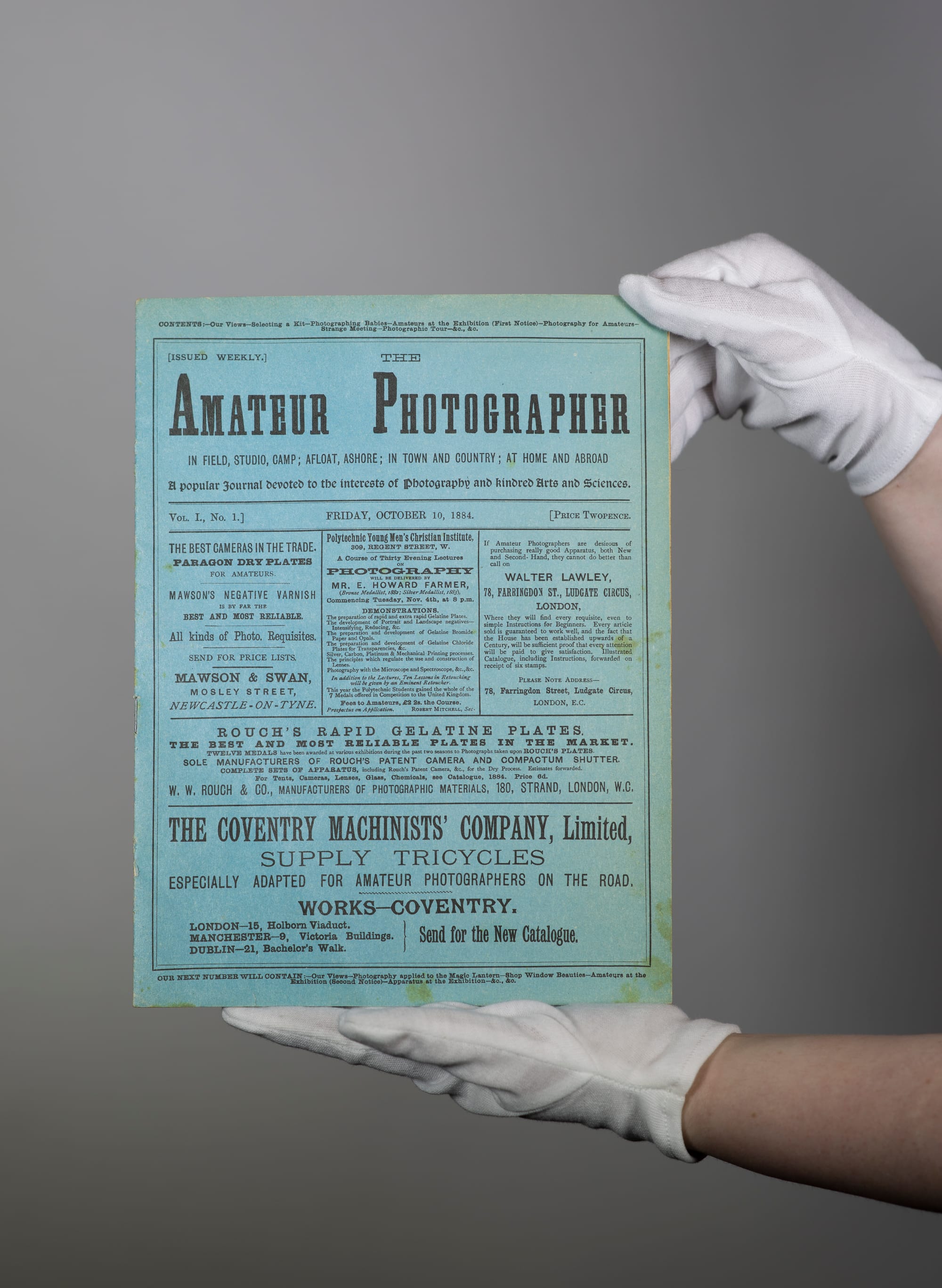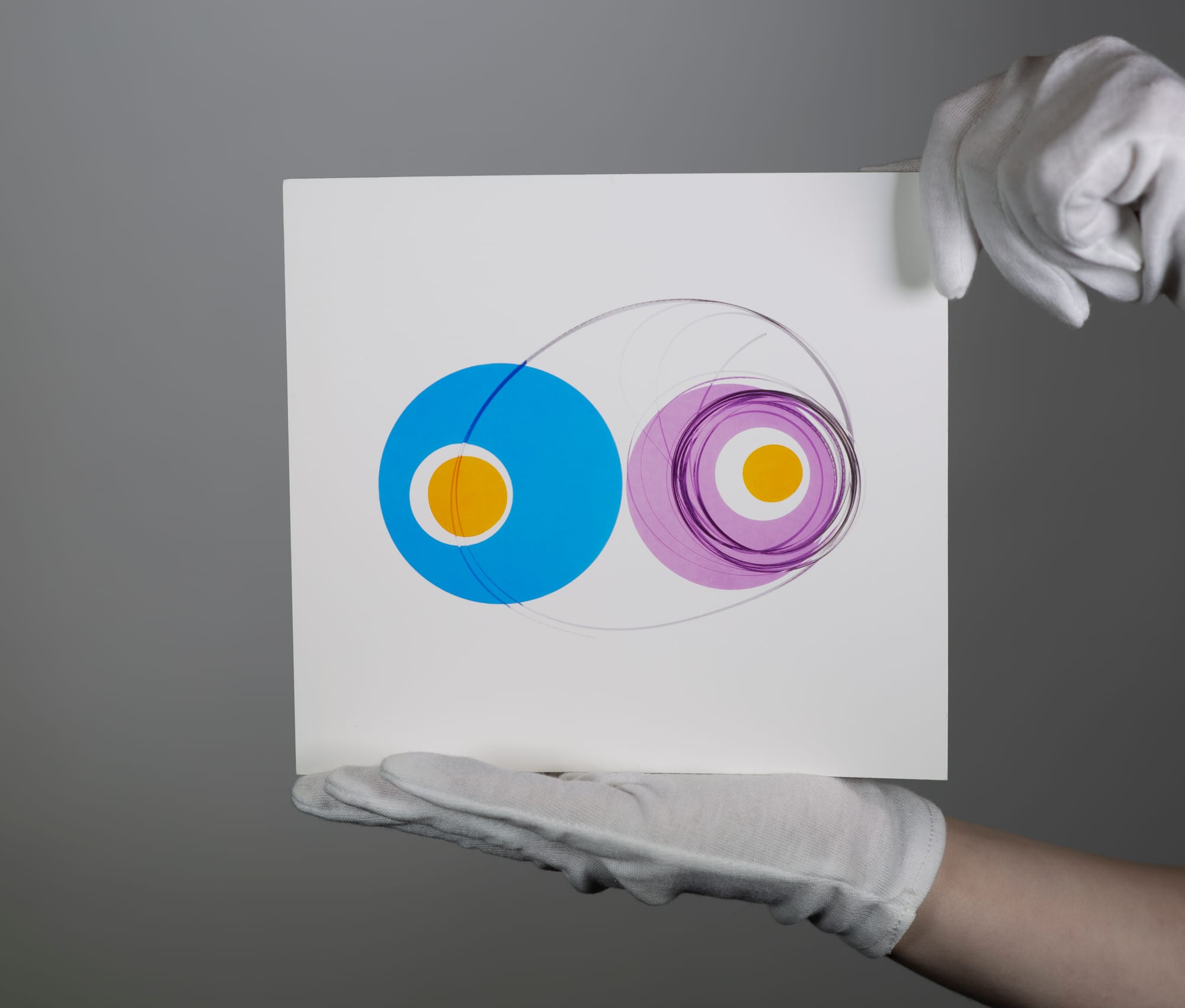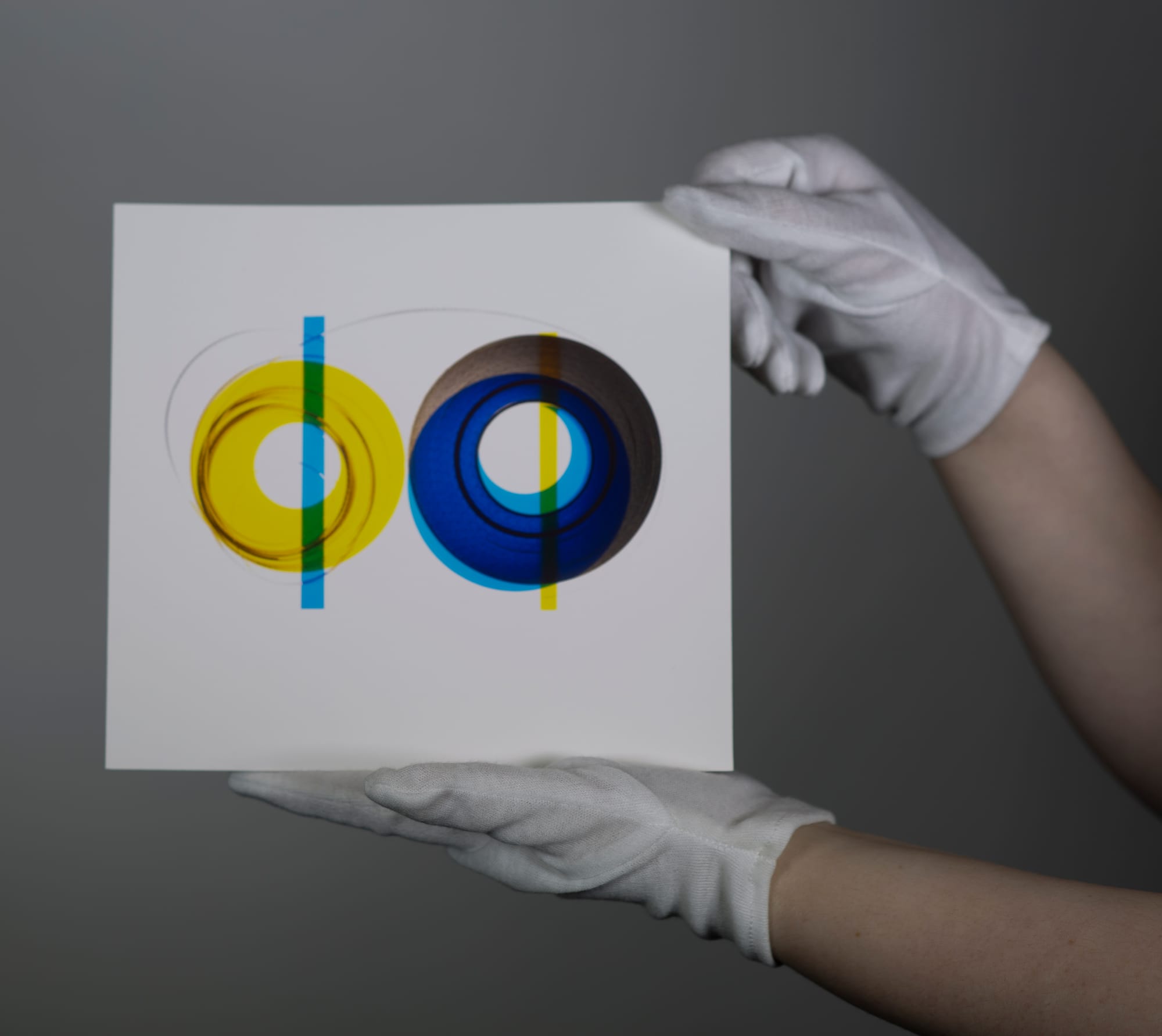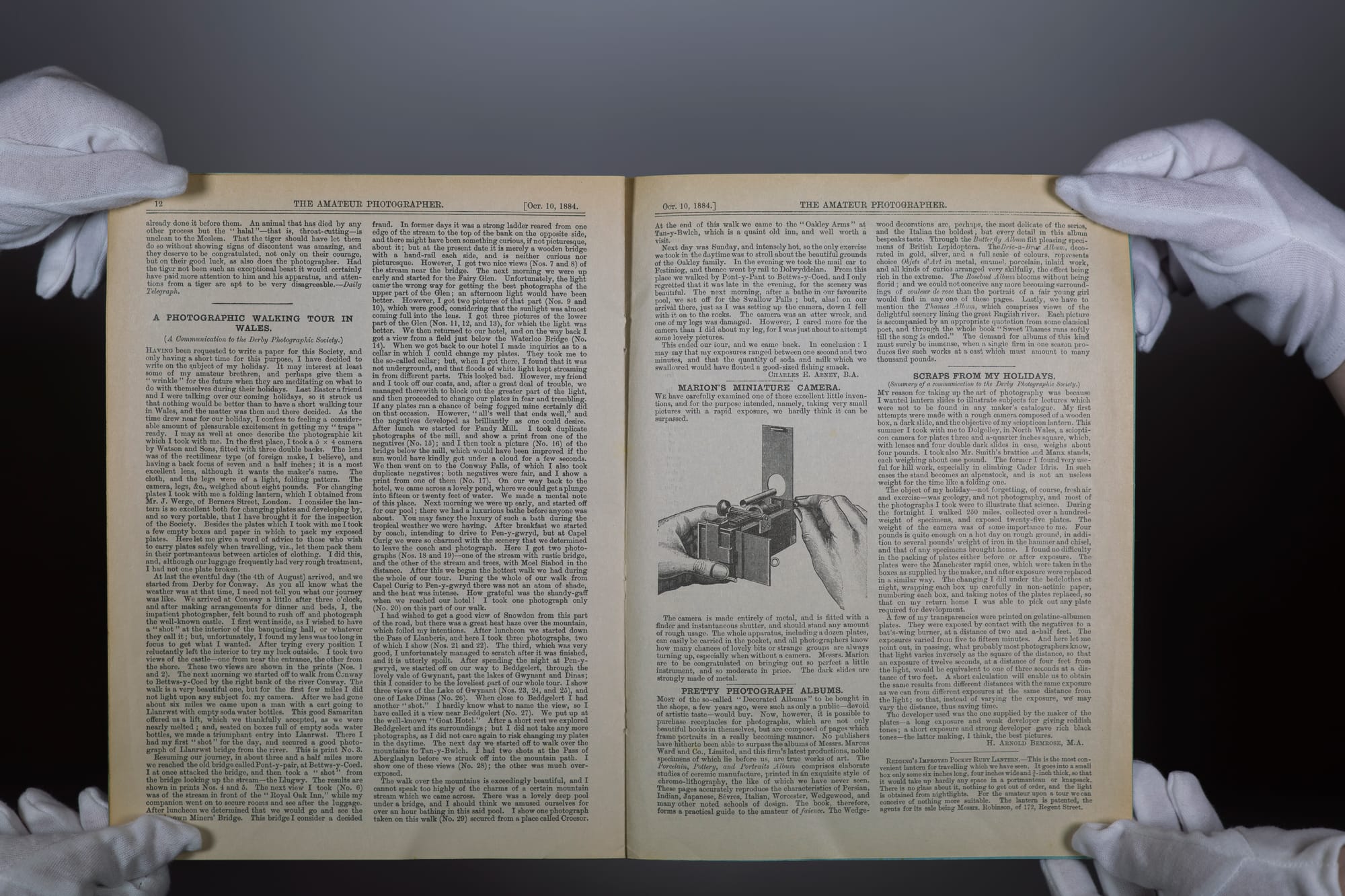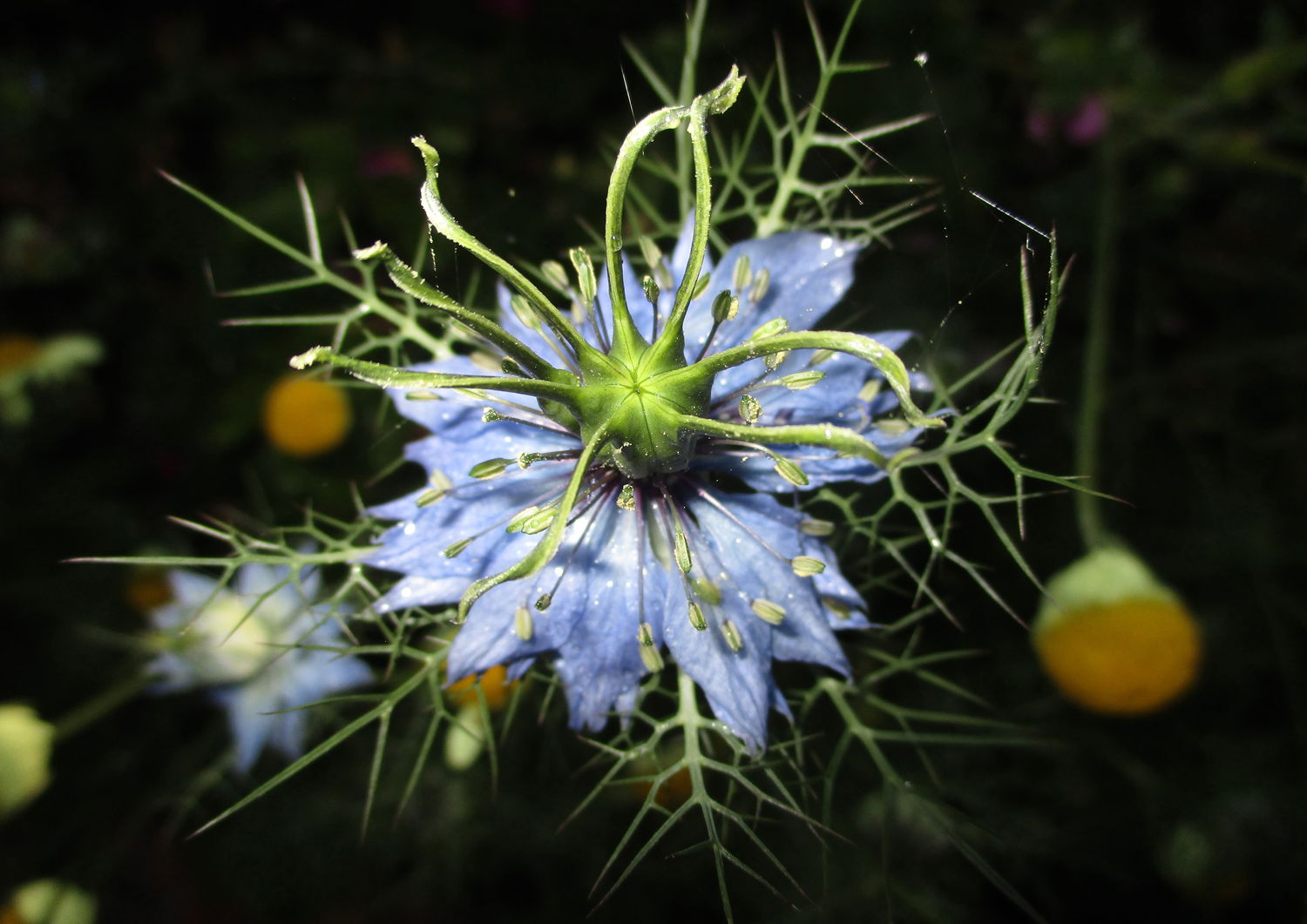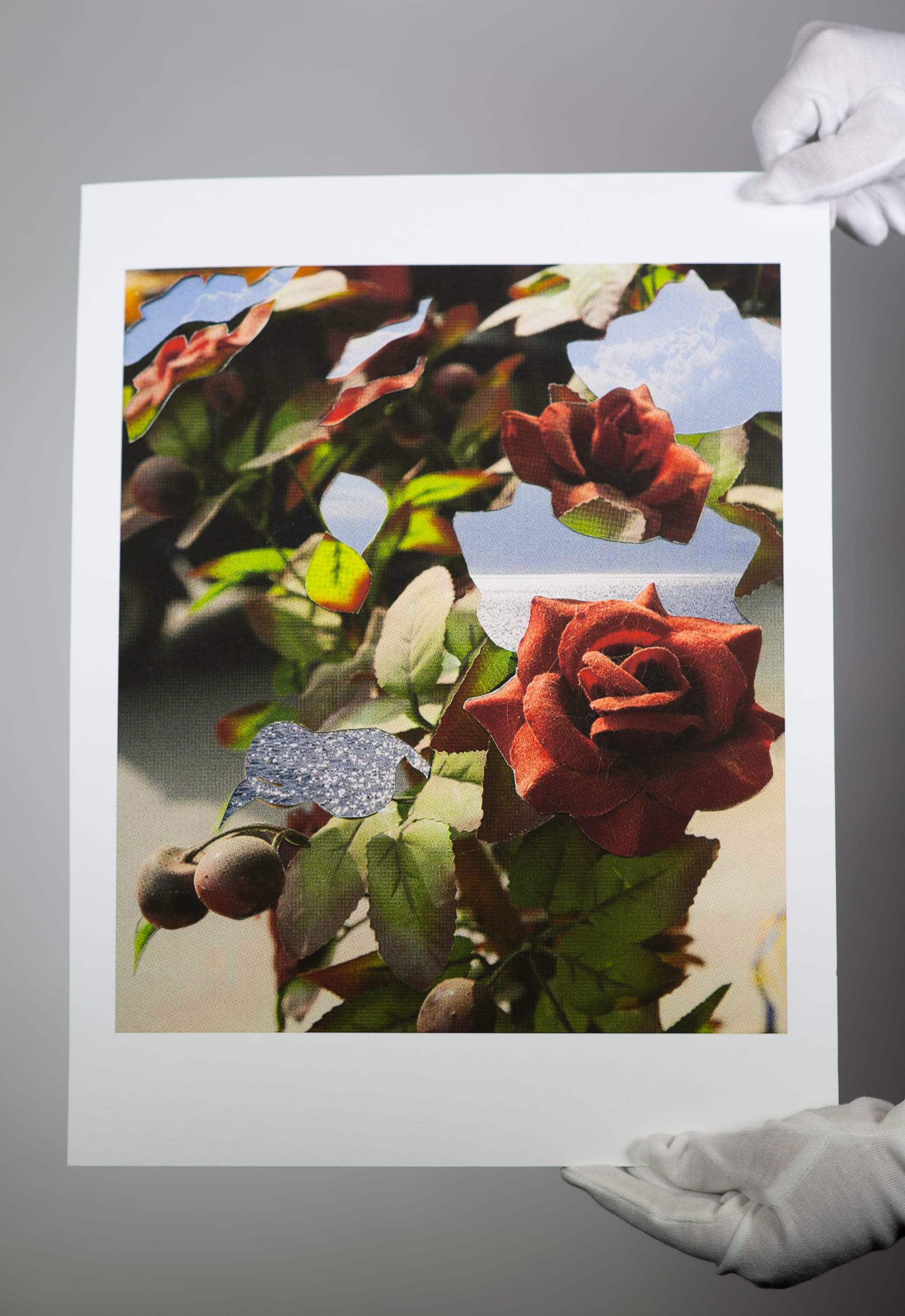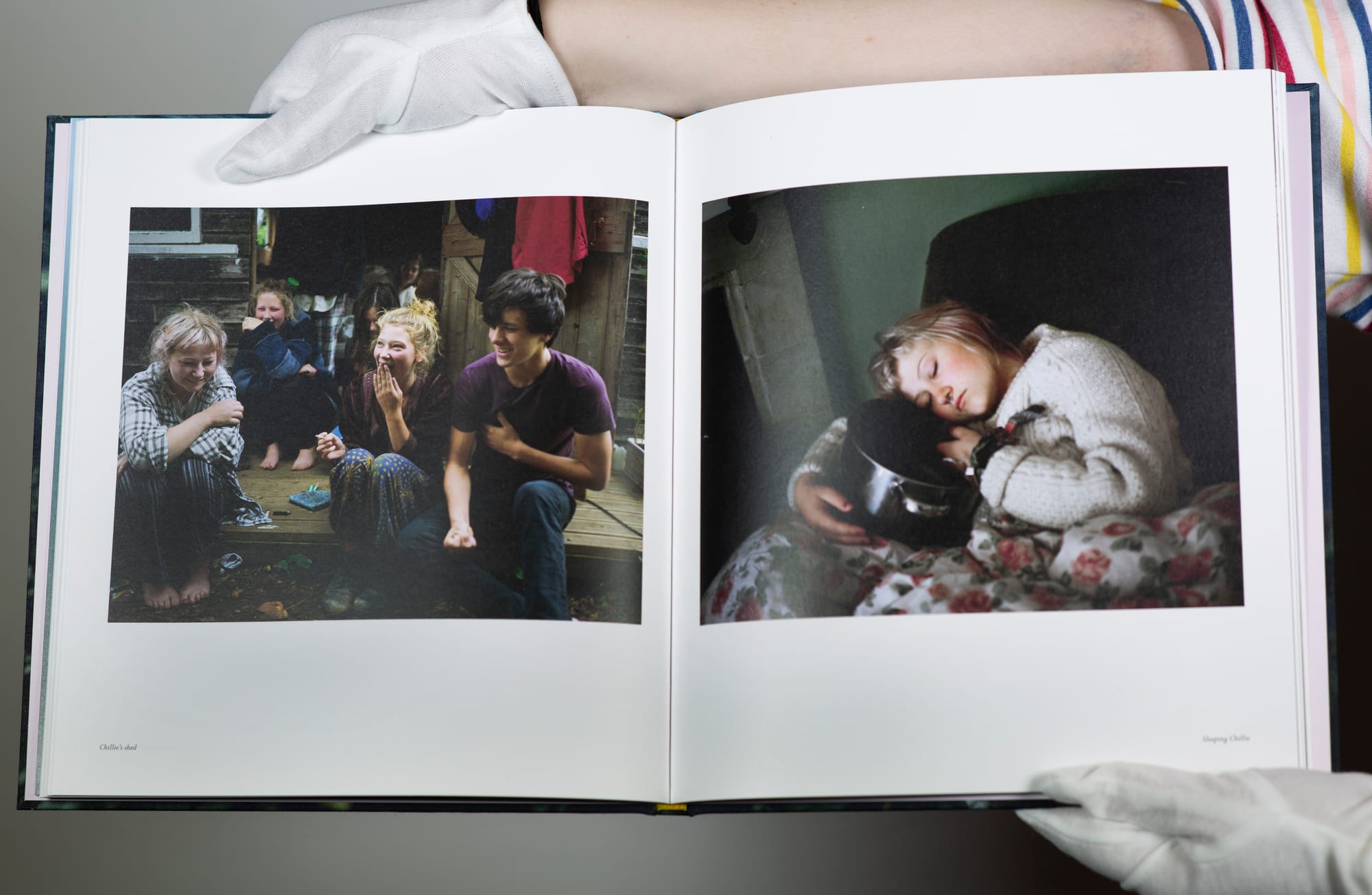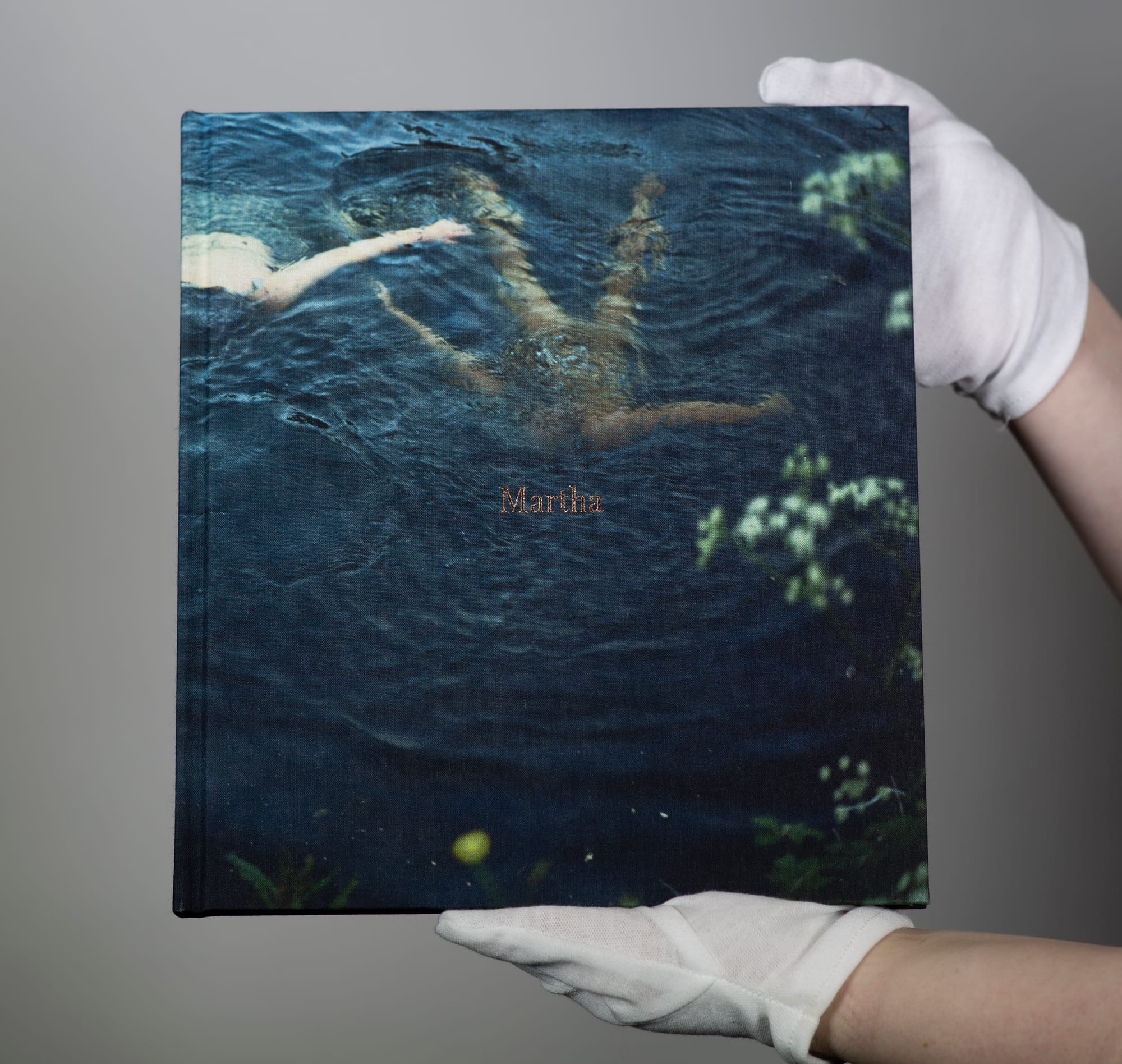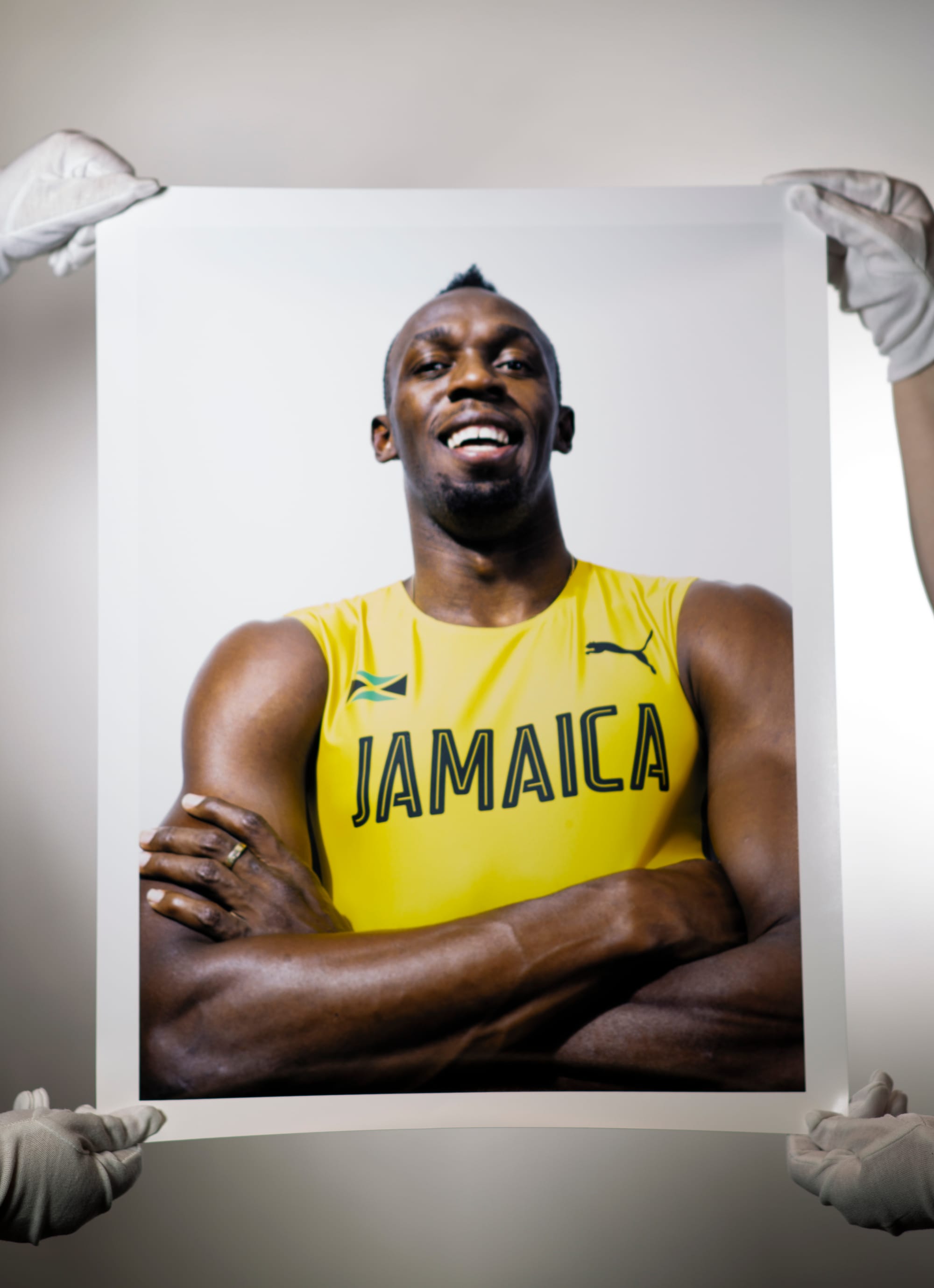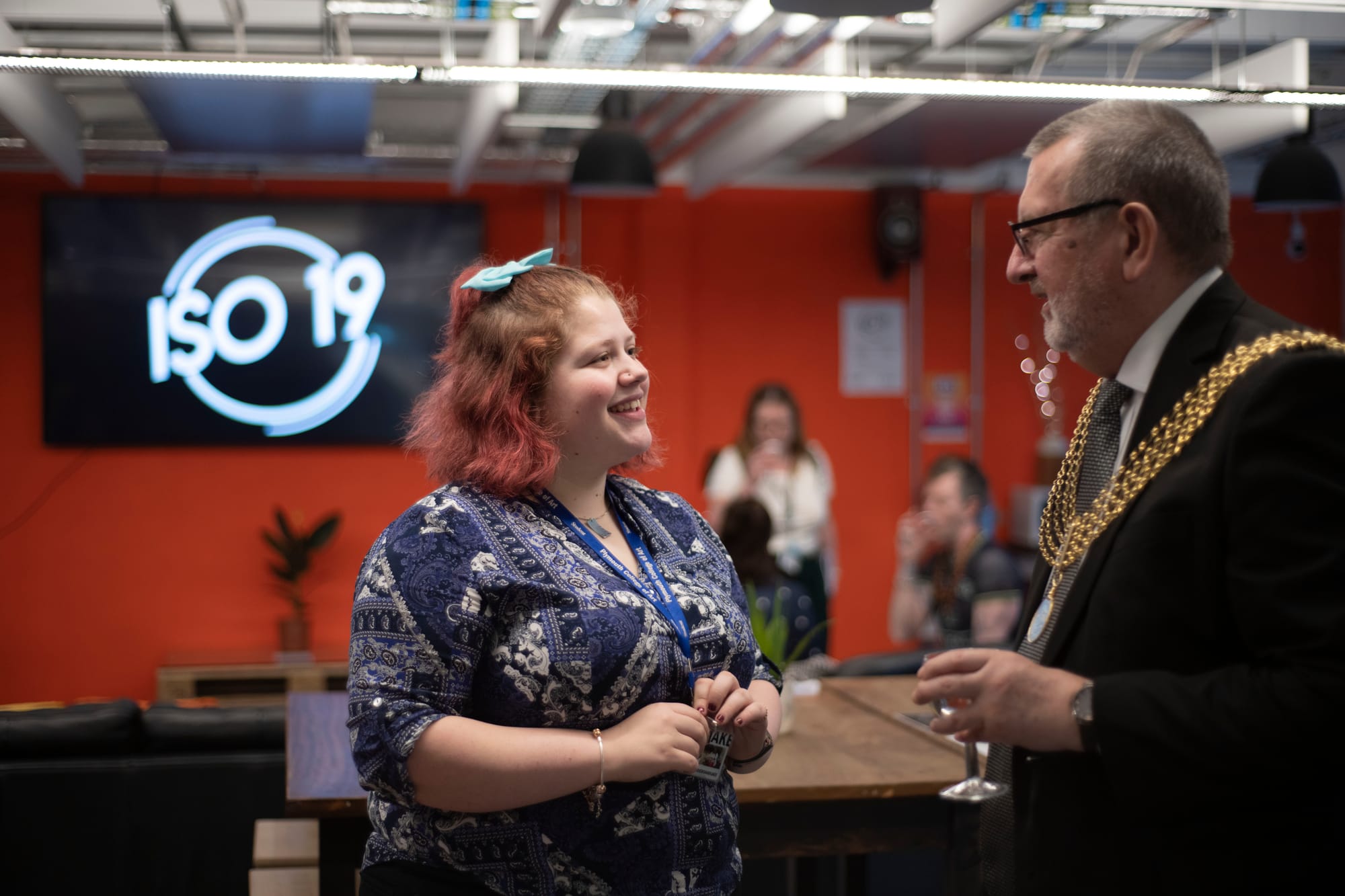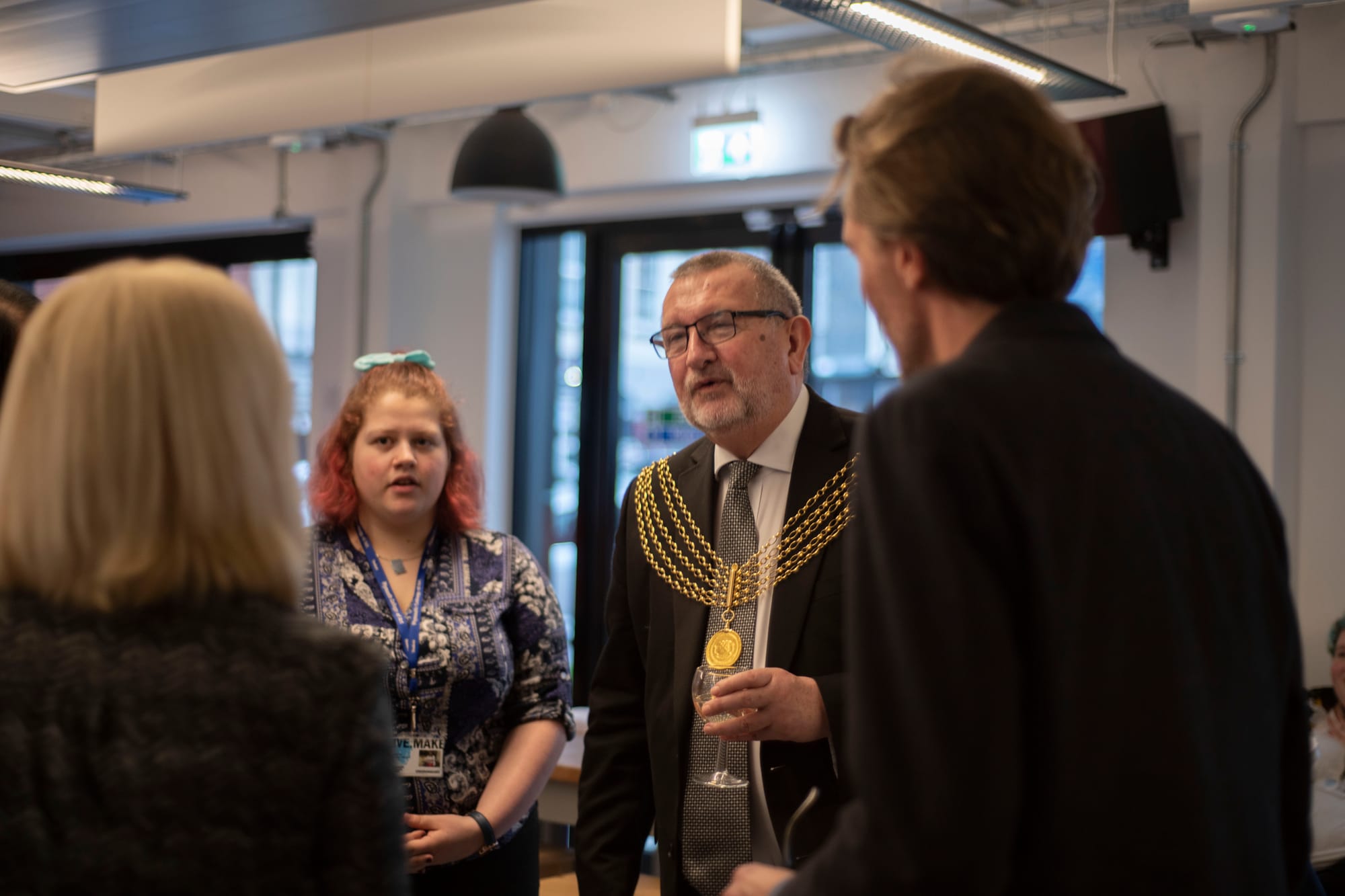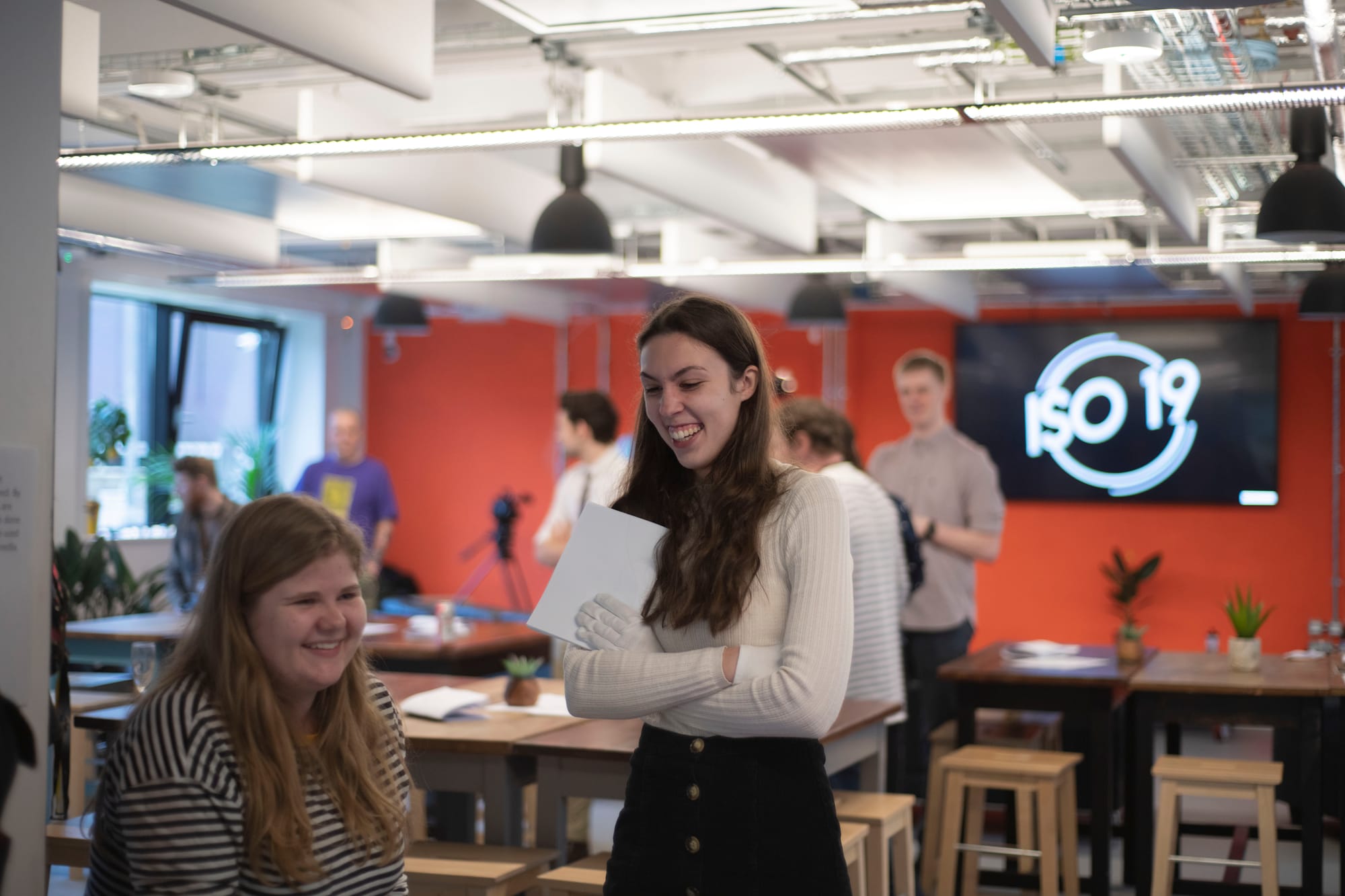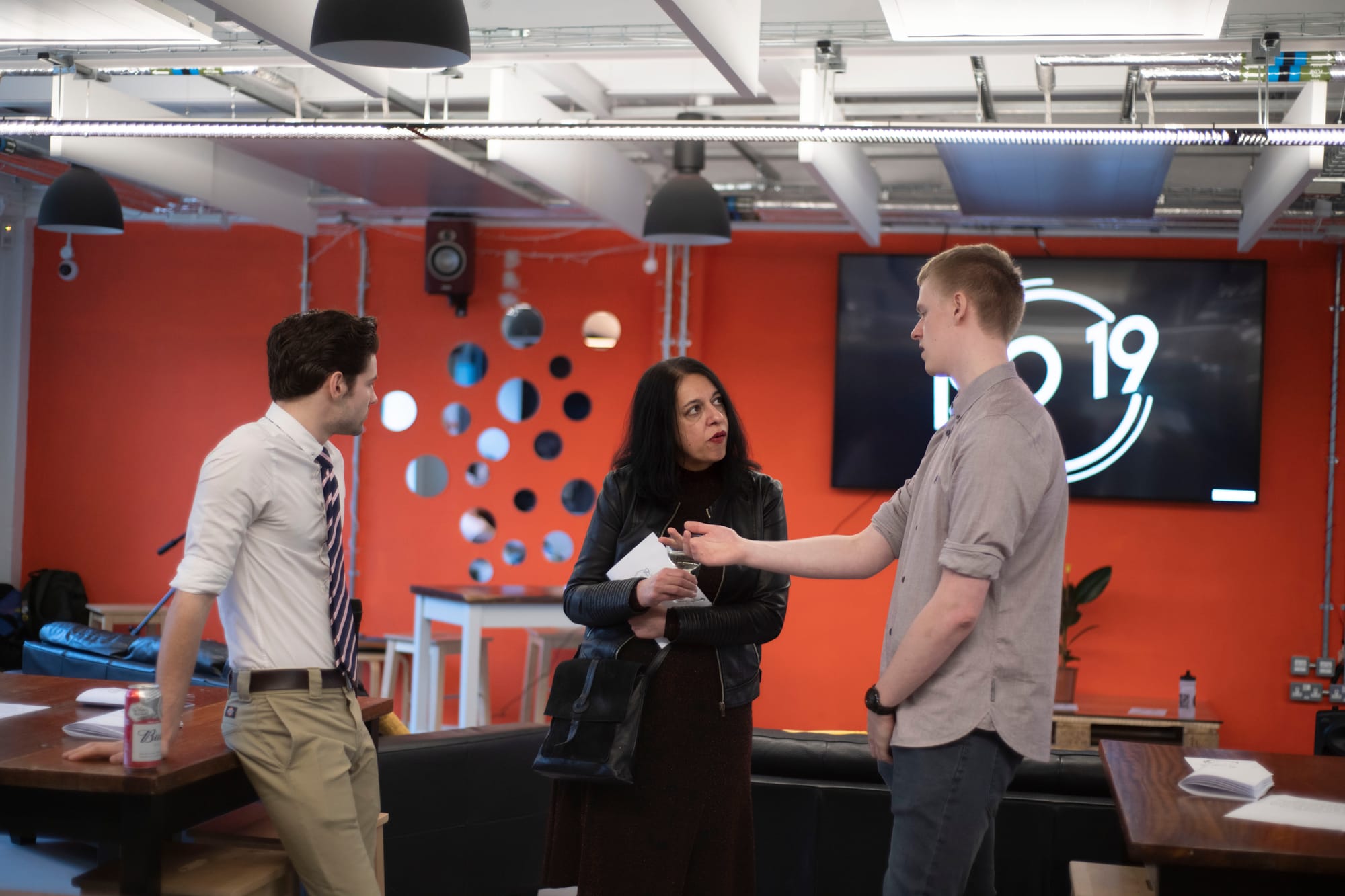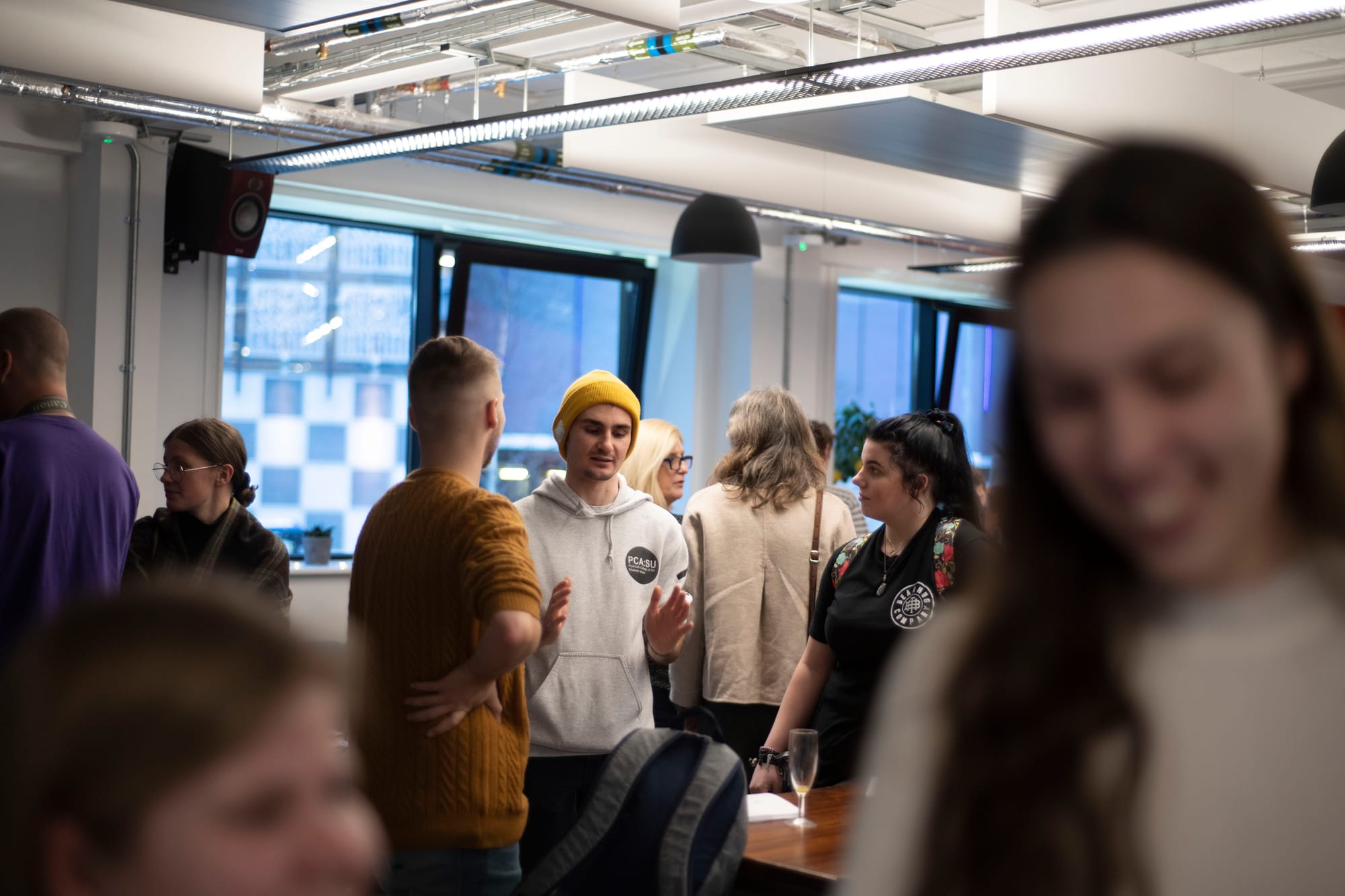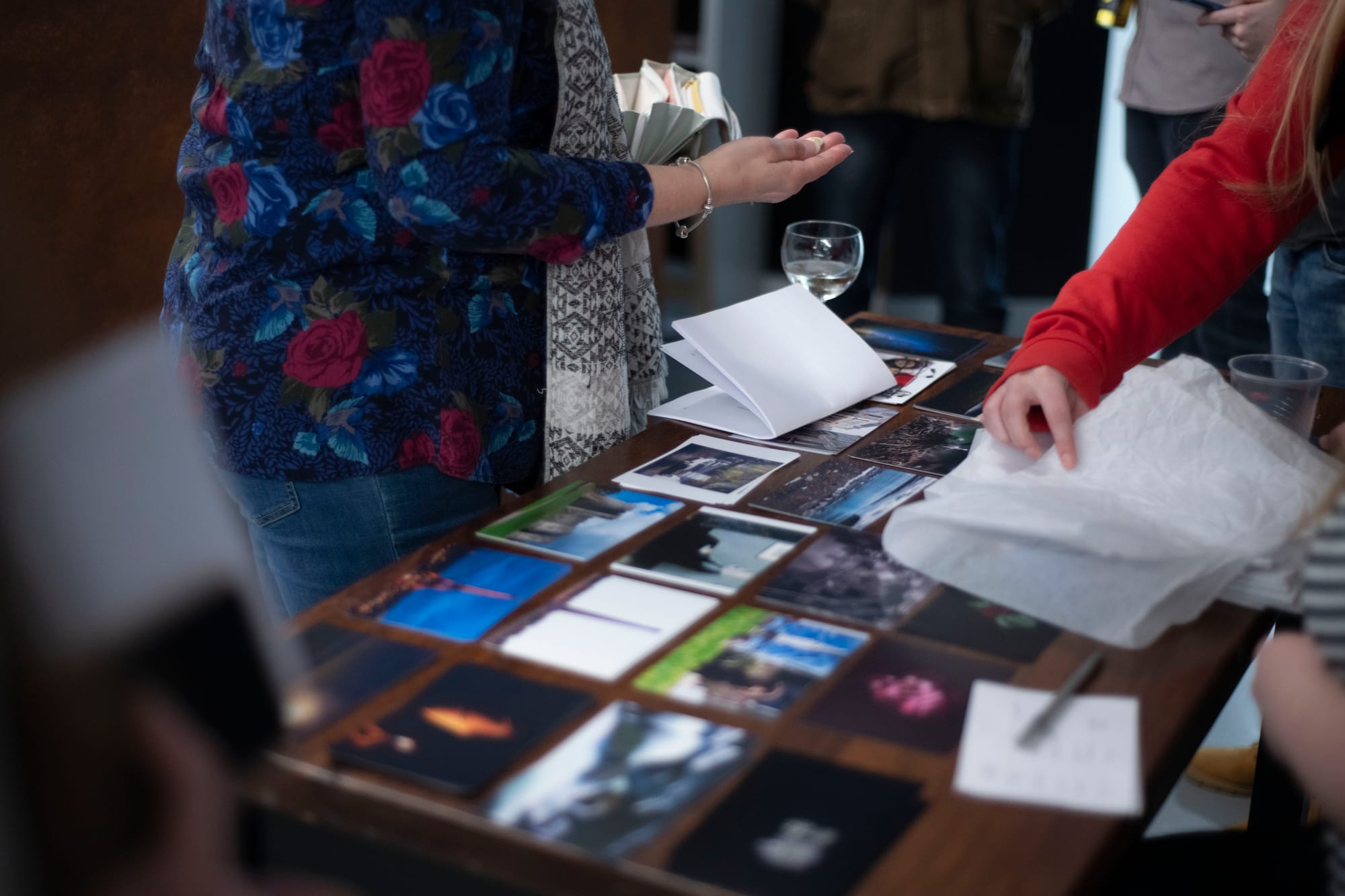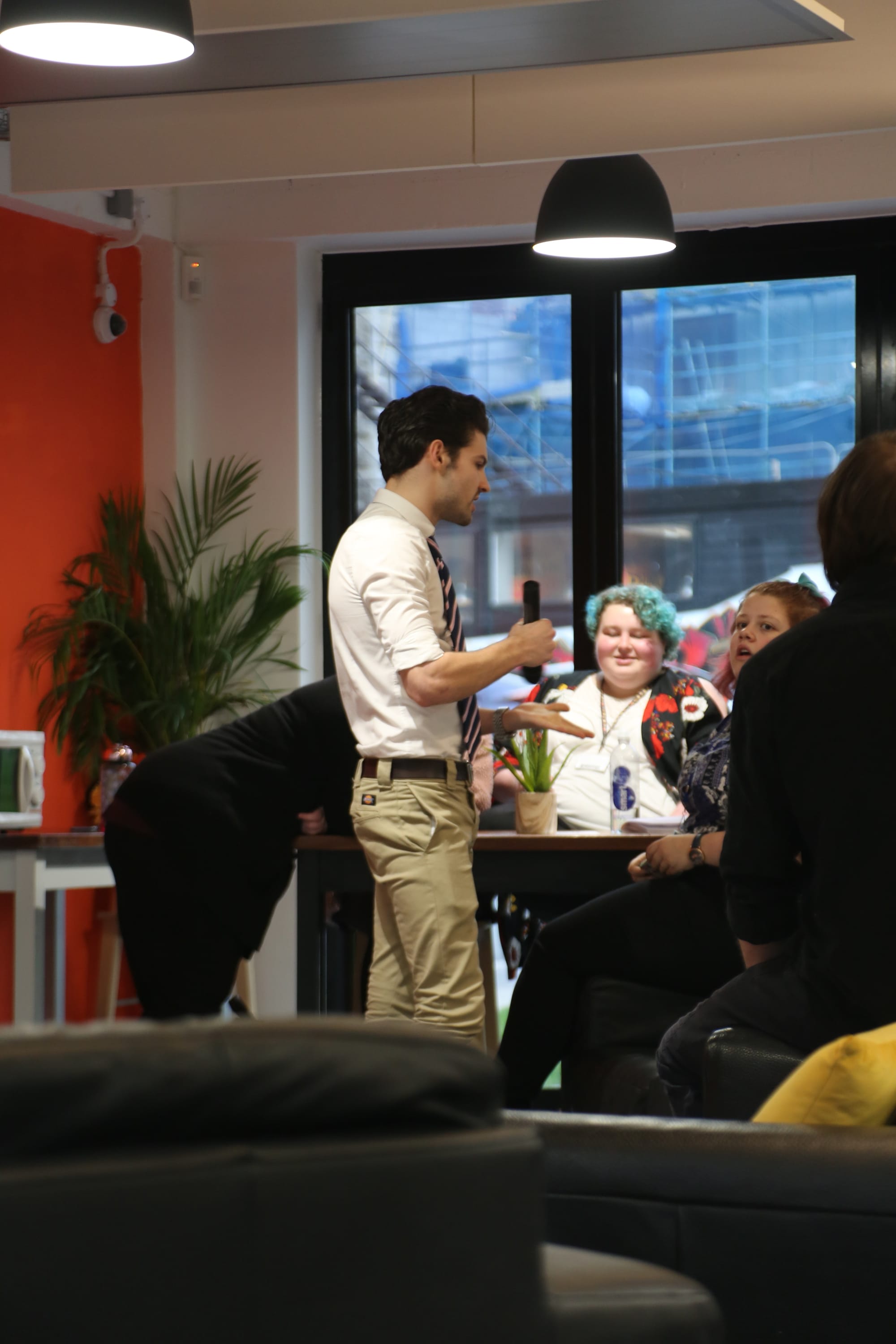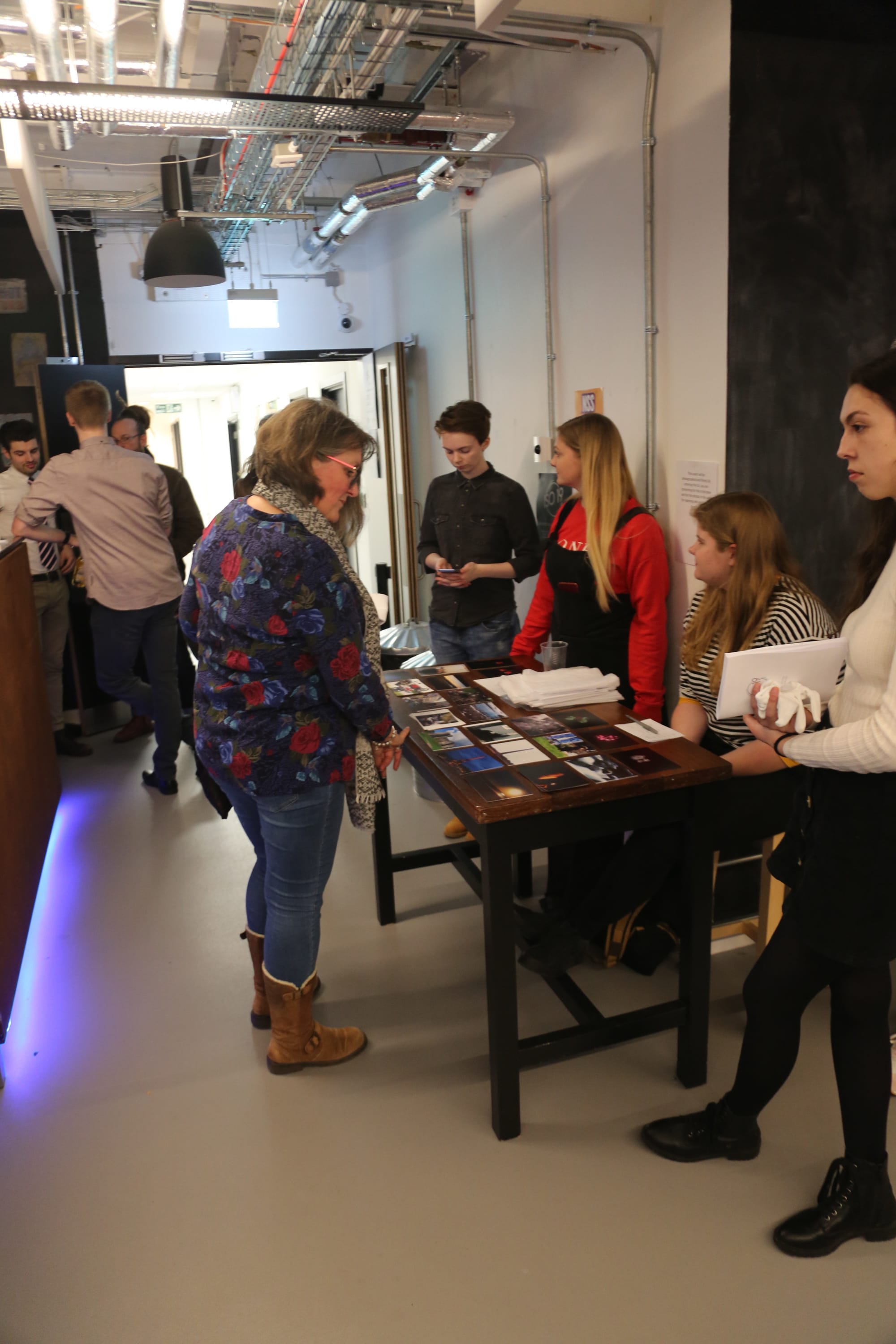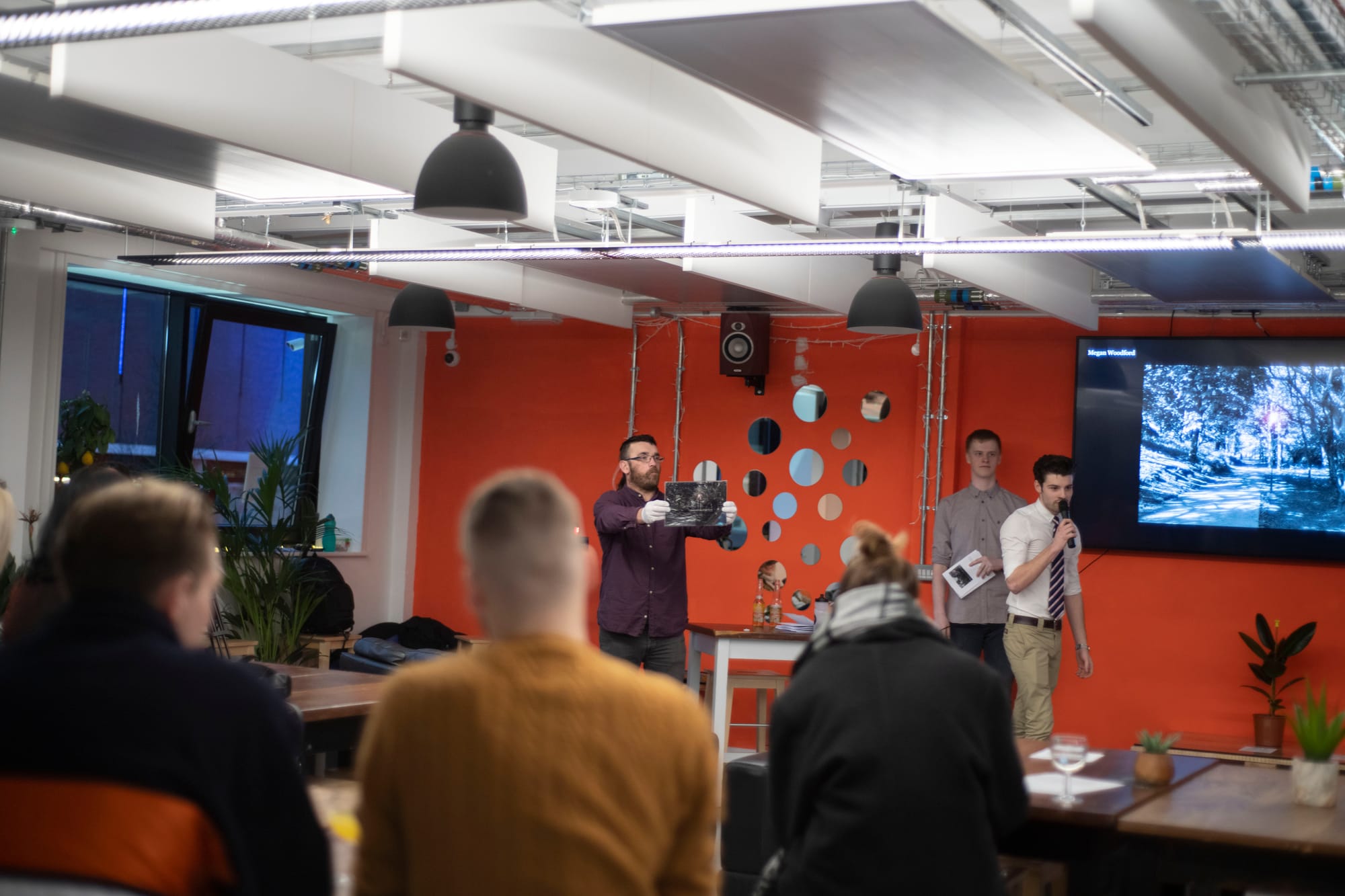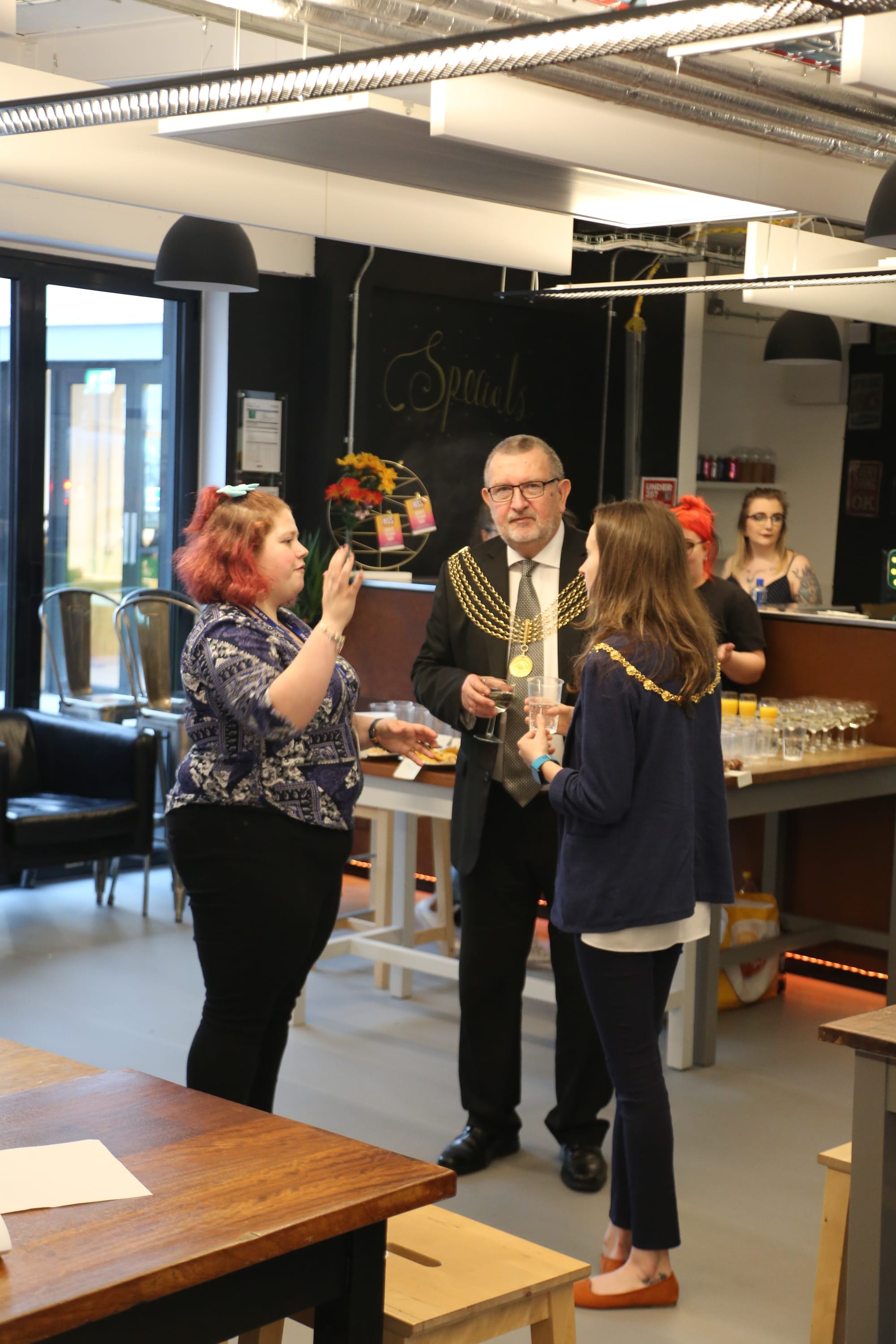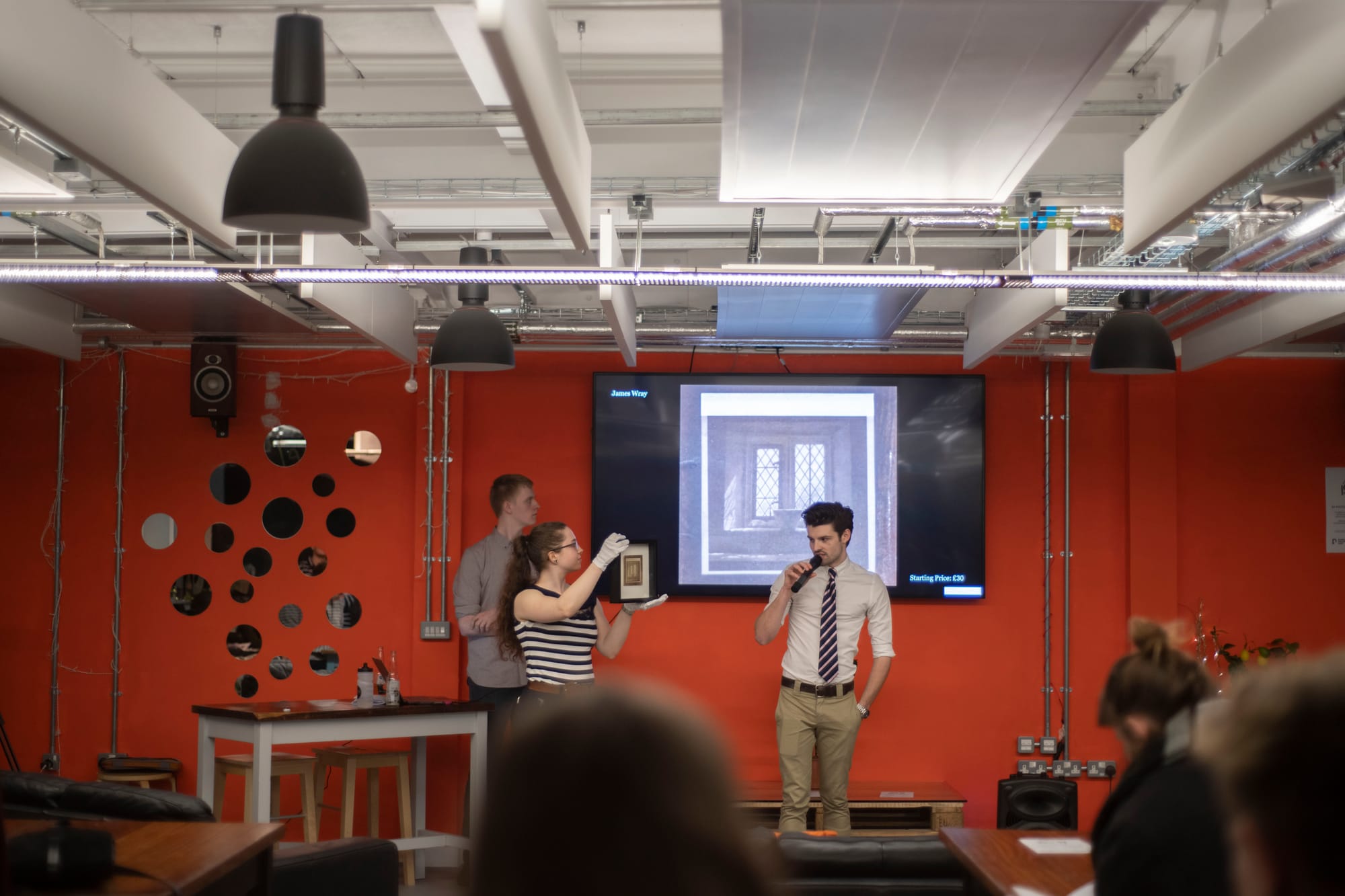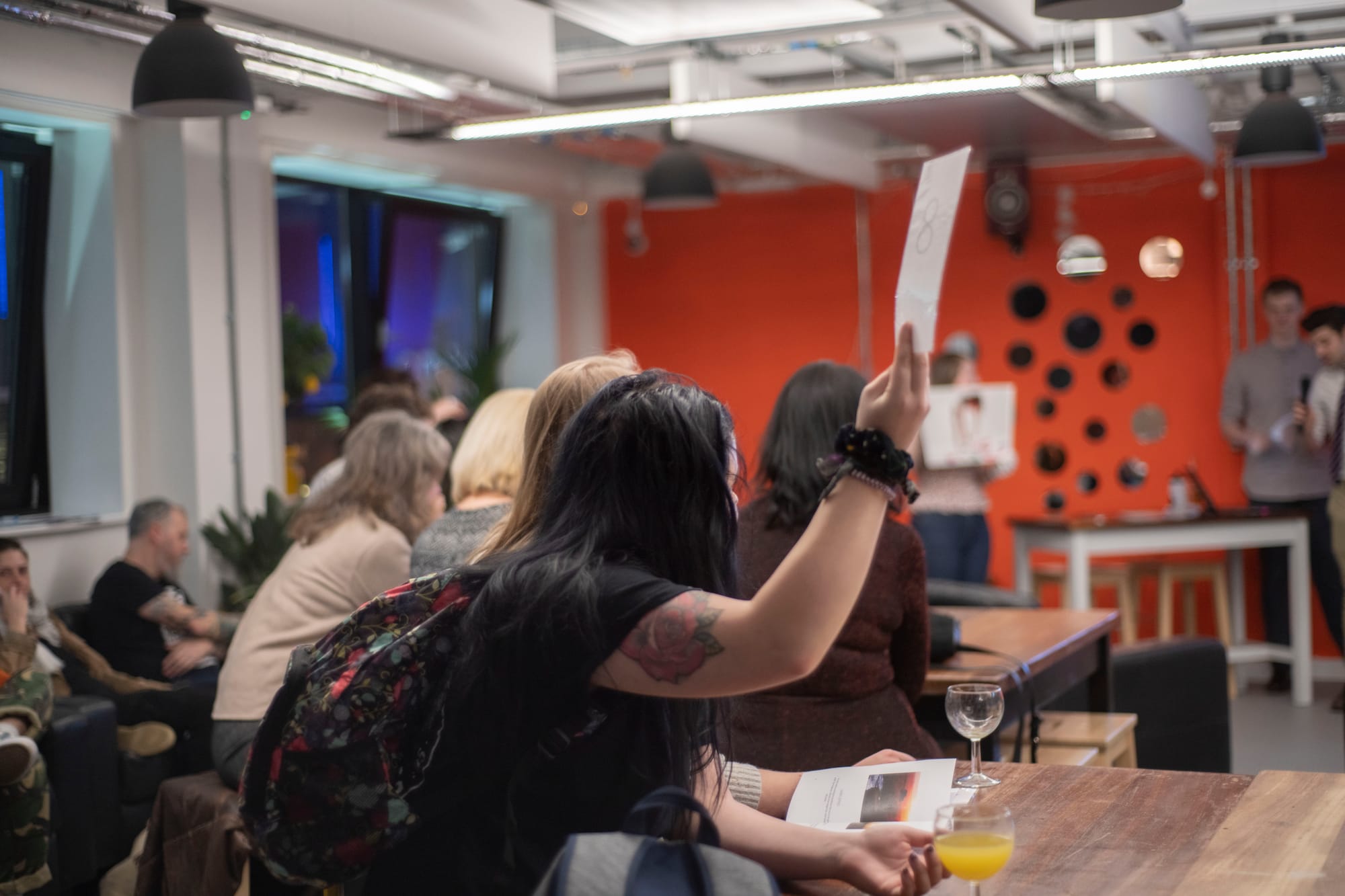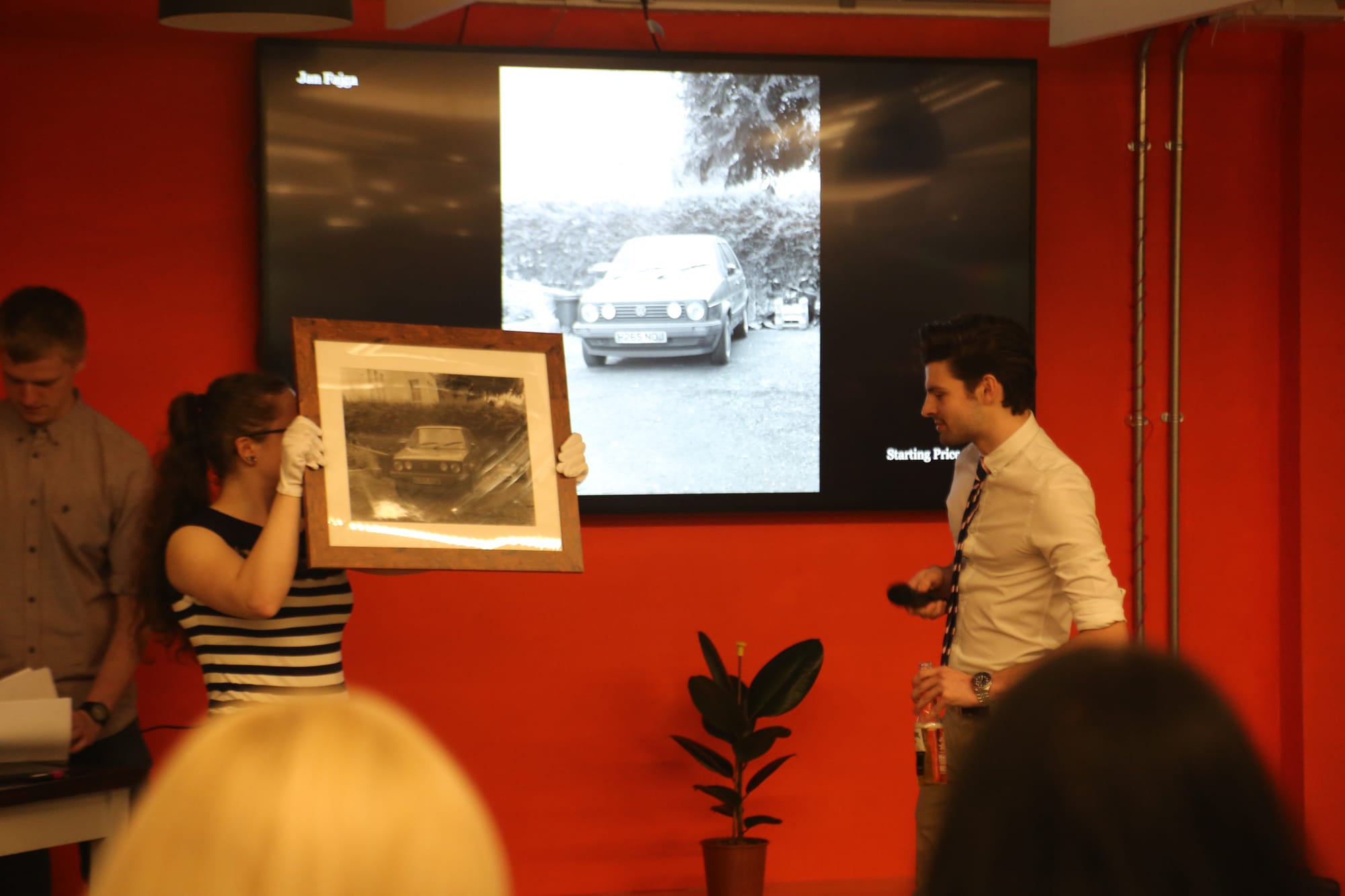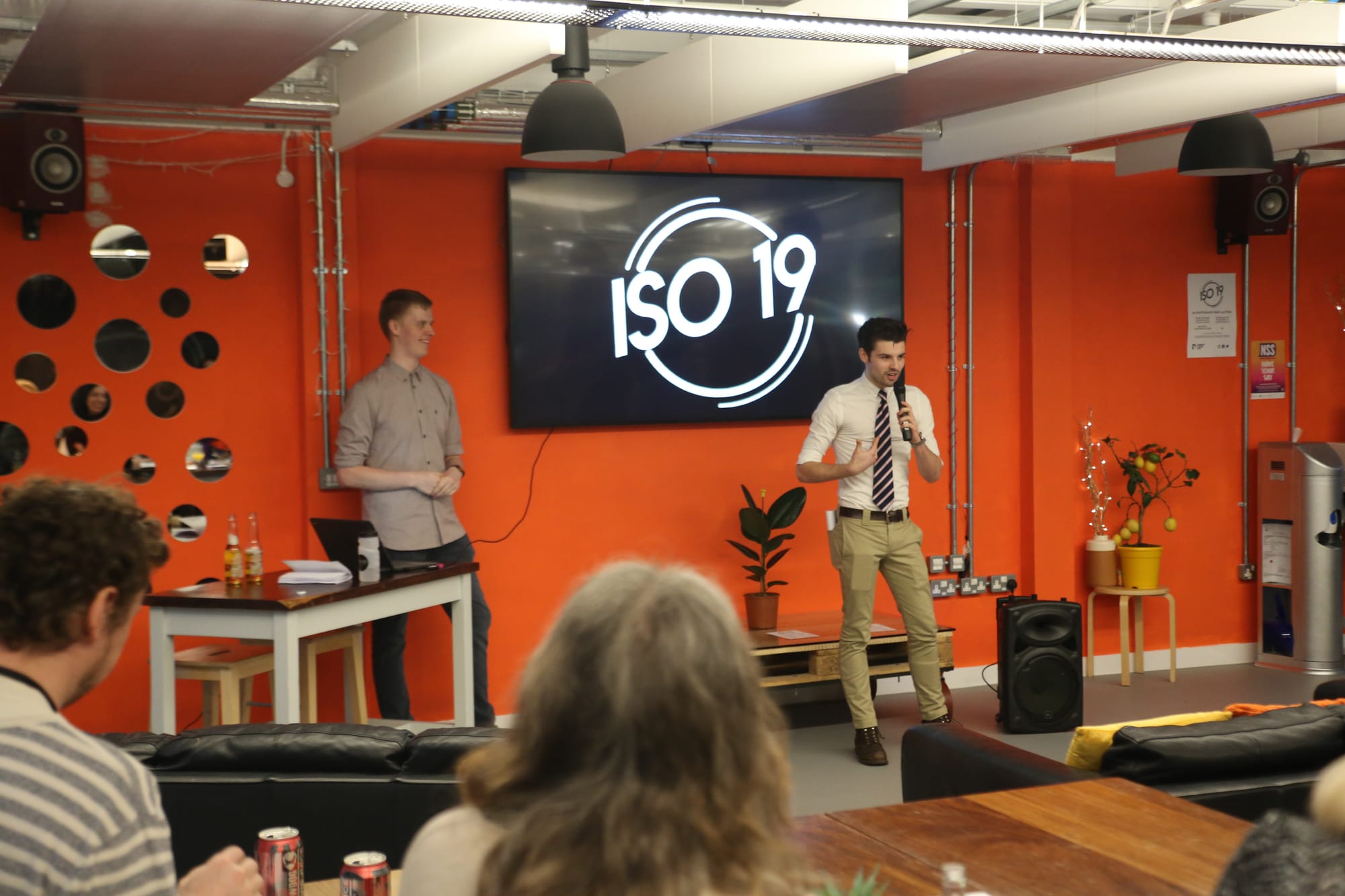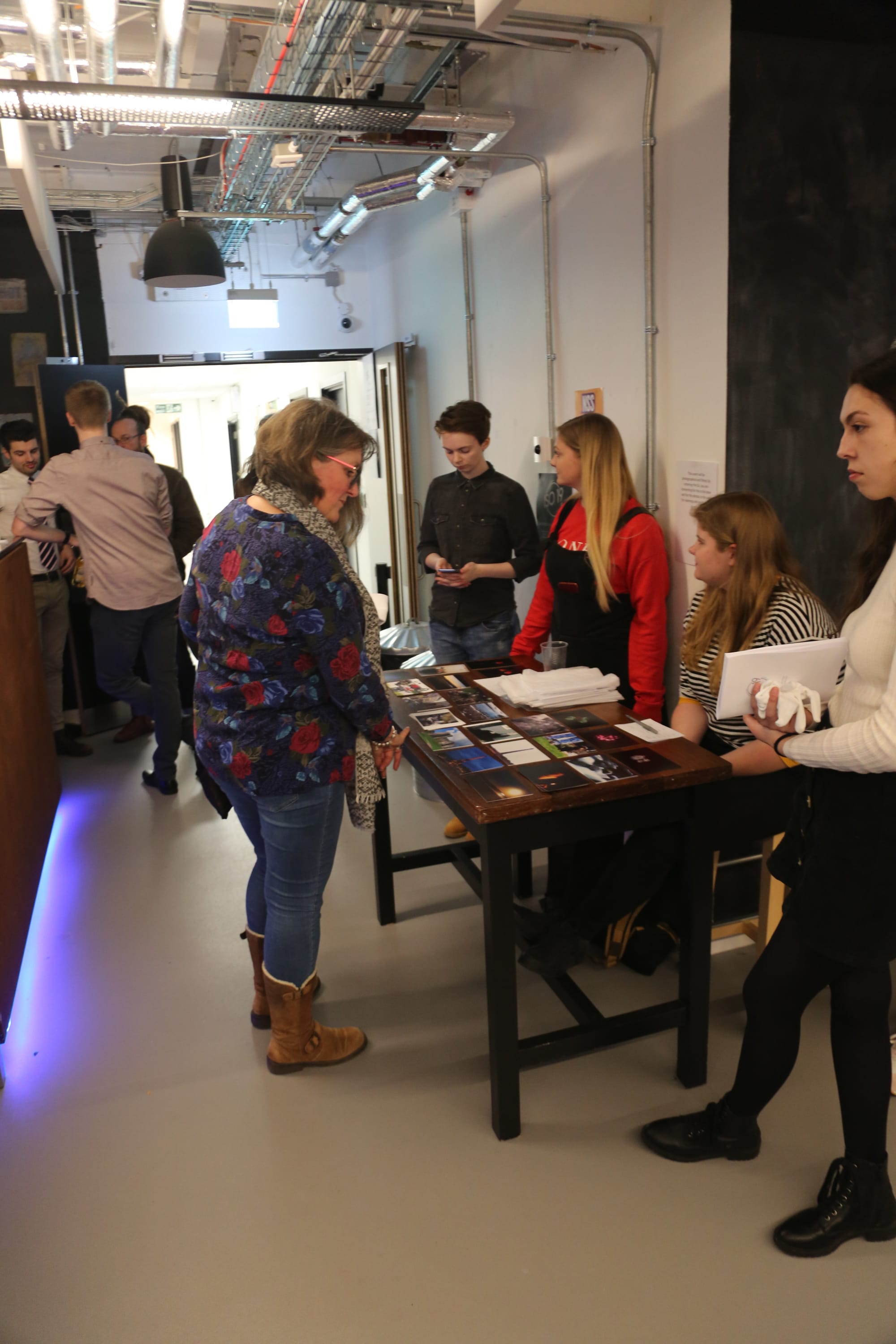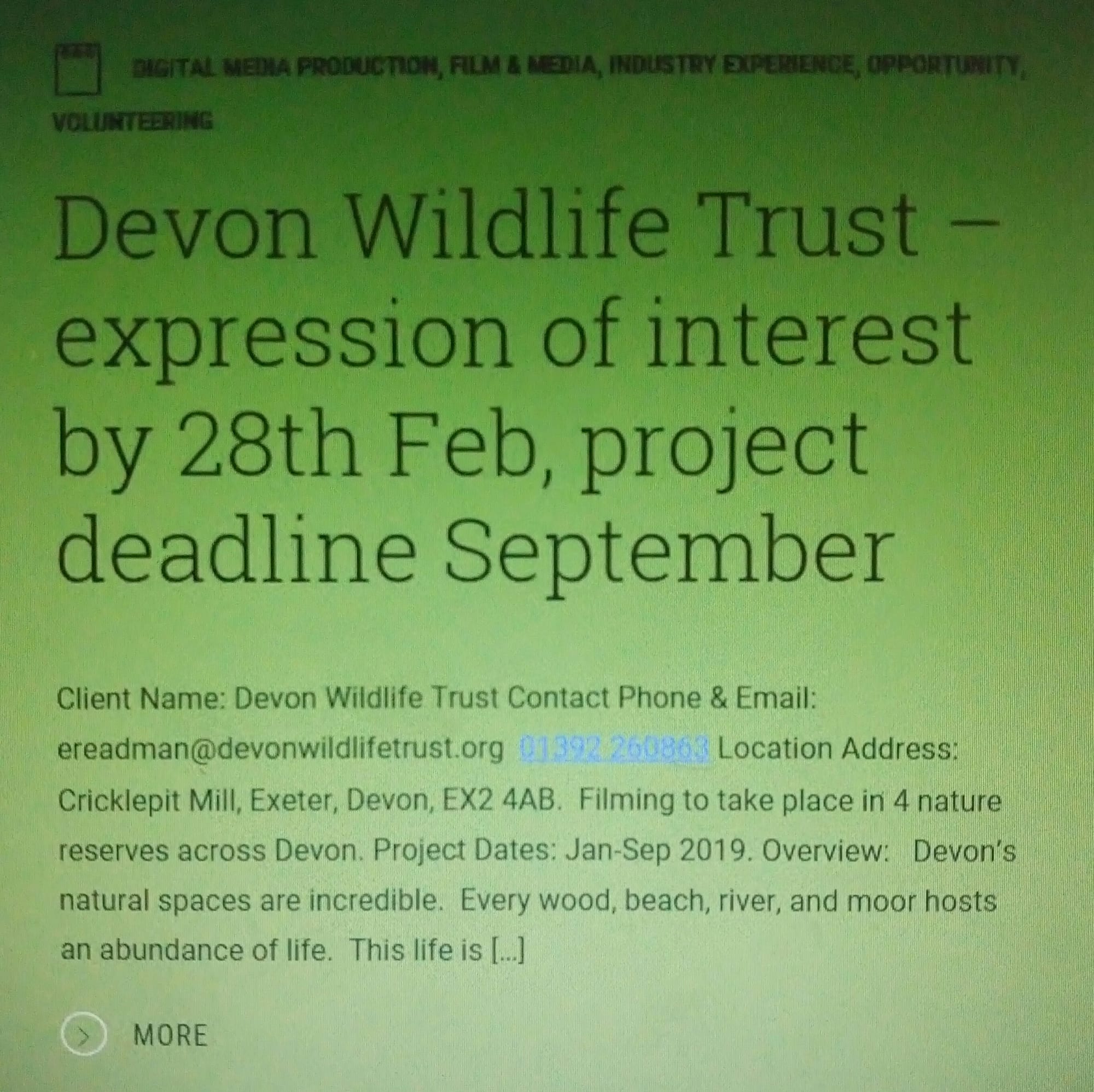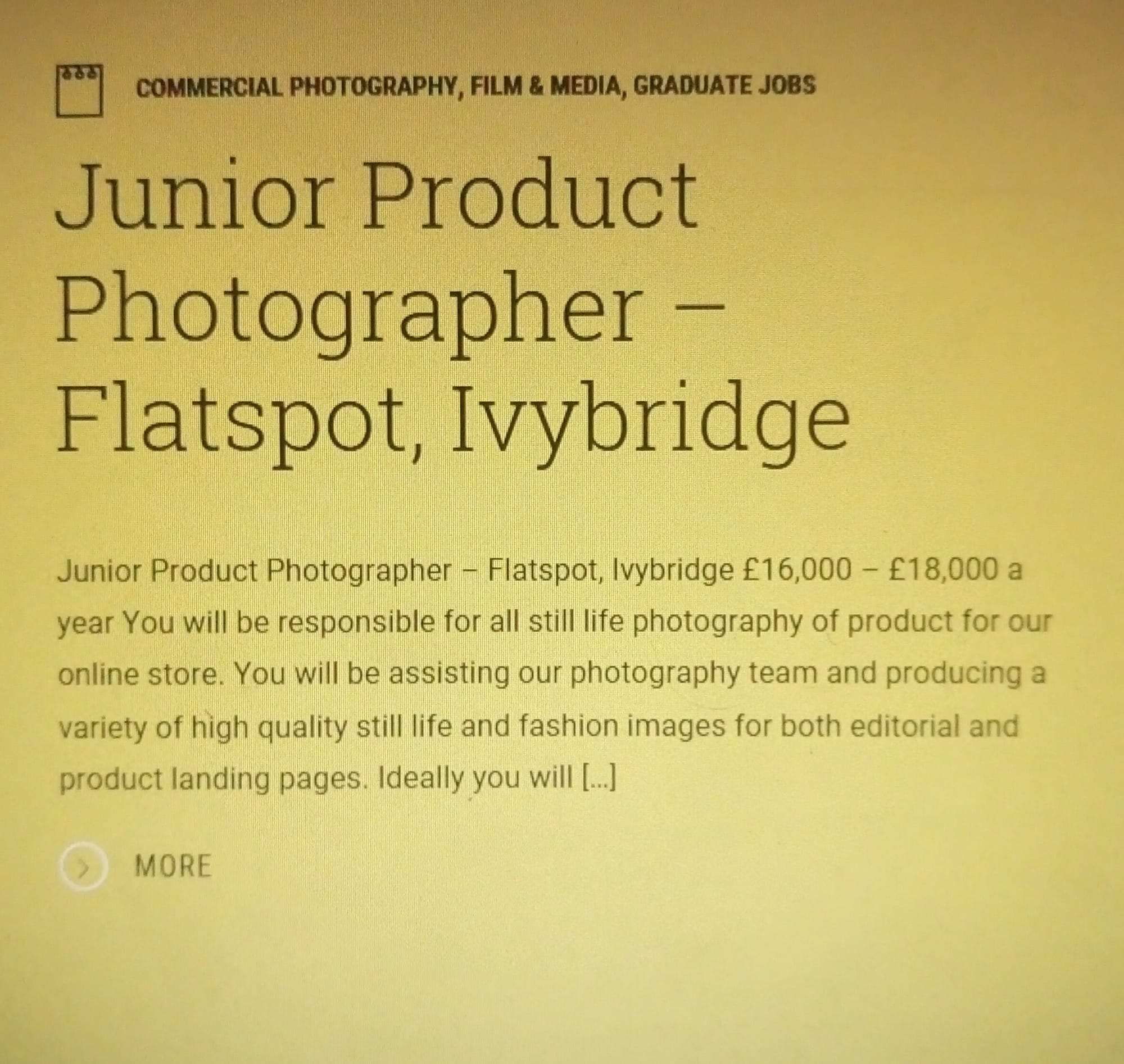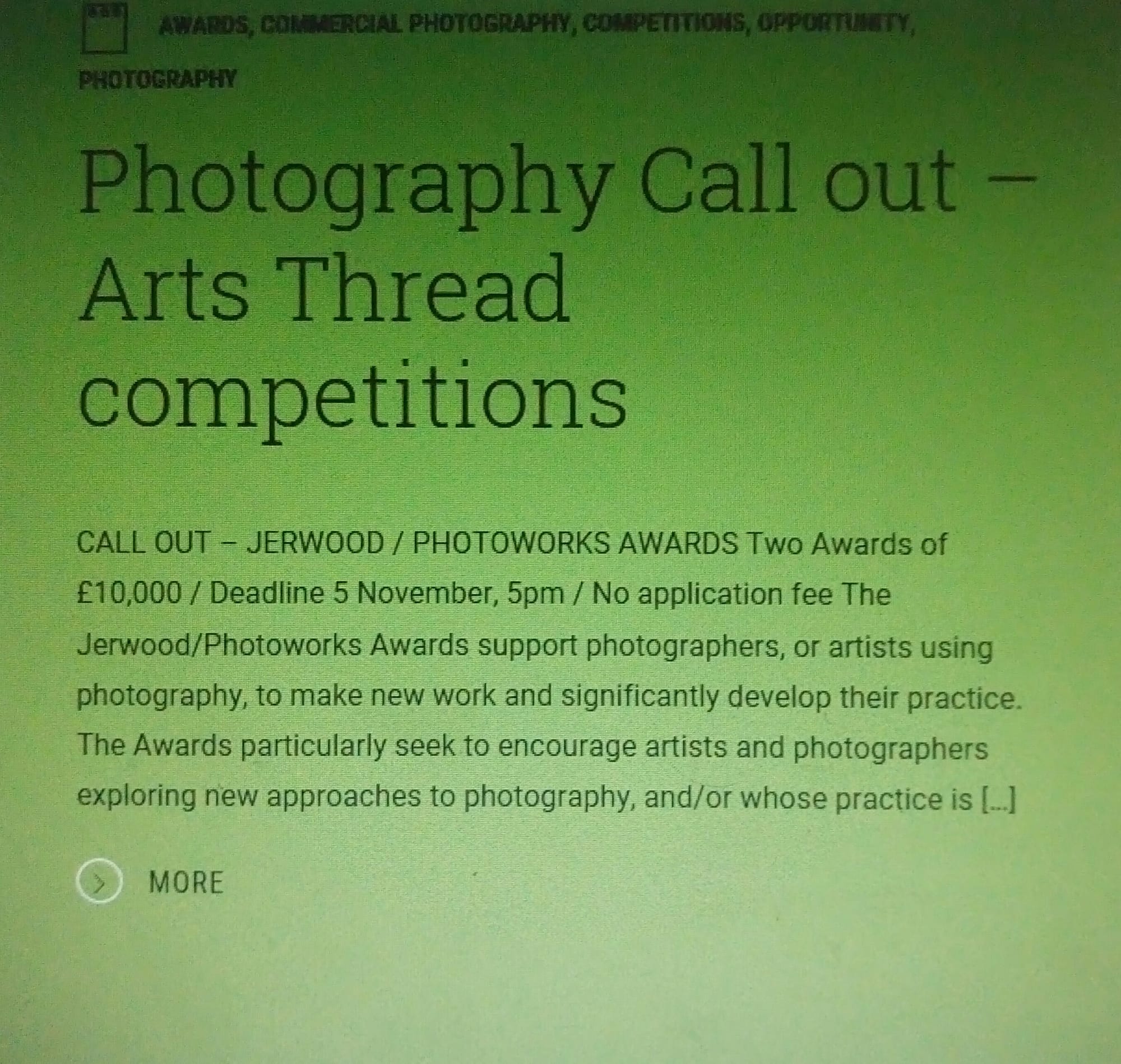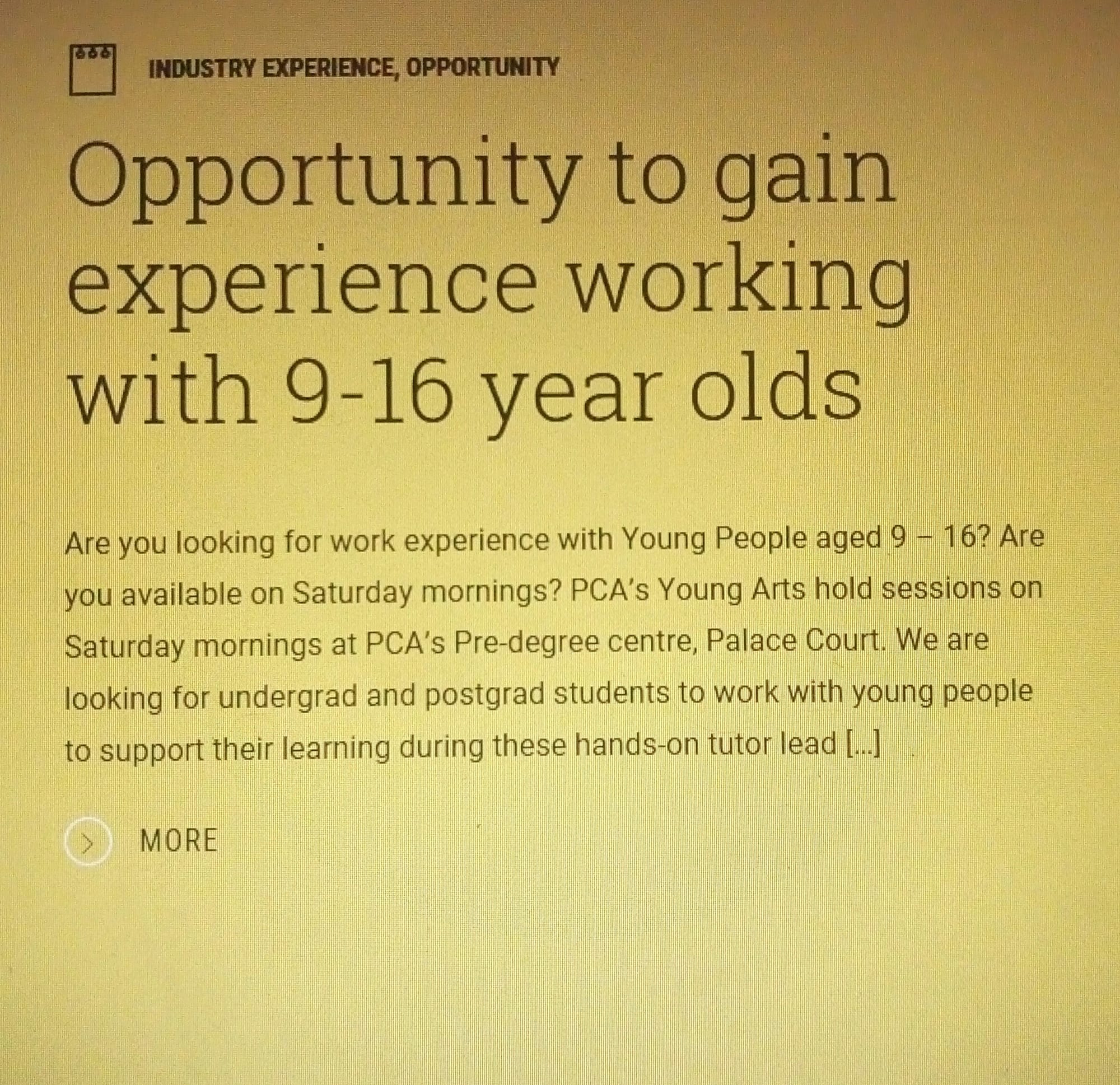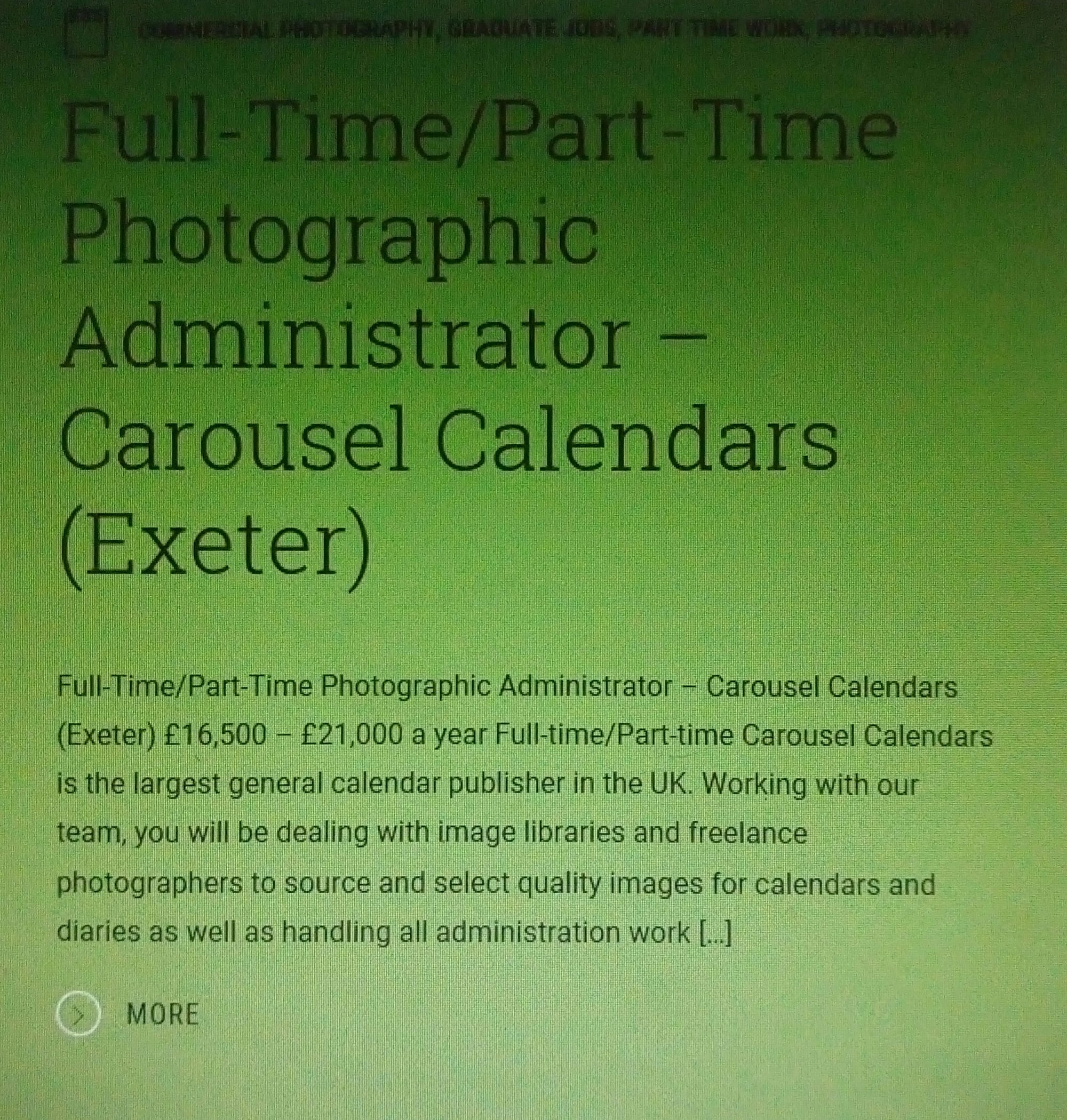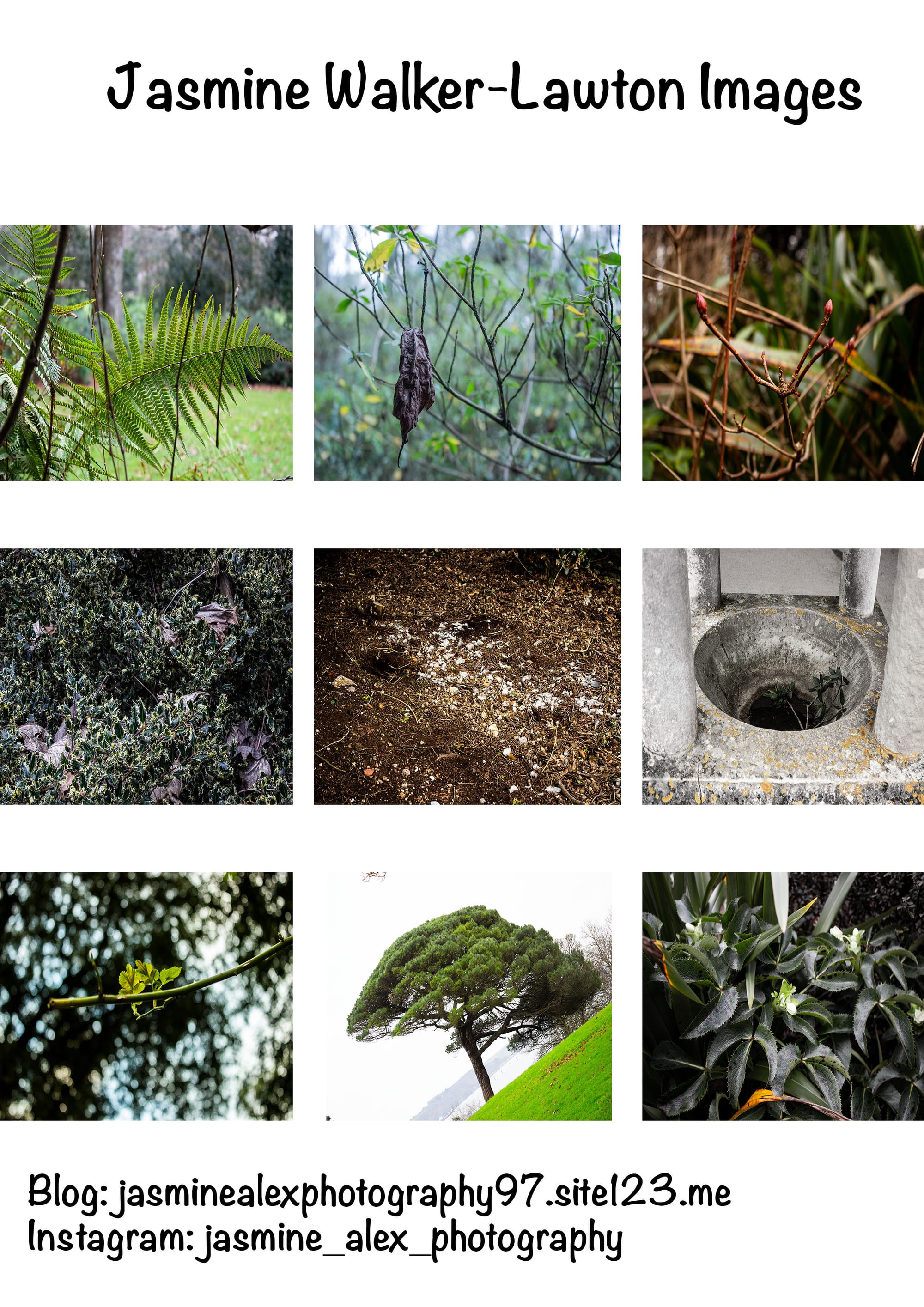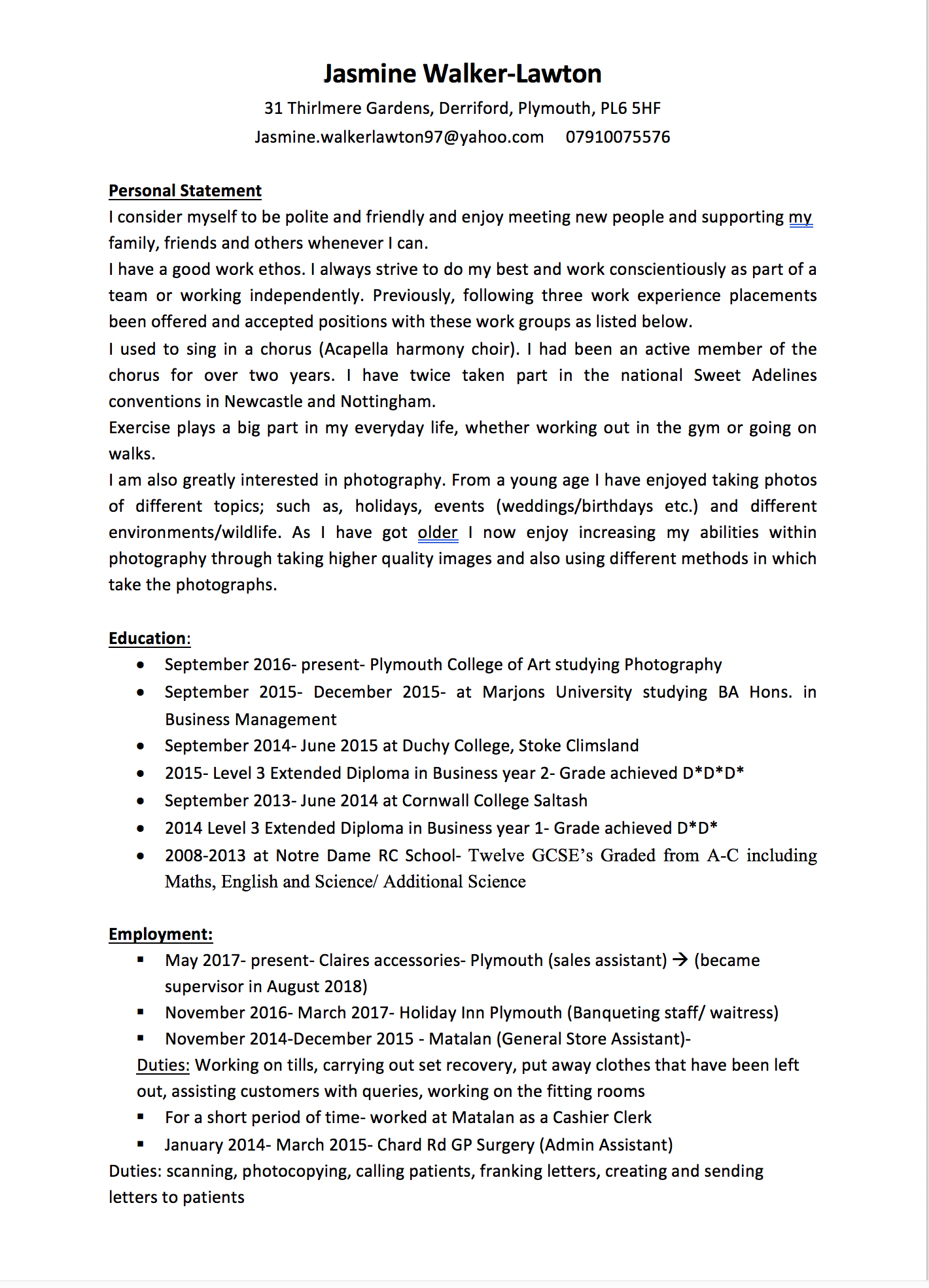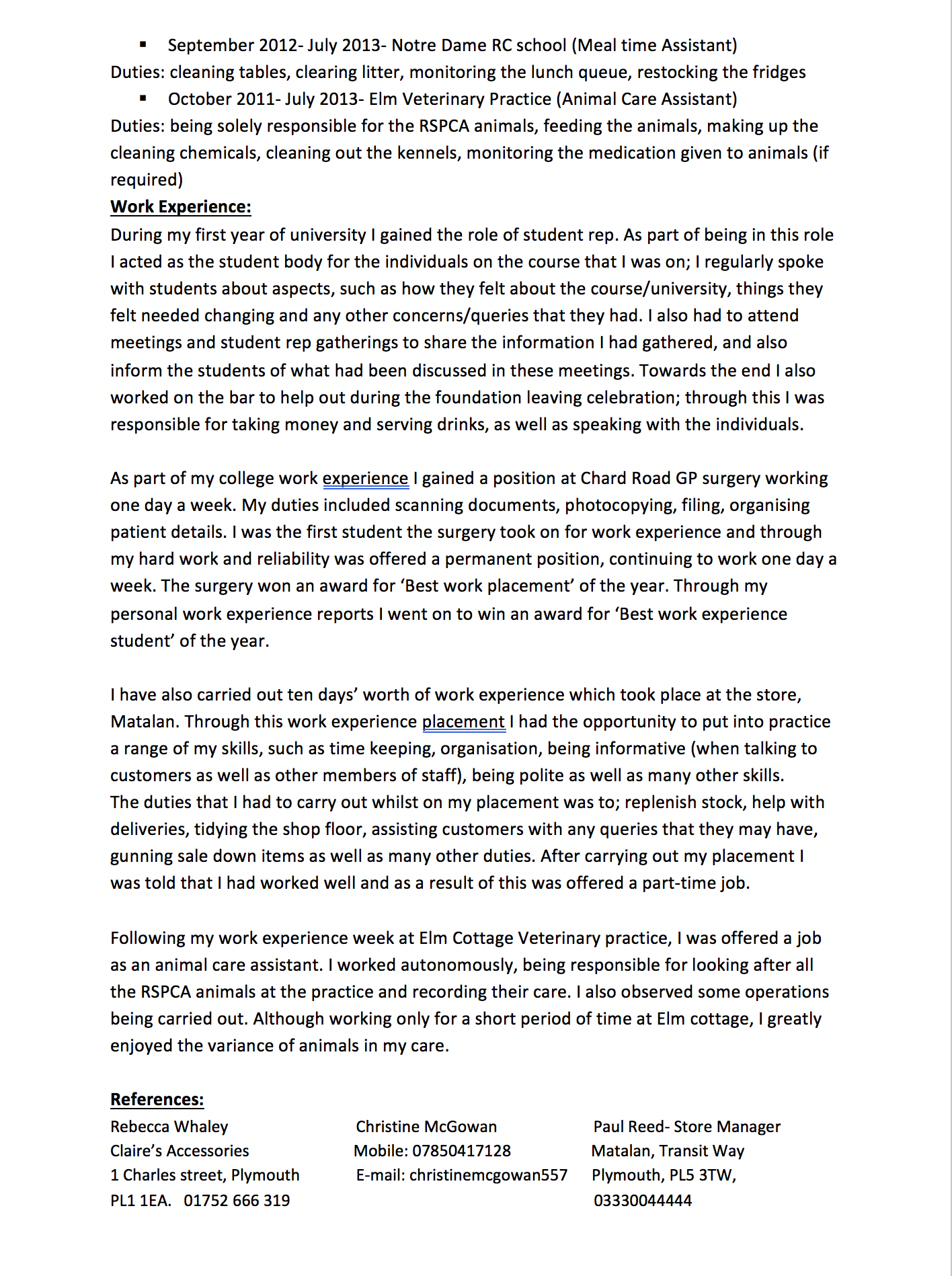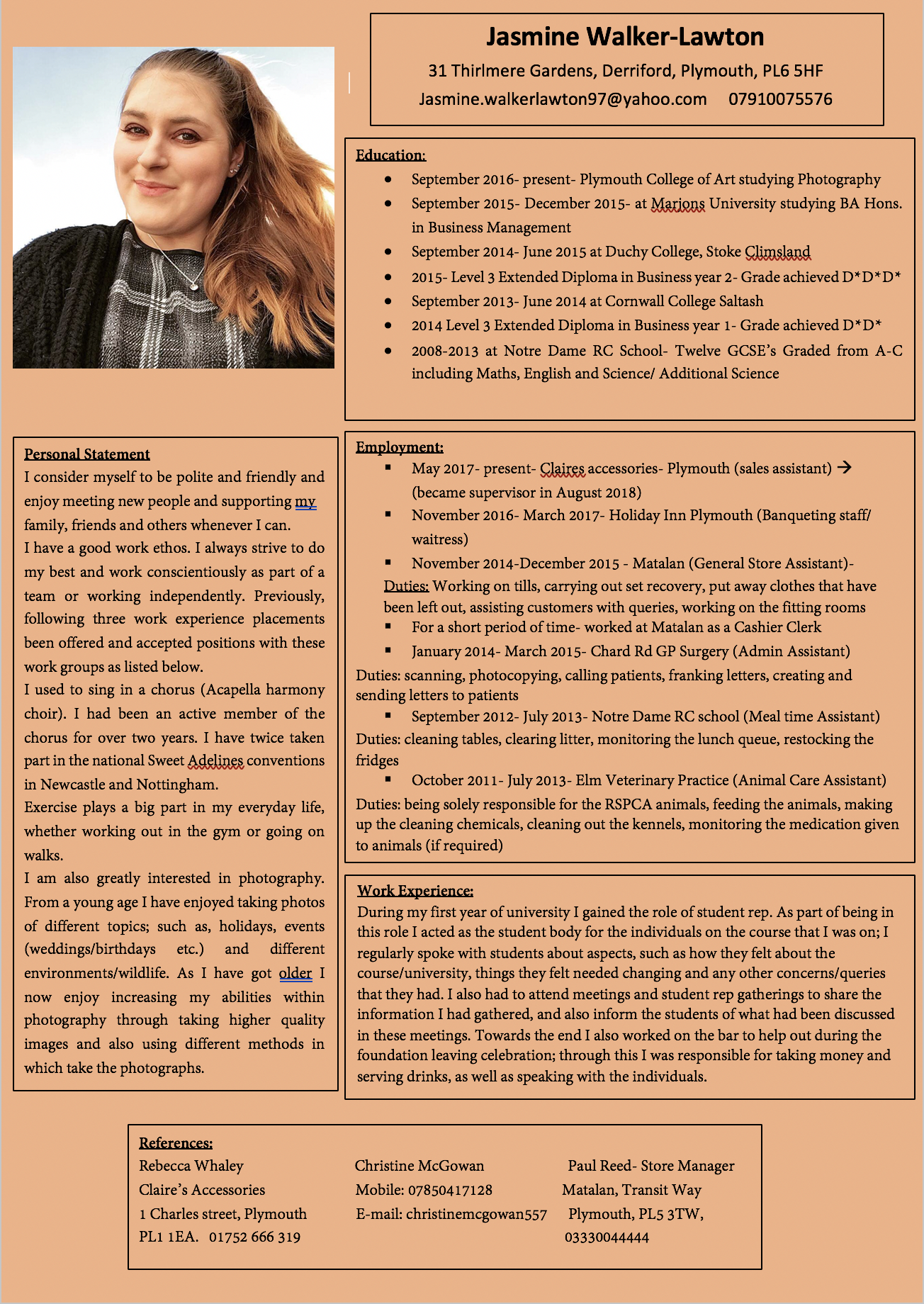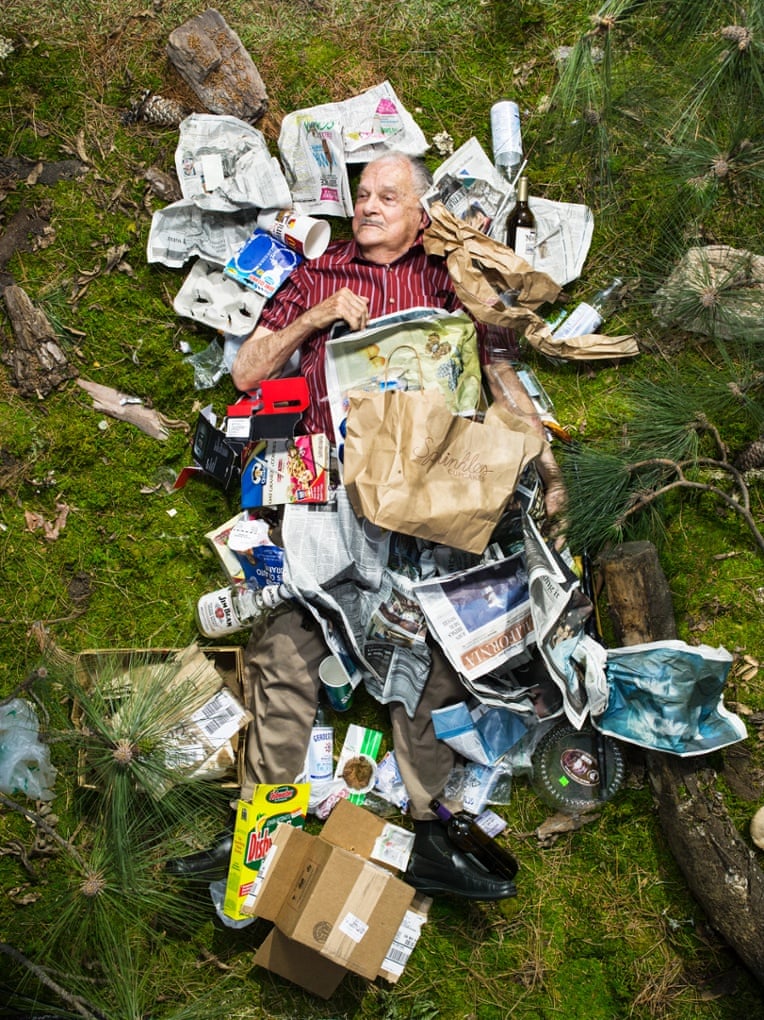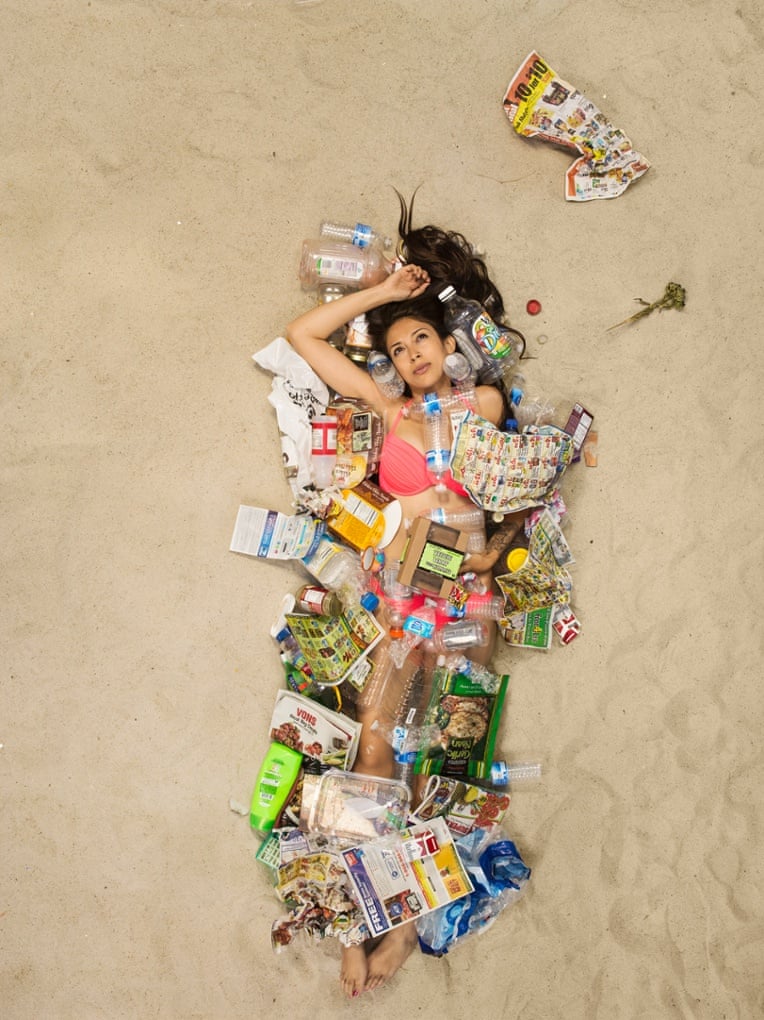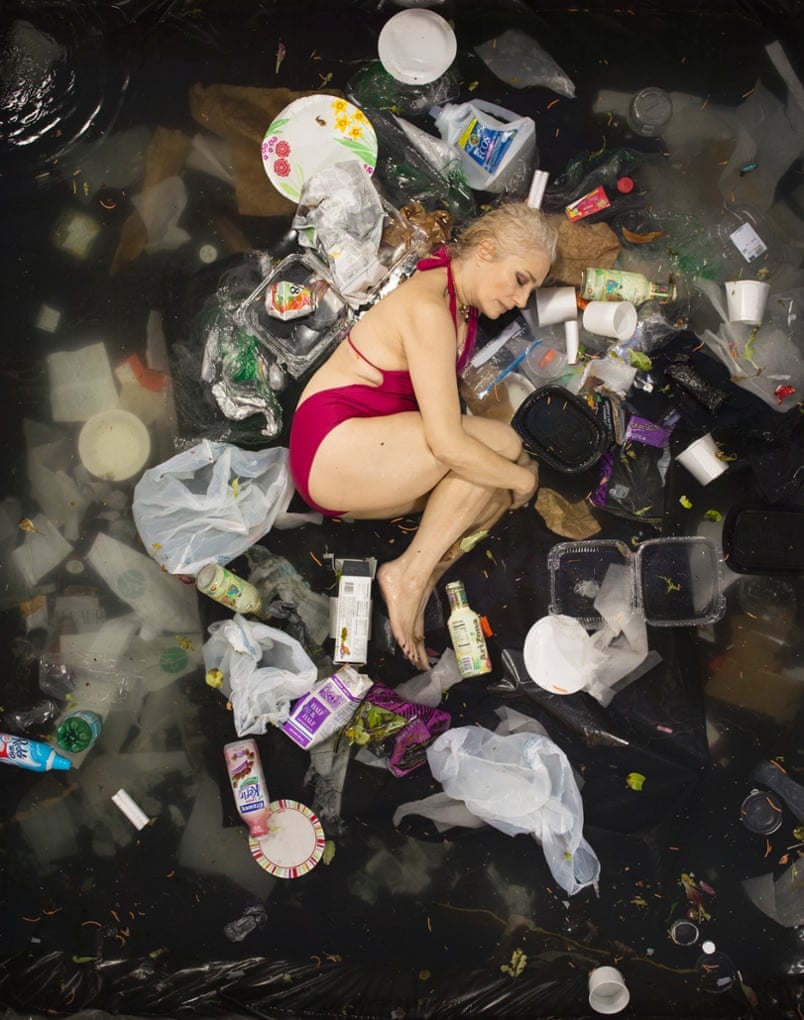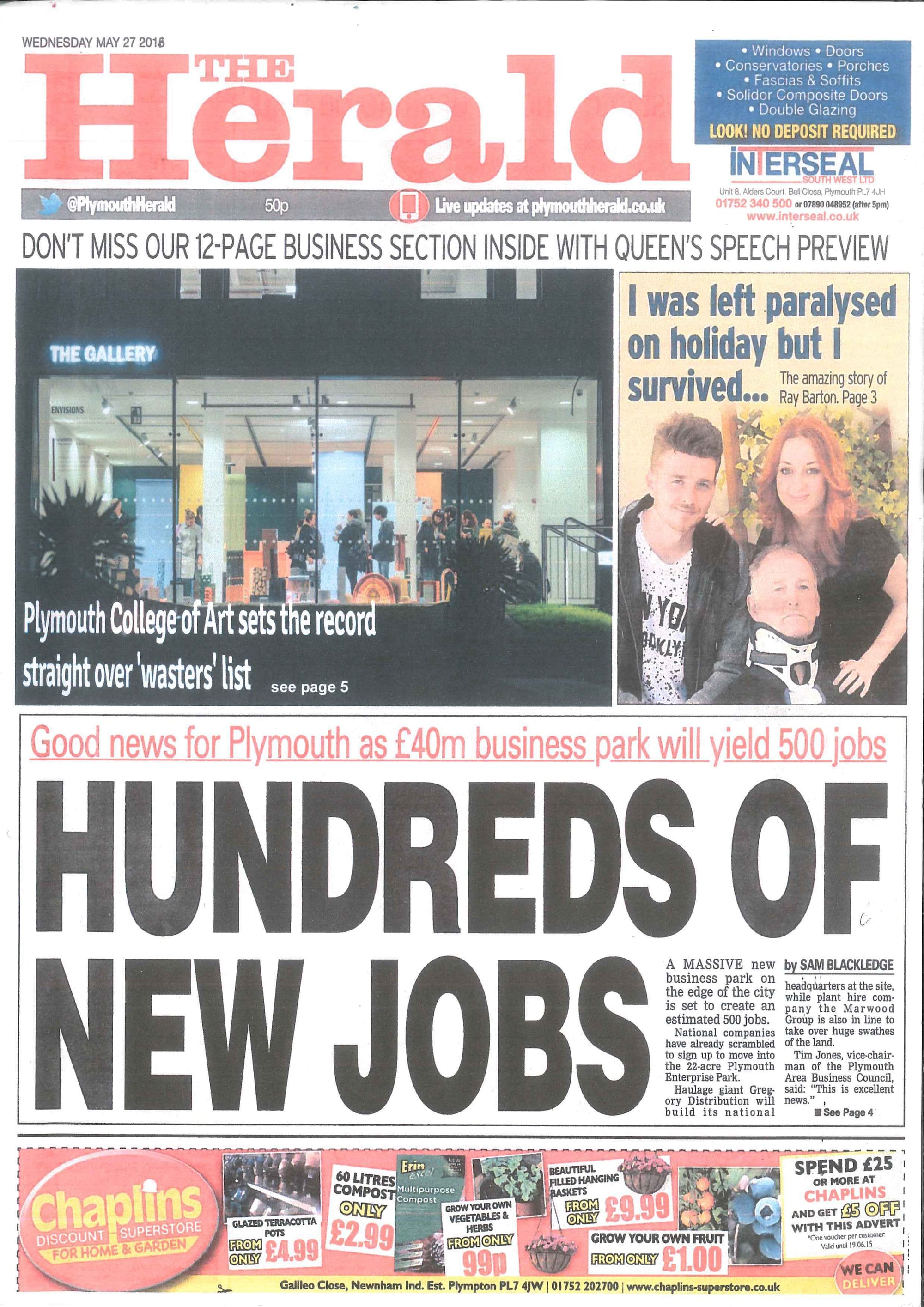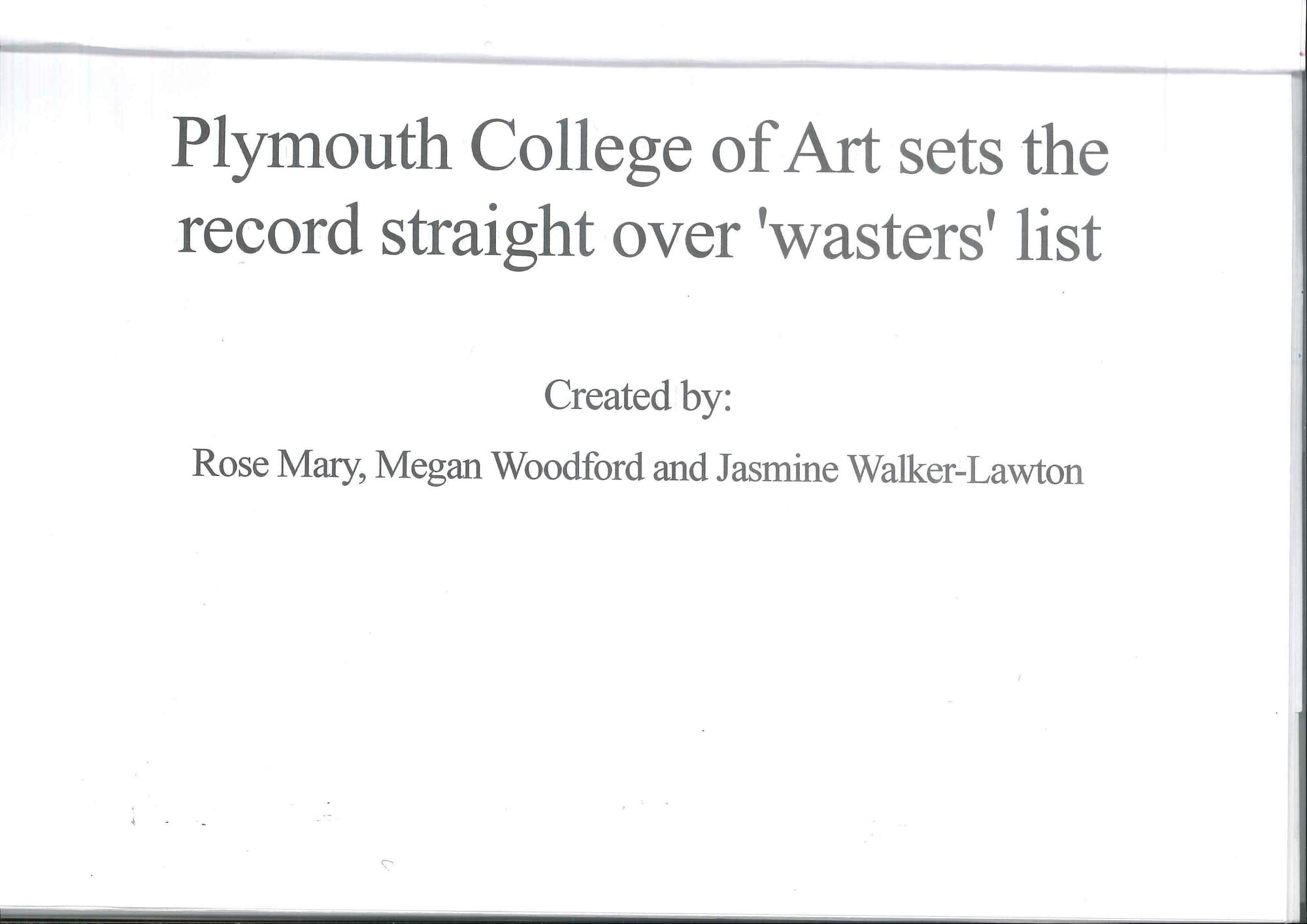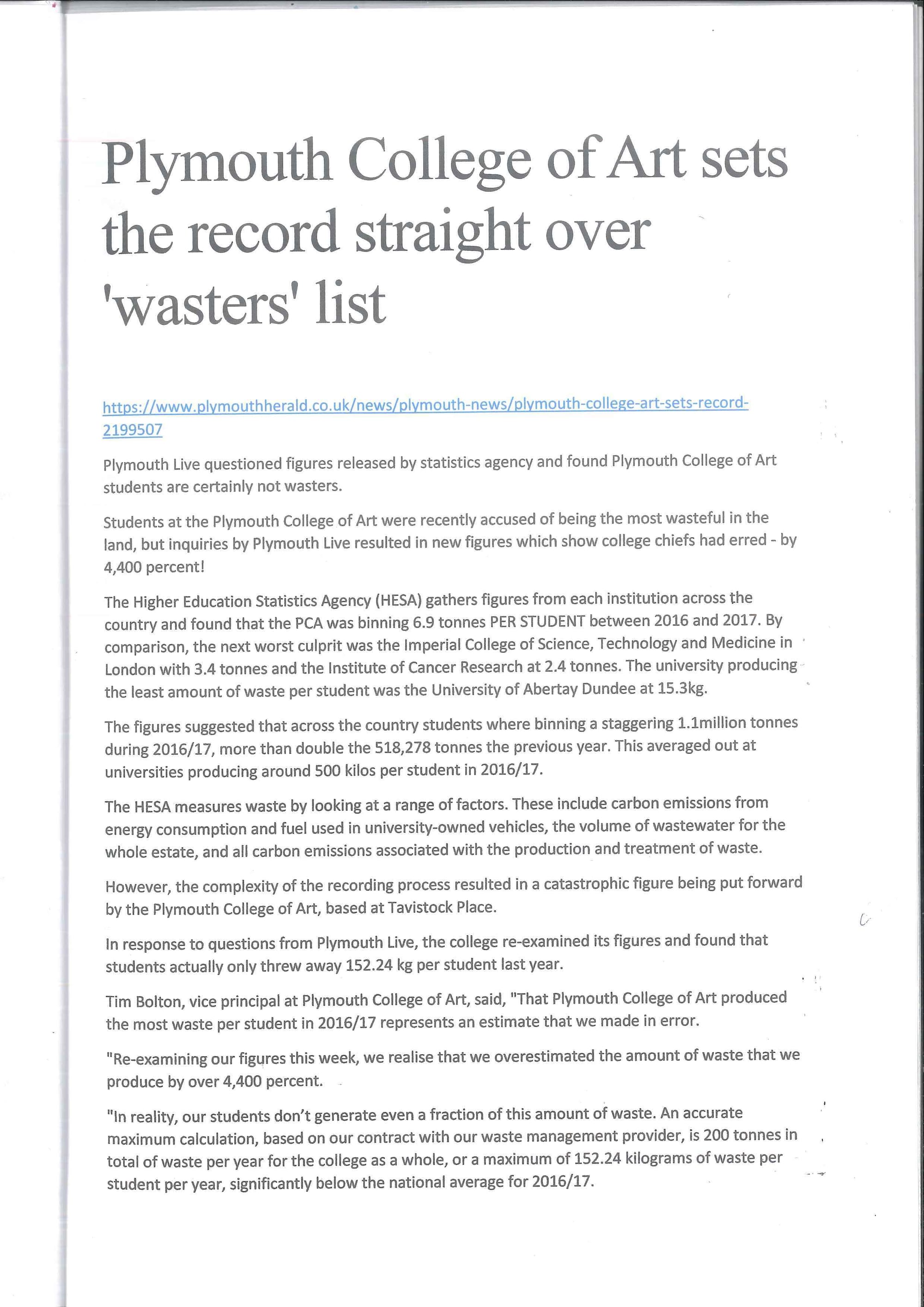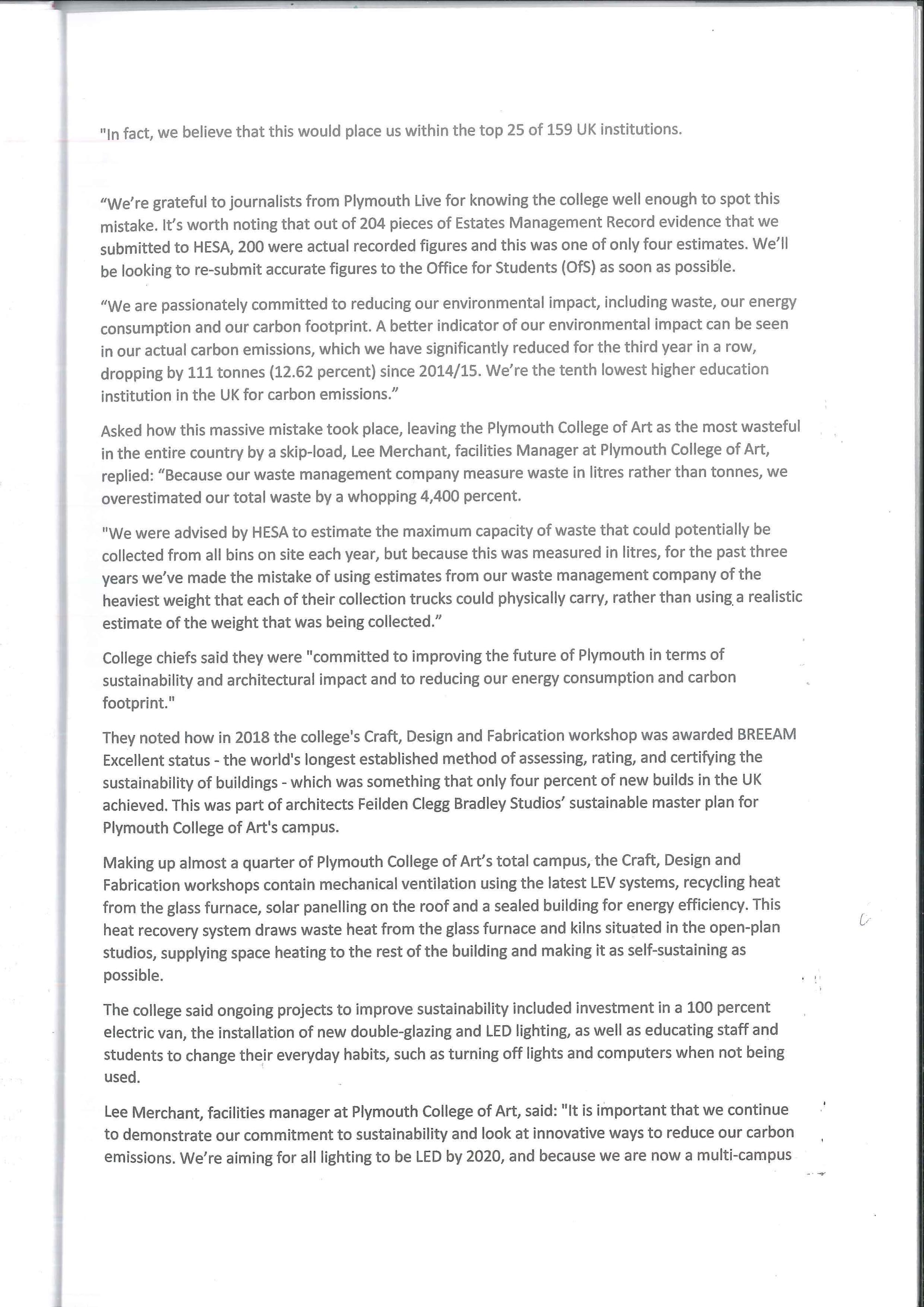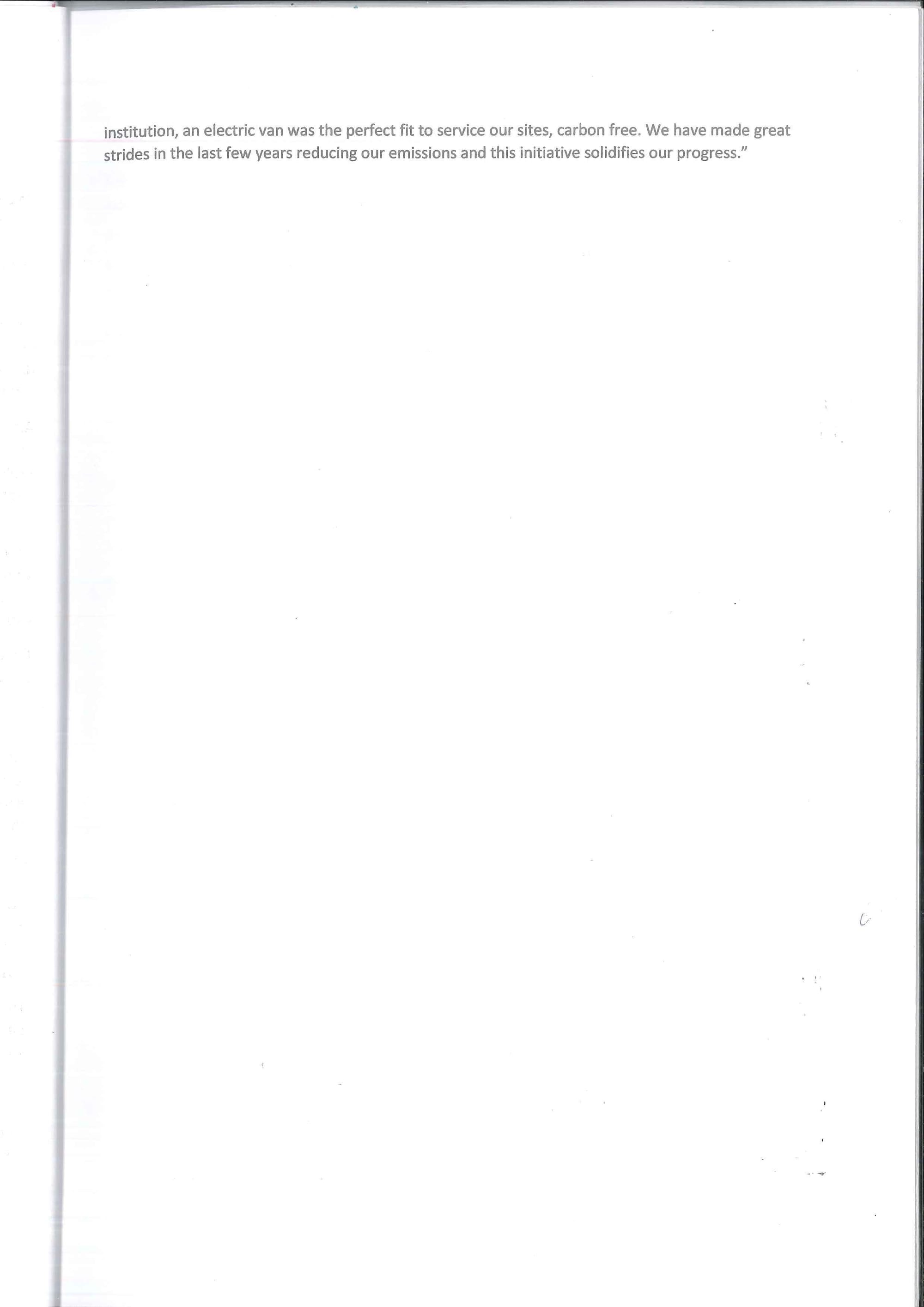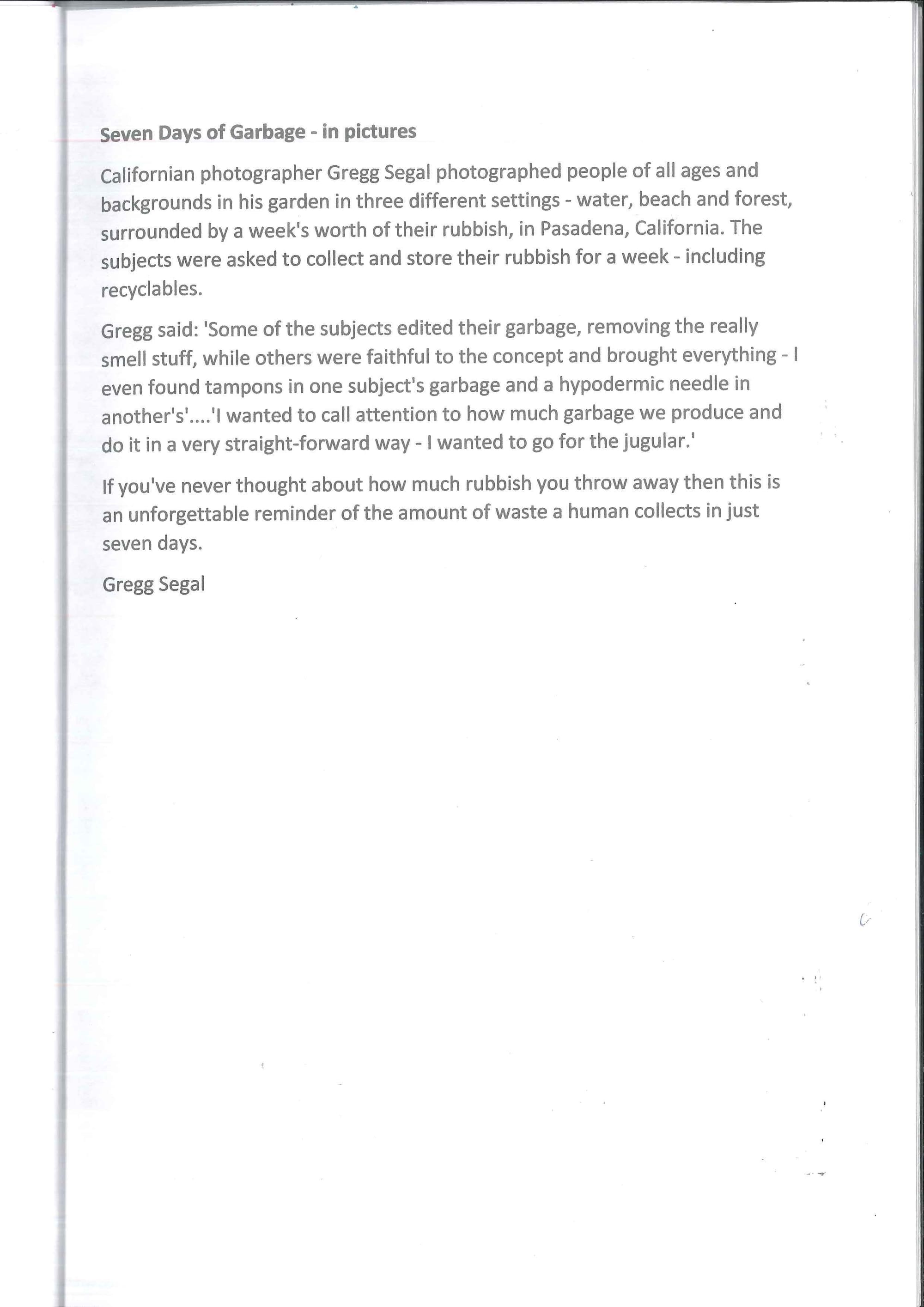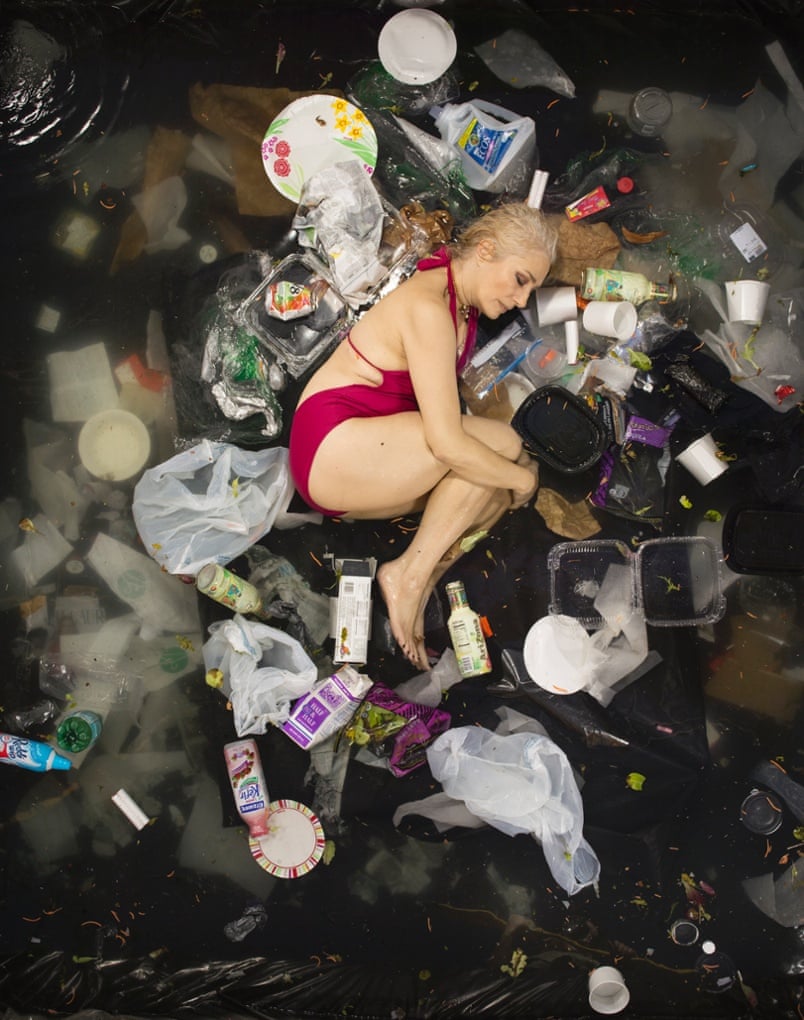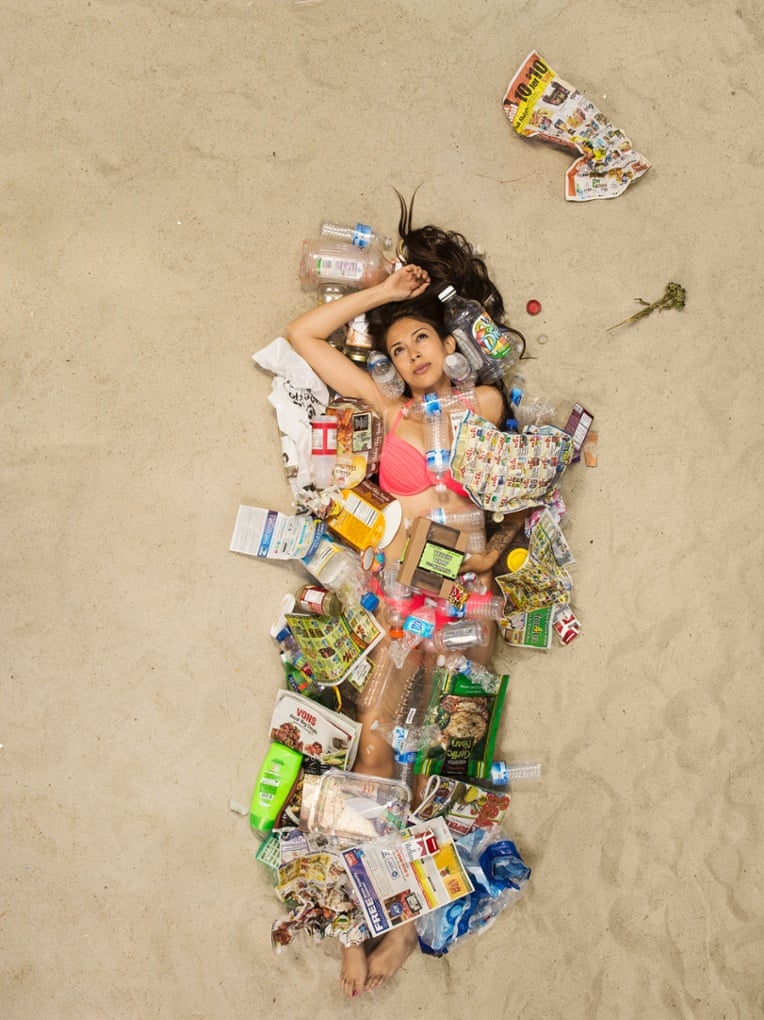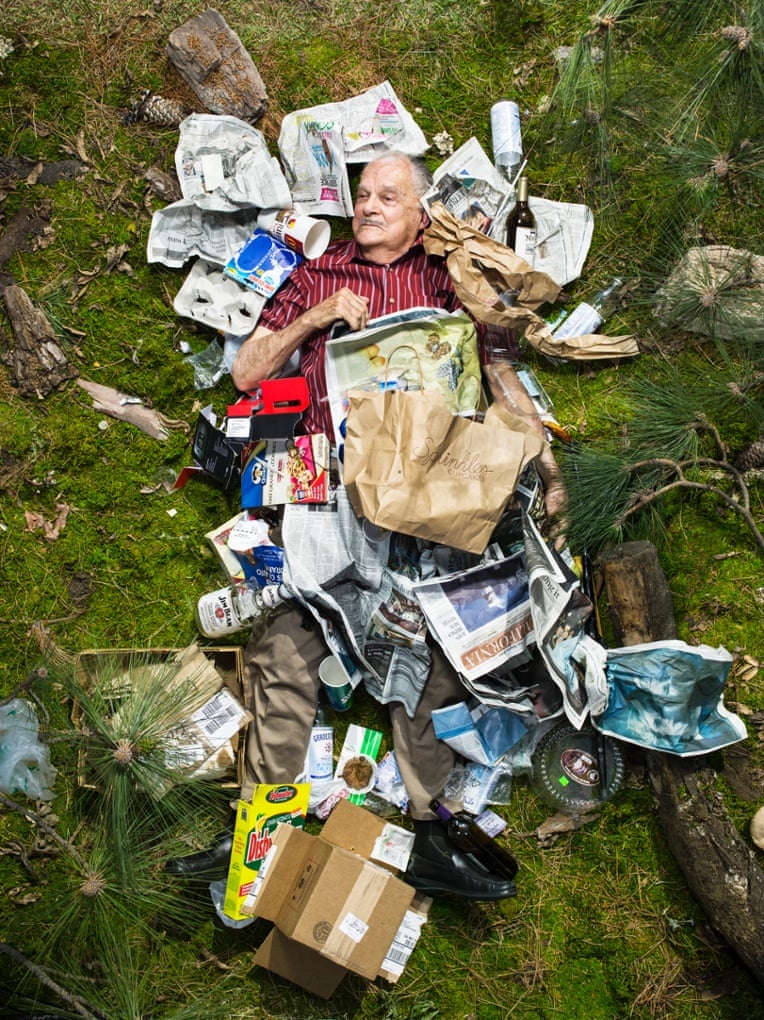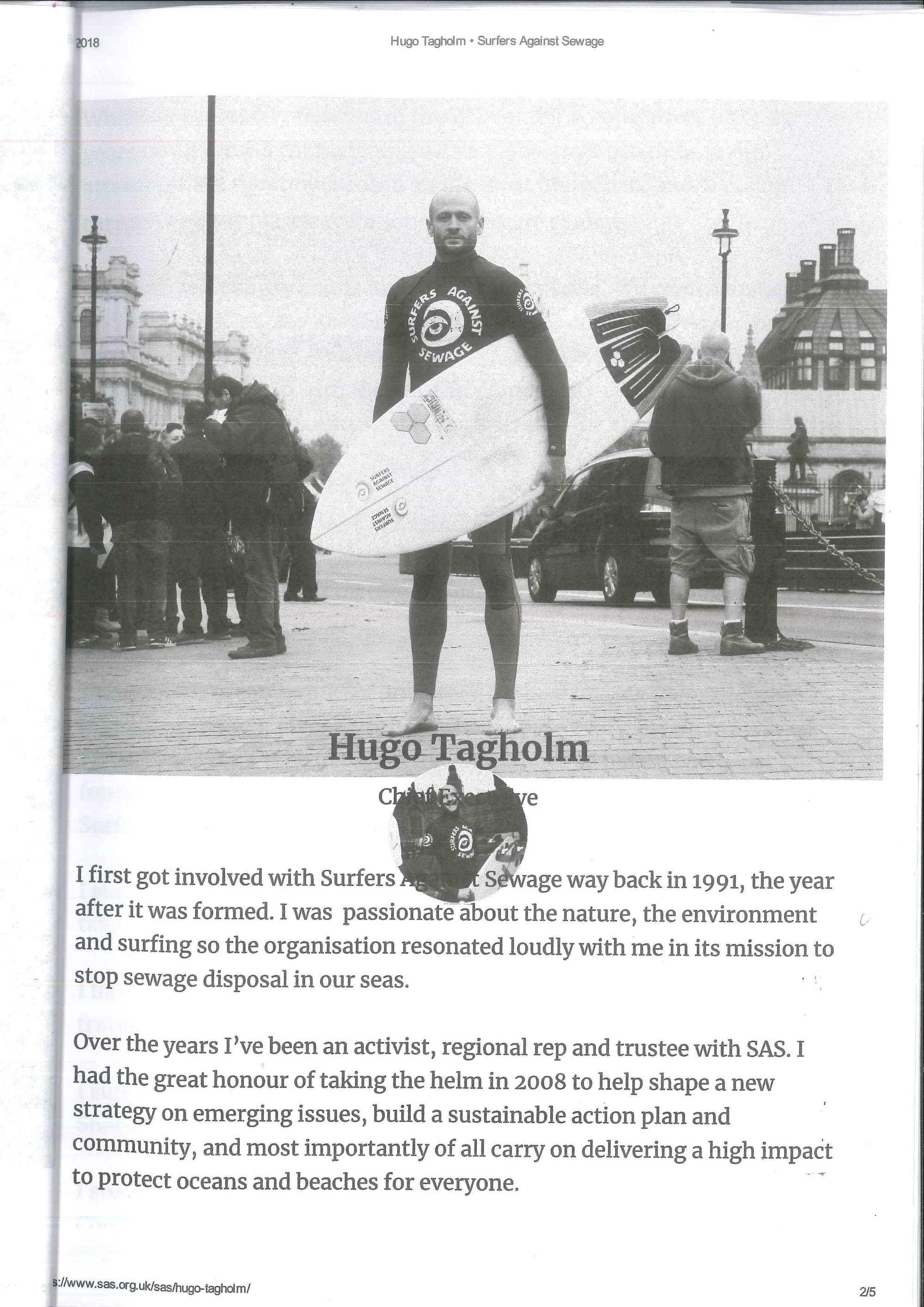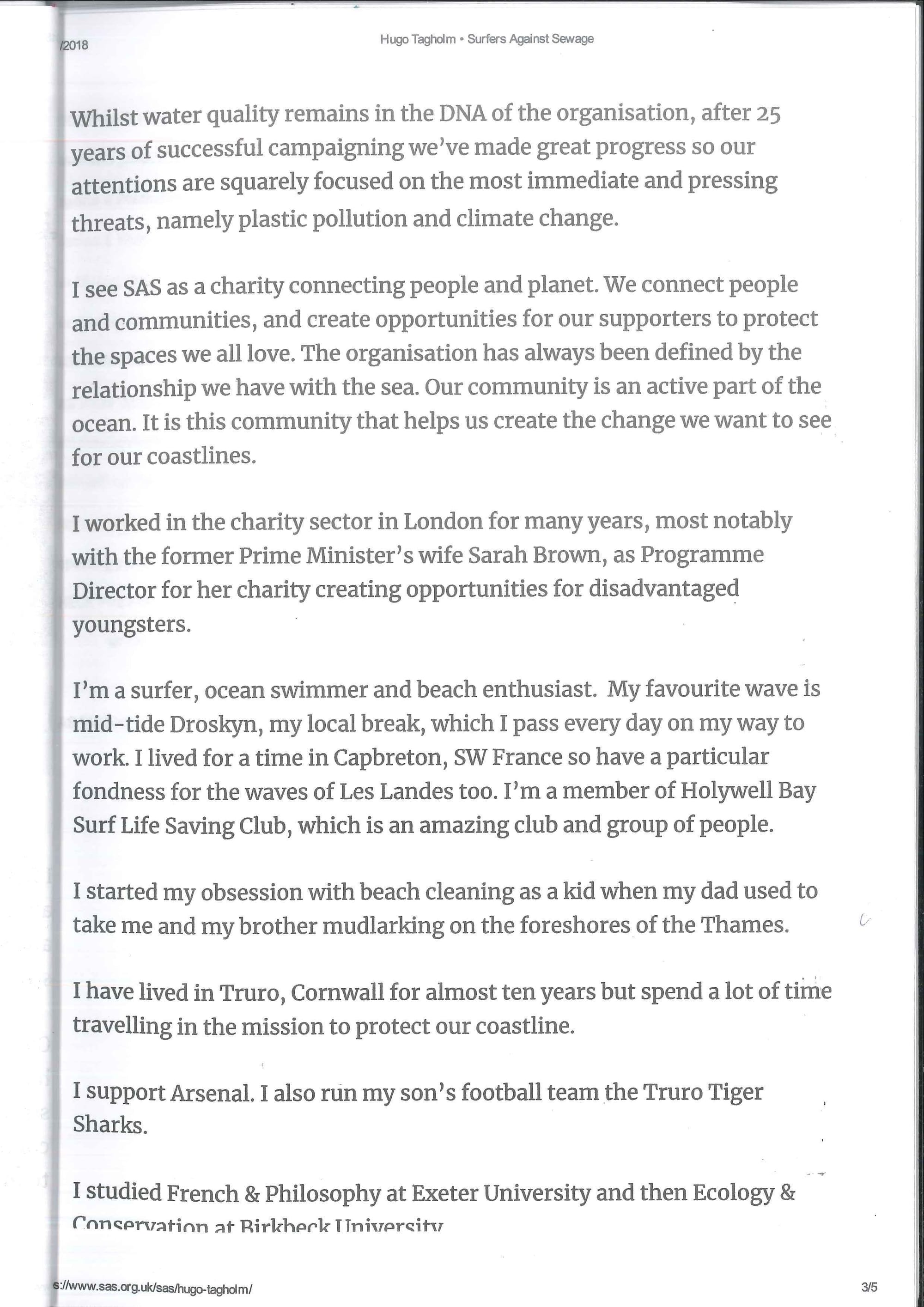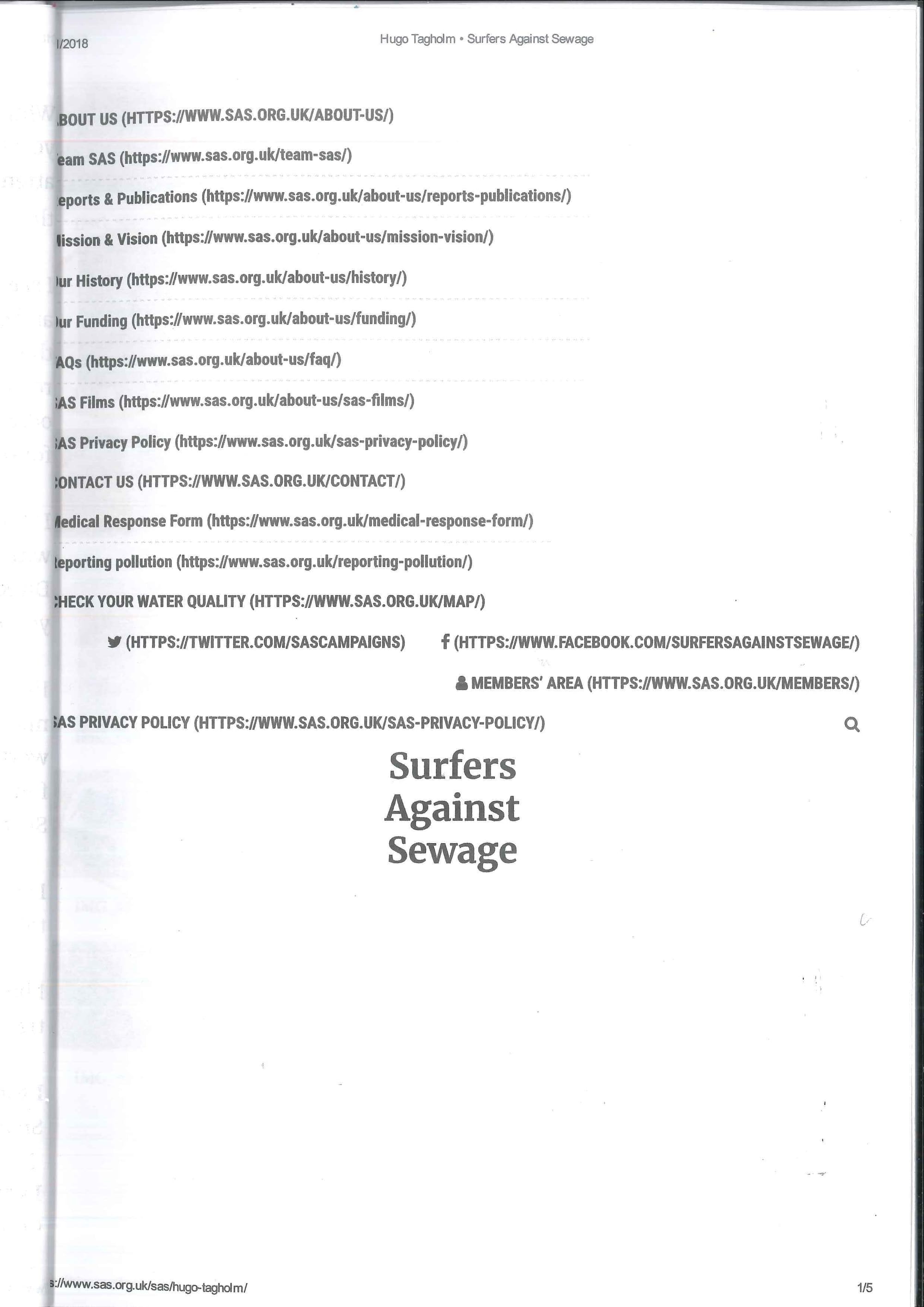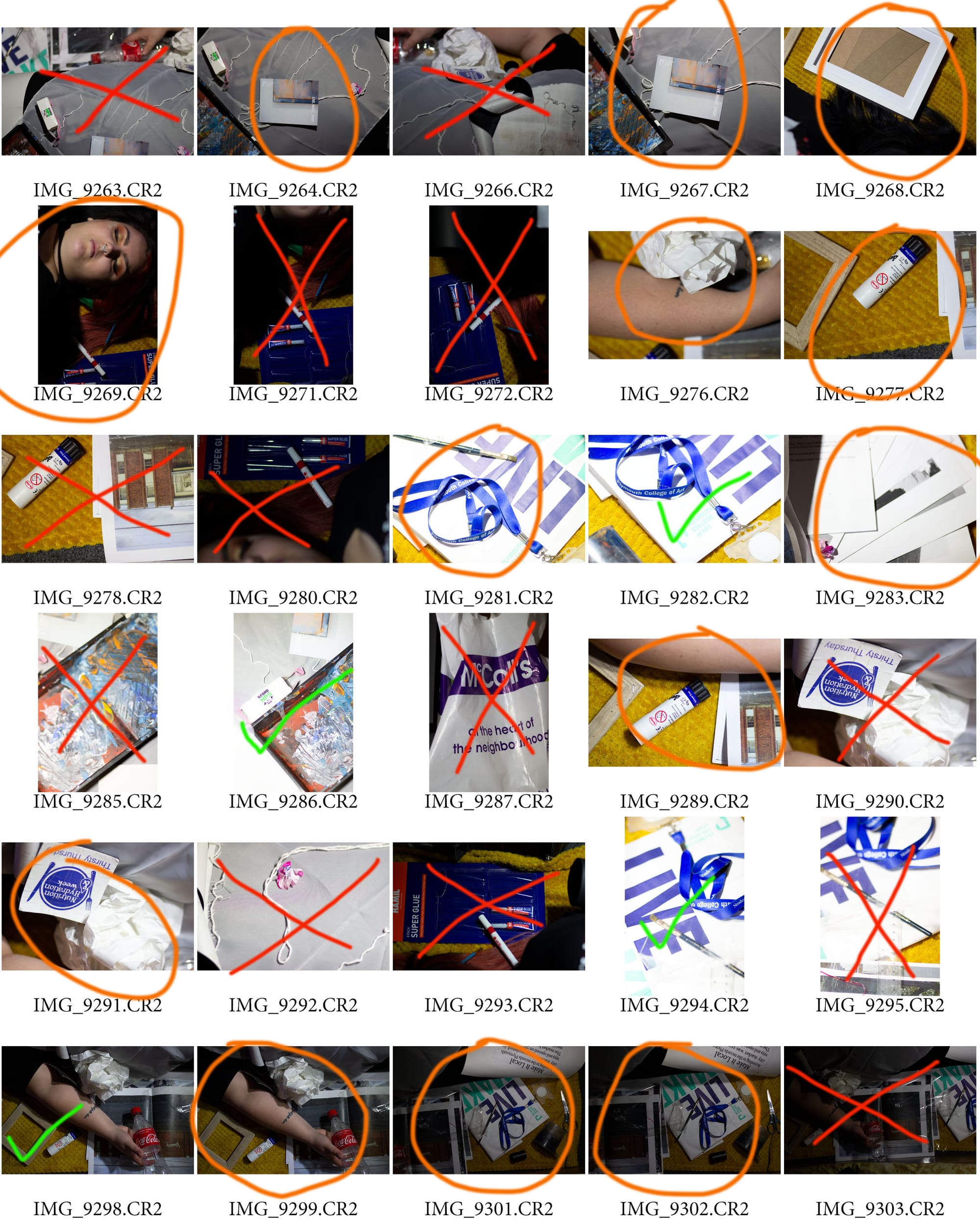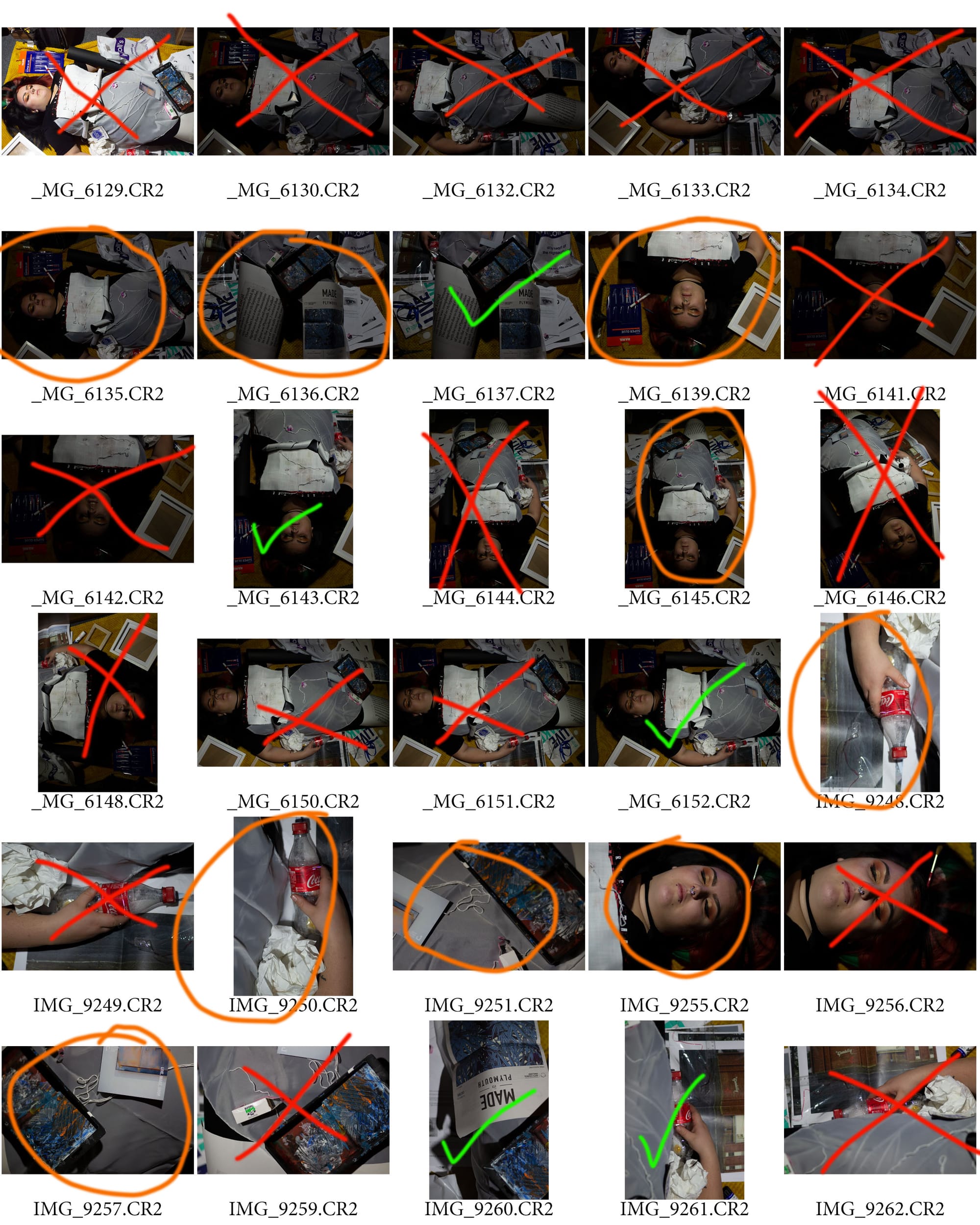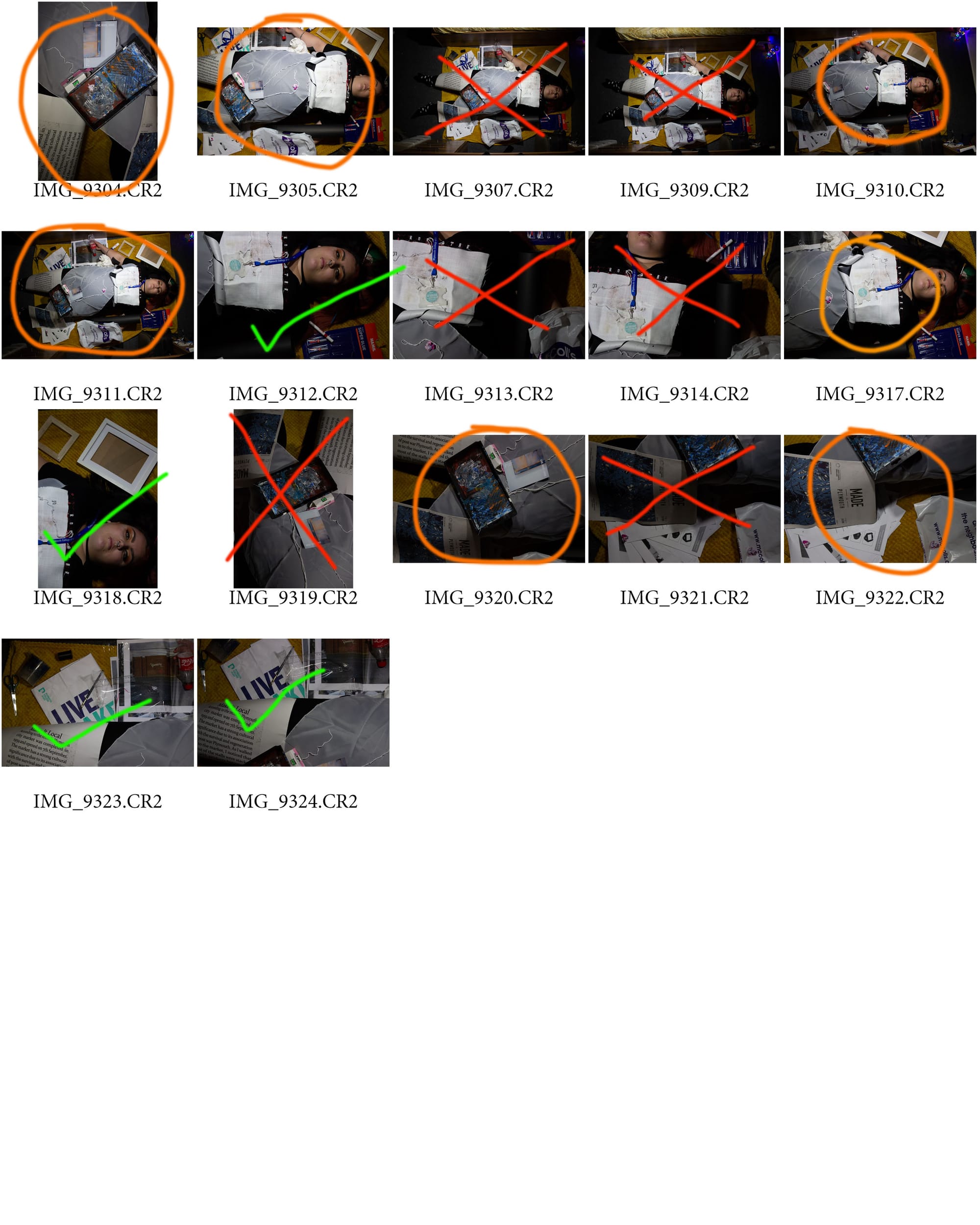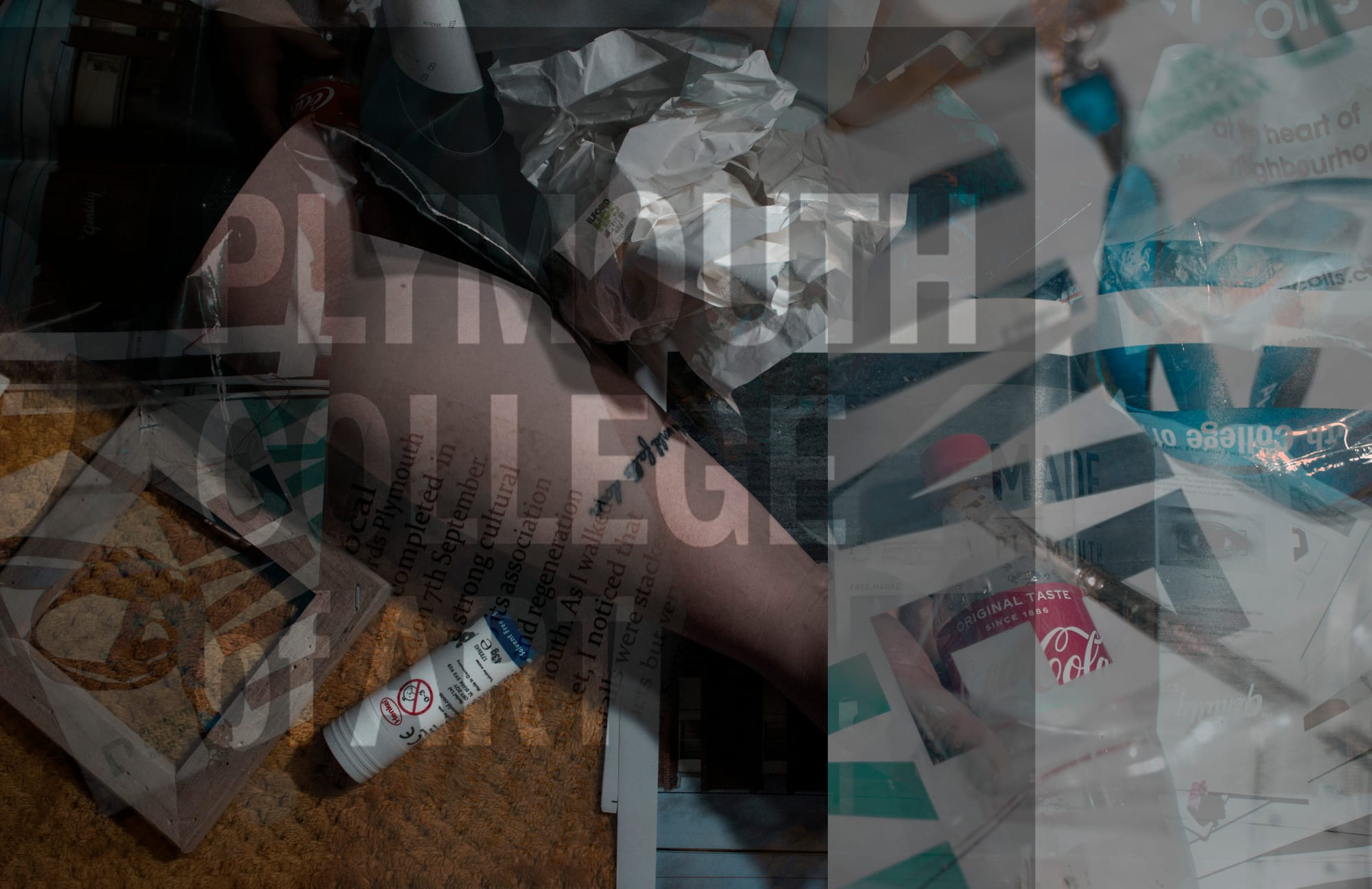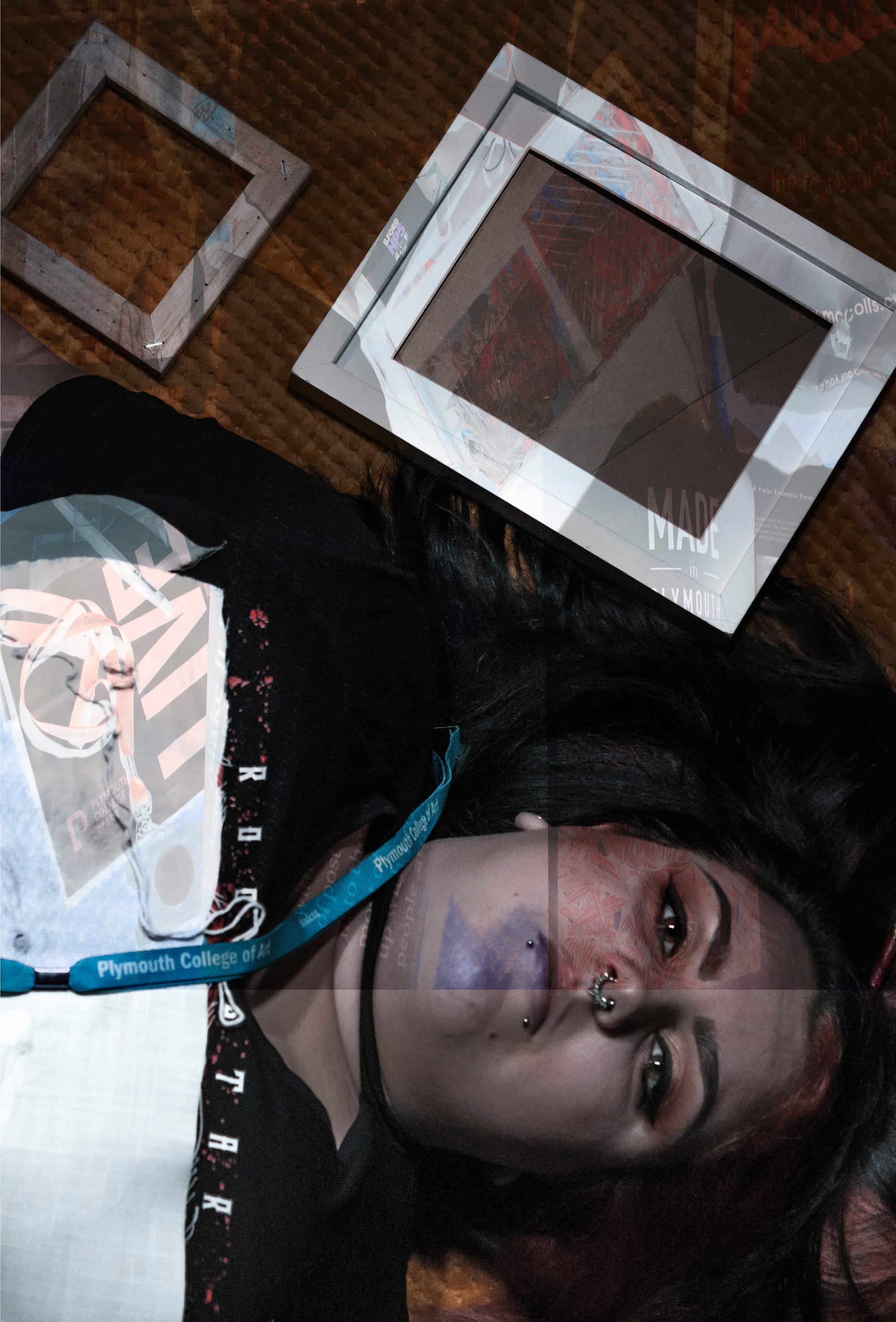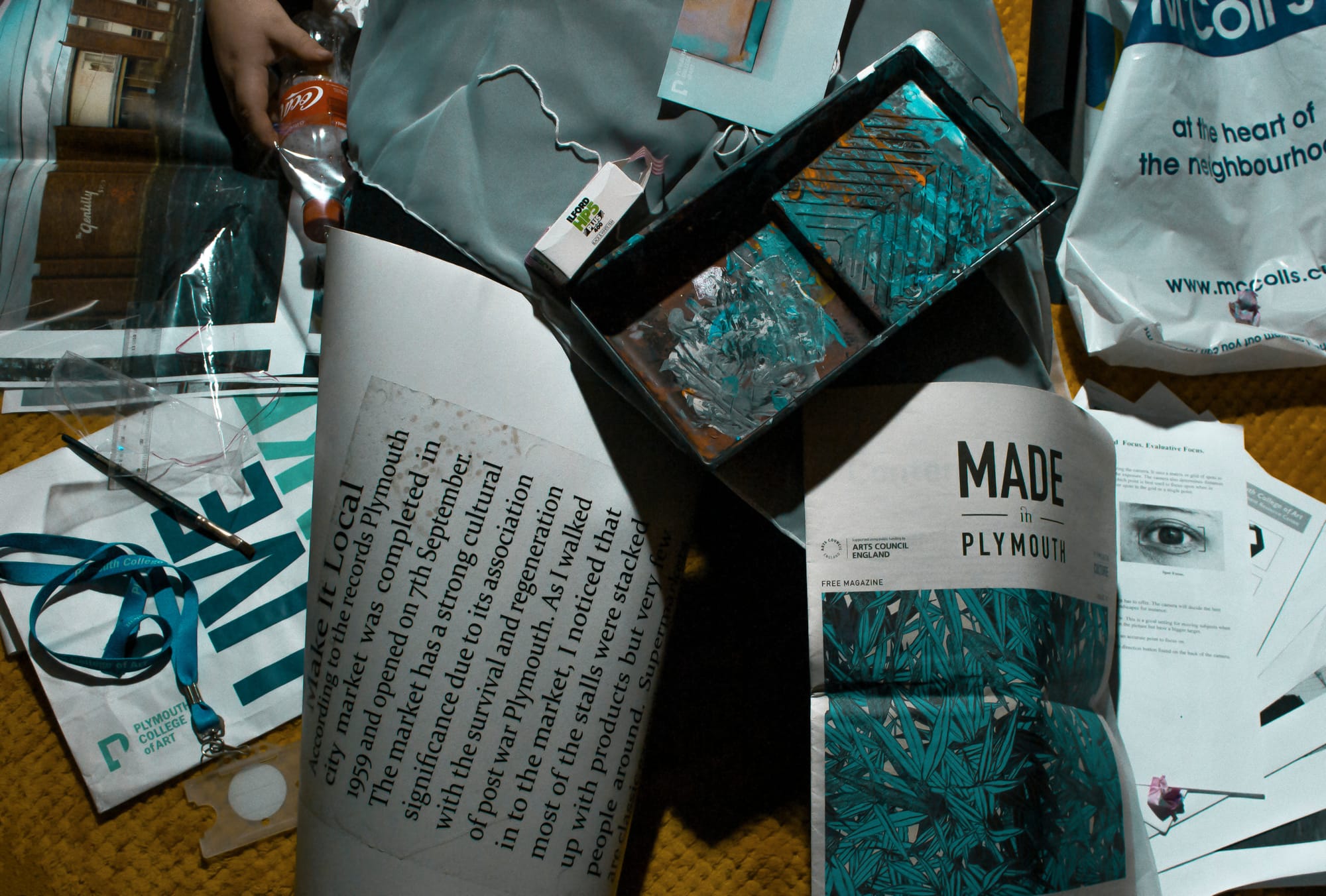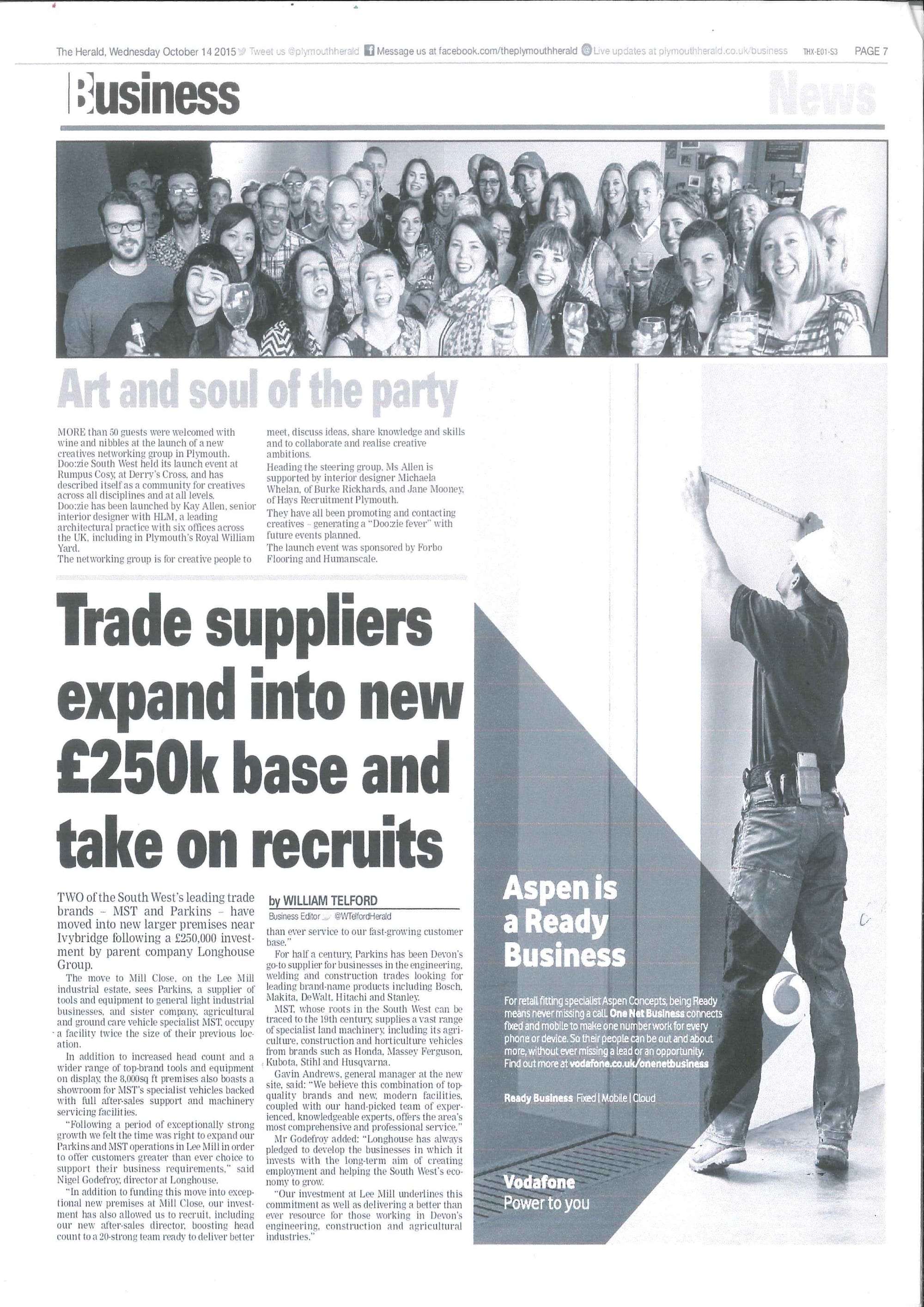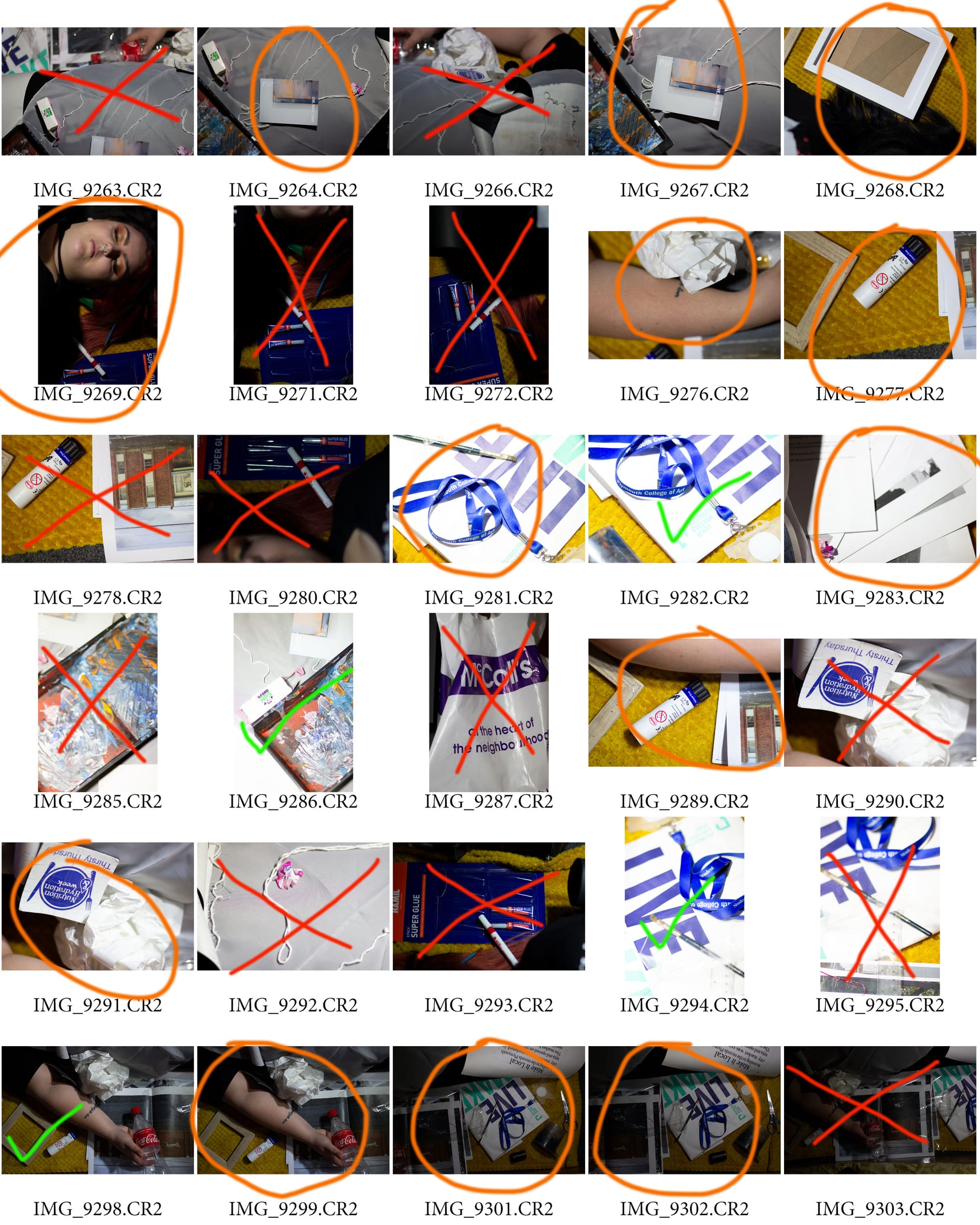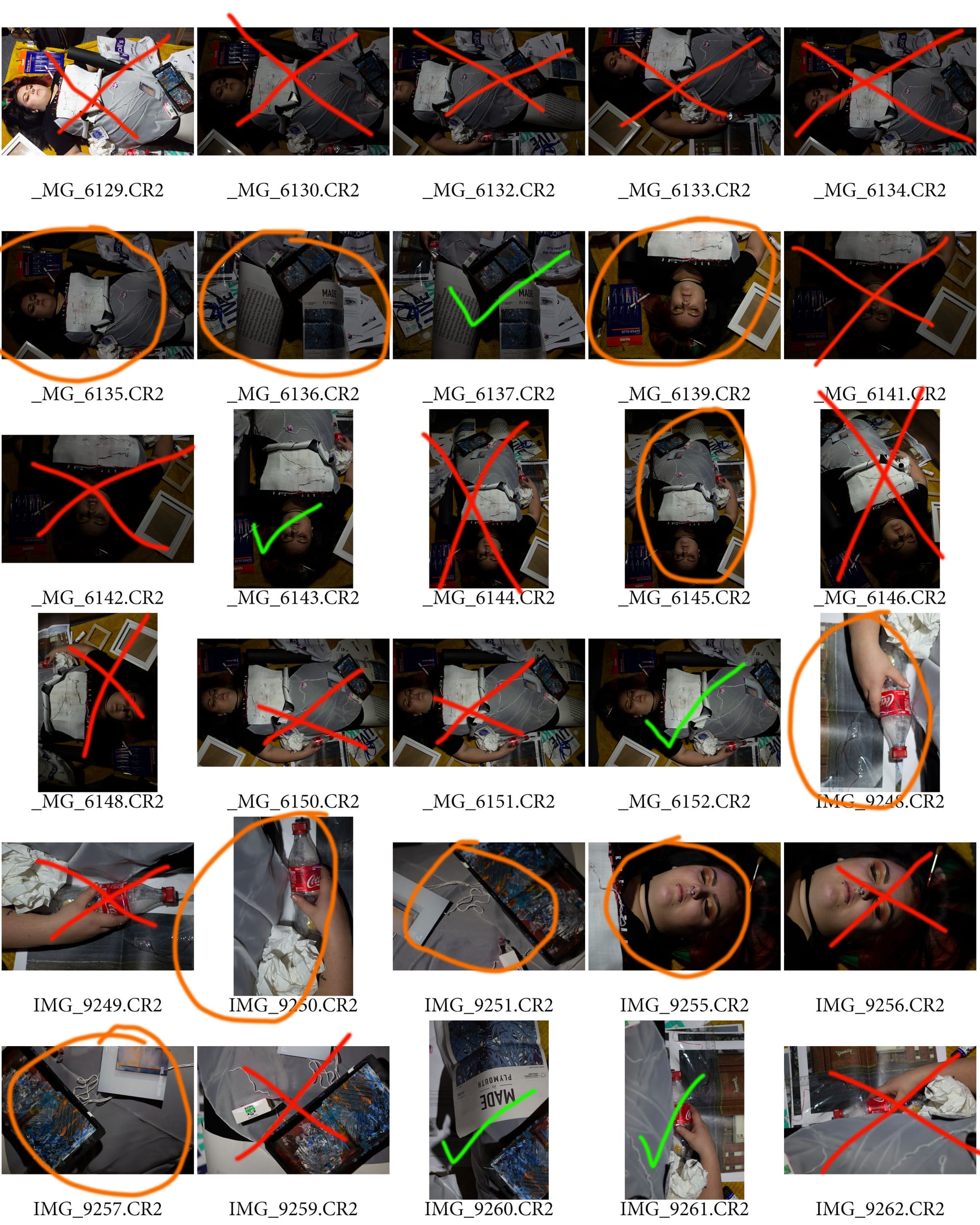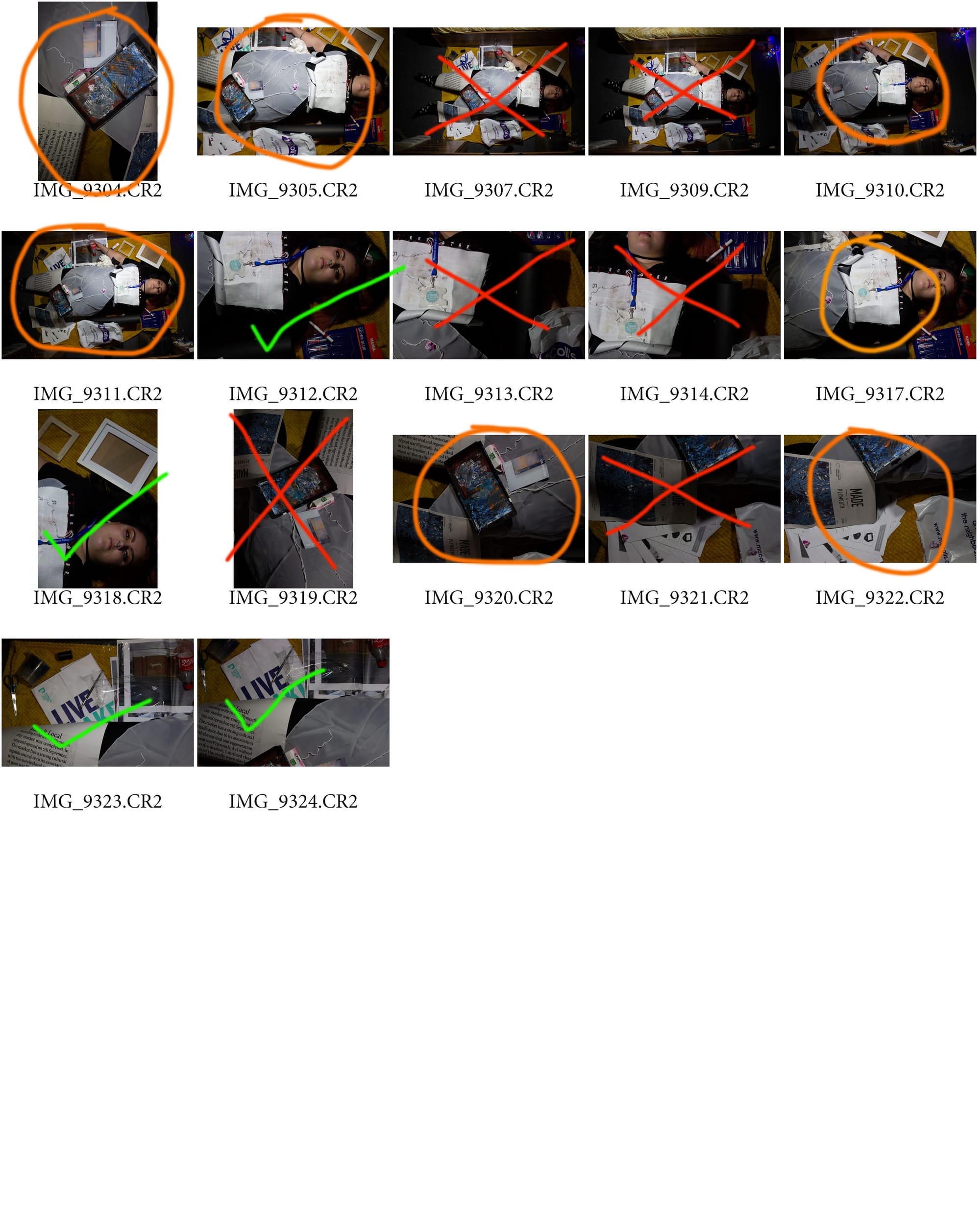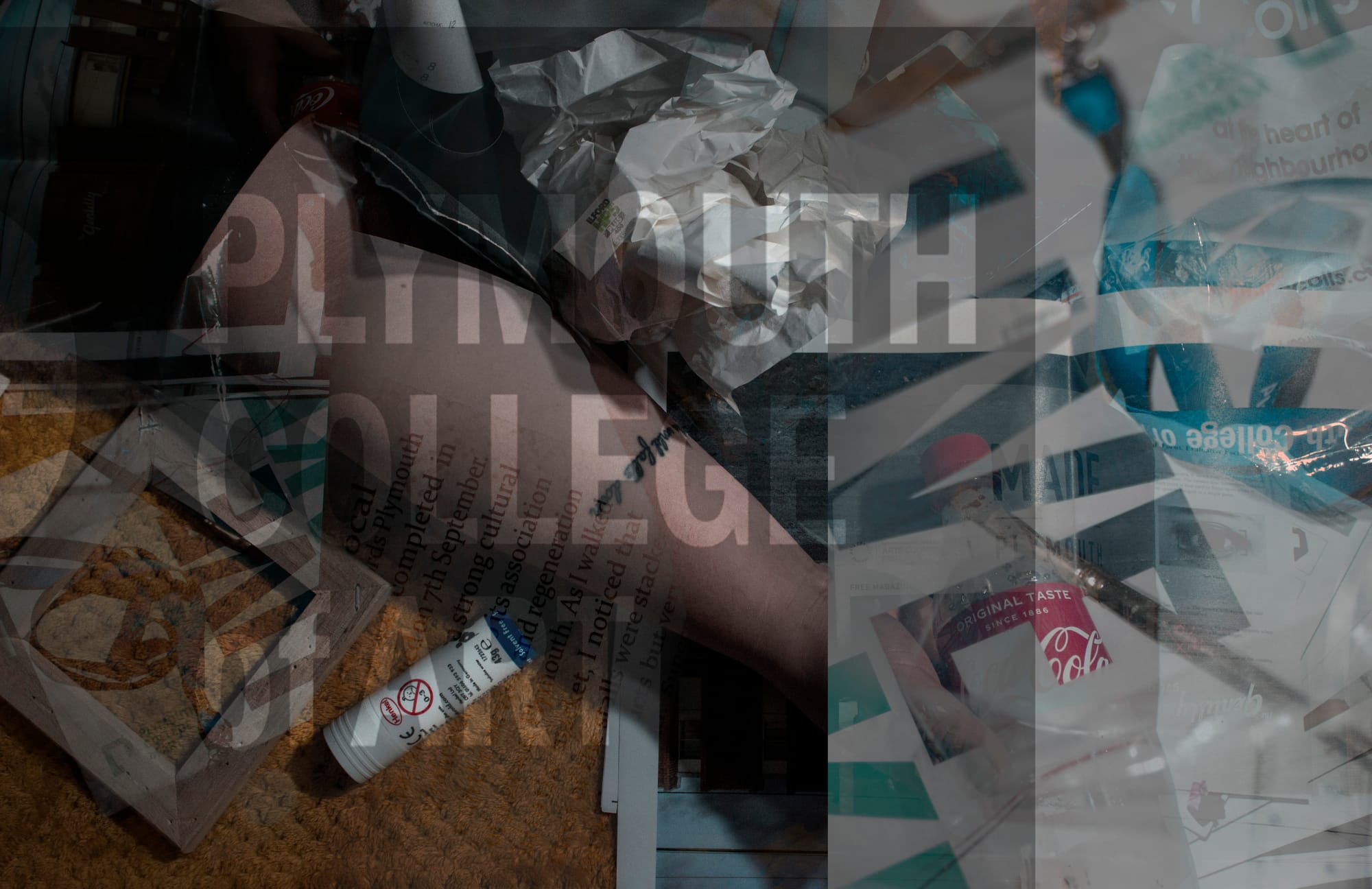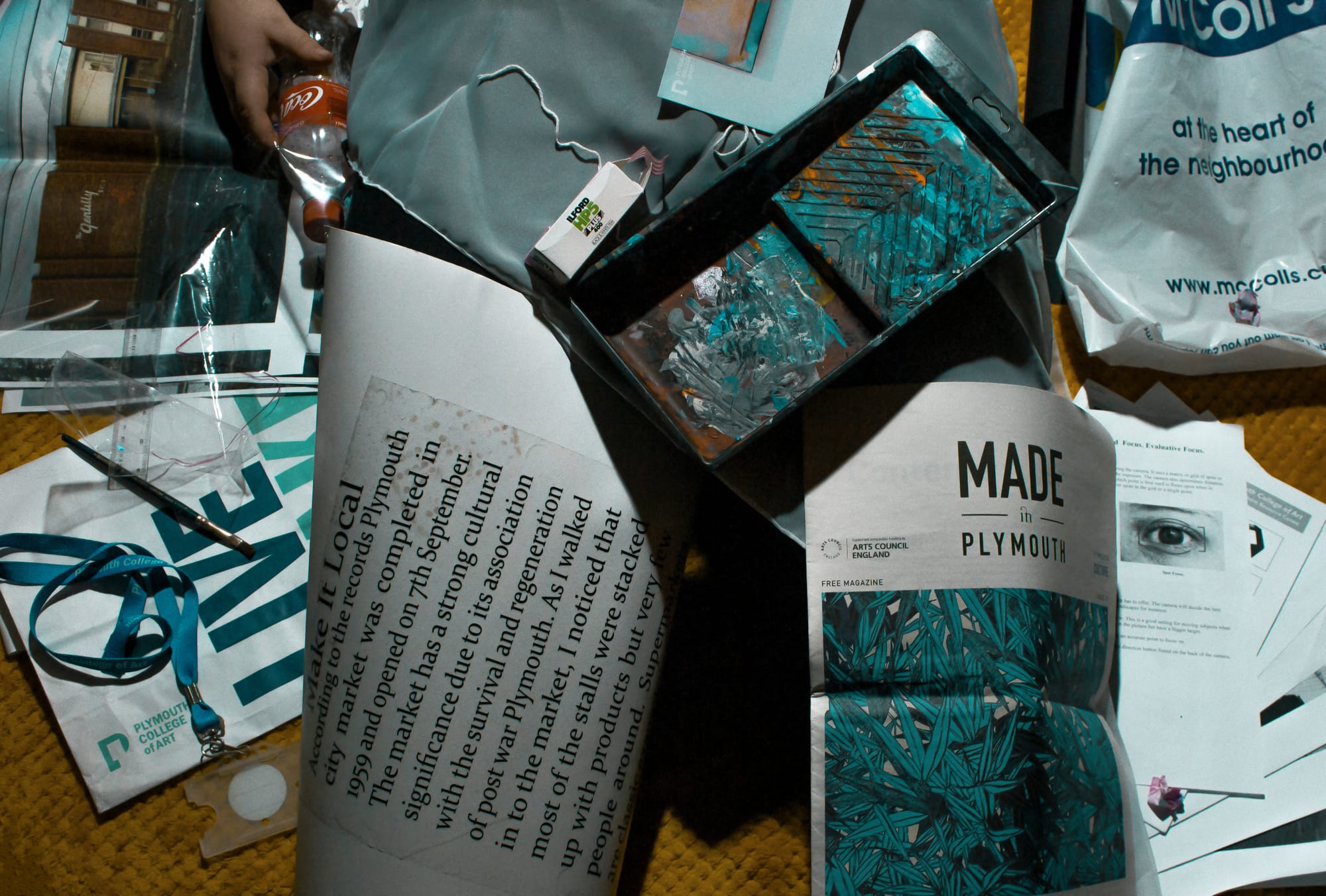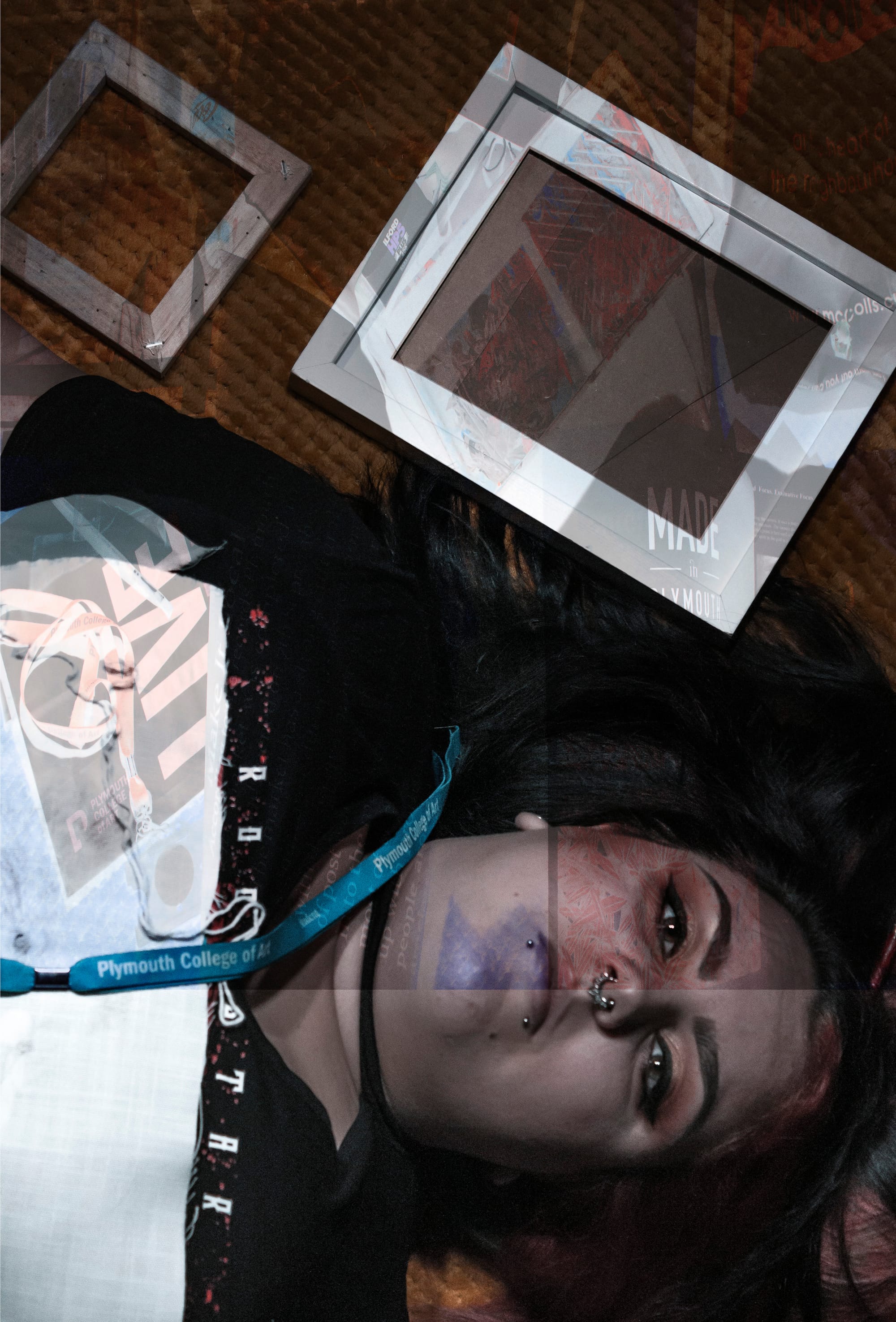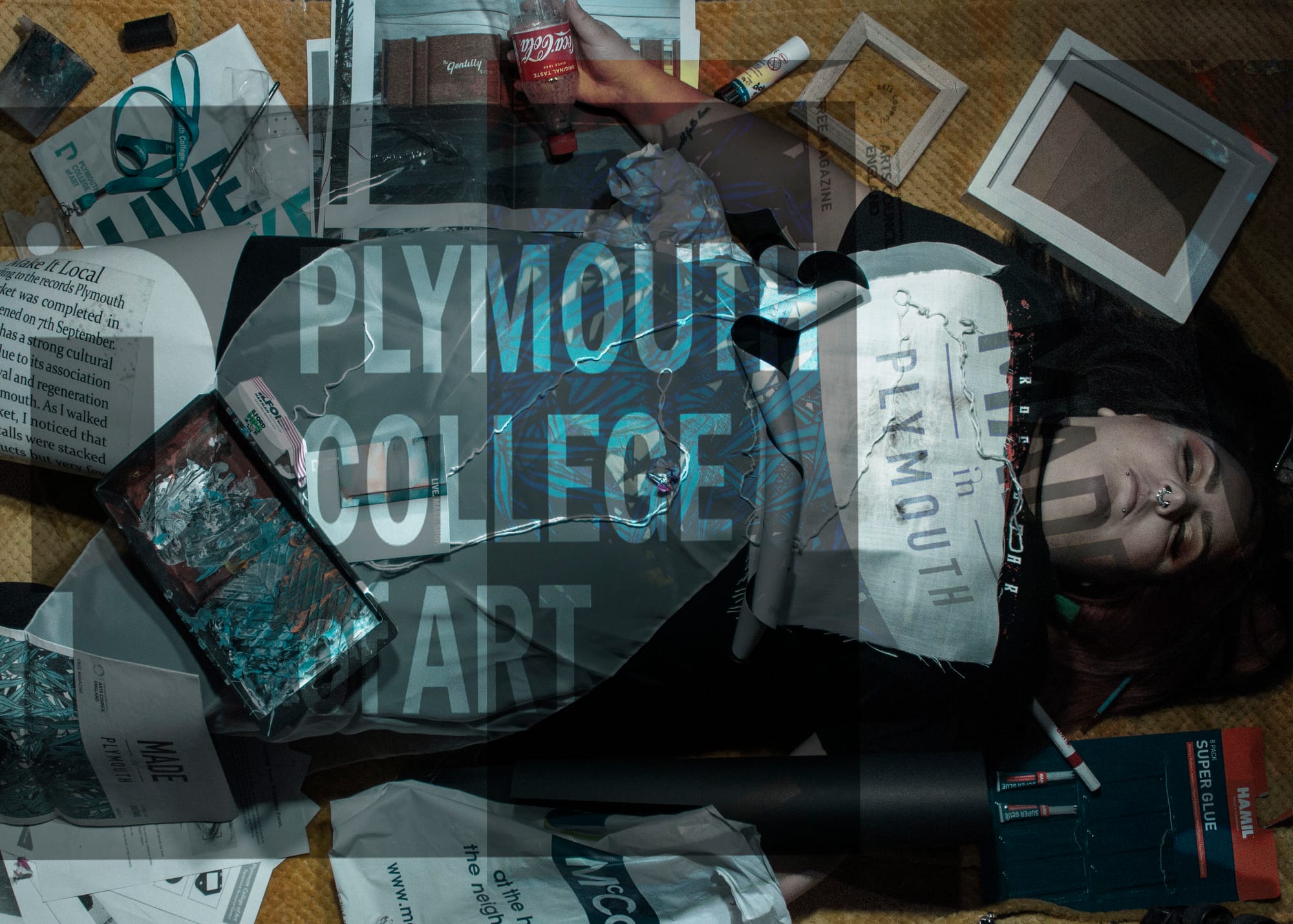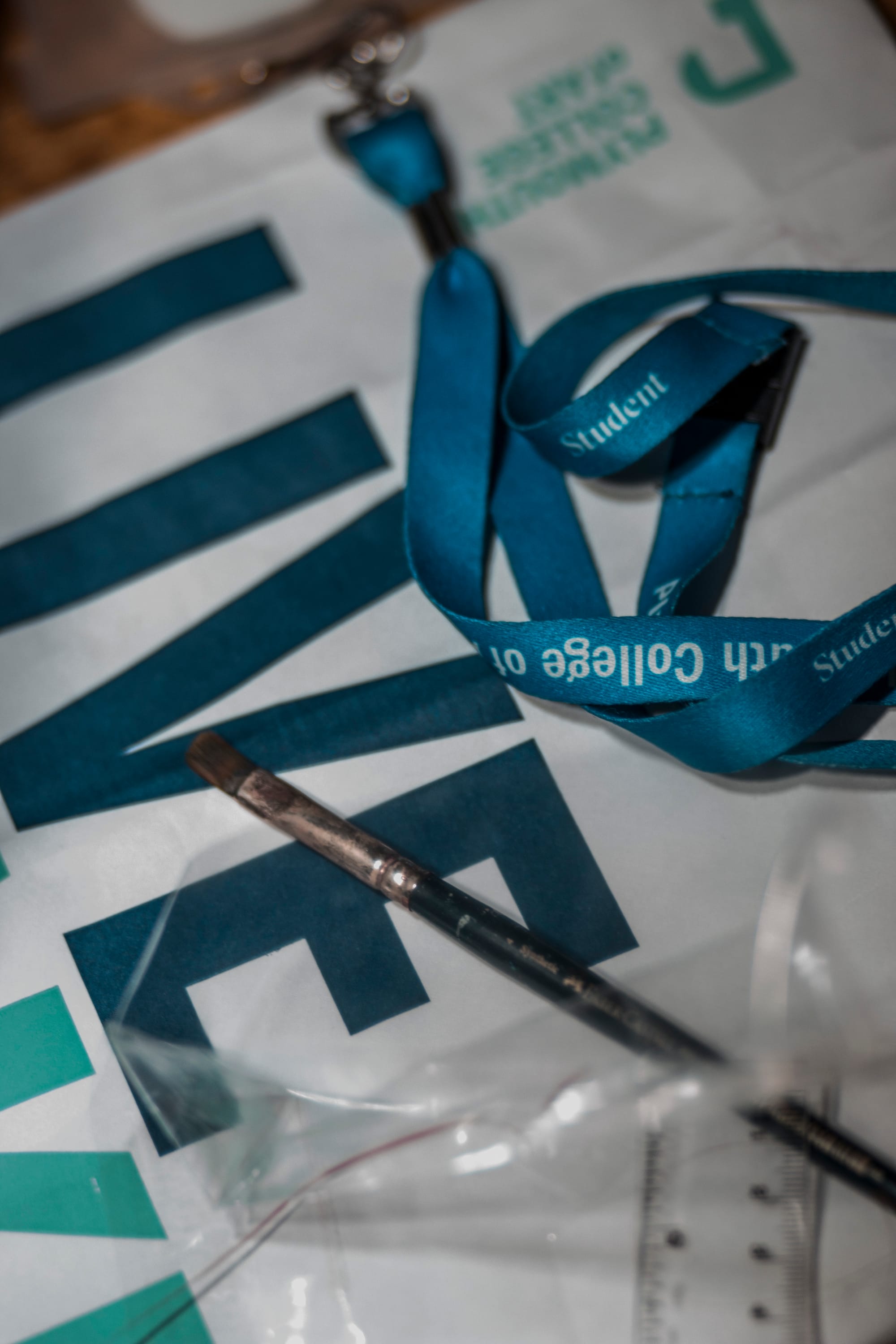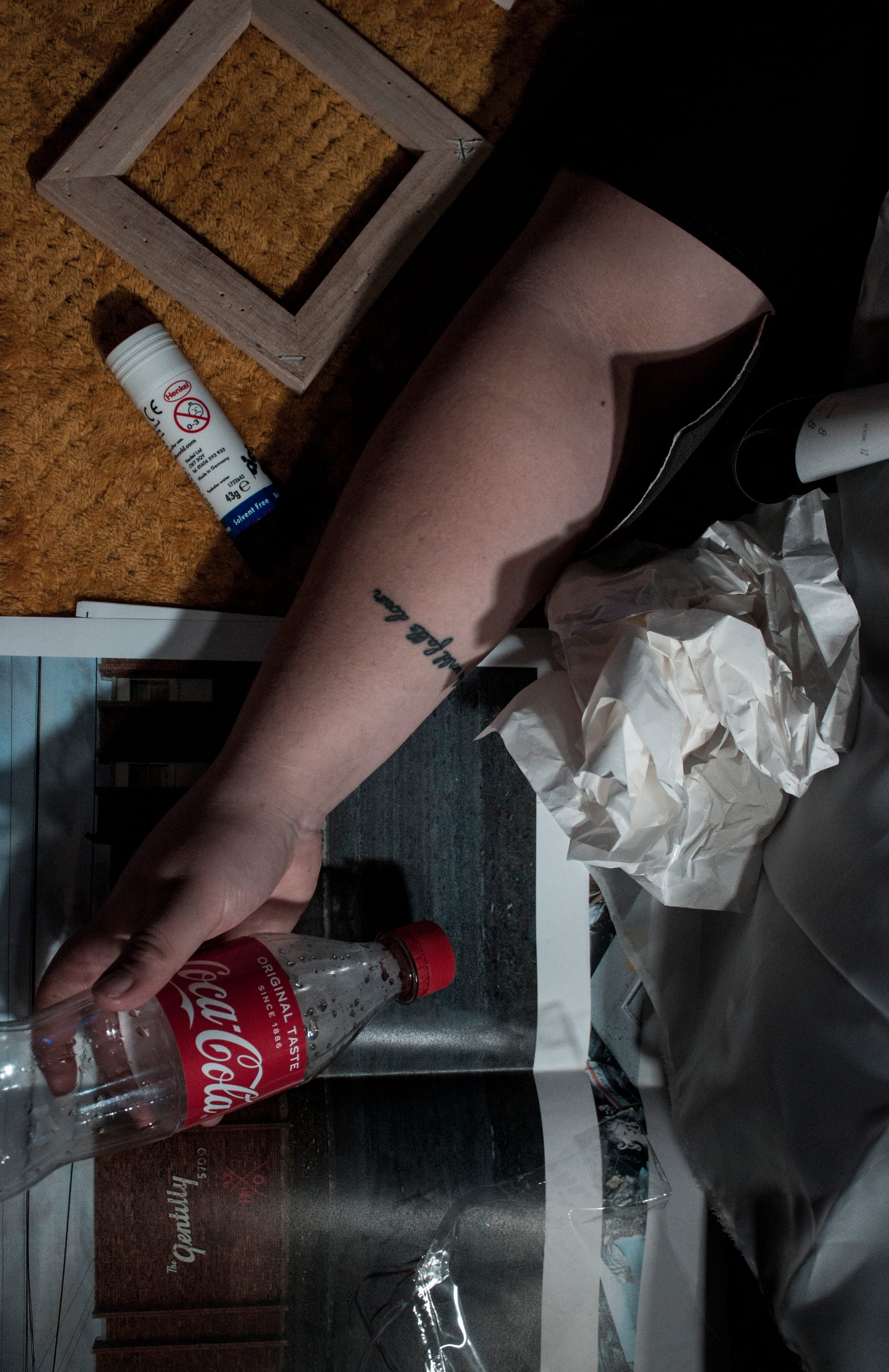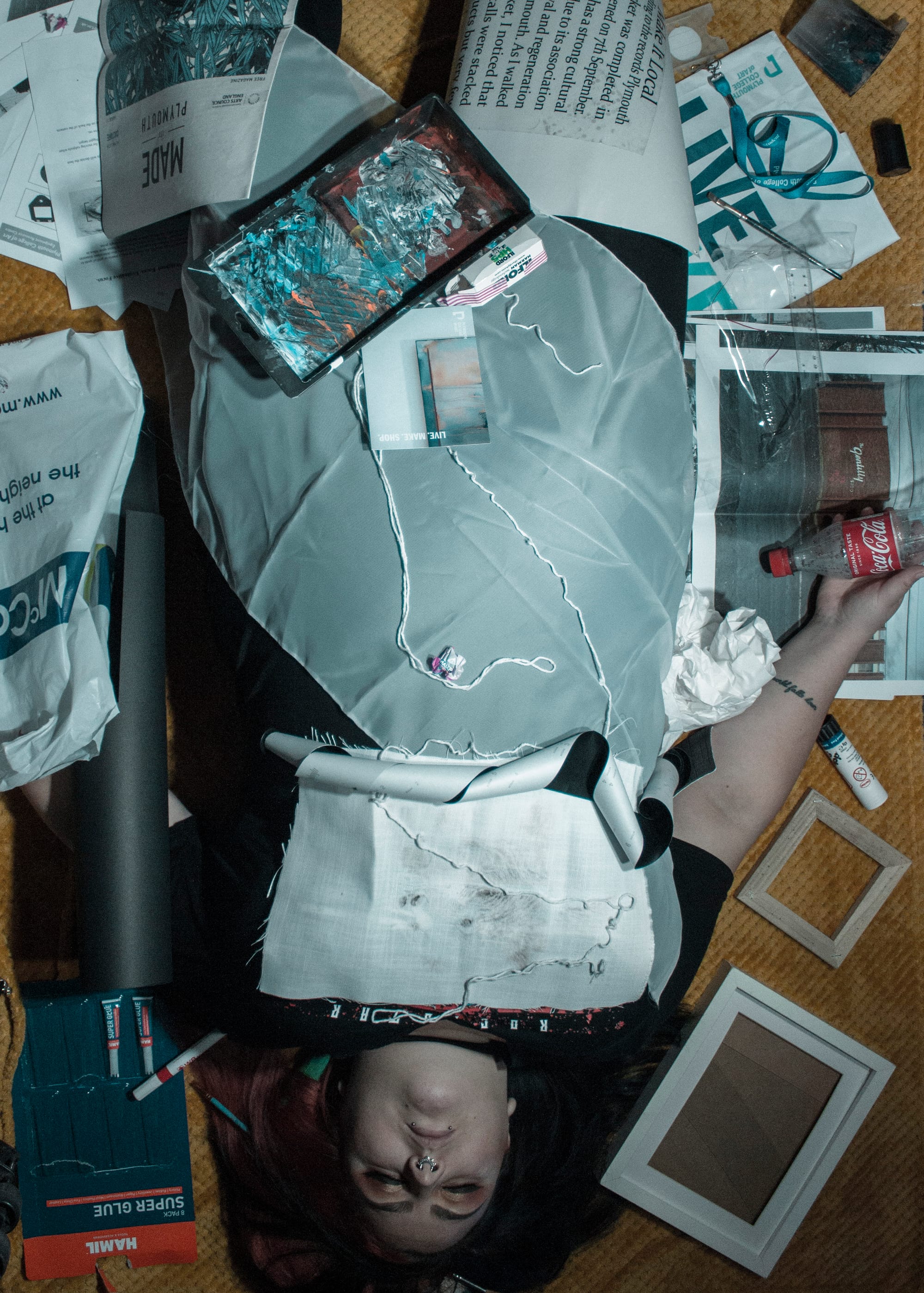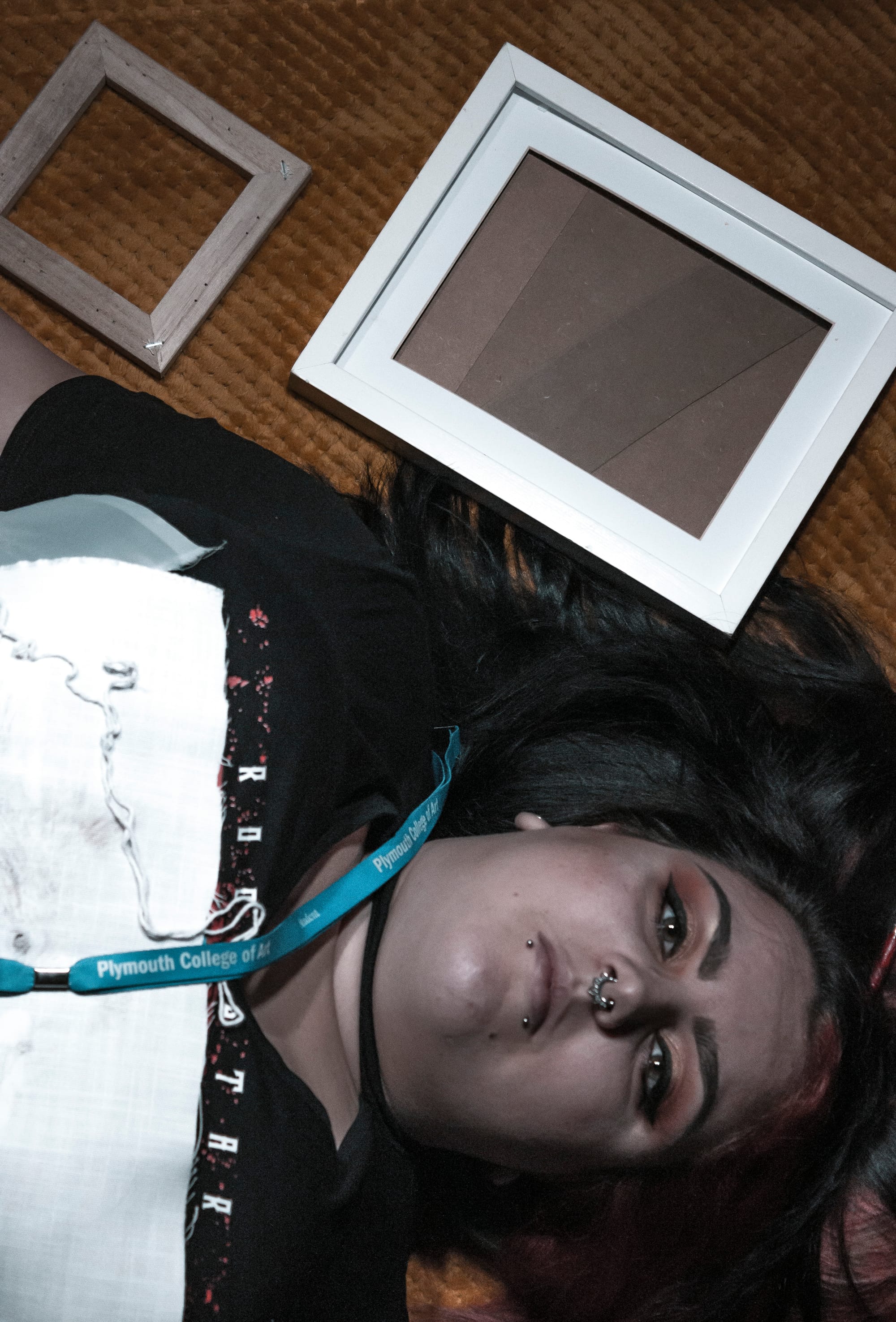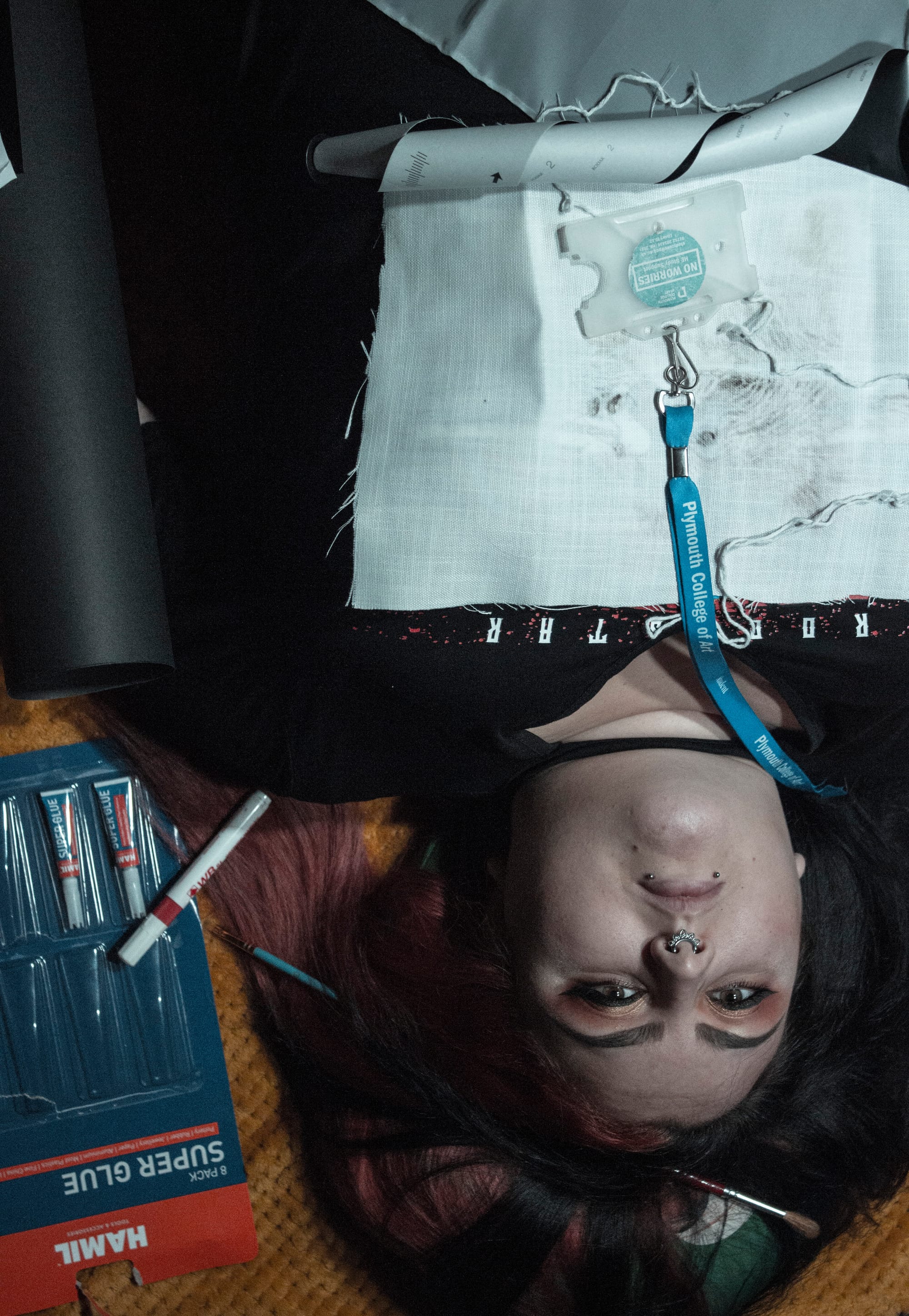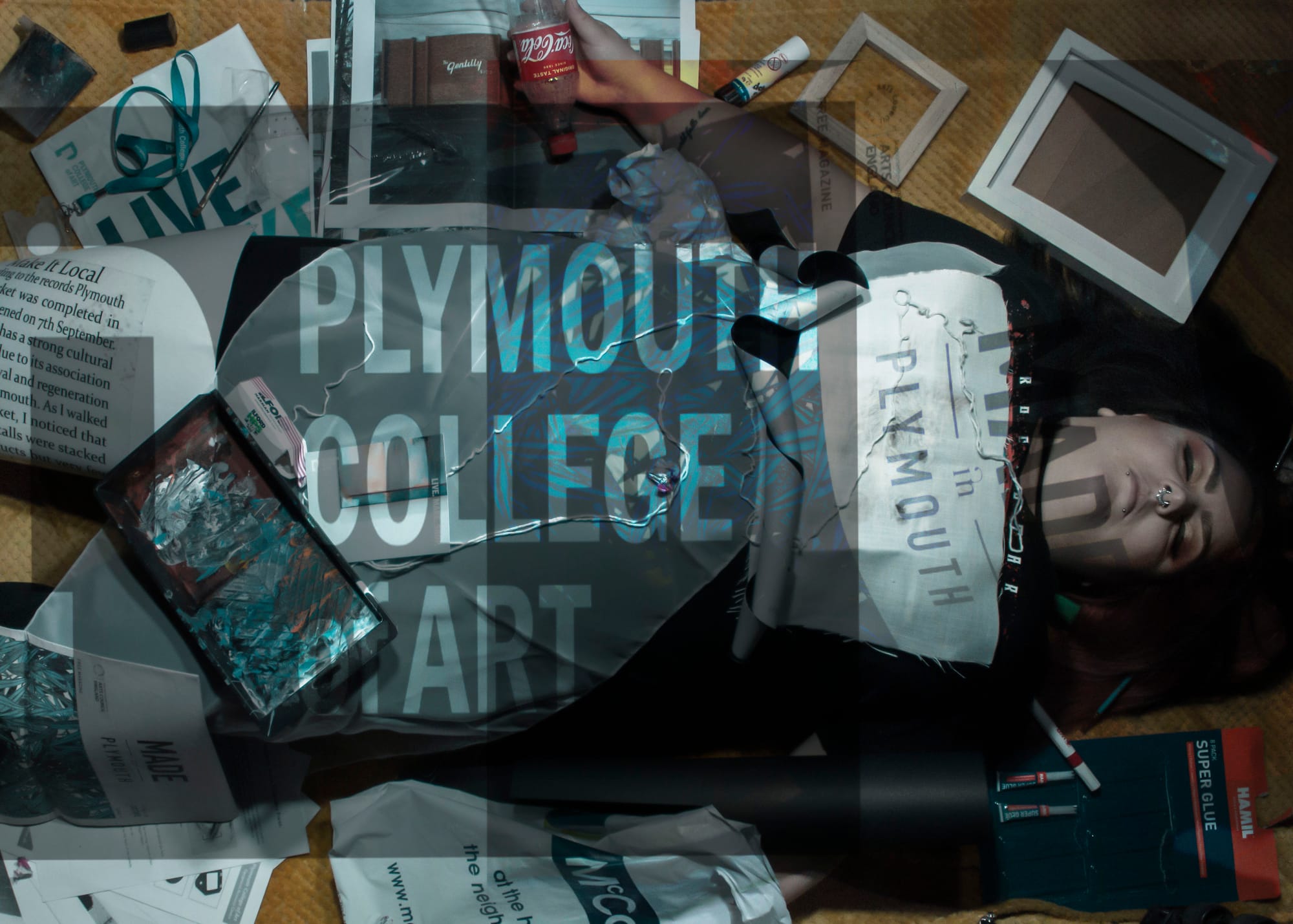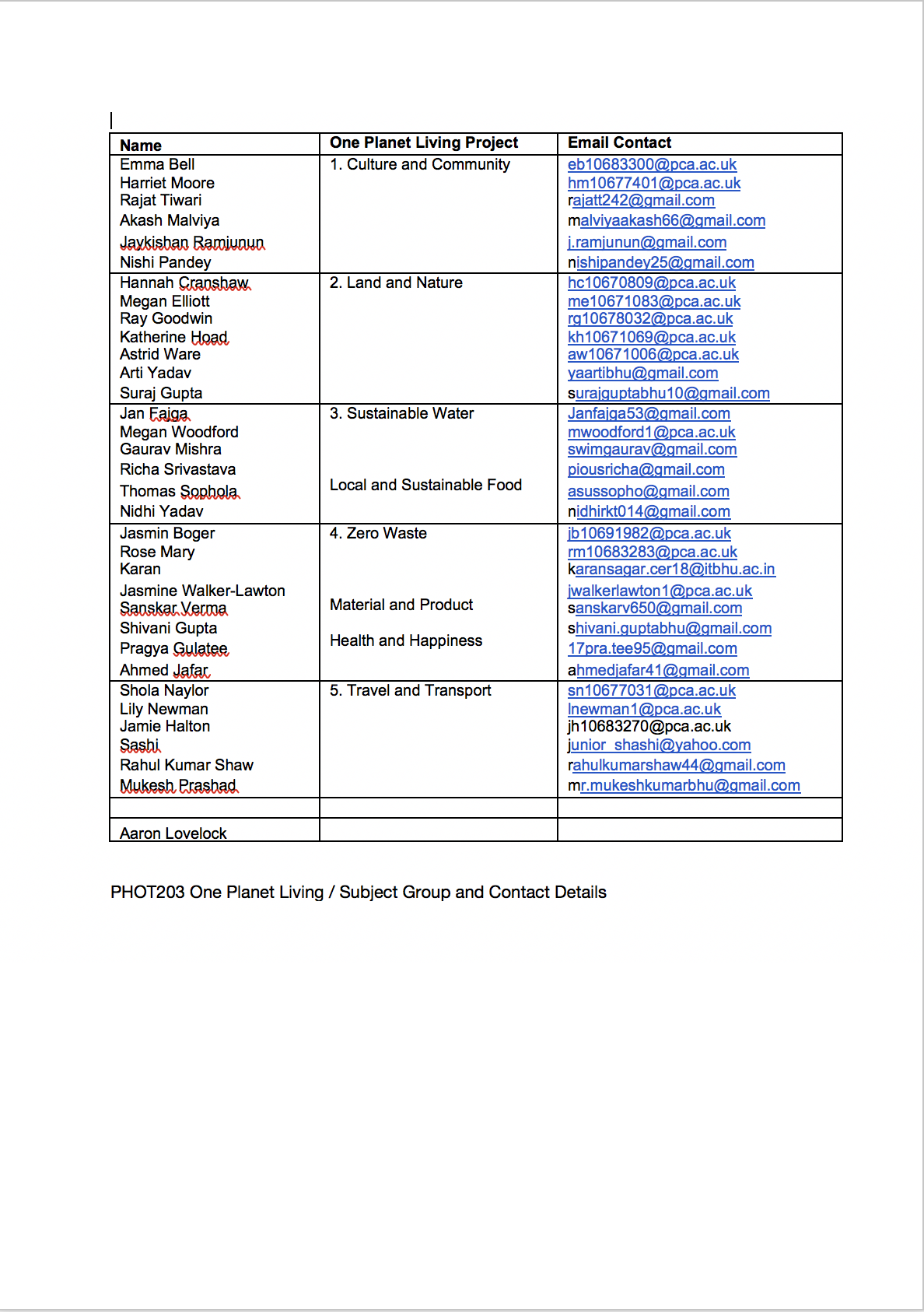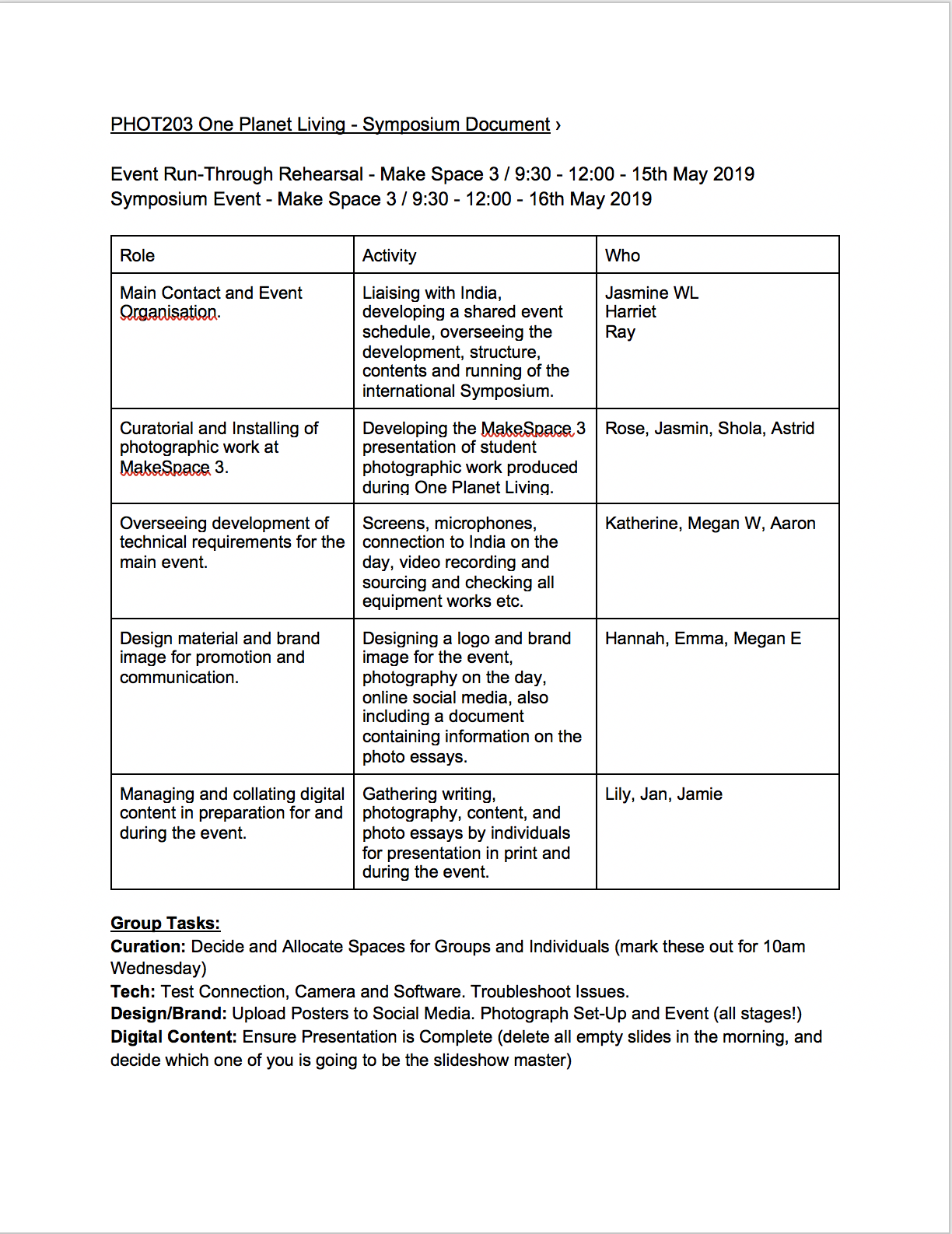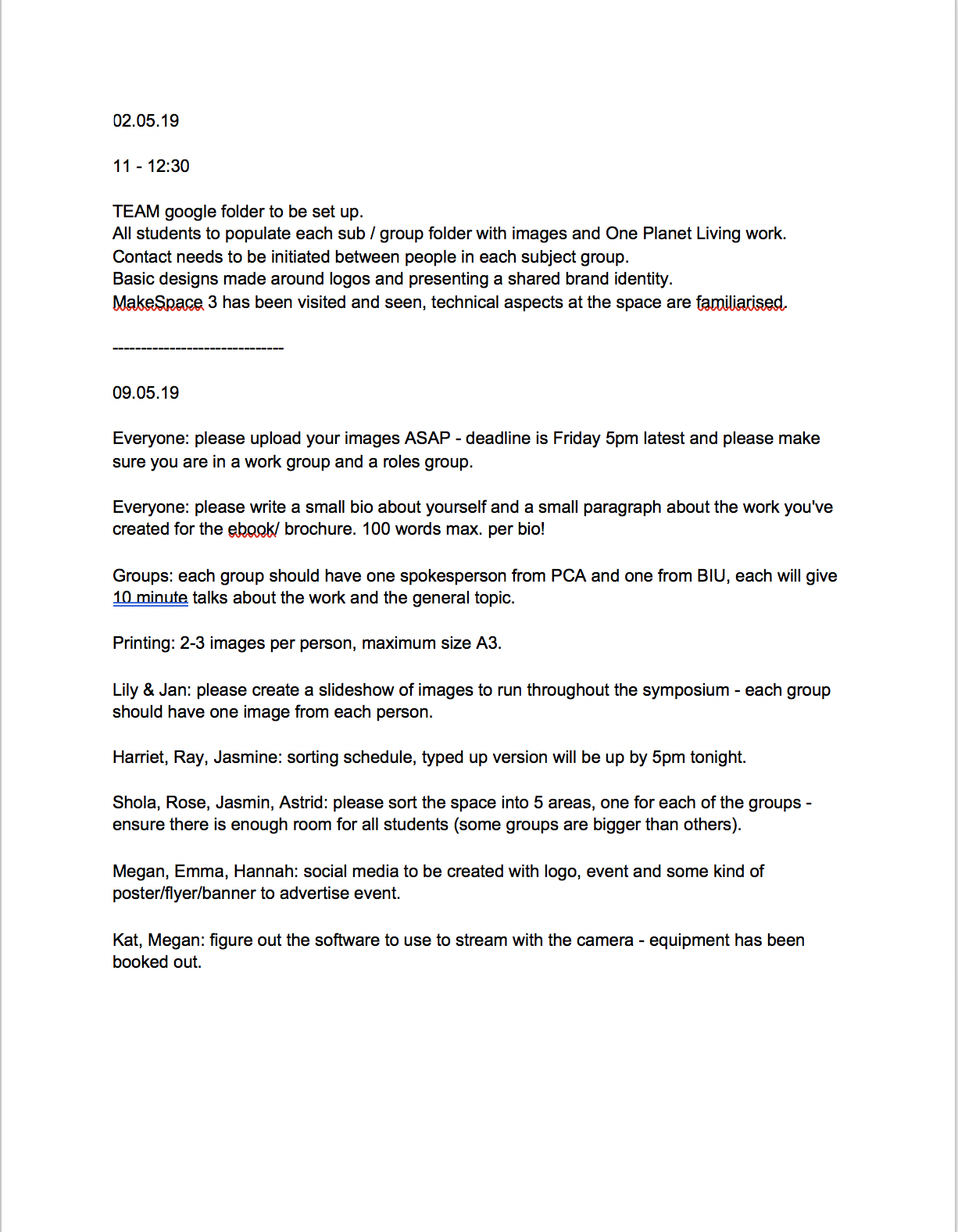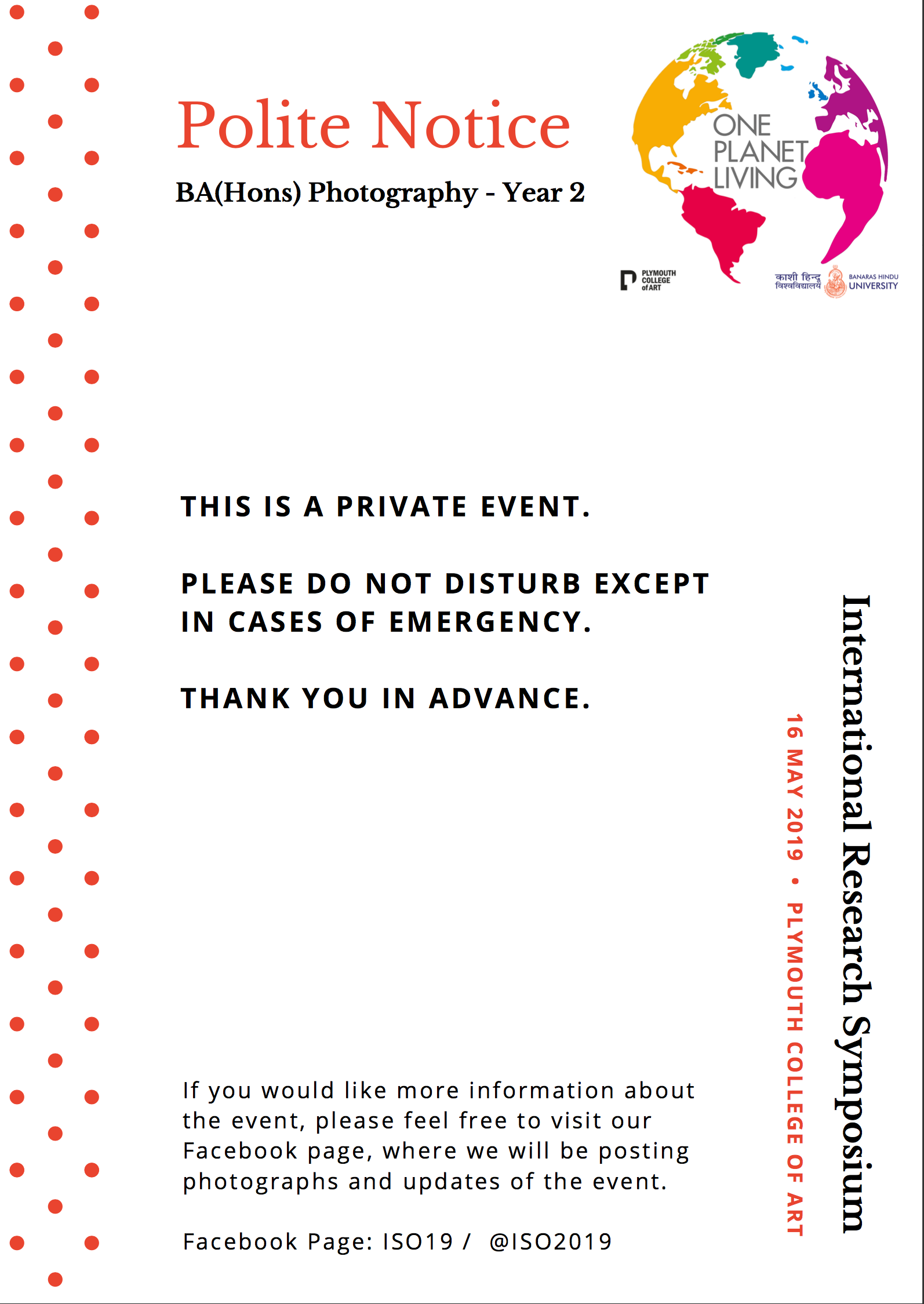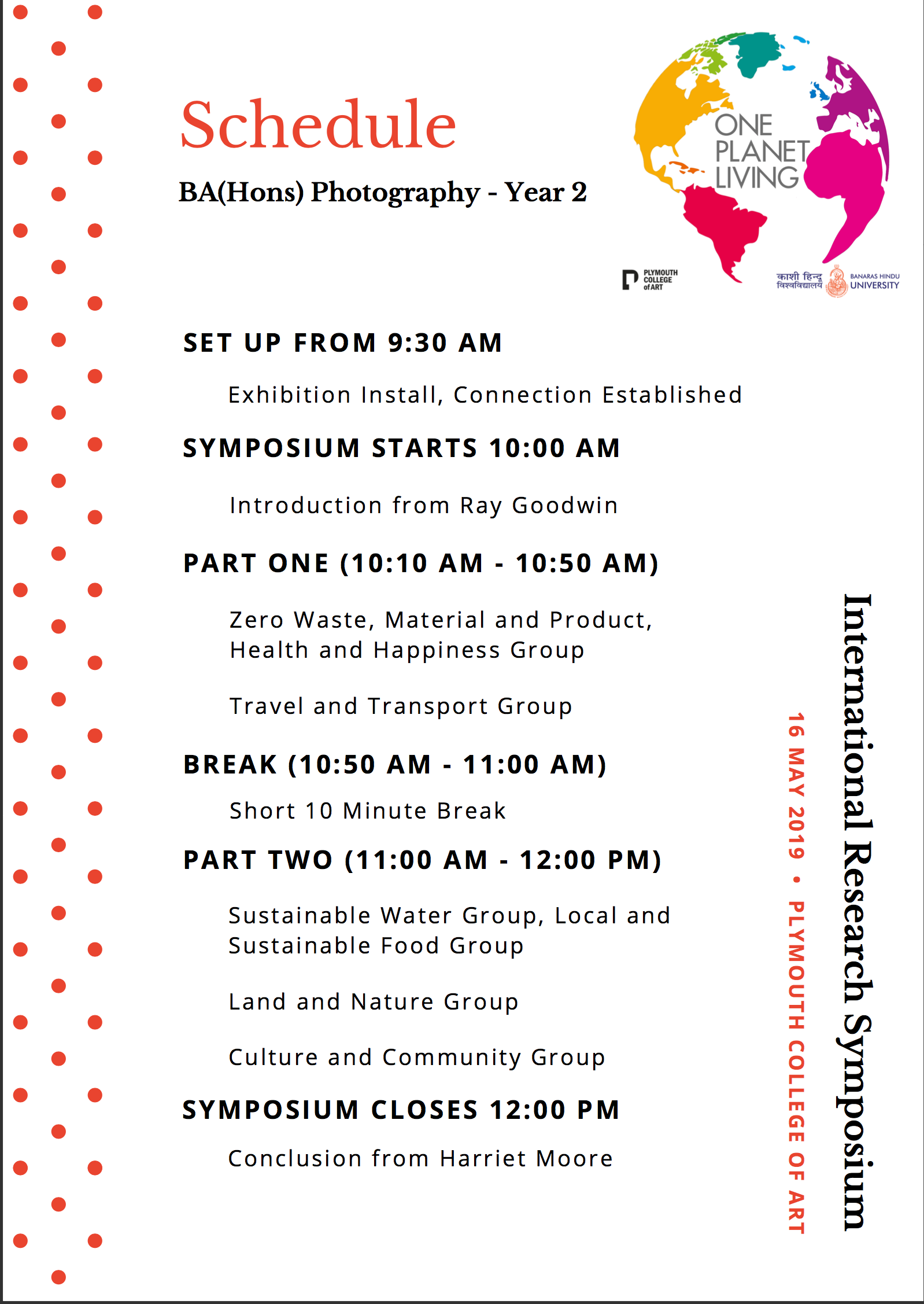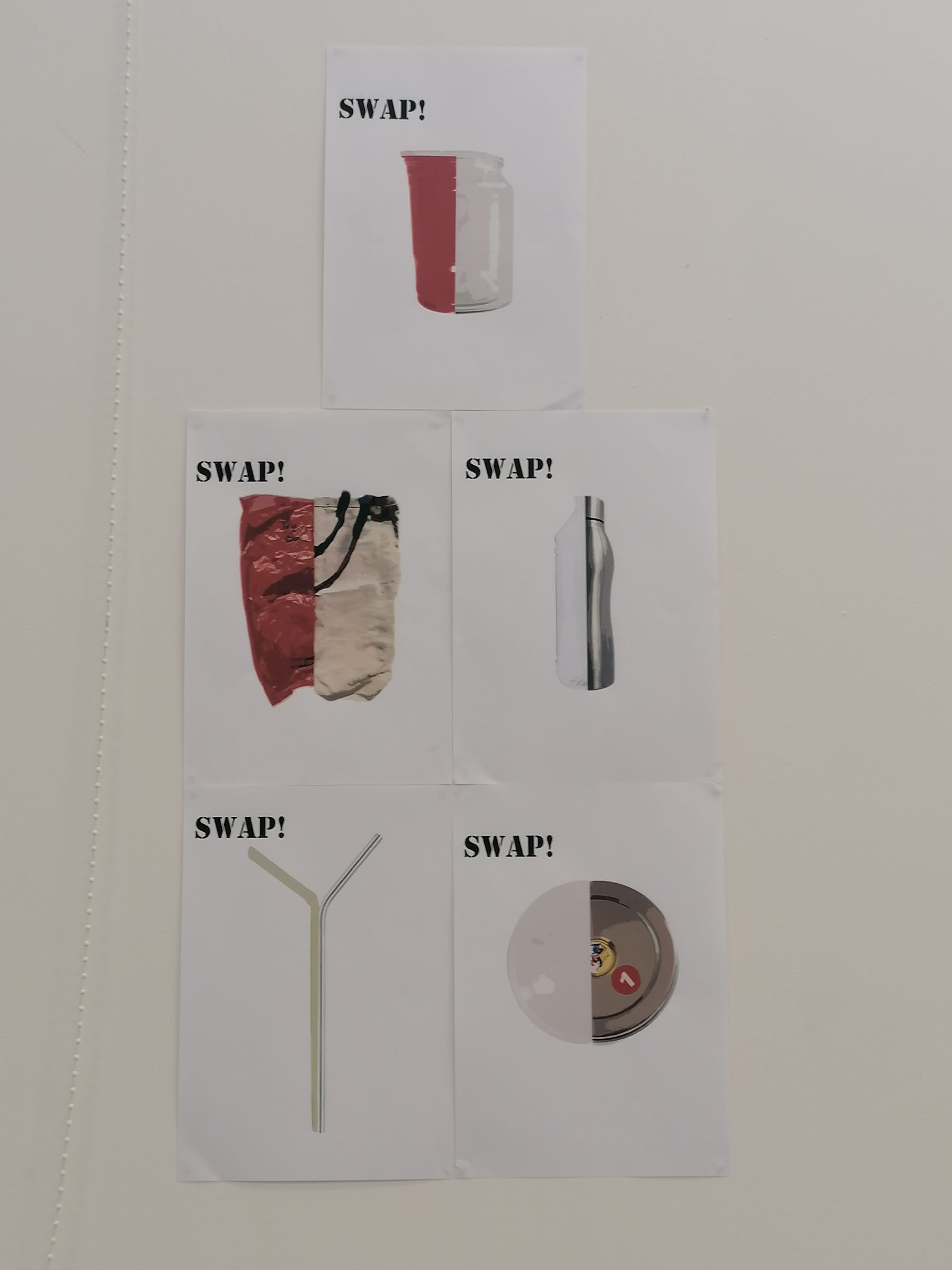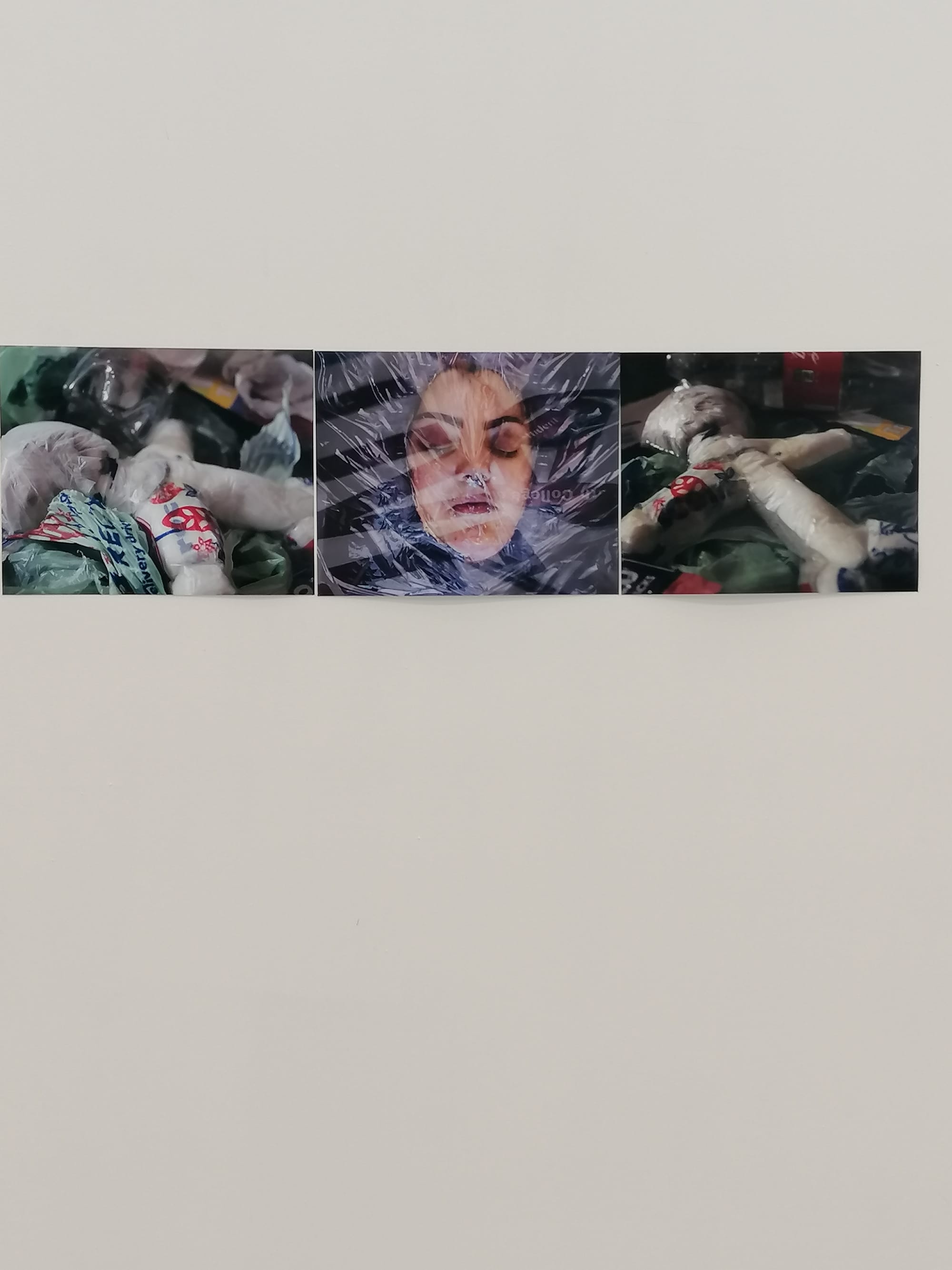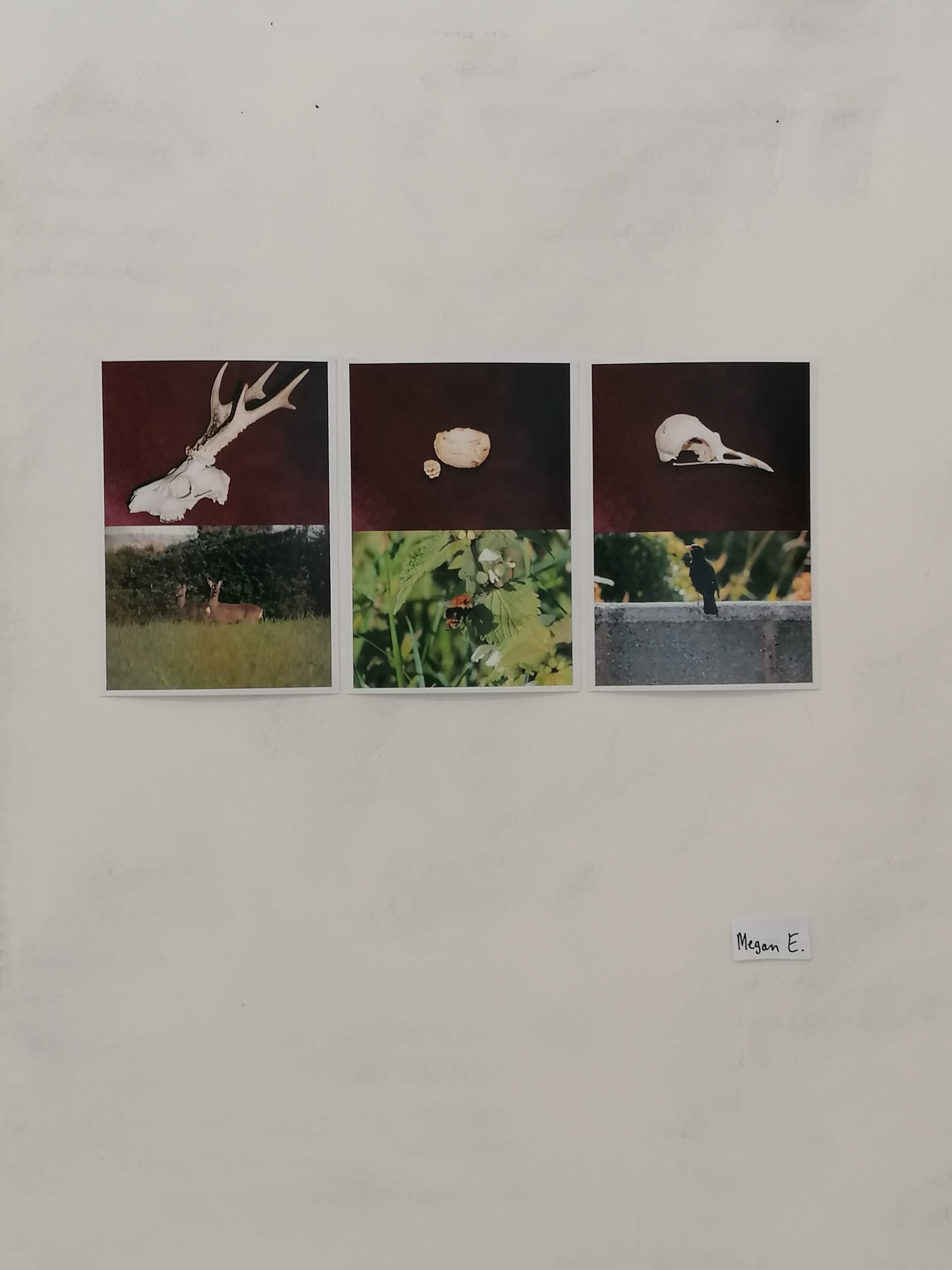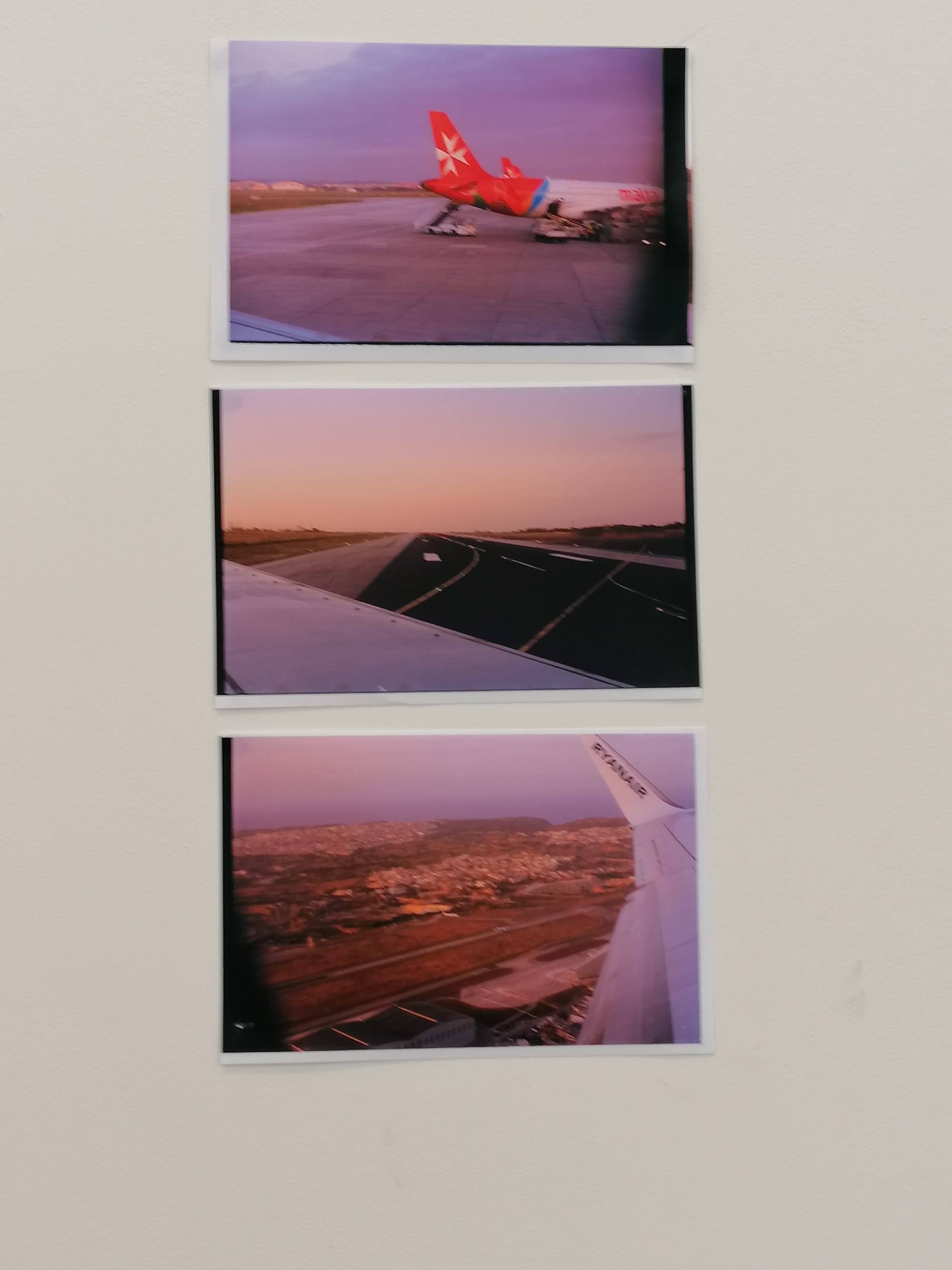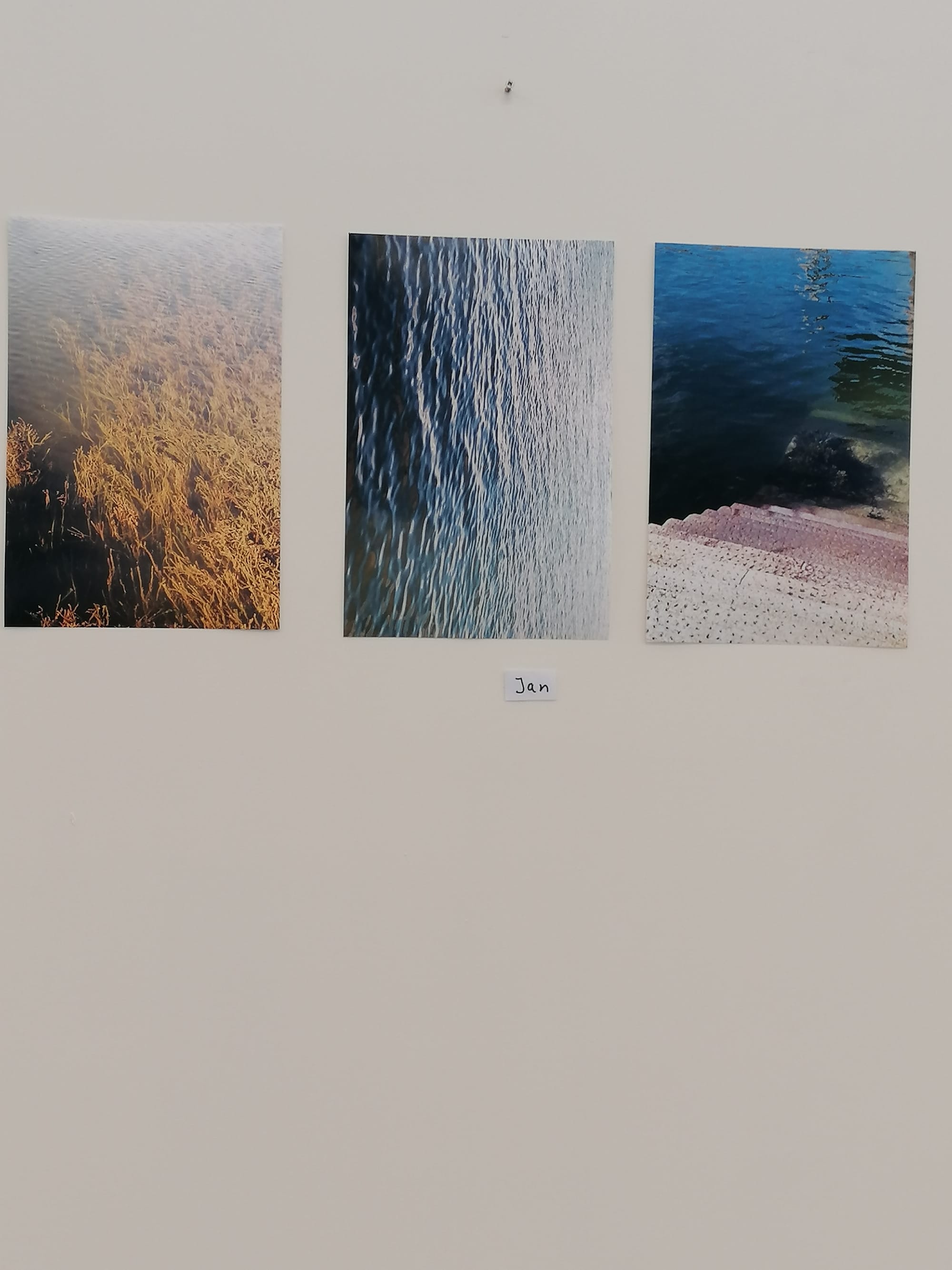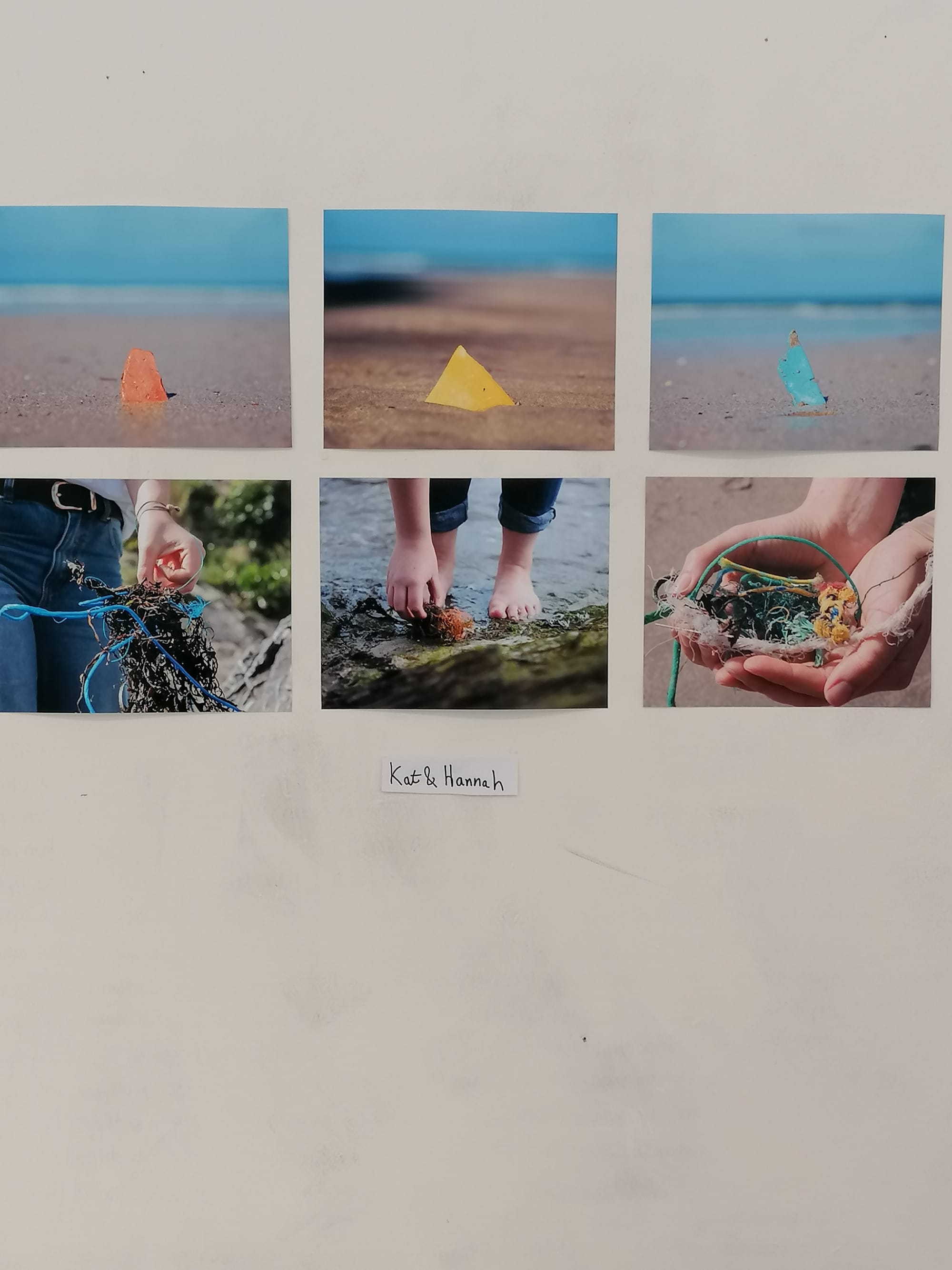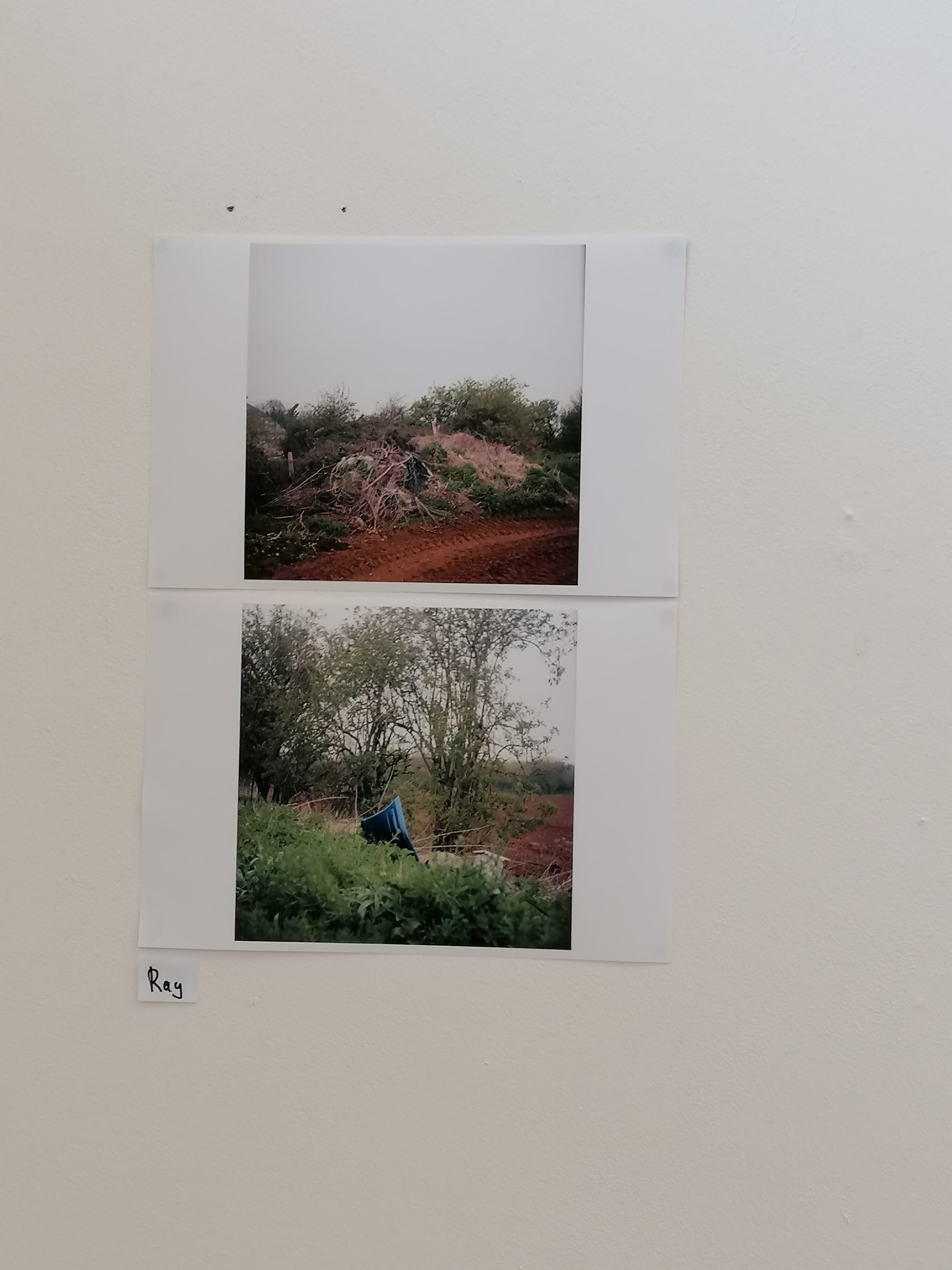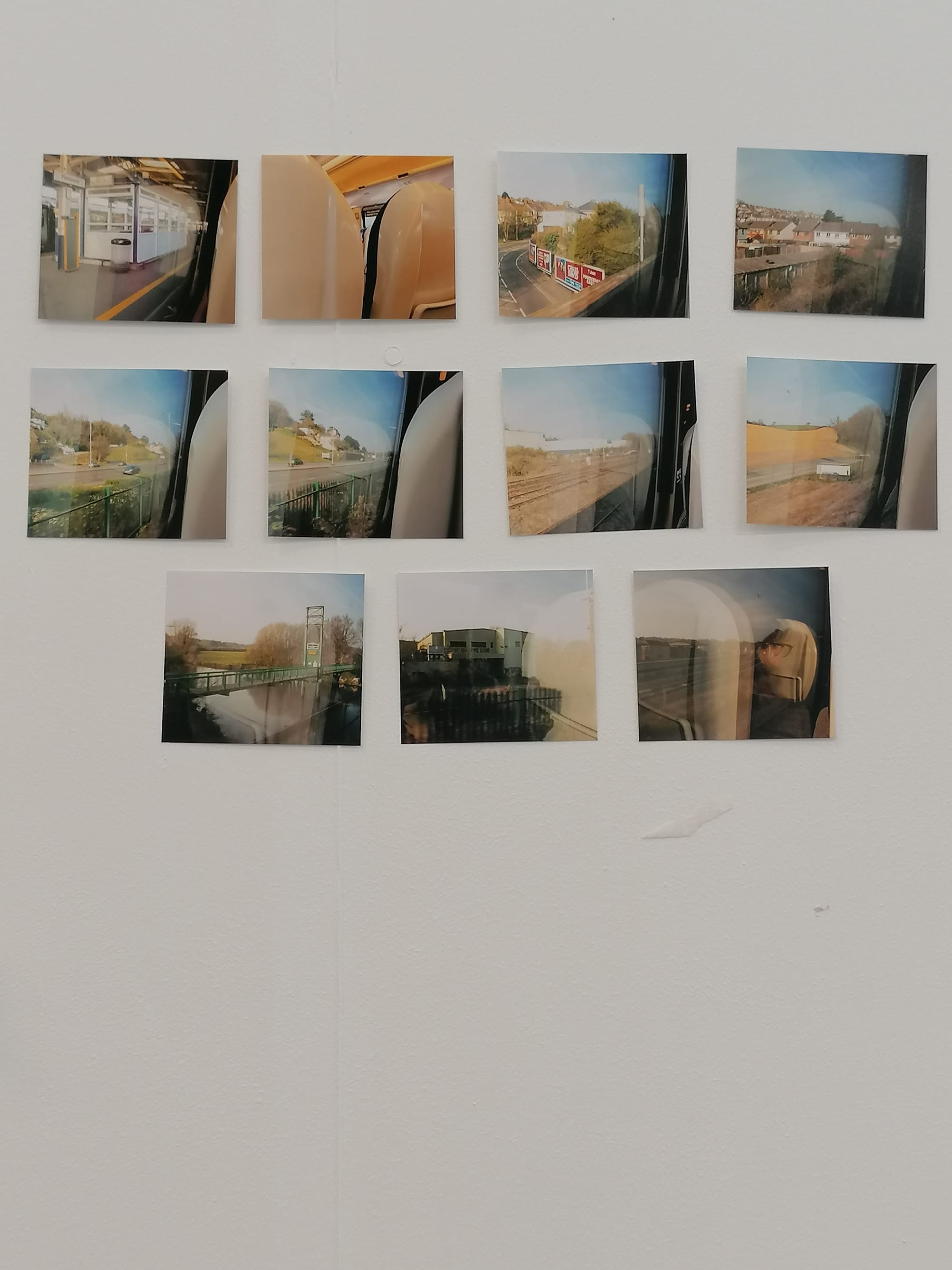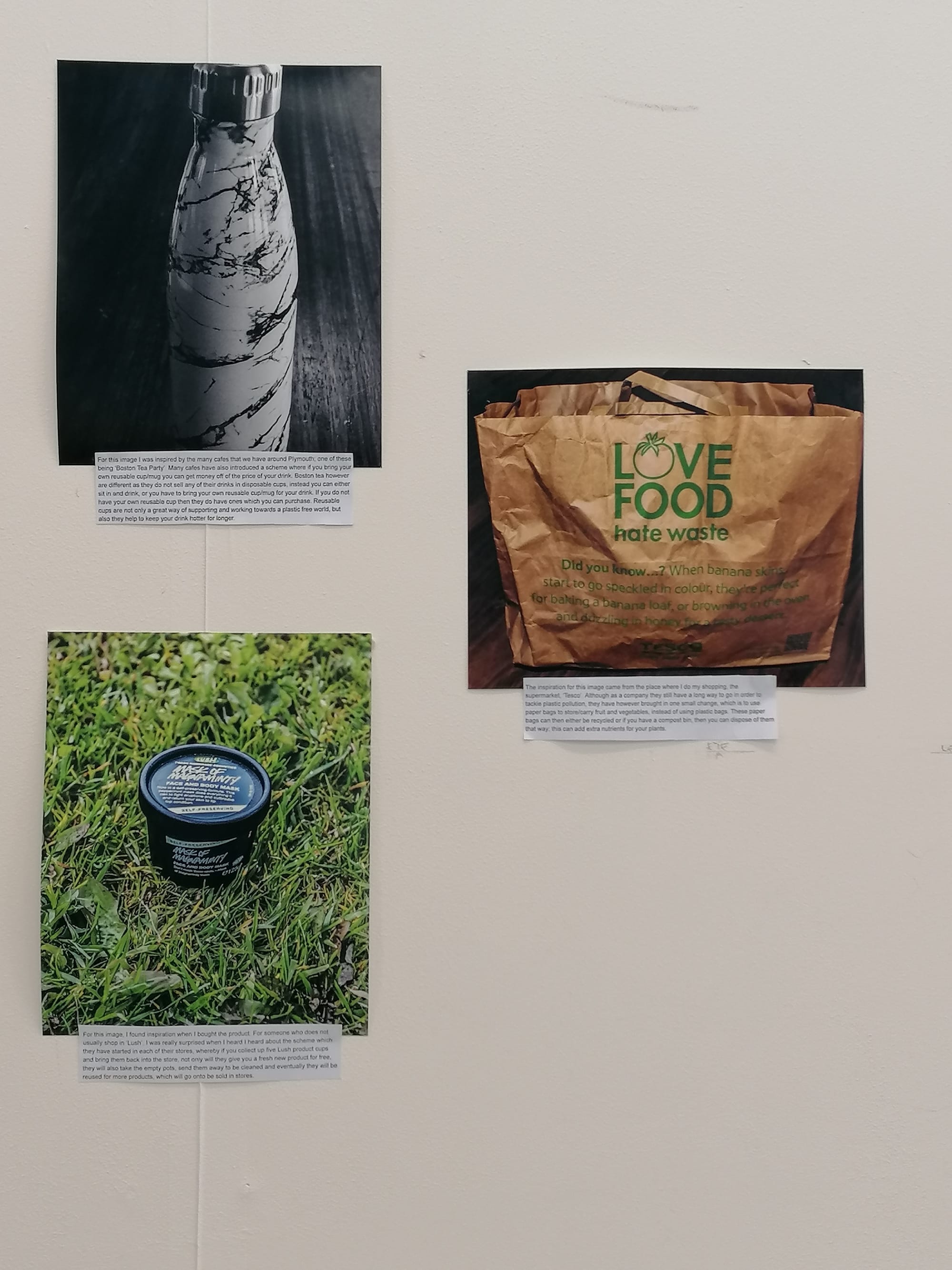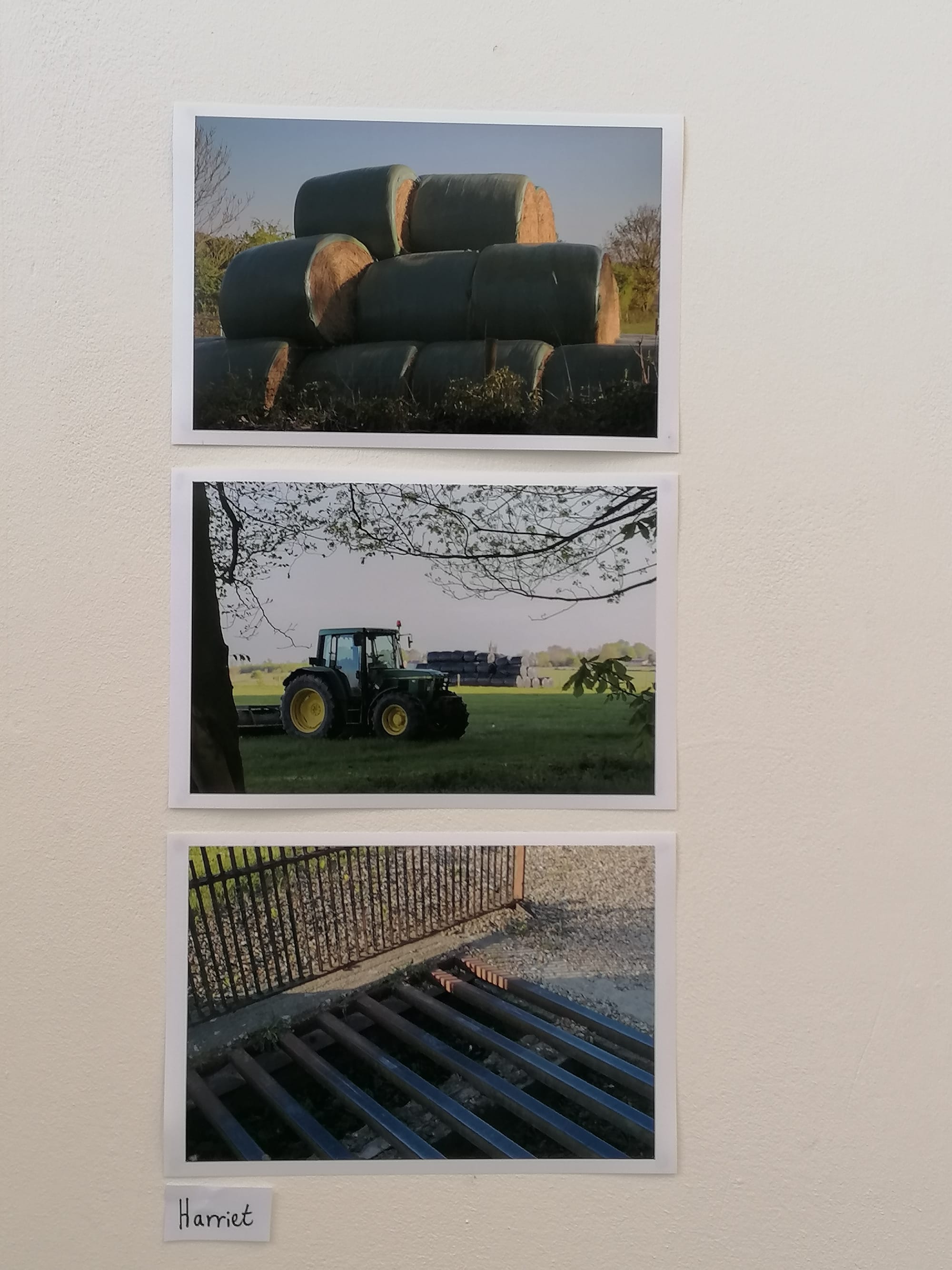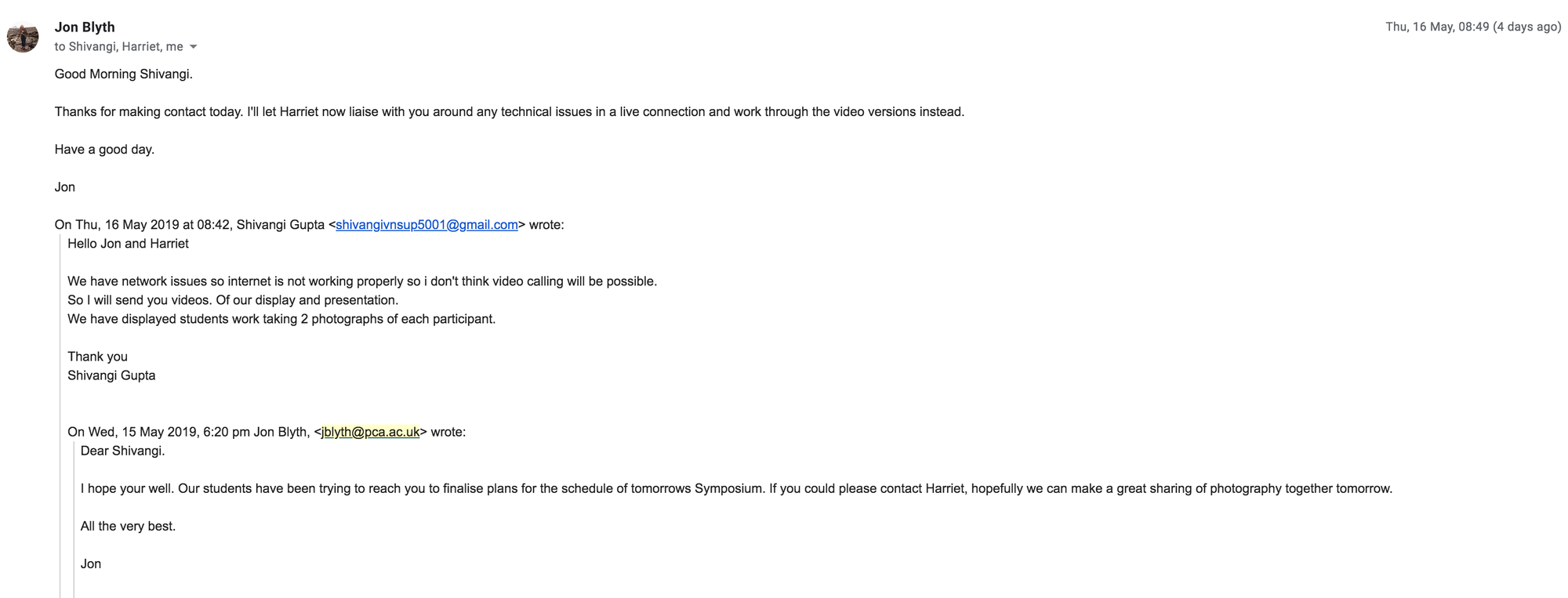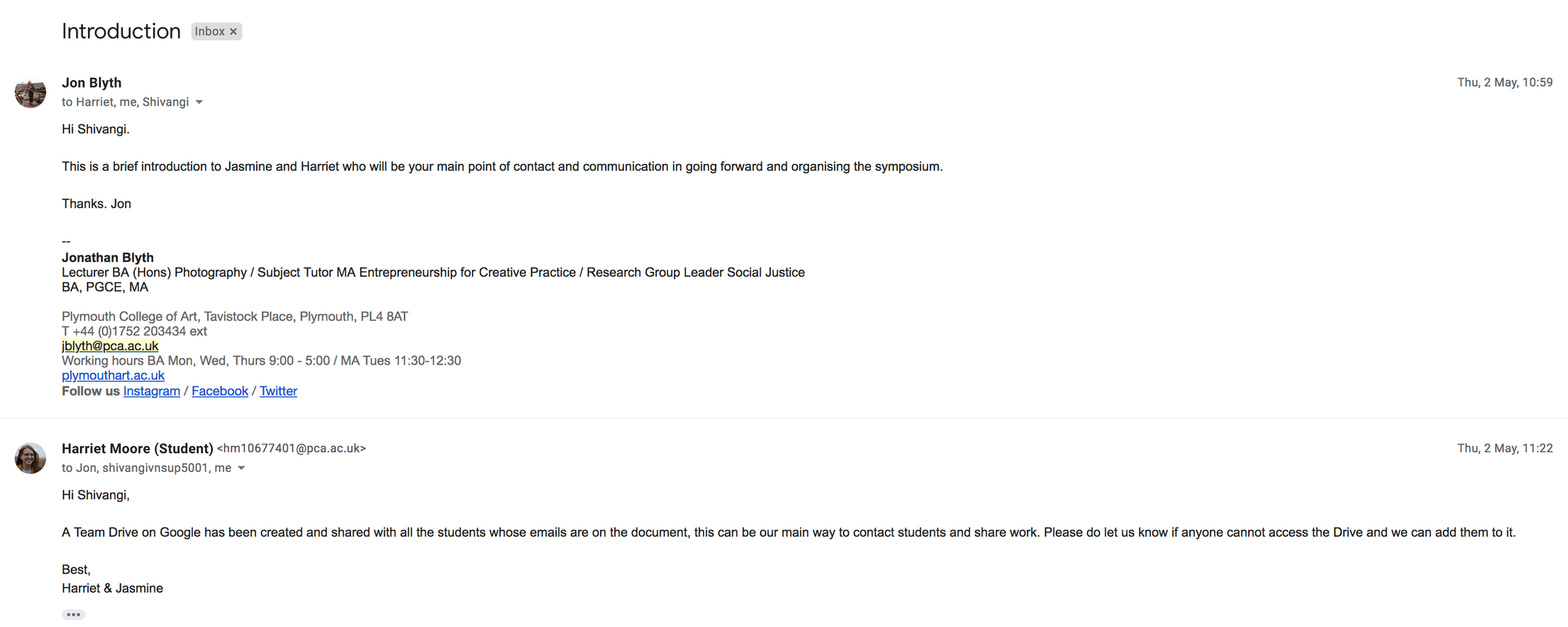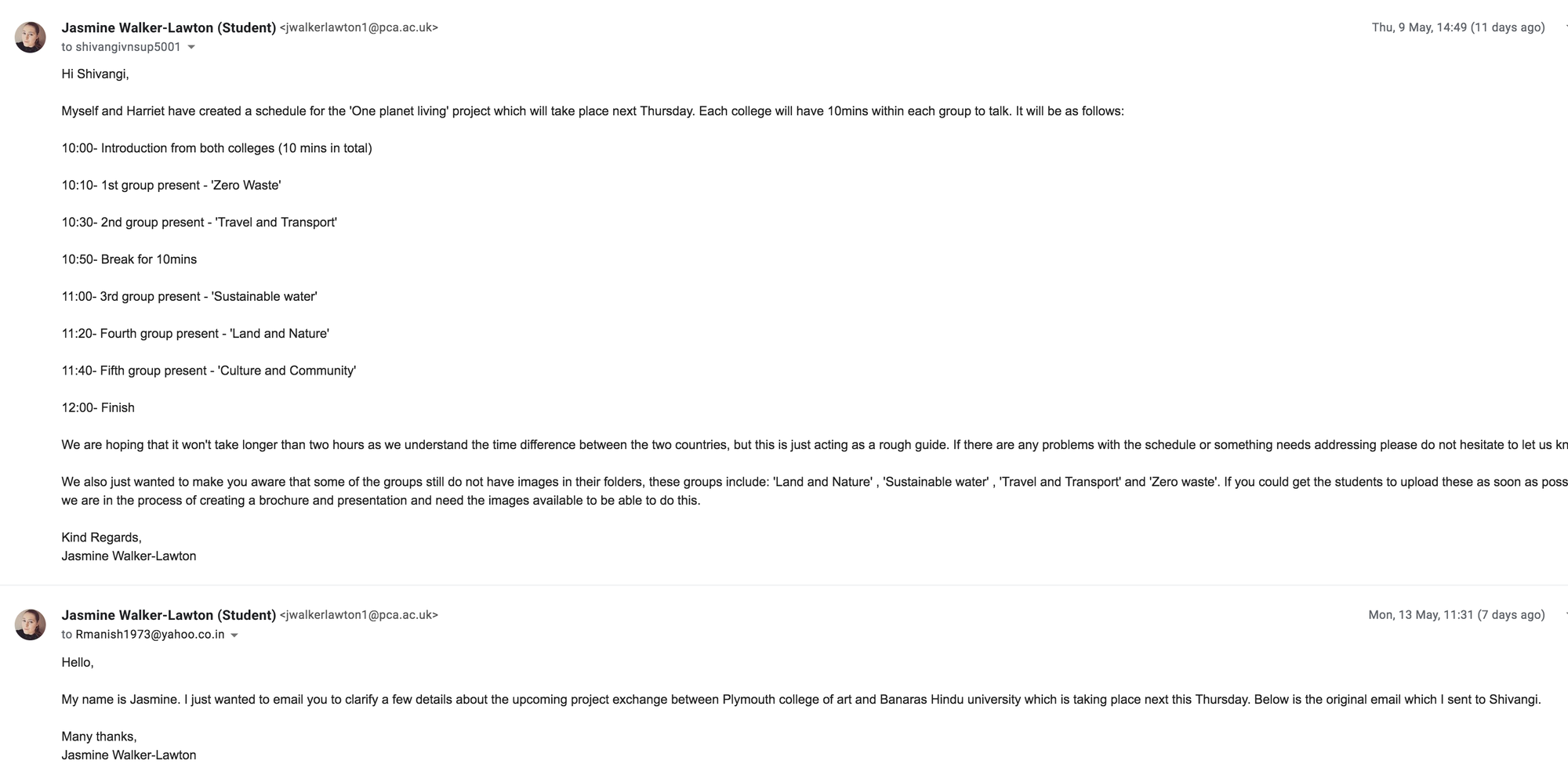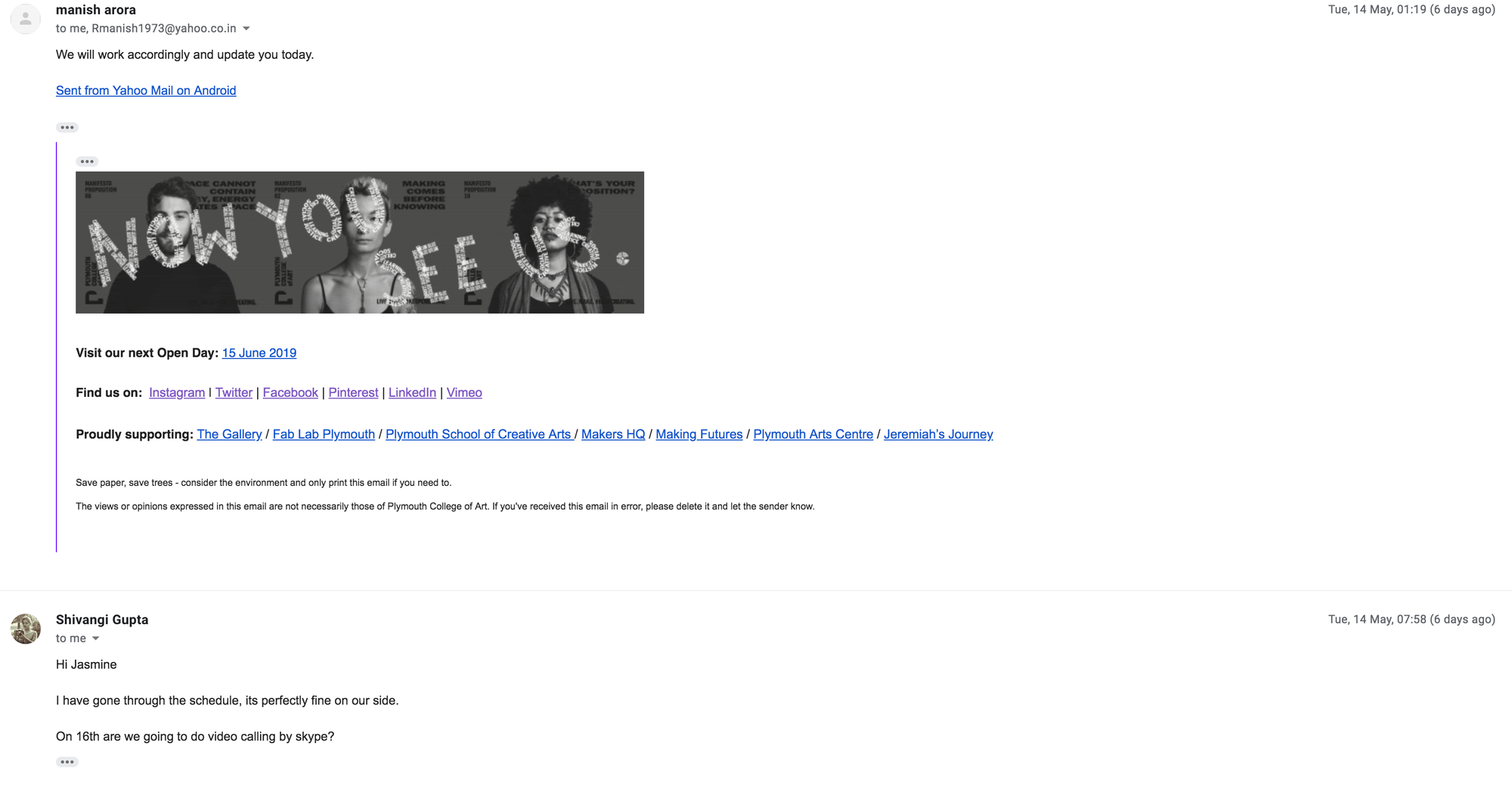Something only lasts for a moment, a photograph keeps that moment for a lifetime.
Get in touch
- Plymouth, England, United Kingdom
My life as an artist

I have many topics which I enjoy photographing, including nature, people and occasions. I like to challenge myself and have an interest in learning new things; in order to better myself and to establish myself more as a photographer.
I hope that you will enjoy visiting my blog and will find what you read to be interesting.
Project proposal
Creating a model release form
To the photographer: ………………………………………………………………………………………………………….
Address:………………………………………………………………………………………………………………………………………………………………………………………………………………………………………………………………………………………………………………………………………………………………………… Phone: …………………………………………
From the model: ……………………………………………………………………………………………………(Name)
Address:………………………………………………………………………………………………………………….………………………………………………………………………………………………………………………………………………………….……………………………………………………………………………………….. Phone: …………………………………………..
Photographs taken on the date of: ………………………………………………………………………………………..
Location photographs will be taken at: ………………………………………………………………………………….
I, the model, grant you, the photographer, usage to the photographs subject to the following conditions:
•I understand that the photographs taken of me during the session can be used within the photographer’s portfolio work and possibly (will notified if so) in a public display
•That any of the photographs taken, along with any additional information given can be/will be used within any form of display, including portfolio work or public display unless agreed otherwise
•Special conditions agreed between the photographer and the model: ……………………………………………………………………………………………………………………………………………………………………………………………………………………………………………………………………………………………………………………………………………………………………………………………………………..
[ ] I am happy for any information given in connection to my photograph being taken to be used within the photographers work, including both portfolio and/or public display (Please tick box if you agree to this term)
[ ] I am happy for my name to be used in connection with the photographers work, including portfolio and/or public display (Please tick box if you agree to this term)
Model: ………………………………………………… Photographer: ……………………………………………………………………….
(Both parties to sign here to agree these special conditions)
I acknowledge that by signing this form, subject to usage restrictions above, I give up all claim of ownership of the photographs and assign copyright to the photographer names above. There will be no additional payment after the date stated above. Use of photographs may be granted to third parties (you will be notified if this is the case), however, the photographs will remain the property of the photographer.
I have read this form carefully and fully understand the implications. I am 18 years or over.
Signed (model): ………………………………………………………….. Date: ……………………………………
If model is under 18 years of age, a parent/legal guardian must sign:
Parent/Guardian: ……………………………………………………………. Date: ………………………………….
Address:………………………………………………………………………………………………………………………………………………………………………………………………………………………………………………………………. Phone: …………………………
Artist research- Claude Cahun



- Born on October 1894 à Died December 1954
- Originally from France
- Originally named Lucy Schweb
- They shared their photography work at the early age of 18 years old, where their portrait work first begun
- When they reached the age of 26 years old, they decided to change their name to Claude Cahun; what they saw as a gender-neutral name
- It was not long after this that they made the decision to move to Paris
- The artist has also worked with other well-known artists including Man Ray
Artist research- Laura pannack
When working on projects like this Pannack likes to combine both psychology with art.
The idea behind the images that she takes is to look at the lives of these individuals; as we are almost getting a small glimpse into their lives and what it is like to be them.
Through taking images like these you are able to achieve an understanding of each individual.
In order to achieve the images that she does Pannack likes to work with a film camera, this almost adds more quality to the images.
artist resesarch- cindy sherman
Some of her projects are very natural; very simple background, lighting, make-up and props.
And sometimes her projects can be over the top; very heavy/colourful make-up very colourful/patterned background, very bright lighting and lots of props.
One of her most interesting projects was, ‘Bus riders’; having people staged in different positions; some standing up, some sitting down; some people holding things, other people with the odd object. The point of this project was to imitate the everyday lives of people that she saw riding the bus on a regular basis.
Publishing my first book
In the end due to the time scale that I had to complete my work and publish my book, meant that I wasn't able to go with Bob books to publish my book, instead I went with a company called Snapfish. This company were great because they could offer a faster shipping time, along with great discounts, also another thing that I liked about this company was that their site was really easy to use, and made it really simple to put my book together.
Whilst creating my book I faced a few issues, including the layout of the images, where I wanted to place the text that would accompany the images and suitable background colours. On receiving my book, I was really pleased with the way it looked, the front cover looked really professional. The only issue that I did have was that some of the images came out a lot darker in the book than they did when I was creating it on the computer, I feel that this may have had something to do with the settings that they used for their printer; now knowing this, if I was to use Snapfish again then I would make sure that I turn up the brightness on my images before printing them so that it should counteract this problem in the future.
Bibliography
Pannack, L., (Time of publishing is unknown). Laura Pannack [online] Available at: https://www.laurapannack.com/about-1/ [Accessed on 4th October 2018, at 17:25]
Pannack, L., (2010). New News 10/08/10 [online]. Available at: https://brianjmorrison.wordpress.com/tag/laura-pannack/ [Accessed on 10th October 2018, at 17:20]
Pannack, L., (2015). Laura Pannack, The Sunday Times [online]. WYATT- CLARKE + JONES Available at: http://wyattclarkejones.com/laura-pannack-the-sunday-times/[Accessed on 10th October 2018, at 17:30]
Sherman, C., (2004). Cindy Sherman, cindysherman.com [online]. Available at: http://www.cindysherman.com/biography.shtml [Accessed on 17th November 2018, at 13:26]
Evaluation
I felt like throughout the project my time management was okay, but it could have been better, as at times, especially when I wasn't sure where I wanted to go with my work, I would stop and take long breaks with it; this is something that I feel is a natural reaction when faced with an unfamiliar topic.
Having looked back on my work I could see that the quality of some of my images was not at the standard that it should be at; I feel that this was as a result of not allocating myself enough time in which to complete each 'shoot', which meant that I wasn't focussing on aspects such as making sure the image was in focus before taking it. Because the turn around time for each shoot was relatively quick, this meant that I did not have time to carefully plan each shoot, for example, the area that I wanted to shoot in, and also the background that I wanted to use.
As previously discussed, I had experienced a few issues when designing my book, but these are things that I am now going to learn from, as that was the first time that I had ever published a book, and had no previous experience/knowledge of publishing companies before carrying out this project.
Although there are quite a few areas that require improvement, overall I would say that I am pleased with how my project turned out, especially as this is something which I had not previously done before, it took a lot of confidence to contact these individuals, meet up with them and generate a conversation that would benefit my project.
Although carrying out portrait work was difficult, this is something that I would do again, however, next time my approach would be different, and I would make allow myself more time to shoot and allow myself time to re-shoot if it was needed.
Mary

Mary (pictured above) is a 29 year old individual from India, previously studying a degree in Bournemouth, she made the decision to take a trip to Plymouth; it was during this time that she explored the sights that Plymouth had to offer, including the vast culture of the town as well as the seaside views, as well as the choice of shops. It was also during this time that Mary decided to get her first ever tattoo. The design itself was simple but beautiful and was full of meaning; a small aeroplane inside of an ink nib, symbolising both her love for writing as well as travelling. The only biggest decision was the positioning. Usually people consider the positioning based on where it looks best, where it will be seen fully. But not in Mary's case, hers needed to be discreet; somewhere where her parents would not easily see it. Coming from an Indian family, they do not approve of body modifications, such as tattooing, and so as a result knew that her parents would not be happy if they saw it. She made the decision to have it placed under her left arm; somewhere where a simple cropped sleeved t-shirt would easily cover it.
When first entering the tattoo studio, Mary went through many different emotions, including excitement, nervousness and slight fear. This is something that I felt was really important to capture within my work. Asking the permission of the tattooist first, I went about taking images of her whilst she was having her tattoo done. Initially she was very nervous sat in the chair whilst the tattooist was setting up, when the process began there was a mixture of slight fear and experiencing the pain of it being done. Overall the process only took approximately 15 minutes, but for Mary it probably felt like forever. Once the process was finished she was allowed to go and few her tattoo; it was at this moment that she began posing in front of the mirror, examining every aspect of her new design.
The image that I best like is the one pictured above. They say a picture says a thousand words and for this I feel it is the case, for in that moment, Mary felt not only relieve that it was finally over, but also happiness and a sense of achievement at having finally had it done. For some people this may seem like such a simple process, but for Mary it was a challenge and took a lot of courage for her to have this done. I feel that the images shown in the next post display this story perfectly.
Bridget

Her other biggest interest that she has is her family, which allows consist of two young grandchildren. The animals that she has include two ponies and a flock of sheep, these are kept on Dartmoor. When she has time she also enjoys walking her dog on Dartmoor. Bridget feels that being a farmer is just about having land, and animals that live on it, but also it is about working with nature and educating individuals, so that they have a better understanding of farm life and the animals.
In terms of being a mature student, Bridget has found it to be difficult at times, especially whilst living/working in a computerised community; where you must use a computer and understand how to work different programmes within it. Originally, she didn’t even plan to study a degree, she came for an open day with one of her grandchildren, to show them what a university setting is like, she later became involved in a conversation with one of the members of staff and before she knew it she had just enrolled on a fashion course at the university.
Although she is not using this degree as a path to get into a career, she has decided that this course is beneficial in terms of educating her on the fashion industry, how to get in, the requirements within it, as well as the expectation. She has decided to use her degree to her advantage and will use her knowledge to make clothing and accessories from her animals, e.g. wool from sheep, skins from cows.
Being a farmer is something that Bridget really enjoys, and a lot of people always want to know more when they find out. Ultimately Bridget enjoys living in the countryside.
Megan

Although not always important, another key part of her look includes her make-up; this mainly involves thick/bold eyeliner, brightly coloured eyeshadow, drawn eyebrows and occasionally a touch of lipstick.
The appearance that Megan maintains comes across as her being a gothic/emo individual, but when you get to know her, her personality is completely different from that. She is a very soft, gentle speaking individual that is up for anything. One of the things that she most enjoys is watching the WWE and has been to watch the matches on mainly occasion. She is also greatly into her music, and has been to a number of music festivals, including Rock Werchter and MTV crashes.
Gemma and Ryli


Multiple times a year they attend Pride festivals across the county, some of their favourites are Exmouth and Exeter. They have also attended one in Brighton, but this festival requires individuals to buy tickets to attend; this is something that both Gemma and Ryli agree should change as it defeats the point of the festival, and those individual’s that benefit from it, that can’t afford it wouldn’t be able to attend. When asked if the atmosphere changed between festivals, they agreed no that it didn’t; generally, most of the festivals had the same kind of stalls and always had a live band and generally everyone was always dressed up.
Apart from being different from some other individuals because of the way that they identify, Gemma spoke about how she feels that she is slightly weird because of her being an introvert and isn’t very outgoing, but once you get to know her she is more open and has a very weird personality. Something else that she feels is weird about herself is that she talks to herself a lot; but this is something that she finds helps her to concentrate.
Both Gemma and Ryli agreed that there is still a large amount of stigma surrounding LGBT individuals, especially transgender individuals. When asked if there was anything they could change, they said to ‘teach more about different things, including disability’, through educating individuals about different aspects this could help to reduce the amount of bullying that occurs and will make people realise the impact that their actions can have.
Grayson

Grayson went through top surgery in July to complete his change from female to male. He was given the choice to have his nipples put back on but made the decision not to because he didn’t feel that he needed them, and discussed about later in time getting his chest tattooed, so he didn’t see the point in getting this procedure done if he was just going to get it covered. He also discussed the humour that he had with his nephews, messing around with them, about him having no nipples. Not only is Grayson transgender, but so is his girlfriend (transcending from male to female), due to medical reasons, she is still undergoing her treatment.
During his process from female to male, he has faced some negativity, but this is not something that has bothered him too much, as there was still a lot of family members/friends that did support him through this. He now continues to do what makes him happy.
Ralph

Currently he also works as an illustrator doing work for clients, the work for this can vary from story boards, to comic books, to portrait work. He decided to come back to school so that he could improve himself and better his drawing ability. When he has finished his MA course, he is going to apply for international funding, so that he can travel around and take on work in other countries.
He has adopted Eastern aesthetics, because he feels that they are realistic and grounded. Previously he has written blogs about different aspects of his life; he did not do this to gain publicity, but as a way of almost thinking aloud. When asked how he described himself, he came up with the term, ‘Philosophical’, a means of thinking yourself out of trouble; he goes on self-knowledge and does not follow the standard way of living.
On later discussion I found out that he does not celebrate his birthday or Christmas; he does not celebrate his birthday because he does not need anything, and also why should people celebrate him, he didn’t do anything, instead of celebrating the individual, why don’t we celebrate mums on that day, after all they are the ones who gave us life. This is something that he feels he may adopt in future.
His friends have described him as childish, in terms of the way that he just runs off and finds an interest in everything, but he feels that it is important to maintain this childlike curiosity.
Interesting external aspects included, the way that he dressed, including clothing and jewellery. He wore loose clothing, and why asked why this was, he responded with, “the more ‘flowy’ your clothing, the more ‘flowy’ your thoughts”. The loose clothing also allowed him to practice his tai chi better. The necklaces that he wore all had meanings to them or were things he had made.
Joanne

She doesn’t like to take life too seriously, and she finds a form of escapism is through listening to music; including techno, movie sound tracks and dance, which reminds her of driving around in her dad’s car. Joanne is into exercise and keeping fit, for this she enjoys listening to fast-paced metal music. As for her sense of style, she doesn’t care about looking good and keeping up with fashion trends, instead she needs her clothing to be practical. Her style of clothing has developed over the years of riding her bike, including her Gillette. As well as being spiritual, she also has quite a lot of tattoos, roughly between 9-10, a lot of her tattoos have a great deal of meaning behind them; some of which are her own designs and others which include a family meaning behind them.
Apart from these she is a non-materialistic individual; the only other things which are important to her include her Nikon camera, doing jigsaws and playing on her PS4. She may not be like you average individual, but simple is how she likes things, and it helps with her creativity as well.
Notes from 01-10-2018
‘Who watches the watchman?’
- ‘Deviant sex’-
There were some sexual themes within the video that accompanies this music, however, this does not compare with todays standards within the music industry. The video was presented with a parental advisory sticker warning of explicit content.
- ‘Moral panic’-
In April 23rd the discovery of the aid’s virus came about, and people put it in relation with the things that were sung about in Prince’s ‘purple rain’ song- putting the blame on songs for giving young individuals these ideas.
Foucault was a theorist and worked in the history of sexuality until 1984. He recognised the links between the different sexualities and power, and how dominant ideology determines what is okay to discuss and the information that we have access to surrounding sex. àpreviously this was not discussed about openly, and so as a result, individuals had very little understanding about the ‘things’ surrounding sex.
Judith Butler her seminal work ‘Gender trouble’ discusses the ways in which the dominant society controls what is accepted as masculine or feminine. (you cannot ‘be’ a gender, you must ‘do’ gender.
Nowadays people do not adhere to just one gender or even specify as a gender at all. Over the years this has been spoken about more and more and as a result has caused people to be more open about it as well, either through talking about it or within the way that they present themselves
Think about-
- How does my work fit into these themes?
- What am I challenging/conforming to with these themes?
- What does the dominant culture look like for me, and how am I addressing this in my work?
- What is my privilege and bias- how can I address this in my work?
Notes from 04-10-2018
- Claude Cahun
- Cindy Sherman
- Gillian Wearing
- JJ Levine à multiple images merged together. In one of her pieces of work she uses the same model twice, one shown as a girl and the other a boy, displaying them as a couple. (Taking on a persona and telling a story; this is something which is used in films a great deal as well as photography)
- Jon Uriarte à men photographed wearing their partners clothing. Their whole persona looks to have changed when they have these clothes on themselves
- Rian Sabeen - ’Men-Up’s’ àmen photographed posing in the same way that we would usually see woman displayed in photographs used in magazines, adverts etc
- Ben Hopper- created a series of photographs displaying women naturally e.g. under arm hair, (Tina make a link to the television programme, Naked Attraction à none of the contestants have any body hair; is this the expectation in todays society), women are seen as dirty or un-feminine if they do not shave or have armpit hair.
Notes from 08-10-2018
- Paisley Park- Prince began construction on Paisley park after his song, purple rain. A $10M, 65,000 square foot recording and production complex was created, involving fashion, graphic design, moving image and sound design. This space allowed prince to be at his most creative.
- What is the Panopticon? This is form of prison
- Foucault power and discipline 1975 à knowledge and power forever interlinked, this comes from observing others.
- Was Paisley park a haven or a creative Panopticon with prince as the guard?
- The Panopticon has not changed much today, we are still very much being controlled by society; within what is acceptable and what is not.
- What happens when you no longer own your own work?
- Mckenzie Wark- He is a hacker
- Creator and Curator
Notes from 15-10-2018
- Failure as a concept à failure linked to personality is a new invention
- We are all bound to fail!
- Failure is not always a bad thing
- Desire paths - “A desire path is a path created by usage, not a pre-determined path. Normally these paths are created by people taking shortcuts across fields to get from point A to point B more quickly” (Gaston Bachlard)
- Just because something has been used for its desired purpose or worked out in the way that we had hoped, does not mean that it is a failure, just that it has a new meaning. Potentially something that we can learn from
- Sometimes the desired purpose of ‘something’ (product/large scale object) is not fully finished until it is tried out/used by the audience it was intended for.
- Have you ever hacked anything? --> Died my hair, transformed a dress into a skirt, use of make-up, tattoos, piercings, jewellery.
- Hacking is the idea of changing something; whether in appearance or use to make it more effective.
- Samuel Beckett
- Astro Teller- uses the word ‘moon-shot’ to keep their visions big. Run at the hardest parts of the process first. Teller and his team have thought of and tested many different projects, however, due to different reasons they have not survived for one reason or another, so they had to ‘kill the project’. They may go back to the project at a later date, but for the time being they have hit a dead wall and cannot go any further with the project at that current time. “shifting your perspective is more important than being smart”. Biggest question asked – “what will happen to me if I fail” --> (will people laugh at me). “We believe in dreams at the moon-shot factory”. “we can create a future that is in our dreams”. https://www.ted.com/talks/astro_teller_the_unexpected_benefit_of_celebrating_failure
Read- ‘failure as art and art as history as failure’- Martins
Listen- ‘Least resistance: how desire paths can lead to better design’ 99% invisible
Bring- Two examples from your practice where work has failed
Over enrichment week, keep a record of desire paths that you find in your everyday lives, think about the ones that you use, ones you see others use and write a 200 word reflection on how these paths help us navigate the world.
Notes from 29-10-2018


Case study:
Gareth Southgate, football player and became captains with in many different teams. Overall seen as a successful football player.
Why are we talking about Gareth Southgate?
Because he tried something, and it failed, but he didn’t see it as the ‘end of the world’, but a point for him to work on and improve next time.
Three key areas:
- Resilience
- Reflection
- Rectification
- Lack of communication
- Community lacking from experience
- Value of closeness of team
- Recognising the bigger picture of who is responsible à in terms of my own work, (is it me, my tutors, other peers)
- Crit sessions
- Peer feedback
- Flexibility
- Team work
Reflective model-
- Concrete experience
- Reflective observation
- Abstract conceptualism
- Active experimentation
Notes from 01-11-2018
What can we do as photographers to help the environment:
- Safe disposal of chemicals
- Not printing unnecessarily
- The topics that we photograph
- Rise of the landscape in the Netherlands- Bridge with a Sluice
- Burning oil sludge- North of Denver- Colorado 1973
- Lakewood, California 1950
- Ansel Adams – Bridal Veil falls- Yosemeti
- Swamp and pipeline, Geismar, Louisiana 1998
- Desert fire 1985
- Cancer Alley – Holy Rosary and Dow chemical corporation à Louisiana
- Cypress Swamp, Alligator Bayou, Louisiana – 1998
- Community remains, Former Morrisonville Settlement, Dow chemical corporation – Louisiana 1998
- Sebastiao Salgado à environmental documentary artist
- John Davies – Landscape photographer
- Fay Godwin- ‘She believed in peoples’ right to land, people may purchase pieces of land, however, individuals should not be stopped from having a right to way’- Forbidden land
- Anthony Haughey- Documents people à Home series, 1992. He also did a project called ‘Settlements’ following on from the boom- era.
- Robert Polidori- the aftermath of flooding/earthquakes
- Matilda Temperley- Somerset floods
- Edward Burtynsky- oil fields, 2003 à oil spill, 2010
Recommendations-
Chris Jordan Running the numbers, The Midway Atol
https://chrisjordan.com/gallery/rtn/~silent-spring
Notes from 05-11-2018
Subculture: Fred Perry videos
‘Born to be wild’- a video about different groups of teenage boys; those that liked to dress smart, including slick hair and good clothes. Another group was the wild ones, dressed in leather jackets, dirty jeans and big hair style. Other groups around this time were goths and punk rockers.
“To define yourself as other means a rejection of the dominant ideology in whatever area we are talking about.”
“society invents a code of belonging as ascribing more value to a particular kind of belonging, so being the ‘other’ becomes less valuable.”
Intertextuality:
“The shaping of a text’s meaning by another text” how we see other people that dress differently to us, as well as the other way around; is this the message that they are trying to portray. This may lead to styling looking inauthentic if not properly studied and understood.
Punk era:
Shops were shutting down and things were breaking, and people were losing interested, they needed something new, so came along the punk era. People felt that they identified with this group and it began to get more and more popular. They began using things, such as clothing from other eras. No one person looked the same, but there was a standard that had to be met (bright eye make-up, ripped clothing, bold and had to stand out). Steve jones, was the one to end the punk era, after swearing on a show, he had then given it a bad name, it all started to get out of hand.
Reggae:
Another era around this time, a complete difference from punk.
It wasn’t until later that they decided to merge reggae and punk together Goth town – this very much linked to what was happening during this time.
(Two tone)
Notes from 12-11-2018
What we are going to look at this week:
•How the internet has changed youth cultures
•The widening of cultural communication
•How utopia and Dystopia feed into our chosen communities
Youth cultures: what are they now?
Once before it was simple to identify with one of these subcultures, now it is more difficult to differentiate these, as there are now subcultures- a mix of one thing and another.
Previous youth cultures:
Mods, Punks, Soulboys, Metallers, Goths, Hippies
Digital connectivity-
•77% of Americans have a smart phone
•52.2% of all internet traffic is from mobile devices
•China has the most internet users in the world, 746 million users annually
Users of social media:
•Facebook- 2.27 billion
•Instagram 1 billion
•Snapchat- 186 million
•Twitter 336 million
•Pinterest- 250 million
Digital Natives- Born during or after the digital age, always on or attached to their phone, multimedia orientated
(Prensky, 2001)
Digital immigrants- It was brought in after they were born, they have had to learn how to use it, may not use it much as made find it difficult to understand.
Filter bubble/Blocking culture-
•How algorithms tailor content dependent on the user interest
•Danger that people will only be exposed to people/content that they agree with
•Has been used to explain political upsets e.g. Brexit, Trump election
Access for (nearly) all-
“The internet is the first thing that humanity has built that humanity doesn’t understand, the largest experiment in anarchy that we have ever had” – Eric Schmidt, former executive chairman of Alphabet Inc
•Legacy vs digital media
•Traditional entry requirements don’t apply to digital media
•Anonymity/ alternative identities welcomed and normalised
•Much more welcoming to marginalised people, who find communities of like-minded people quickly.
Hybrid identities-
Utopia/ Dystopia-
Utopia- a desired community/society that possesses highly desirable/nearly perfect qualities for its citizens. The opposite is dystopia.
Representation in media-
•Back to the future
•Hunger games
Digital culture allows you to create your own utopia, a perfect place that follows our beliefs and preferred lifestyle.
*A haul girl is someone that enjoys shopping and finds a pleasure in buying things.
Neo Ludites- People who reject technology; have no interest in it and don’t want to use it
Tech addicts- People who surround themselves with technology and all of its being
Notes from 19-11-2018
What is originality?
•Presenting a major piece of new information in writing for the first time
•Reinterpreting an existing theory, maybe in a different context
•Taking a particular technique and applying it in a different area
What is a Monomyth? Joseph Campbell (Hero with a thousand faces)
A monomyth is a hero’s journey a hero’s journey through the ages – spider man, Harry Potter, Star Wars
The culture of copy-
“An object uncopied is under perpetual siege, valued less for itself than for the struggle to prevent its being copied. The more adept the West has become at the making of copies, the more we have exalted uniqueness. It is within the exuberant world of copies that we arrive at our experience of originality.” – (Hillel Schwartz, The culture of the copy)
Seasoning added to stock-
“A chef’s genius is not to create a dish from original ingredients, but to combine standard ingredients in original ways.”
Thinking about the culture of the copy-
e.g. 10 things I hate about you similar to the work of Shakespeare / Superman Similar to the bible in terms of Jesus
'Everything is a remix Kirby Ferguson'
England 1968 and Paris 1961 one band had the same title in the song and one that had been previously used. This is something that many bands have done over the years.
Remix culture-
What do remixes do to the original? reference was made to the Mona Lisa, where individuals have copied the image and changed in for their own needs.
Cultural appropriation/Cultural exchange-
•Cultural appropriation- ‘The Minstrels’ show; where individuals would paint themselves black. This is something which is seen as damaging to the original, in this case it was damaging to society as it supported racism. Generally used to mock those individuals, through doing things that they may not agree with or would not be seen as appropriate.
•Cultural exchange- Celebrating a culture through the use of the image, in order to support that culture. Sharing of information in order to Improve the understanding between different cultures.
*Can you find a thing remix/rework/reinvent it
Notes from 26-11-2018
Adaptation- adjusting something to make it something else; e.g. a movie created from a book. Taking something and making it new e.g. Romeo and Juliet (modern, American film), Pride and Prejudice (has been made Indian).
Adaptation as dominant mode- Companies feel by re-creating already existing movies, gives them a safe ground for their work e.g. Star Wars series and the Marvel series.
Adaptation in art- one of Banksy’s images; showing black women working in a field, one of the women has been cut out the image, to almost fight against slave labour.
Nostalgia- Best described as comfort
Nostalgia as aesthetic – changing filters etc to make them look older, or to give a different quality to them
Hauntology- Ghosts and the study of natures being. Write up – (Buse and Scott, Ghosts: Deconstruction, Psychoanalysis, History, I I )
Hauntology and art- putting the past over the present – showing how places/people have changed over time.
Notes from 29-11-2018
•Music that relates to different memories
•Re-taking photographs that I took or was taken when I was younger
•Using old images and creating them into a new piece of work so that it always stays with you
Notes from 03-12-2018
Collective consciousness
“The totality of beliefs and sentiments common to the average members of a society forms a determinate system with a life of its own. It can be termed the collective or creative consciousness.” – Emile Durkheim
Examples of popular culture:
- Shops e.g. H&M
- Football
- Certain magazines, including celebrities
- The news
- Technology/certain apps – Instagram (#...)
- Films
- Games
What do we mean by the mainstream?
- Widely consumed; popular
- Represented by mass media
- Mass-produced; not independently produced
(Pierre Bourdieu, Distinctions: A social critique of the judgement of taste, 1984)
Taste cultures: low art vs. High art:
- Wicked vs. Julius Caesar
- The fate of the furious vs. The tree of life
- Ed Sheeran vs. Mozart
- The Da Vinci Code vs. Wolf Hall
- EastEnders vs. The Wire
Contemporary ideas about authorship and visual media originate from film studies. The idea is that the director is considered the films author. Film authorship is usually determined by a filmmaker whose body of work is accomplished.
The agitators: Theorising the Avant-Garde
“Avant-garde films tend to be made by individuals or very small groups of collaborators, financed by either the film makers alone or in combination with private patronage and grants from art institutions. Such films are usually distributed through film co-operatives, and exhibited by film societies, museums and universities.” – (Murray Smith- 1998)
Task for next week:
- Who is going against the grain in your discipline?
- Who are the provocateurs, the agitators?
- What can you say about their work?
- Why is their work different to mainstream?
Notes from 07-01-2019
- To think about viral median and what causes viral phenomena
- To explore meme cultures
- To consider art and longevity in a period of media saturation
- Something that is popular on social media
- Something that people can relate to
- Viral- meaning virus, something contagious
“Viral phenomena are objects or patterns that are able to replicate themselves or convert other objects into copies of themselves when these objects are exposed to them. They get their name from the way that viruses spread.”
What is a meme?
Something that is taken out of its original context e.g. a photo/video and changed into something else for a different purpose. For a meme, not only could the context be changed, but text may be added to change the meaning or what is trying to be said.
Thinking about memes:
- Do memes have clear social, political, or historical origins?
- If not, what makes them popular?
- Why do we meme?
- What do memes tell us about modern life, both on and offline?
Task:
Picture on phone
Notes from 11-10-2018
- What you want to achieve/ what do your audience want to know/client building and maintaining relationships à say ‘thankyou’
- Who are we trying to reach through running this print auction à People connected to the college, friends, family, people with a disposable income
- Younger people tend to use social media more than older people who may prefer to have a printed copy of the information à the audience agency toolkit can help you to establish this https://www.theaudienceagency.org/tools
gender representation within the media-(task)


www.youtube.com/watch?v=sbxgQPqZLPE
Not only have Lynx faced a lot of backlash from their tv adverts, but also from their printed ad’s as well. The adverts that Lynx create always seem to show women chasing after men, not always but in a large majority of the adverts women are presented with very little, to no clothing at all.
From an article taken from the BBC complaints were made about a poster that was produced; it wasn’t so much the image that was being shown (although a lot of people did have something to say about this as well); it was as a result of the text that accompanied the image, ‘The cleaner you are, the dirtier you get’. People felt that this was sexually suggestive. A lot of the complaints were to do with the fact that this advert was printed and so as a result it wasn’t as simple to control who would see it, as it would be with a television ad.Pretty much all of their ad’s have some sort of sexual reference with them.
Not only have viewing audiences found the Lynx ad’s demeaning to women, but also to men as well. Lynx tends to use certain language in order to get themselves noticed, including the use of ‘balls’, referring to men’s genitals within the adverts.
Following the advert showing a man with an excessive sweating condition, comments rose on a social page; ‘Social Phobia World’ back in 2007. A lot of people agreed that the advert was demeaning towards people with this condition. Some commented how the advert made people with this problem ‘seem dirty’, could embarrass them further. Some people also felt that it was intended to have a humorous side, and was not intended to poke fun at individuals with this condition. Another point that was made was the un-realistic impression that Lynx gives to its audience, about how the anti-perspirant spray will solve all of your problems.
Overall I feel as a product lynx is good, although not all of their adverts are bad, I do still feel that as a brand there is still a lot of work that needs to be done in order to meet the standards necessary within the representation of both genders.
Bibliography:
Anthillonline.com. (2019). Have we lost our sense of humour? Or is the Lynx Balls ad really offensive? [VIDEO] -. [online] Available at: http://anthillonline.com/have-we-lost-our-sense-of-humour-or-is-the-lynx-balls-ad-really-offensive-video/ [Accessed 30 Jan. 2019].
BBC News. (2019). 'Offensive' Lynx adverts banned. [online] Available at: https://www.bbc.co.uk/news/business-15849142 [Accessed 30 Jan. 2019].
SocialPhobiaWorld. (2019). offended by lynx advert?. [online] Available at: https://socialphobiaworld.com/threads/offended-by-lynx-advert.6572/ [Accessed 30 Jan. 2019].
SocialPhobiaWorld. (2019). The media makes HH worse. [online] Available at: https://socialphobiaworld.com/threads/the-media-makes-hh-worse.8784/ [Accessed 30 Jan. 2019].
The Sun. (2019). Classic Lynx advert pokes fun at sweat with man who keeps fish under armpits. [online] Available at: https://www.thesun.co.uk/video/tv/classic-lynx-advert-pokes-fun-at-sweat-with-man-who-keeps-fish-under-armpits/ [Accessed 30 Jan. 2019].
word circles task
Essay proposal

WORKING TITLE (15 words maximum)
Living in the life of someone with a mental health illness
How can safe spaces be beneficial to someone suffering with a mental health illness?
OPTION 1 ( - )
AIMS OF YOUR RESEARCH:
• What is environmental portraiture?
• What is the importance of location within portraiture?
• Are safe spaces important to someone with a mental health illness?
• What beneficial impact can having a safe space have on someone with a mental health illness?
What question(s) will your study hope to answer and how does that relate to your practice?
RESEARCH SOURCES:
What secondary source material have you sourced to date?
(Include bibliography – Harvard style)
Alexander-Passe, N. 2015. Dyslexia and Mental Health. London: Jessica Kingsley Publishers.
Calman, S. 2016. Cheer Up Love. UK: Two Roads.
Johnstone, M. 2007. I had a black dog. UK: Constable & Robinson Ltd.
Sacks, O. 1985. The man who mistook his wife for a hat. London: Gerald Duckworth & co.Ltd
What primary research do you need to undertake?
What else do you think you will need and how will you go about acquiring it? (e.g. interviews, visits, exhibitions, seminars and conferences)
• Interviews with individual’s experiencing a mental health illness- I will get in contact with counselling groups, support groups etc.
• Interview and photograph individuals with a mental health illness- I will need to get in touch with individuals, including groups that I am a part of and speak to different communities e.g. support groups.
• Throughout this project I will also need to attend some exhibitions- In order to do this, I will be required to have a look online and see the dates and places for different exhibitions that are coming up, I may also be required to travel during this project in order to attend exhibitions, this will require time, planning and organisation.
PLAN:
A brief general indication of where your research needs to go from this point onwards.
• Write notes about the books which I have taken out, in order to further my research
• Create a survey and think of the questions that I want to include within it, that will then be shared with individuals within the college, and also a site called ‘shared in Plymouth’.
• Create a draft plan of what I want my essay to look like and what I want to include.
• Carry out further research into what artists relate to the work that I will be creating.
• Send out emails to different groups, e.g. counselling groups, in order to speak with individuals with a mental health illness.
• Organise interviews with individuals with or that have experienced a mental health illness
Signed: Jasmine Walker-Lawton
Student name: Jasmine
Date: 21/02/2019
Feedback from proposal submission
First draft of essay
What is the importance of location within portraiture?
Introduction-
Having experienced mental health issues myself, this is a topic close to my heart and something which I feel very passionately about. When I was first diagnosed with depression, it was like my whole world fell apart; the realisation that there was something wrong with you. And in that moment in time you feel completely helpless, not knowing how you are going to get through yet another day. Also finding out the medication that you have been taking no longer works and you are going to have to try something else, the countless appointments that you have to attend in order to get yourself back to normal; but really what is normal. How do you escape from something that is within you, that is you? Within this essay I am going to be looking at the importance of safe spaces for people suffering with a mental health illness and how this ‘location’ can be important within portraiture.
Chapter 1-
- What is mental health?
Chapter 2-
- What environmental portraiture is?
- Importance of location within portraiture?
- Benefits of location/outdoors to individuals with mental health illness?
- Talk about results from the survey
- (Although on a small scale I can already understand that….)
- (From this I have been able to determine that…)
What affect does location have on portraits taken of individuals suffering with a mental health illness?
Does location change the outcome of a portrait taken of someone with a mental health illness?
*Are safe spaces beneficial to someone with a mental health illness within documentation portrait photography
A visit to the study zone
Essay final
Throughout this essay I will identify and analyse the work of contemporary portrait photographers including; Gabriel Isak, Olivia Gerard, Christian Sampson and John Mannell. Within this essay I will be researching into ‘what is depression’, researching the statistics of individuals who are diagnosed with depression each year and the age groups that this mental health illness affects most, as well as looking into the reasons for why this is the case and what individuals can do to improve their own mental health. As part of this essay I will also be researching into the photographers previously discussed who have carried out similar projects.
Within this essay I am going to be looking at the importance of the ‘natural world’ for people suffering with a mental health illness and how this ‘location’ can be important within portrait photography.
A study taken from U.S. stated that “Depression knows no age, but teens, seniors or anyone going through a major life change are more at risk.” In current years school children have been put under more pressure following the tougher requirements for GCSE’s and the time restrictions in which to learn the high level of information. From an article taken from the telegraph on the March 5, 2019 talked about, “The pressure of the GCSE results will lead to increase in the number of young people suffering from mental health problems.” (Telegraph, 2011)
Taken from an online article in the Telegraph, written on the August 25, 2011 it was stated that:
In 2010/2011 Young Minds received 6332 calls to the helpline, 884 calls were about 16-17-year olds and of those, 39% were about school problems including exam stress, leading to a range of mental health problems, including self-harm, eating disorders and depression.
Depression within adults can be because of many different factors, according to an article taken from a page from the NHS website, written on the October 5, 2016, these factors can include: “Previous history of depression, Stressful events- Most people take time to come to terms with stressful events, such as bereavement or a relationship breakdown.”
From the same site it was also stated that:
For some people, an upsetting or stressful life event, such as bereavement, divorce, illness, redundancy and job or money worries, can be the cause.
Shocking statistics taken from an article on my therapy March 7, 2017 showed that “each year, 1 out of 4 people in the UK have a mental health problem.” In addition to this it is thought that “depression will be the second-leading cause of world disability by 2020.”
To improve your mental health, there are certain things that you can do, according to an article from The Global Healing Centre in July 14, 2015, written by Dr. Edward Group, DC suggested that these methods can improve your mental health “Exercise”,” Stop consuming caffeine”, “Don’t drink alcohol”, “Quit smoking”, “Breathe clean air”, “Meditate”
When looking at an article from power of positive thinking, on ‘Ten things that can improve mental health’, these were the methods that they suggested would help:
Write your thoughts and feelings in a journal, Trust in the power of positive thinking, go on daily walks to calm your nerves, focus on self-care activities, don’t forget to say, “Thank you”, Count on “your people”, Tune into sad music, get more sleep, Unplug and do a digital detoxification, Educate yourself about mental health.
When carrying out further research into how exercise and being outside can be beneficial to individuals with mental health, I came across an article on the BBC from April 20, 2016, written by Jeremy Coles on ‘How nature is good for our health and happiness’
Now a recent evaluation of the UK’s first month-long nature challenge, which took place last year and involved people "doing something wild" every day for 30 consecutive days, shows scientifically and statistically how significant it really is.
From the same article it was also said that:
For people suffering from physical illness or mental health disorders, such as depression and anxiety, interacting with nature can help people control their symptoms or even recover, alongside conventional medication.
On further research of the same article I was able to understand the ways in which nature can benefit individuals:
According to Dr Richardson there is already research evidence that exposure to nature can reduce hypertension (abnormally high blood pressure), respiratory tract and cardiovascular illnesses; improve vitality and mood; benefit issues of mental wellbeing such as anxiety; and restore attention capacity and mental fatigue.
Mental health illness is an ever-growing issue within society, leading to more and more individuals being diagnosed with depression each year. As previously discussed many factors can contribute to individuals experiencing depression within their life time. Everyone deals with their depression differently, and many people have found that expression through art, or photography to be specific, can help them to express themselves in ways that they may not have been able to previously. Expression through art can either ease the individual who is creating the work and/or for the individuals who are being photographed.
Gabriel Isak
If we look at Gabriel Isak, a Swedish artist based in Stockholm. The images that Isak creates are based drawn from his own experience of mental health illness. Isak is known for the use of location photography within his work, often using a very natural, low light background within his images, drawing your attention to the main ‘object’ within the frame. Within an article taken from the ‘fragmentary’ website written on January 25, 2019, by Daniel, Isak discussed the reason why he uses this type of aesthetic:
I grew up in a very gloomy and blue city. I spent the first 21 years of my life here in Sweden and was always inspired by the Scandinavian nature that is minimal and cold.
Fig.1, Isak. G, Date unknown, ‘The blue journey’
A lot of Isak’s work is based off personal experiences and it is these experiences that have formed the way in which his work looks and the way that it is carried out.
Most of my ideas have developed from experiences from my own life (and subconsciously made them into my photography) whether it has been depression or other form of experiences that has broken me, shaped me or made me question life in general and the path I’m on.
Isak is shown to use natural settings, including outdoor spaces, by doing this it not only creates a suitable aesthetic, but also allows him to demonstrate the point in which he is trying to make. (Isak, G., 2019)
Fig.2, Isak. G, Date unknown, ‘The blue journey’
From the same article Isak then goes on to discuss how:
From there on it has been a medium I use to document the internal and external world we live in working with themes inspired by the human condition as well as psychology, dreams and mental health.
He also then goes on to talk about how the images that he takes/creates and the stories within them are a symbol for something much greater. Without using this type of space, the aesthetic of his work would change.
I would describe my work as metaphors for experiences of the soul, a body of work that is surreal and melancholic, while depicting an introspective world of being human and facing the existential feelings that comes with it.
Within the series ‘The Blue Journey’ the images have a similar aesthetic; dark background, with the model facing away from the camera. Although there is someone present within each of these images, when looking at the images, as an outsider looking in I get the feeling of absence within his work. Almost like the experience an individual suffering with a mental health illness would experience.
Olivia Gerard
If we now look at the work of another artist who uses photography as a means of documenting as well as expressing the thoughts and feelings of an individual expressing mental health illness, we will come across Olivia Gerard. Gerard is based in Birmingham and has always had a passion for photography; a means of being able to express herself in ways which words alone could not. (Gerard, O., 2017)
Fig.3, Gerard. O, Date unknown, ‘Swimming in darkness’
Within this article Gerard goes on to talk about how:
I’ve always struggled with finding words to express how I feel – but after picking up my dad’s camera at the age of 14 I was able to shoot how I felt on that day. I like the fact that no matter how you are feeling, you’re able to express your emotions through images.
This was especially significant when she began a project named ‘Swimming in darkness’. This project was created as a way of informing individuals through a series of images, which displayed the simple everyday struggles and small achievements one faces when going through mental health illness. The use of photography within a project like this was essential; mental health illness is talked about a lot and sometimes words alone are not enough to demonstrate just what it is like to experience mental health. The way that Gerard photographs her ‘subject’ is very real and gruelling and allows you as the audience to get a real sense of what the ‘subject’ is going through. (Gerard, O., 2017)
Fig.4, Gerard.O, Date unknown, ‘Swimming in darkness’
Later in the article Fragmentary written on May7, 2017, Gerard goes on to talk about how:
My first images were mainly surrealistic portraits, in similar style to my inspiration of Christian Sampson, but I soon got into a more documentary style. Although I enjoyed the freedom of doing surrealistic portraits, as mental health being invisible, I feel as though showing mental health in its true ugly forms gives the viewer a sense of the everyday exhaustion of what fighting with your own mind is like, and how it takes over every inch of your body.
Fig.5, Gerard.O, Date unknown, ‘Swimming in darkness’
Gerard’s work has a very different feel to it than Isak’s work; showing more of the painful truth of what it is like to have a mental health illness, including the use of simple everyday tasks that can be a massive achievement for someone with this condition. A similar aesthetic has been used, maintaining the dark tones, with the individual facing away from the camera or hiding their face with another object. To some extent Gerard’s work is used as a method of self-therapy and on the other hand she uses it as means of expressing herself without having to write things down or include herself within the images.
Christian Sampson
The artist who inspired the work of Olivia Gerard; Christian Sampson, a young photographer from Peru, Indiana, carried out a project ‘The haunting reality of what mental disorders look like’. This project began as part of his educational studies and he was looking into physical illnesses. But he wanted to make his work less obvious and so decided to base his work on mental health illness instead. (Patel, A., 2016)
From the article by Huffington Post written on October 19, 2016 Sampson discusses how:
[The collection] actually started out as physical illnesses like cancer, but I wanted to create something that people struggled with every day but couldn't see, he tells The Huffington Post Canada. "I wanted the majority of people to relate to them.
Fig.6, Sampson. C, 2014, ‘The haunting reality of what mental disorders look like’
Instead of using strangers who were experiencing mental health illness and after carrying out some extensive research and due to lack of funds, he decided to stage his images using the help of his friends. However, he wanted to make sure that each image depicted every illness properly and with due respect. (Patel, A., 2016)
Within the same article written by Patel on October 19, 2016, it discusses how:
His work brought him down to 12 smaller topics, ranging from depression to schizophrenia to insomnia. In eight weeks, Sampson designed and photographed each shot, making sure his version of each disorder was accurate.
The chosen aesthetic for this project was very important to Sampson. The use of the black and white filter intensifies the image, highlighting key details within the images, whilst not removing the true meaning behind the image and the mental health disorder that it is displaying. (Patel, A., 2016)
Fig 7. Sampson.C, 2014, ‘The haunting reality of what mental disorders look like’
Later, within the article taken from the Huffington Post, written by Patel on October 19, 2016 it states that:
The photographs, all taken in black and white are reminiscent of early horror films with their harsh lighting and high contrasts. Christian also incorporates split-focus depth of field effects helping to communicate the altered perception of those suffering with mental illness.
Fig.8, Sampson.C, 2014, ‘The haunting reality of what mental disorders look like’
The work that Sampson creates takes on a completely different feel than the work of Isak and Gerard. Sampson’s images display more of the harsh reality of what mental health disorders are like and not just focussing on one type e.g. depression, but multiple illnesses and displaying each one differently. Within his images he often keeps the individuals face hidden, and uses very simple/dark colours, often shown in black and white. Another difference with this series is the use of illustration to express the reality further.
John Mannell
An artist whose work is like the artists already discussed is John Mannell, a London based photographer. His work is rooted from his own personal experience of battling with anxiety throughout most of his life. As a result of poor health once leaving university, he then went on to experience depression on top of the already existing anxiety, and so was put on medication to improve this. (Regan, D., 2018)
Within the article taken from fragmentary on August 29, 2018, written by Regan, Mannell goes on to describe his experience of this time as:
At this point I couldn’t leave the house unless it was work. What I have never been able to understand is I could attend work and carry out daily tasks but the moment I got home the outside world was so daunting. It was like I had a safety between the walls of my own home and the walls of work.
Mannell has discovered that through his love of photography, this is also improving his mental health, by pushing the social anxiety which he has, allowing him to forget his own struggles and instead enrich himself with the stories of others whom he meets when outside. (Regan, D., 2018)
A little later in the article taken from fragmentary, on August 29, 2018, written by Regan, he discussed how:
When the project started it was awful. I couldn’t look people in the eye and found that asking elderly people far easier. When I started I would regularly get ten or more people in a day say no. As the project has evolved I have either got far better at judging people that would say yes or better at dealing with people. You learn very quickly that rejection is not necessarily personal. You learn that every time you meet a person that is rude or judgemental you will meet or so that are lovely. My days are enriched by the stories of others and the interaction of each photo I take.
Fig.9, Mannell. J, Date unknown, ‘Portrait per day’
Every image that Mannell takes is important to him, it is not only a documentation of the individuals’ that he meets and their stories, but it also shows the progression that he is making himself with his own experience of depression and anxiety. (Regan, D., 2018)
“Every now and then I take a photo of someone that shows them as I saw them not just visually but personality too.”
Fig.10, Mannell.J, Date unknown, ‘Portrait per day’
Over the year’s photography has improved his mental state. Although anxiety does still prove an issue for him, especially when carrying out certain projects, and when meeting new people, those whom from their outer appearance may not look approachable, he does not let this fear get in the way of him taking good images and making great work. (Regan, D., 2018)
Within the same article taken from the Fragmentary site, written on August 29, 2018, by Regan, Mannell discusses:
When I approach a person I always get nervous. But the feeling I use as a reward. By feeling anxious in a situation you choose be in means you are pushing yourself. That feeling that once would feel crippling you can use as liberation.
Fig.11, Mannell.J, Date unknown, ‘Portrait per day’
The work of Mannell is completely different to the other three artists previously looked at. The images that he takes, especially for his series ‘Portrait Per Day’ are much brighter and bolder, displaying individuals facing forward in confident poses. Mannell uses photography in a therapeutic manner, to improve/ease his state of mental health. The images that he takes are not really related to his mental health or mental health in general. However, he has used photography as a way of bringing him out of his comfort zone and his work is not necessarily about what the image is showing; instead it is about the journey that has been taken to get to that point.
Within this essay I was looking at ‘How do contemporary Portrait Photographers Relate to Mental Health in their Work?’ I feel that through the research that I carried out I was able to get a clear understanding of the different types of mental health illness and the forms that they can come in. I have also been able to understand how location is important not only within photography, but also in terms of mental health and the benefits that can be gained for an individual experiencing this condition. I feel the research already carried out has been useful within getting a better understanding of mental health illness and within answering my chosen question, however, I do feel that it would be beneficial to carry out further research into a wider variety of artists and the work that they create to see if there is a change in the aesthetic that they use and whether the composition works better for the topic. The main points covered within this essay include the use of outdoor (natural) spaces, and the benefits that these can have on an individual suffering with a form of mental health illness, how photography can be important within mental health, and the ways that it can be used to demonstrate mental health. Whilst carrying out research into the different artists that work with mental health, I was surprised to understand that many artists work with a similar aesthetic in which to display this common condition that so many people experience, allowing them to relate to the work that the artists create.
Bibliography
Websites-
Coles, J., (2016). How nature is good for our health and happiness. [online] England. BBC. Available at http://www.bbc.com/earth/story/20160420-how-nature-is-good-for-our-health-and-happiness [Accessed on 9th March 2019 at 15.11]
Evans, B., (2016). Healing Power of Photography (For Depression and Anxiety. [online] City of publication unknown. Pyschcentral.com. Available at https://blogs.psychcentral.com/photography/2016/07/the-therapeutic-benefits-of-photography/ [Accessed on 9th March 2019 at 16.28]
Group, E, F., (2015). 8 Ways to Improve Your Mental Health. [online] United States. Global Healing Centre. Available at https://www.globalhealingcenter.com/natural-health/8-ways-to-improve-mental-health/ [Accessed on 9th March 2019 at 15.02]
Levine, D., (2017). Are Some Age Groups More Prone to Depression Than Others? [online] United States. U.S. News. Available at https://health.usnews.com/health-care/patient-advice/articles/2017-05-02/are-some-age-groups-more-prone-to-depression-than-others [Accessed on 9th March 2019 at 13.24]
Patel, A., (2016). Photographer Captures The Haunting Reality of What Mental Disorders Look Like. [online] Canada. Huffington Post- Christian Sampson. Available at https://www.huffingtonpost.ca/2016/01/27/living-with-mental disorders_n_9089996.html [Accessed on 9th March 2019 at 16.03]
Pritchard, E-L., (2018). The mental health benefits of going for a walk can last for 7 hours, according to pioneering new study. [online] London. Country Living.com. Available at https://www.countryliving.com/uk/wellbeing/news/a180/mental-health-benefits-nature-outdoors-study/ [Accessed on 9th March 2019 at 12.39]
Regan, D., (2017). Olivia Gerard. [online] city of publication is unknown. Fragmentary. Available at http://fragmentary.org/olivia-gerard/ [Accessed on 12th March 2019 at 16.58]
Regan, D., (2018). John Mannell. [online] city of publication unknown. Fragmentary. Available at http://fragmentary.org/john-mannell/ [Accessed 12th March 2019 at 16.39]
Regan, D., (2019). Gabriel Isak. [online] city of publication unknown. Fragmentary. Available at http://fragmentary.org/gabriel-isak/ [Accessed 12th March 2019 at 16.02]
Author unknown., (2015). Why is Nature Therapeutic. [online] California. CRC Health. Available at https://www.crchealth.com/find-a-treatment-center/struggling-youth-programs/help/nature-is-therapeutic/ [Accessed on 9th March 2019 at 12.58]
Author unknown., (2011). GCSEs: Pressure of exams leaves teens suffering from mental illness. [online] City of publication unknown. The Telegraph. Available at https://www.telegraph.co.uk/education/educationnews/8720513/GCSEs-Pressure-of-exams-leaves-teens-suffering-from-mental-illness.html [Accessed on 9th March 2019 at 14.00]
Author Unknown., (2016). Causes- Clinical depression. [online] England. NHS. Available at https://www.nhs.uk/conditions/clinical-depression/causes/ [Accessed on 9th March 2019 at 14.35]
Author Unknown., (2017). Depression in the UK: The Facts and Figures You Should Know. [online] City of publication unknown. My Therapy. Available at https://www.mytherapyapp.com/blog/overcome-depression-uk-infographic-2017 [Accessed on 9th March 2019 at 14.43]
Author unknown., (Year of publication unknown). Therapists Explain 10 Things That can Improve Mental Health. [online] city of publication is unknown. The Power of Positivity. Available at https://www.powerofpositivity.com/10-things-that-can-improve-mental-health/ [Accessed on 9th March 2019 at 15.36]
Illustrations/Images-
Fig 1. Isak, G., Date image was taken unknown, ‘The Blue Journey’, Available from http://fragmentary.org/gabriel-isak/ [Accessed on 13th March 2019]
Fig 2. Isak, G., Date image was taken unknown, ‘The Blue Journey’, Available from http://fragmentary.org/gabriel-isak/ [Accessed on 13th March 2019]
Fig 3. Gerard, O., Date image was taken unknown, ‘Swimming in Darkness’, Available from http://fragmentary.org/olivia-gerard/ [Accessed on 13th March 2019]
Fig 4. Gerard, O., Date image was taken unknown, ‘Swimming in Darkness’, Available from http://fragmentary.org/olivia-gerard/ [Accessed on 13th March 2019]
Fig 5. Gerard, O., Date image was taken unknown, ‘Swimming in Darkness’, Available from http://fragmentary.org/olivia-gerard/ [Accessed on 13th March 2019]
Fig 6. Sampson, C., Date image was taken unknown, ‘The haunting reality of what mental disorders look like’, Available from
https://www.huffingtonpost.ca/2016/01/27/living-with-mental-disorders_n_9089996.html [Accessed on 13th March 2019]
Fig 7. Sampson, C., Date image was taken unknown, ‘The haunting reality of what mental disorders look like’, Available from
https://www.huffingtonpost.ca/2016/01/27/living-with-mental-disorders_n_9089996.html [Accessed on 13th March 2019]
Fig 8. Sampson, C., Date image was taken unknown, ‘The haunting reality of what mental disorders look like’, Available from
https://www.huffingtonpost.ca/2016/01/27/living-with-mental-disorders_n_9089996.html [Accessed on 13th March 2019]
Fig 9. Mannell, J., Date image was taken unknown, ‘Portrait Per Day’, Available from http://fragmentary.org/john-mannell/ [Accessed on 13th March 2019]
Fig 10. Mannell, J., Date image was taken unknown, ‘Portrait Per Day’, Available from http://fragmentary.org/john-mannell/ [Accessed on 13th March 2019]
Fig 11. Mannell, J., Date image was taken unknown, ‘Portrait Per Day’, Available from http://fragmentary.org/john-mannell/ [Accessed on 13th March 2019]
Talk with Joe Meldrum

- Can help with funding to help with the course, i.e. being able to be photographers at events
- Now situated in the old SU building
- Becky Moore- Employability manager- helps with applications, cv’s and cover letters
- Sarah Holcombe- Employer engagement manager- makes links with interesting clients, connecting students with industry professional, allowing students to gain work experience/ work placements.
- Kamal Gohil- Agency Coordinator- Will work with students, showing them how to be a freelance worker, he will do most of the work with the client, allowing you to see the way in which freelance works.
- Laura Wasley- Head of development and enterprise
- Jack Viant- Employability officer- works front of house, can help to book you in with the right person, based on your needs or who you would be best suited to. He also delivers catered sessions in different areas.
- Paul Read- Enterprise advisor- he supports students looking to set up freelance work or be self-employed. He can help you with your business idea.
- Careers week- 22-10-2018 --> 26-10-2018
- Job wall is now on the online toolkit --> pcacareers.online
Talk attended 'Routes into teaching'


Which teachers would you thank if you could go back?
No, during school I was never given the support that I needed, in terms of my work and my confidence in general. This is something that I would bare in mind if I was to go into teaching; not to give up on my students so quickly, but to have faith in them and encourage them to try and try again.
What educational experiences really worked for you?
Going into an EXBA class before starting my degree. This allowed me to ease into the university; get a sense of the place, get to know the tutors and learn the work ethic that I should have for a degree. It also prepared me to be the best I can be, and to be creative.
What do you want to teach?
- Primary
- Secondary
- Further education
- Higher education
- Adult and community
On the PGCE course we really care about-
- Equality/diversity
- Sustainability
- High quality outcomes for students
- Challenging and enjoyable education
- Employability
- Curious
- Courageous
- Creative
- Committed
- Tactful and self-aware
- Punctual and reliable
- 1 year full time course --> 4 modules
- 2 days placement --> 2 days in university
- You also have a placement and a mentor organised for you
The 4 modules-
- Learning teaching and assessment
- Managing learning environments
- Curriculum and society
- Wider practices and professional development
Pay grading as a teacher-
Fe starting pay- £18,500
Qualified- £23,350
Fe senior lecturer- £35,300
Secondary starting pay- £21,000
--> Raises to £31,000 over time
STEM subjects, including mathematics can apply for bursaries
Overall I found this talk very interesting; knowing more about what is required to be a teacher. However, I do not feel that this talk was completely applicable to me as I am not looking to be a full time teacher, but more of an artist that runs occasional classes for young people and the community, teaching them more about photography and working on different projects.
Talk attended 'How I did it'
- Lewis Rhodes- Studied film- Now works with different sports companies, including 'Nike'.
- Simon James- Studied graphic design at university, ended up doing illustration as his job.
- Donna- studied fine art for her degree
- Steph- Originally did a BTEC course and went on to do a degree in Graphic design/illustration
- Lewis Rhodes- Had an interview with a company which was the start of where he is today.
- Simon James- When he graduated Simon went into writing and illustrating books. He was very unfamiliar with contacting publishing companies, so decided to take a risk and rang up a couple of publishing companies, he knew he probably didn't stand a chance and so make the decision to tell them a lie; he told them that he had appointments with other publishers within that week and would they be able to fit him in also, this helped, because he made them believe that his work was good enough that everyone wanted to have his work. This was used as a way of guaranteeing that they would see him. Although the first two publishers weren't interested in his work, the third was and that was the start of him publishing his first book.
"You have to take criticism"
"Don't sell yourself short"
- Donna- In relation to the point that Simon made, she doesn't see it as lying, she sees it as "variables of truth", really "you are just selling yourself" - you're up against a tough market/competition. "It's not lying if you believe it to be true", "Believe you are good enough!" After a friend mentioning it to her, she ended up on an access to art and design course, which then led her on to do a fine art degree course.
"Be resourceful"
"Be grounded when taking risk"
- Steph- When leaving university she went straight into work, working on a catalogue --> 1000 pages. She had to learn a new computer programme and was mainly working alone on this project; usually working long hours in order to complete it. This job was only temporary, on a three month contract. She now works for an E-Learning company, called 'Sponge' and she has been working there for two years.
- Work with as many individuals as you can --> companies, clients, other students
- Take on the work, whilst you are at uni you have people to help you- getting the clients, building connections with people, contacting individuals
- Push yourself --> don't be afraid be different, and stand out you're in the creative world.The idea is just as important as the end result, but don't spend too long on just one idea.
- Look around you and see what you have
- Language is really important- it's the way that you sell yourself
- Take opportunities, but if their not there, make them, push boundaries, dare to be different
- Don't forget to look, don't forget to take risk
- Learn shortcuts
- Learn photoshop/indesign --> useful tool to have when going for jobs
- Don't overthink your dissertation --> think of the idea, then go with it
- Don't do half a job
- Work ethic- wanting to be better than you already are, keep pushing yourself, don't give up
- Self belief
- Don't compromise your own standards
- Don't be afraid to stand up for your own work
- Don't be under valued
- Keep yourself updated with things such as, computer software/programmes
- Sometimes fear isn't a bad thing, sometimes it can help drive you. As long as you are clear on who you are as an artist and what you want to do, then you will have a better chance of getting to where you want to be
- Persistence --> don't leave your work till last minute, don't waste opportunities, highlighting your weakest areas
- Do more
- Don't waste time
- Speak to more people
- Take on more work
- Better yourself
- Don't compromise --> if it doesn't work for you then don't do it, especially if it is going to affect your work
- Do more networking
- Donna said she "wouldn't do anything differently, if you hadn't done certain things then you might not be where you are today"
- Have fun with everything you do, you don't always have to take everything so seriously
- Don't burn yourself out --> the outcome isn't going to be as good if you are worn out and rushing it as well
- Don't lose focus when you are so close to the end
- Time keeping- big companies will give you big challenges with very small time schedules
- Be happy about working --> try to have fun with everything you do, otherwise it could affect your work
- Adapt to changes--> (computer systems, environment, people, work place, challenges, publishing)
- Take your time
- Not everyone works at the same pace as you/or does not have the same drive as you do. (When you have your own business you can be more in charge of this) - things that can help you come to a group decision on the pace you should be working at includes, building relationships with other employees of different types, that way everyone's needs will be met and the job will get done
- Take criticism --> sometimes you have to do things that you don't like, especially if it is for a company, they want something that is going to match their business, and if you do not meet this then they are likely to tell you
Overall I found this talk really useful and it has certainly made me think about what it is I want to do in the future, and how best I am going to achieve this. It has also made me re-think my attitude towards my degree and how fortunate I am to have these resources within the university that I will not have easy access to once I have finished my degree. I found the individuals that spoke to be very inspirational and have given me a new drive to do better with my own work, whilst in my degree and once I have finished.
Talk attended 'Mentoring Project'

- Knowledge on industry standards
- Advantages above other graduates
- Opens up creative networks
- Career relevant support
- Pairing up with mentor/mentee
- Mixed disciplines
- Meetings are a two way process
- Be prepared
- Insight into art network
The mentor/mentee programme runs on three hour long sessions spread across one year. Dependent on the relationship between the mentor/mentee you may be able to have more meetings.
Although at the moment I have not been assigned a mentor, I am excited at the prospect of getting a mentor and the things that I am going to be able to get out of it. Currently I have passed on my contact details to Jack Viant and am awaiting communication about setting up a mentor.
Geographies of nature talk


Dr Alison Nordstrom:
The talk will be made up of topics including: Photography, memory and archives
Ethnography begins -->
- Charles White- (an account of the regular gradation in man, and in different animals and vegetable 1799).
- Just by looking at someone, you could tell whether they would make a good husband or a bad husband.
- People were being scrutinised about their appearance, believing that certain aspects could tell you a lot about an individual; for example whether they are a criminal.
- 1888- clothing became an important part of an individuals appearance --> William Carrick studio (race types) costume became a way of stereotyping.
- "The person with the camera has the power"
- Some of these aspects, including slavery and people dressing up in tribal clothes were used within things, such as greetings cards (souvenirs), these images were also used in photographers advertisements.
- The more the people understood the people that they were controlling, the better that they could control them.
- Souvenir photographs were being displayed in museums, because the artefacts pictured (e.g. clothing etc), were ones that they had.
- It was seen that a half dressed coloured woman was pictured for scientific purposes, but if it was a white woman that had been pictured, then this was seen as pornography.
Using the Ethnogenic archives today -->
- Jorma Puranen --> created many installation pieces, putting these tribal photos back into their true surroundings and re-photographing.
- Leah King-Smith --> Taken 19th Century photos
- Sammy Baloji --> and re-installed them (original stereotyping)
- 'From here I saw what happened and I cried' - Carrie Mae Weems
Dr Amak Mahmoodian:
- Revolution - Iran/Iraq
- 'False face'
- The life of Iranian women --> double contrast of how women are portrayed
- Re-photographed older Iranian photos and used them as a mask, which other individuals held up in front of them. This consisted of 47 images. (For this project she used her friends and family)
- She had to cautious when taking pictures in public, because in Iran you have to have permission before you can do so - this project went on for two years.
- "You're present could become your past due to the distance/time away from those people, and/or place that you once knew so well".
- 'Darkness and light become lovers' - these were the tattoos that he farther had inked on to his body. Tattoo's was something of a taboo in Iran, none of her friends fathers had them.
- Birth certificates are the equivalent of a licence in Iran (Main form of I.D)
- She then went onto do a project on I.D photographs- consisting of 74 images in total - presented along with their finger print as well.
- Rejected photographs --> scratching out the individuals face
- 'Shenasnameh'
- She had to make a boo. She stitched each photograph with her hair and also created a book mark with a plaited piece of hair. She then later published the real book, but did not use her hair as she did not have enough left to cut off any more. What she was doing was seen as breaking the rules, as it is the belief that if you show your hair you would go to hell.
- Making a photograph is a personally charged affair
- By the way that the registration office was doing this, they were trying to make Iranian women all look the same.
- Absence and presence
Talk by Nicholas.J.R.White

•He has a love of the outdoors, and photography was the best way to display this.
•His original dream was to be a drummer in a metal band, but this didn’t work out. When he finished his A-levels he went onto study at PCA.
•He didn’t like photographing people and didn’t like anything man made.
•The individuals that have influenced him include: Simon Norwell, Richard Moss.
•‘The militarisation of Dartmoor’, was a project that he took on during his third year of his degree. Through this he wanted to display things that had a connection to the war, and not the idea of bodies everywhere.
•He works with medium format film.
•When finishing his degree, he struggled to find his path and work getting recognised.
•He took on many different jobs during this time, but nothing that he truly wanted to do.
•‘Black dots’ (2015-2018), this was a project that he took on when he was working full-time, using holidays and sick days to his advantage, being able to go out and photograph work towards this project. He set maps up in his room and placed red stickers on places where mountain bothies were most common. He did approximately 3-4 shoots a year, travelling around all over the place. He also made a lot of documentation on the project that he was making, doing behind the scenes images showing his set up etc.
•As part of this project he also had to take portraits as well. He realised that this would add value to his work, in terms of the bothy community.
•A soon as he completed his shoot for his project, he decided he wanted to quit his job as soon as he got back.
•He struck a deal with ‘Rab’ clothing company, where by he gave them access to the photos on the bothy community project which he had made, in exchange for them giving him the equipment he needed for every trip he went on. After every shoot, he would polish things up and then send it to them, so that they could put it on their website.
•Through having made a connection with ‘Rab’, he then gained a large amount of publicity from other well companies.
•After this he decided to publish a book, ‘Black Dots’.
•He then wanted to make a short film and so enlisted the help of his friend to do this. Enabling him to generate more publicity for his project and the work that he has created.
•Advice that he has given, is to not take it to heart if you enter a competition and do not win, or do not place at all. This does not devalue your work or the quality of your work. Enter competitions but don’t let them take over you, make sure that you are doing it for yourself.
•A project that he is currently doing is ‘Carpathia’; initially this involved him taking portraits of some of the rangers that were working on creating wildlife parks for nature in order to protect them from being hunted. This has so far been a learning experience for him, as he was helping and getting his hands dirty. Then once he got to know the individuals, he began photographing the rangers. He didn’t want the images to be so obvious in what they were trying to show, so instead he took a step back, so that you could see them hard at work, but not knowing exactly what they are doing.
•Recently he has been doing more commercial work, but still likes to mix his commercial work with his personal work, so that potential clients can see how versatile he is. He prefers to capture his individuals using film cameras but does also take some images on his DSLR camera but prefers the quality of film.
•The best way to work under pressure with a piece of kit e.g. film cameras, is to know the equipment well, so that you aren’t wasting time.
Talk attended 'aych incubation project'


- 3 Year project
- Support to young people aged 16-30 years
- The programme takes people out of the comfort zone
- They will be challenged
- Making new contacts
- Potential customers
- Developing ideas
- Market research
- Brand creation
- Where to sell
- Financials
- IP/Patents/Copyright
- Choosing the right legal structure
- Business planning
- Managing customers
- Running the business (Day to day)
- How to network
- How to pitch
(Duesday - Helping with monthly expenses)
"Plans are nothing; Planning is everything"
- 'All design phenomena should be rooted in research' - research your target audience and the information around that.
- 'Surrounded by data, hungry for insights'
- 'Practice safe design; use a concept'
- 'When the strategy gains the edge: design'
- 'Losing the fear of being wrong: measuring'
- Attend good quality events
- Invest in networking
- Invest in work experience
- Choose a small company/ start-up
- Preparation is everything: interview
Pitching and presenting


- Assertive attitude
- Always keen to learn new things
- Be humble
- Focus on strengths (positives)
- Not easily offended
- Celebrate others achievements
- A great experience that build character
- It's outward facing, allows you to verbally connect with others
- It's professional
- It will build your overall confidence, maybe you will say yes to more opportunities
- Anxiety
- Having to stand in front of people
- Boring- don't want to do it
- Feel like you're getting it wrong
- People judging you
- Laziness
- Remember that you are totally in control, you can manage the content, it doesn't have to be boring
- get tech savvy and consistent (Prezzy site)
- Think of your audience and how they are going to receive it
- [YOU ARE THE BOSS]
- Stay relaxed and be yourself, whilst still being professional
- Goes hand in hand with anxiety
- pot light effect and apologising for being you
- No one actually cares about the small mistakes that you make. But if you begin to worry about it then it will become more noticeable.
- Look at your audiences nose or eyebrows
- Have something in your hand
- Have a home base- a point of salvation!
Elevator pitch
Structure of presenting:
- Tell them what you are going to tell them
- Tell them
- Be respectful and silent
- Don't anticipate
- Invest
- Fire it back at them
- Ask them questions
- Take pride in the little victories
Enterprise (Paul Reed)

- Why do you want to be your own boss- Action- Pros and cons of being your own boss
- How can you improve- (do you need to improve your business skills, building confidence in areas such as networking)- Action- list areas where you need to improve, take yourself out of your comfort zone
- What is your idea- (what is the product/service that you want to sell, something that you will make money from, do something that you are passionate about)- Action- Think about creative skills and how this can become a product/service
- Research your market- (who do you want to sell your product/service to- list 20 potential clients- Action- Profile your ideal customer, business or people. "If you have never failed you've never tried anything new." (Albert Einstein)
- Your business structure- main legal structures include: Freelance/soletrader, Partnership, limited companies, CIC (Social enterprise)
- Choose a name, create something completely different, make sure the name you choose is as unique as possible, you can also change your company in the future- Action- Consider the benefits of using a good business name instead of your own.
- Creating a brand and then promoting it- It is important to have a visual identity for your business Action- Develop a 10 step plan to promote your business "There are no secrets to success. It is the result of preparation, hard work and learning from failure."
- Lock down the legals- (Register with the HMRC as self-employed or companies house. If you plan to create a limited company, get correct insurance, understand the tax you will be eligible for e.g. National insurance, safeguard your idea.) Action- Contact Patlib Plymouth to discuss IP issues
- Get your numbers right- (Before you start think about start up costs) Action- Speak to Paul about creating a cash flow
- Get used to juggling- (Most professionals combine a variety of income streams especially in the beginning, learn to manage your time effectively) Action- Think about your own time management skills "Great things in business are never done by one person, they are done by a team"- Steve Jobs
- Be inspired by your fellow creatives Action- Find a creative network to join
- No room for being shy, get out there and do it! Action- Contact 10 people a week that you want to work with, sell to and work with.
Marcus Davies



- Mother and father were from an art background
- Marcus became artistic as he grew up and was the winner of the young painting competition of the olympics at the age of 10 years old.
- For his A-levels he studied art
- In the beginning of his career he only had one camera and one lens
- He began photographing sports (American football) - taking on a documentary photographer feel
- At the beginning of his career he was still quite young (18 years) and still had a lot to learn when working with individuals he did not know.
- He learned that in order to het a good image with real meaning, you had to have confidence to ask someone if you can take their picture and if it doesn't quite work, being able to take some more until you get the right one. This was a progression point.
- He later decided that he didn't want to be a documentary photographer anymore.
- Began using orthochromatic film- giving a shadow type feel to his images
- Some of his images that he has created have been used for book covers
- Throughout his early career he decided to apply for funding from the arts council for a project that he had decided upon, which would allow him to travel as well. He was successful, but was only awarded £400; this was a lot less than he was expecting.
- He applies for everything; exhibitions, competitions etc.
- He began doing some symmetry photography work; creating individual images that when put together create a larger image.
- He was having issues with using once living animals and so decided that it would be a lot easier to use stuffed animals- in order to do this he got in touch with a museum
- Has done book binding
- Has created cards, using objects e.g. laves, and a scalpel to cut shapes, and change the colours using dyes
- Important to have lots of visual things around you; things that can help generate ideas.
- Contacted a football club and offered to be their photographer for free, but this was beneficial to him because he was able to travel at the same time.
- His career really took off when his work was being displayed in the photographers gallery; where his work was being sold and he was finally making an income.
- He carried out a project on people walking, but was struggling to get the right aesthetic, so collaborated with a friend of his, shooting in different locations; again being used for book covers- being sold anywhere between £200-£400 for a well known company and third party companies would usually buy it for less.
- If you want to have your images used for things such as book covers then it's important not to be too attached to your work as the cover agent may make changes to your image in order to make it more suitable.
- He has also used acetate within his work, using shapes to create images.
- He began designing games, small cards with different train track pieces that could be put together to create a circuit.
- This then inspired him to use previous projects when creating his games.
- Was inspired by John Hunt studios
Mohini Chandra



- Divisions within society; looking at racism and hierarchy between cultures.
- As part of this she was also looking at family photographs
- Cultural appropriation
- She used 'tea chests' within her exhibition which she printed her images onto. The thing that she liked most about this was that it added to the exhibition with the stamps and markings that these boxes had on them, dependent on where the tea had come from.
- This was something that she was doing within her own working, by fading images in the dark room.
- Families would display photographs of family members on their walls- almost like creating an exhibition without realising it.
- Album Pacifica- was a project that she carried out where by she took pictures of the back of the photographs that her family had had taken. This project was about being observant , trying to image the image without actually seeing it.
- She also carried out a series where she would take old fashioned family photos that included her father and would colour him in different colours/patterns that would make him almost invisible. Because he has passed away, this was meant to give the sense of absence.
- Australia council- artists grant- Fiji
- Asia link residency in India
- Forty ships production still
More recent work:
- Australia council residency in Paris- Mus'ee duquai Branly
- Abstraction is something that she is drawn to within her work, taking pictures with a blurred focus, allowing you to still see certain details, whilst also not being too obvious
- Poste Restante- project in Newcastle - taking x-rays of individuals and scanning objects from each individual onto the x-ray image
- This form of installation was done using super 8 film
- Other projects include flow and presence
- Current project- Forty ships (2)
- Southbank photo show 1994 Mohini won the prize for her work 'Travels in a New world 2- at the time she had only just graduated from her degree.
Nicolas Lambouris
Contested Landscapes
Landscape and Power- “to change the term ‘landscape’ from a noun to a verb” “Connect between the past and present”
Colonial photography archive- contains many historical images from Cyprus- The first photographic collection of the island – Cyprus
Landscape and identityJohn Thompson 1878- Oriental photographs of Cyprus- it was thought that this was the first photograph of Cyprus· In 1928 the National Geographic sent Maynard Owen Williams to photograph parts of Cyprus; naming the collection ‘Unspoiled Cyprus’
Jean & Frank Shor ‘Cyprus An Idyllic Island in A Troubled Sea 1952- National Geographic
Cyprus postcards- A portrayal of the island in ways that tourists would view it; beautiful beaches, palm trees, historical monuments “Naive beautiful landscape”
Cyprus tourism organization (commissioned photography)
“How landscape photography portrays a place to be”
‘Where are you going young man, handsome like a legend’ (2017) - “In this new series Kallinikou continues his research into the politics of the landscape”
Kallinikou’s series, goes between displaying images of caves and landscapes
“Sharqi- Arabic for Sirocco- is an exhibition and a book that consists of 27 Polaroid photographs of Cypriot landscapes, which have been produced over a period of three years. The photographs show aspects of a Cypriot landscape that has been visually silenced: a dry, arid landscape, almost post-apocalyptic, filled with cactuses, reptiles, palm trees, red lakes, but also with man made industrial and mining remnants, as well as decorative artefacts like fake moufflons, eagles.”- a completely different ‘feel’ of Cyprus
Nicolas’s work- Towards an Eastern Landfall (2016- ongoing)- “is an ongoing study of the Cypriot cultural landscape. The project documents the suburban and rural peripheral landscape od the island, in investigating the complex issues of land, landscape and location in relation to themes of space, nature, ownership, usage and value.”
Nicolas focuses on aspects including: “Military remnants, objects, natural spaces, elements with in the landscape that are an object or a part of the landscape, like an artefact.”
Charalambos Artemis- ‘Islandistening’- In this series of photographs, Charalambos Artemis throws into sharp relief the complicated and unnerving relationship between surveillance and the Cypriot landscape. As such, Islandlistening centres around the vast amounts of data collection, espionage, and information gathering that occurs in Cyprus.”
Stereotypical- British people are being sold the idea of getting married in Cyprus; that it is hot, beautiful views, however, it is still a place with its own issues, including political. The vast number of images on the internet showing the ‘beauty’ of Cyprus are because of mainstream internet sources, including google images, social media and companies, including travel agents.
We see all these images, of history and landscapes, but have we thought about questioning this ‘knowledge’, whether it is true or is something that has been formed as a stereotypical view of Cyprus.
Cyprus has been very commercialised
“What does photography do? What is the power of photography?”
What is the reasoning behind using such ‘idyllic’ images to portray Cyprus, why are not more natural images being used to represent Cyprus.
Robert Darch



Grew up in the Midlands
Came down to Devon and Cornwall for holiday trips
There was a house that one of his family members owned, that he found inspirational for its look
In his 20’s he was taken ill, with a mini stroke which affected his studies and life in general
Carried out a masters in Plymouth University in 2013
His work took a slight turn and he began photographing on the Moors “The Moor is a series of sixty-one colour and black and white photographs taken between January 2014 and May 2015 on Dartmoor and Bodmin moor. In its physical form the work is resolved as a book.”- https://photoworks.org.uk/showcase-robert-darch/#close-no
“From these varied sources, both real and imagined, he constructs narratives that help contextualise a personal response to place.”
His work mixes between portraits and landscapes
His finished the project ‘The moors’ in 2015 and it was then that it was shown at the Martin Parr foundation in December 2018
Later images displayed aspects such as things that were hidden and unveiled
He came across a house, where an old man lived and began taking pictures for his project
He has begun a new project where he was taking pictures of his close friends that displayed the moments that he missed in his 20’s when he was unwell
‘Happy Accidents’
He found out that he had a family connection to the town of Winkleigh and there had been many generations of male relatives who were also called Robert Darch, and began coming across gravestones with this name on, later understanding that one was his great, great grandfather
He also learned that he had come from a family of millers and was interested to look at the life of farming and what it entailed – this began another project
He is constantly finding inspiration from things, including signs, one was ‘It’s better to burn out than fade away’, with the away bit having faded from not enough paint being used- done to emphasise the point
His work is displayed in gallery spaces as well as the books that he has had published previously
He is always working on new projects
Has done work with individuals carrying out ‘Ten Tours’ which was an opportunity for him to document this journey
Marketing-
Actively engaged on social media, including Instagram and Twitter
All his social media lines always remain professional, and don’t involve things such as selfies or personal images other than the work that he creates through his photography. This is also the case with the people that he decides to follow back, especially on Instagram
Competitions-
Entering competitions takes commitment
You may win some, but you are most likely to lose more of them
Don’t rely on competitions to get your work out there, use other methods as well
Words of advice-
There is not a huge amount of money in photography
Always have a passion for what you are doing
World in minature



As part of this project we were required to get into groups of about 5-6 individuals; for this task I was working with Rose, Megan, Emma, Astrid and Sevrine. We were required to devise a narrative, whereby we would then go on to create a miniature set; which once made we would light up and photograph it.
Some of the initial ideas that we had were:
- Church setting
- Colour windows (glass stained windows) --> lighting could be coming through the window
- Someone praying
- Potential ballerina/angel
- Me- Design/supplier of materials/Note taker
- Rose- Design/supplier of materials
- Megan- Design/Installation
- Emma- Design/Creative planner/post production
- Astrid- Project manager/creative planner/post production
- Sevrine- Design
When executing the photography part of this task we used a single Tungsten light (along with stand); this would help to bring light through our coloured windows which were used as part of the structure. We used two cameras during the photography part of this task (Emma's camera- Cannon- with a 50mm lense), (Astrid's camera- Nikon), this was done to test the quality of images that both individuals could get, so that we had the best chance of receiving a good end result.
As well as using the the Tungsten light, we also tried out using the flash light from a mobile phone, both with the Tungsten light and without, however, for our end result we decided to use the Tungsten light and Emma's camera.
In charge of image editing was Emma and Astrid, this helped to improve the overall quality of the image.
If we were to carry out this task again, and with more time would be to make a bigger and better structure, so that we could create a better narrative and with that we would be able to make more professional photographs. But i feel in the time that we had (2hr 30mins) we did very well.
Proposal
Within this project I am going to be looking into what it means to have a mental health illness and understanding what it really means to be ‘depressed’ and the forms that depression can come in.
As part of this project I will be required to contact individuals who have previously experienced or are that are currently experiencing a mental health illness. To do this, I will need to reach out to some of the people that are in similar social groups/pages that I am in. I will also be required to prepare some questions that I would like to ask each individual; the point of these questions is not to reflect on the individuals past, for example what the starting point of their mental health illness, but instead to look at the journey which they have taken during that time. Key points that I would like to highlight is the help that each individual received during this time; whether personal and/or professional.
Along with the information that I will be gathering as part of my research I am also going to be taking photos of each individual in an environment that has a connection to them; by doing this I intend to have the text and image(s) presented side by side, so that when people are reading the text they will be able to picture that individual, and vice-versa.
As part of this project I am also planning on carrying out some illustration pieces to go alongside the text and image(s) for each individual.
To increase my research base, I will investigate artists whom have carried out similar work; these include, Suki Dhanda, Annie Leibovitz, Dorothea Lange, Cindy Sherman as well as many others.
Artist research- Olivia Gerard



This series allowed Gerard to express feelings through photography, that she had not been able to do previously through speech or writing. This gave the work a more personal feel, as not only is the model having their story told; also, Gerard is able to express her thoughts and feelings as well through the work that she creates.
I was especially taken with the work that she creates and have used her as inspiration throughout my project, because of her style of photography and the way that she has photographed the individual within this project; never facing the camera. The model is always slightly angled to one side, is covering their face, or in some cases only part of the body is shown. By doing this it has allowed me as the audience to view the work with emotion, almost allowing me to experience what the individual is potentially feeling and almost giving the impression that I am the one who is experiencing the mental health illness.
Artist research- Daniel Smith

Once making this connection I began to generate the thoughts and feelings that this individual could be experiencing whilst on this bridge and this allowed me to really engage in the work that Smith has created. I used this as a basis for what I wanted to achieve within my own work.
Artist research- Mafalda Rakos


I was especially taken with the work that Rakos takes, when I first caught sight of the image above (right), it was this image that stood out to me the most, not just for the fact that the individual is half dressed, but because of the way it had been photographed and what the true meaning behind the image.
Similar to the work of Gerard in the way that the individual is photographed; never with their face showing is something that stayed with me and was something that I considered using within my own work. I saw this as a way of hiding the identity of the individual, not allowing mental health illness to take away their identity.
The Warehouse
Initially when walking into this space I was unsure what I wanted to do with this space in order to progress with my project. After having a group discussion with Mohini, I decided I wanted to use the wall at the back of the space, a wall which had quite a large crack in it, this had immediately given me the idea to use the crack to my advantage. I wanted to highlight the cracks in the wall and so initially tried using charcoal in order to go over the lines, however, this did not work very well and was not defining the lines as clearly as I had hoped.
I then decided to take a trip to the craft shop for inspiration; it was there that I decided that I wanted to use wall and whilst I was there, I found double sided tape, which would be used to stick the wool to the wall. I was not able to find wool in this particular shop and so I went on to Poundland where I was able to purchase three balls of wool for the price of two of them. When arriving back at the warehouse I was then able to begin highlighting the lines on the wall, cutting bits of tape, sticking it to the wall and slowly placing the wool over the top of it.
Once this was finished, I then began thinking about the placement of the images that I had taken for this project and placed them on the wall almost like as if the crack had become one big jigsaw piece. Whilst at home I searched around for other items that could add to my project and came across the diary that I kept when I was experiencing a stage of mental health illness. I decided to take parts of some of the things that I had written during this time and print them on acetate which would then be displayed on the wall. I also decided to add the labels on the wall. The words/phrases that are written on them have been taken from a survey that I created earlier in the project which asked students to talk about their experience with mental health illness.
Overall, I was very happy with the outcome of my work and felt that this installation clearly displayed the thoughts and feelings that I was trying to bring across to my audience.
Installation artist research- Laura Simone Scott


Installation artist research -Nobuhiro Nakanishi

print auction roles and responsibilities
James 3rd yr, Tamsin 3r yr, Jan 2nd yr
Curatorial - Emily
Candice, Saskia, Jasmine
Fundraising - Ashleigh
Lauren, Rosemary, Hannah, Shola, Naomi
Branding - Kayleigh
Aaron, Jasmine, Harriet, Saskia
Social Media - Jade
Emily, Kieranne, Eleanor, Ashleigh, Megan
Design - Klara
Shannon, Emma, Astrid, Rosemary, Lily, Kat
Photography - Lucy
Kieranne, Mark, Jade, Laurence
Technician/ Construction - Jamie
Ray, Pete, Richard, Charlie
Catering - ?
Emily, Lucy, Kieranne, Megan
Writing - Anne
Megan, Jasmine
My role within the print auction



· name, slogan, sign, symbol or design, or a combination of these elements (https://www.thebalancesmb.com/why-is-branding-important-when-it-comes-to-your-marketing-2294845)
· It is the overall image portrayed by the company, you must make sure when advertising that you are sending the correct message to your audience, and that your overall image is not going to be affected as a result of this.
· It is not just about beating the competition but about being a provider of something worthwhile and of great importance to people
· To succeed in this, it is important to consider the needs/wants of your customers
· (Taken from the site directly) -->
A Basic Checklist to Evaluate Your Brand
· Does my brand relate to my target audience? Will they instantly "get it" without too much thought?
· Does my brand share the uniqueness of what I am offering and why it's important?
· Does it reflect the brand promise made to my target audience and hold value for my internal audience?
· Does my brand reflect the values that I want to represent to my customers?
· Let these questions serve as a guideline in the development of your brand. If you're not sure about the answers you may want to revamp your branding effort. A brand should be an instant "ah-ha" moment—it should require very little thought.
· Being in this role is vital to what I want to do in the future as I will be looking to eventually create my own business, so will need to be clear what branding I am wanting to achieve.
Risk Asessment
This is the risk assessment that was created:
Hazard | People affected | Severity of harm (minor injury, major injury, additional assistance required, death) | Likelihood of the hazard having an effect | Risk level | Controls | Action to be taken |
Slips, trips and falls | Staff, students and general public | Major injury | Likely | High | Make sure that all spills are cleaned up immediately. And all wires are tucked away safely. | All wires should be covered appropriately, so that they are not a trip hazard |
People tripping over stools | Staff, students and general public | Minor injury | Very likely | Low | Make sure that all chairs are tucked under tables when not in use | None |
People spilling drinks causing the floor to become slippy | Mostly general public, but staff and students as well | Minor/major injury | Very likely | High | Make sure spills are being cleaned up as soon as discovered | Have mop and bucket/paper towels to hand |
People getting drunk and disorderly | Staff, students and general public | Possible minor injury (if they become violent) | Unlikely | Low | Keep an eye on how much people have to drink, and stop serving if they show signs of aggression | Have the appropriate staff members in place to deal with anti-social individuals |
People getting electrocuted | General public | Minor injury | Unlikely | Low | Make sure that people aren’t messing with the plug sockets and that drinks are not placed near any electricals | Make sure that exposed wires are covered appropriately, in order to reduce the risk of electrocution |
Overhead lights falling on people | Staff, students and general public | Major injury; leading to possible concussion- further assistance e.g. ambulance, may be needed | Very Unlikely | Low | None | If any of the equipment looks unsafe or not fixed properly, make sure that a member of staff has been made aware before the event |
Pipes bursting | Staff, students and general public | Minor injury | Very Unlikely | Low | In the event that this does happen, make sure that the appropriate action is taken, and people are escorted from the building in an orderly fashion | None |
People falling off the stools | General public | Minor/major injury | Likely | High | In the event that this does happen, make sure that the appropriate action is taken | None |
The T.V falling off the wall | Staff and students, auctioneer | Minor/major injury | Unlikely | Low | None | None |
Process of the Design of poster

Once the design was chosen we then had to decide on the colour scheme that we wanted to go for. For this we had a choice of 8 colours and slightly different designs, we had another poll to decide which one we felt was the most appropriate for our auction. We also then went onto use the same format for our raffle sale in aid of raising money for our print auction.
Notes from meeting- 29th October 2018

Wednesday at 10am James (Project manager), Candice, Emily (Curatorial) and 1 tech person to meet with Paige from SU about venue for the print auction.
Jan to email the right people about using the cart in and outside of the college.
Enquire about litter licence for giving out flyers.
Heads of groups decided:
Curatorial- Candice
Design- Klara
Social Media- Ashleigh (for the moment)
Tech Construction- Ray?
Tech Lighting- Richard
Writing- Anne
Catering- Emily
Fundraising-Lauren
Marketing- Saskia (for the moment)
Photography- Lucy
Aaron is no longer part of the social media group.
Jade has made an Instagram- @iso.2019 but has been asked to change the name to iso/19
Fundraising/ Marketing need to think about a Kickstarter.
Notes from meeting 5th november 2018

James met up with Paige from the SU last wednesday at 10am. No one else turned up.
The student space has already been booked out for us to use for the print auction but we need to decide upon times of the event and send them to her.
There are different options for running the bar however the SU would rather that they run it themselves and would probably be easier for us as we would have to find someone with a bartending license.
We need to create a floor plan of how we want it to look- Curatorial?
We also need to think about the use of microphones and other technical things.
We need to ask Jon about the auctioneer they used last year to use for ours, make it seem more professional.
Once we have a poster, send it to the SU so they can put it on their instagram etc and publicize
SU have suggested we get tablecloths to cover the tables- Anne can provide.
Possibly get fake/real plants to decorate tables
To sell books leftover from book auction, book out cart/reception on open days/normal college days
Possibility of Bake Sales?
Start emailing people about donating prints. 5 people a week. One group emailing 20 people a week.
The instagram has been made.
Jade has made an Instagram. Twitter and Facebook page has to be made once the logo is decided.
By next week: The logo is to be decided.
Everyone to contact 5 people.
Think about ideas for a kickstarter.
notes from meeting 16th november 2018

After speaking to paige from the SU we have discovered that bake sales only just break even and don’t raise much money.
Logo have been voted and decided on
Design/Branding need to come up with colour themes/fonts options and then put in group chat to vote on.
7 people have not paid the £5
Saskia has a litter licence if we want to put posters in the streets, however we don’t need one to place them on public transport and through postboxes.
We will vote in the group chat on what time we start the event.
Photography will print the posters so the money can be easily distributed to one place, and as they are not as busy at the moment.
Tech need to start enquiring at the ERC about equipment that might be needed so it’s not left to the last minute and will be without equipment on the day.
Might be worth mentioning to reception that there will be prints coming in.
Possibly enquire about a different auctioneer
By next week: Fill out the contacted form on the drive
Message 5 people each
Change the Logo’s on social media pages.
notes from meeting 23rd november 2018

The posters need to be decided upon. Think about putting a map on them so people know where to come.
Doors are to open at 7, Auction starts at 8. Front doors close at 9 so after that the fire exits are our way in and out of the social space.
Jan is going to contact an agency about the auctioneer, as well as meet with Sarah Parker about auctioneer.
We are going to use paypal to gather all the money from the auctioned items.
Going to offer a free drink on arrival. Catering team to look into drinks e.g sparkling wine, and snacks to sell.
Students to sell their own work as well. Each person is going to enter one image which they want to sell. Its up to them what size they want, but will be using their own money. The students work will mixed in amongst the order with the professional pieces.
There will be a break half way through the auction for people to purchase more drinks.
Any students wanting to put their own work in have until the week after christmas.
Curatorial need to start a floor plan. Jasmine (I think) to email Rowena to double check where the bar is going to be.
We are going to have a couple of students on the door to welcome people as they come in/ direct
If they still have them we want to use the chairs from the lecture theatre.
Anne has purchased a magnum of prosseco. We will be raffling this off as well as a couple of bags of fudge made by Lauren. For the next couple of weeks, we are going to sell raffle tickets in reception and the canteen. A form will be placed on the drive so we can fill in a rota, and do one lunchtime each. Anne is also going to pester all the lecturers around the college to buy raffle tickets. We can also ask family and friends outside of the college to buy raffle tickets as well.Someone from design will need to create a poster for this and then print it out large(A0 is £17) and put in reception. Maybe advertise on TVs in social space.
The Facebook page needs to be up and running and then create an event which we can all share.
If photographers can’t donate a print, then maybe negotiate a price and discuss with the group.
To raise money: Clothes sale?
Sell cheap prints. Things that people have printed for deadlines they dont want
notes from meeting 7th december 2018

The risk assessment has been created. The two of these can be handed to the SU so we can have the space.
A5 leaflets have been created. Everyone at the meeting was given 10 each to distribute outside of college. Marketing have been given the rest to leave in places around the college.
Kickstarter is starting to come together. Fundraising have the idea and know what clips they want to film and will start filming them on Monday and Tuesday.
Now we have a definite poster it needs to be put up on the different social medias. I(Tamsin) have mentioned to jade so she will put it on the instagram page.
Technicians need to speak to the ERC about booking out a projector and microphone.
Someone from photography needs to book out the studio to photograph the prints. However the studios are currently booked out until January Deadlines.
11th January is the deadline for student prints that are being put in the auction.
We are going to book out the cart to do a print/ postcard sale in January.
Martina has donated a book. We are going to sell this in the auction as it is quite big and might sell for a fair amount.
We need to sort out a budget for catering.
notes from meeting 1st February 2019

Photography need to rent out cameras for the event
We all need to upload high quality versions of our images to the google drive- a file will be created- for social media, for the booklet, and for the promo video.
Design to remove the word ‘live’ from live music on posters and include social media icons on the posters.
Branding need to start inviting people.
Tech to book out speakers/cables and a handheld mic.
Catering- Buy 3 bottles of something sparkling (alcoholic)
Social Media- Post 1 image per day.
There will be a meeting next week despite it being a non-lecture week.
notes from meeting 15th february 2019

Not having live music- using the music at the SU
Klara has started the booklet for the auction
The posters are to be shown on the TV every day until the event.
Marketing to keep printing and placing posters.
Catering- Budget is around £20-£25. Going to but Orange juice for the non drinkers.
Everyone is to meet at the SU at 4 at the latest to set up for the event. Curatorial to be there at 3.
Everyone to wear smart casual on the day.
Tamsin to print auction numbers
evaluation of print auction event

- Too many people in charge of similar roles
- Communication was lack at times or no communication at all
- At the start of the project the meetings were structured, but as the project went on they became less frequent and not as many people turned up.
- Attendance of students at meetings
- Everything came together
- We made a few mistakes with the start time of the event this year, however, this is something that we will know for next year
- Space was useful- New Social space
- Possible ticket system for drinks, so that only one 'welcome' drink is taken by each individual attending
- Possible use of the cart, could use this for postcards/mini prints- something to entice individuals into the print auction.
- Emphasis on student prints
- No limit on student prints being given
- Create a template asking for prints and also thank you letter
- Organise images and bios sooner than was done the previous year
- Distribute posters outside of college campus e.g. art shops, local shops (Barbican), the big screen in town
- Managers should be aware of the social media log in details so that they can monitor content and if necessary make changes
Beccy Strong talk



· She has also worked for the BBC as a camera woman and sound recordist
· Did a BA course at Manchester university, as a student she would go out clubbing at night and during the day she would spend her time recovering; she would then watch tv and watch what was going on in the world. This was the start of her passion for film making.
· Initially when working for the BBC she was taken on as an office working, doing typing, filing, scanning etc. Less than a year later she managed to get herself into the field and start doing filming.
· She did a project with the BBC where they went into the Amazonian jungle and took pictures of a domesticated big cat and made it look like it was a completely wild animal. As part of this deal, they helped make sure that she remained protected, within her environment.
· Once this project was finished, she found herself out of a job, so she contacted Kodak and struck a deal with them, through this they supplied her with the equipment that she needed. As part of this she also got in touch with BA Airlines and managed to get some tickets for her travel.
· She was set a project working 5 days, almost doing freelance work
· Elephant diary’s- Beccy’s first major series work, made up of 5 parts
· ‘Mountain Gorilla, A species in intensive care’ – this was a project that she carried out with her family, taking her son who was three at the time. It was a tough journey, but an amazing one as well. She found working like this hard, especially working in a job like this with a young son.
· Nomad Blood – Martha Tilston
· Later she went onto do an MA course at Plymouth University in photography
· Her work that she did for her first-year show was very similar to my own work that I am doing for the ‘Weird and Wonderful project’ in terms of taking a picture, the important thing is not to take anything away from the individuals. She documented the gay community and transgender individuals, and wanted to document their stories, so she decided to use recording as a method for this.
· Inspired by the book; ‘lost child in the woods’ – Richard Louv
5 year plan

· 1- Success – What does success mean to you and what does it look like?
Success means finishing my degree with a high grade. Then on completion of my degree I aim to start off working as an apprentice for a small events/photography company and work my way up from there. Through doing this I hope to also make an income that will allow me to live comfortably without having to take on any extra work on top of this.
· 2- The future – When you graduate what do you want to be doing?
When I have graduated I would like to go straight into my chosen profession of working for an events company, initially starting out as an apprentice and working my way up.
· 3- Reputation – What do you want to be known for?
I want to be known for the quality of the images that I take, building relationships with my clients, who will hopefully go onto use my services again and again. I would also like to build my business using social media, to get my name as an artist out further.
· 4- Location – Where will you be working? Your working environment has a profound effect on your creativity and productivity.
Initially I would like to stay living in Plymouth as I will not have a lot of money and want the opportunity to build up my skills. However, if the opportunity was to arise that requires me to relocate this is something that I would consider.
· 5- Lifestyle – How will your ideal work day look? What will you be doing?
I imagine to be spending a great deal of time outside; taking images of different events, including, weddings, gigs, as well as my own personal passion of taking images of nature/wildlife.
· 6- Pride – What will make you proud?
If nothing else works out the way I planned, I would just be proud if I could do what I love best; taking images of nature and wildlife, as well as selling my own work, both online and at different events, including Christmas markets etc.
· 7- Purpose – Why do you want to do what you want to do?
Although it has not always been the career that I wanted to pursue, it has been a passion for as long as I can remember, and I feel like this is something that I could get a lot out of, both for myself and what I can give to other through doing this type of work.
· 8- Personality – Why is this so important to you?
It is important to me because it is a way of me expressing myself; my own thoughts and feelings will be shown through the work that I create.
5 year plan and my three big goals for the next 5 years:
Year 1- Start working as an apprentice for a small photography company, allowing me to build up my confidence.
Year 3- Start looking at working on my own and running my own business. Initially start off small, taking on more personal work.
Year 5- Have my own business doing my own work, including mixed events, small functions as well as running my own online store, selling my personal work.
- Why are these goals so important to you?
- What will be different in you when you achieve these goals?
- What is your deadline for achieving these goals?
- What is holding you back?
- I still need to finish my degree
- Money
- Confidence
- Lack of equipment
- Lack of experience
- No cliental
- How can you overcome these hurdles?
- What help do you need?
Job wall

How it all began

We took down a couple of ideas of articles that interested us and possible ideas that we had surrounding these. The article that stood out the most to us was 'Plymouth college of art was one of the highest of the universities that generated the most waste'. When delving deeper into this we found another article about 'Plymouth college of art setting record straight over wasters list'. This gave us a clear basis for where to start our work; for this we wanted to keep the props we had to a minimum, but still focus on getting the detail right in order to get the message across.
We set an evening that we wanted to shoot our narrative and began setting the scene and getting the equipment ready. For our narrative we decided not to use a studio setting, instead we used Rose's flat and cleared the area ready for the shoot. From this we then lay a blanket down, which acted as the back-drop. Megan then laid on the floor and Rose and myself began spreading various 'waste' items around her. The items that we chose were key because we wanted them to have a connection to Plymouth college of art; so we decided to include materials that would be used within the college, including paper, a college lanyard, old film etc.
Throughout the process of doing this we took many photos; making sure to change the lighting settings, change the camera angle, zoom in and zoom out of different areas in each shot. This was key in order to make sure that we got the message across effectively.
Once the shoot was complete, it was Rose's job to edit the images, whilst it was my job to gather together all of the research that we had conducted in order to create the magazine including the article and the research that we had, so that we could show it when presenting. Another thing that we all had to organise was printing our 'chosen' image; for this we had to prepare one of our images that we had taken and print it in an A0 sizing, which would then be placed on the wall as part of our hand-in for this project.
We decided to choose the image which showed Megan laid on the floor, with the rubbish surrounding her. For this image Megan had her eyes closed, we felt this was important within the image, as although Megan is a key part of our image, linking to the work of Gregg Segal, she was still not the main focus and we did not want to draw the attention away from the other areas we were trying to show within the work e.g. the different pieces of rubbish.
Overall, we were very happy with the outcome of our work, especially due to different reasons we had less time than some of the other groups. However, if we had to do this project again, I feel that next time it would be good for each individual to have a go at being the subject in amongst the rubbish, using different forms of rubbish within the images, in order to create a different feel.
gregg segal research
Californian photographer Gregg Segal photographed people of all ages and backgrounds in his garden in three different settings- water, beach and forest, surrounded by a week's worth of their rubbish, in Pasadena, California. the subjects were asked to collect and store their rubbish for a week- including recyclables.
Gregg said: 'some of the subjects edited their garbage, removing the really smelly stuff, while others were faithful to the concept and brought everything- I even found tampons in one subject's garbage and a hypodermic needle in another's'...'I wanted to call attention to how much garbage we produce and do it in a very straight-forward way- I wanted to go for the jugular.'
If you've never thought about how much rubbish you throw away then this is an unforgettable reminder of the amount of waste a human collects in just seven days.
Gregg Segal
Equipment we used



Lens- 18-55 mm (Zoom lens), 85mm f 1.8 (Prime lens for close up shots)
Lighting - Z96 LED onboard Video light
About the project

Edit your About page from the Pages tab by clicking the edit button.
My own work



For this image I was inspired by the many cafes that we have around Plymouth; one of these being ‘Boston Tea Party’. Many cafes have also introduced a scheme where if you bring your own reusable cup/mug you can get money off of the price of your drink. Boston tea however are different as they do not sell any of their drinks in disposable cups, instead you can either sit in and drink, or you have to bring your own reusable cup/mug for your drink. If you do not have your own reusable cup then they do have ones which you can purchase. Reusable cups are not only a great way of supporting and working towards a plastic free world, but also they help to keep your drink hotter for longer.
Image 2-
For this image, I found inspiration when I bought the product. For someone who does not usually shop in ‘Lush’, I was really surprised when I heard I heard about the scheme which they have started in each of their stores, whereby if you collect up five Lush product cups and bring them back into the store, not only will they give you a fresh new product for free, they will also take the empty pots, send them away to be cleaned and eventually they will be reused for more products, which will go onto be sold in stores.
Image 3-
The inspiration for this image came from the place where I do my shopping, the supermarket, ‘Tesco’. Although as a company they still have a long way to go in order to tackle plastic pollution, they have however brought in one small change, which is to use paper bags to store/carry fruit and vegetables, instead of using plastic bags. These paper bags can then either be recycled or if you have a compost bin, then you can dispose of them that way; this can add extra nutrients for your plants.
Making contact with BHU university

Edit your About page from the Pages tab by clicking the edit button.
How the presentation went

Edit your About page from the Pages tab by clicking the edit button.
Redoing the presentation

Edit your About page from the Pages tab by clicking the edit button.
